Chippewa Falls, Wis.
This Historic City Series features Chippewa Falls, Wisconsin. I graduated from Chi-Hi and wanted really document its rich history. As with all of these series, I try to capture many of the historic and unique parts that I run across. It is an artistry of individual portraits of your city. This series is very long and includes over 450 images. To make the viewing a little easier, I split the images up by locations in this order; Historic Business District & Downtown Area, Lower Mill Pond Area, West Hill, West Side – 3rd Ward, East Hill, Northside, Frenchtown & Lower Southside, Upper Southside, and Northeast Industrial Park & Healthcare Development. Each category includes individual histories including the Northern Wisconsin Center.
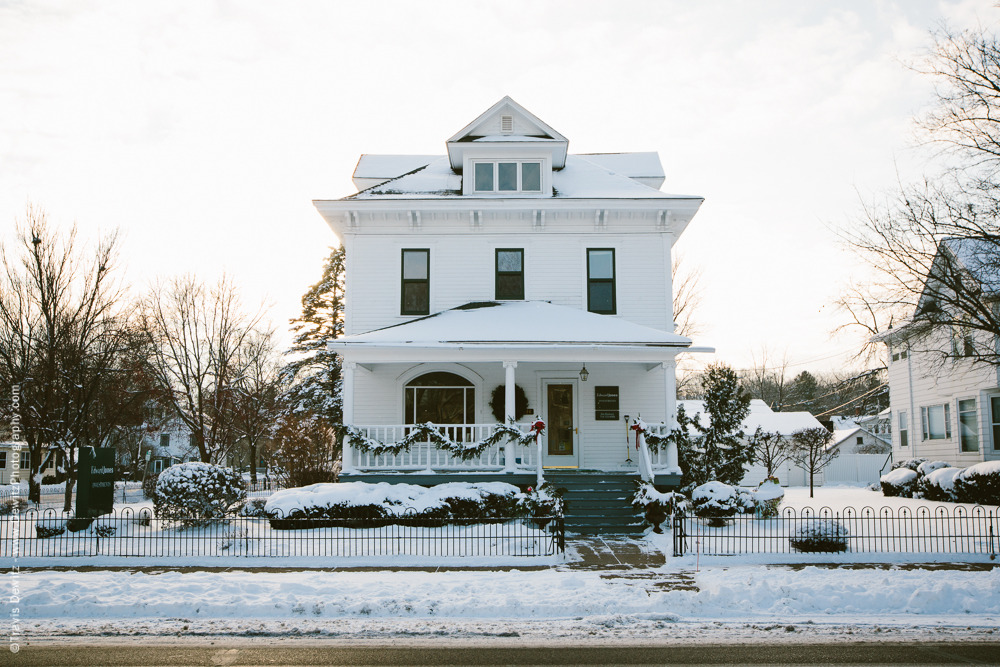
“I hereby subscribe myself as a member of the Progressive League of Chippewa Falls, Wisconsin, and promise that I will at all times be true and loyal to the interests of Chippewa Falls, which interests I will in every way possible endeavor to promote. I promise to cheerfully and promptly do any reasonable work assigned to me by the president and council of the League, and further promise to pay the sum set opposite my name in the book, monthly, for a period of two years for the support of the League and its work.” – The Progressive League- 1900’s
This was the pledge taken by an industrial group of men that were instrumental in keeping the main street of Chippewa Falls alive upon the decline of the lumber industry in the early 1900’s. Prior to this, logging and lumbering were an intricate part of the manufacturing side of the city up to 1911 when the circular and bandsaws were used to cut their last pine as the biggest sawmill in the world closed from their lumberjack grip.
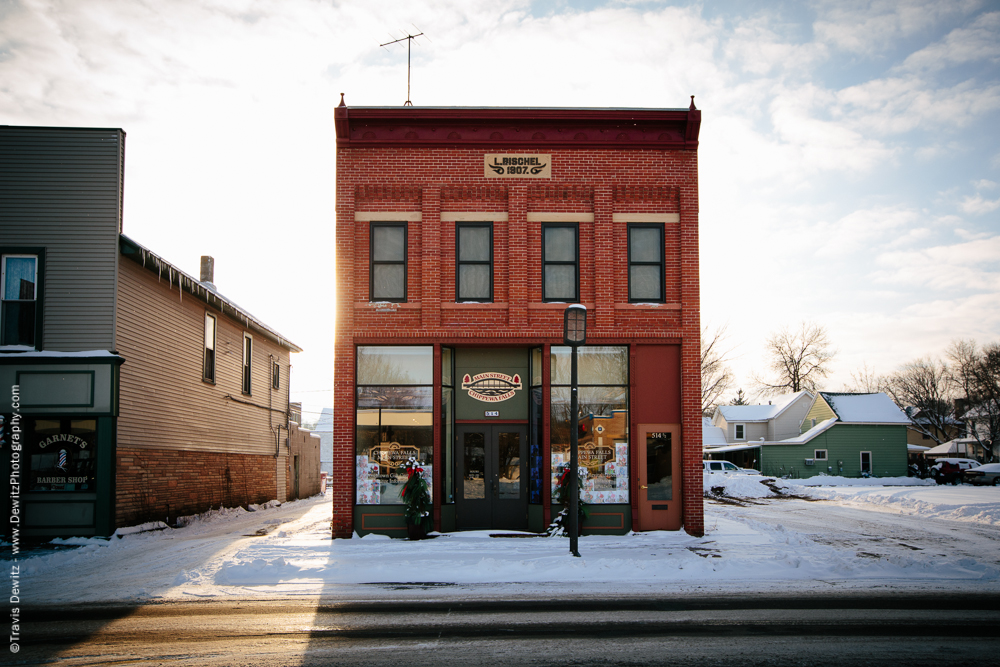
Historic 1907 Bischel Building
Historic Business District & Downtown Area
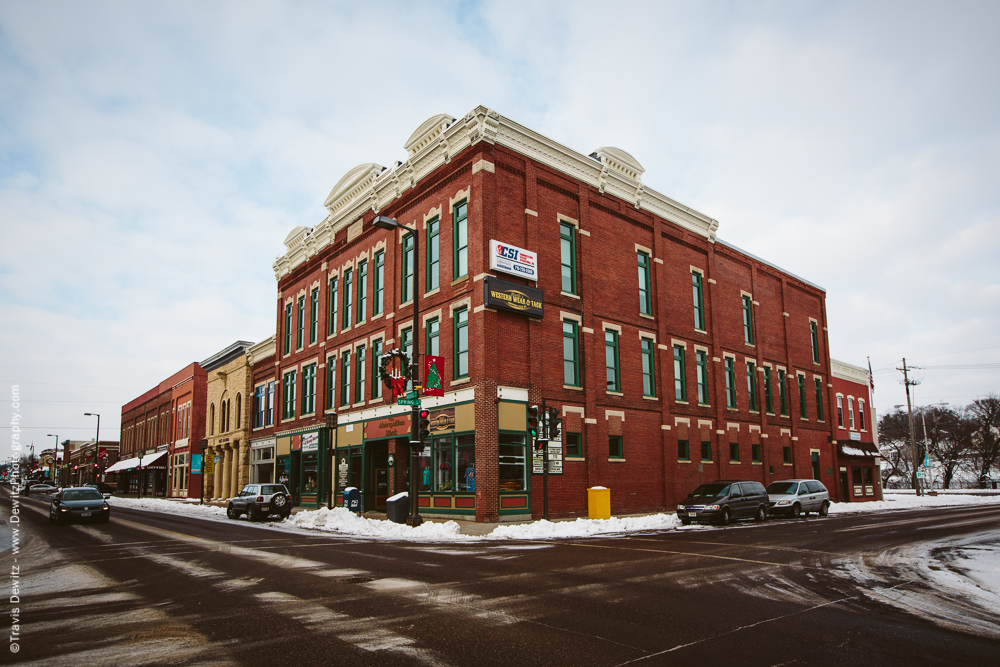
Metropolitan Block Building
In the mid 1700’s, Ojibwa from Northern Wisconsin met at “The Falls” with fur traders; explorer Jonathon Carvers mapped these early records of Native Americans in the Chippewa Falls area. The name “Chippewa” is derived from a pronunciation of their Native American tribe- “Ojibwa”. A confluence emerged between Duncan Creek and the Chippewa River during the era of fur trading as this community aligned itself with the art of lumbering. 1836 etches the year for one of the first known mills by Jean Brunet at Chippewa Falls.
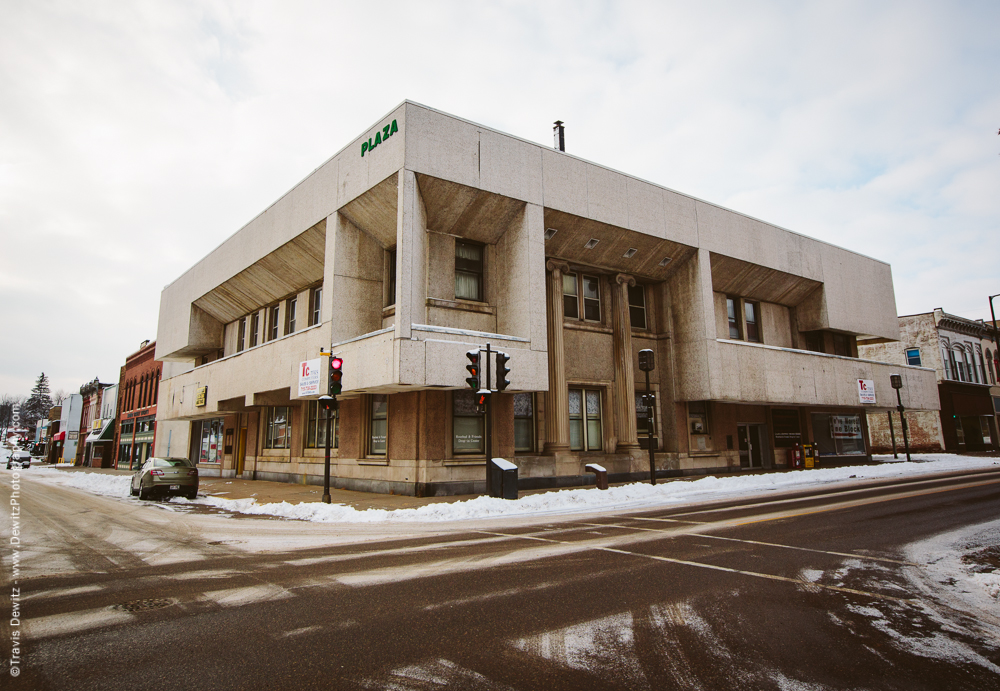
Plaza Building
As floods destroyed these early mills, the lumbermen worked feverishly to rebuild them. By the late 1800s, Chippewa Falls was known for creating the largest sawmill in the world housed together in one structure- The Chippewa Lumber and Boom Company Sawmill. This became the impetus for growth in the lumber industry and attracted name stays for years to come. Commercial development expanded while enhancing the population and those who dared to persevere through the disasters of floods, fires, and economic hardships.
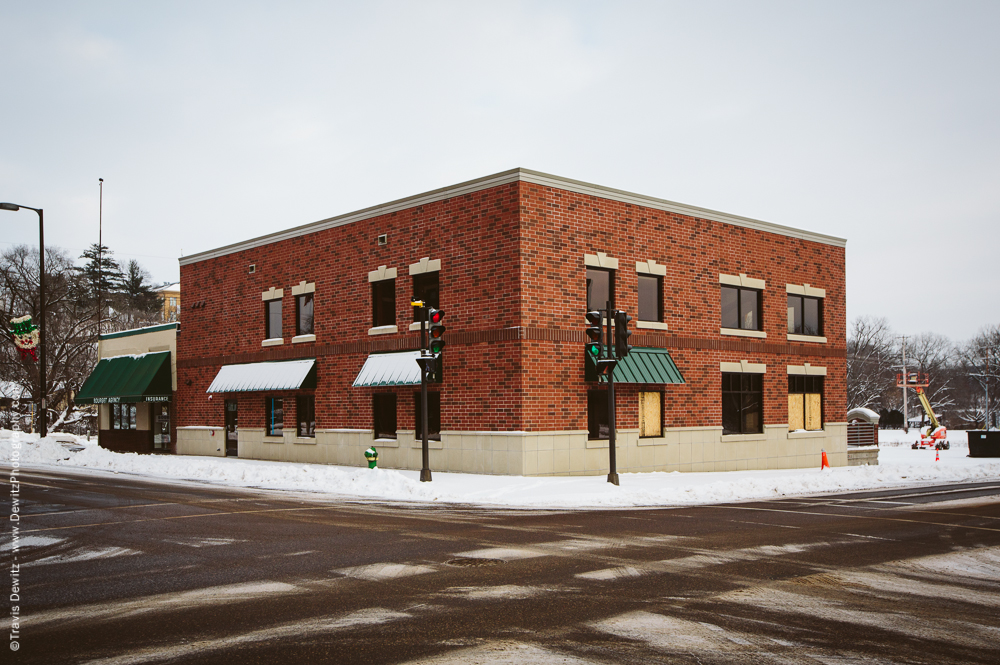
The abundant and intricate forestry of the Chippewa Valley took up five-sixths of the land area as rivers, lakes, swamps and the Blue Hills were interspersed among the landscape. Attention grew to the lush forest and promise of timber in this region as the first lumberman came to live and work in the 1820s and 30s. The Chippewa River is the mainstay of existence for Chippewa Falls, beginning with the early mills. By the mid 1800’s rafts were bound by the loggers and guided down the Chippewa to markets on the Mississippi.
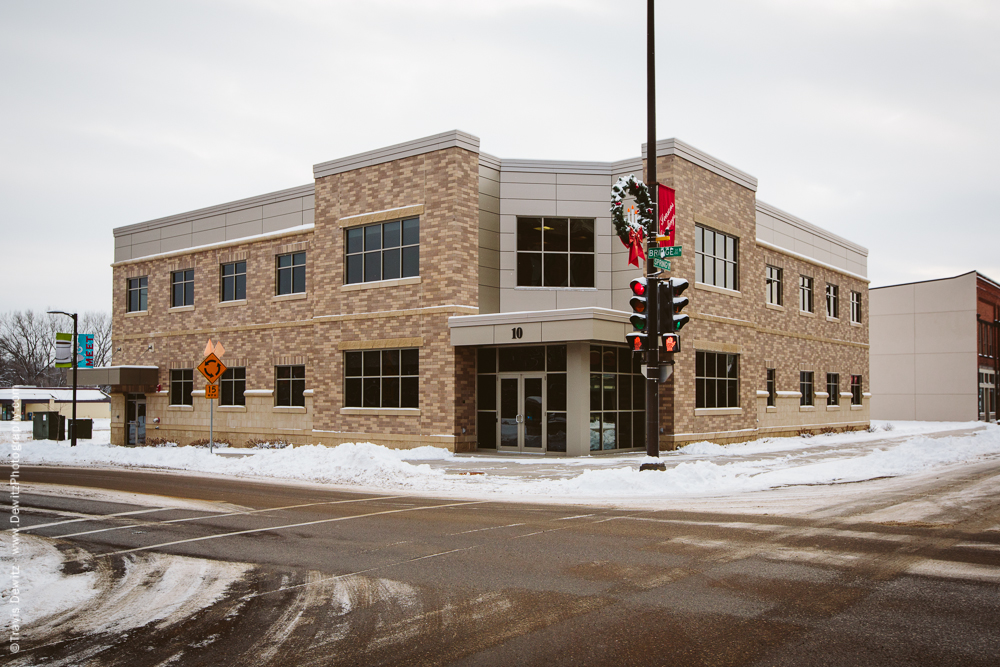
As the millworkers shed their blood, sweat and tears at the Mill, log drivers, sometimes called “river pigs” would drive masses of individual logs down the river since it was too treacherous for larger rafts to navigate. Dynamite was used on rocks that posed an obstacle on these drives. To allow for smoother navigation, they would cut trees that otherwise could snag the logs, piling up the banks in certain places and damming the river and its tributaries. Lumbering remained the dominant industry as lumberjacks cut down trees, bucked them up, skid them to a river and floated them to a sawmill to be sawed for various uses.
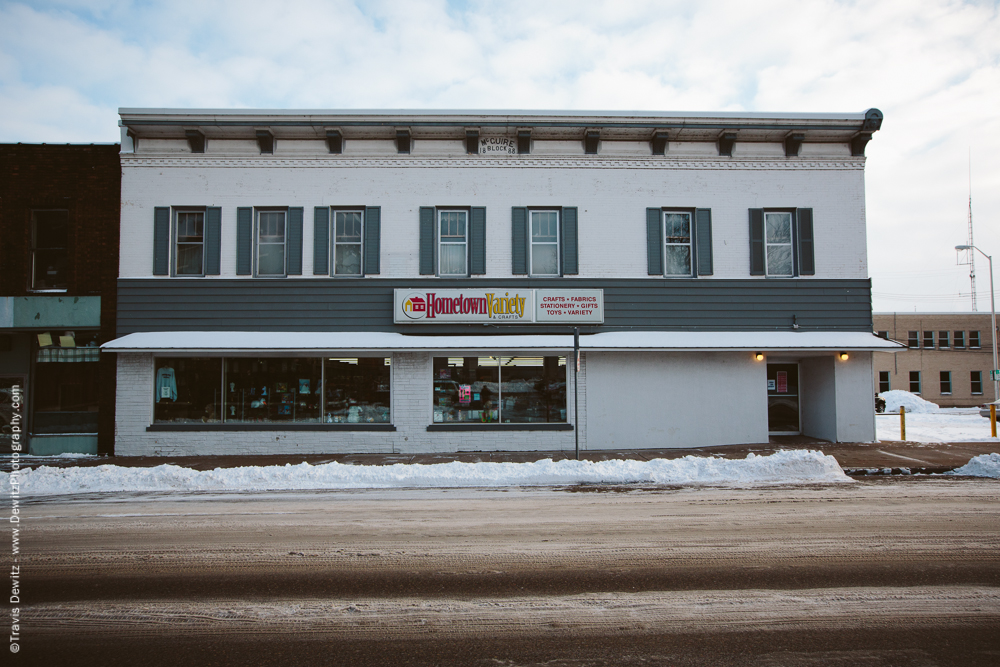
1888 McGuire Block
In the 1850’s you could smell the sawdust amidst the air as the mills were generating upwards of 100,000 board feet of lumber in a single day and leading the economy of the town. Mill workers had almost a hundred saws working at once and the mill yard was bursting with lumber, shingles and laths. Sawmills operating along the Chippewa River and its tributaries cut mainly White and Norway pine, and the logs were floated down the streams to the Chippewa River. A common sight to be seen were log jams as lumber massed in the rivers. It was known that the logs could give way at any time, but they often came downriver without loss; although bridges and dams were carried away by a log jam from time to time.
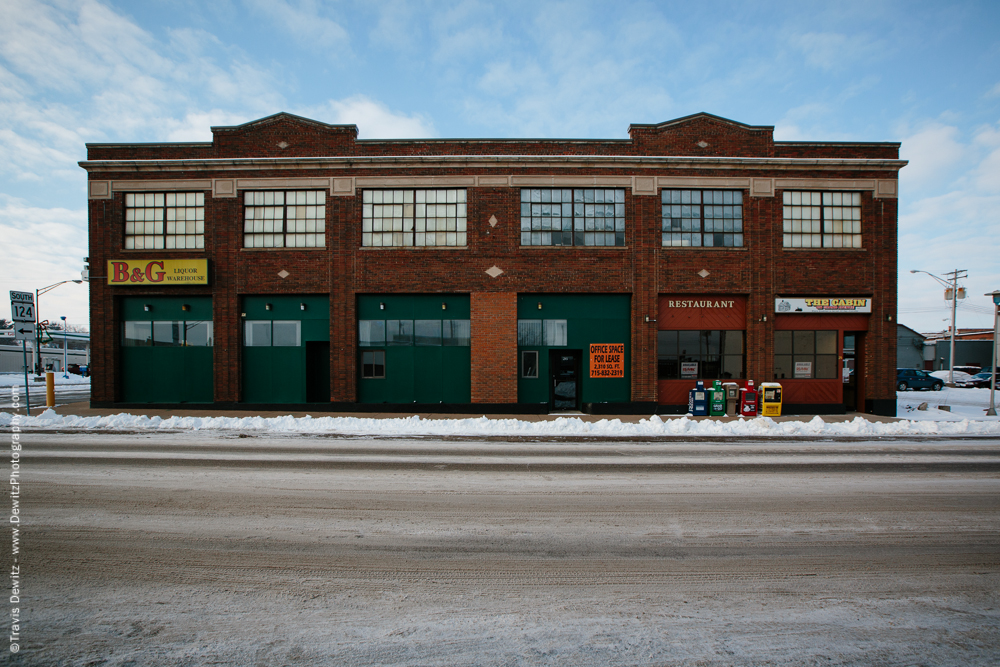
The lumber town of Chippewa Falls was also on its way to becoming a prominent railroad town. The first line between Chippewa Falls and Eau Claire was built in 1875 by the Chippewa Falls & Western Railroad Company. Heading west in 1880, the Wisconsin and Minnesota Railway collaborated with Eau Claire and Chippewa Falls Railway to lay track from Abbotsford west to Chippewa Falls. A year later Chippewa Falls and Northern Railroad, which built a line north from Chippewa Falls to Bloomer, capitalized on a vast lumber region extending 160 miles North to Lake Superior. One of the main rail lines in the state was the West Wisconsin Railway route from St. Paul, Minnesota to Milwaukee which passed through Eau Claire. In 1882, the Eau Claire and Chippewa Falls Railway established a connection to the West Wisconsin Railway which built a line between their respective cities. The Chippewa Valley & Superior Railway Company followed suit with their own Eau Claire to Chippewa Falls route in 1883. New tracks and companies seemed to be multiplying in town as the Minnesota, St. Croix, & Wisconsin added another route to St. Paul in 1884. 1902 brought about the construction to Holcombe built by the Eau Claire, Chippewa Falls & Northwestern Railway Company.
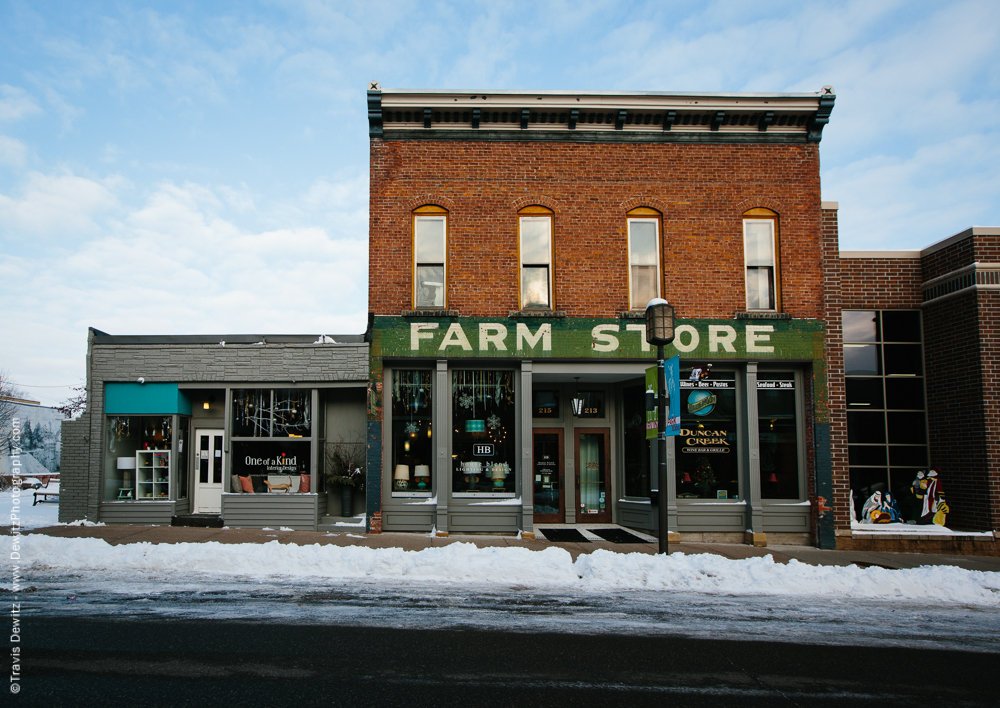
Forty-four horses, eighteen men, and seven street cars were employed by the Eau Claire railroad in 1884. The last few years the saw mill functioned, logs were hauled in by rail, and in that type of capacity large magnitudes of Hemlock logs were hauled in to the mill. Upon the closing of the mill the men that formed the Progressive League prioritized the new business direction of Chippewa Falls. One of the ways they did this was to secure rail service for the community by arranging trips to recruit business to Minneapolis and Chicago.
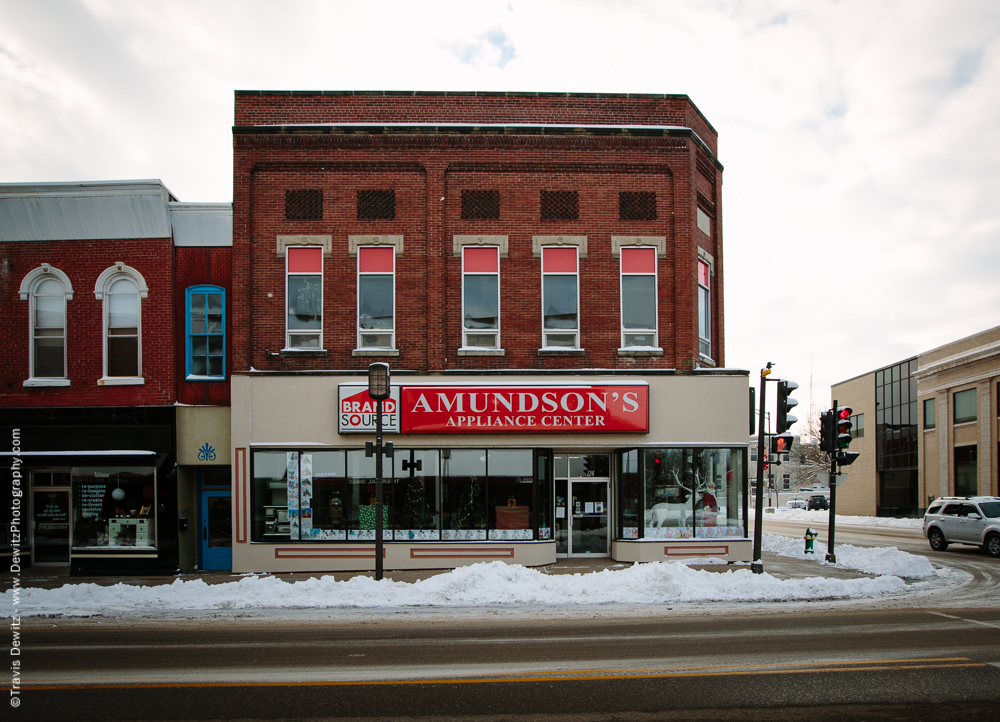
Former French Lumber Company Building
Chippewa Falls City Council endorsed the Chippewa Valley Electric Railway Company, a franchise, to build and run the electric line desired for street cars in 1898. Eau Claire, just the fourth city in the U.S to have this line, held the sought after extension line, which began as horse and mule team drawn street cars in 1879. During this time, Eau Claire and Chippewa Falls were fortunate to have the telephone connection and both towns were having new gas lights installed. A conversion of electrified street cars by A.G. Bradstreet cut travel time in half from Shawtown to the Omaha Depot. This jaunt could now be done in twenty minutes, compared to the at least forty minutes by horse drawn cars.
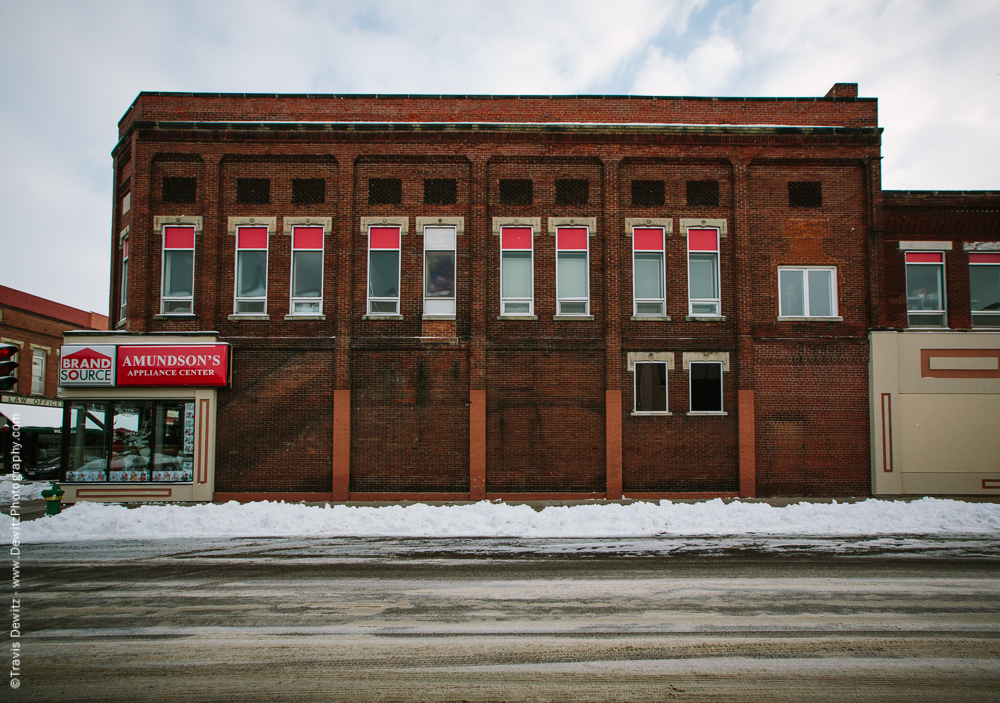
Miles of power for the electric motors were supplied from the power plant at the Cedar Falls Dam close to Menomonie. The interurban electric streetcar line ran from the town of Eau Claire to the canopied station at Electric Park along Lake Hallie and continued north into Chippewa Falls. At Irvine Park, the northern most point of service, there was a loop built to turn the streetcar around. As with everything, inventions played a factor and soon the automobiles became more popular, ultimately ending the era of the street rail car. A petition for disbandment was given by the Railway Commission of Wisconsin and the final electric streetcar ran its course in 1926.
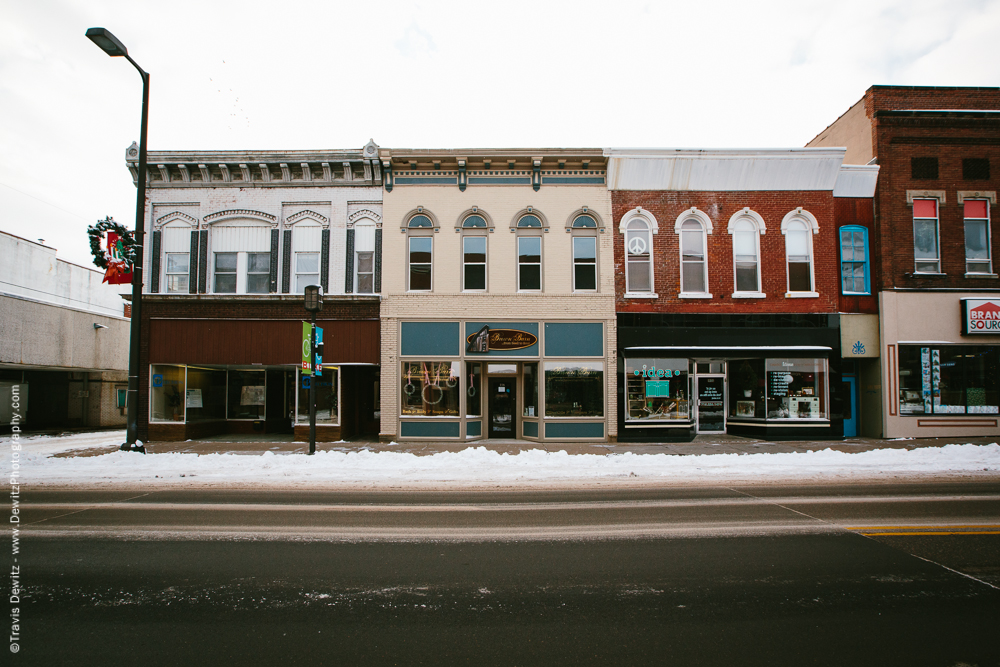
Traditions brought by the settlers to support and pay tribute to the lumber industry impacted the way they built their business and shared the talents from their former lives. Churches, schools, banks, housing, hotels, breweries, shoe factories, bottled
“The clear river, the genial people and the delicious odor of pine sawdust everywhere completely captivated me. I immediately fell in love with the country and have never experienced a change of heart to this day.” –William Irvine
water plants, along with the hospital, jail, post office, woolen mill company, many other factories, and even a Catholic High School ensured Chippewa Falls would continue to thrive. These diverse industries upon the decline of the lumber industry, and the ultimate closure of the saw mill in 1911, were essential to the future success of the town.
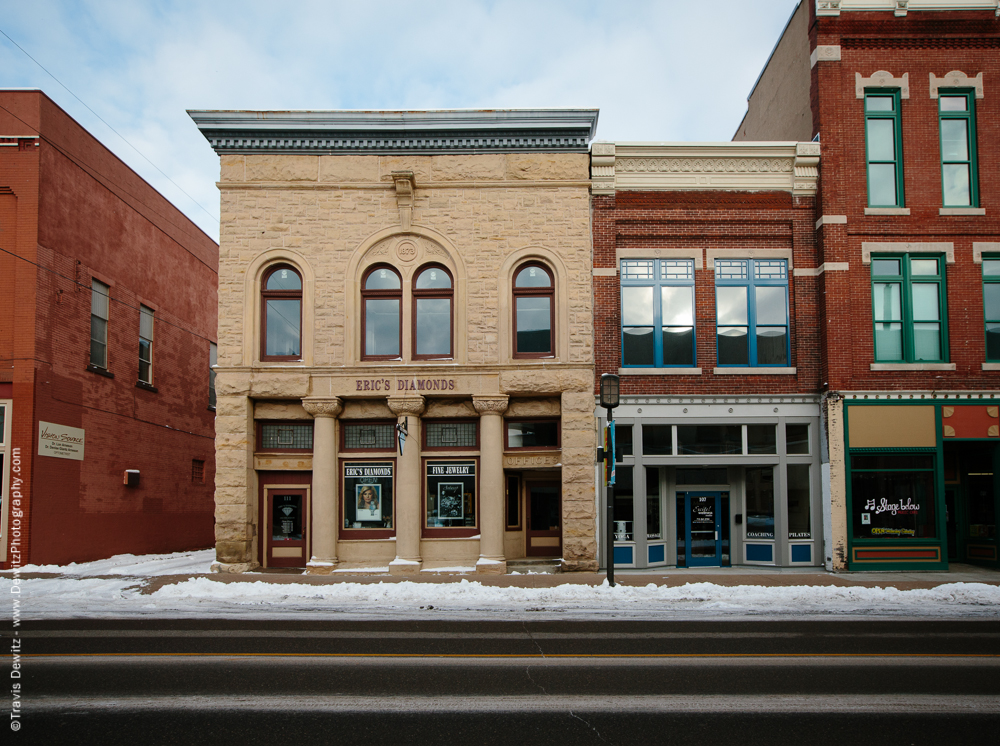
Jacob Leinenkugel, founder of Jacob Leinenkugel Brewing Company, began brewing beer in Chippewa Falls in 1861, and it is still a prominent American beer maker throughout the upper Midwest and is sold in limited quantities throughout the nation. He was attracted to the community by the quality of its hops and water.
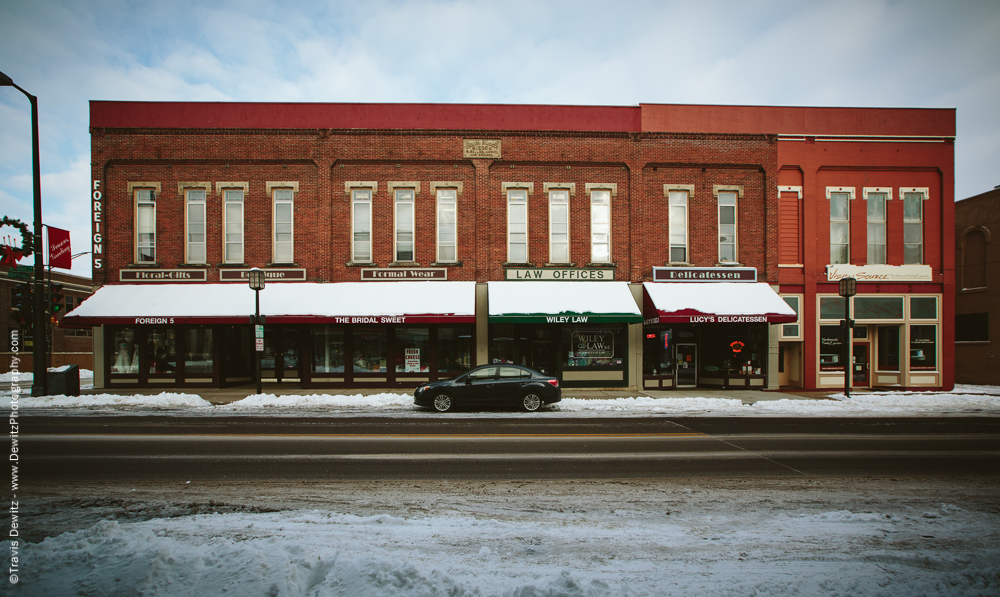
1885 Union Block
Breathtaking Chippewa Falls Wisconsin was named as one of the Great American Main Street Cities in 1996, and also one of Americas Top 10 Small Towns in 1997 by TIME Magazine. A vital stepping stone into the future was laid long ago by the significant contributions made by Native Americans and their diligent work with natural resources; followed by explorers and immigrants who carved out their place amidst a multifaceted growing community.
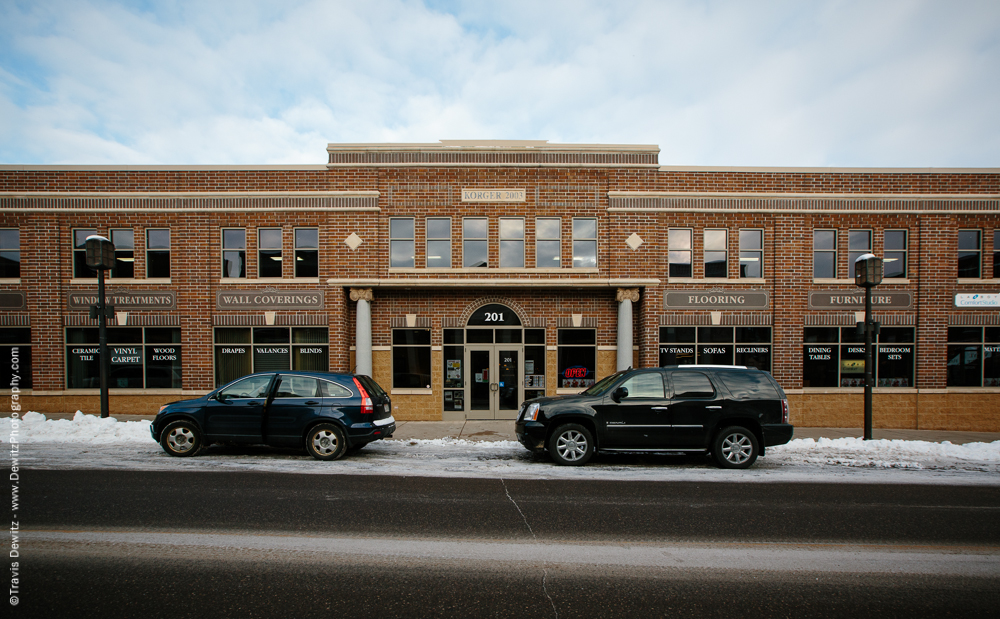
Korger 2001
Over a hundred years after the Progressive League pledged to evolve the city, today that same group is known as the Chippewa Falls Area Chamber of Commerce, there is a wealth of resources in its people, education system, business, and industry. Chippewa Falls believes in education, demonstrated by its strong public school district and a dedicated private school system. Historically preserved in so many ways, capturing the beauty through photography is a worthy portrayal of a uniquely captivating community that acknowledges its past as it is committed to their future.
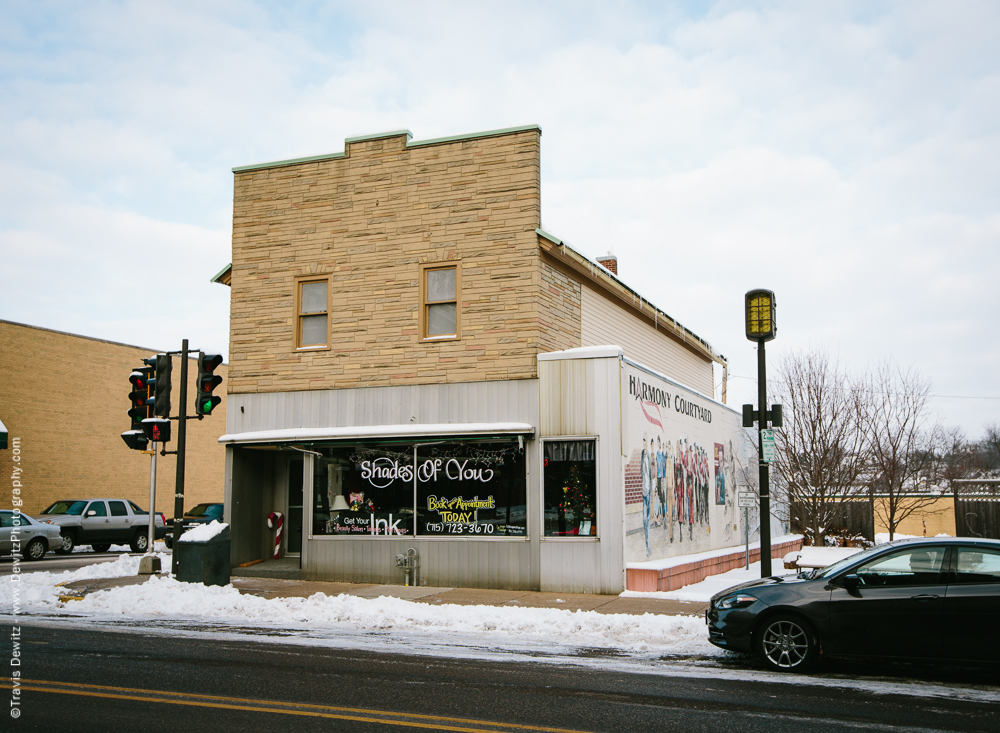
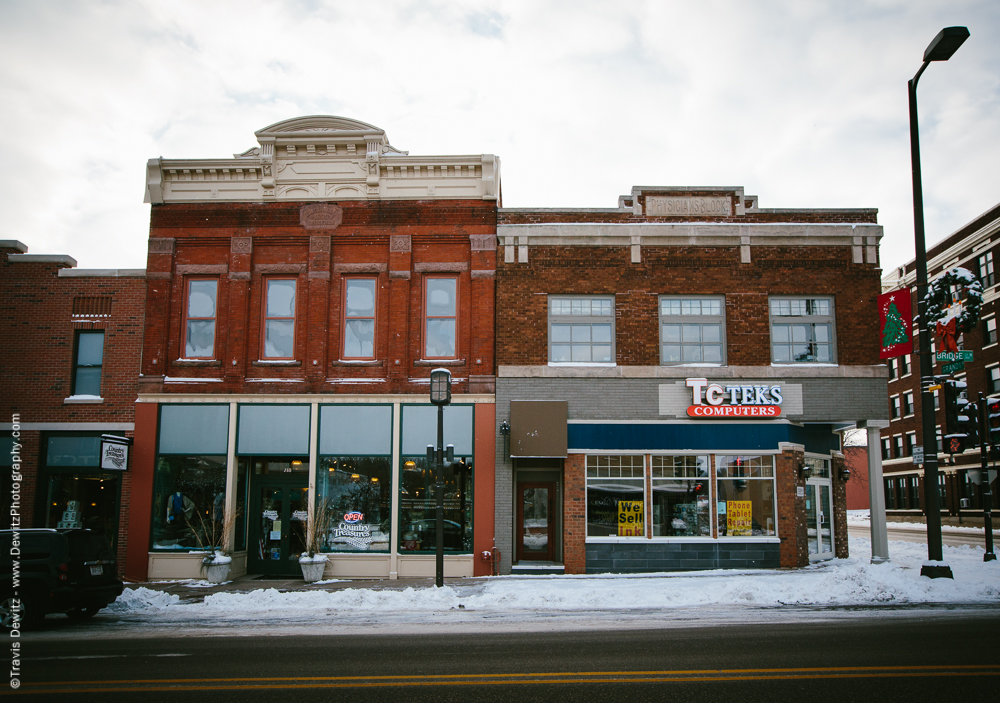
1889 Cardinal Bergeron Building – Physicians Block
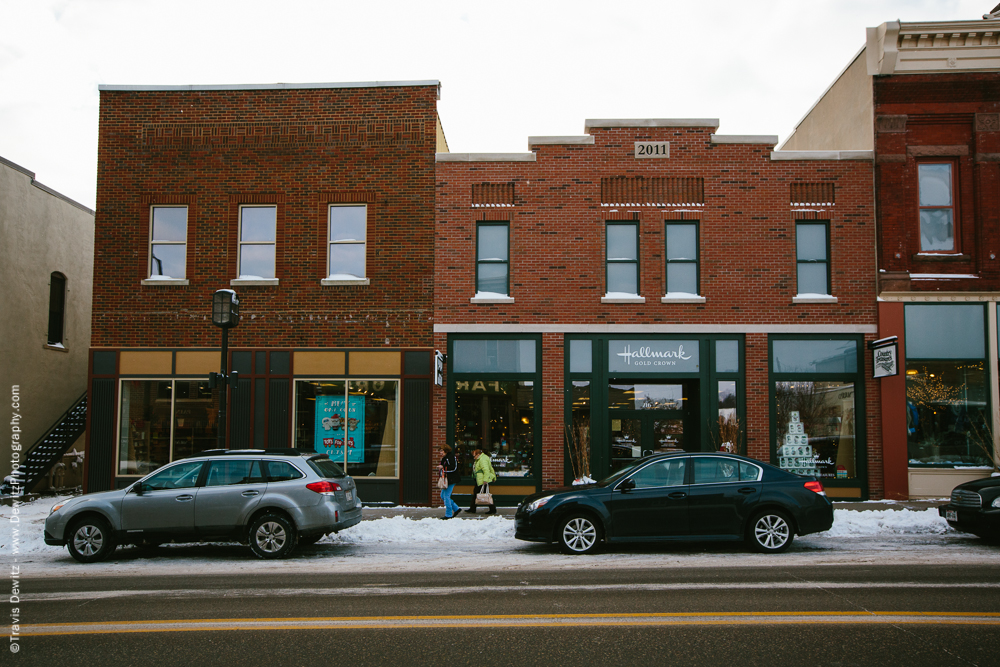
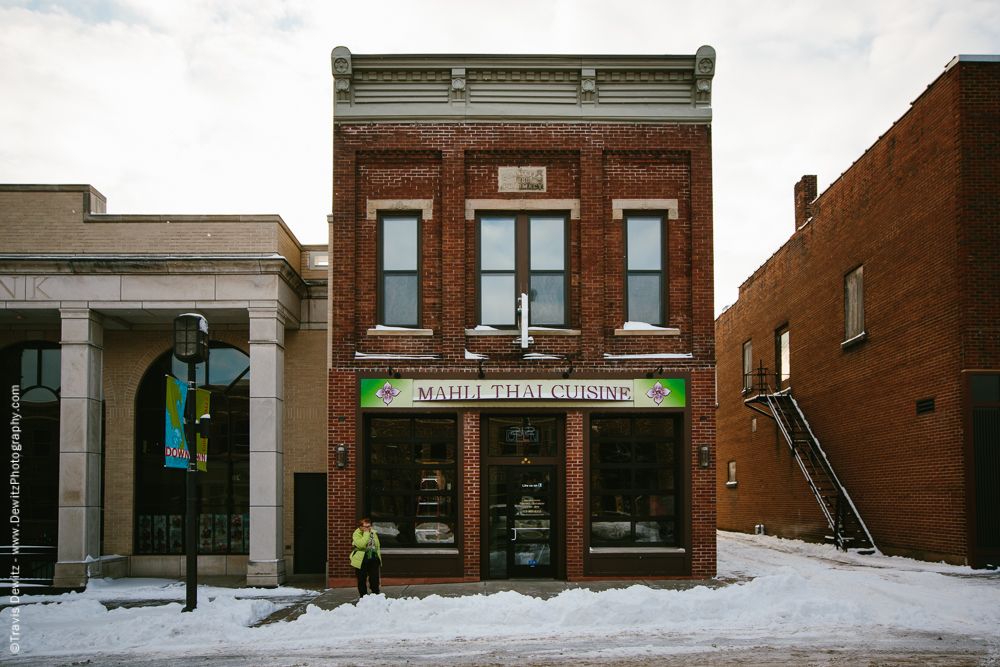
1888 Collettes Pharmacy Building
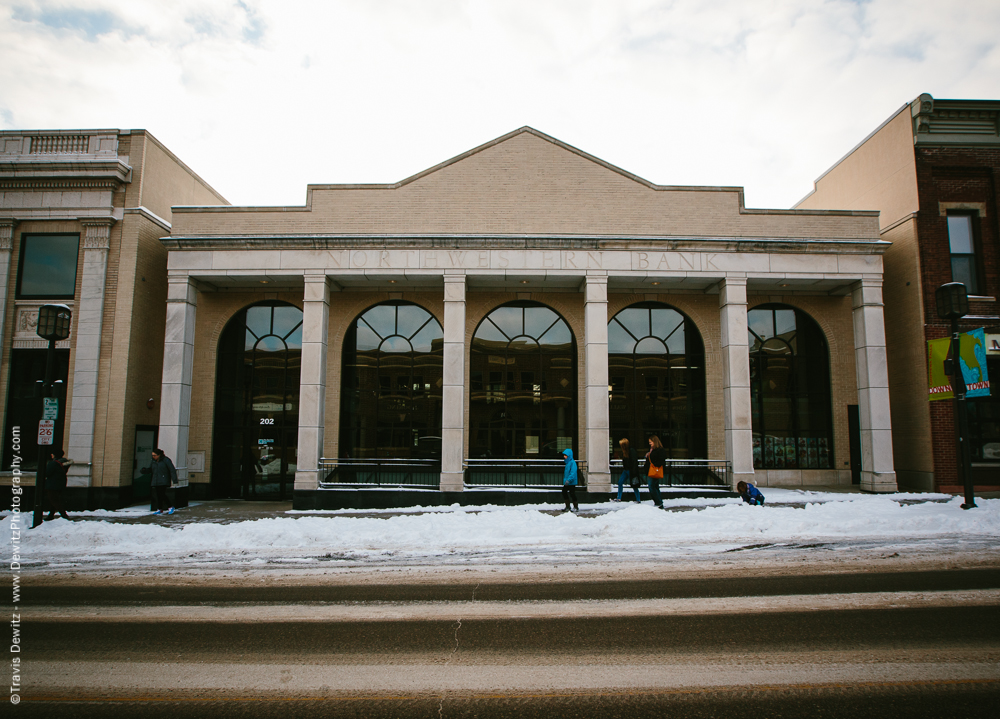
Northwestern Bank
The corner of Central and Bridge Street is the focal point of Northwestern State Bank. In 1883 that same corner was home to “Seymour Bank”, which was founded by Daniel E. Seymour. Amidst the panic of 1893 the bank was forced to close its doors, but would be reopened by Mr. P.T. Favell under the name “Northwestern State Bank” in 1904. An expanded bank was needed so they demolished the building to make way for a larger space. The new facility was completed in January 1925 and lasted for almost 4 decades. 1962 brought about another extensive expansion and remodeling of the same building to make a modern three-story home for Northwestern State Bank.
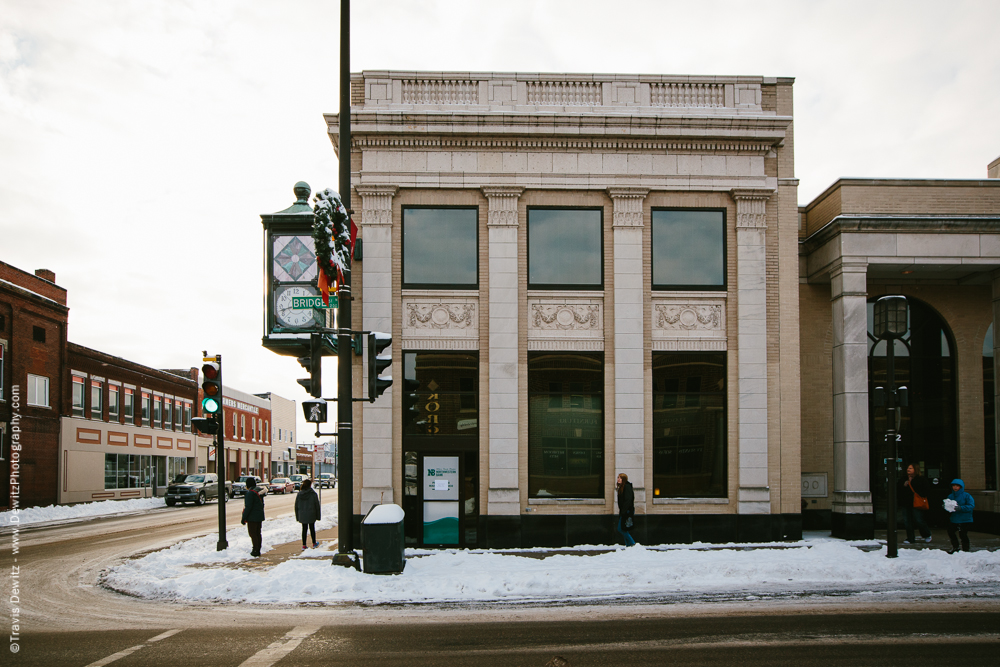
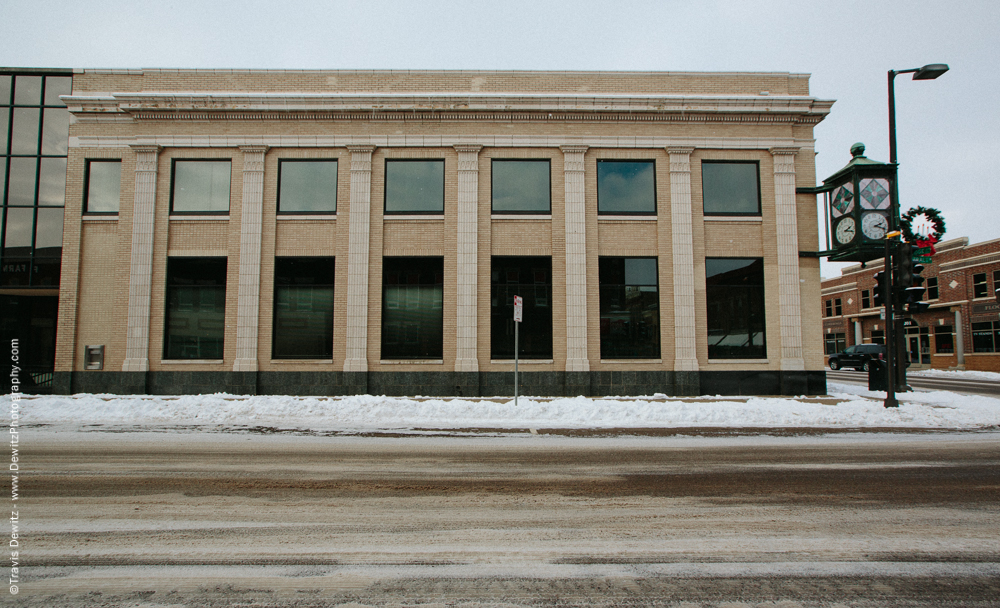
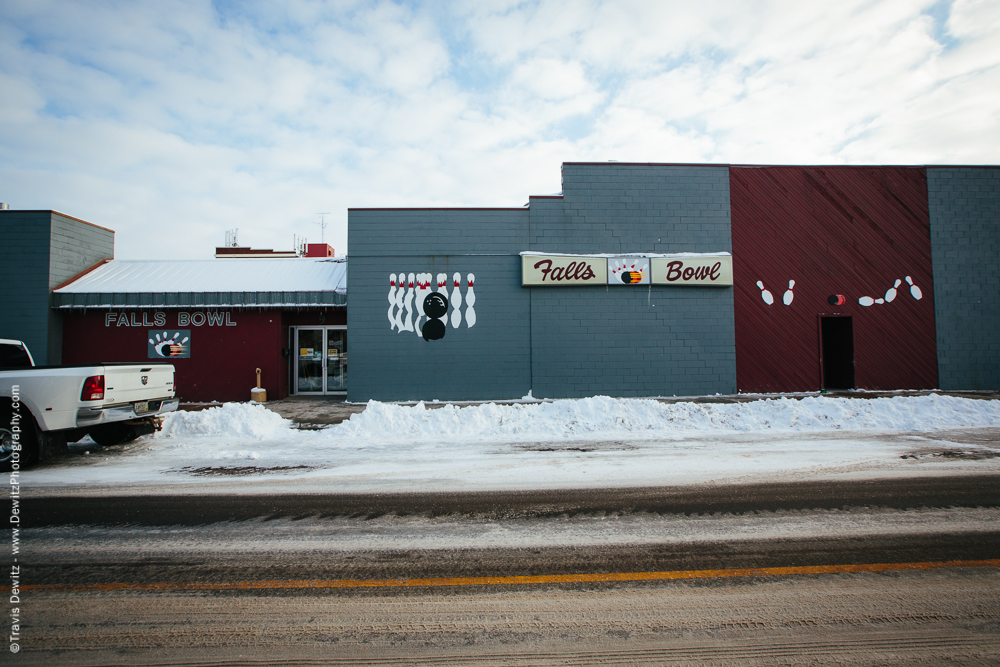
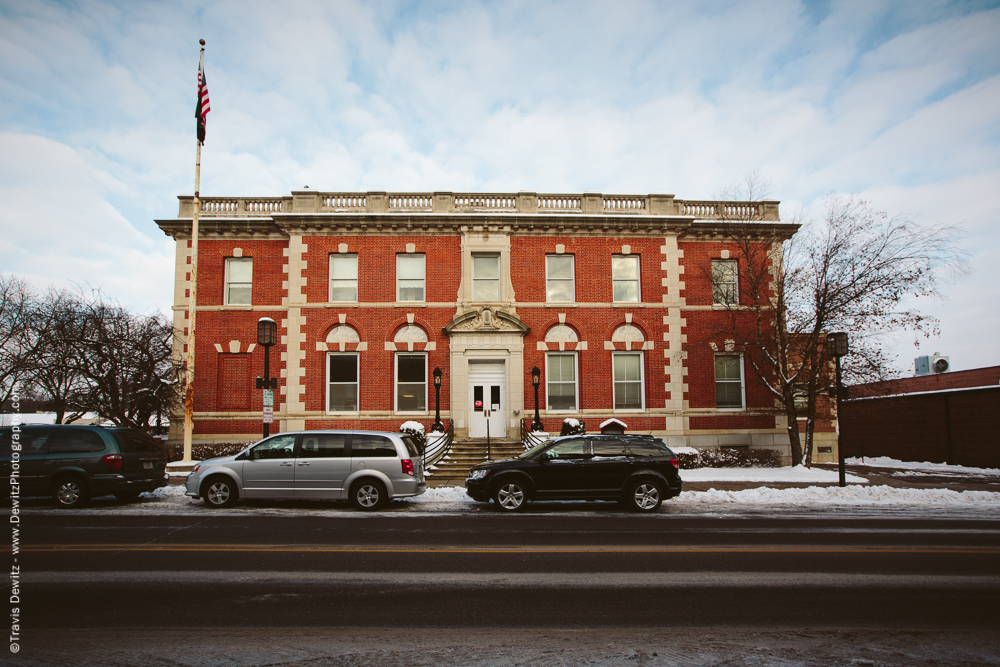
The United States Post Office and Federal Building was built in 1910 for a cost $90,000.
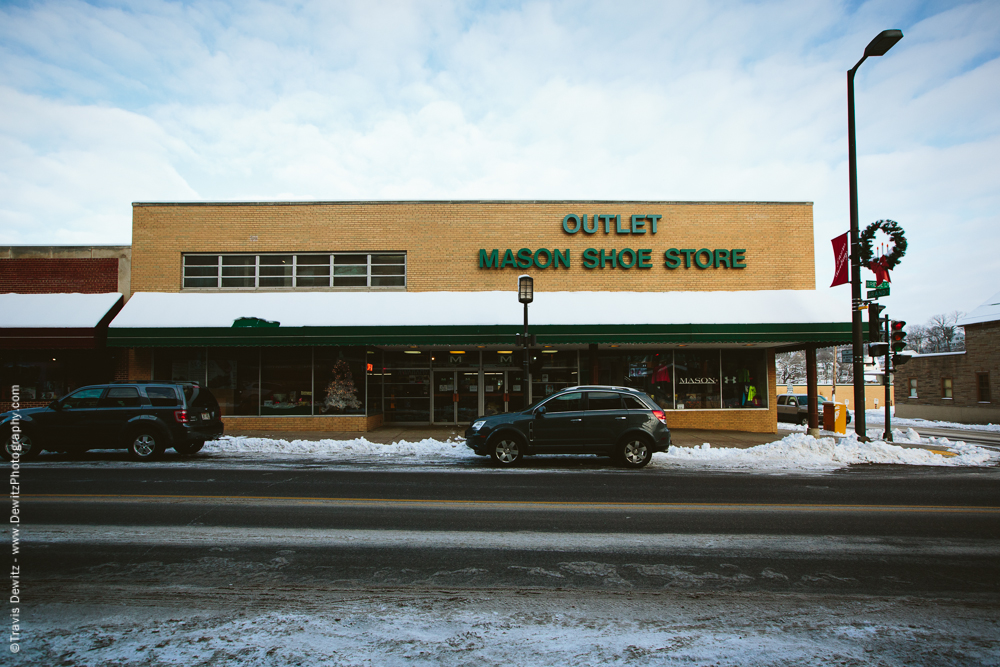
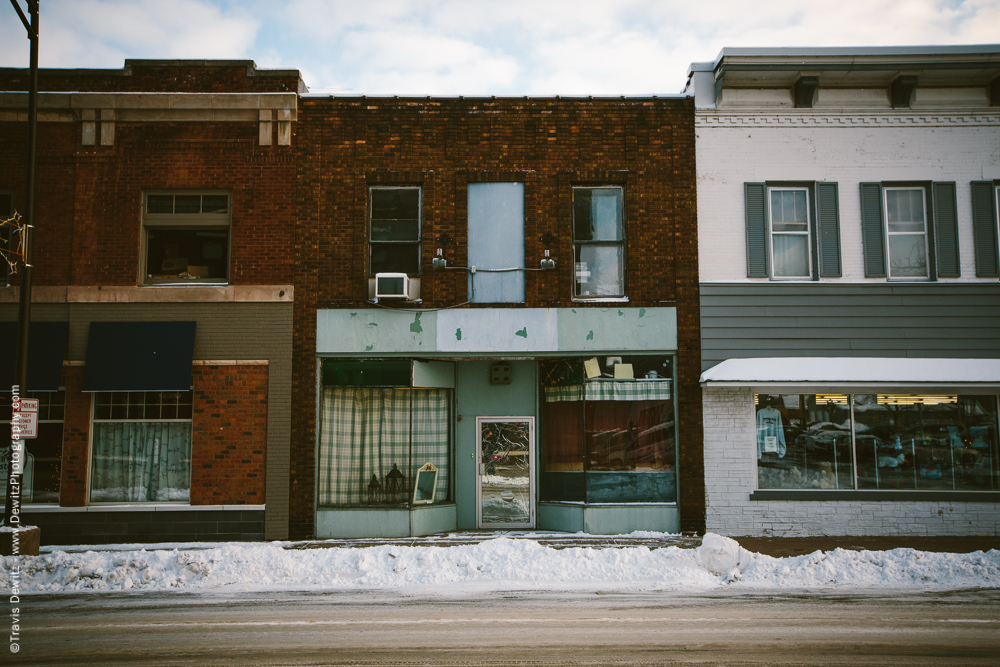
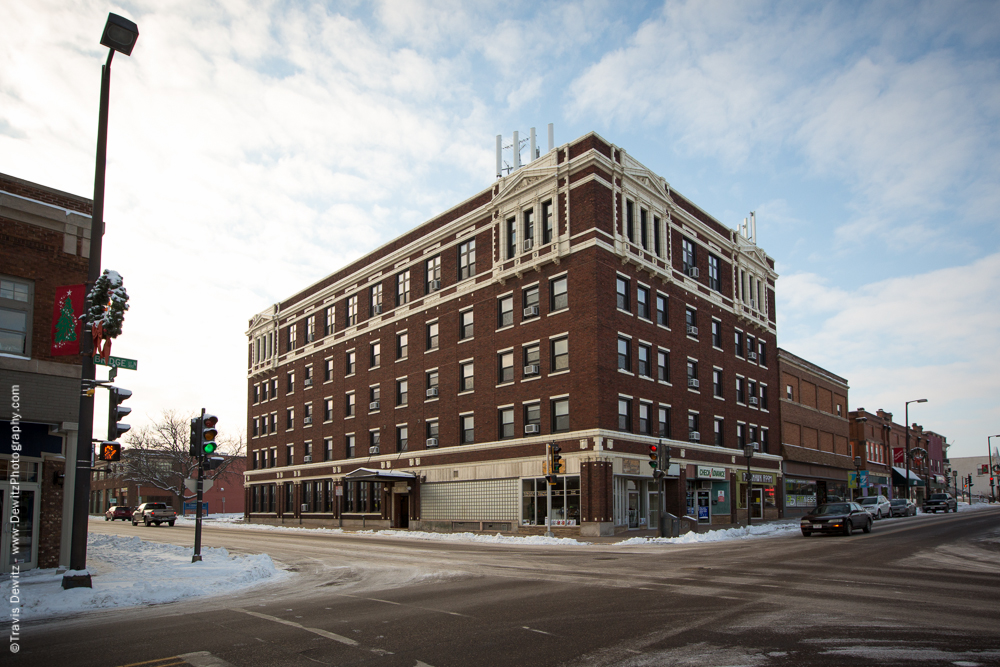
Northern Hotel
The unique essence of the Northern Hotel was a key component in the early 1900’s to the Bridge Street Historic District in the heart of Chippewa Falls. This “Main Street” staple is a five-story brick structure that still boasts beauty and intrigue. In 1981, the Hotel Northern was renovated and converted into 43 senior rental units, and preserving its stature was vital to the town.
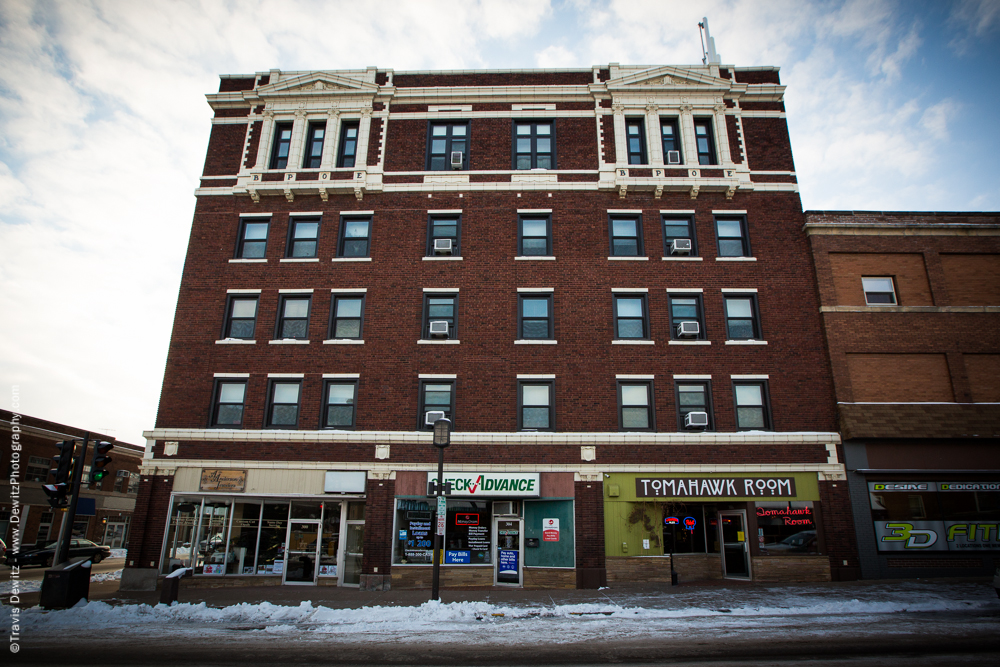
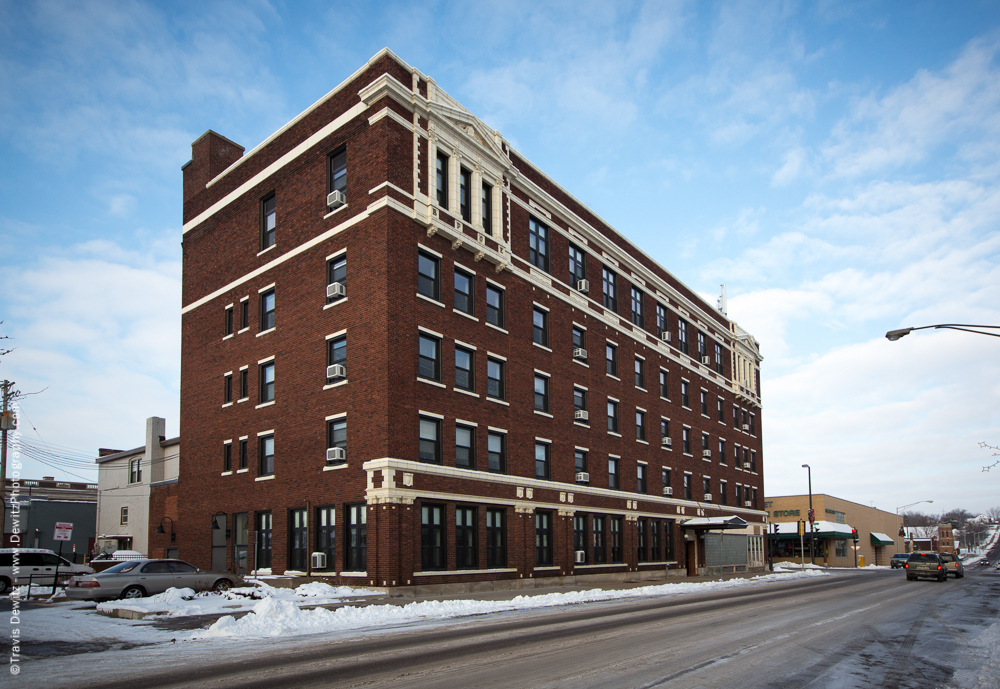
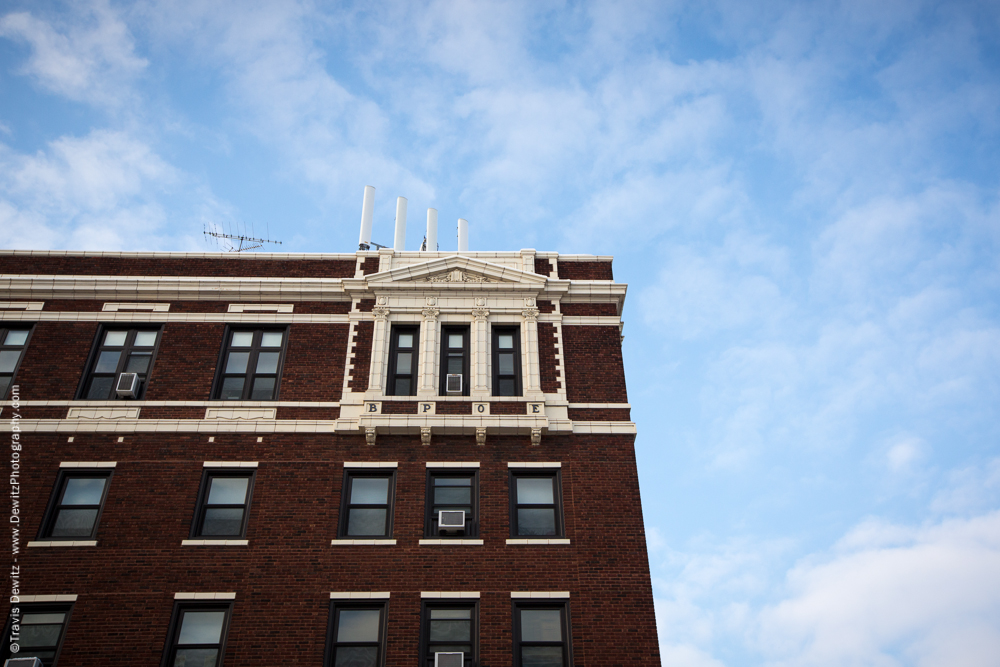
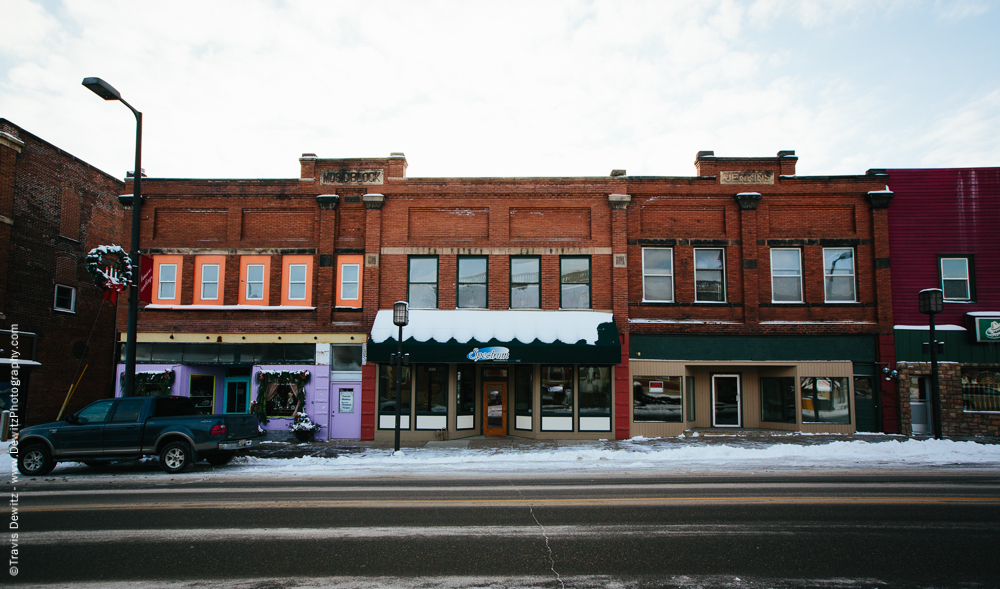
1907 Music Block and Jenkins Buildings
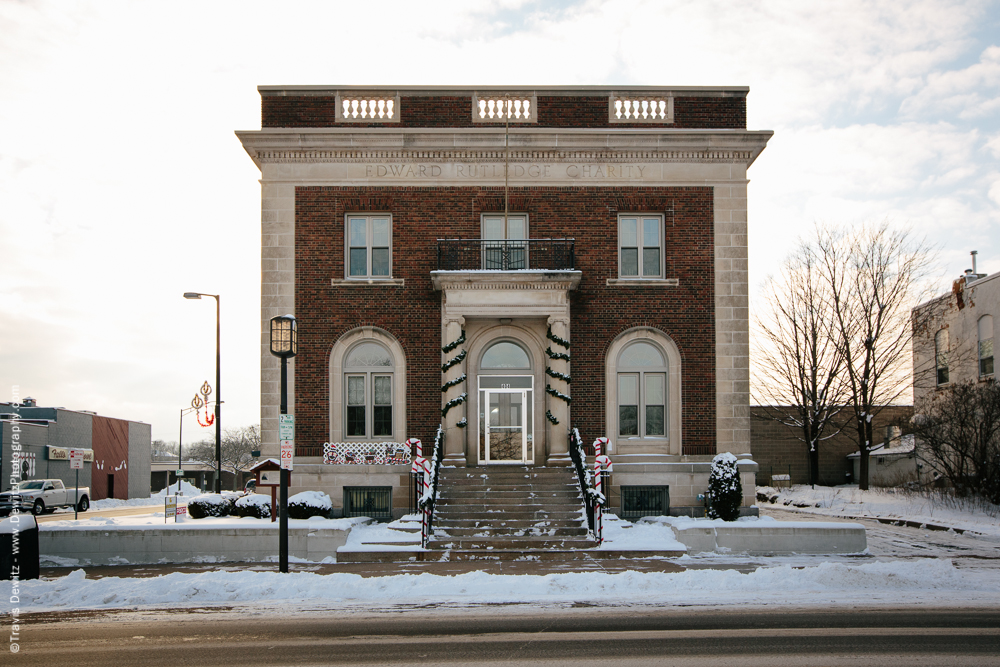
Edward Rutledge Charity Building
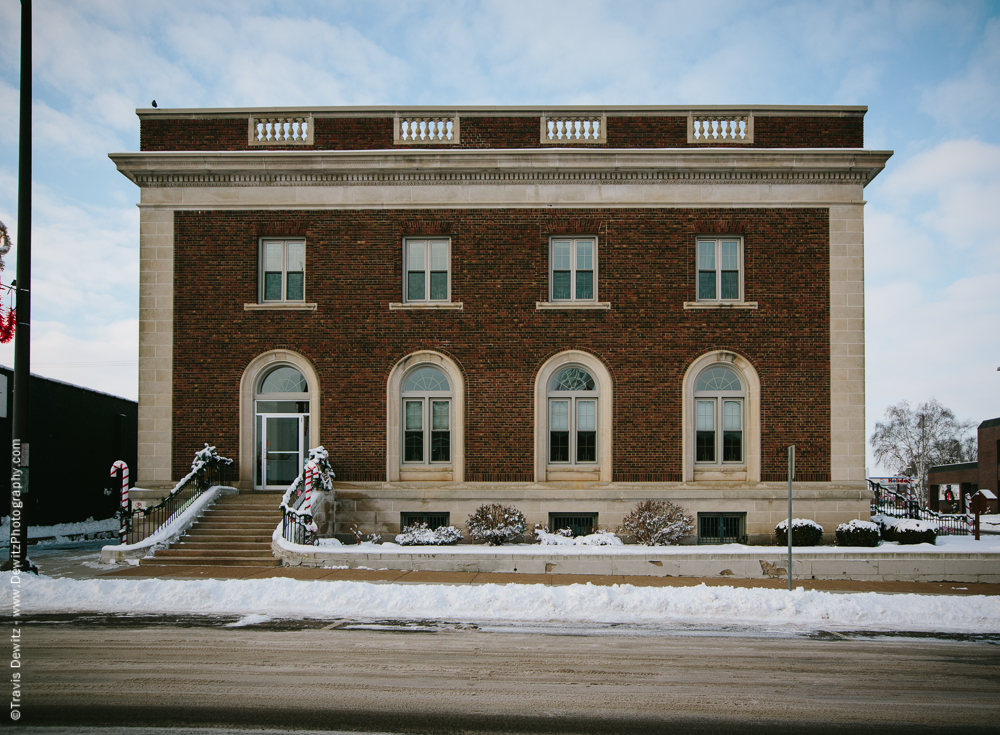
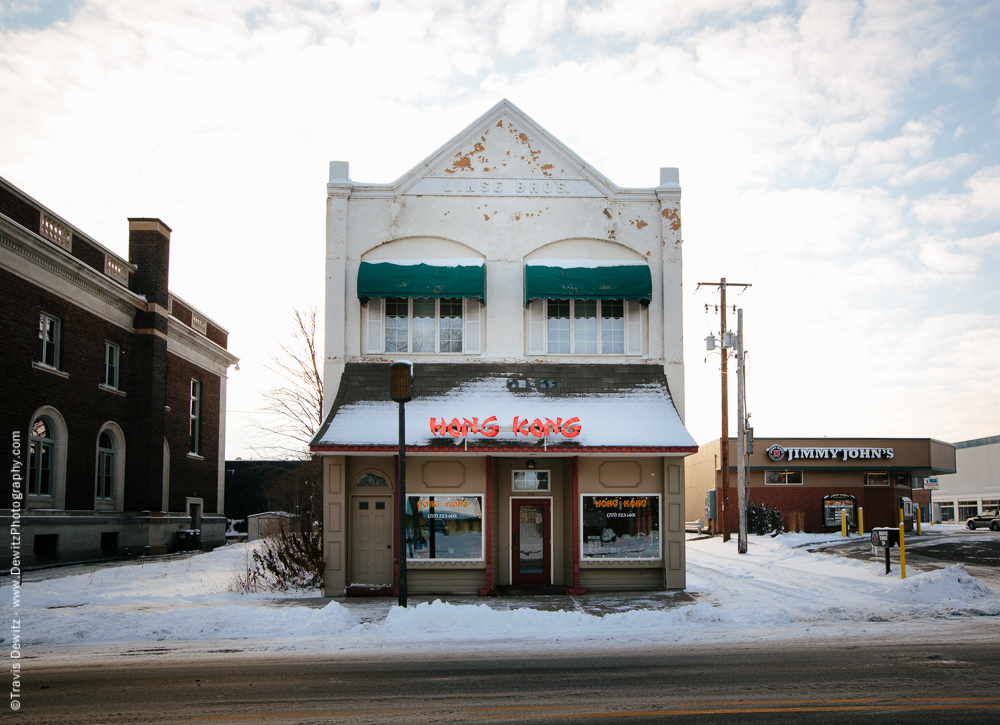
Linse Bros. Building
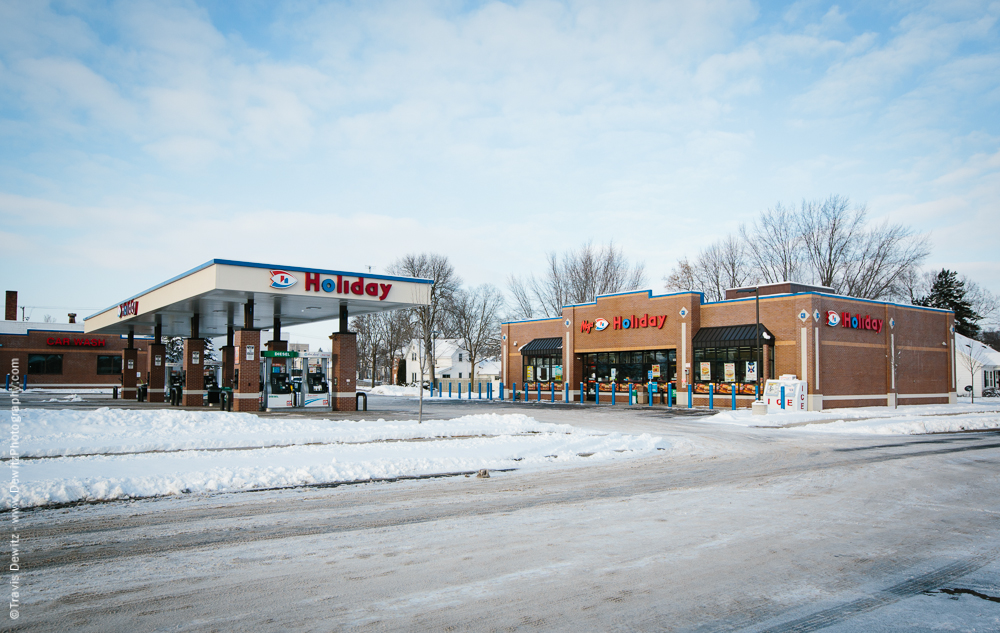
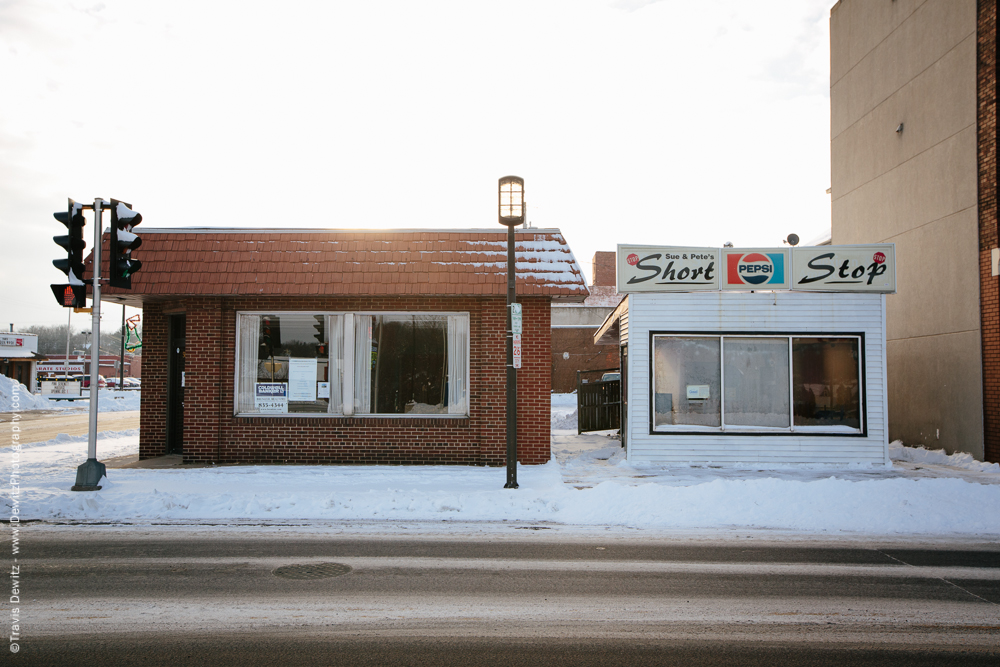
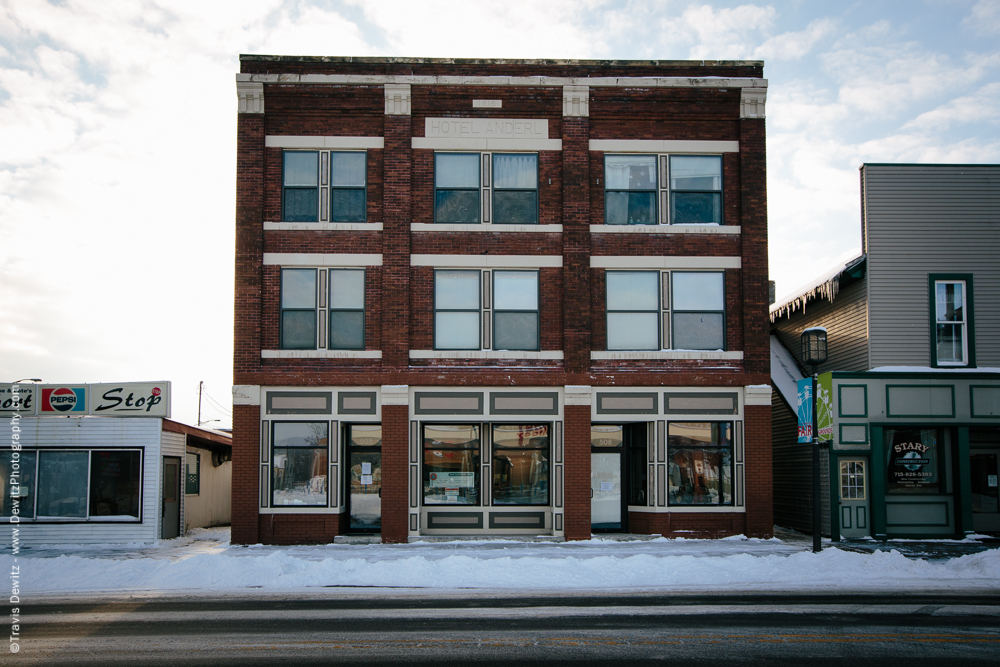
1916 Hotel Anderl Building
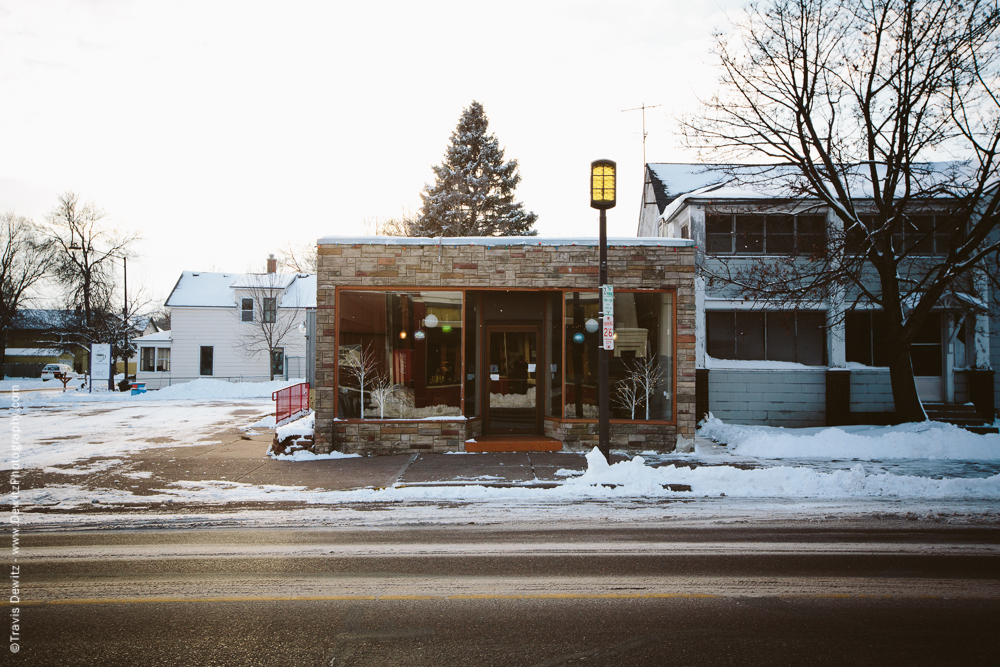
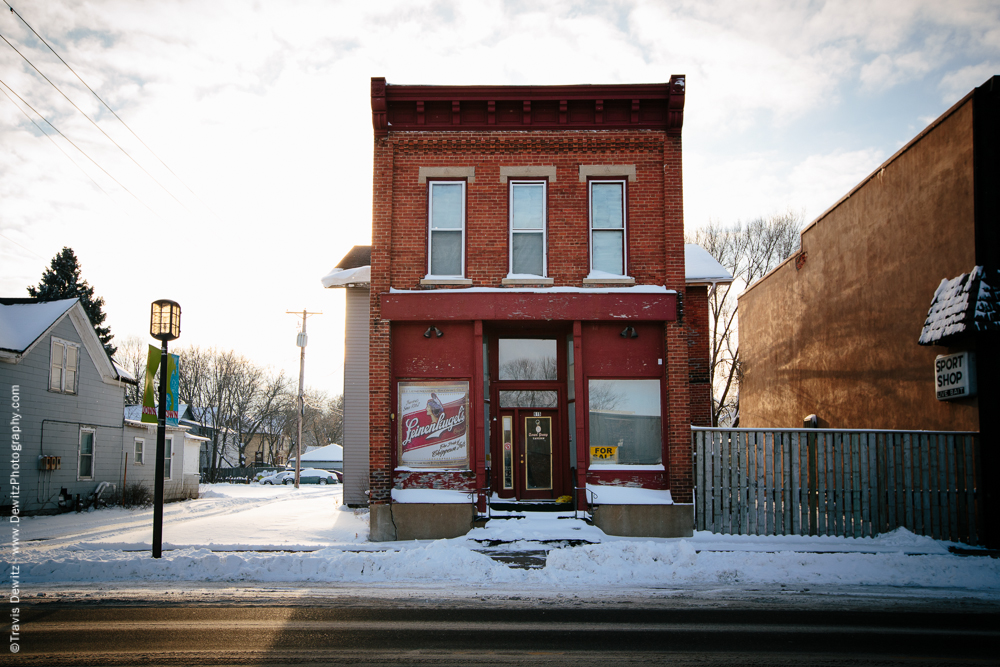
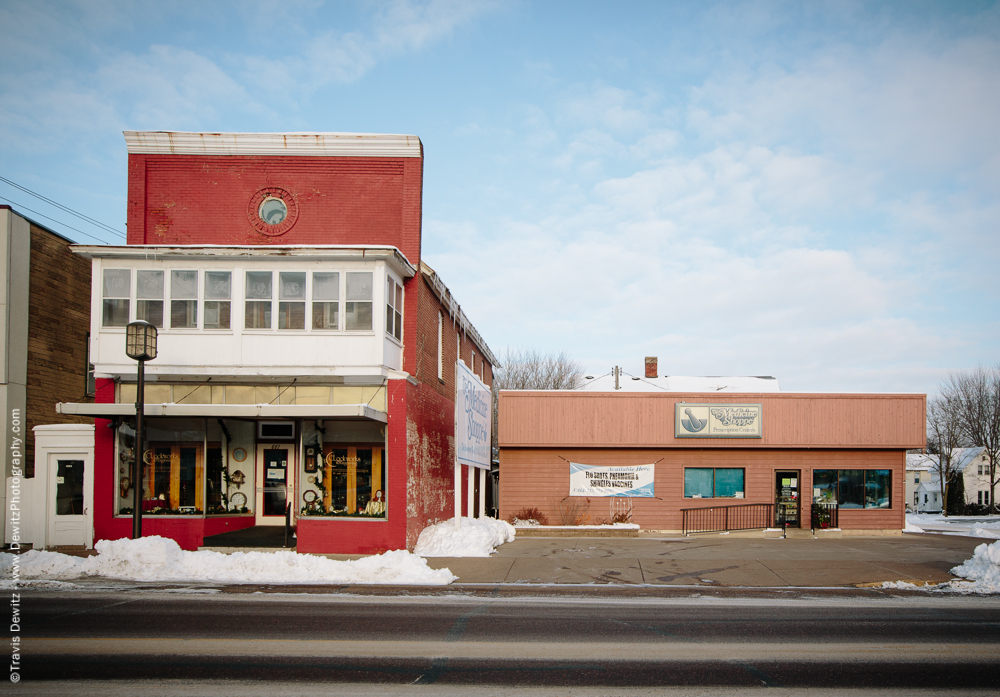
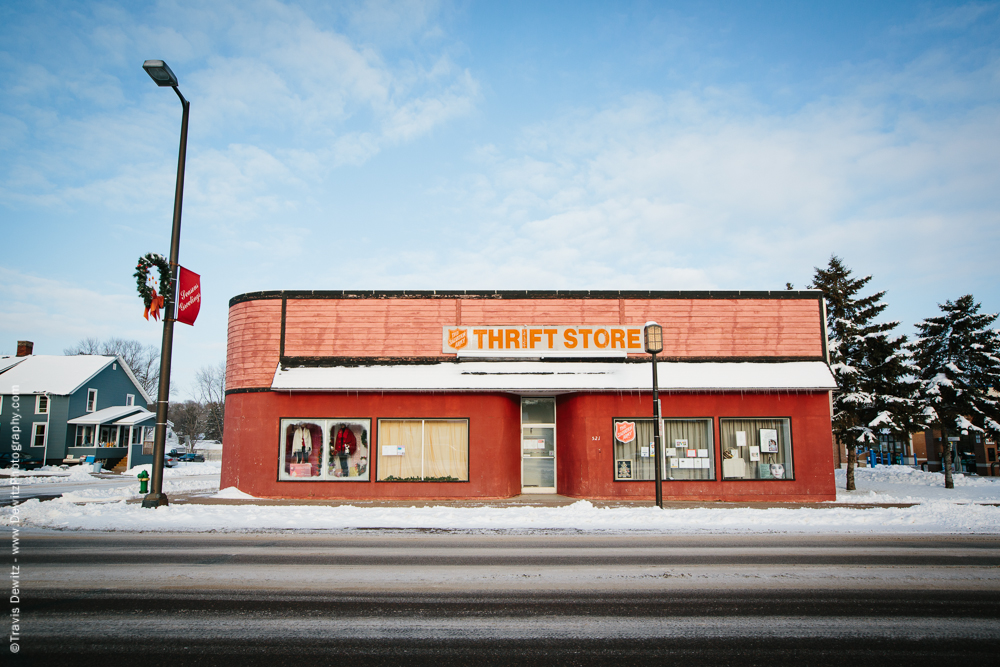
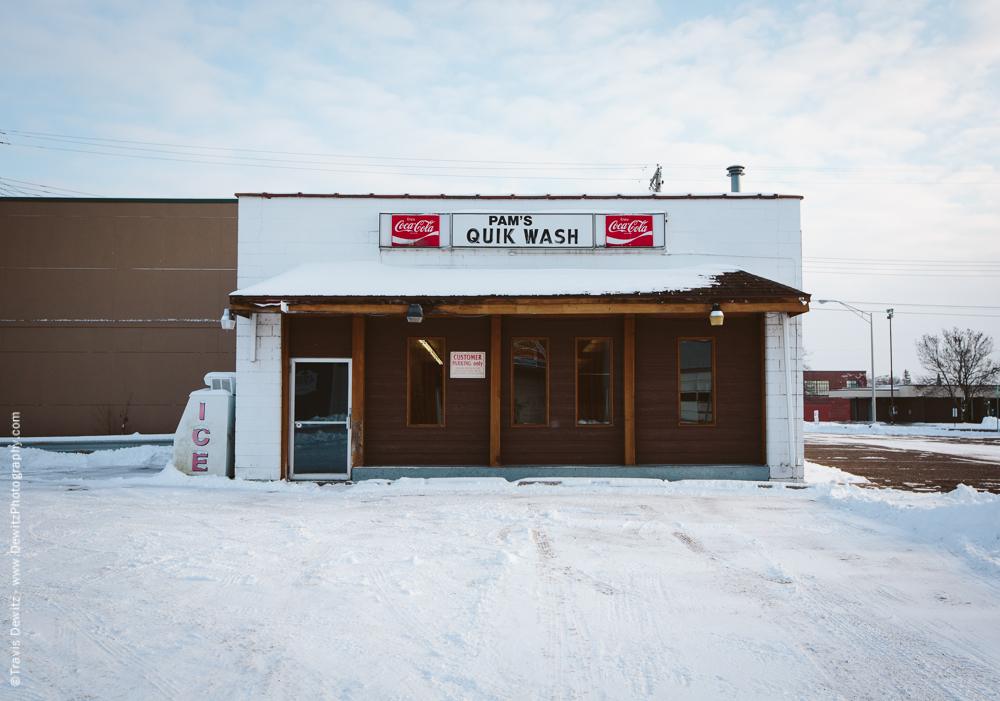
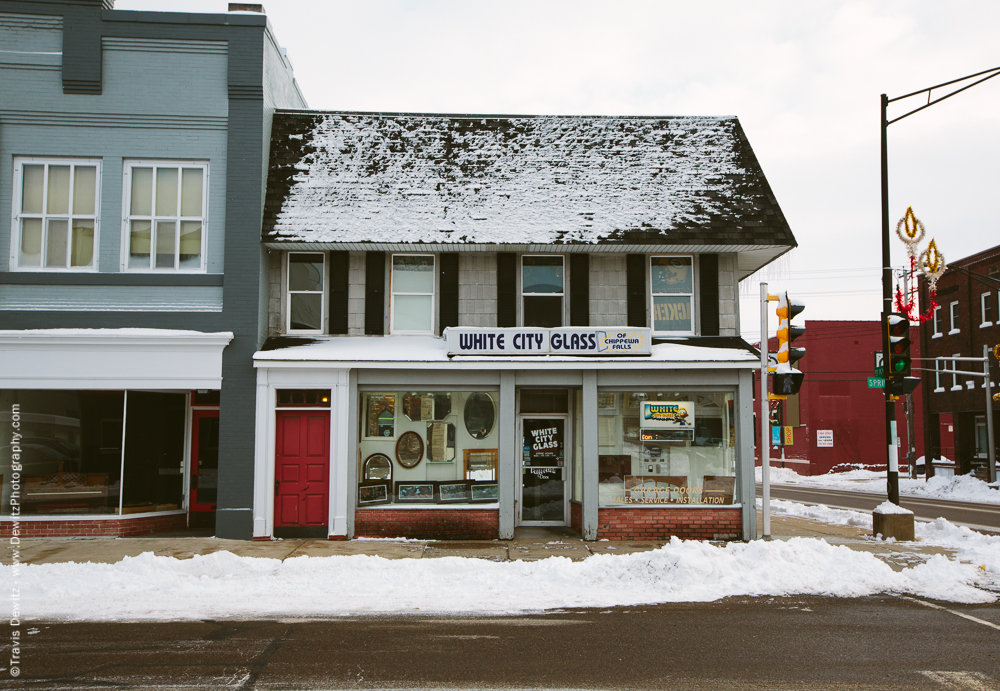
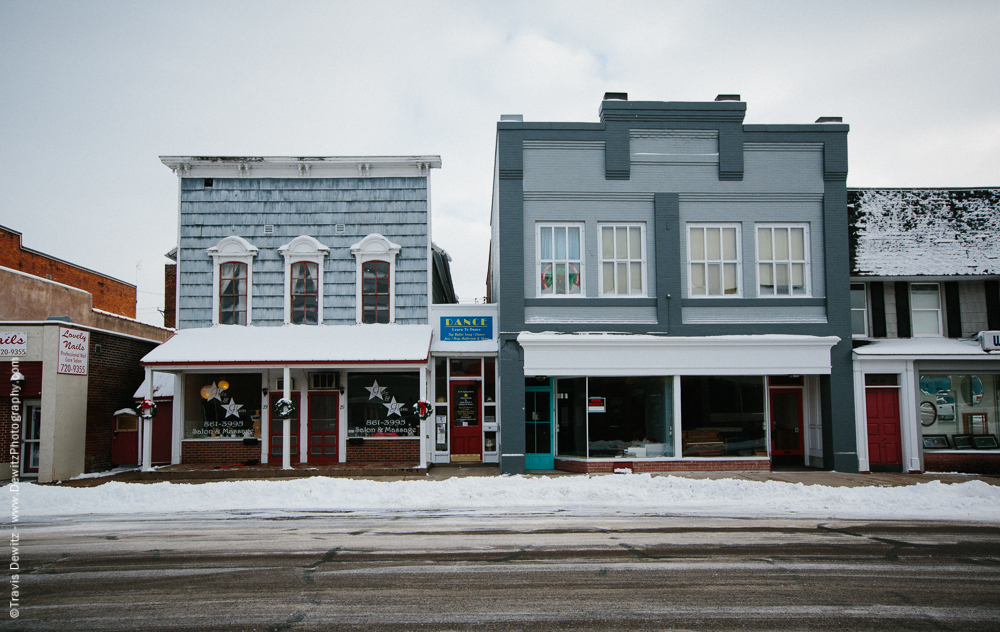
The oldest commercial building left in Chippewa Falls (pictured here on the left) is now blue, but still retains its false front. It was built in 1859 by Peter Morie and was the location in the city that citizens would register for the Civil War.
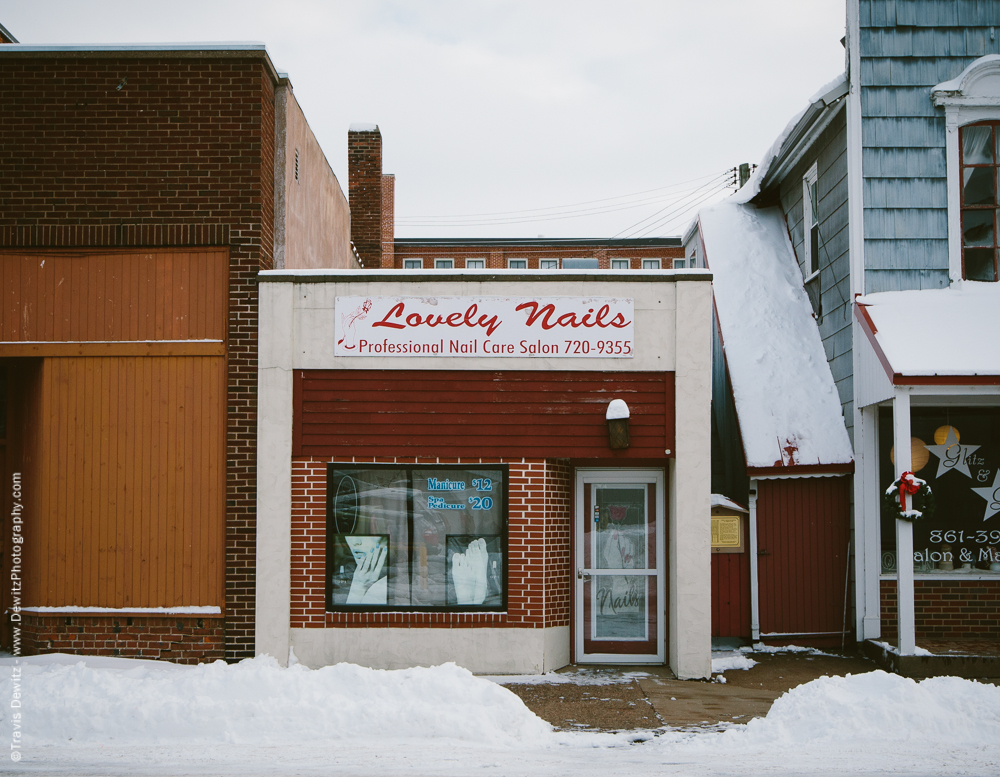
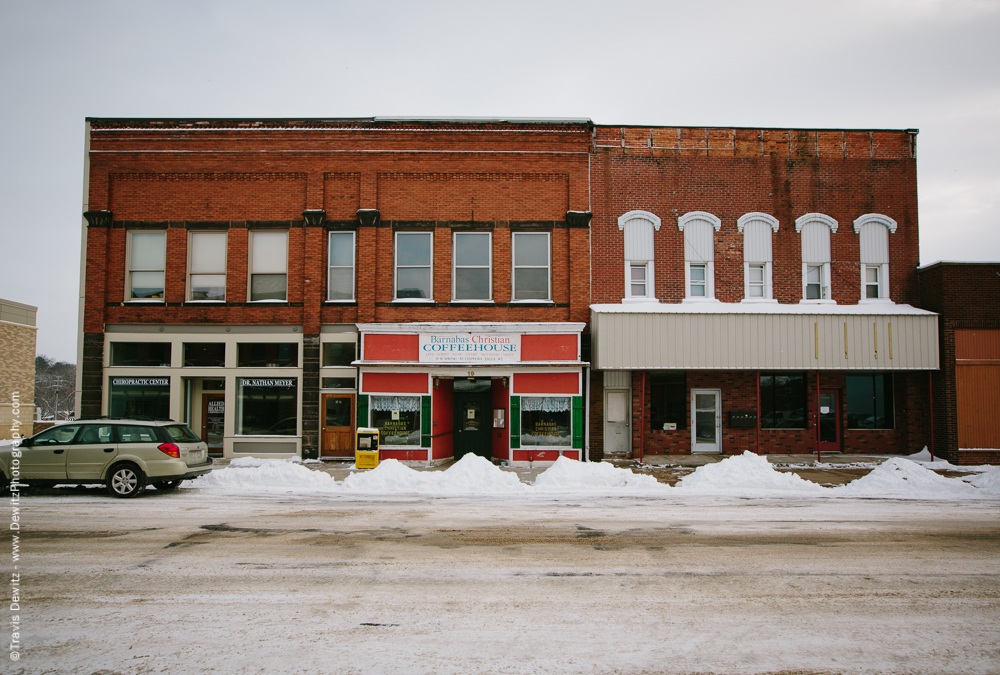

City Hall
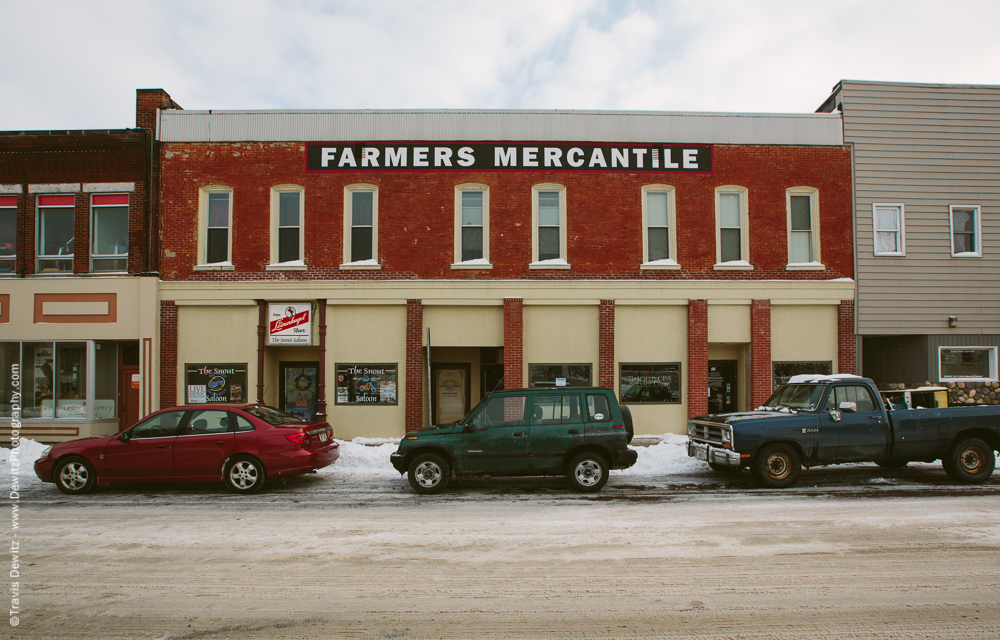
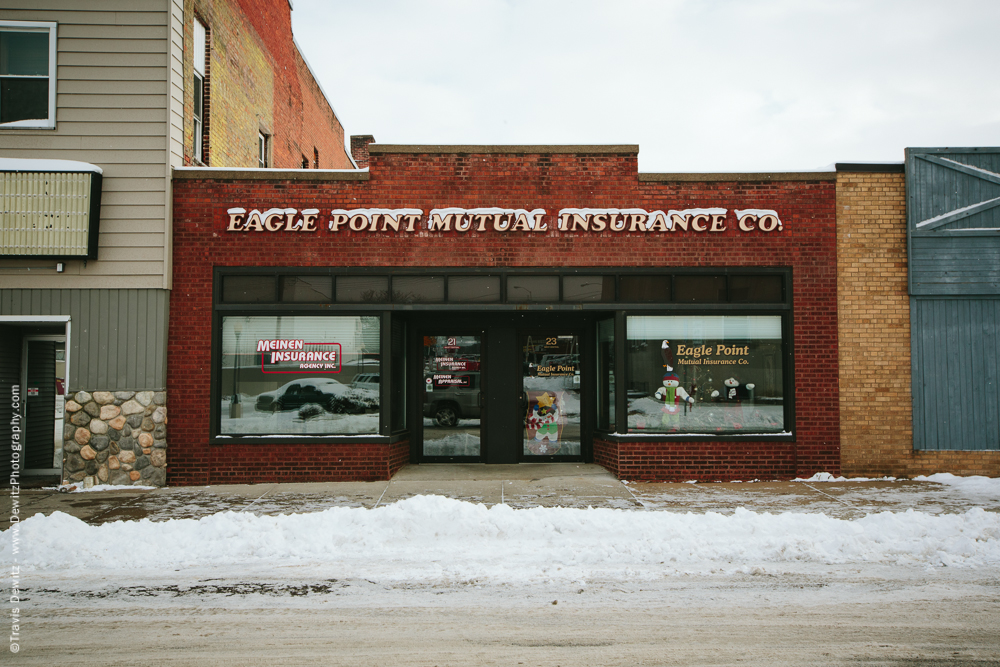
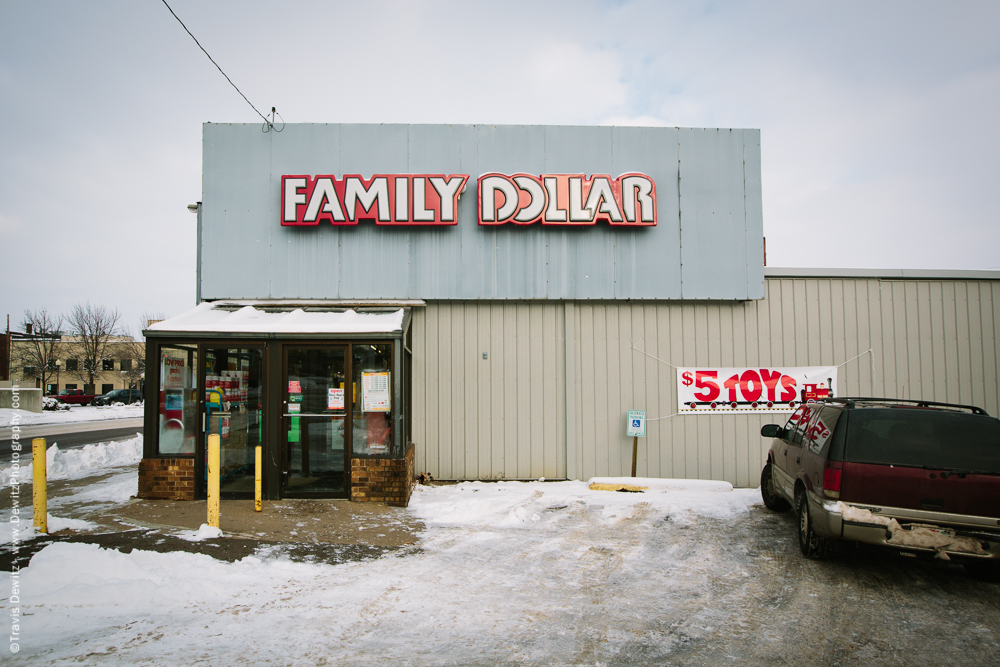
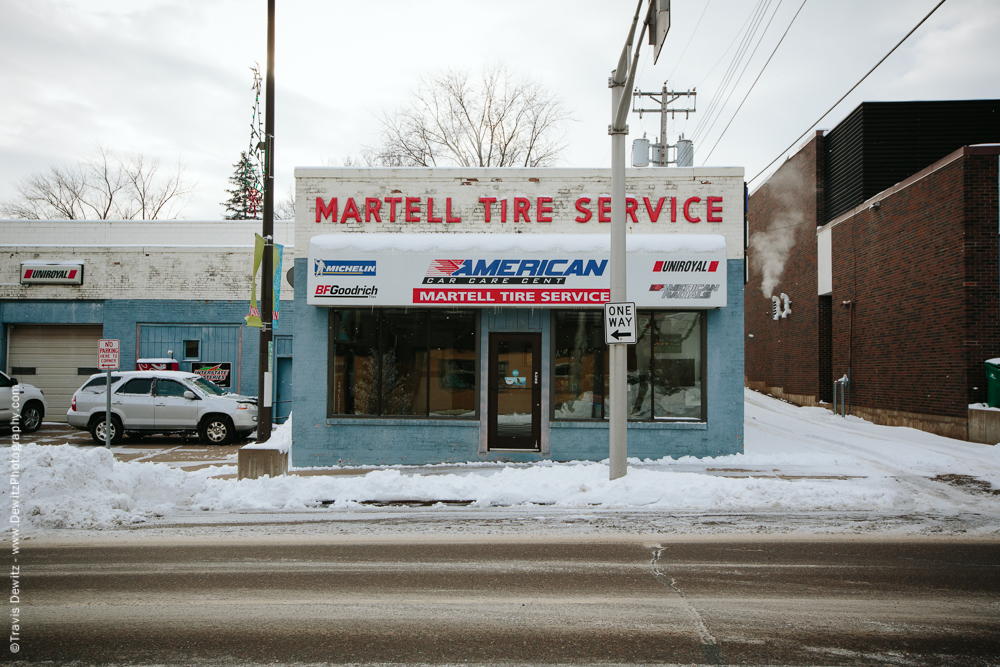
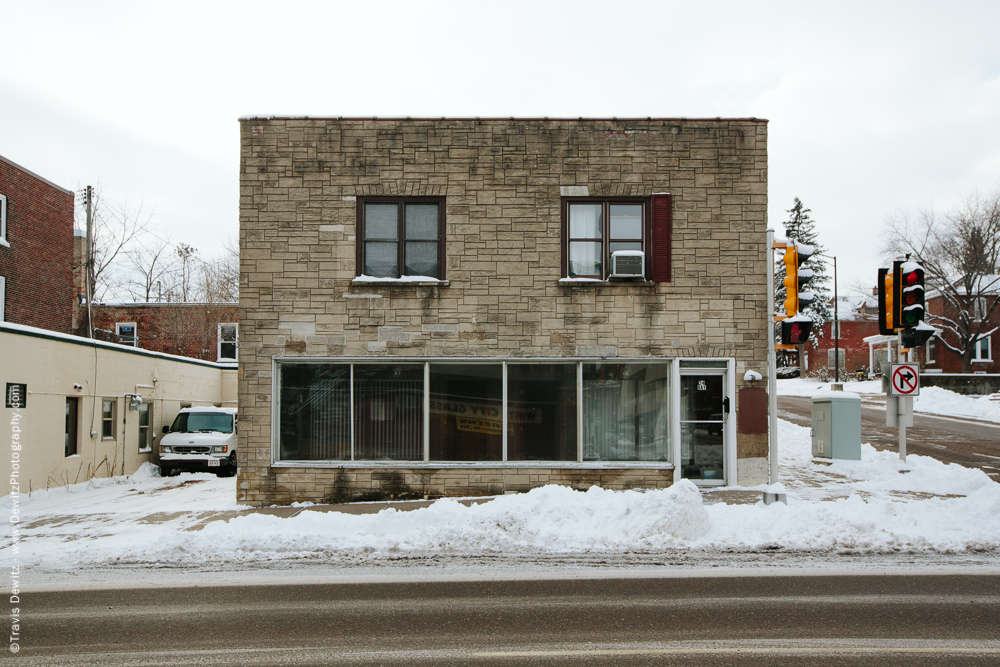
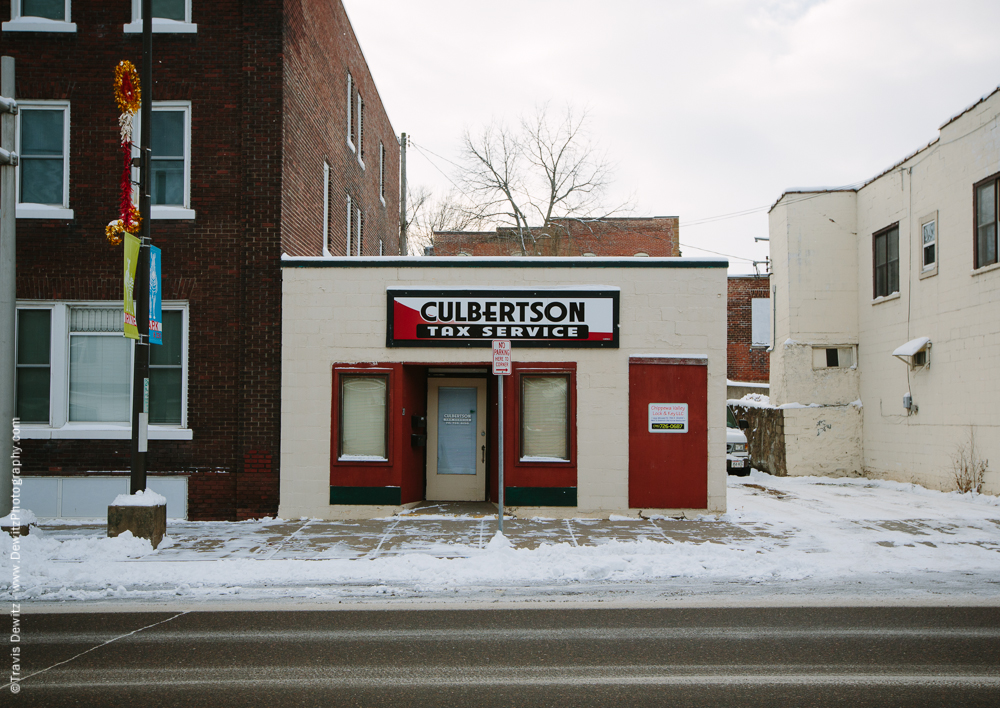
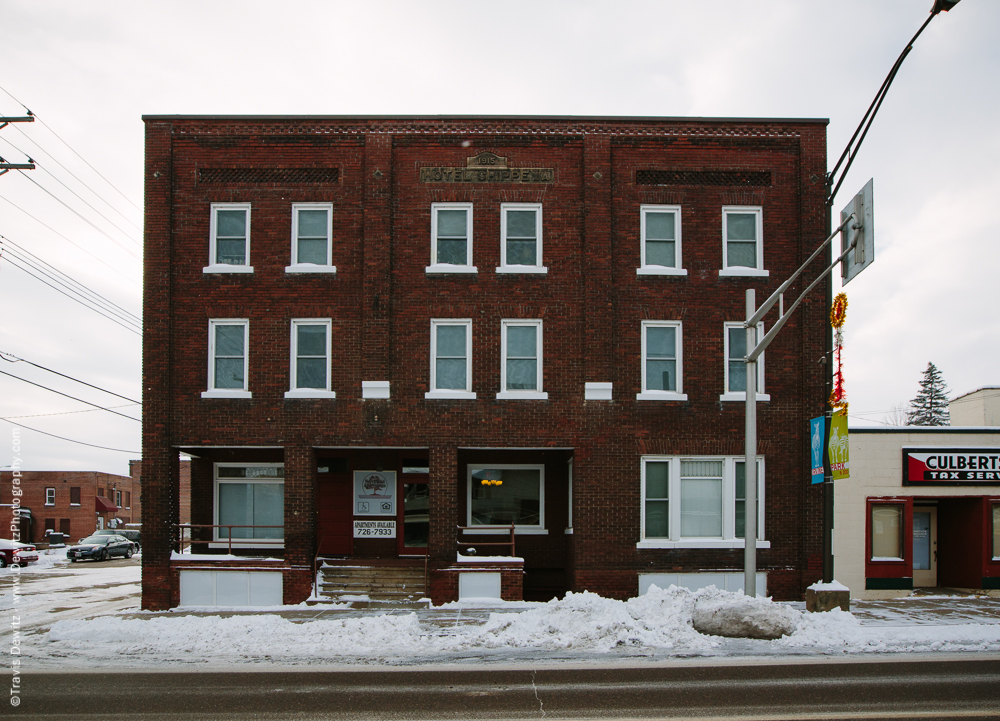
Hotel Chippewa was built in 1915. Rooms were $2.25 to $2.50 a night and were advertised having hot and cold running water along with having a telephone.
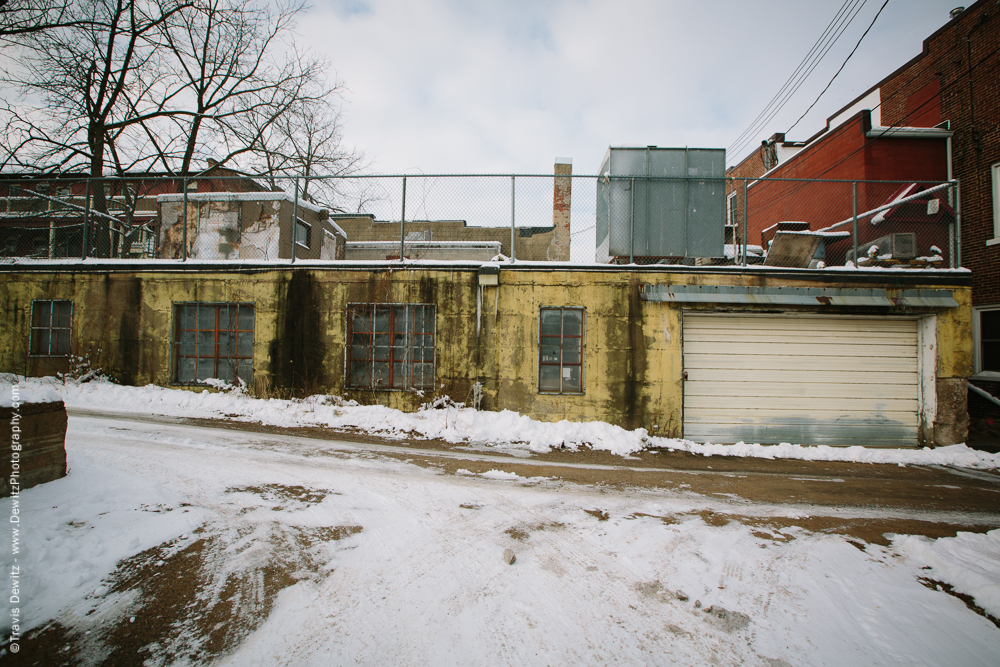
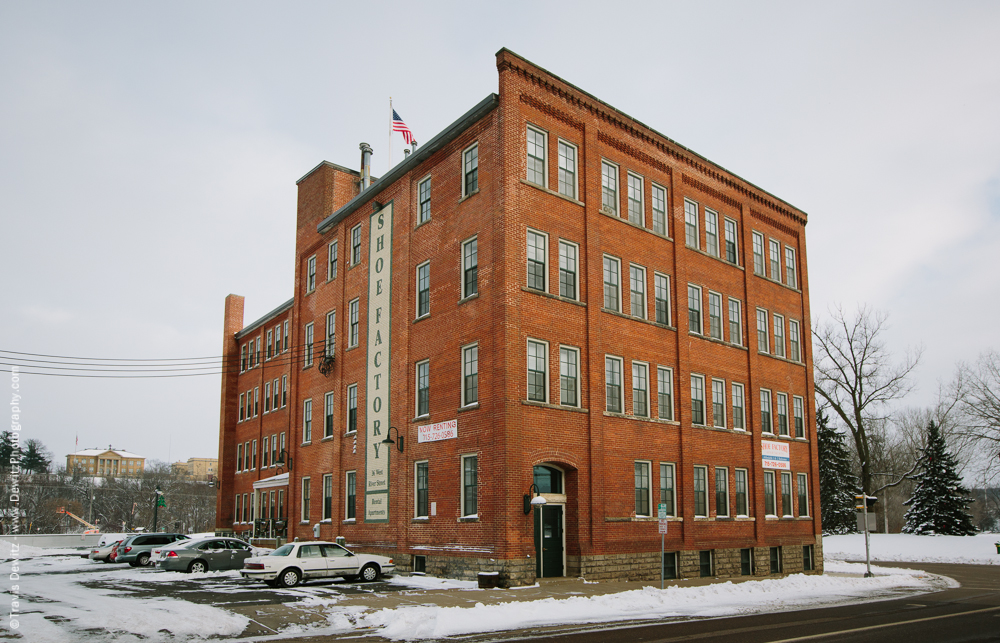
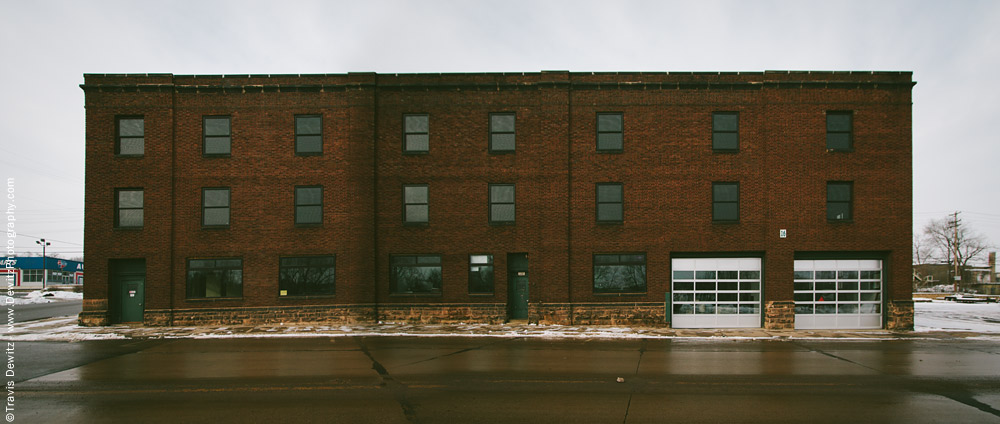
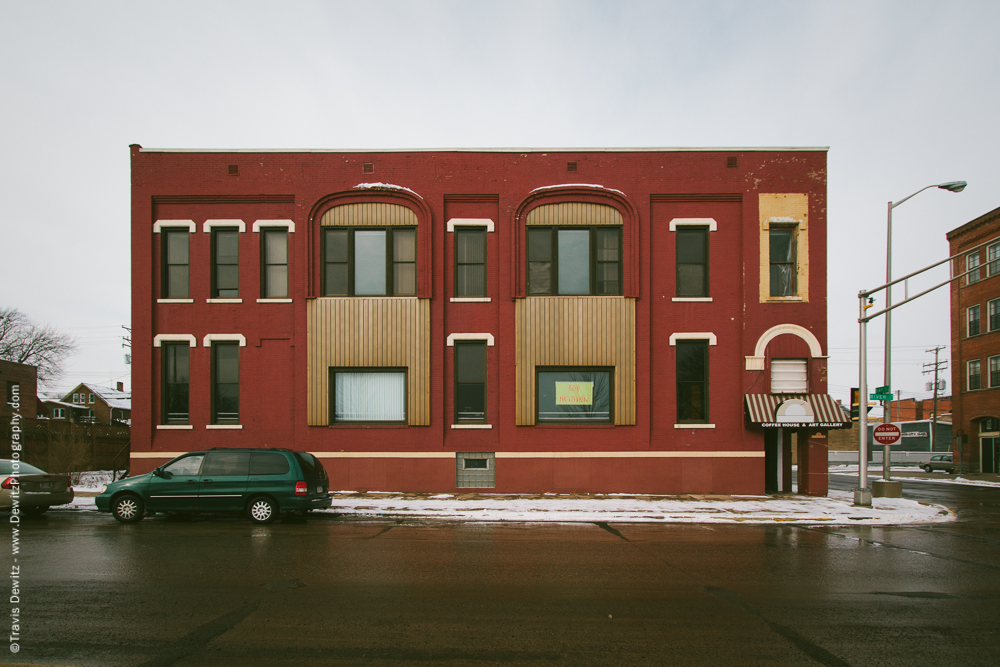
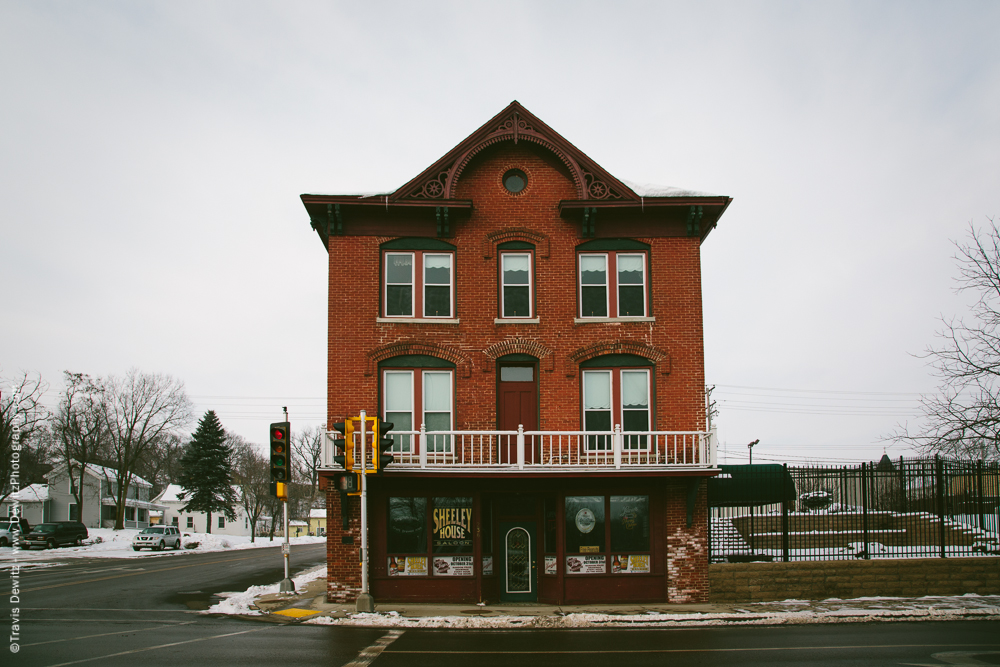
Sheeley House
Carl Hering first purchased this impeccable property, which is now known as the Sheeley House, in 1868 and moved his family here. Hering’s carriage and blacksmith shop was located behind the house. This property was then purchased in 1884 by John B. Paul, who operated a boarding house one block west; he removed the small carriage shop and surfaced the entire building with local red brick. The Paul House had a ground floor saloon, first floor living quarters, a large kitchen, the boarders’ dining room and second floor sleeping rooms. It was once again purchased in 1905 by an Irish immigrant, James Sheeley, who happened to stay there while working the railroad. Sheeley and his wife and children took over the responsibilities of the house as they moved in to their new home and workplace. 1913 was a year of strength for Kate as James passed away. She continued the meal and room rental, but the saloon proved to be too much and leased it out. The saloon closed in 1967 and was known for having the “coldest beer in town”. Their daughter Anna stayed at the Sheeley House until 1981 when it became evident it was time to move.
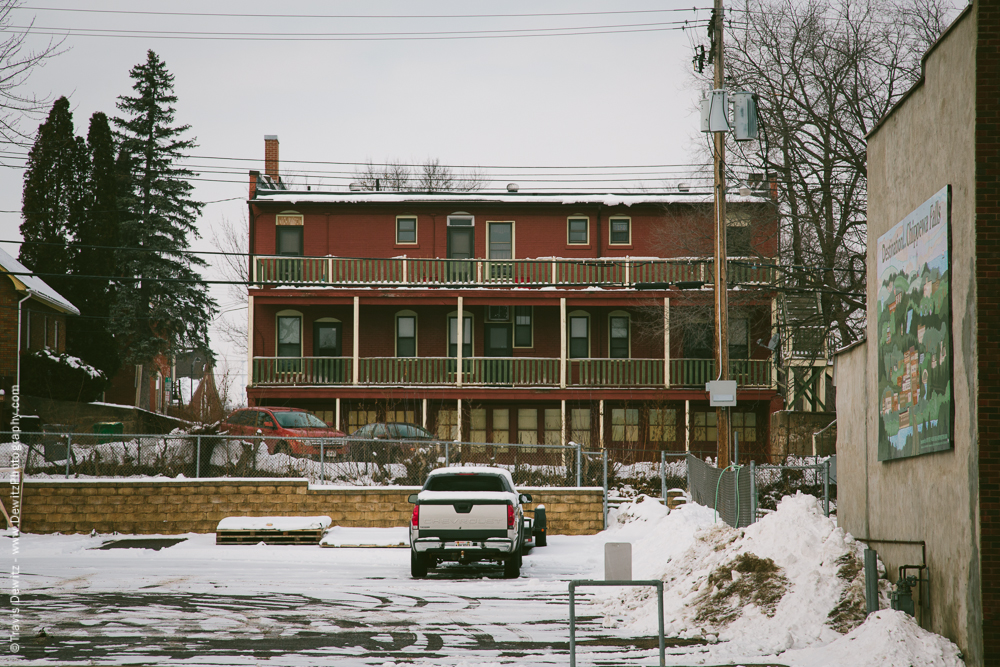
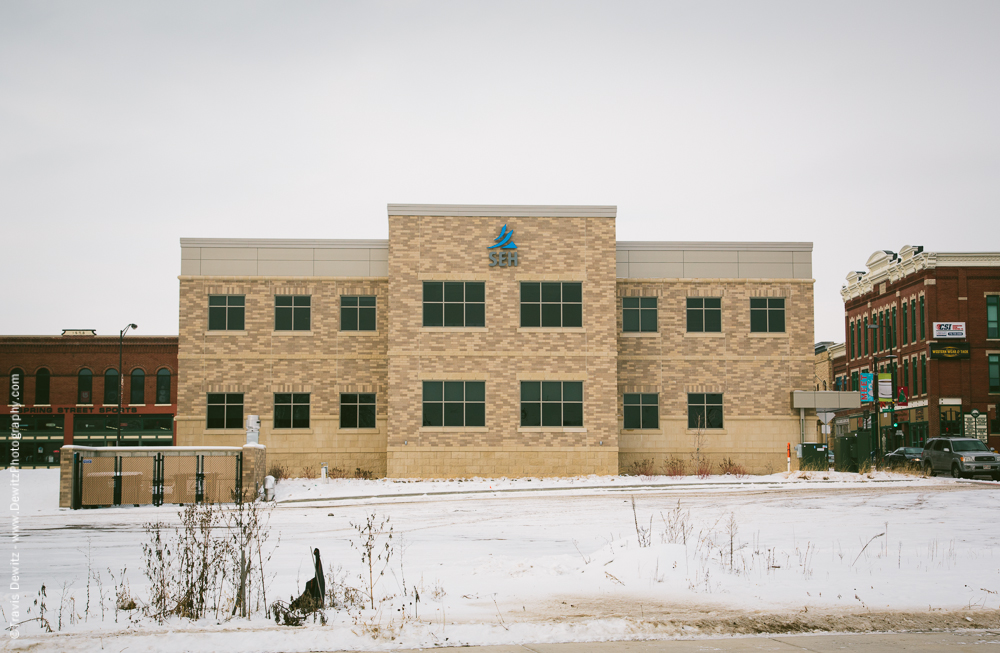
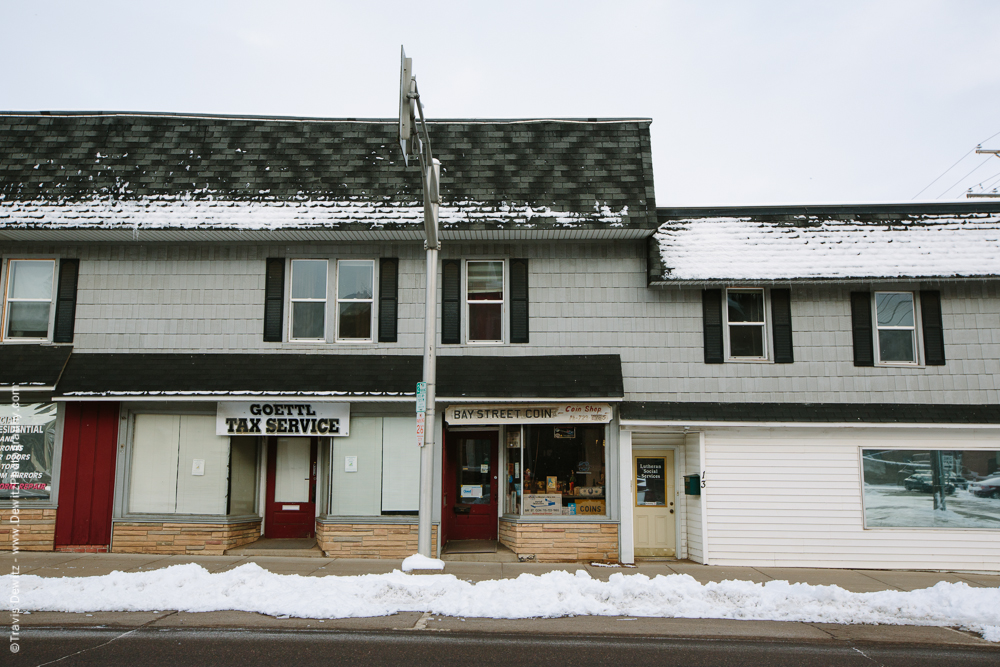
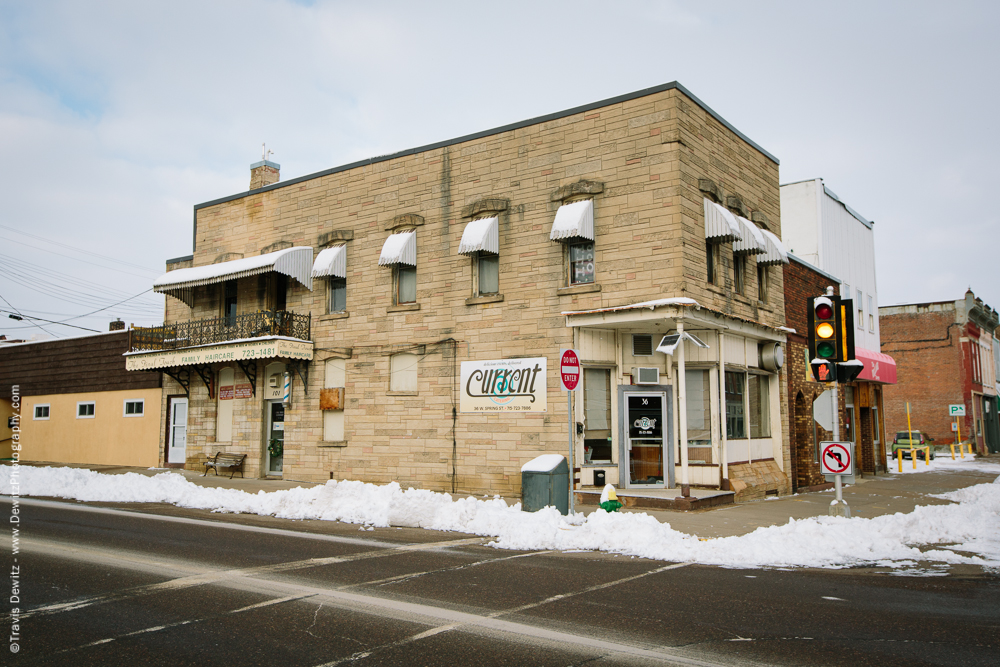
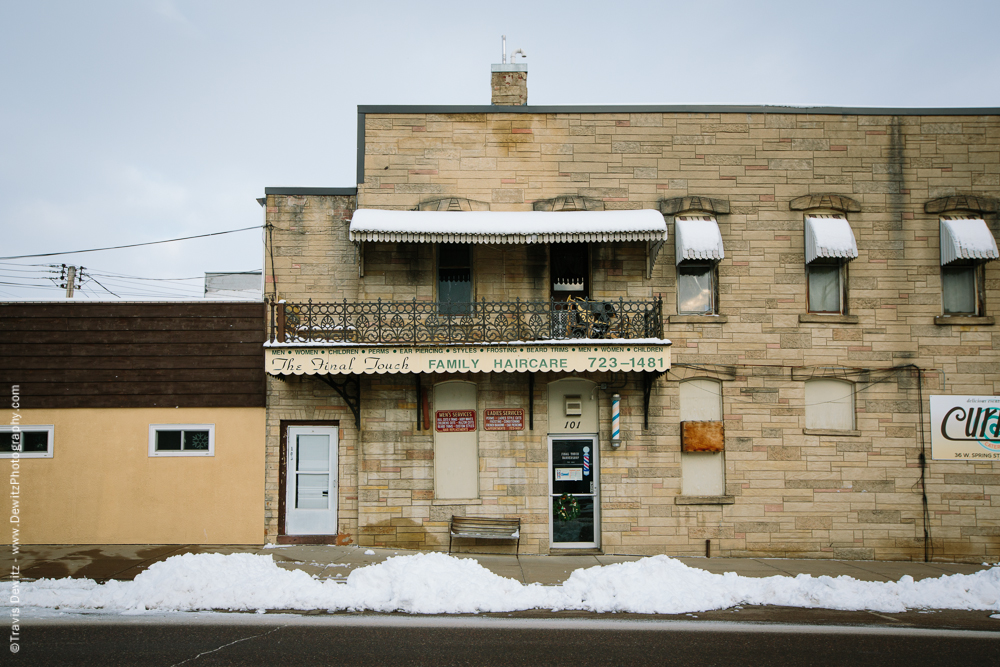
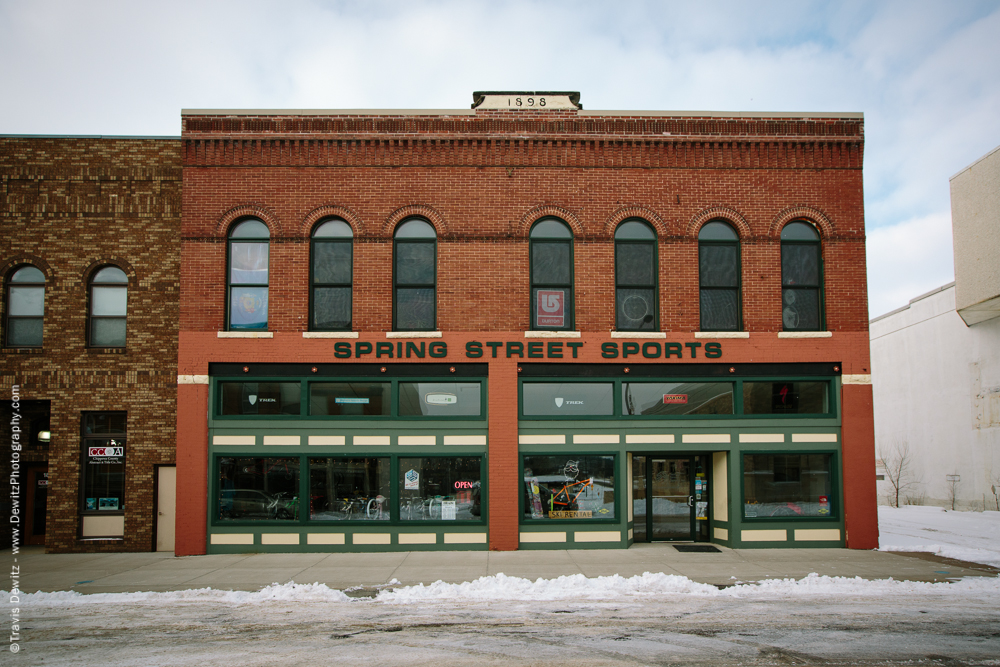
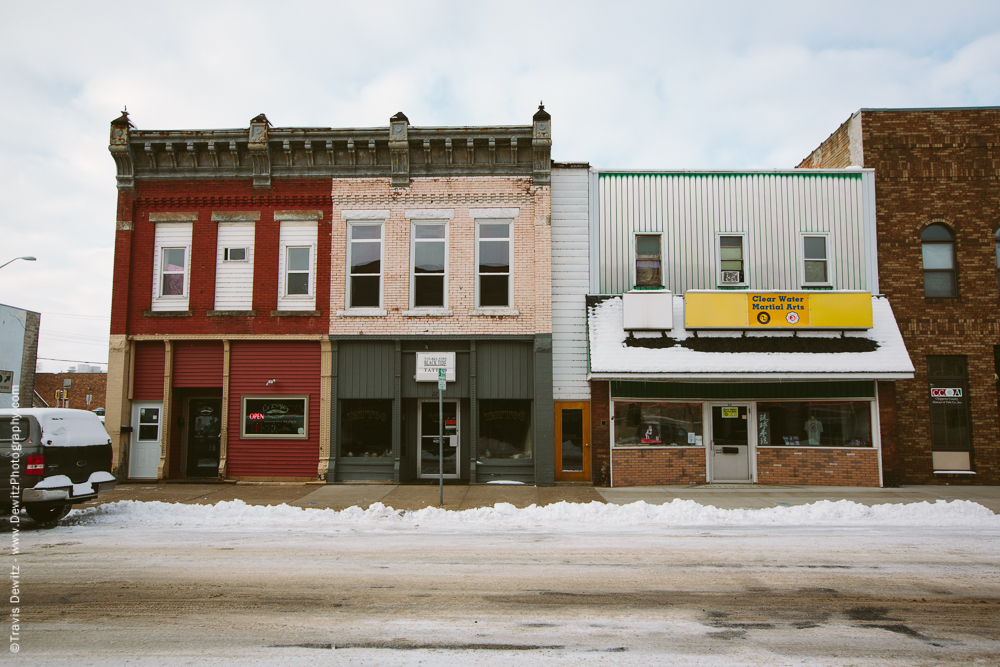
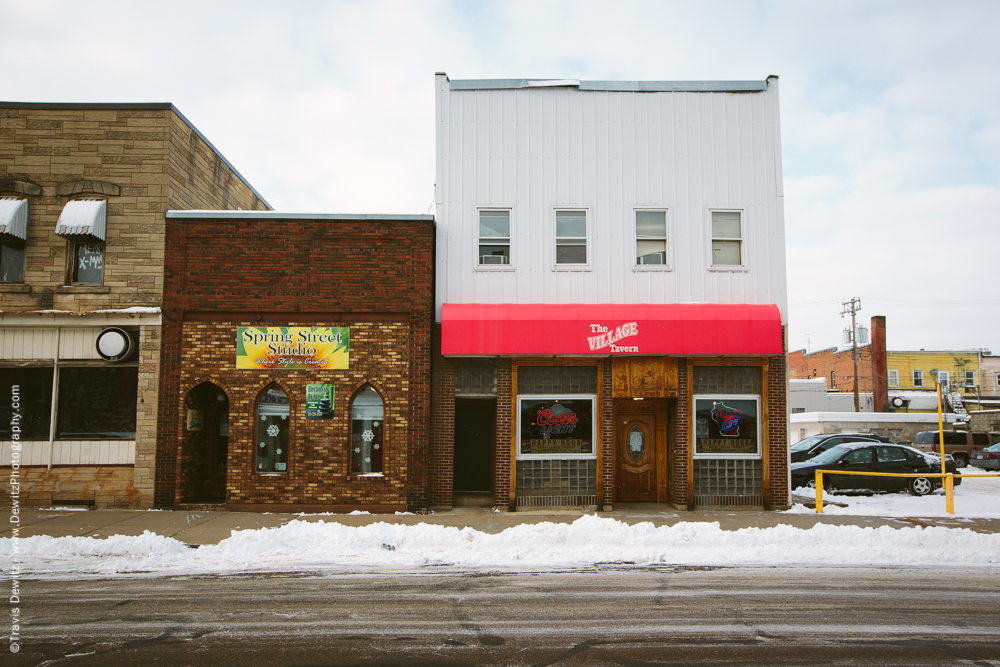
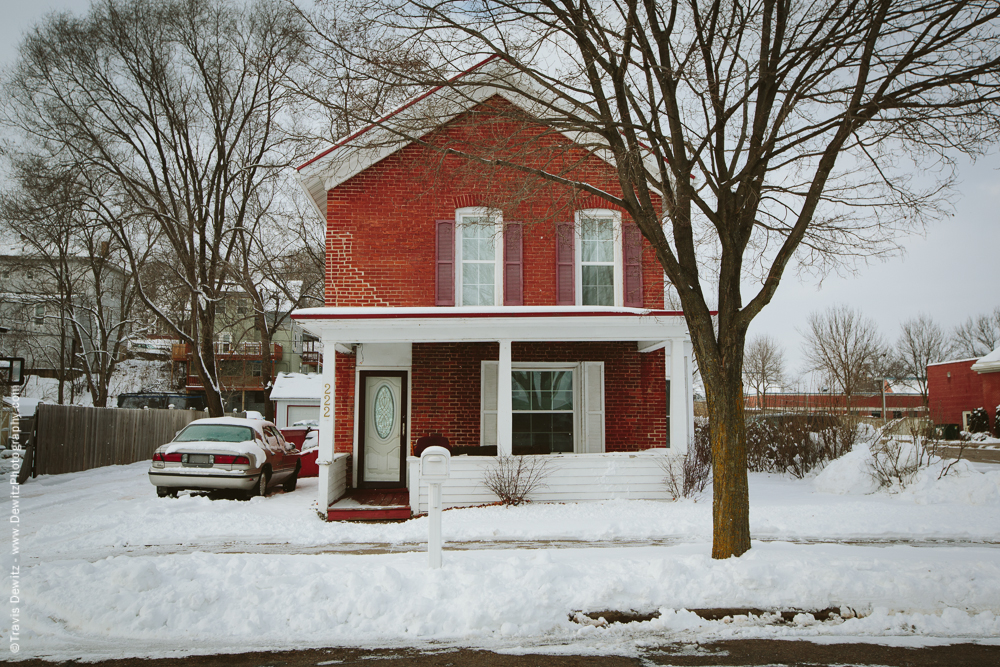
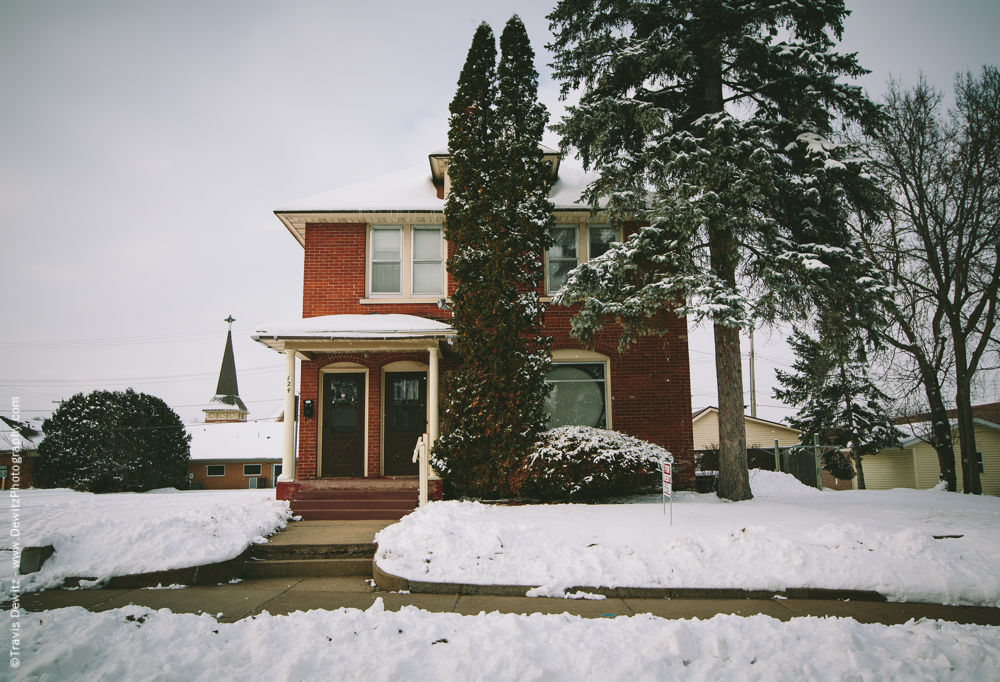
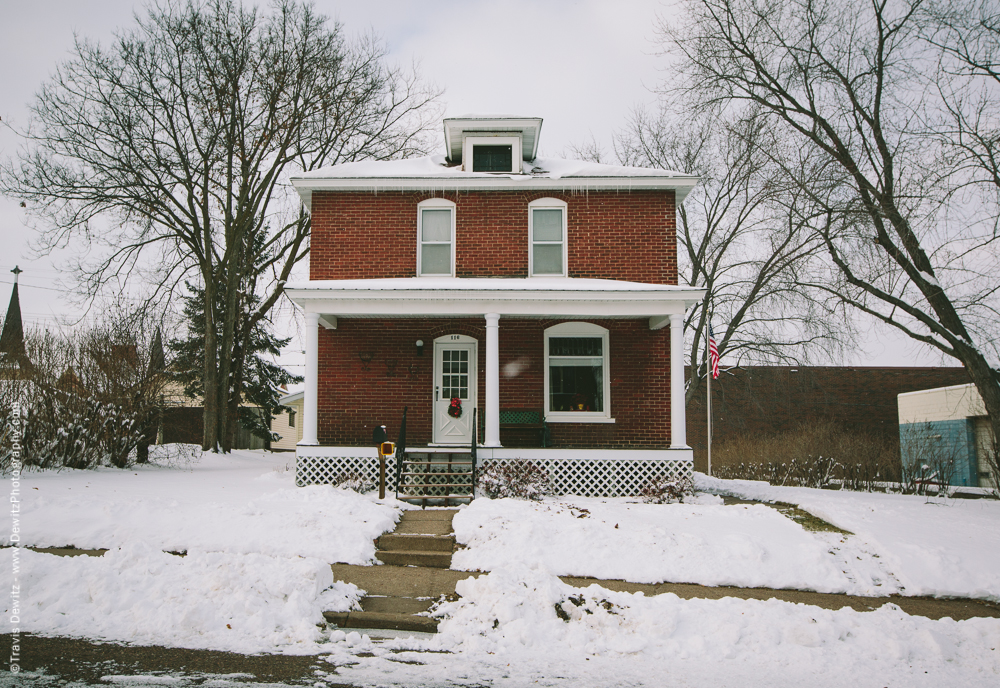
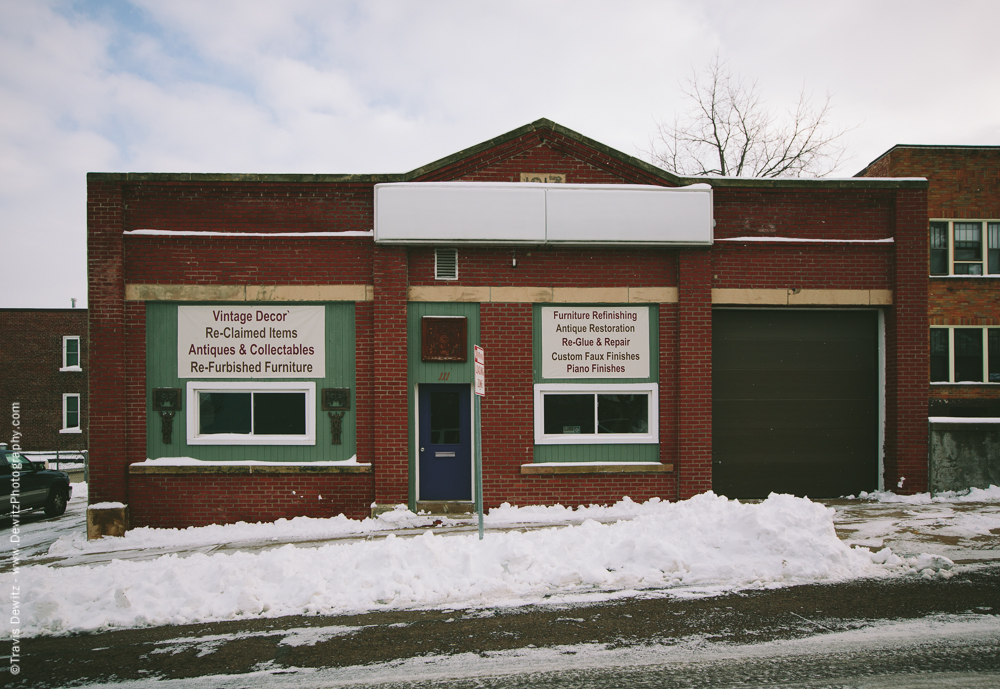
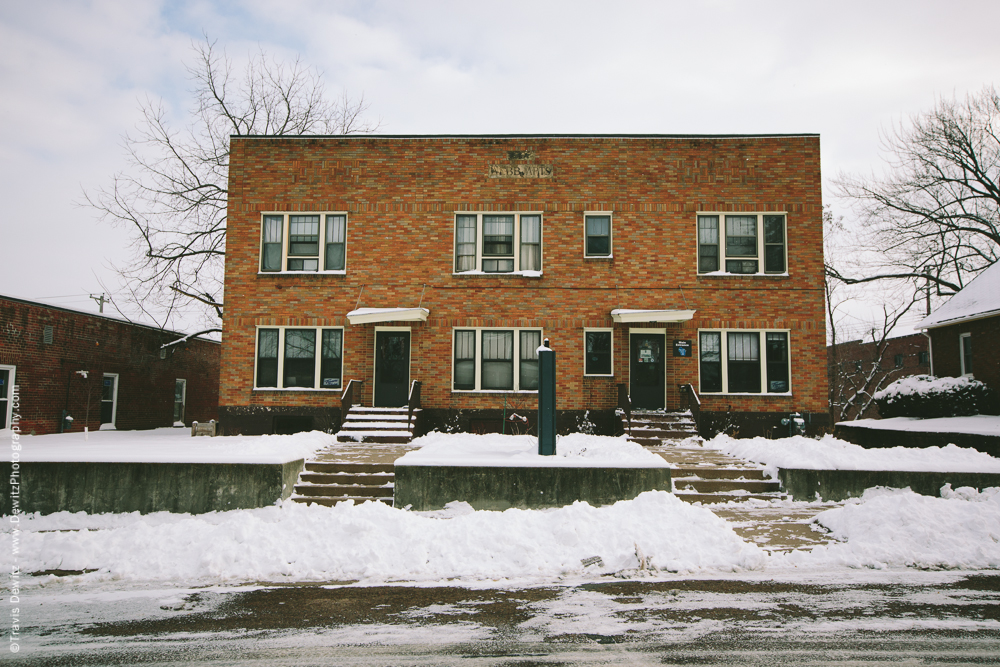
1937 Webb Apts
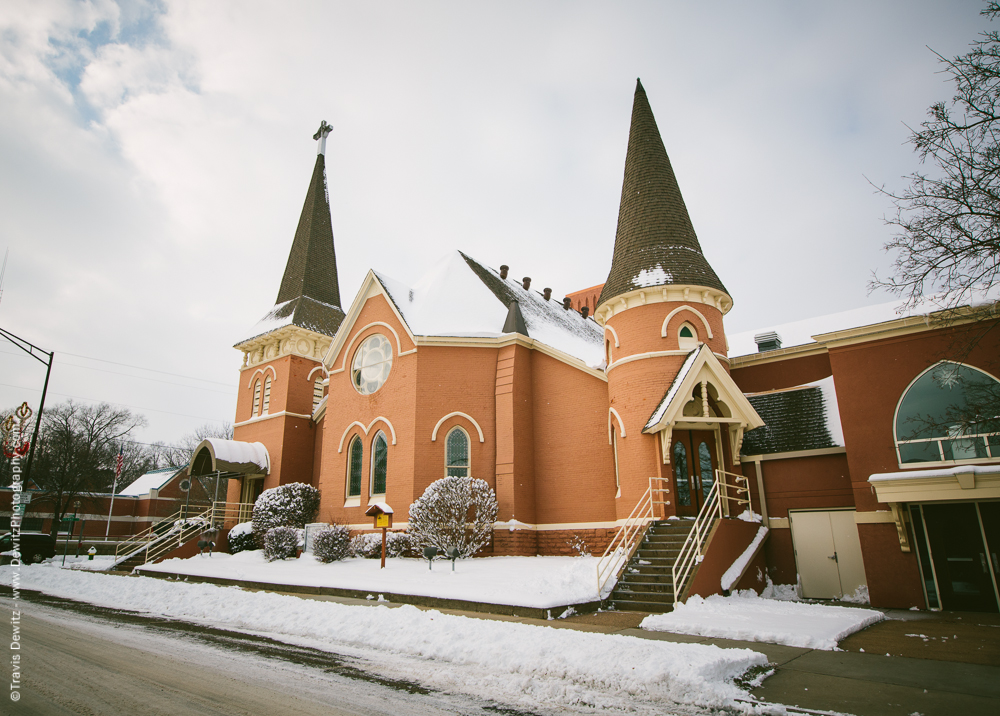
First Presbyterian Church
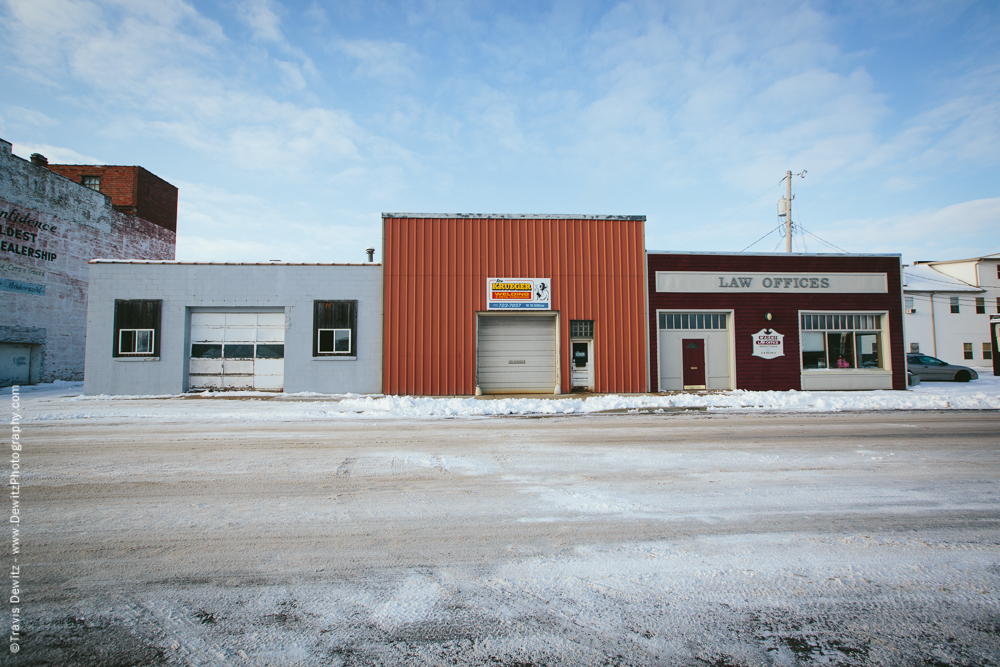
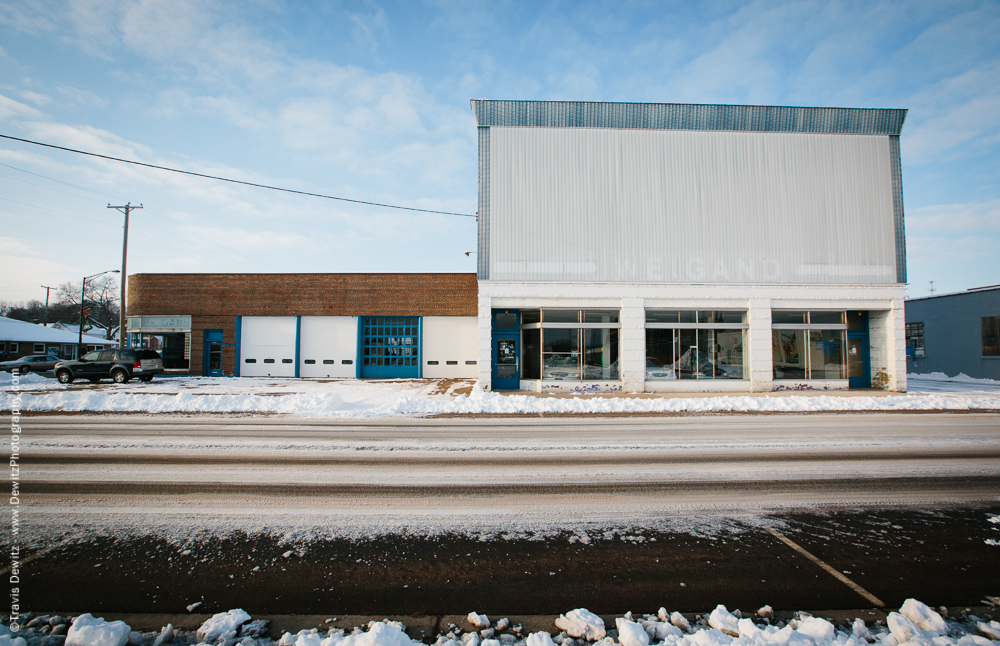
Weigan Ford Dealership
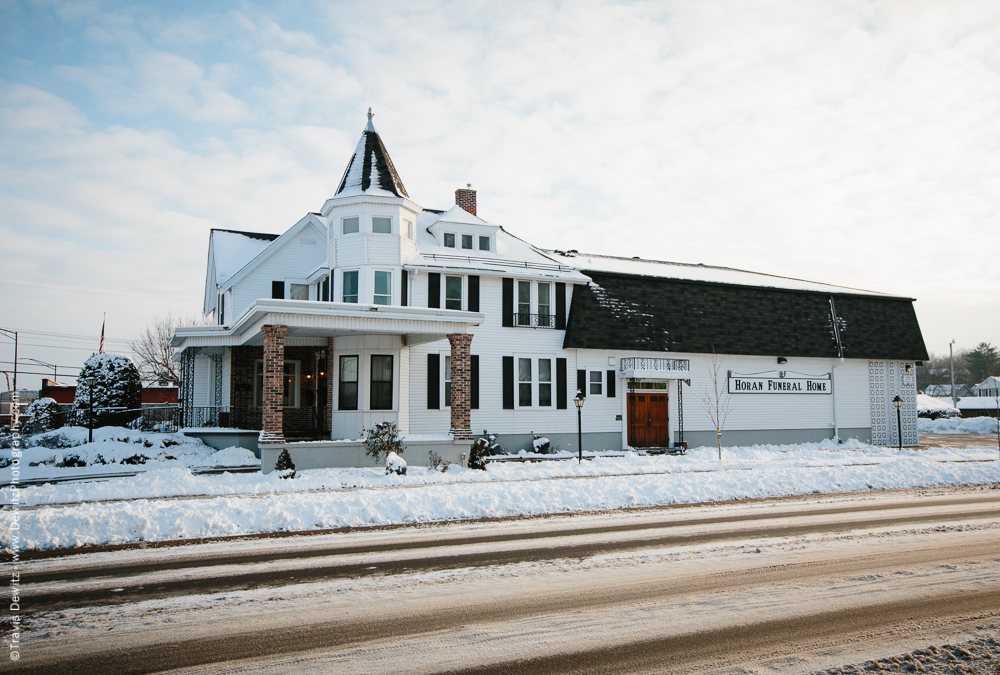
Horan Funeral Home
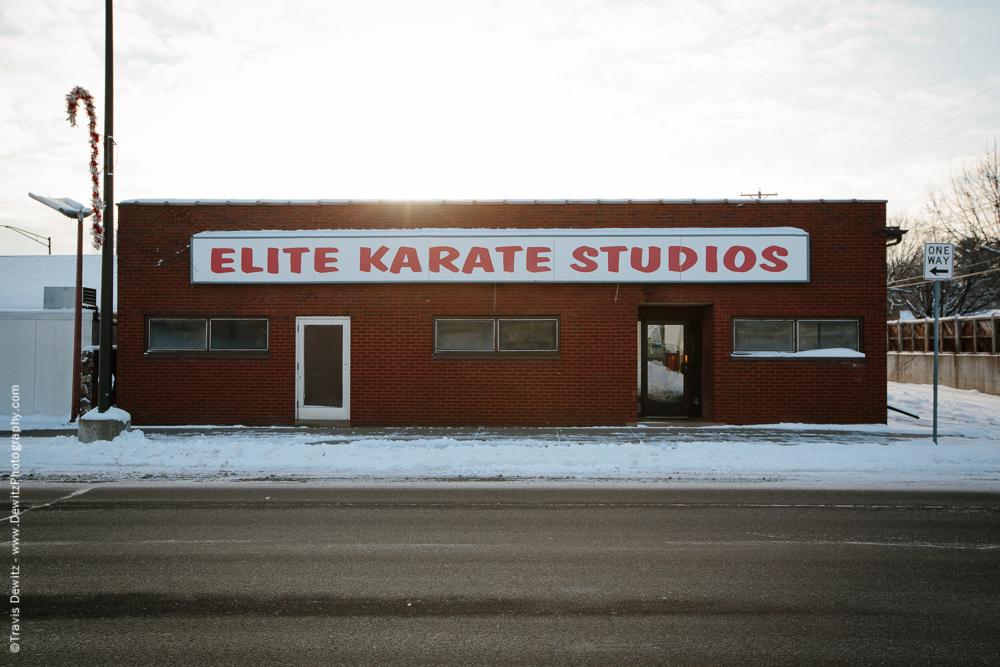
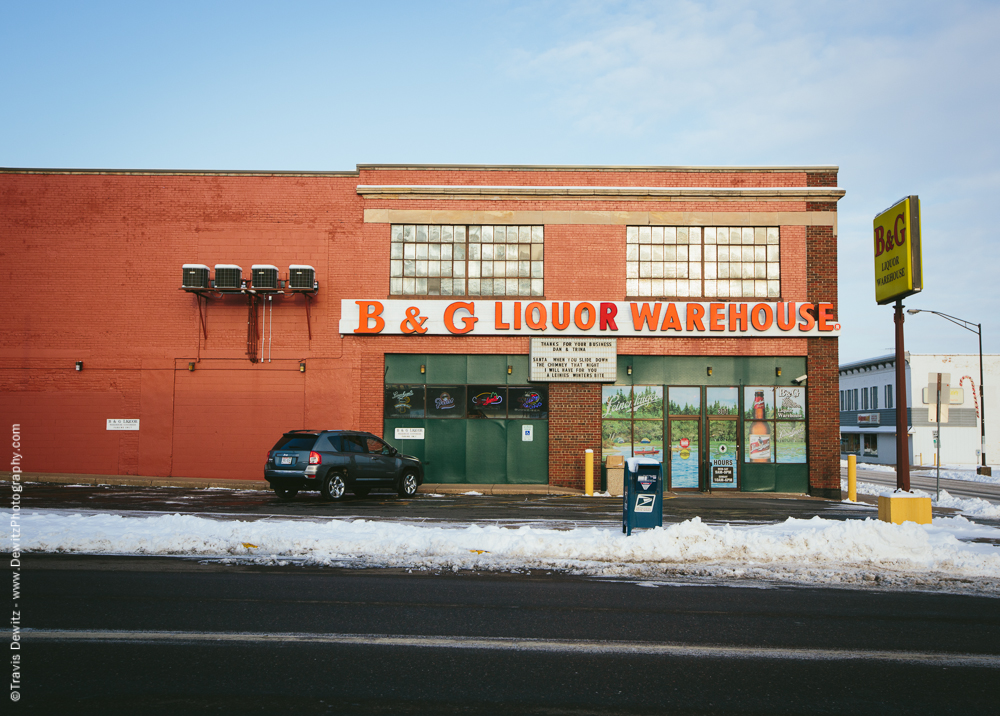
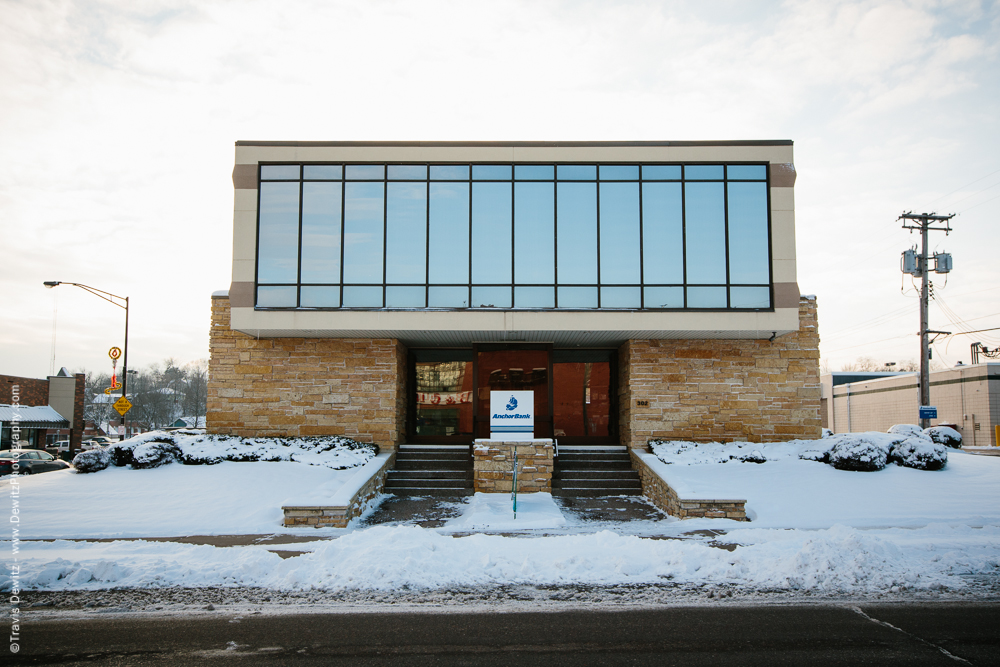
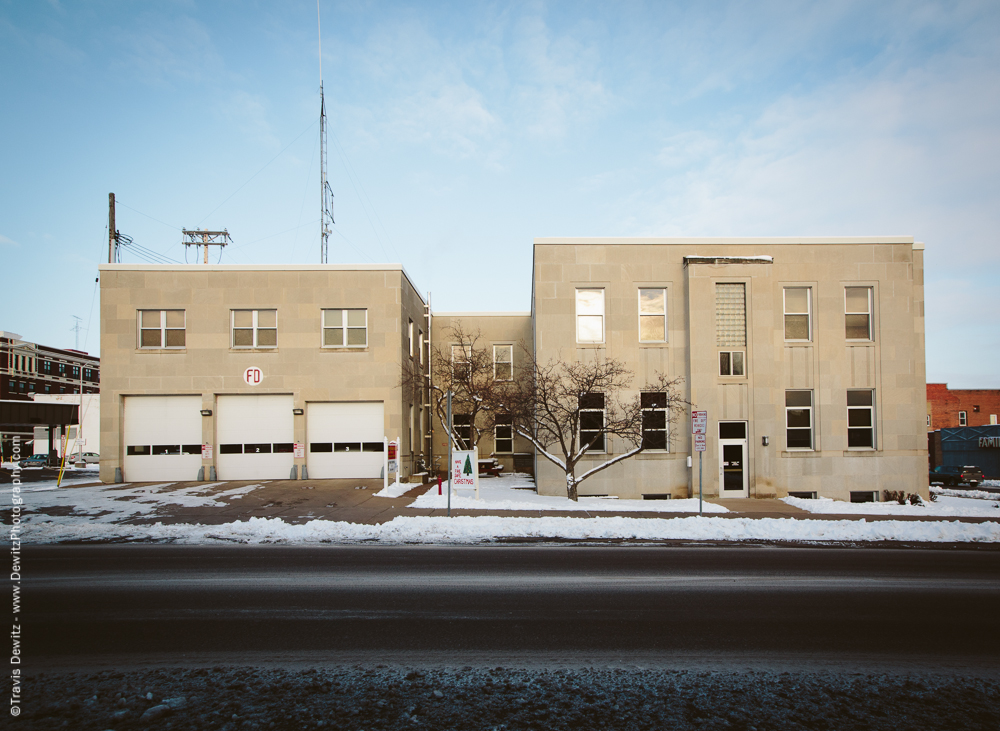
CF Fire Station 1
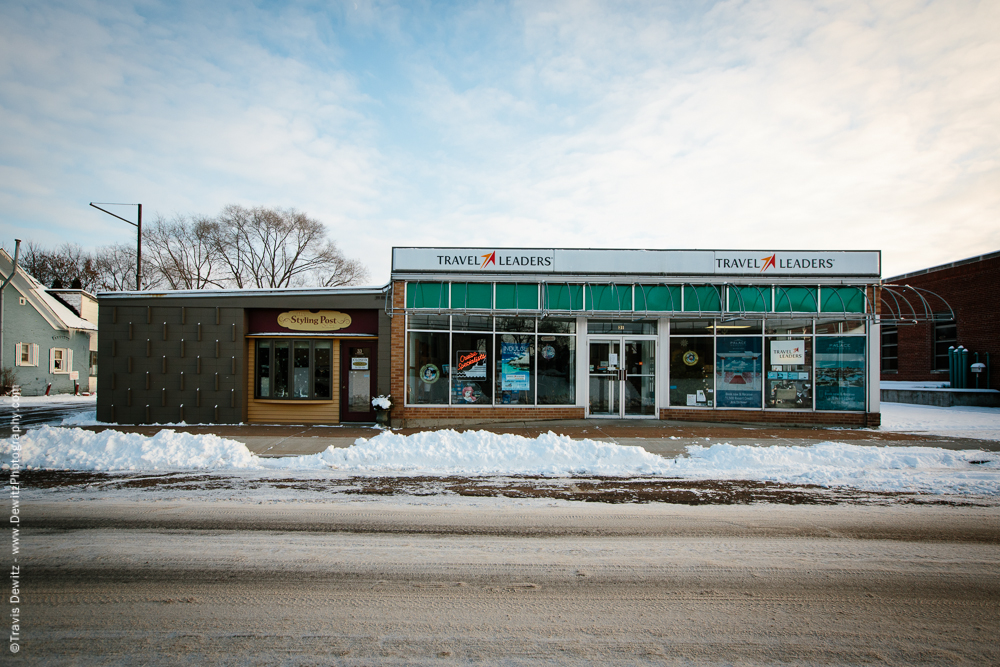
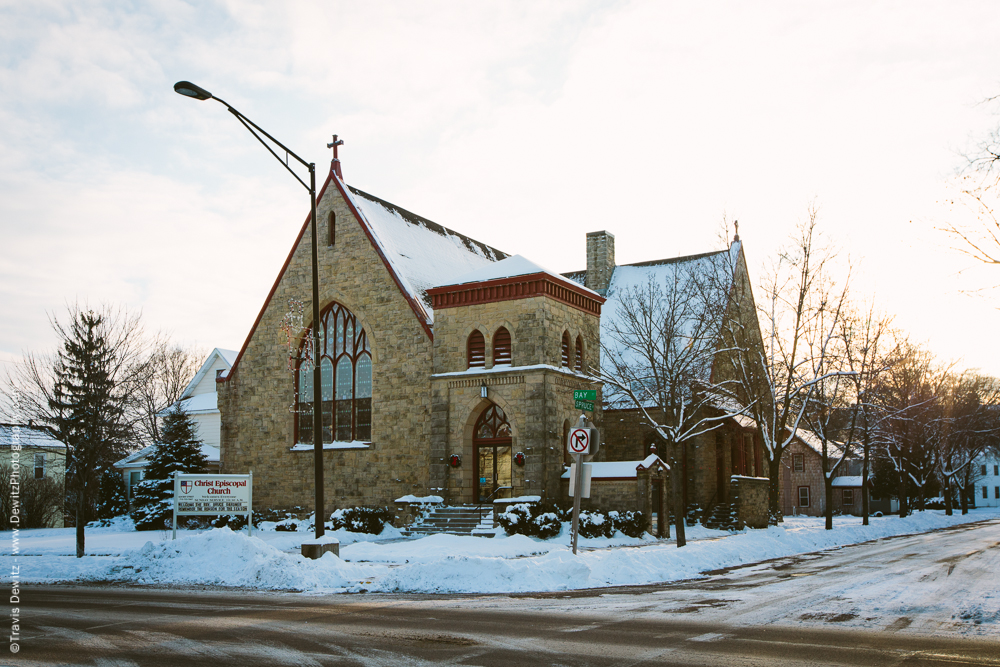
Christ Episcopal Church
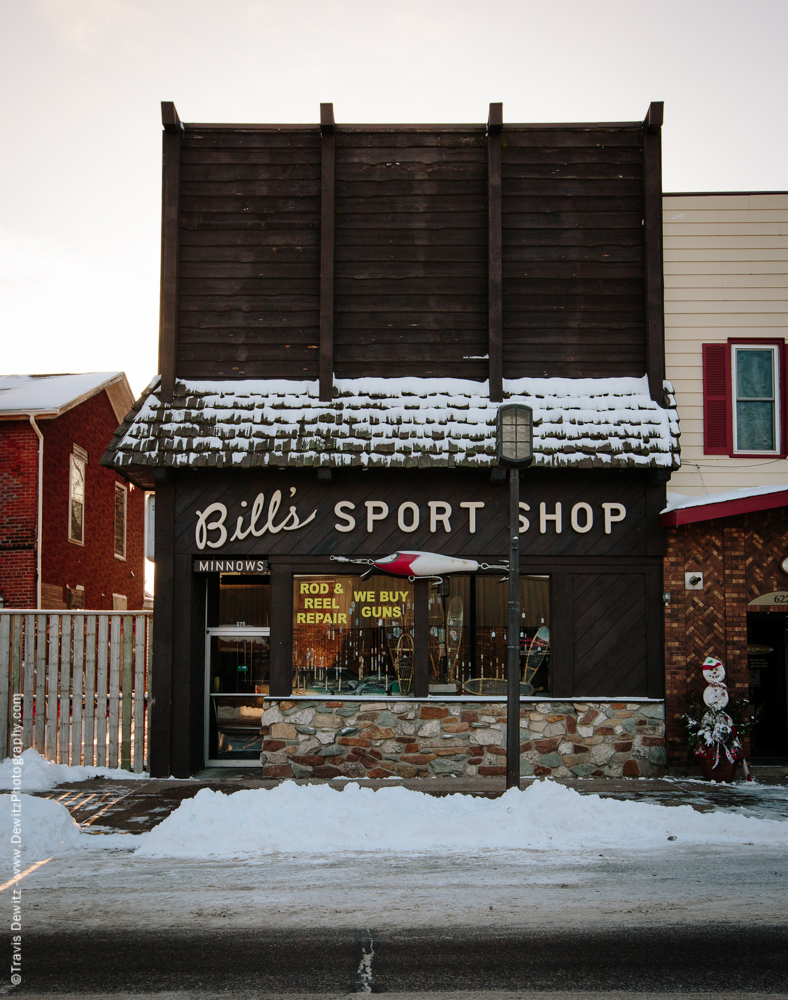
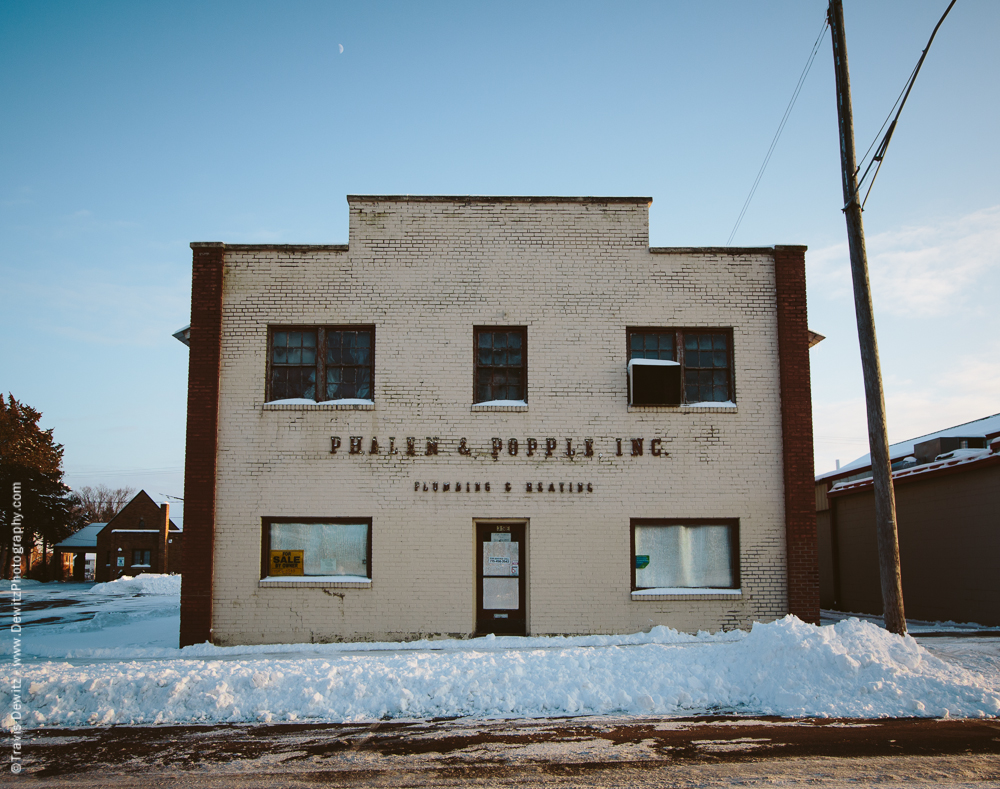
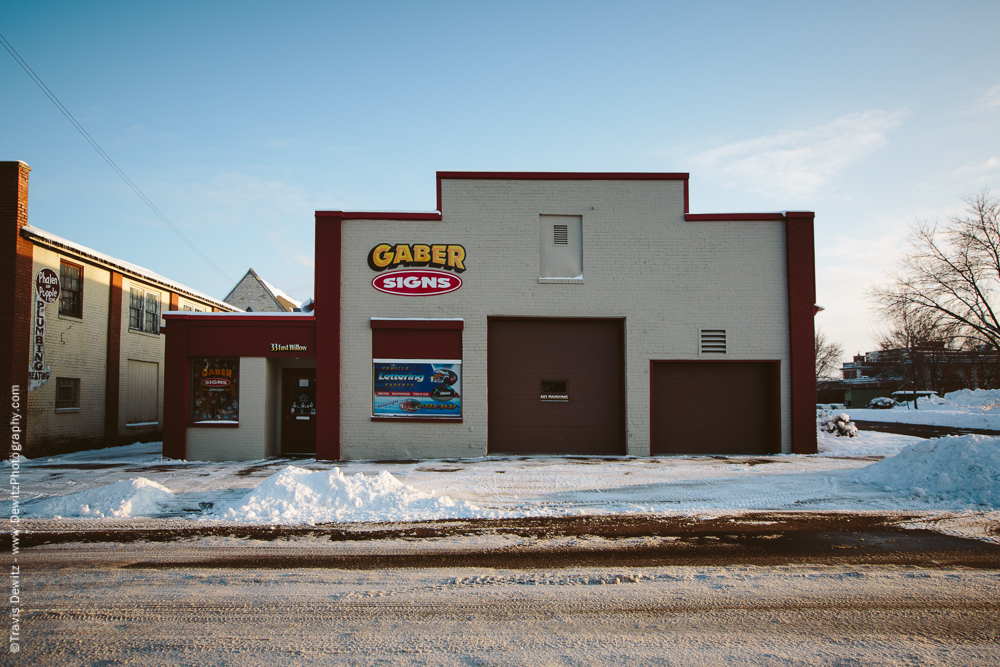
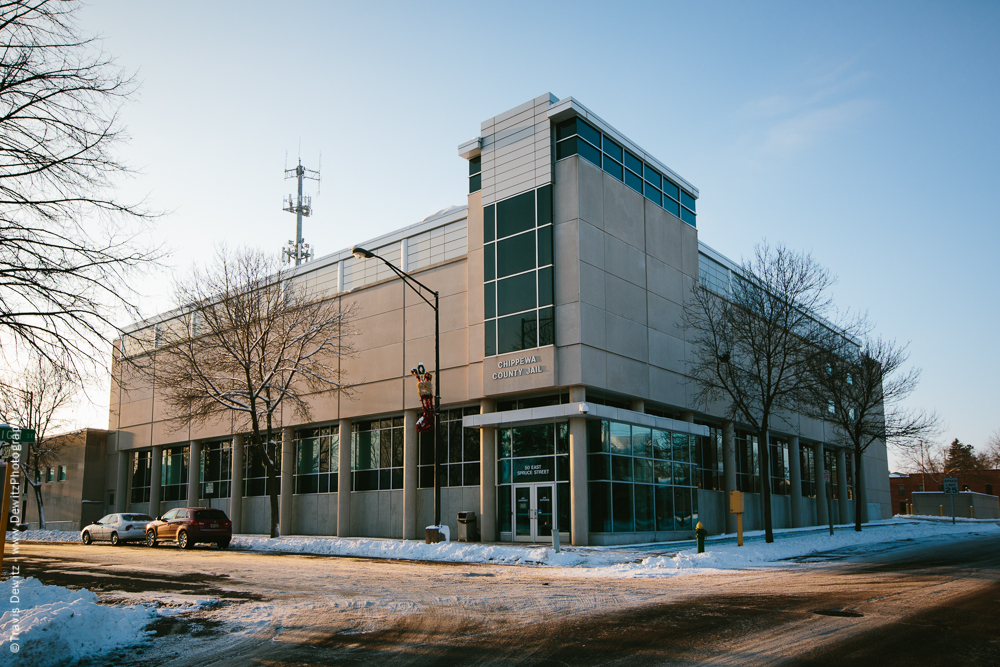
Chippewa County Jail
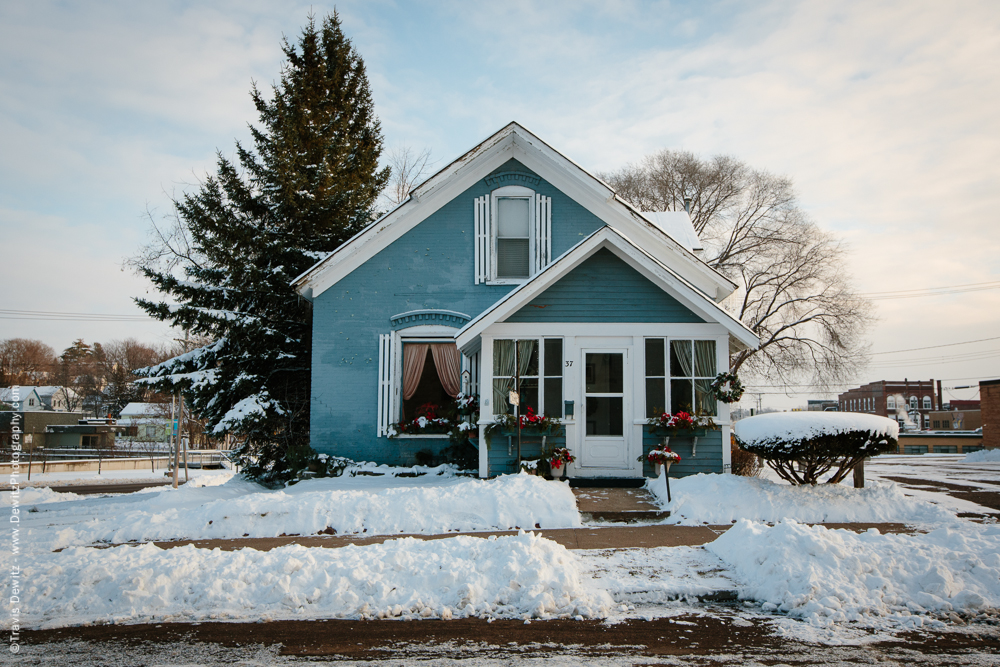
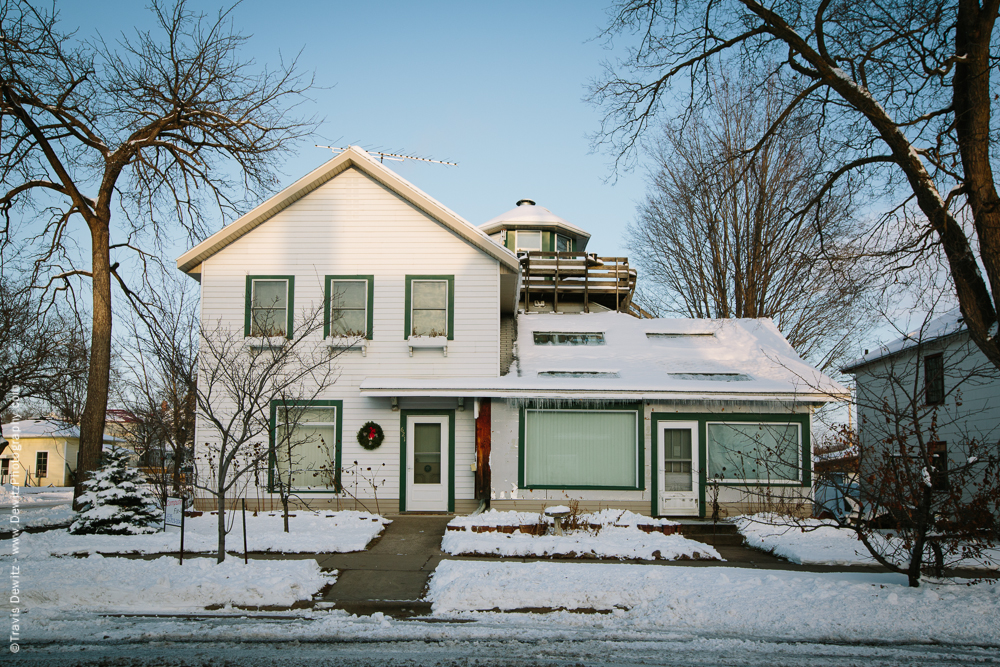
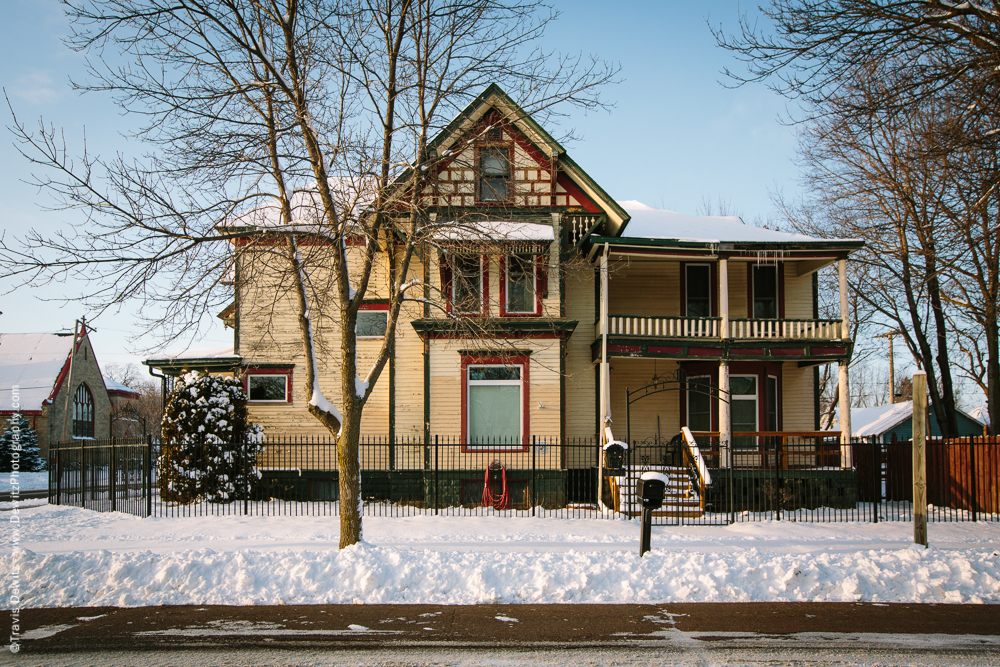
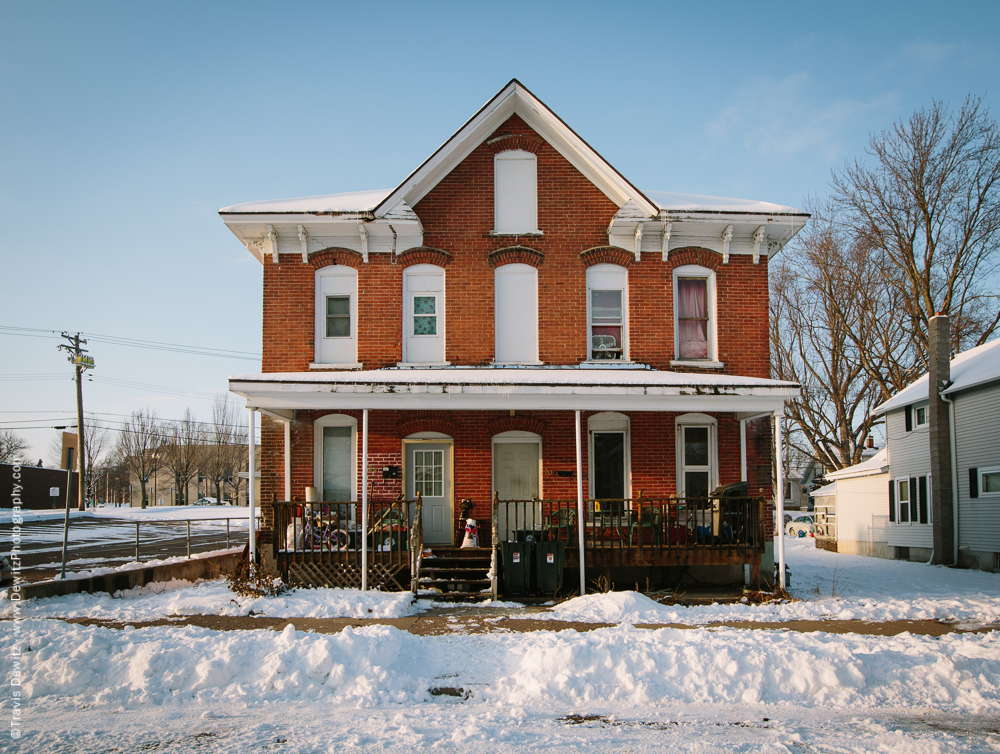
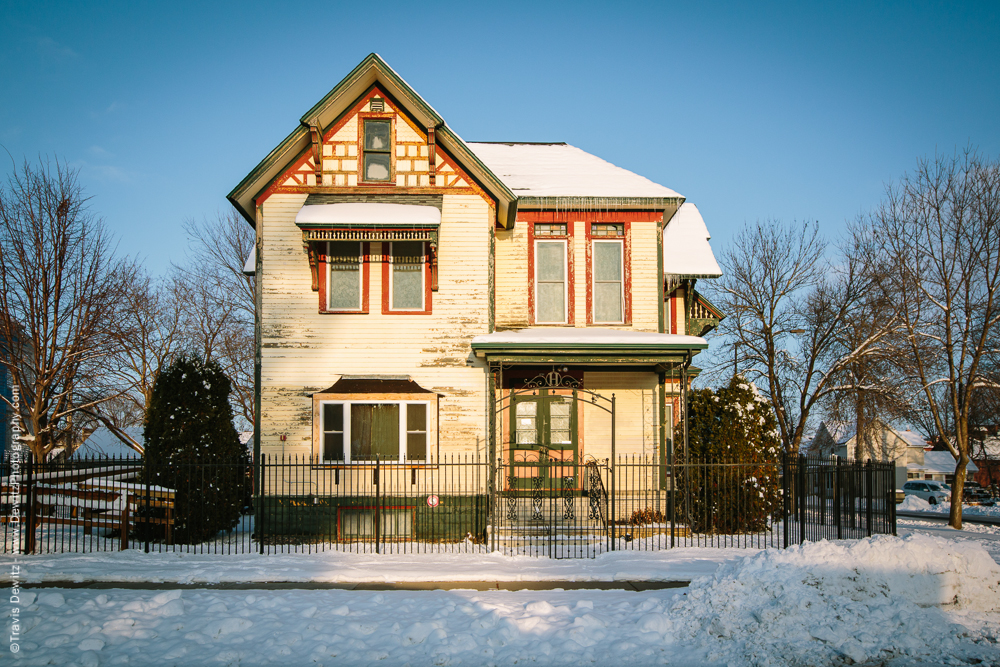
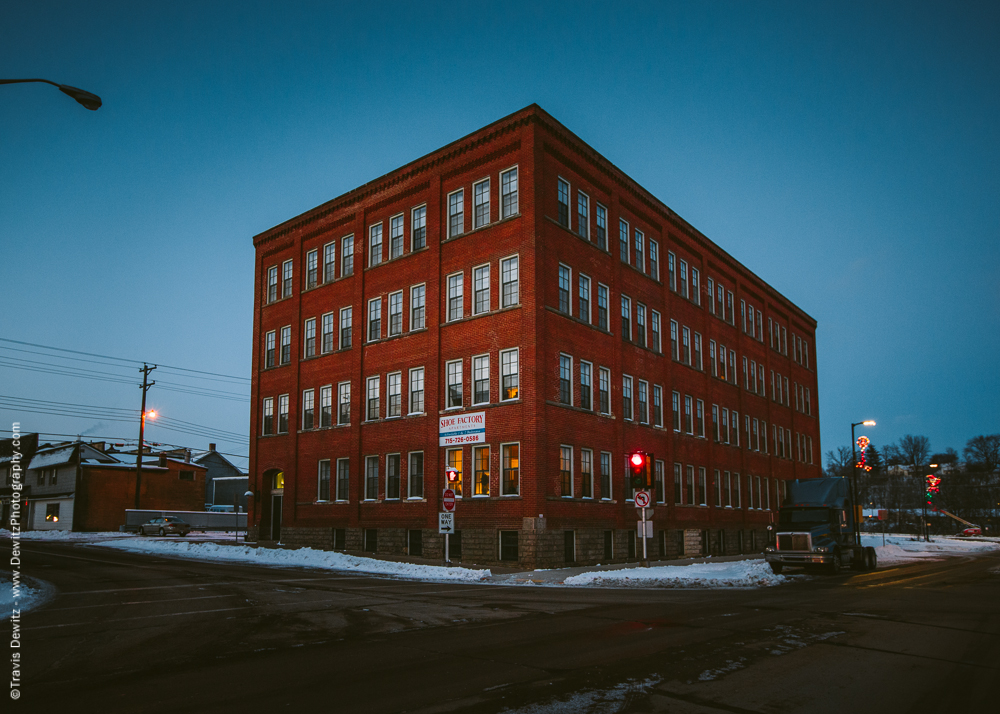
Shoe Factory Apartments
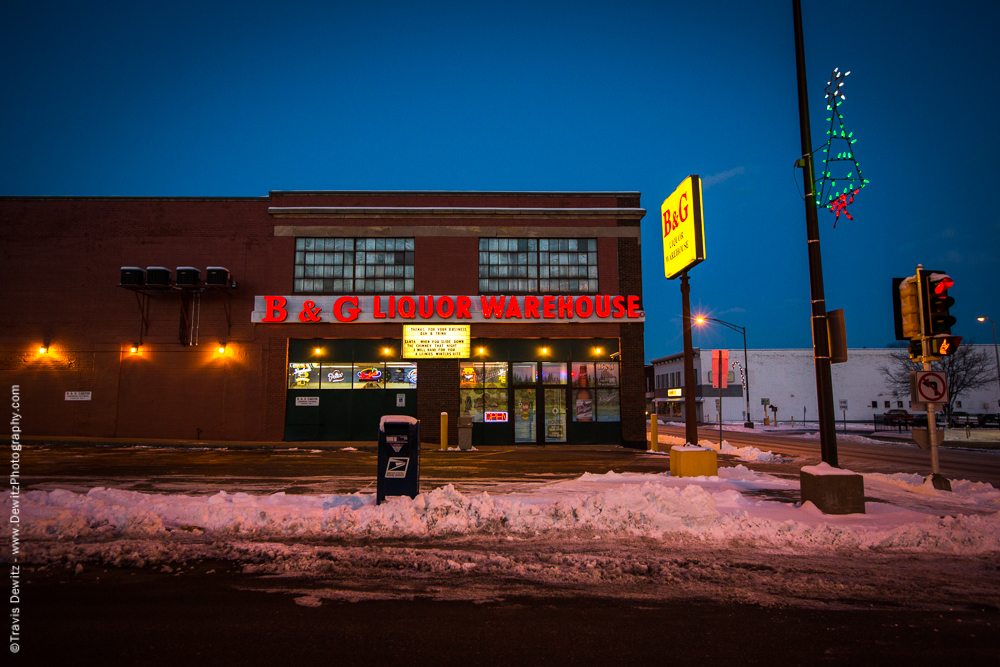
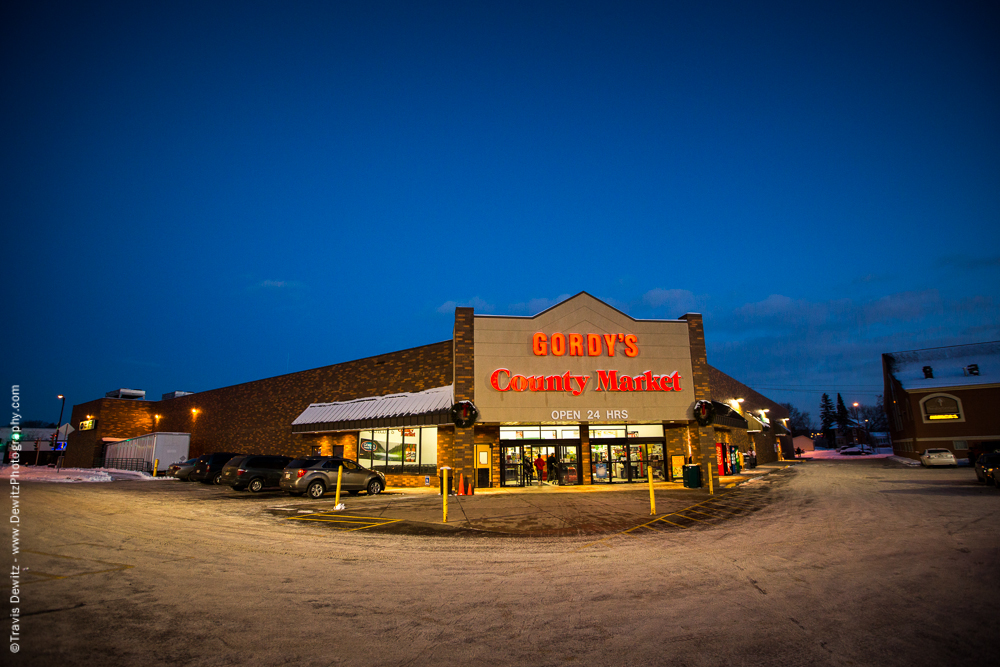
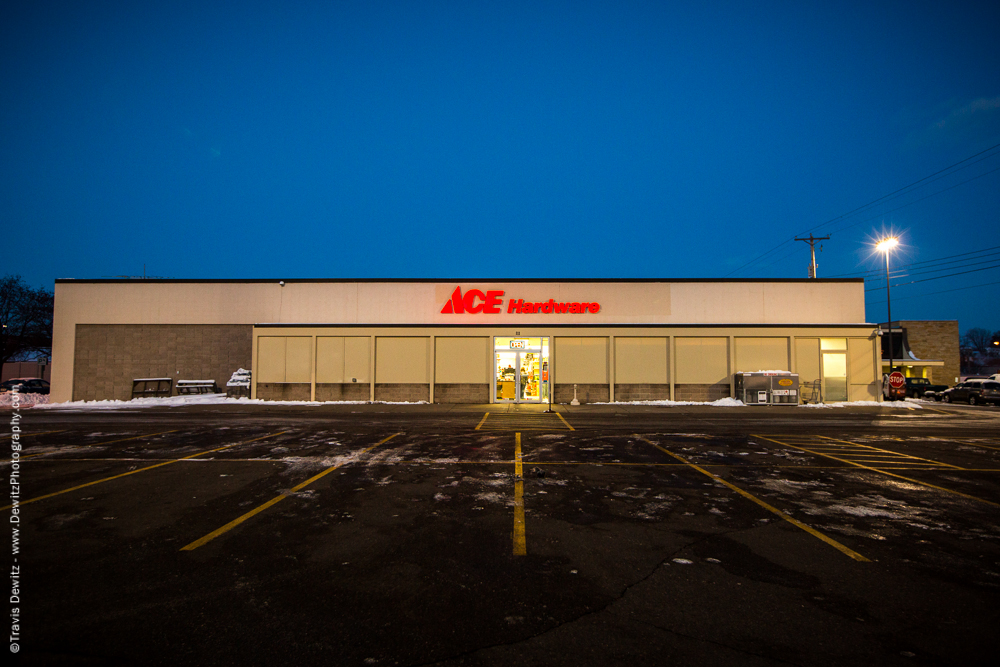
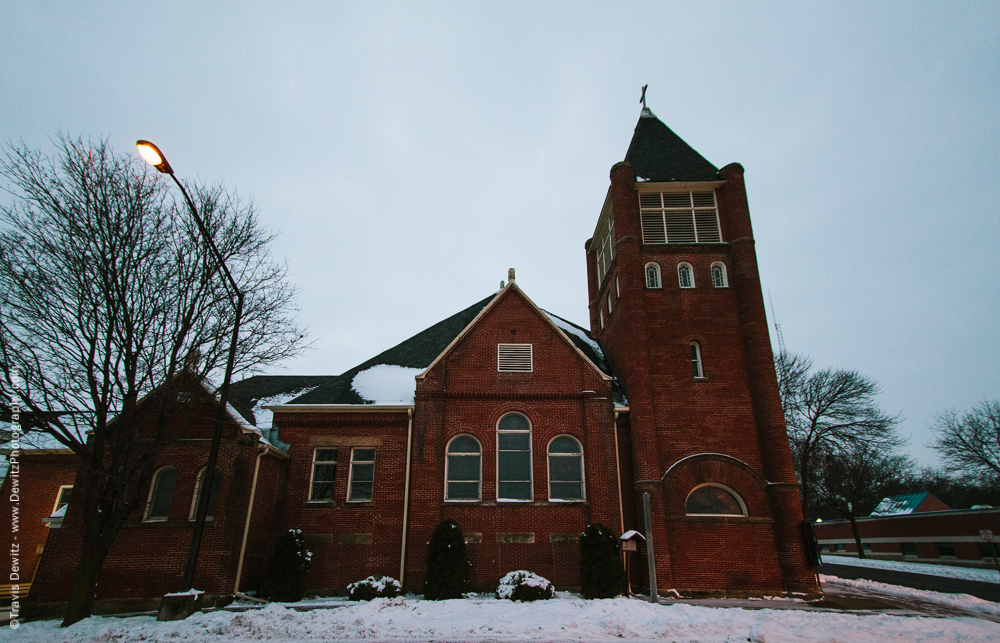
Trinity United Methodist Church
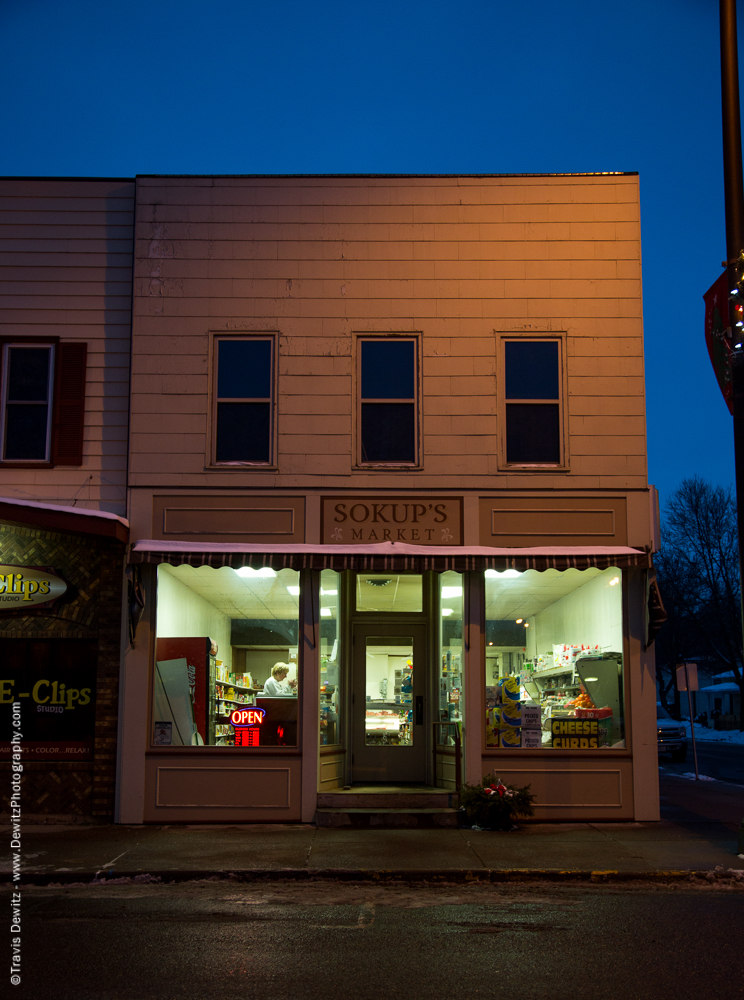
Joseph Sokup opened Sokup’s Market in Downtown Chippewa Falls around 1891 on the northwest corner of Bay and Willow Streets. He built the current grocery store at 624 N. Bridge Street in 1894. The market is one of the oldest family owned businesses in the city.
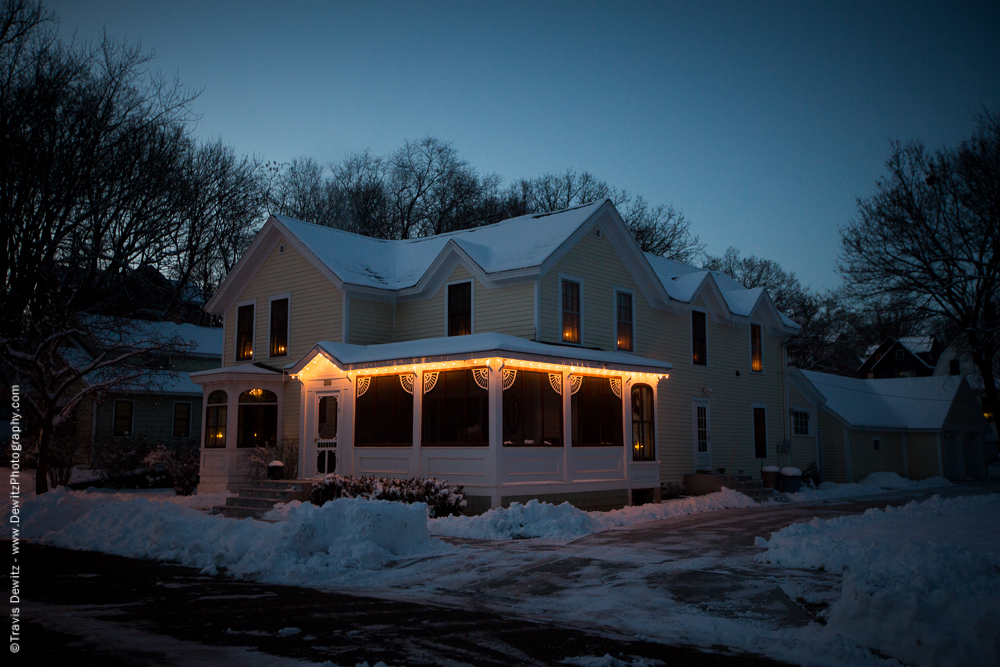
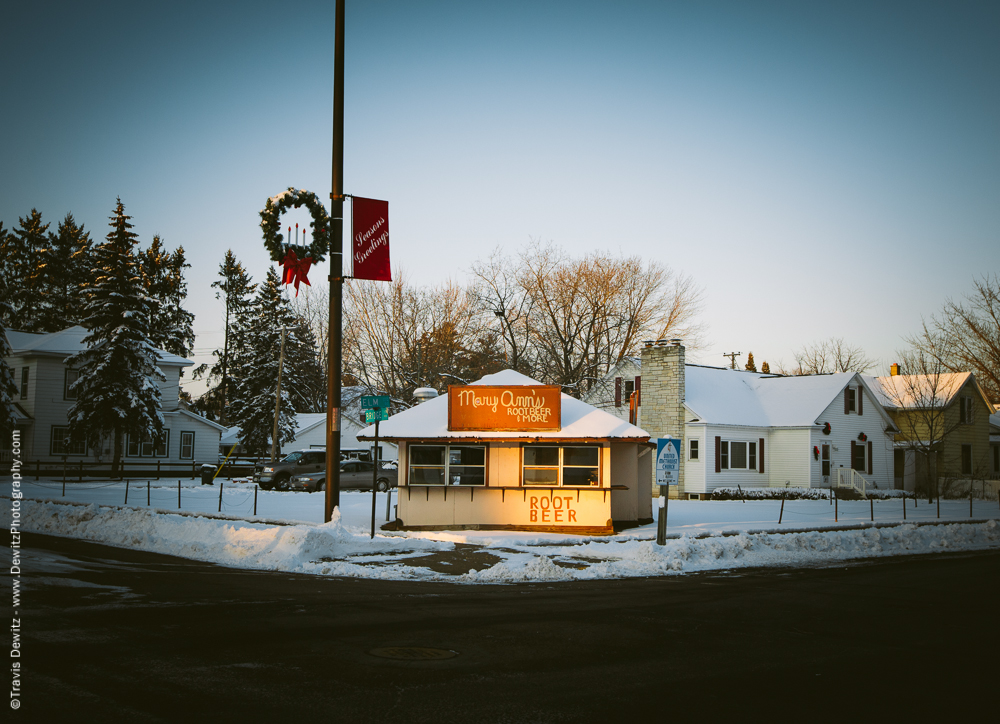
This building once housed the first A&W Root Beer franchise in Chippewa Falls and was located at River and Bridge. The stand was moved to this location in the early 50’s.
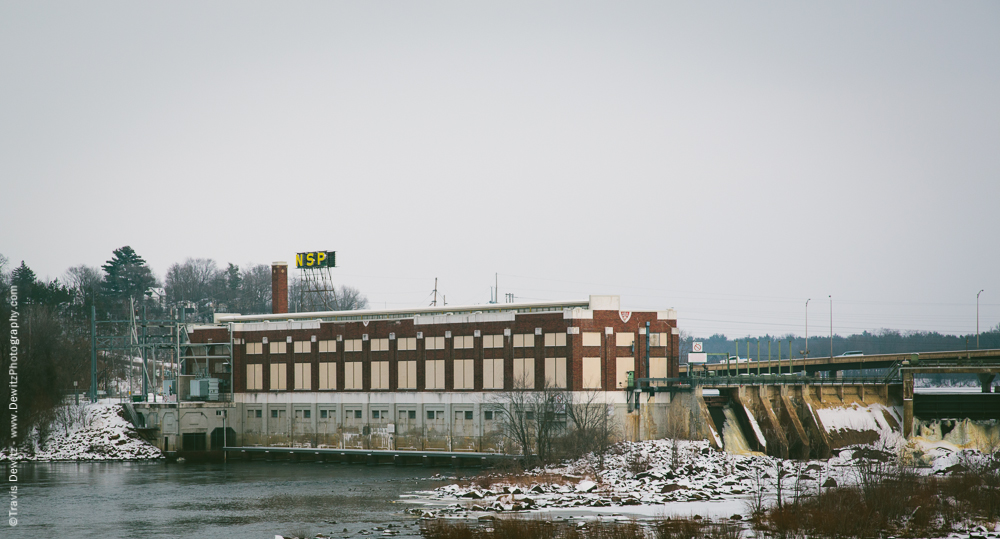
NSP Hydro Dam
The NSP hydro dam was constructed in 1928 on the same location that the worlds largest sawmill sat. The natural falls are just a little upriver from the dam, which are now under water.
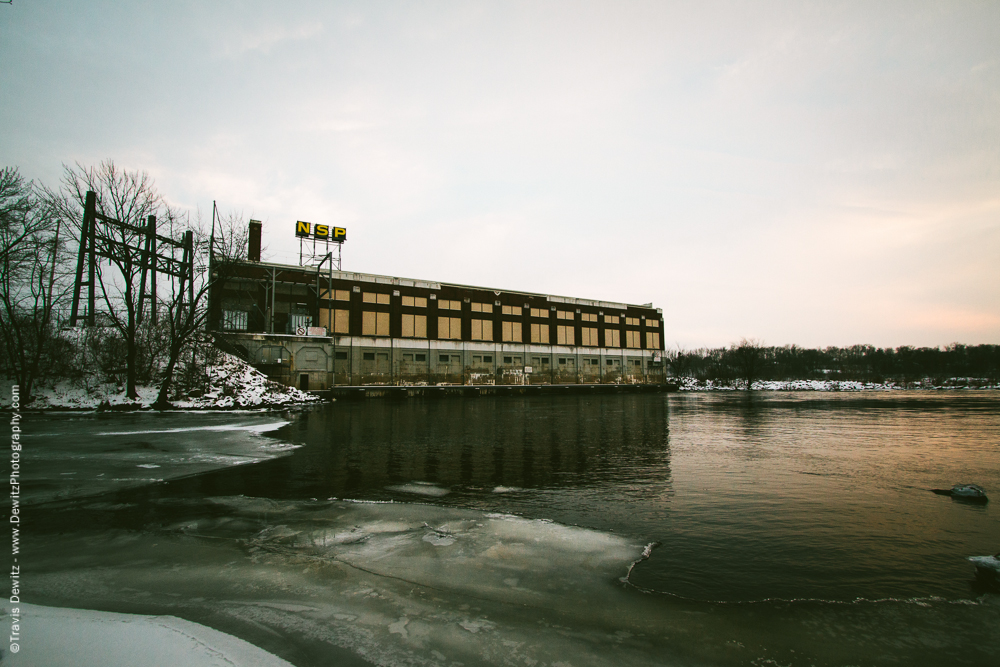
Lower Mill Pond Area
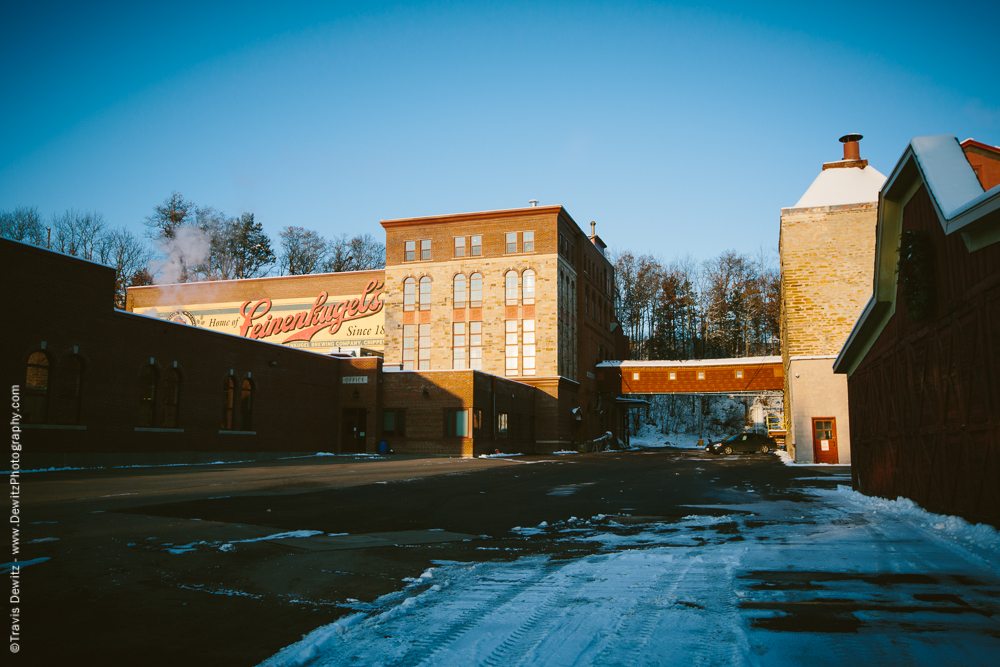
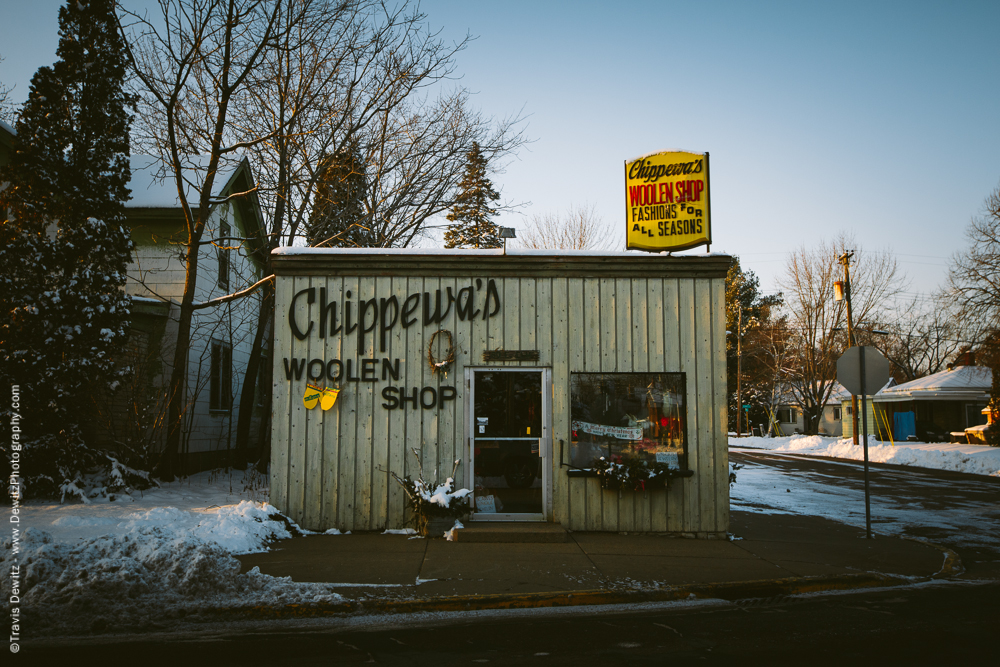
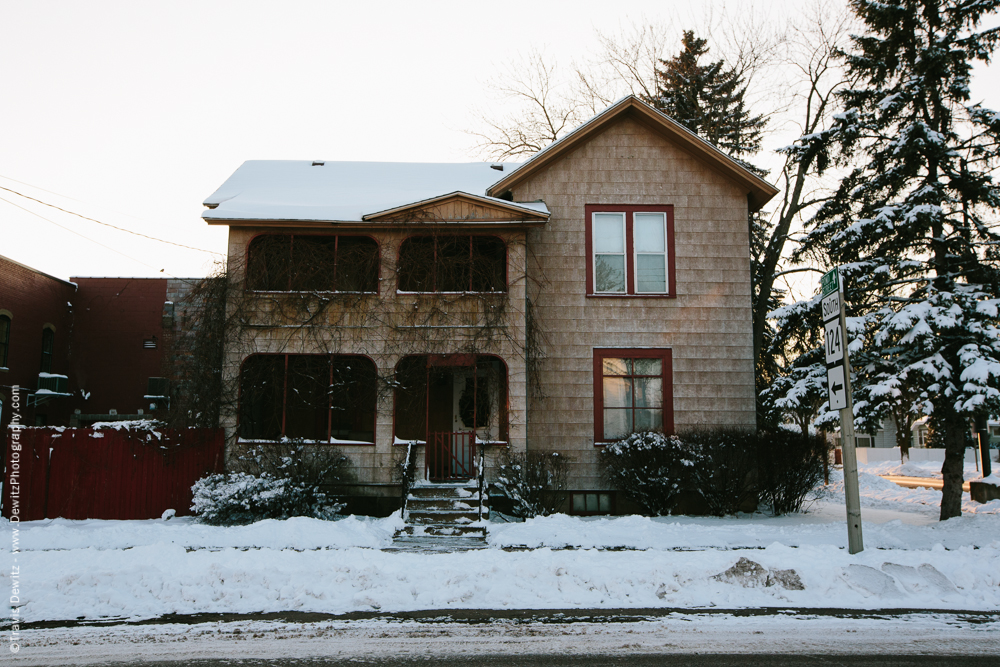
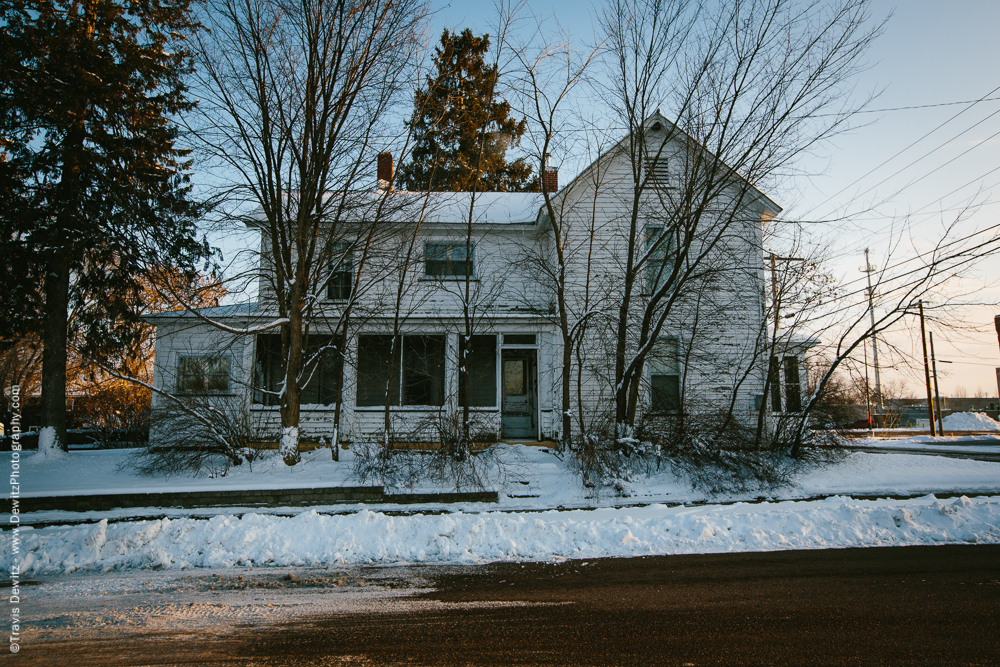
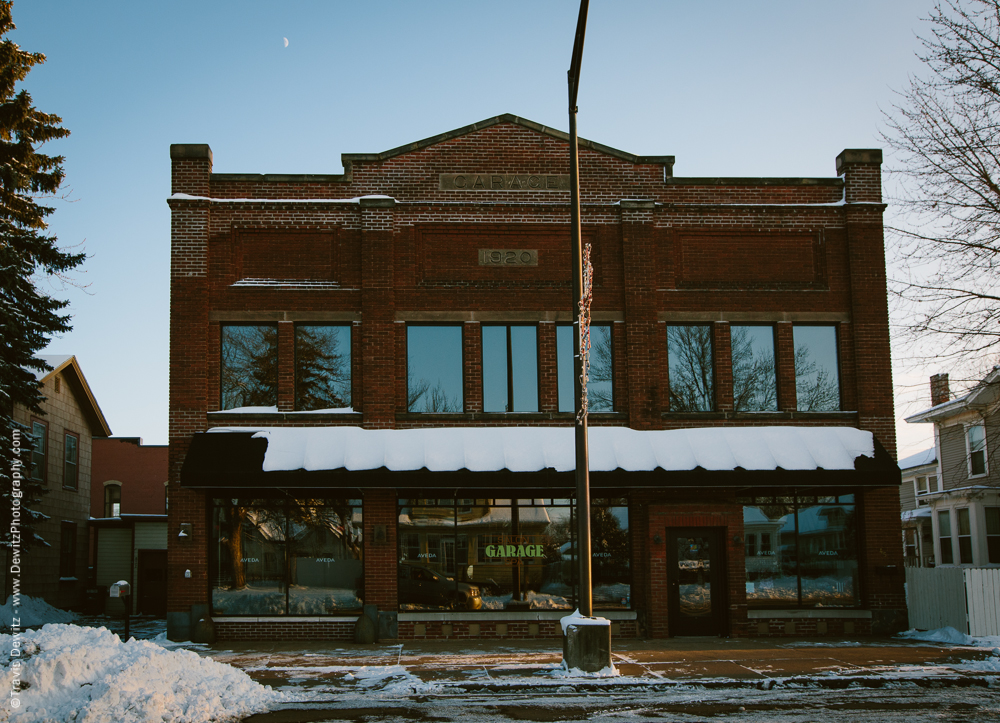
The building was originally an automobile dealer and then was also used by the Chippewa Falls Armory and had also served the Chippewa Falls School District as a bus garage. Now it is the Garage Salon.
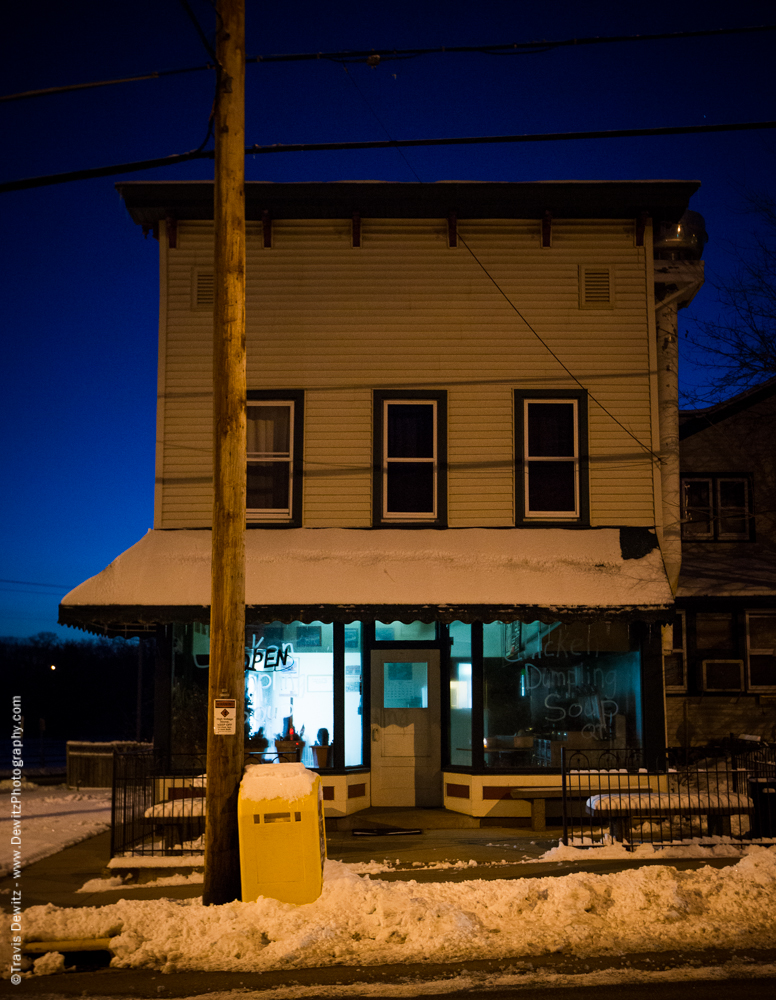
Bresina Carry Out
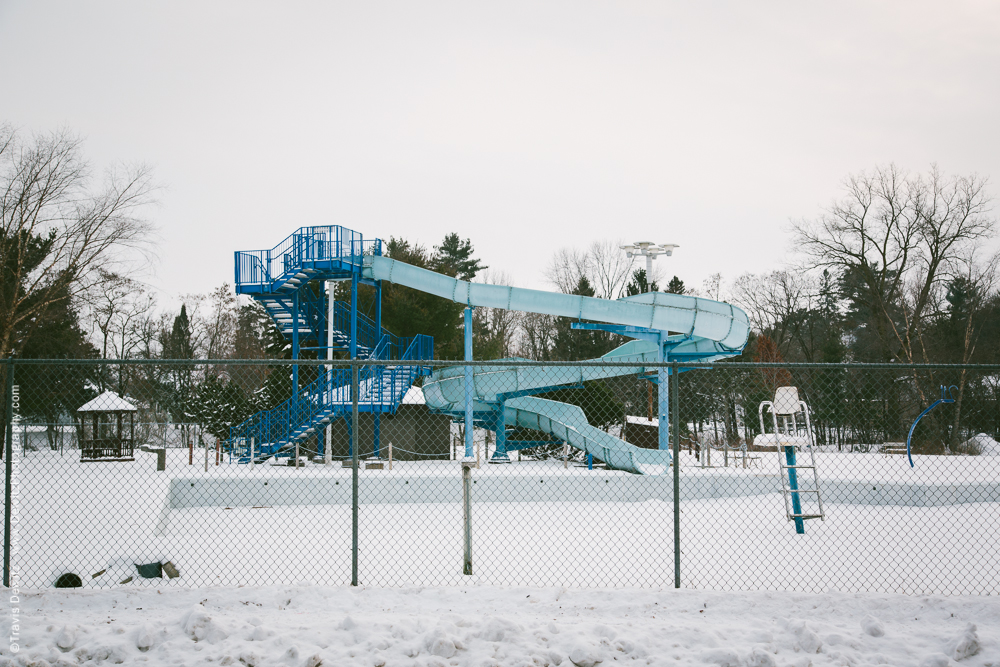
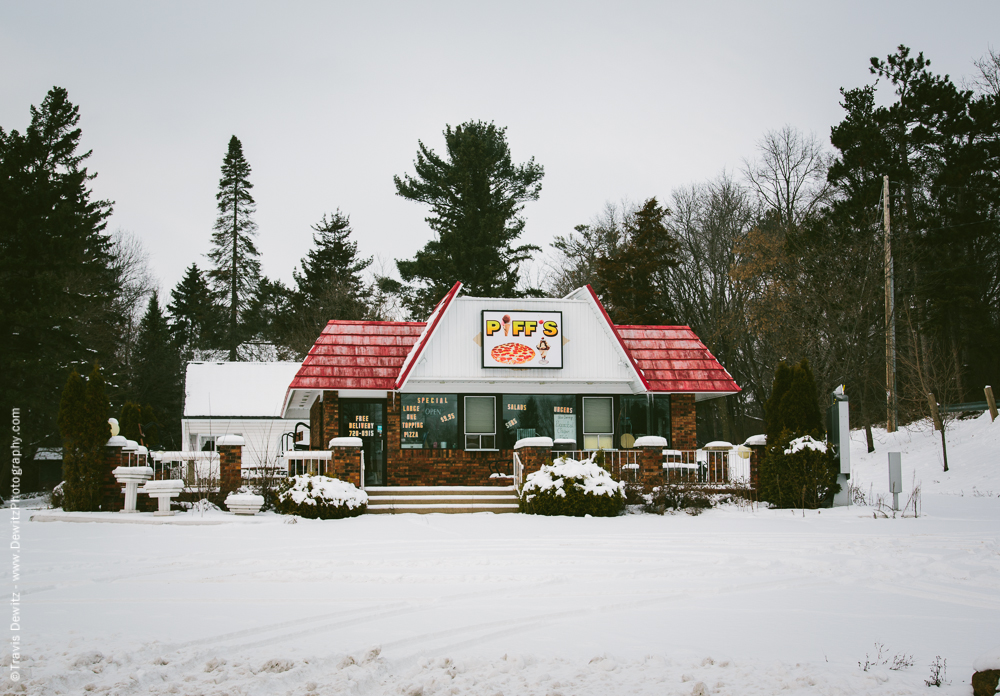
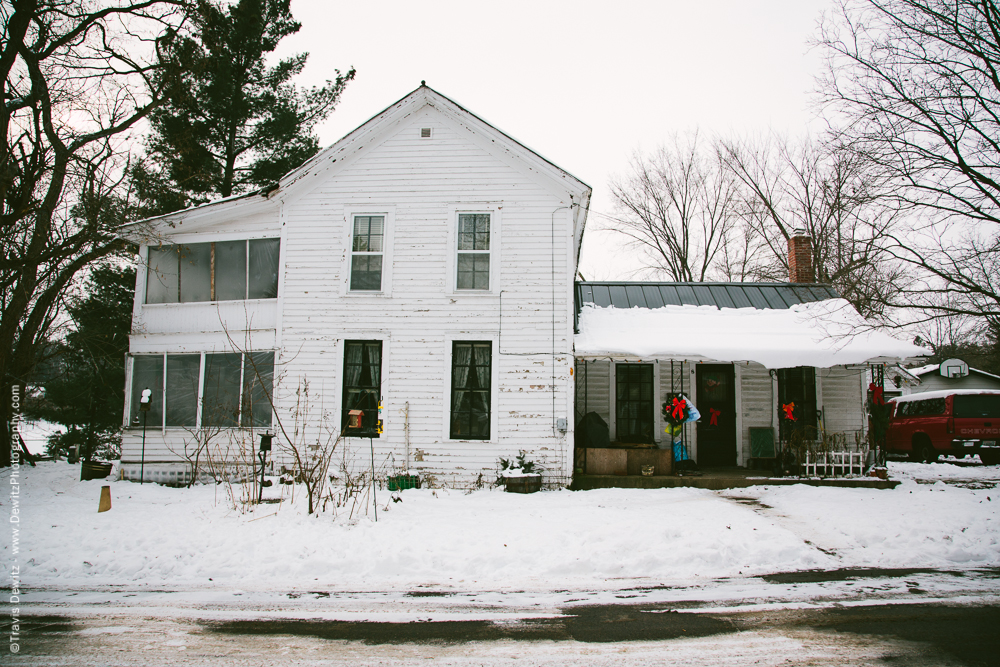
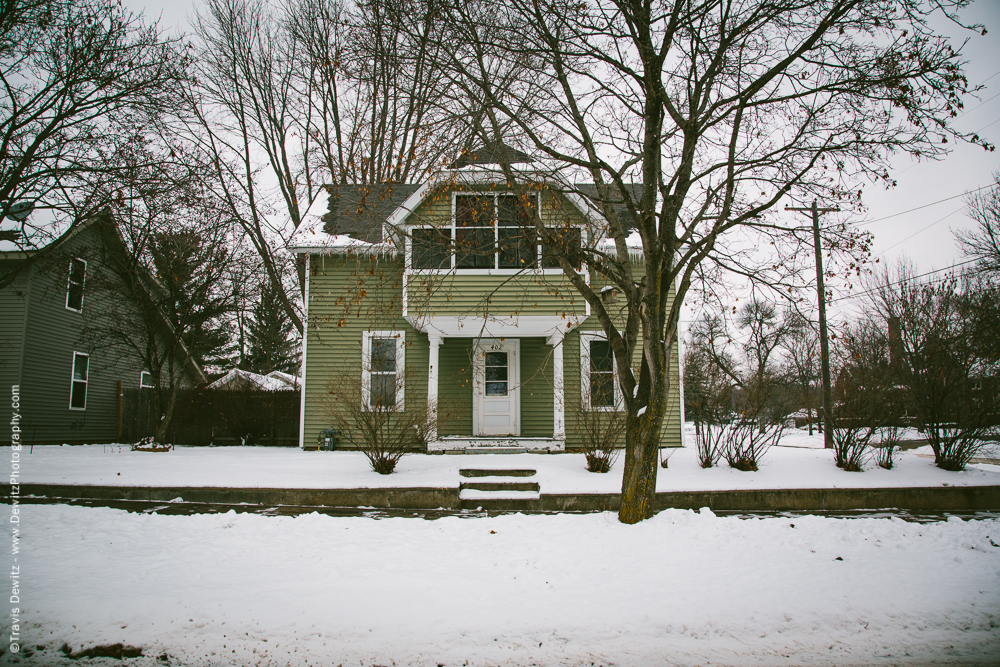
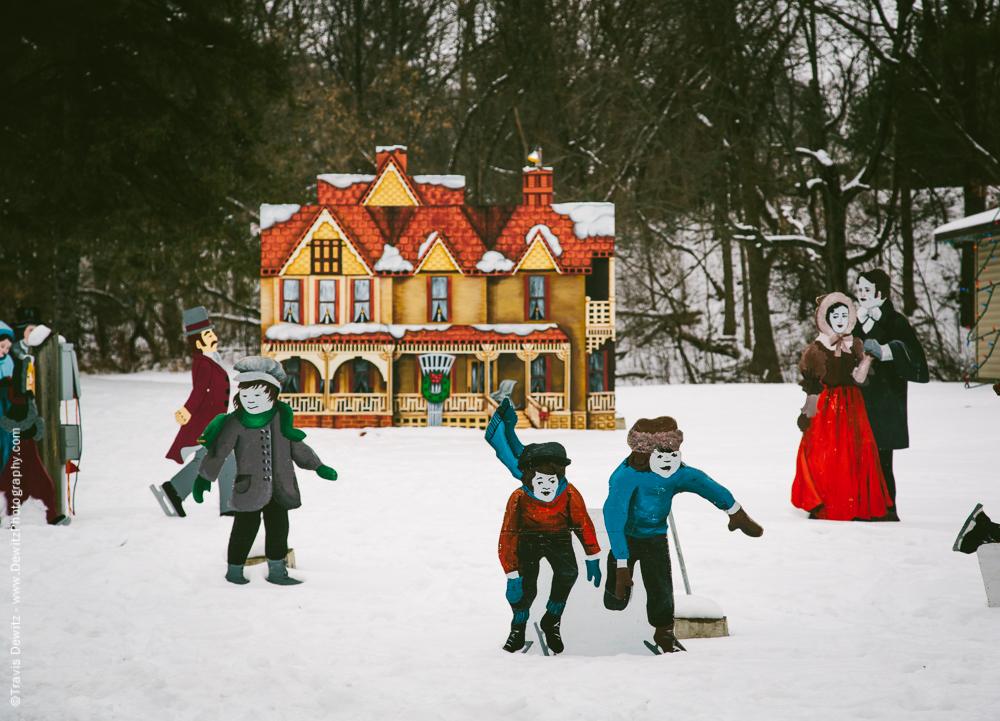
Irvine Park Christmas Light Display
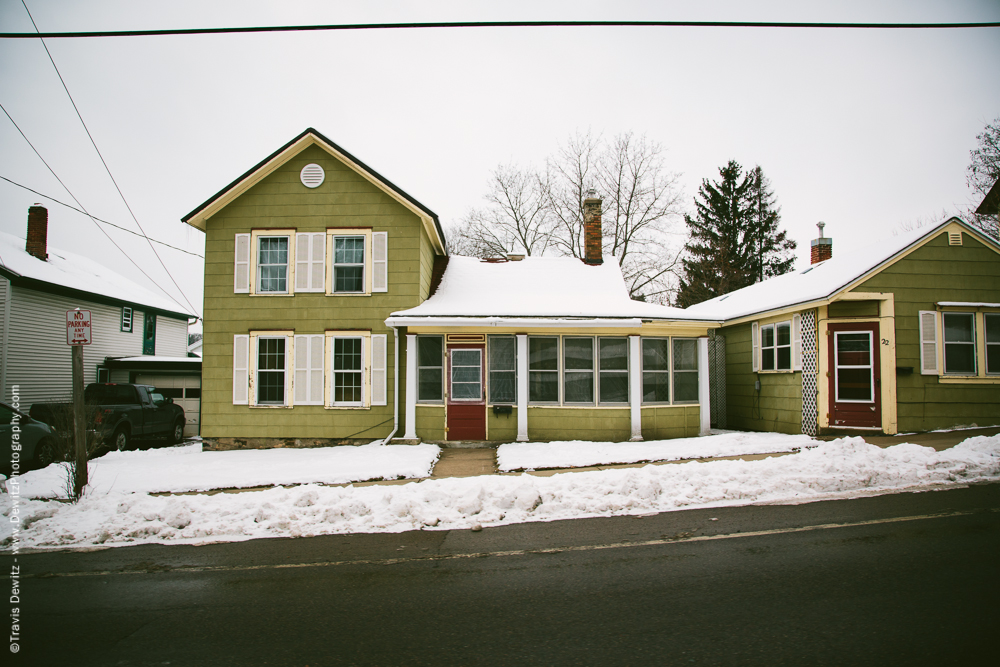
West Hill
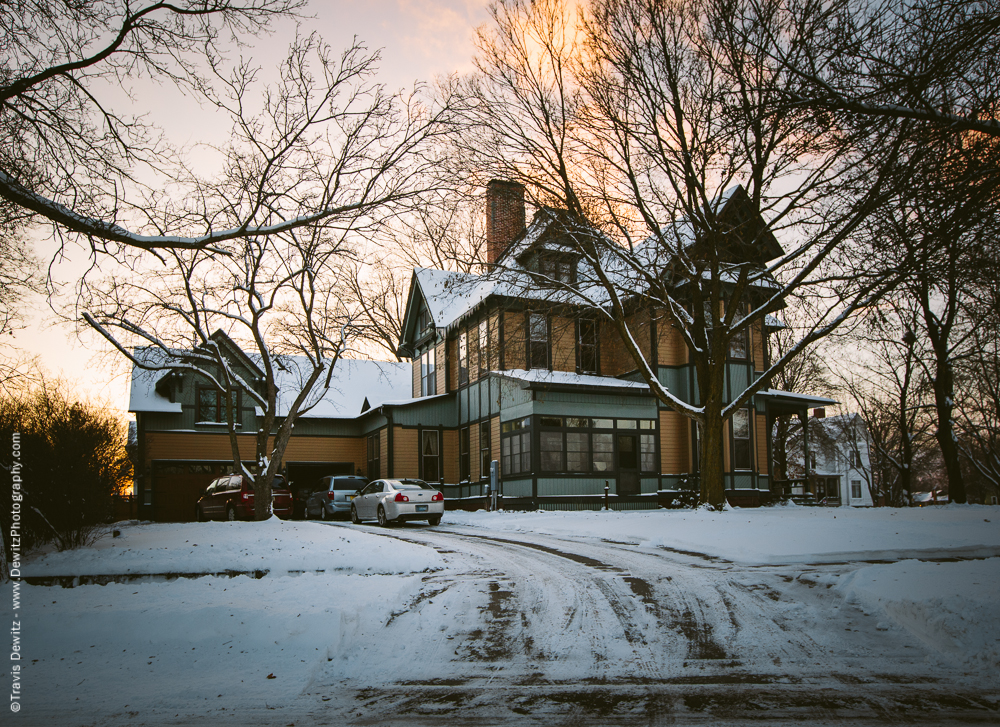
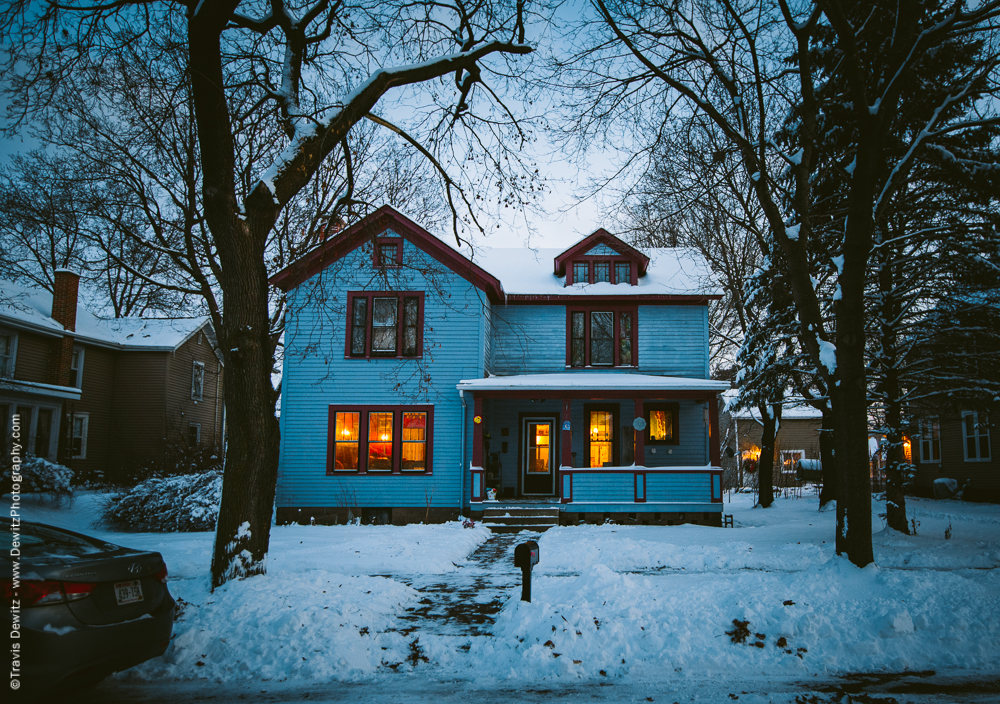
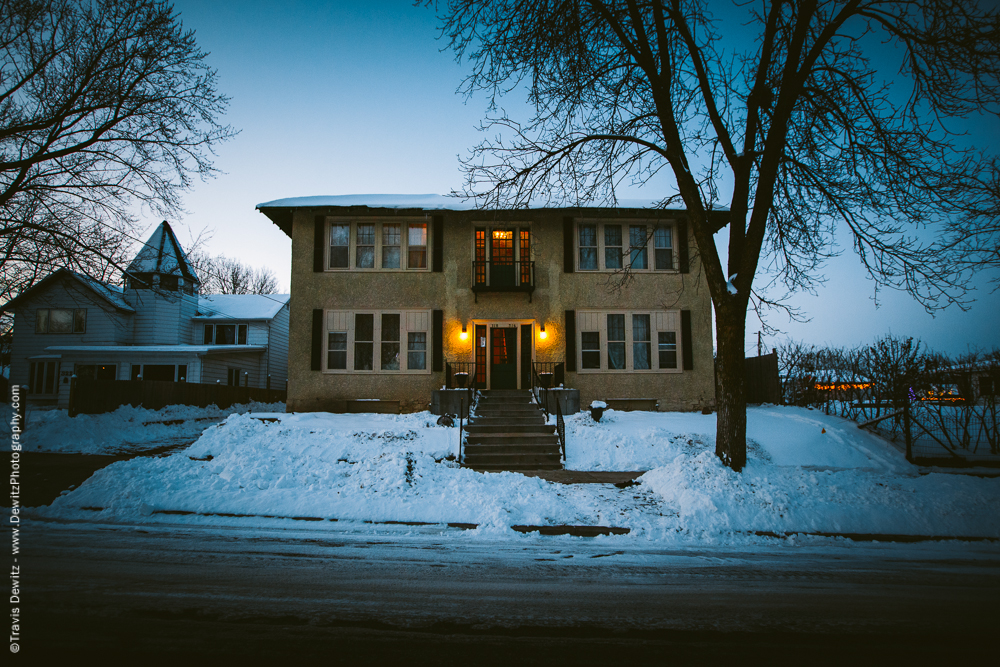
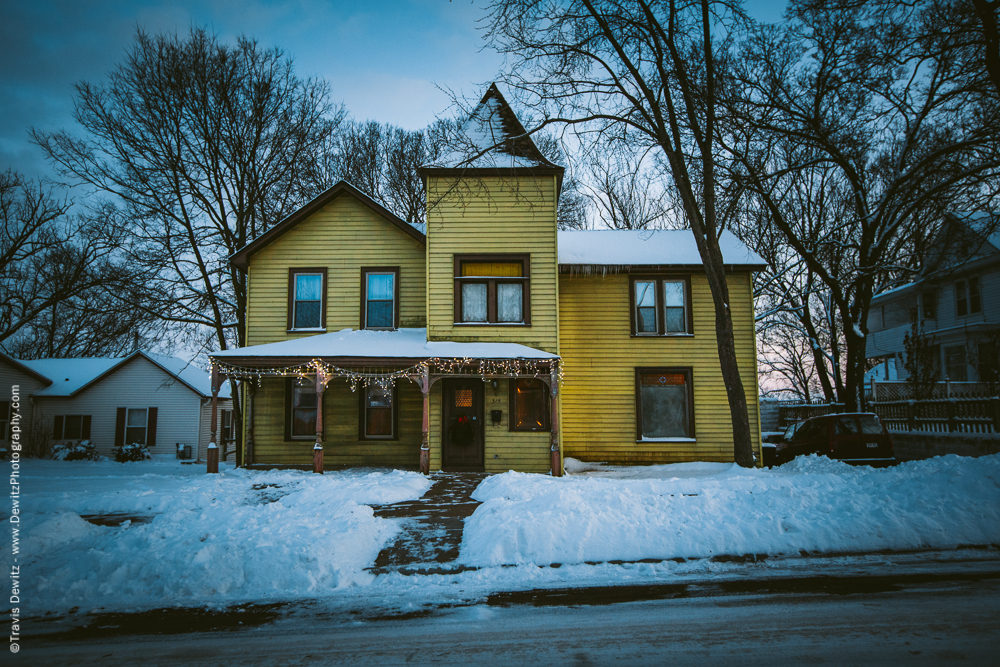
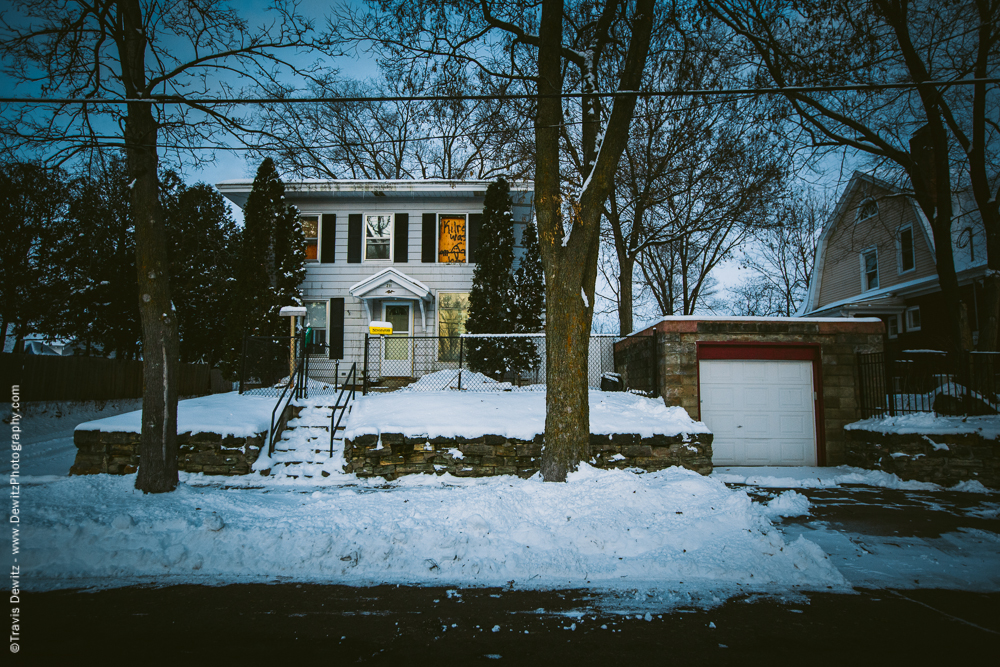
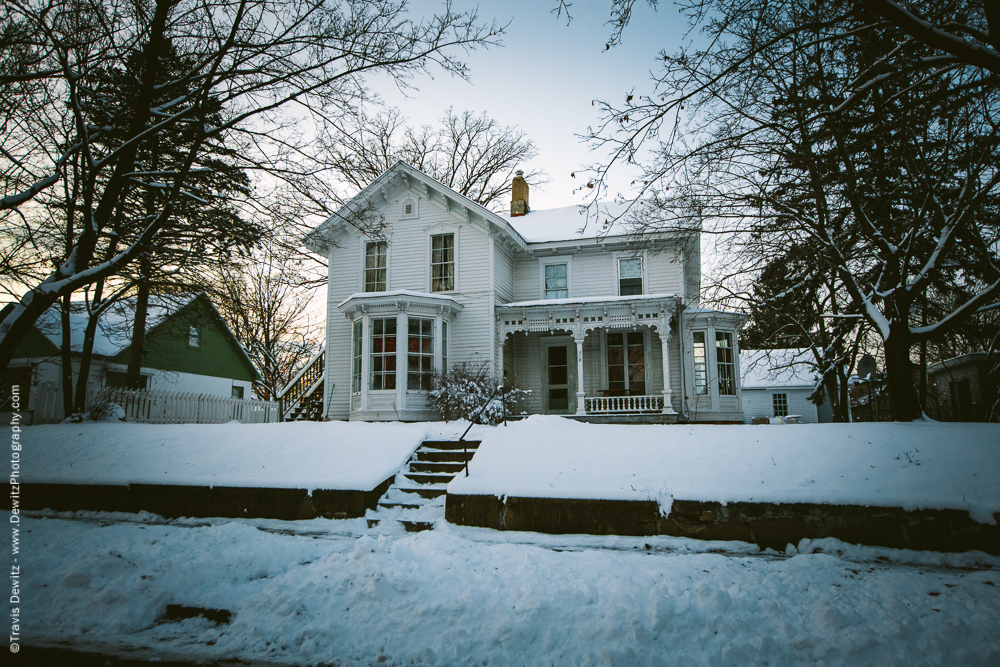
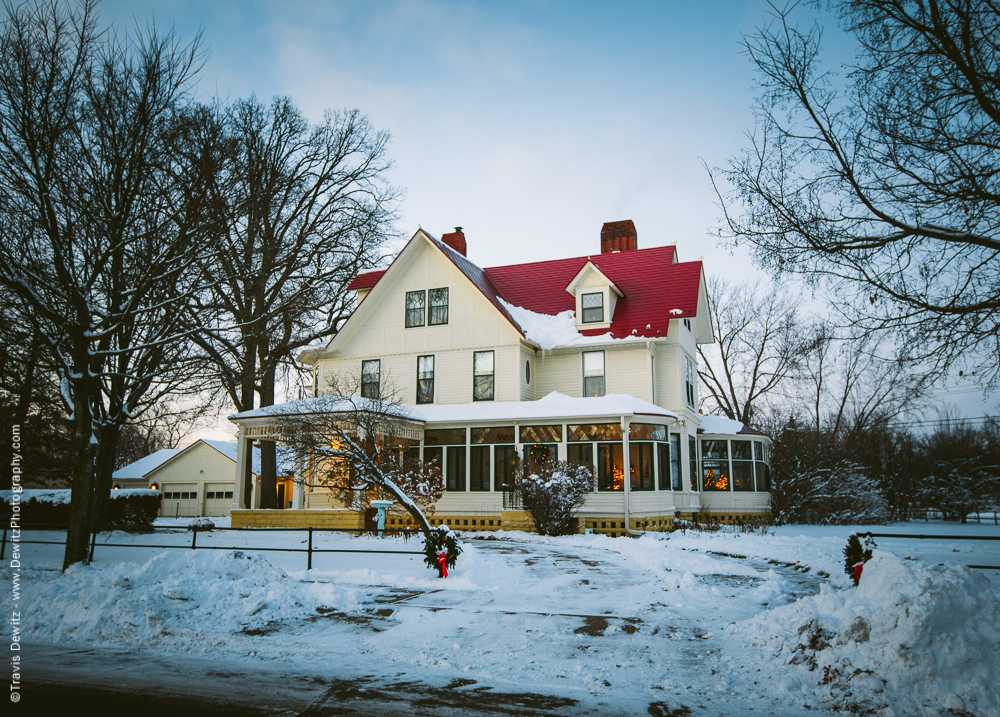
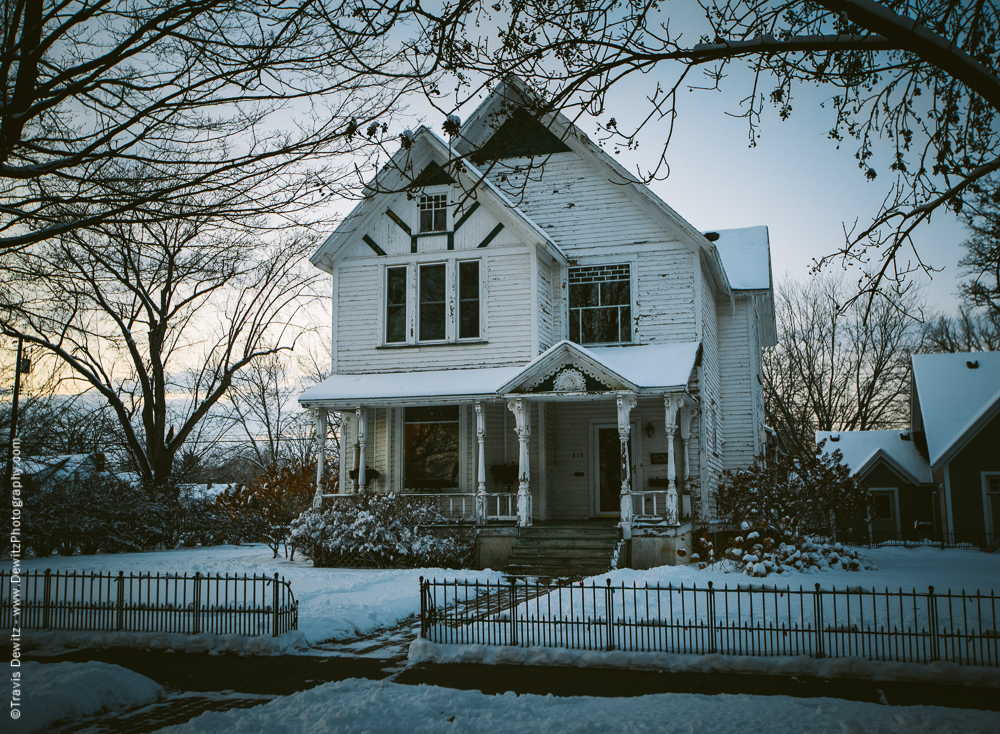
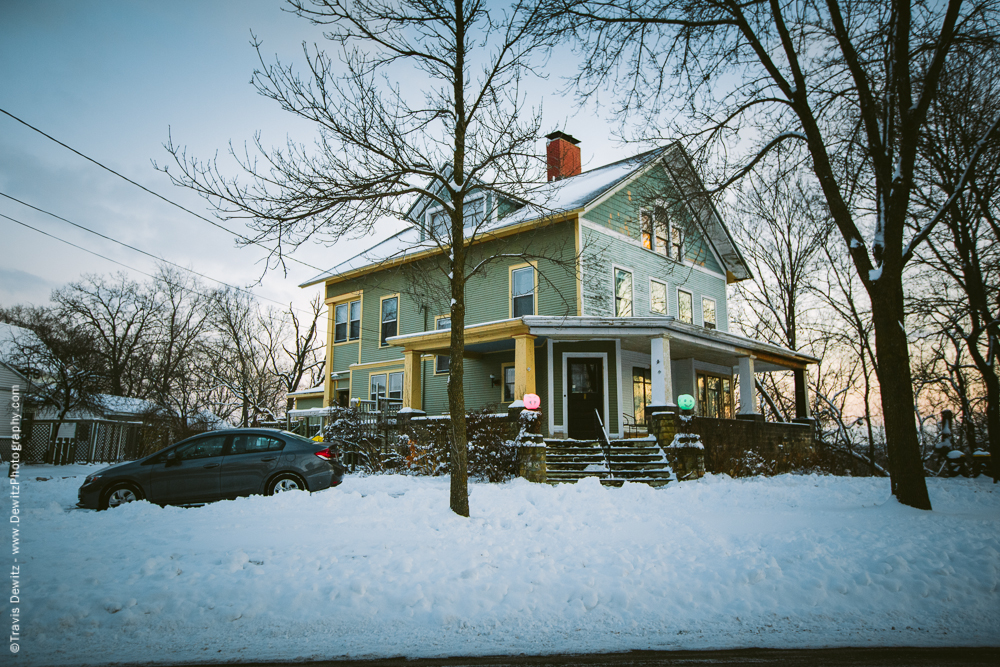
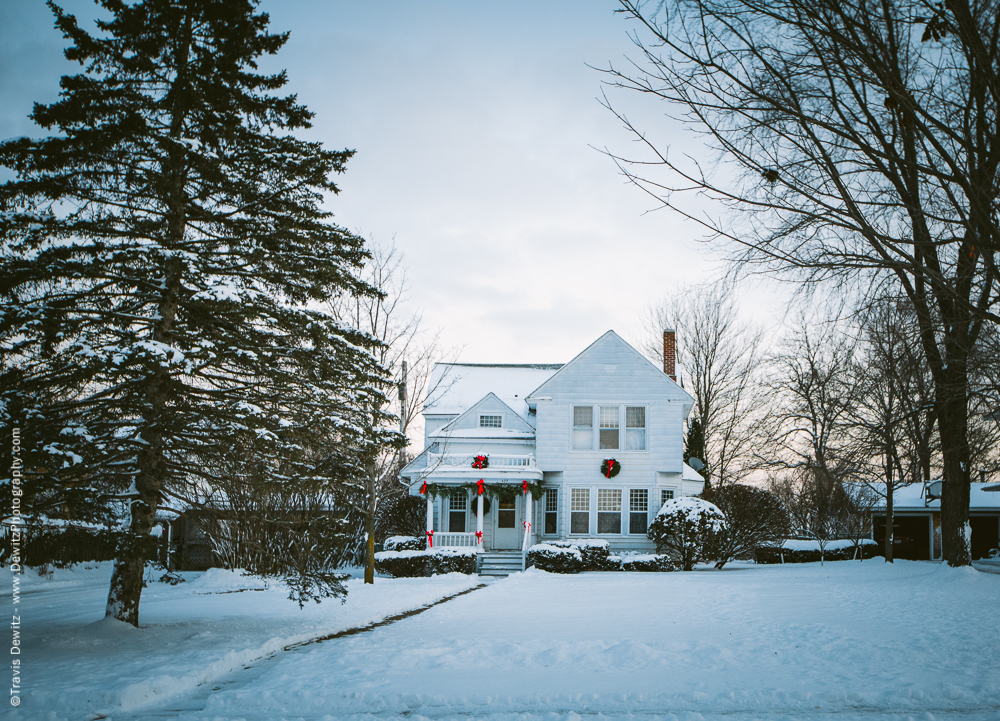
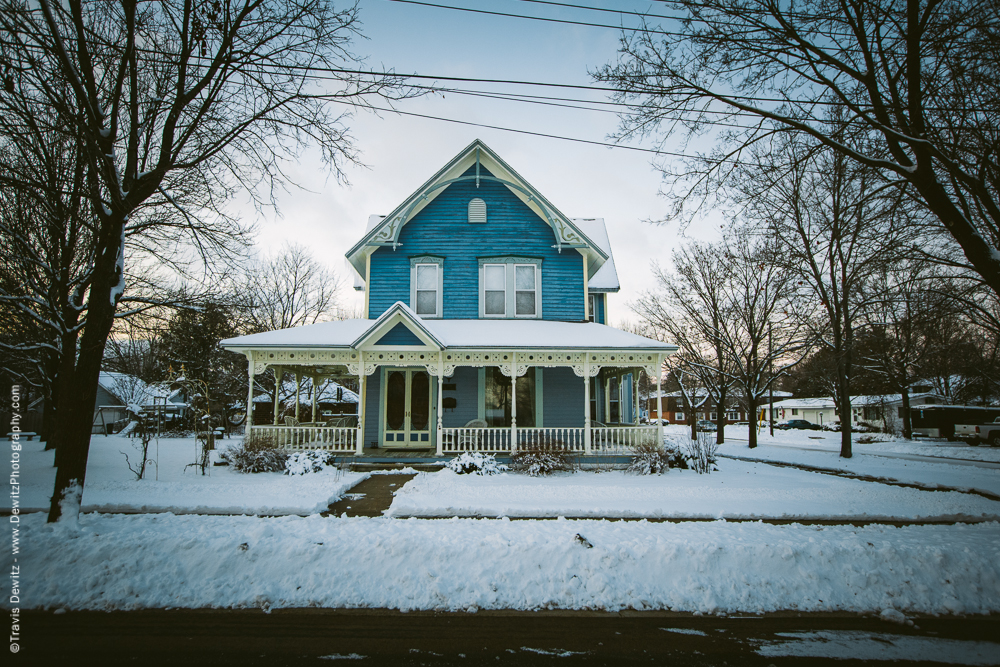
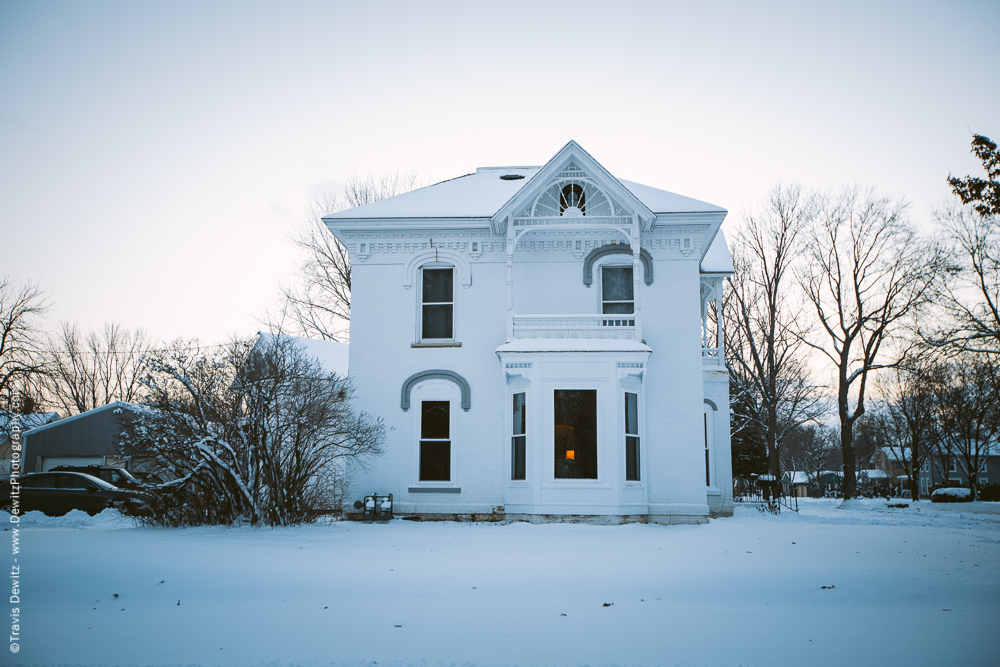
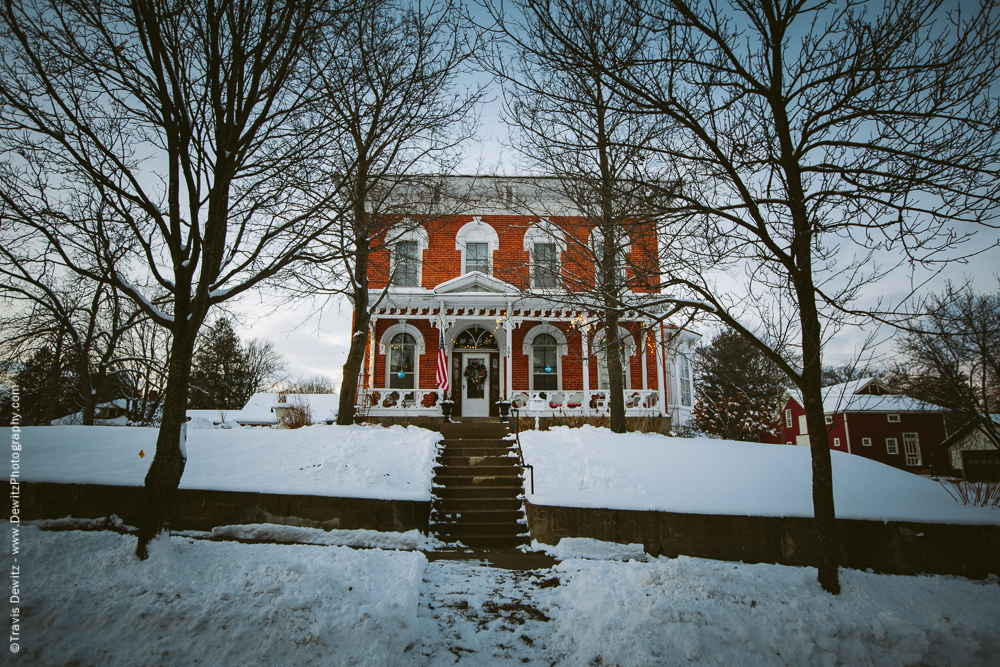
The LeDuc House
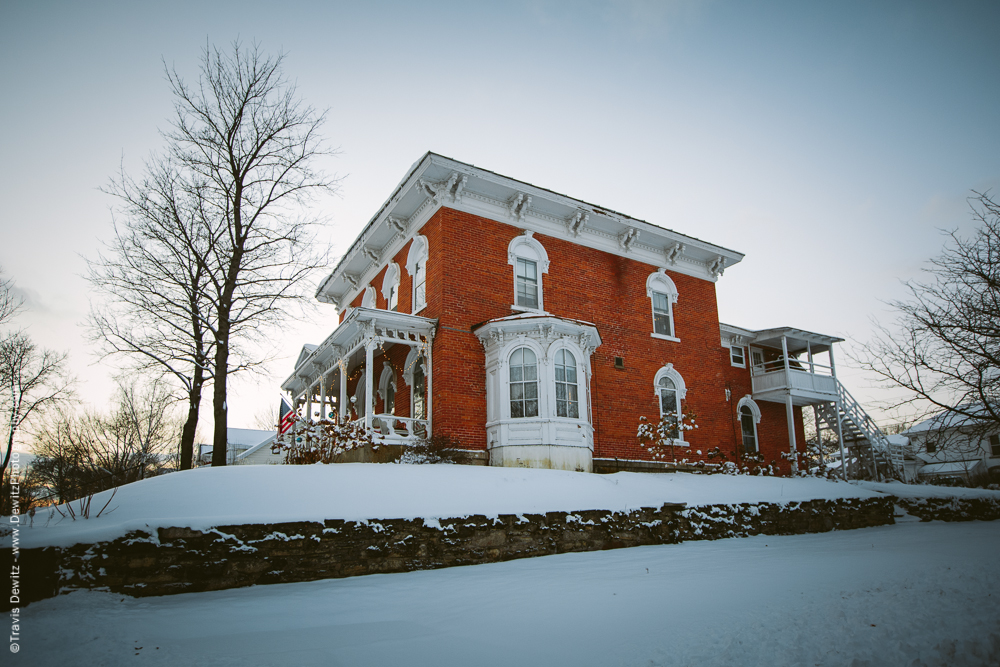
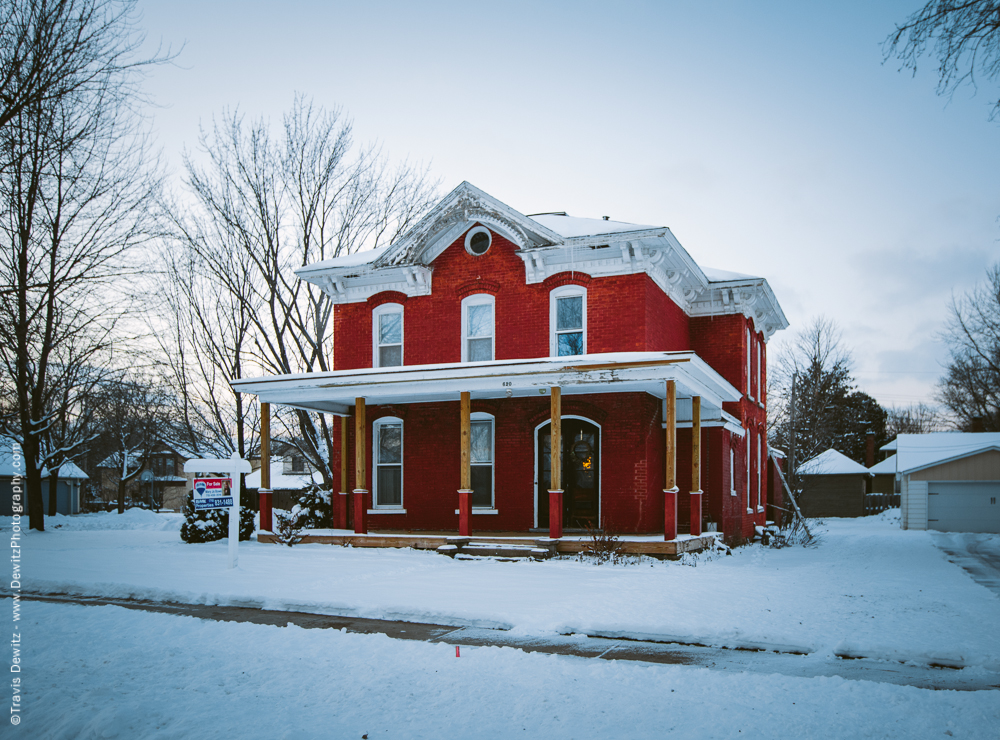
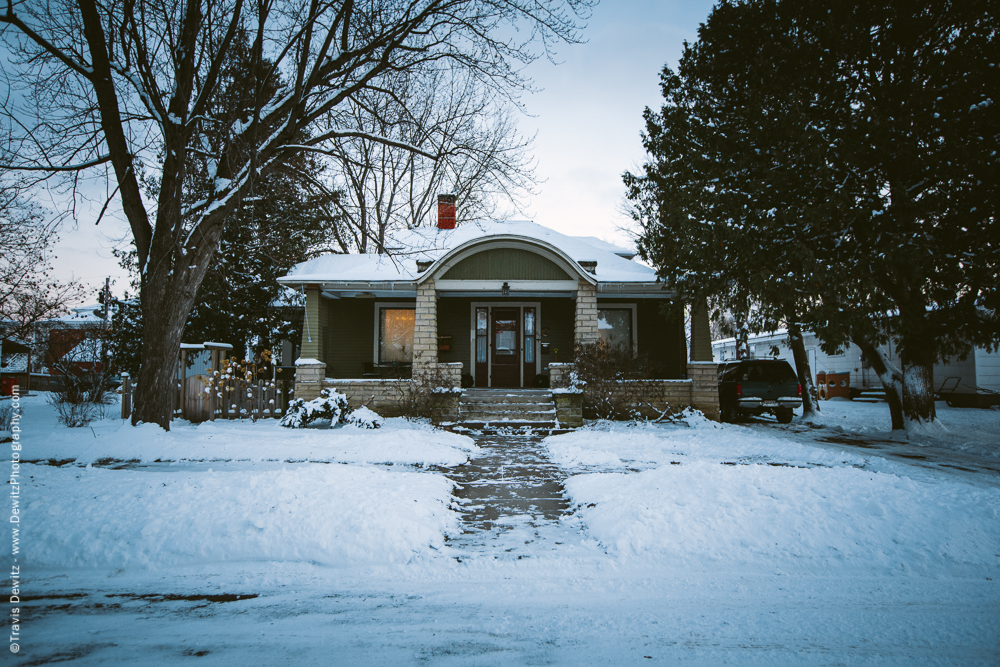
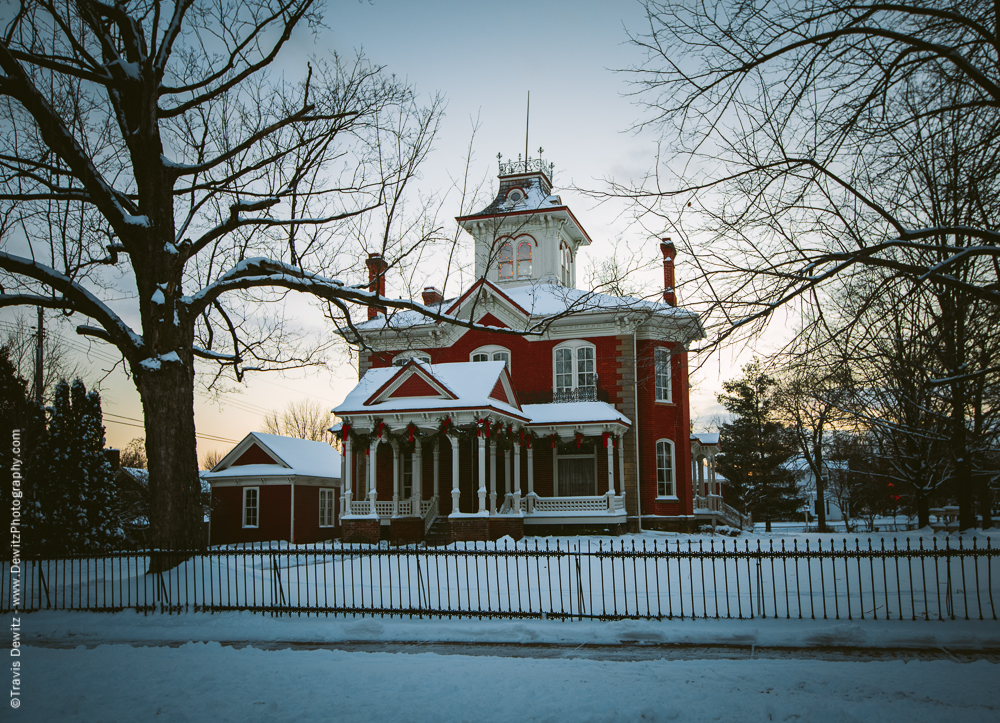
Cook-Rutledge Mansion
This elegant house of 1873 that is strong in both stature and character was once built by Wisconsin Lt. Governor James Bingham, and then was renovated by lumber baron Edward Rutledge when he purchased it in 1887. This mansion was known as one of the most captivating and beautiful homes throughout Northern Wisconsin. Judge Dayton Cook bought the home upon the death of Rutledge and his daughter Mable sold it to the Chippewa Valley Historical Society.A trust was formed under the name Cook-Rutledge Mansion Trust, which in 2006 gave way to the non-profit organization, Cook-Rutledge Mansion Inc.
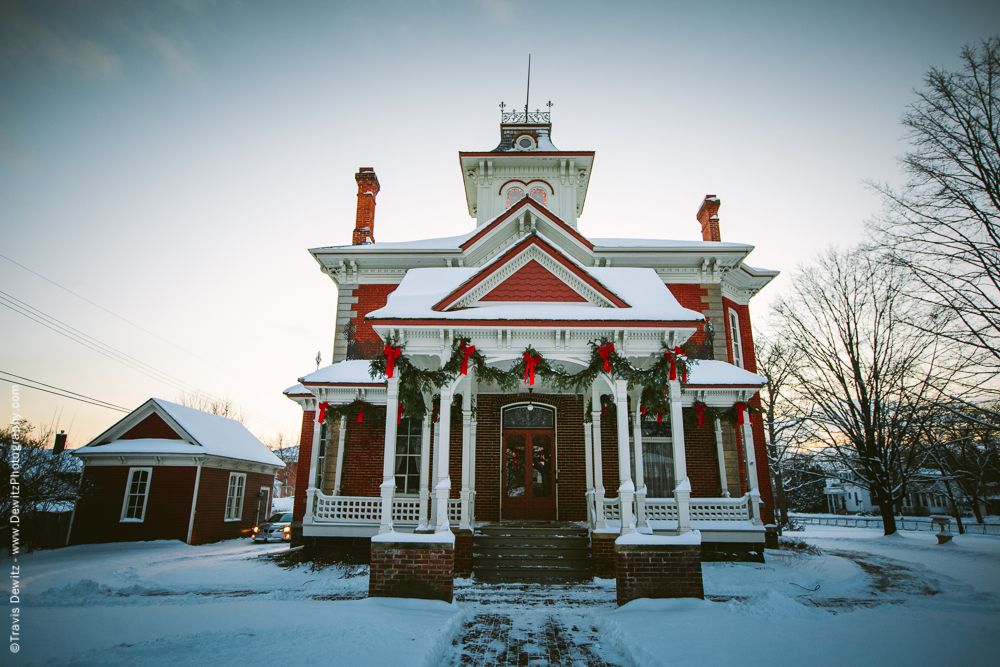
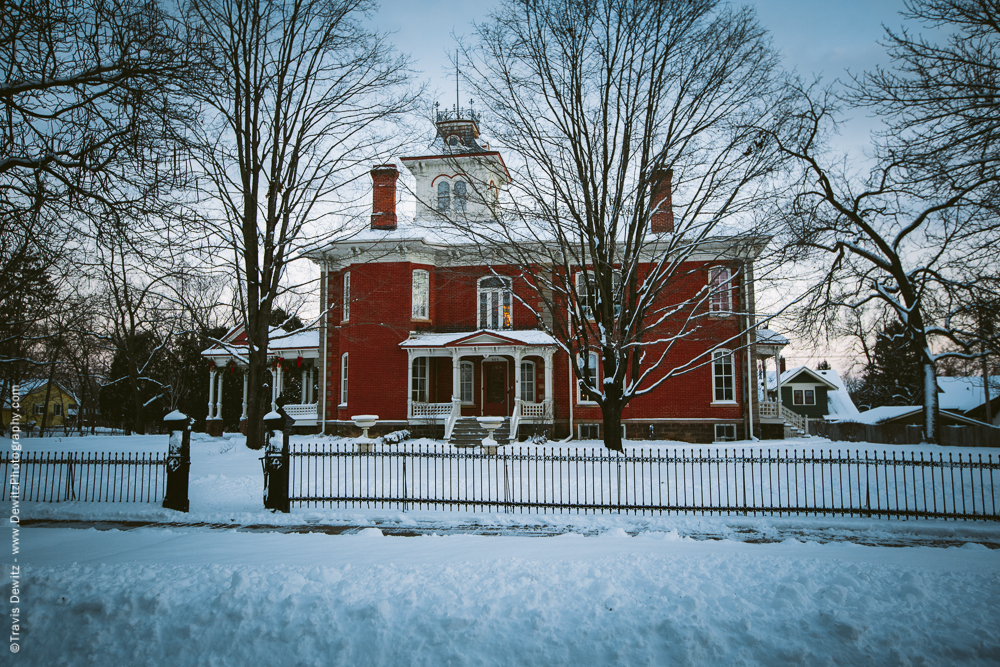
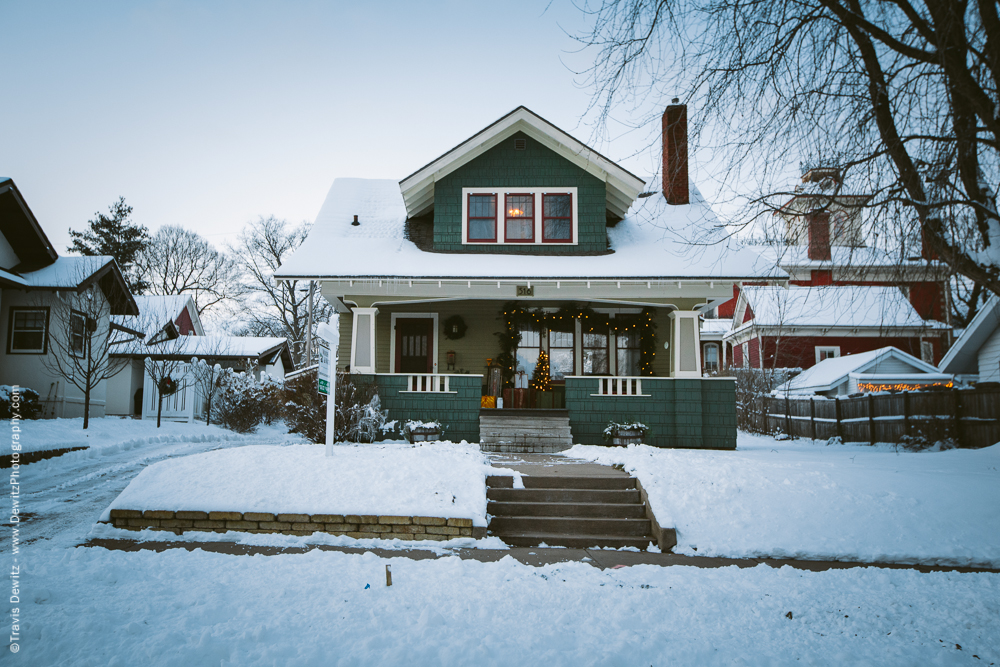
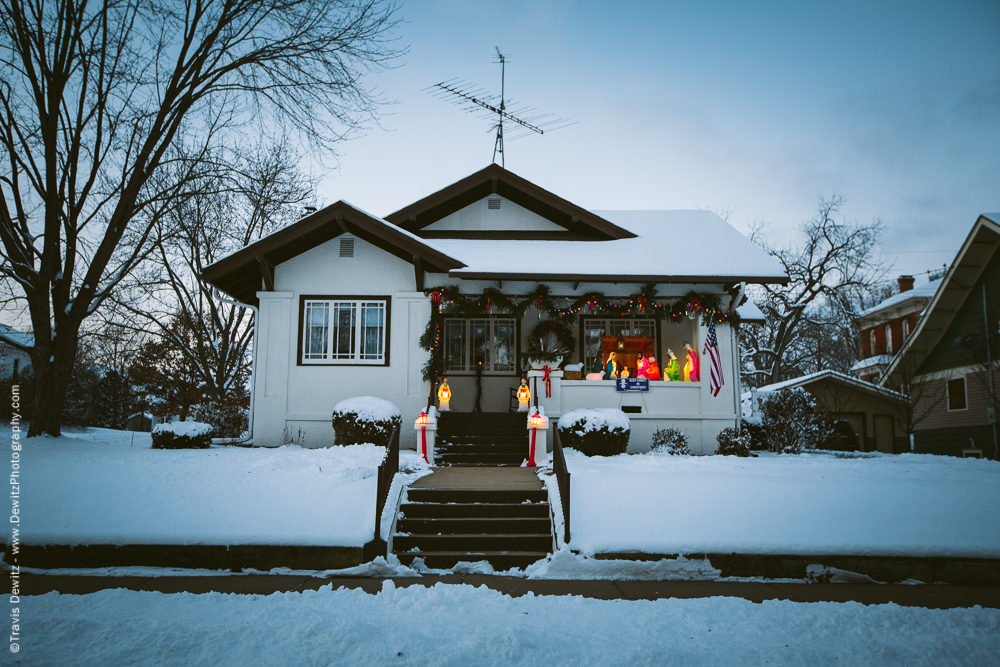
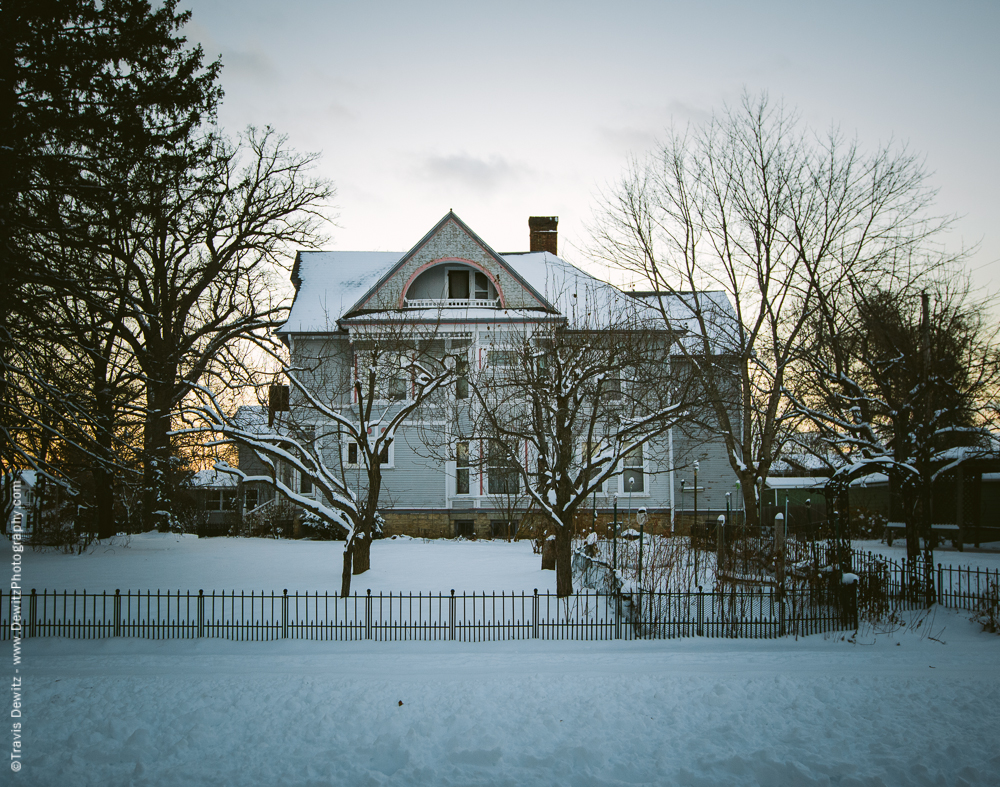
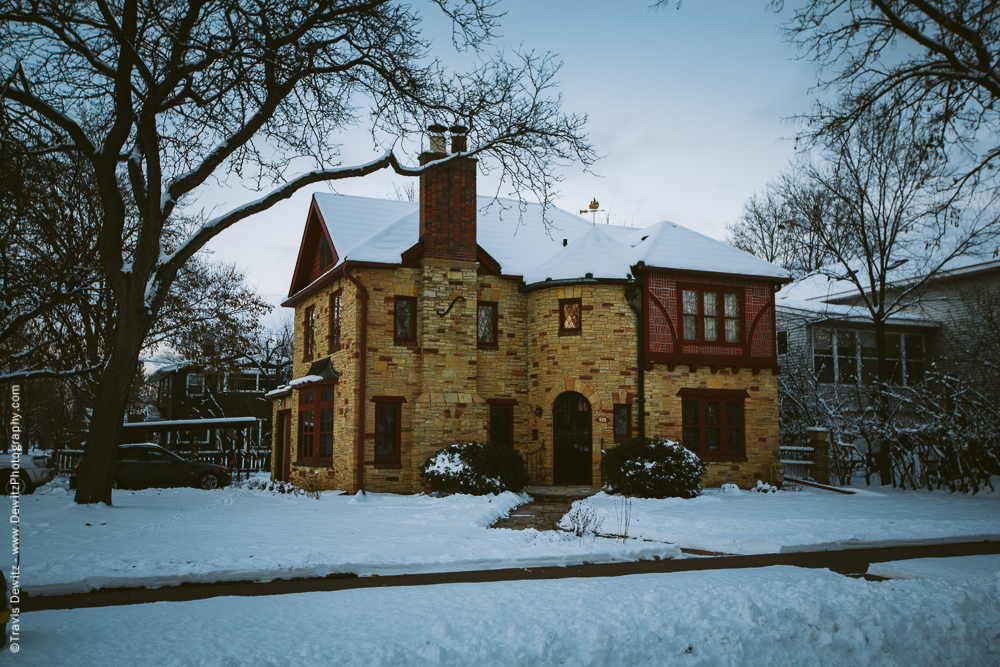
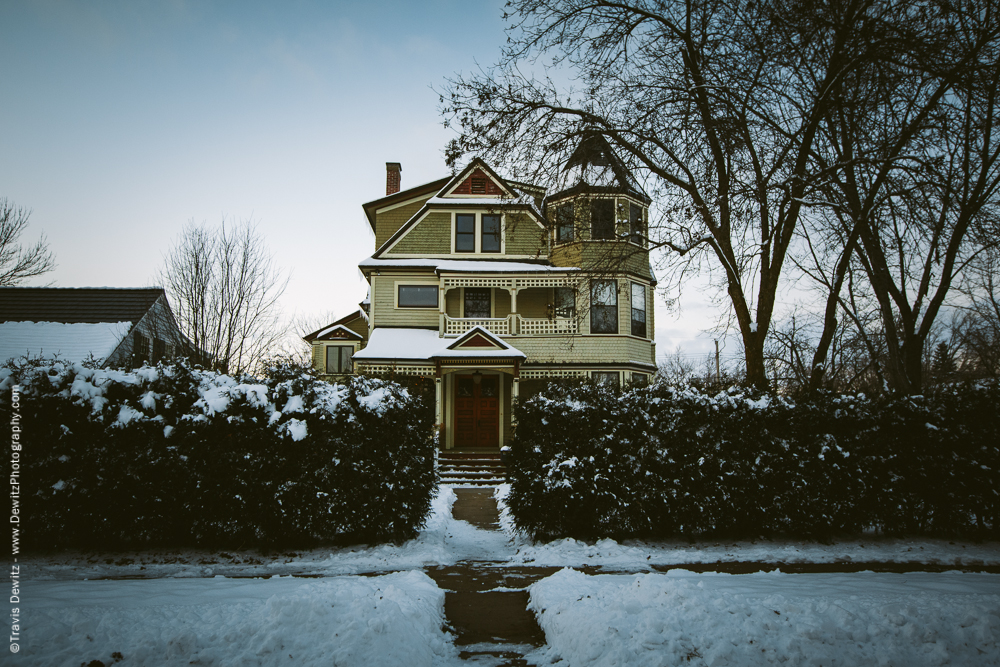
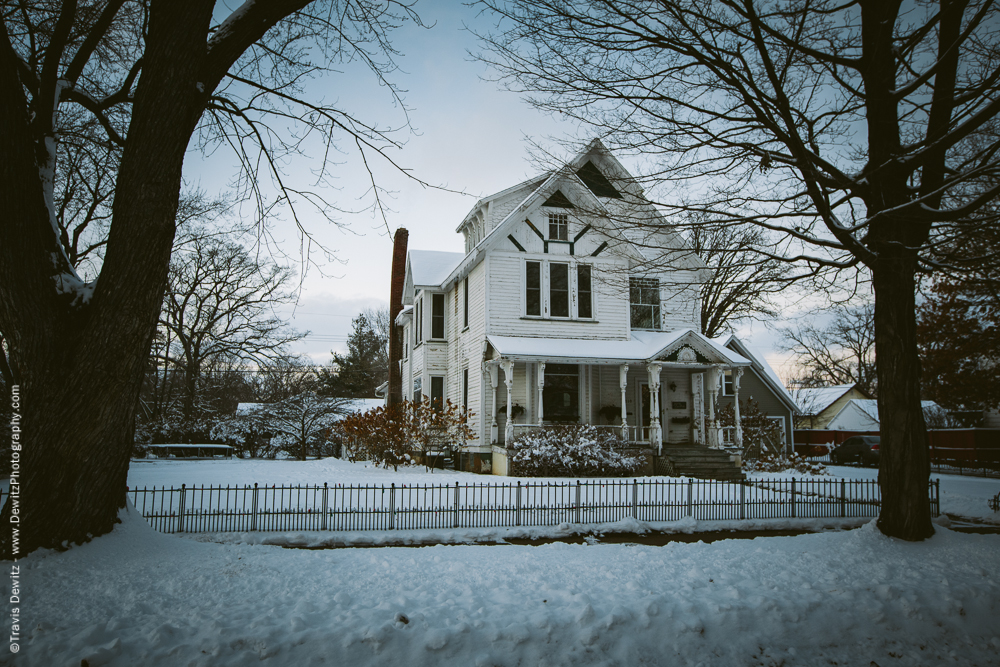
This is the Henry and Hannah Allen Buell house, but more known historically as the house of Hiram S Allen’s daughter. The house was built in 1881 for Amund Meyer at a cost of $3,500 as a wedding gift. The original house was built with a horse and carriage shed but in recent years was demolished and rebuilt due to old age. The house also has a butlers kitchen and multiple stained glass windows throughout that are original to when the house was built 133 years ago.
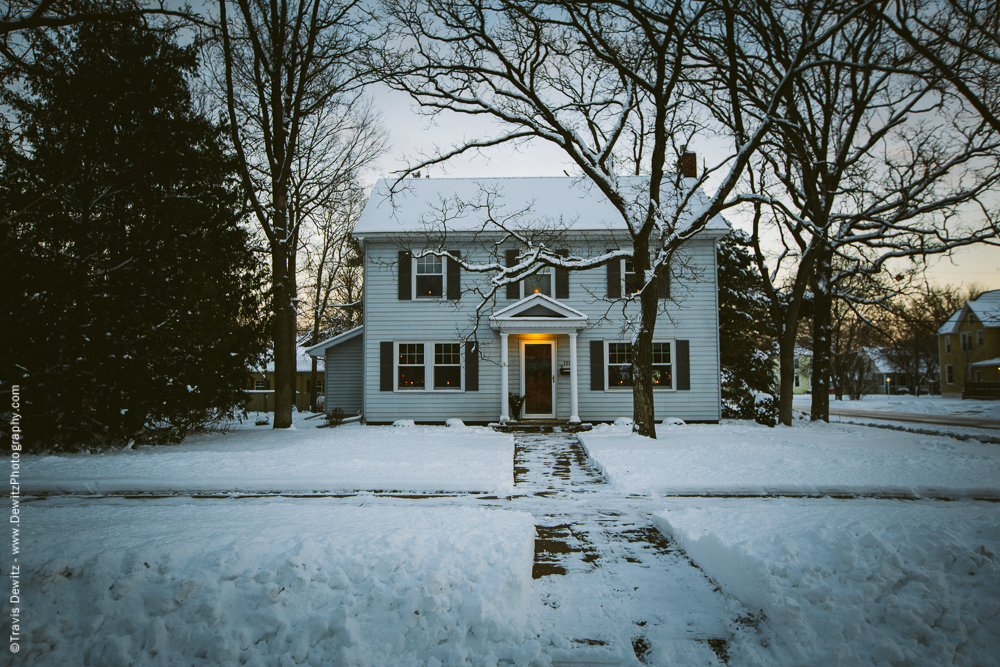
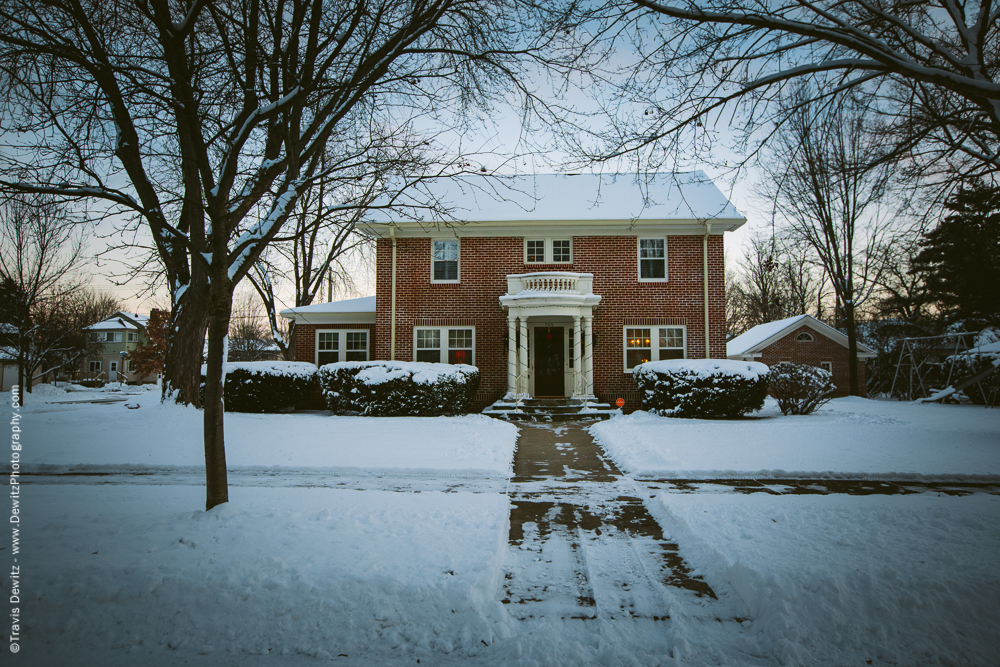
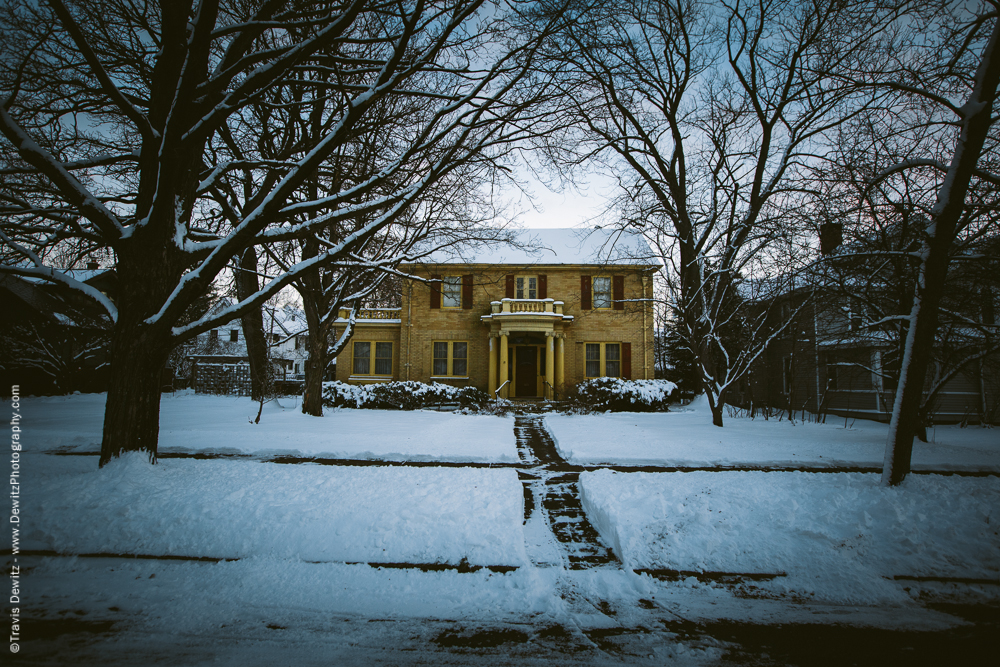
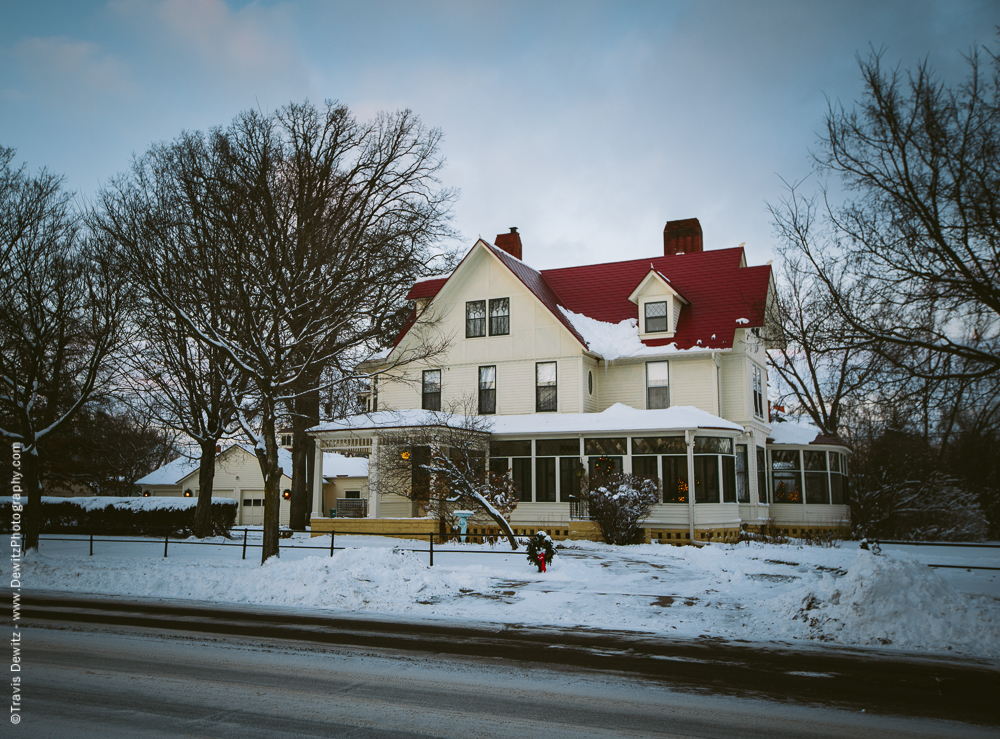
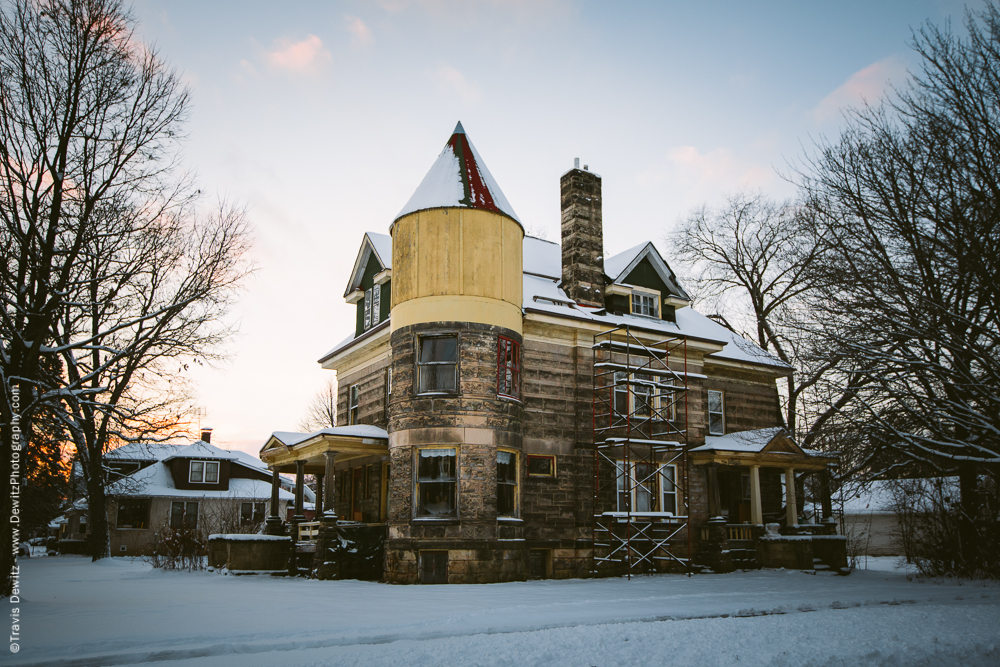
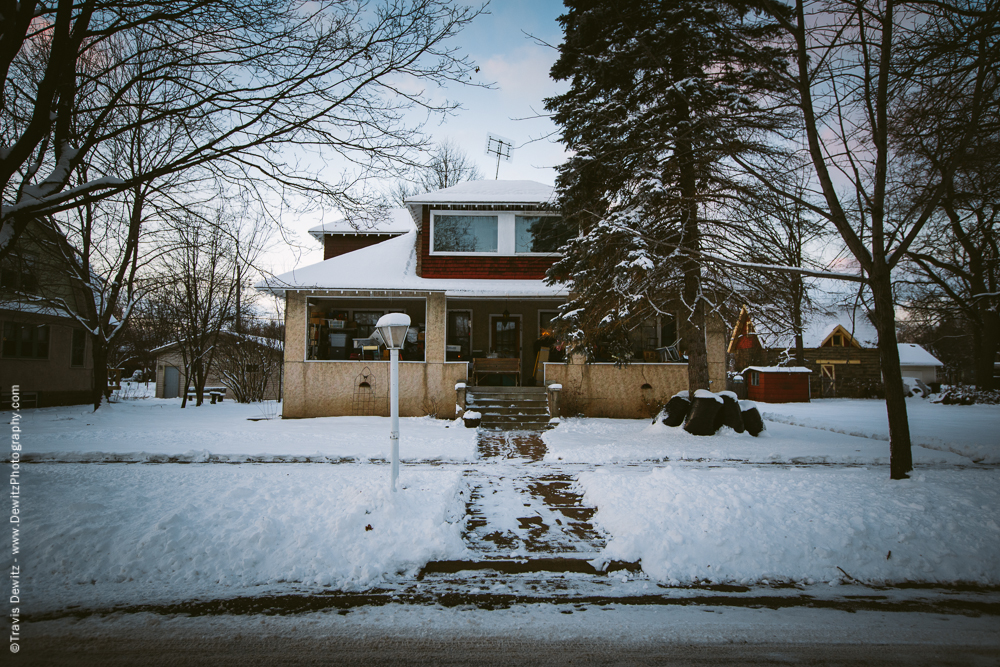
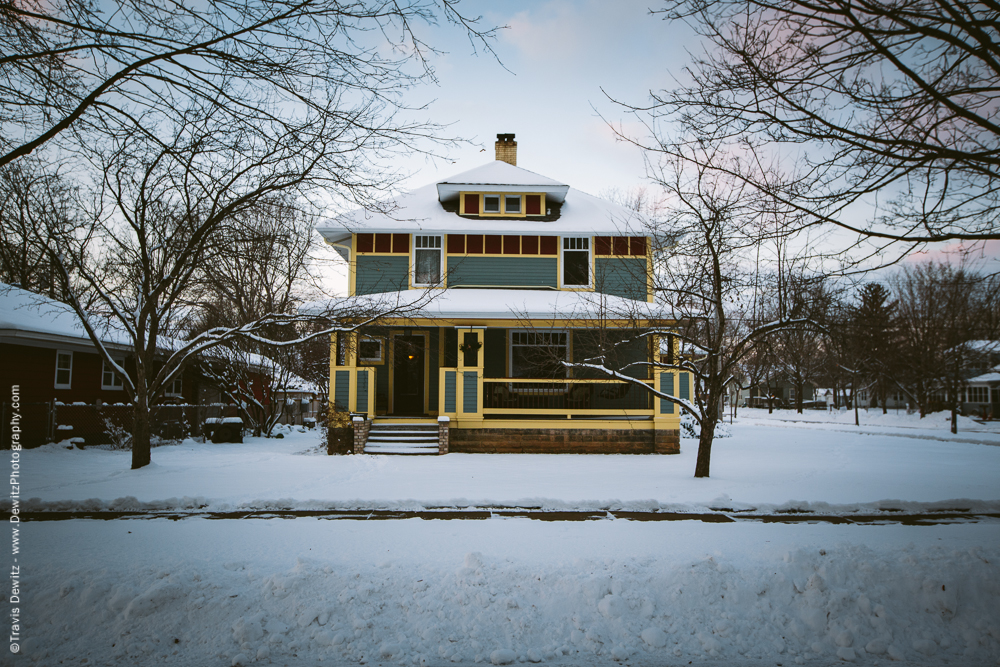
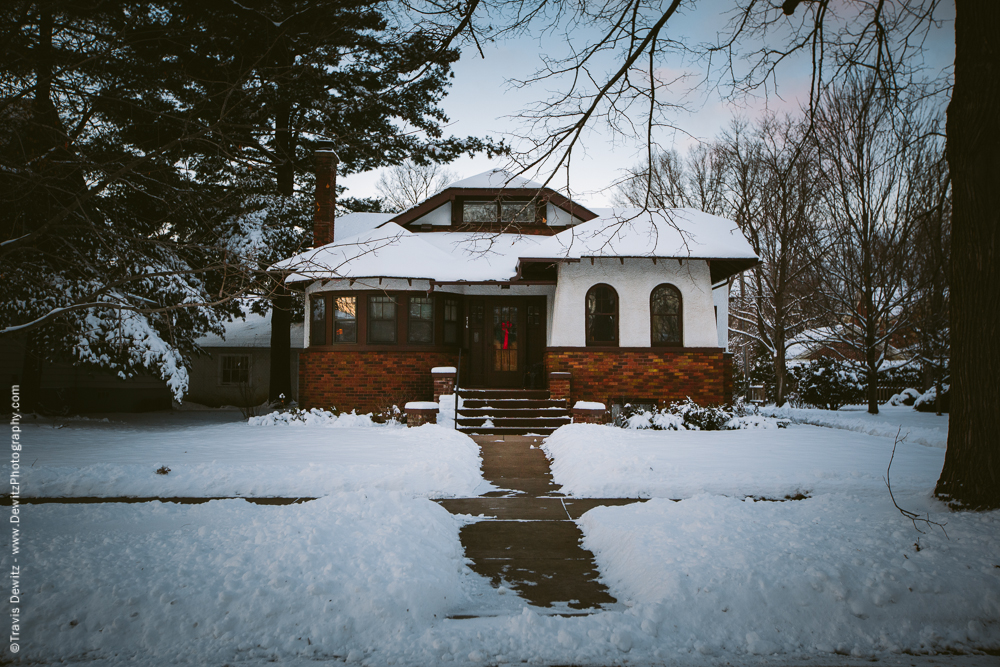
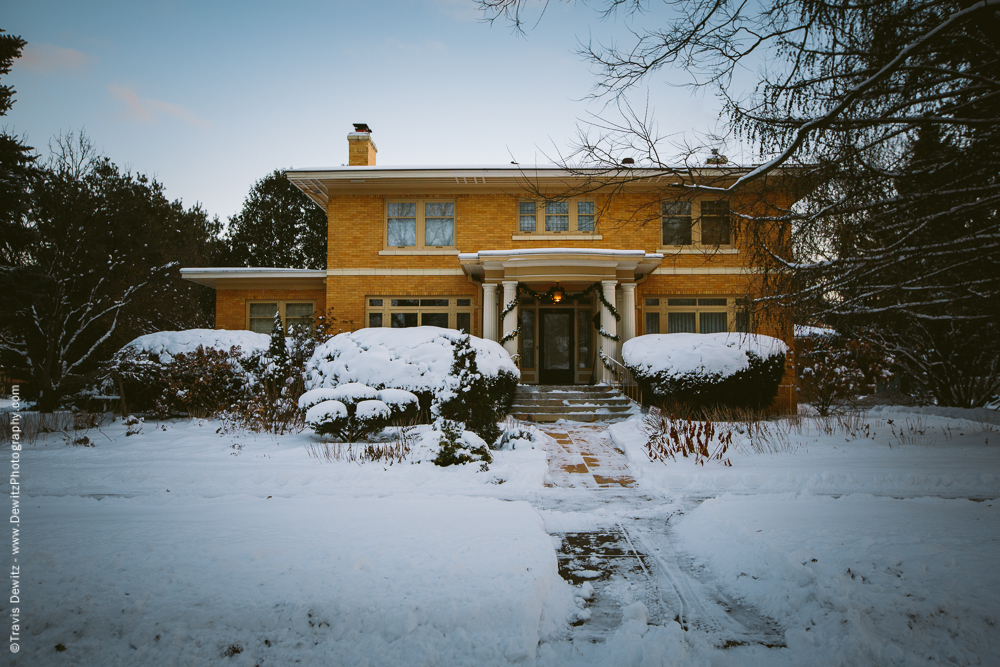
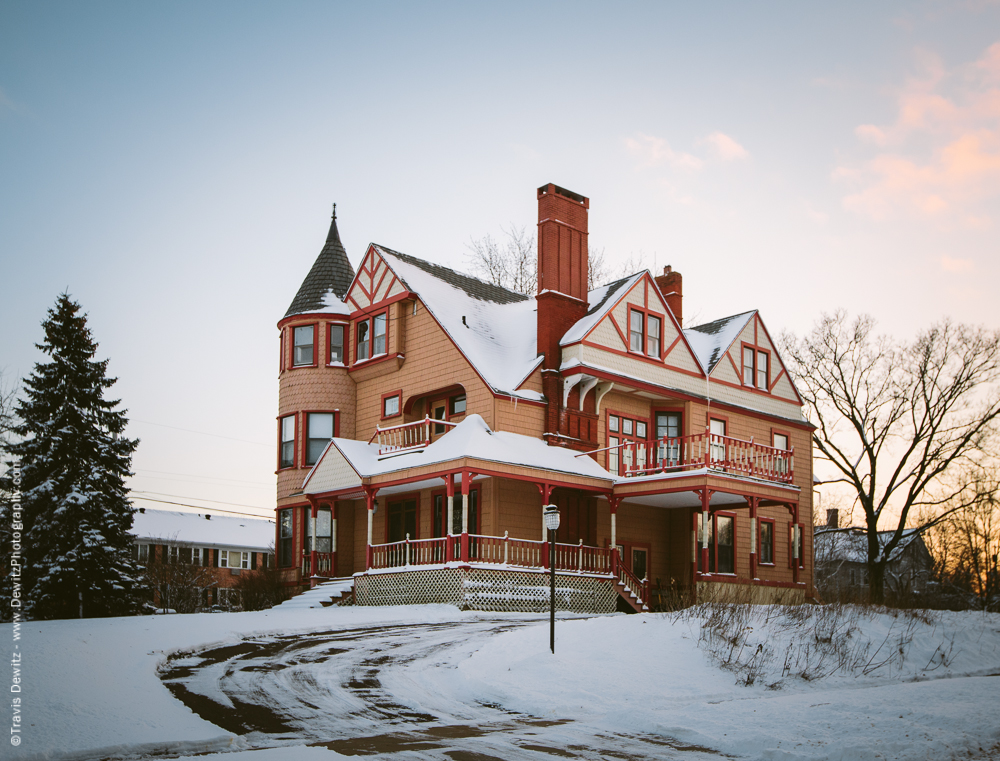
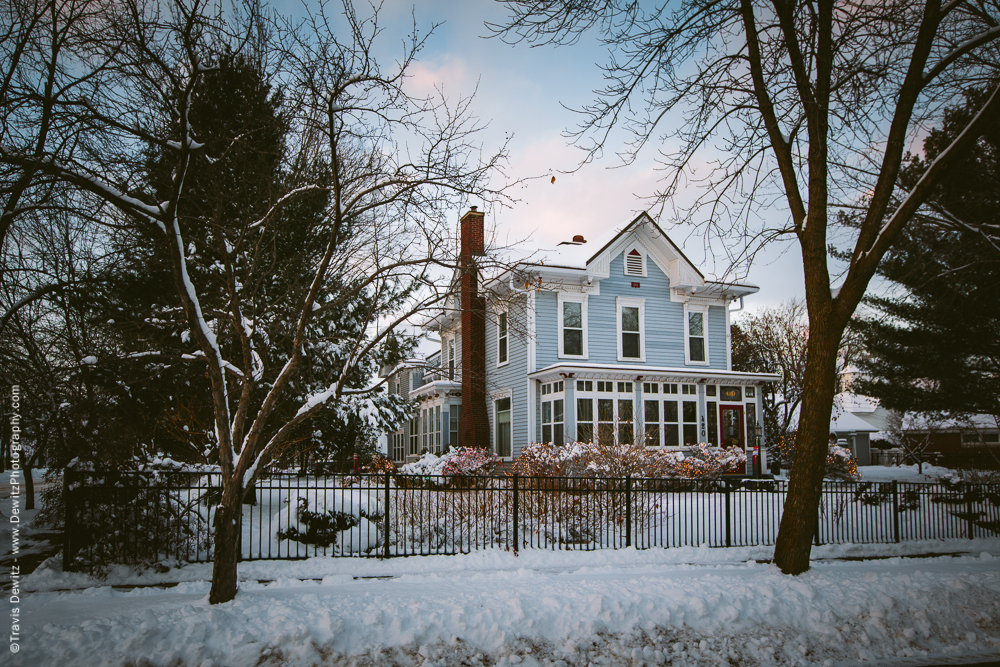
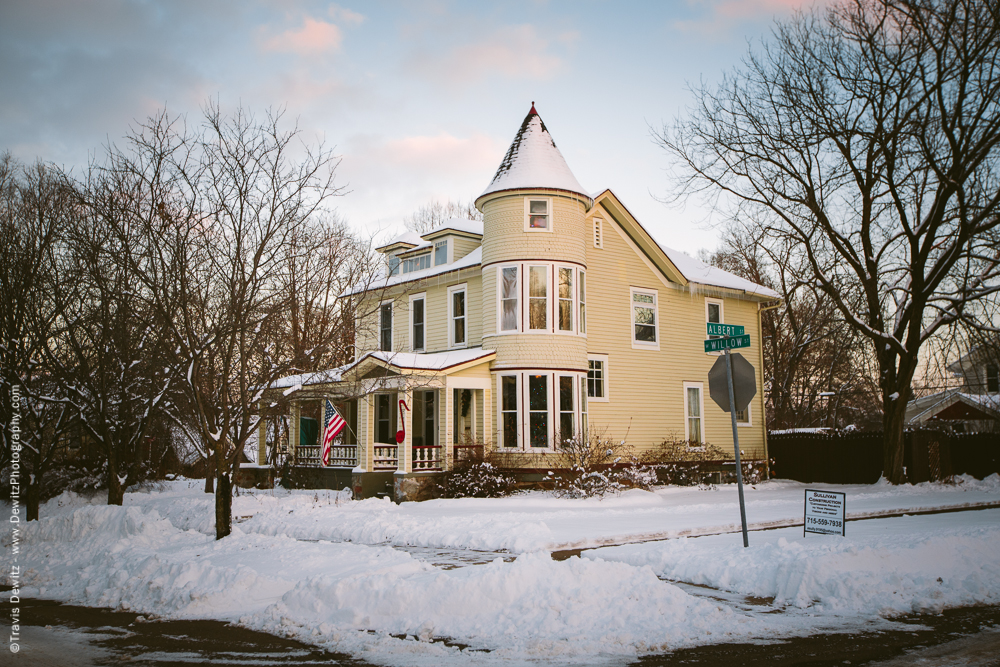
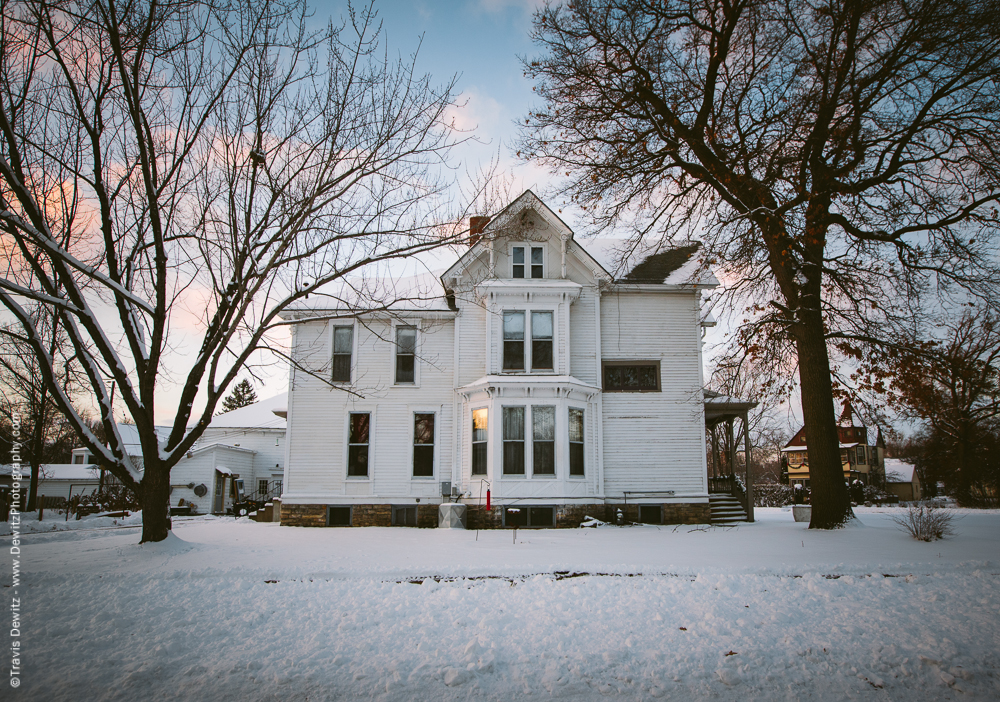
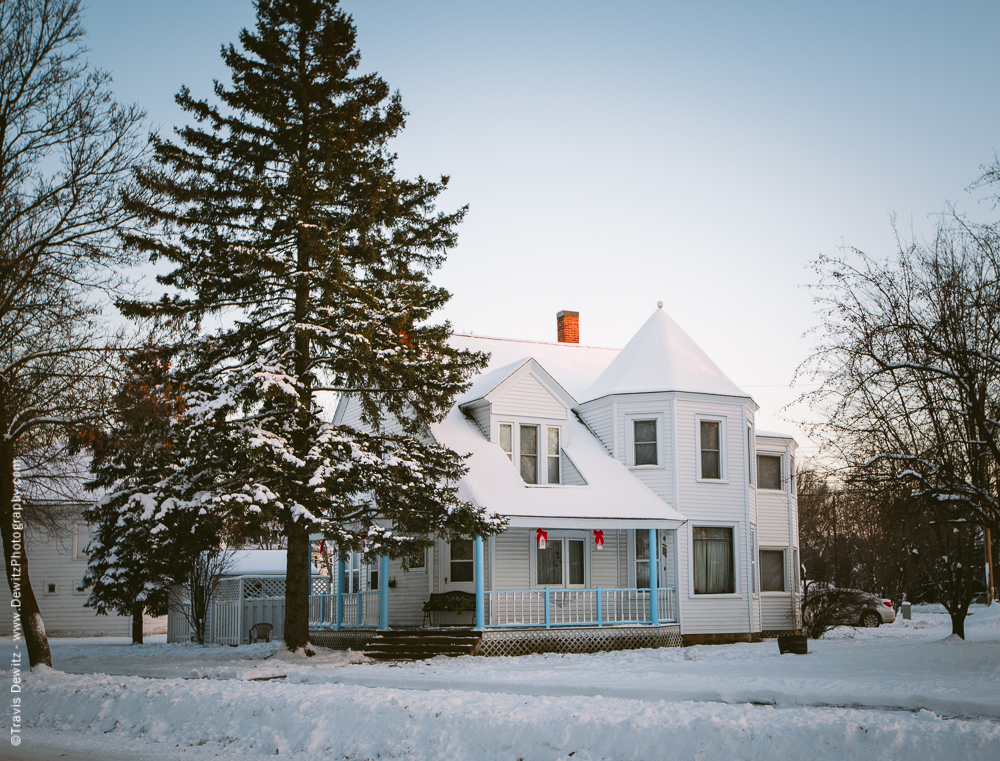
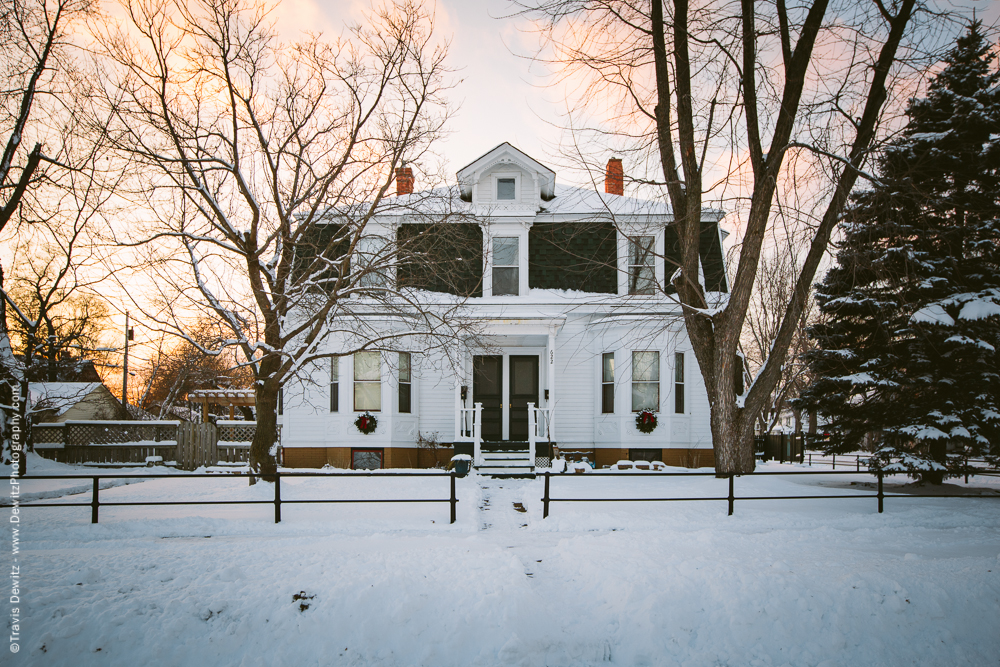
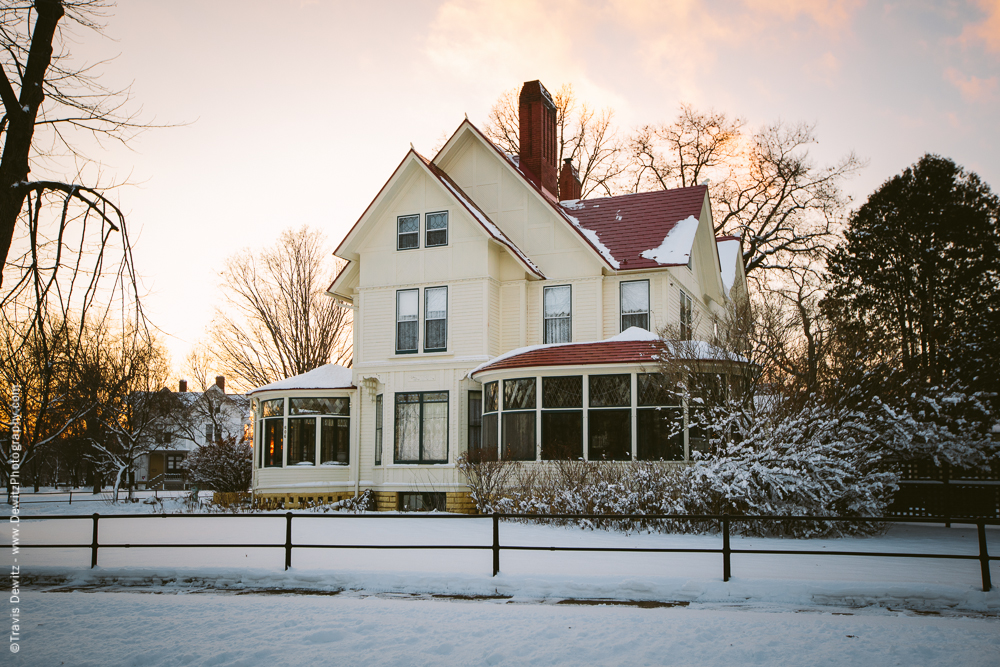
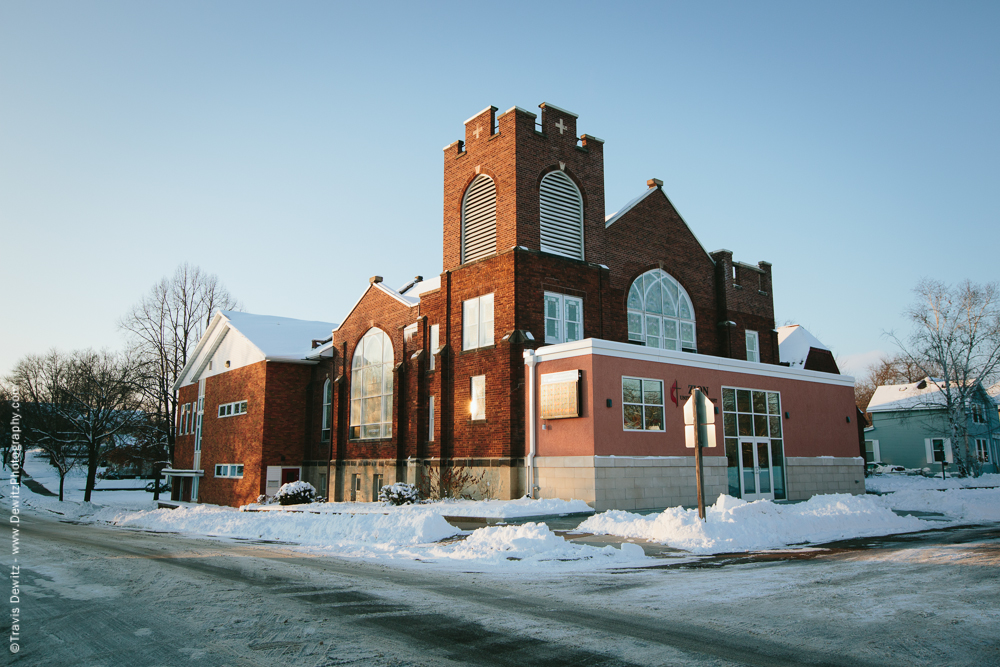
Zion United Methodist Cherish
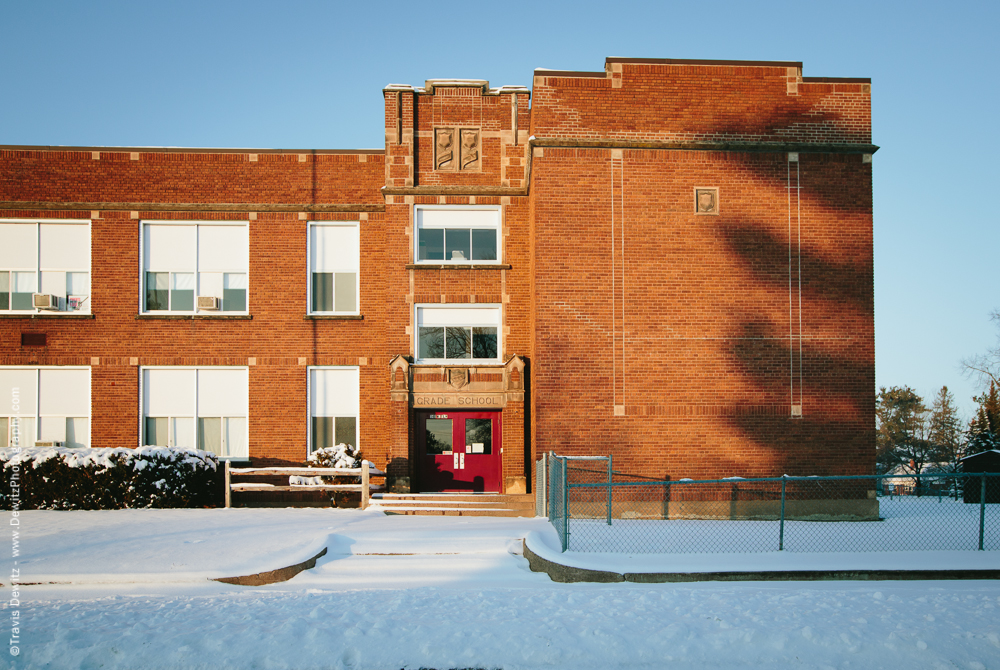
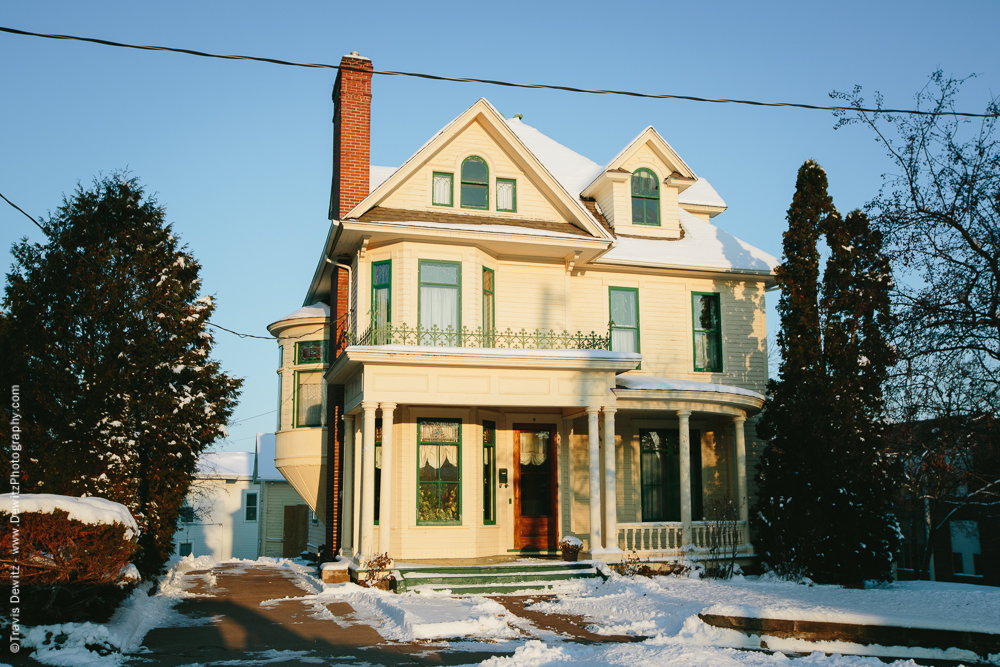
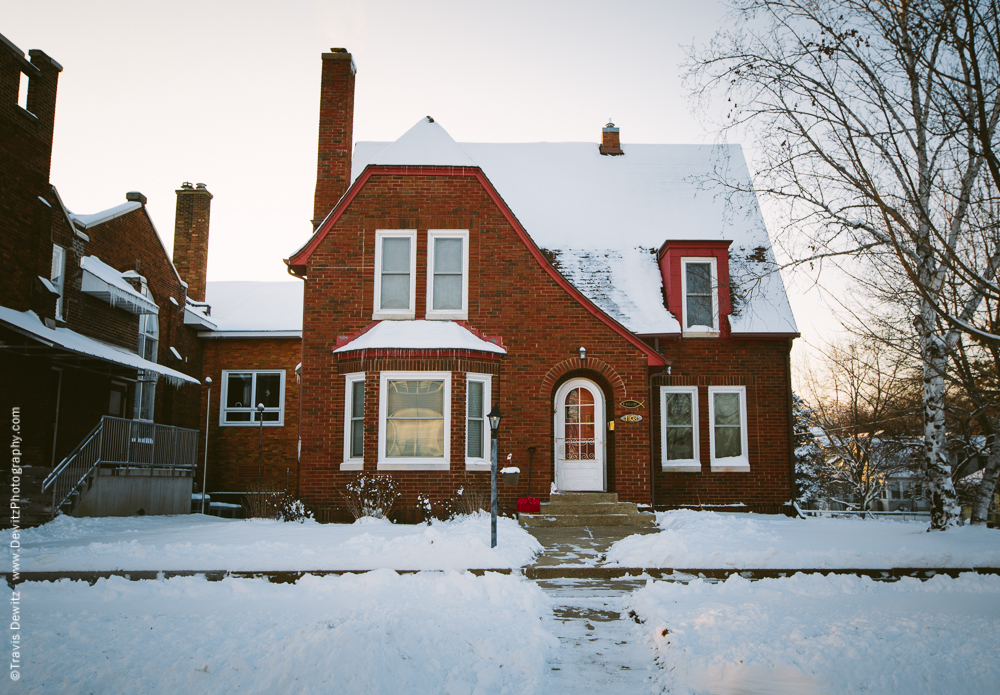
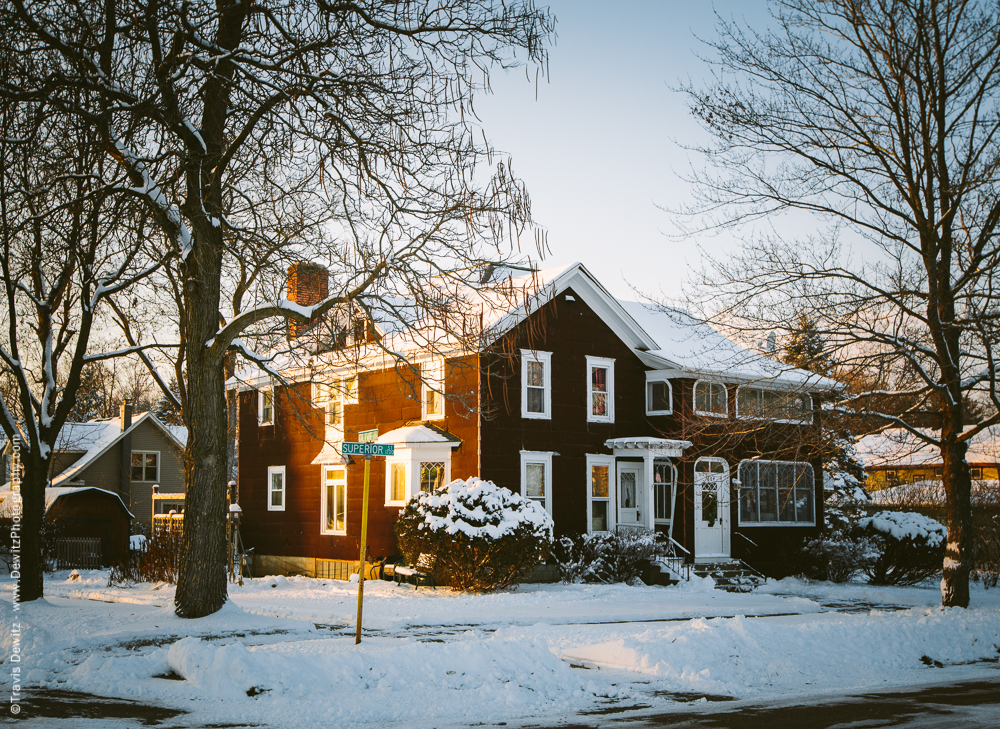
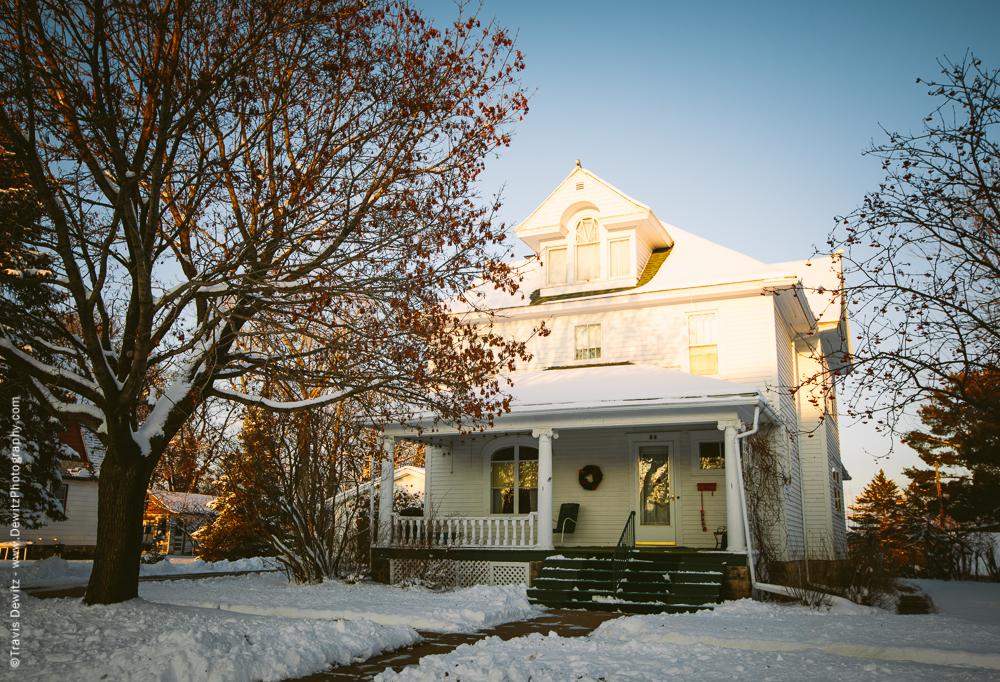
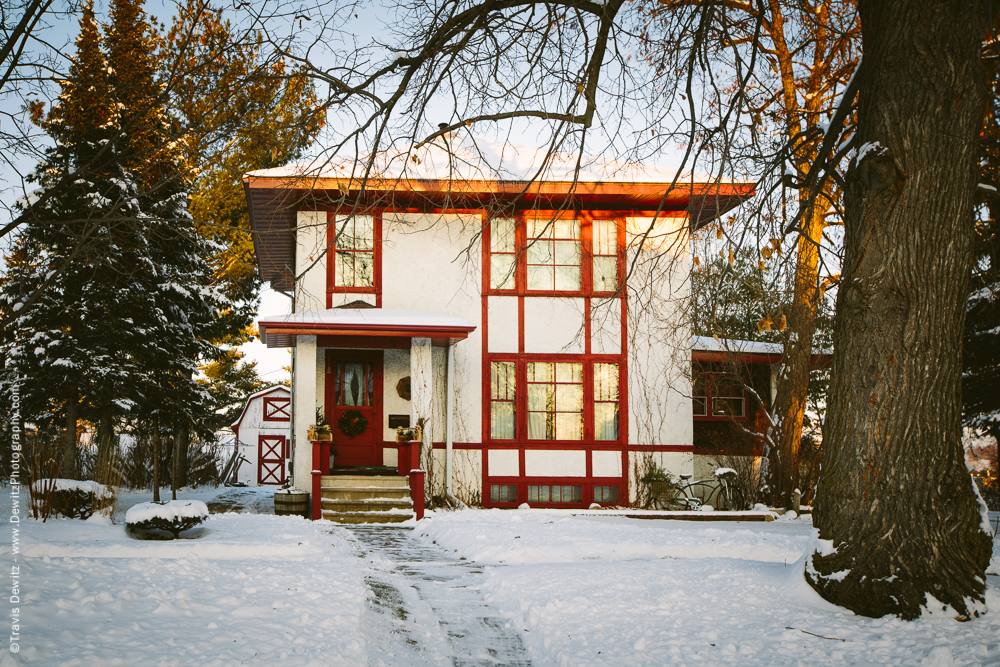
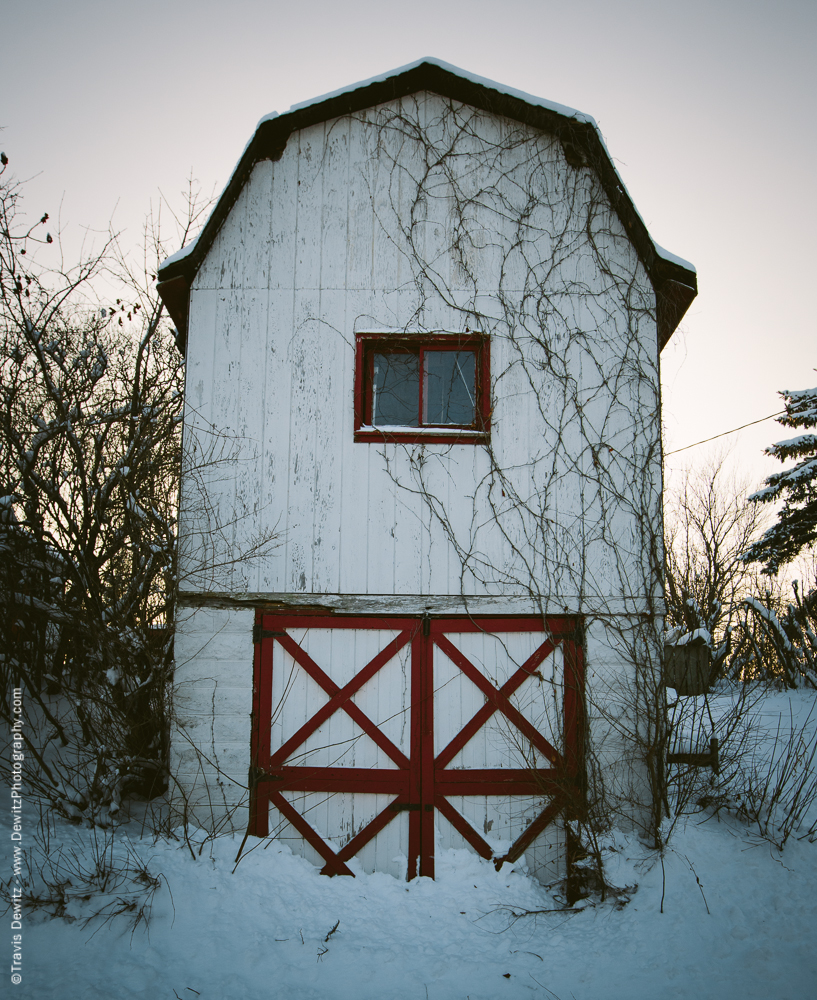
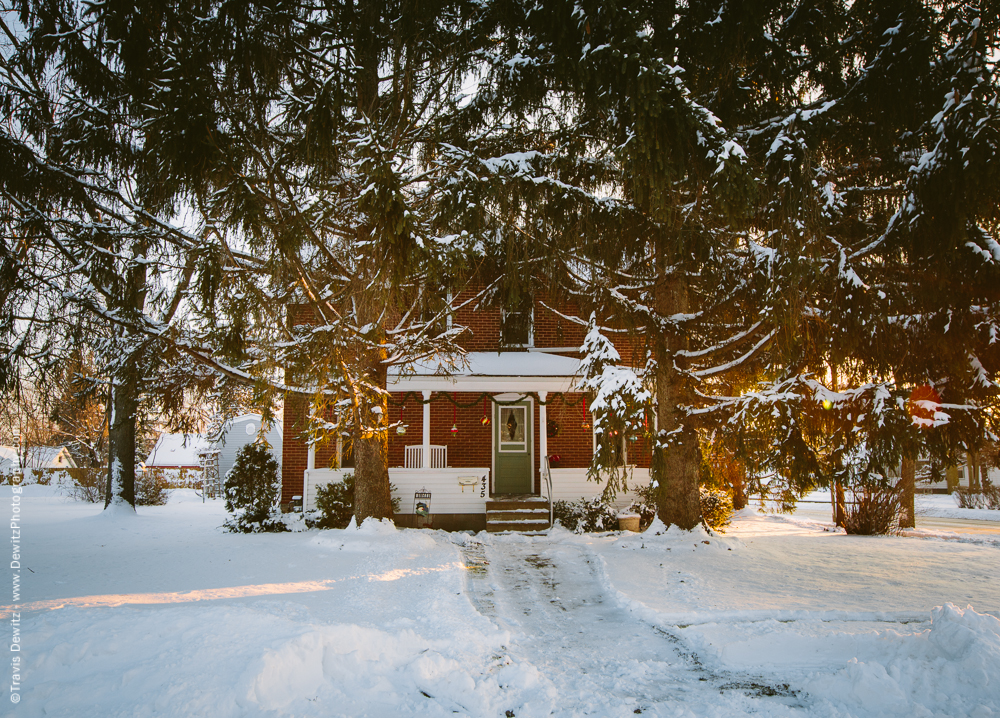
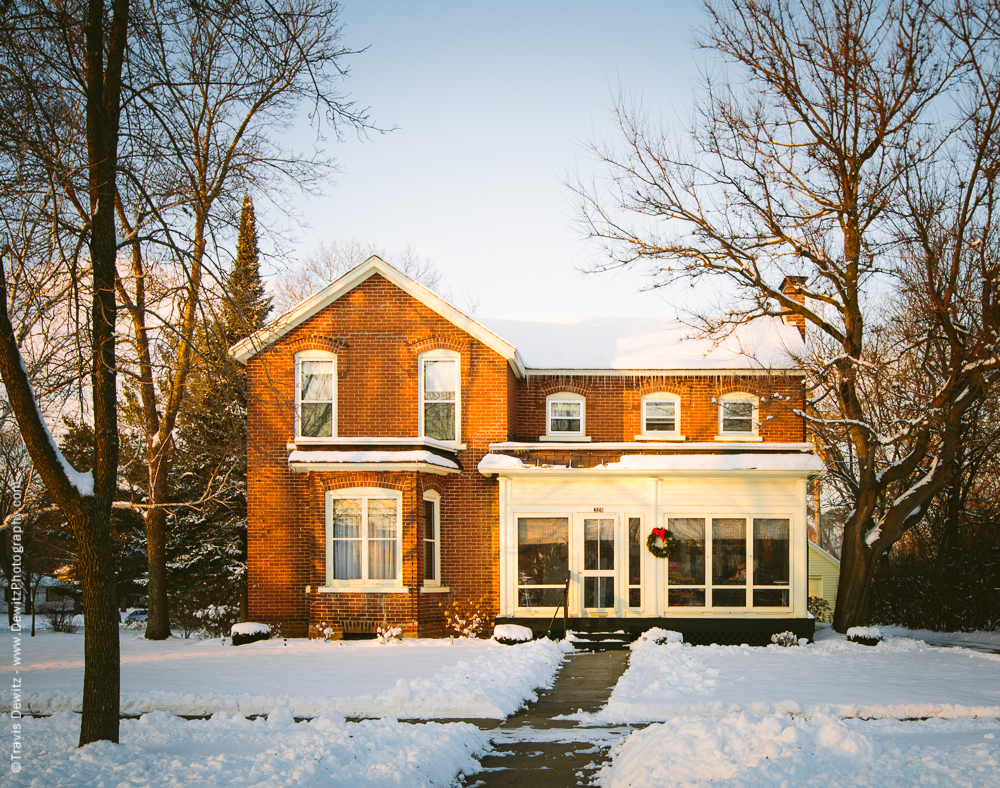
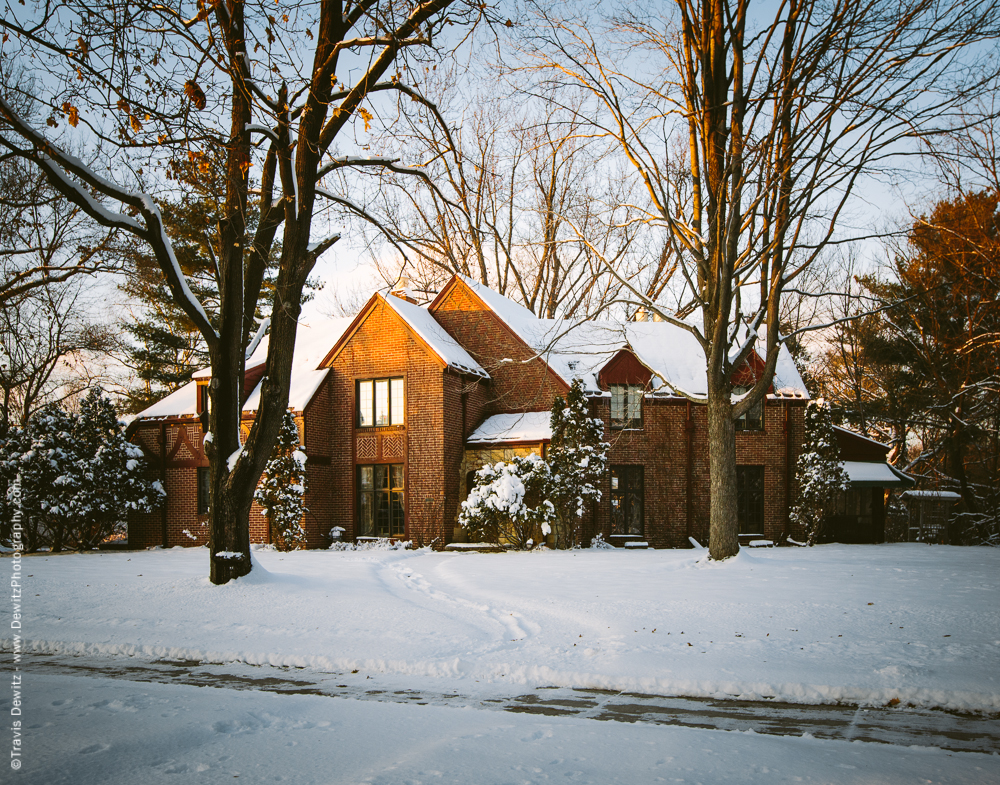
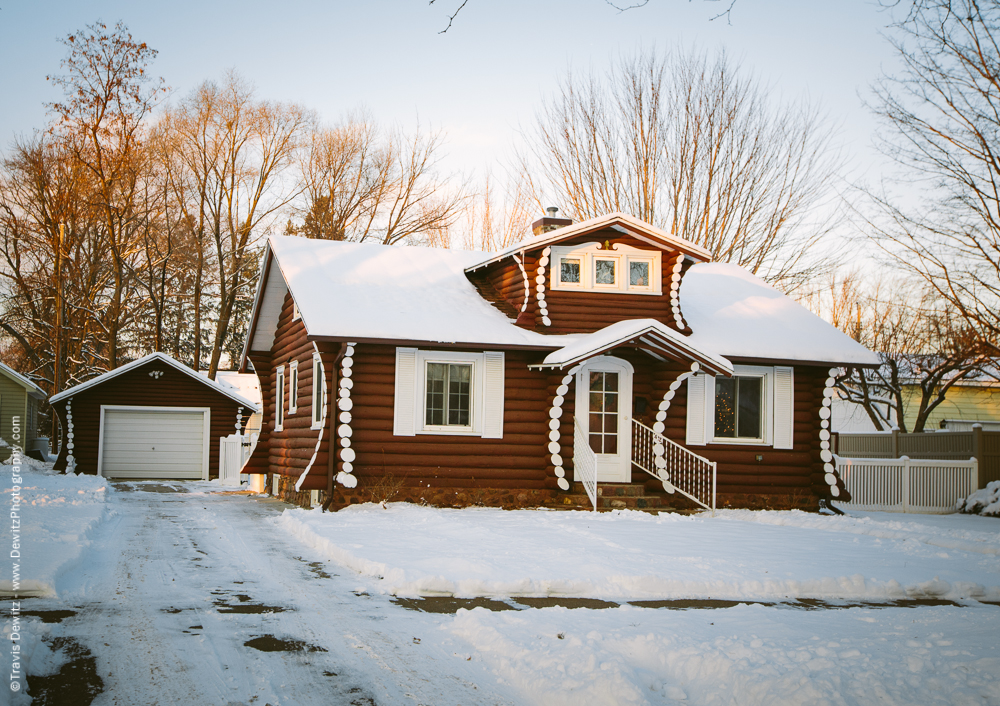
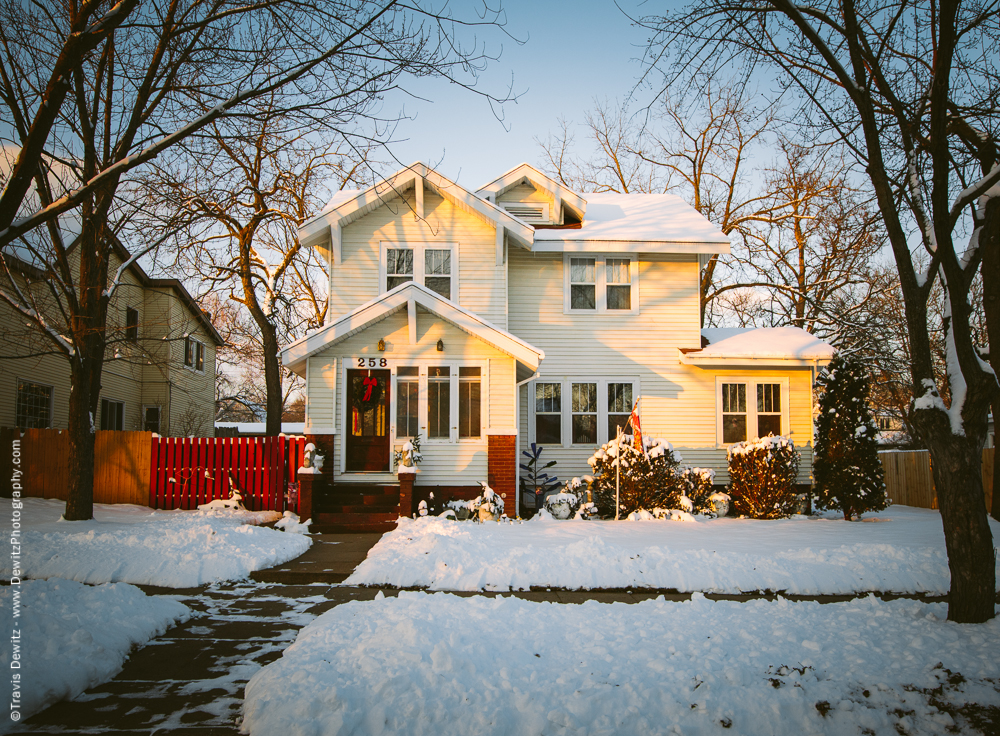
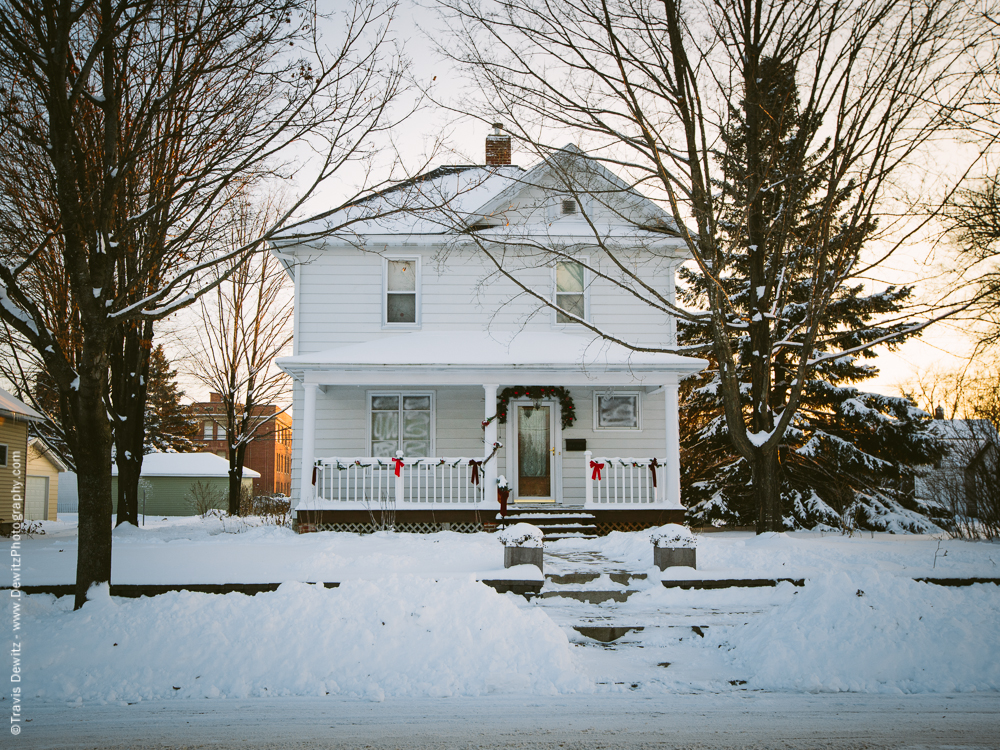
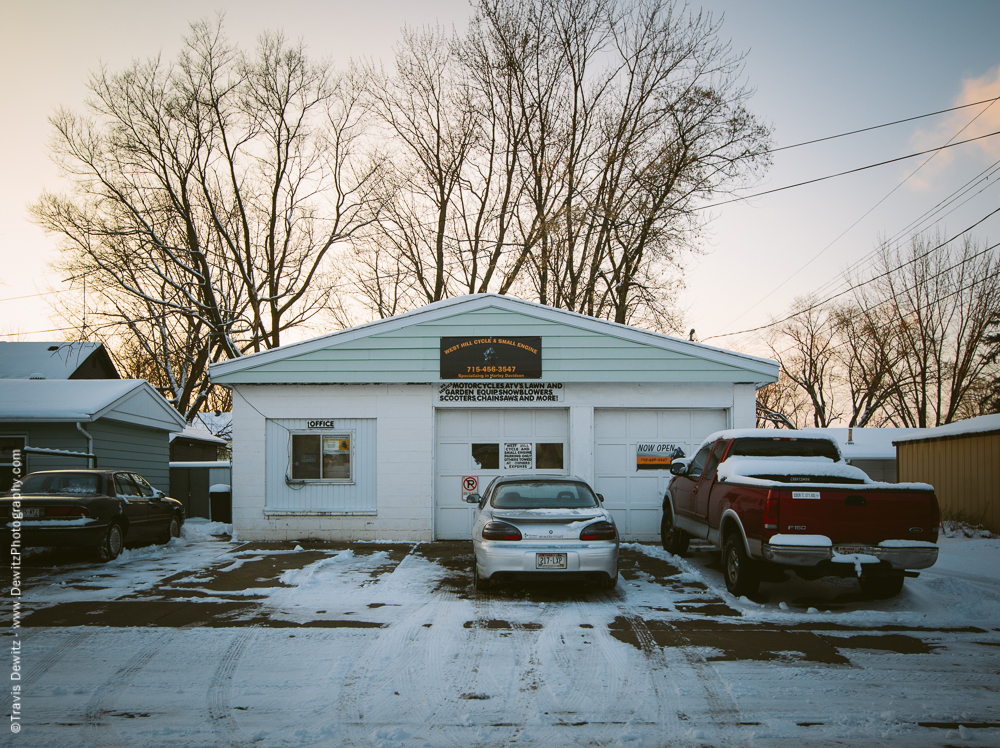
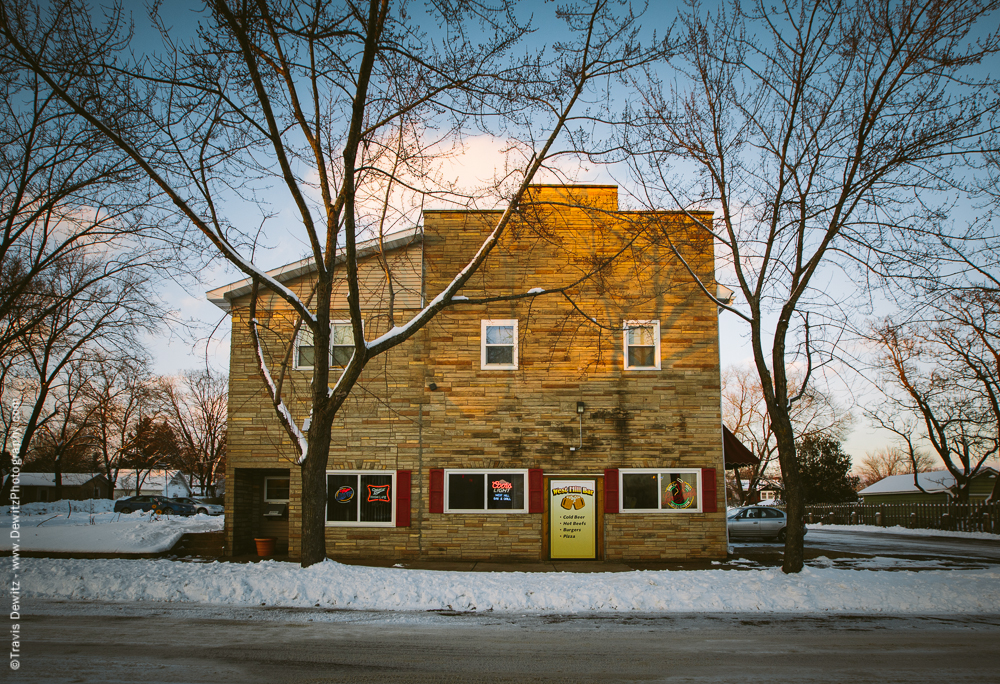
West Hill Bar
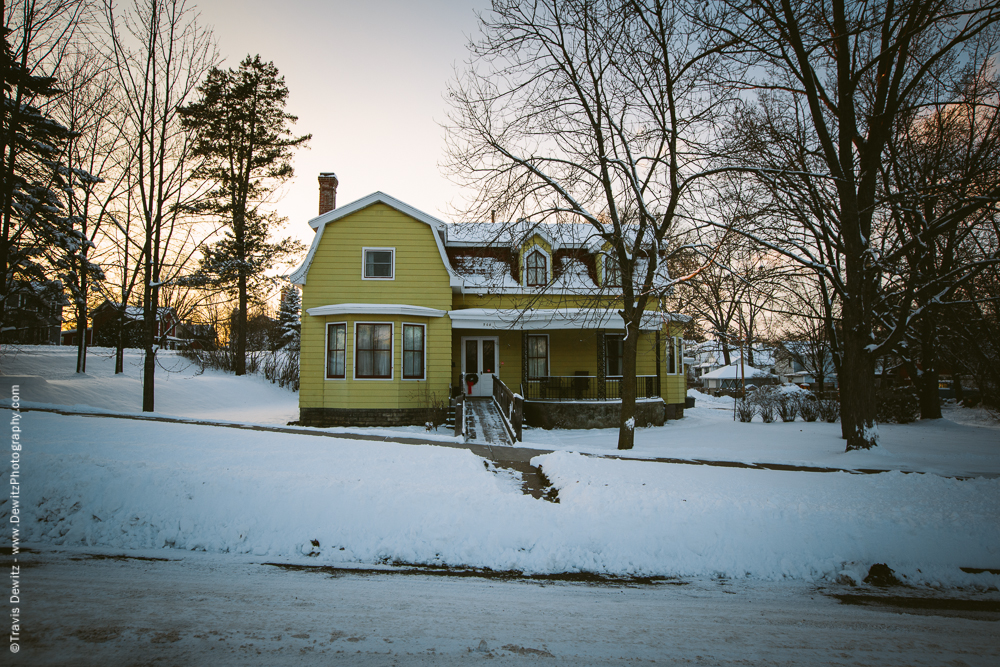
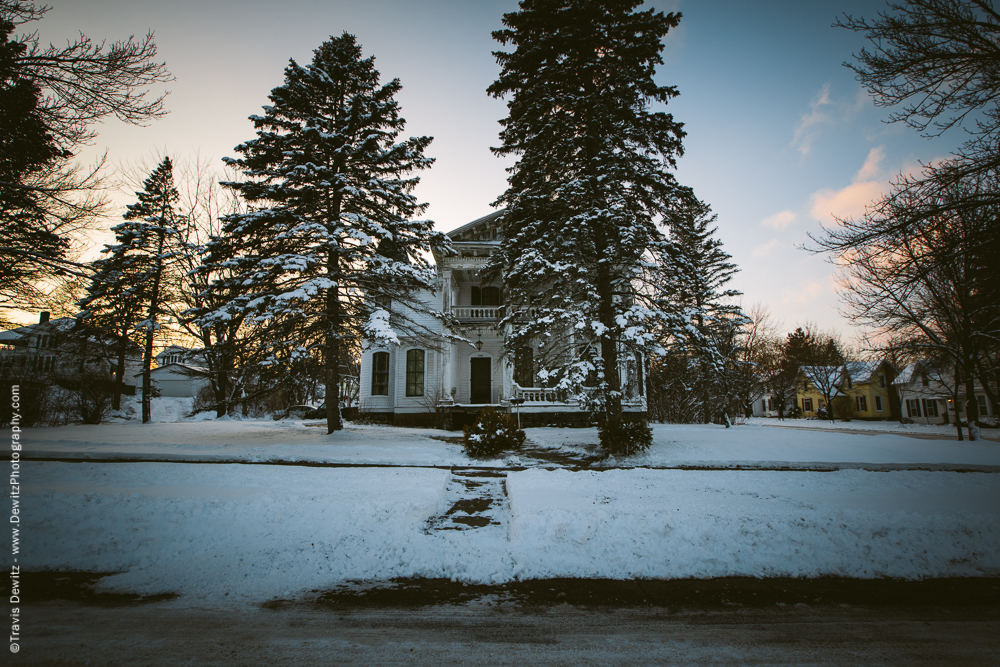
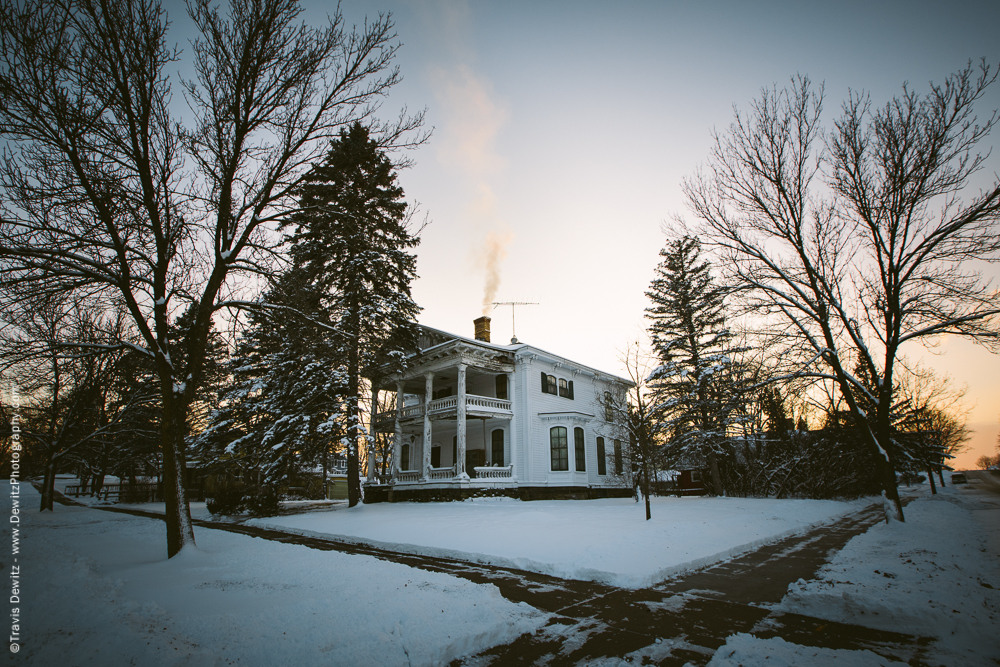
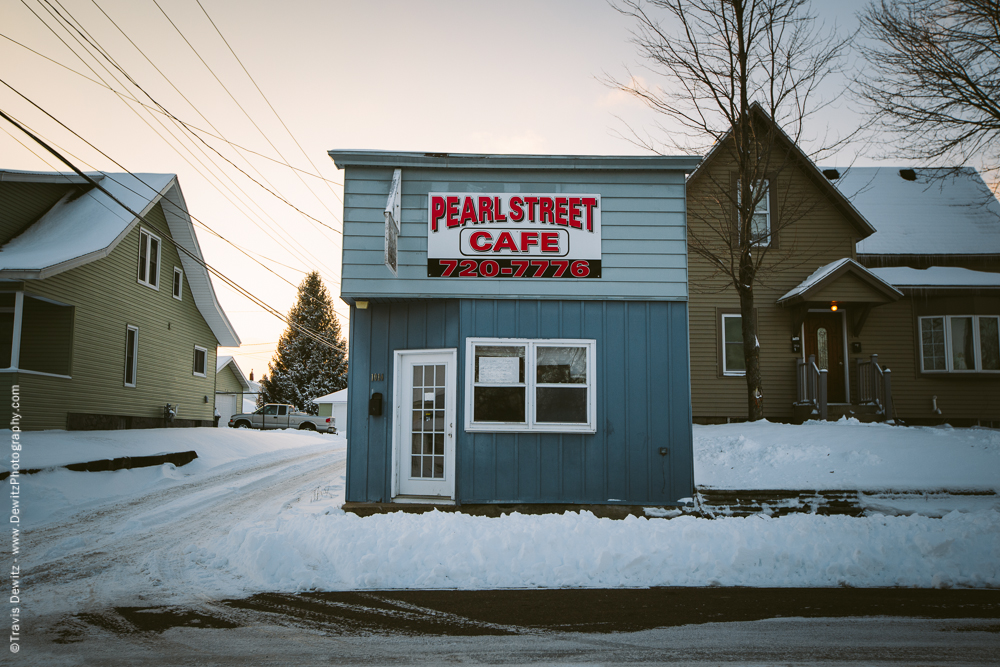
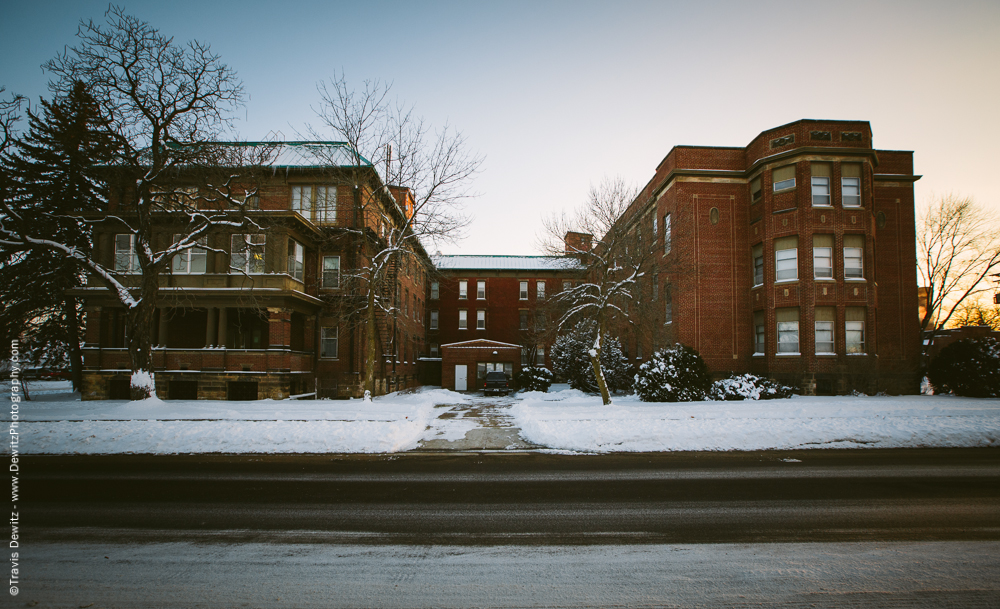
St. Joseph’s Apartments
The Hospital Sisters of the Third Order of St. Francis came to Chippewa Falls in June 1885, at the invitation of Father Charles Goldsmith, the first and only pastor in Chippewa Falls at the time.
By November, Edward Rutledge sold land to become the site of HSHS St. Joseph’s Hospital. The sale of hospital tickets to loggers (a $5 ticket insured the holder for one year in case of sickness including medicine) funded building additions.
In 1888 a three-story hospital was started at 912 Pearl Street which included patient-care rooms, a chapel, laundry, and kitchen. The hospital provided medical care at that location until 1975 when the new hospital was completed.
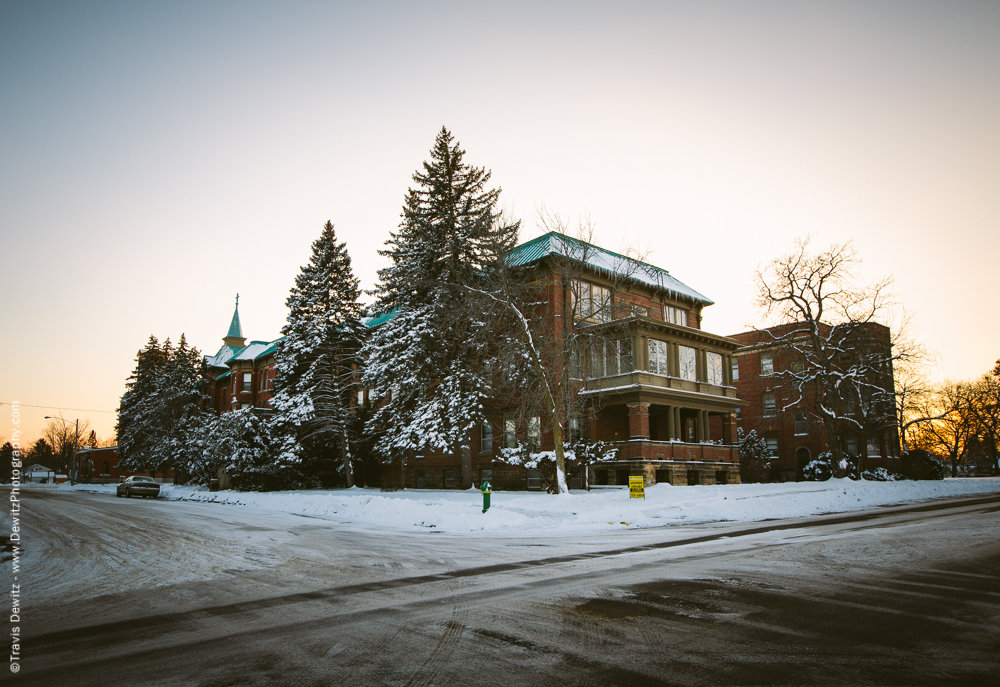
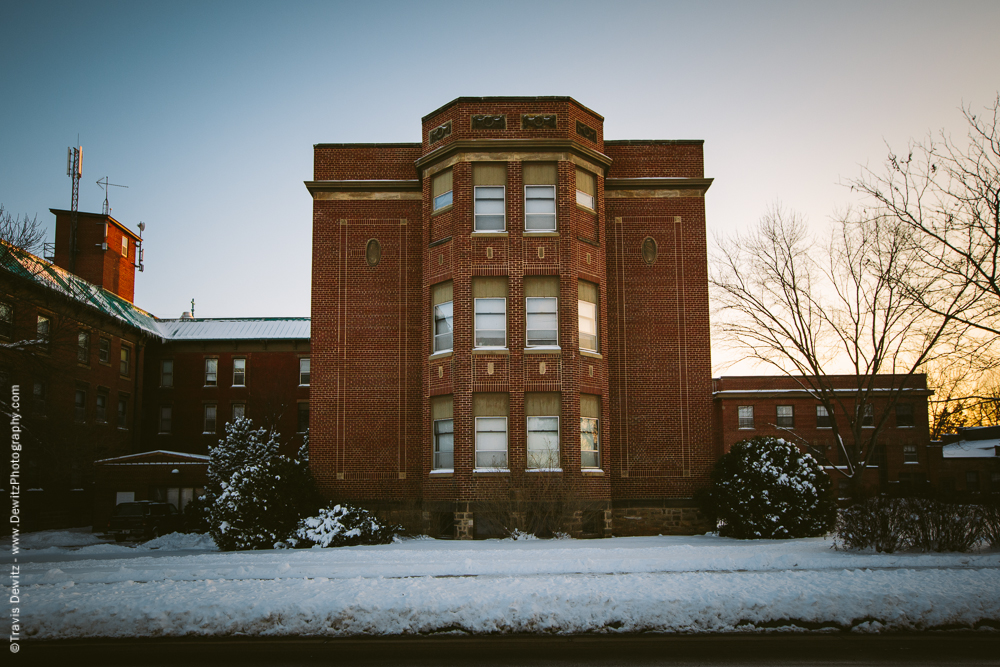
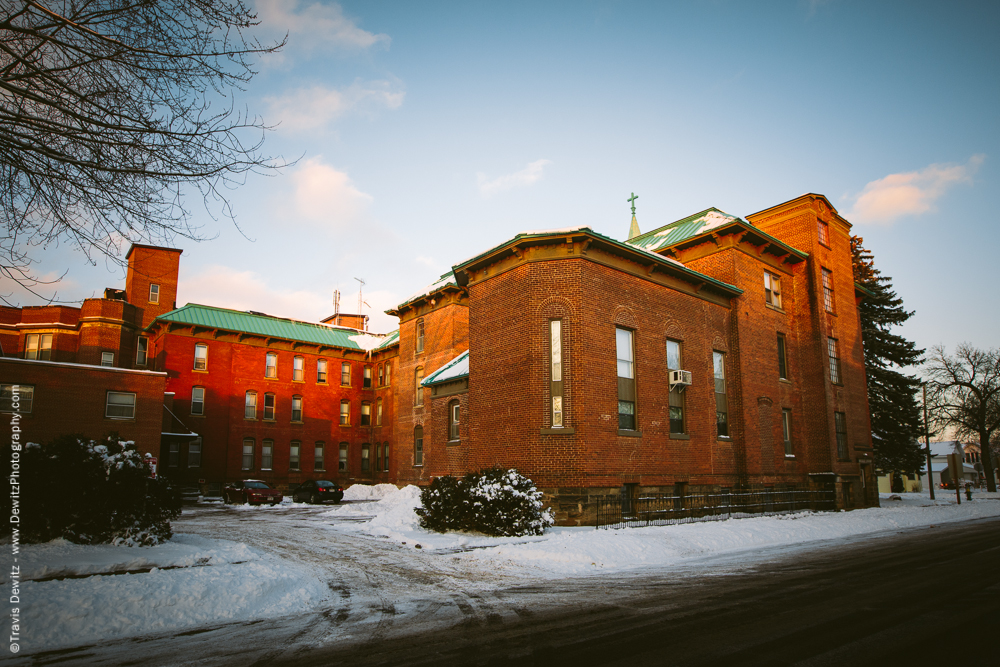
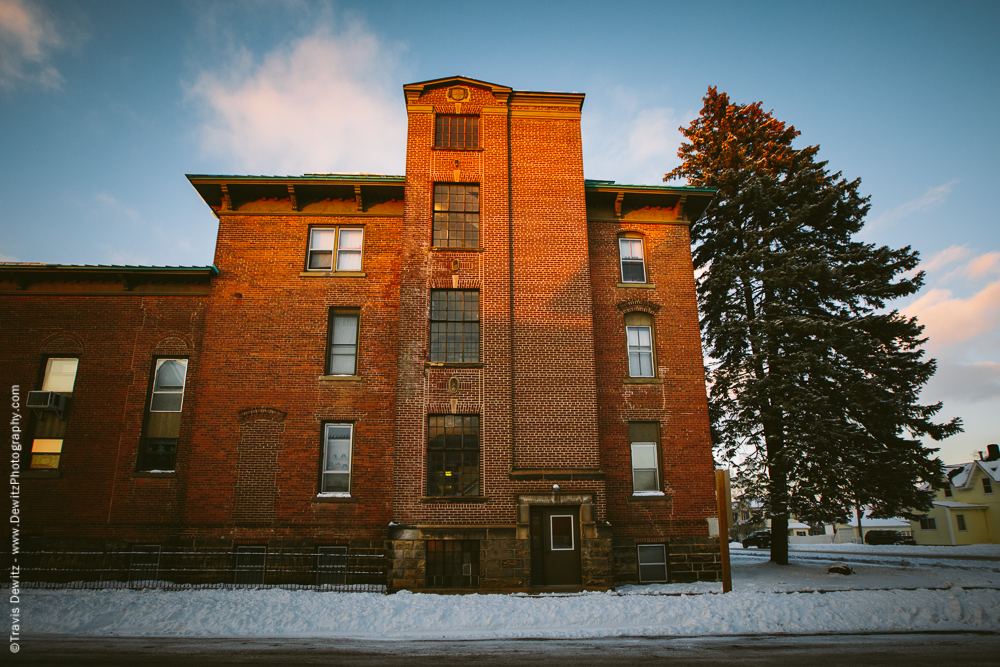
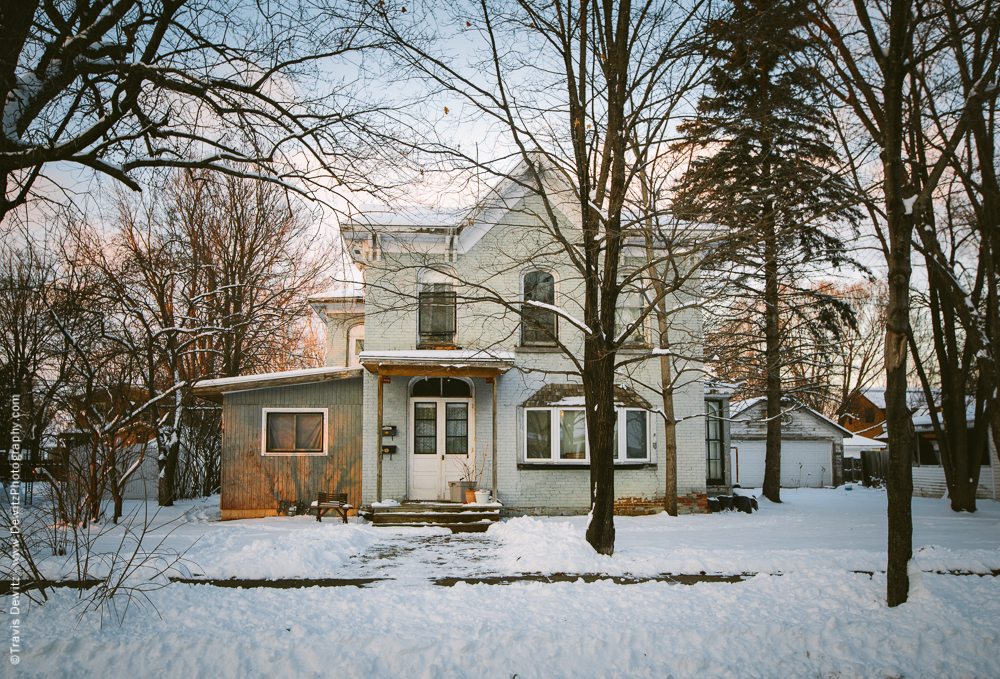
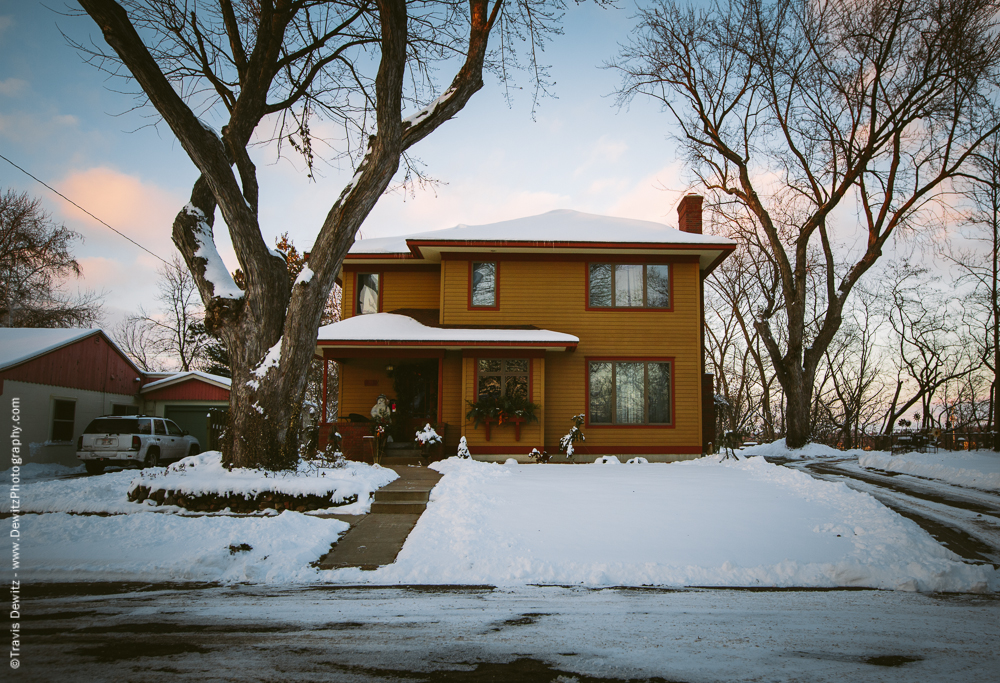
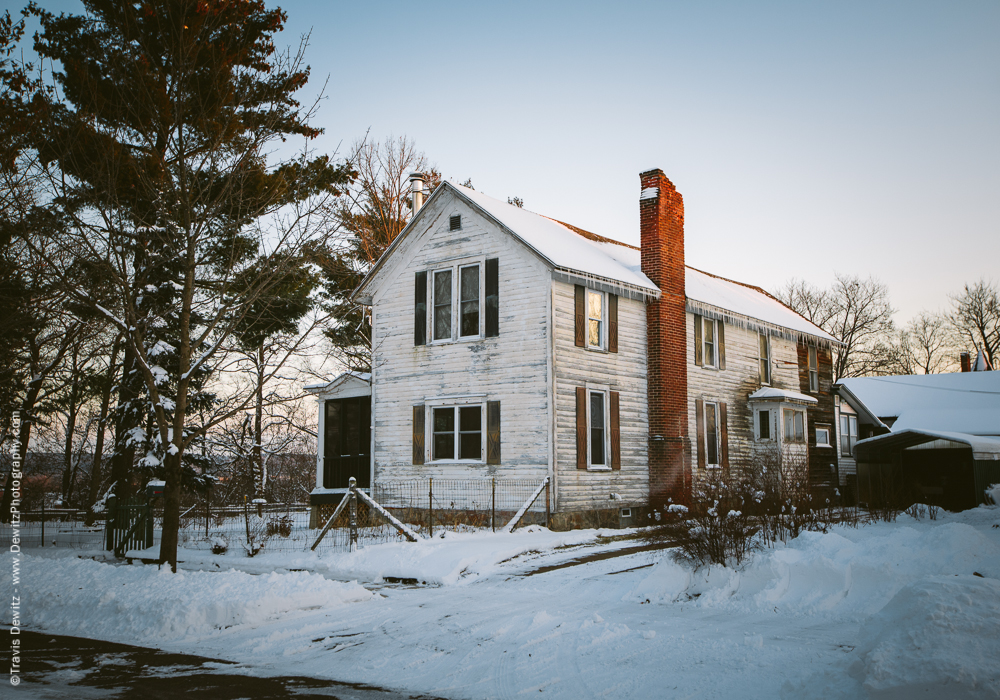
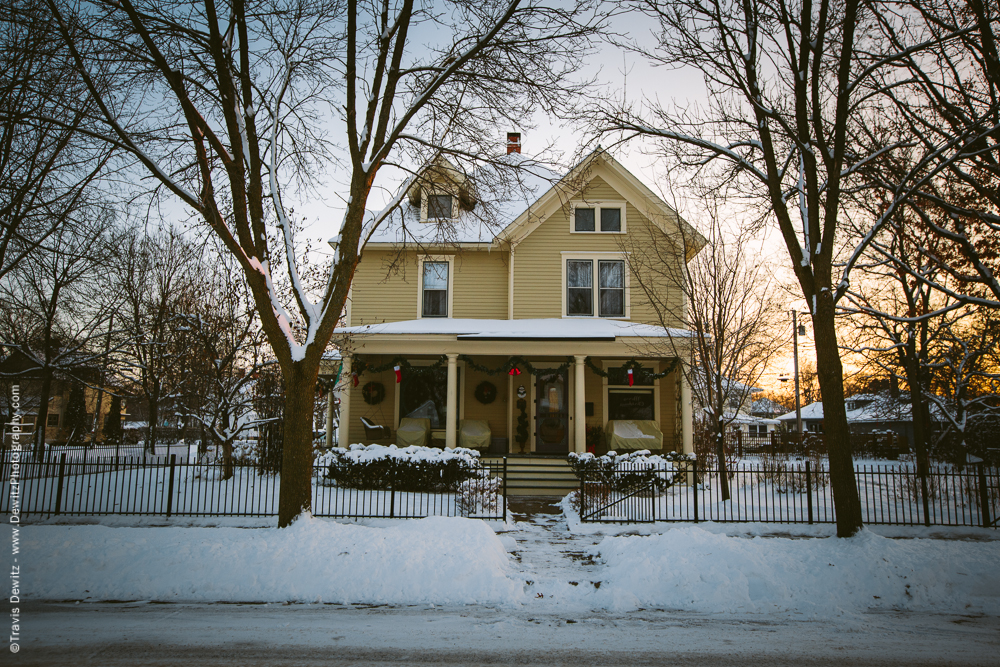
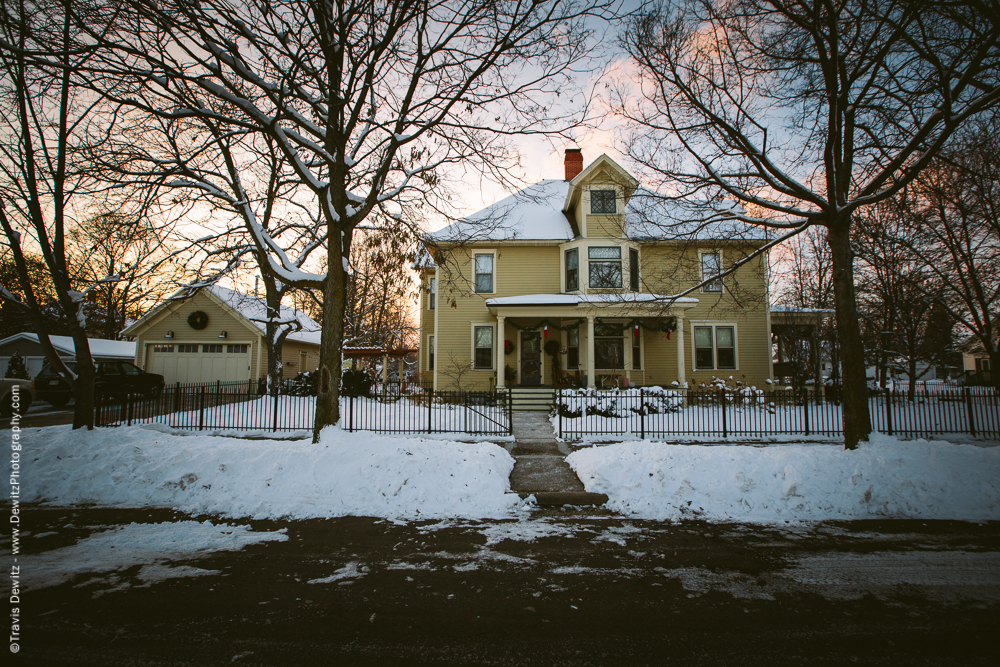
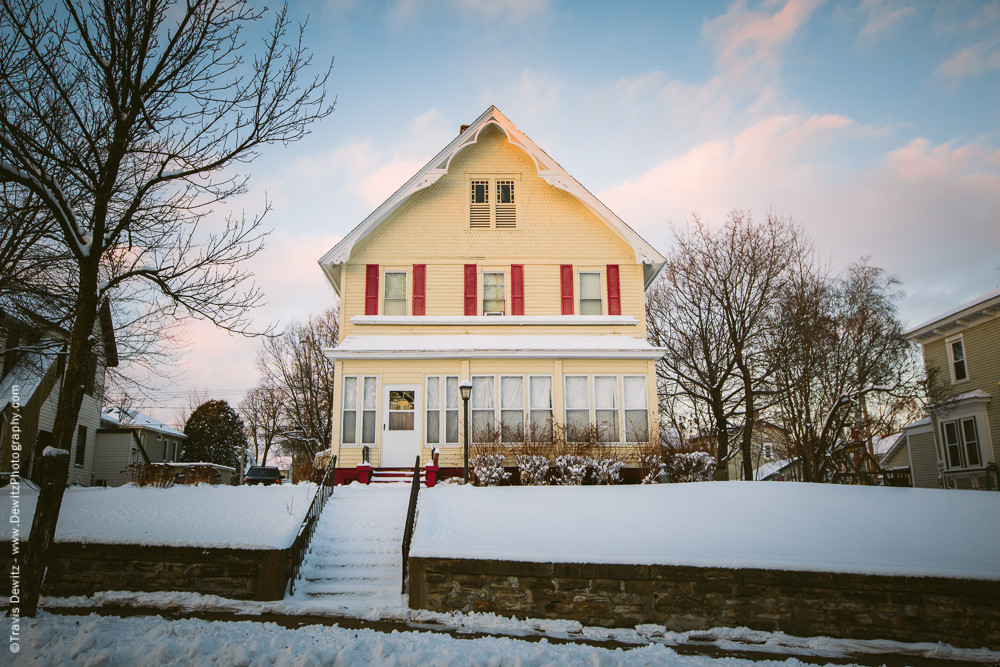
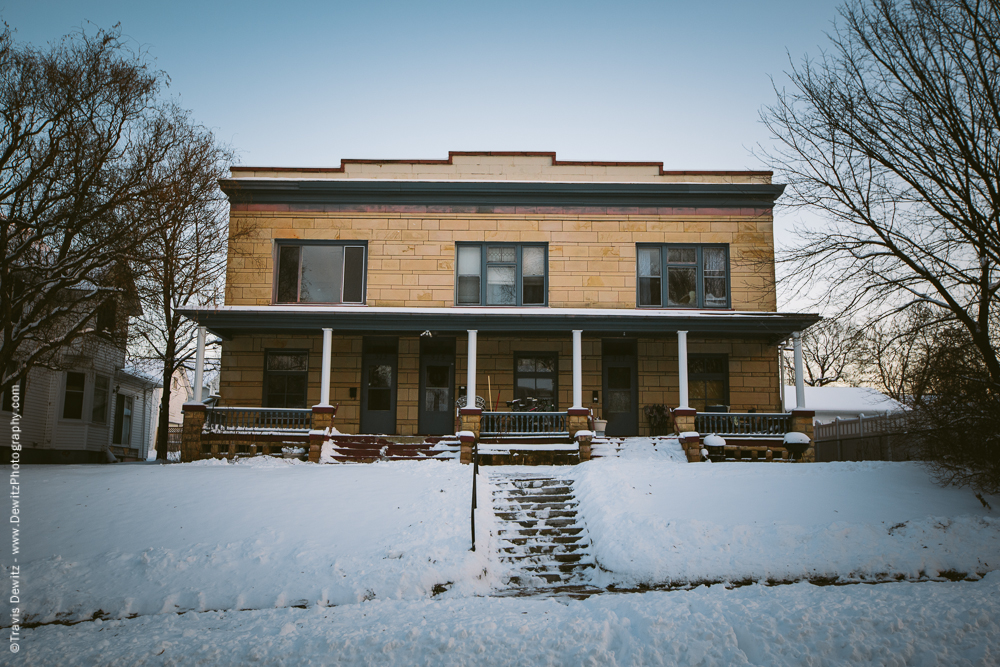
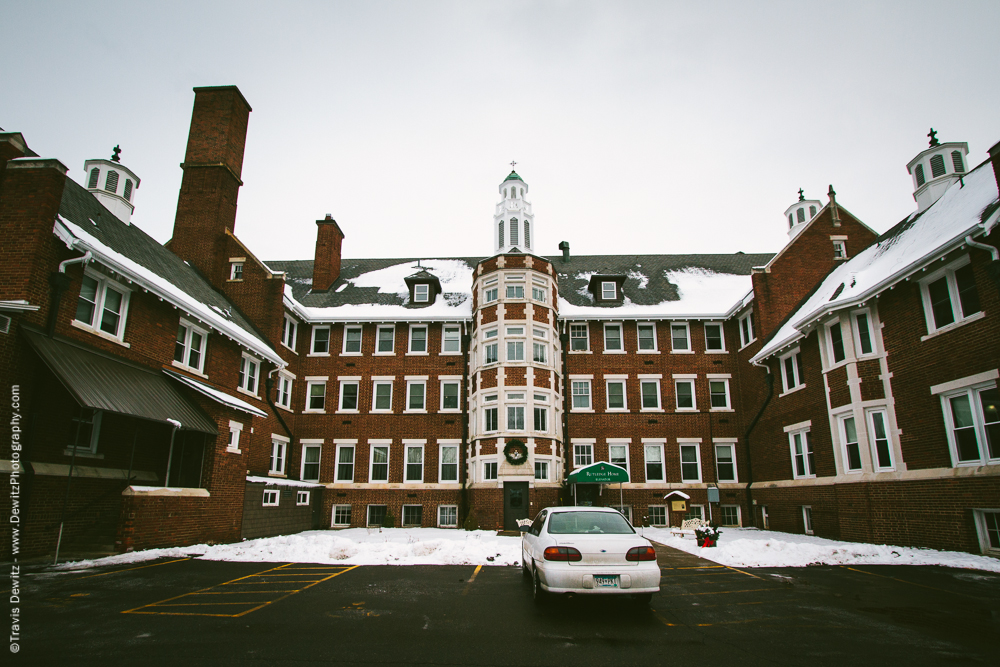
Rutledge Home
Upon the passing of Mr. Edward Rutledge, he bestowed the necessary funds in his will as a memorial to his loving wife Hannah, to provide accommodations and care for the elderly. The construction of the Hannah M. Rutledge home took place from 1910-1913 and opened its Bridgewater Avenue doors on May 1, 1913. Your time at the Rutledge Home was endless as long as upon your passing all of your assets were turned over to Rutledge Charities.
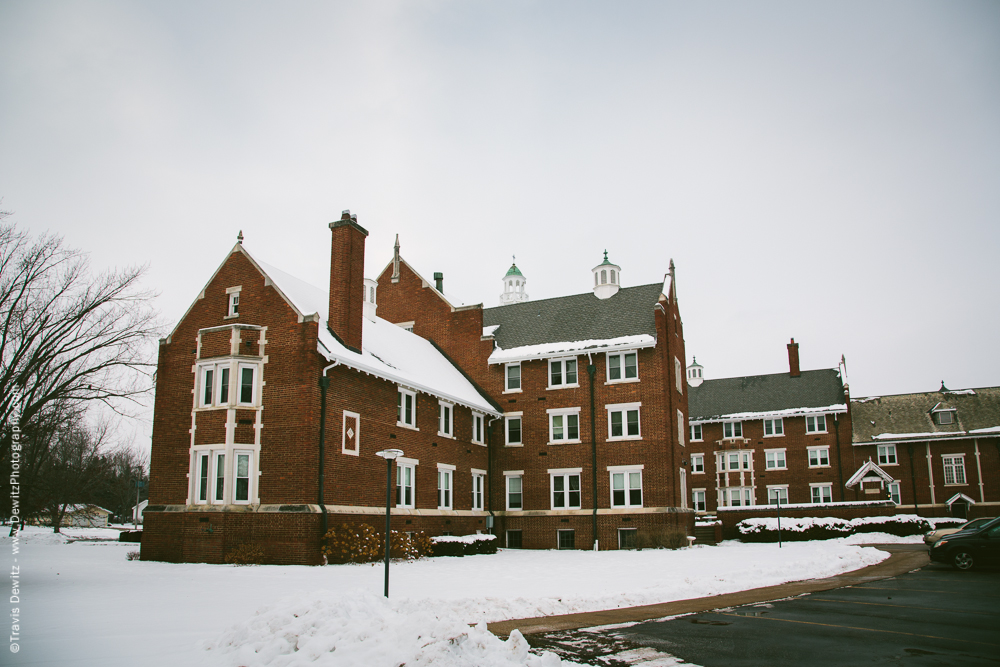
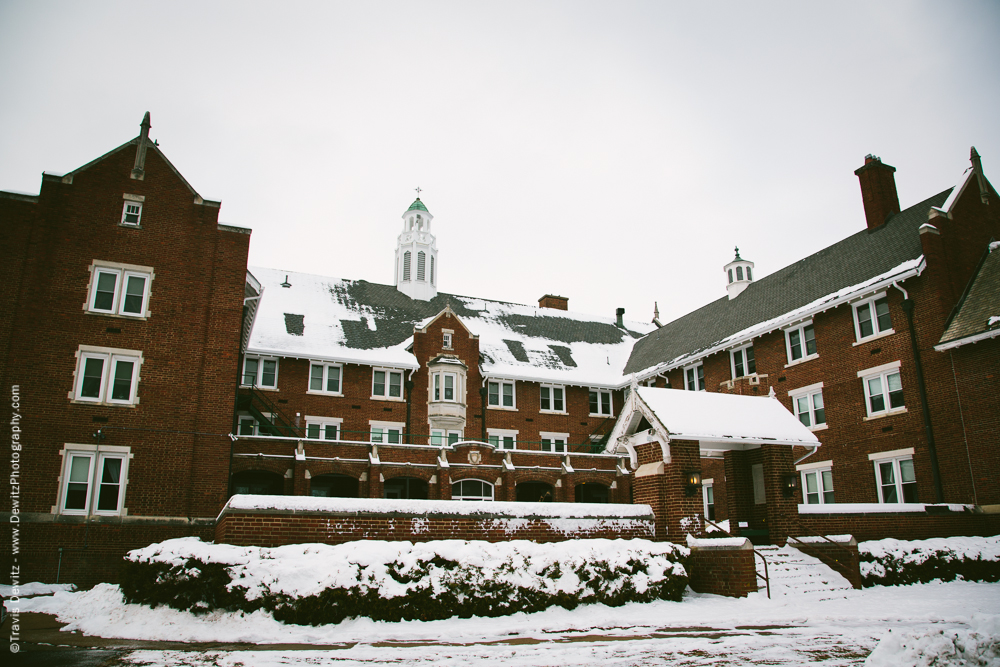
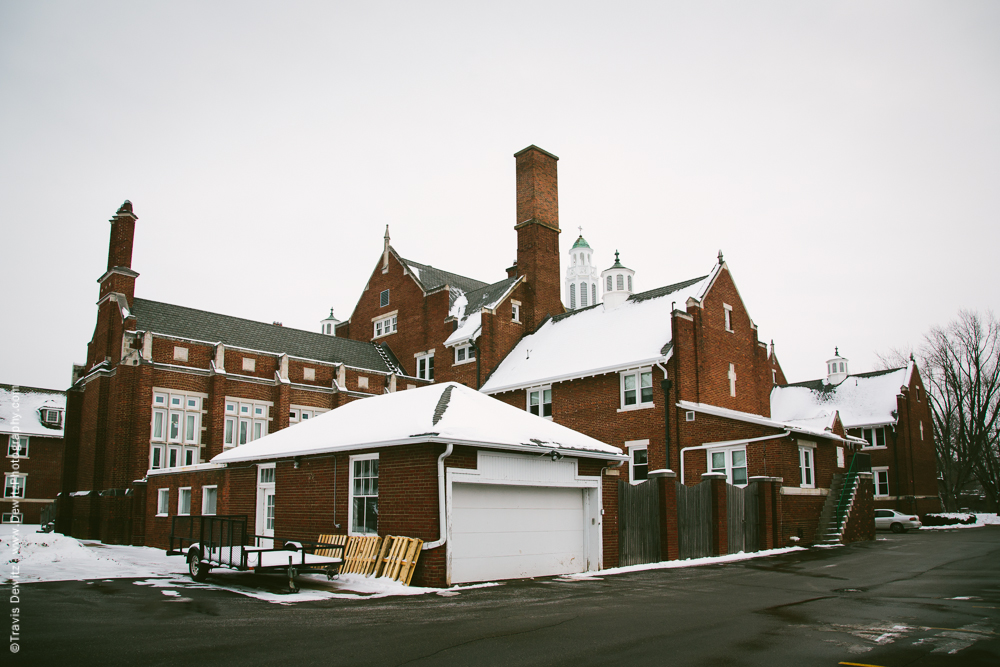
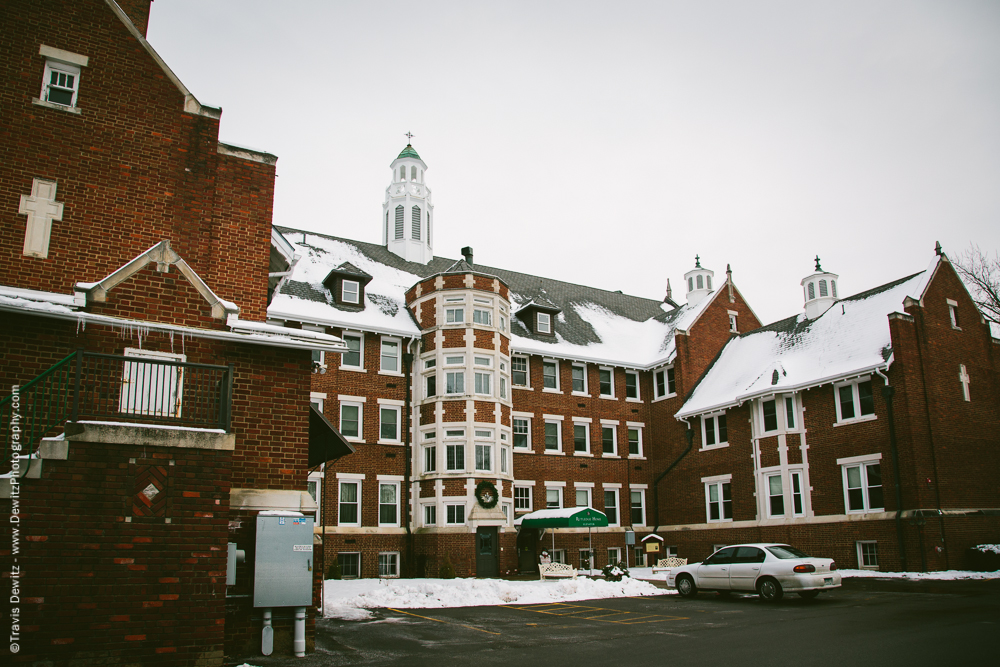
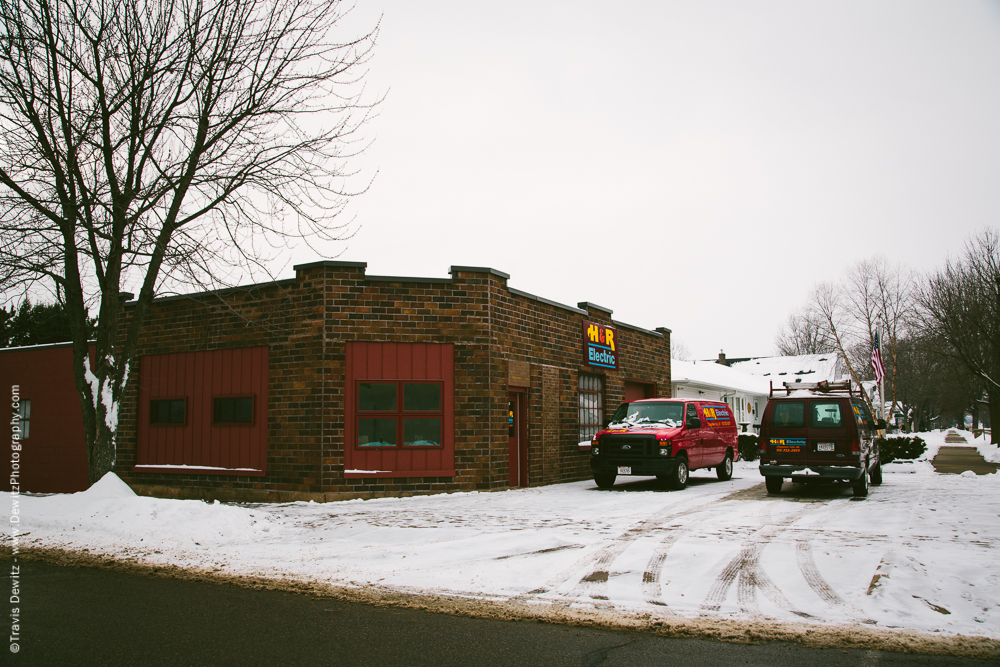
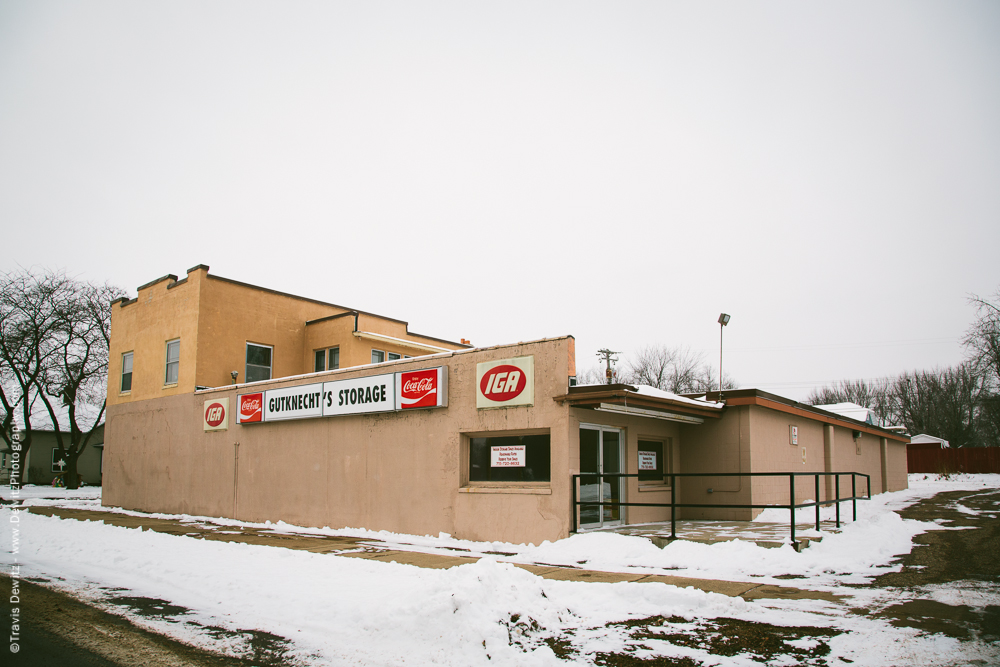
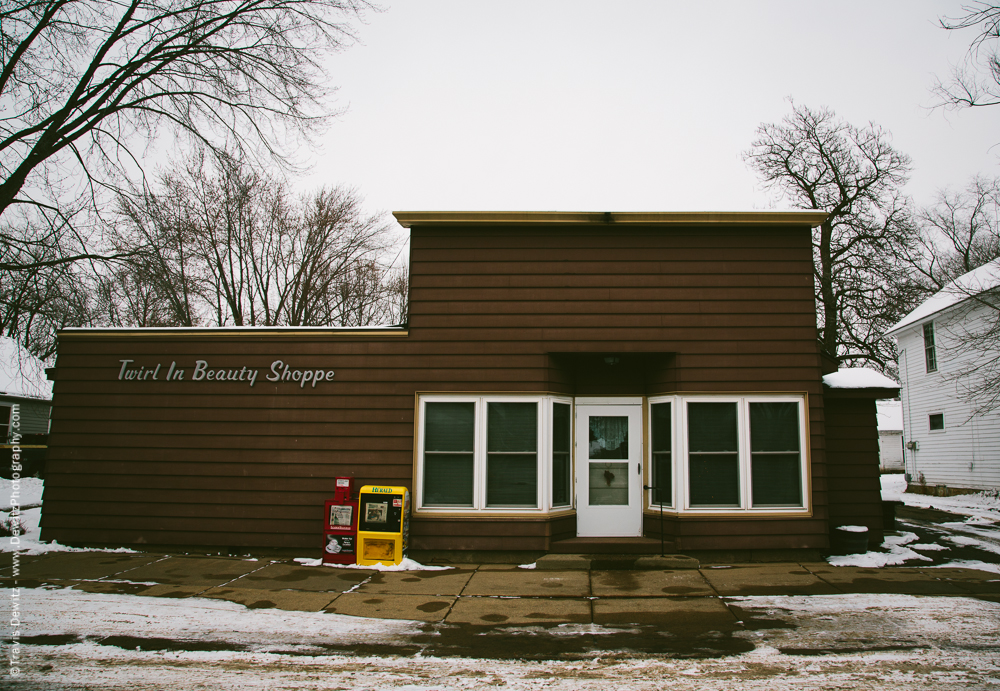
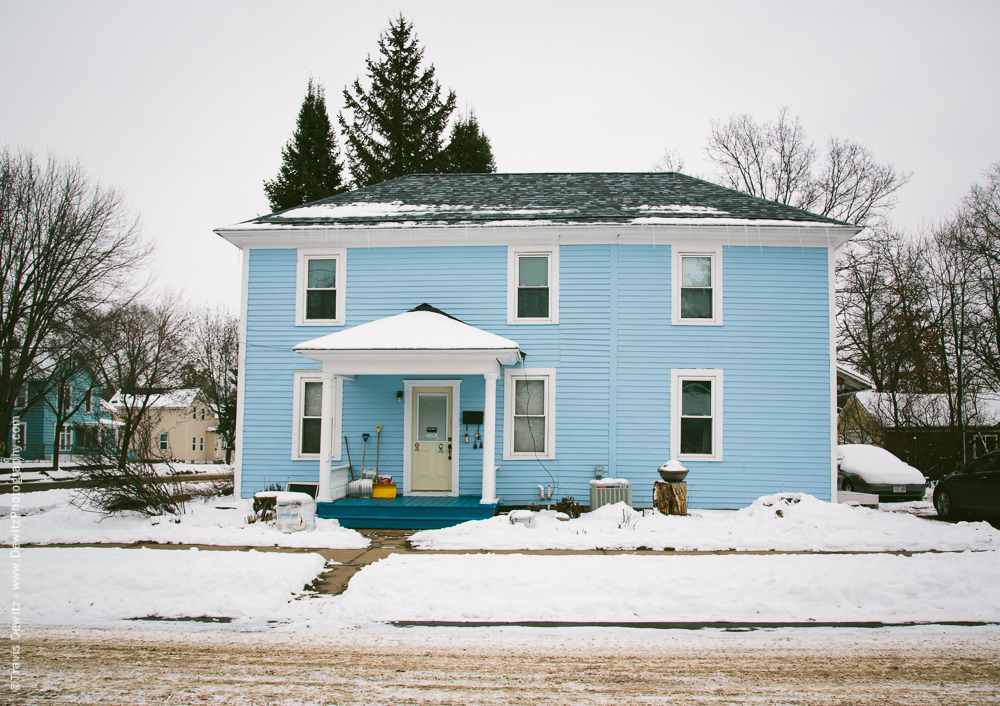
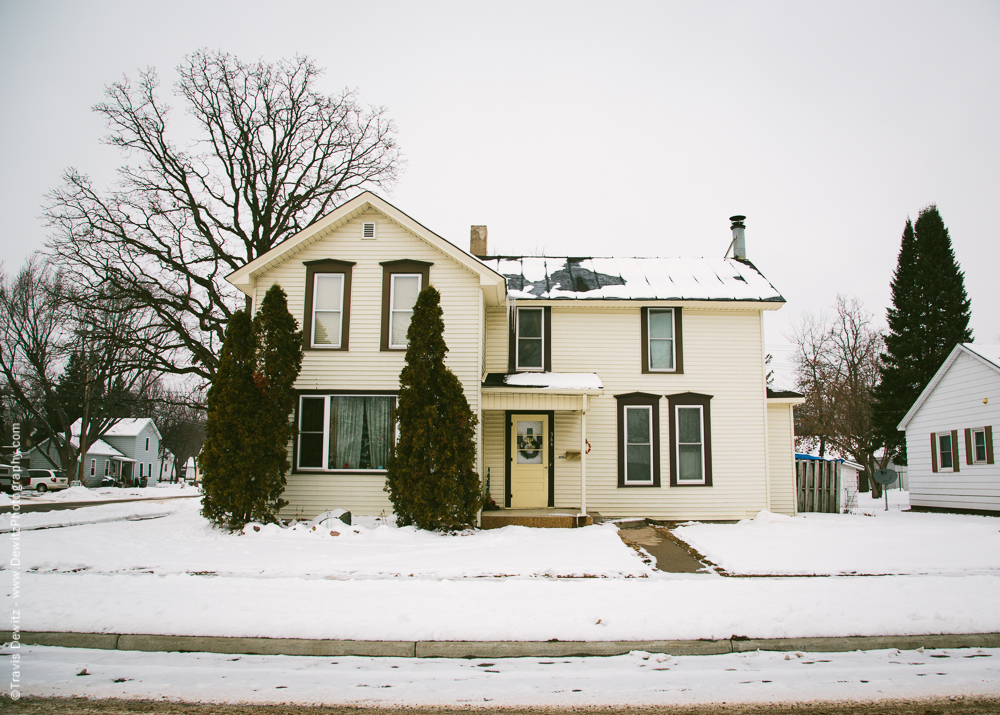
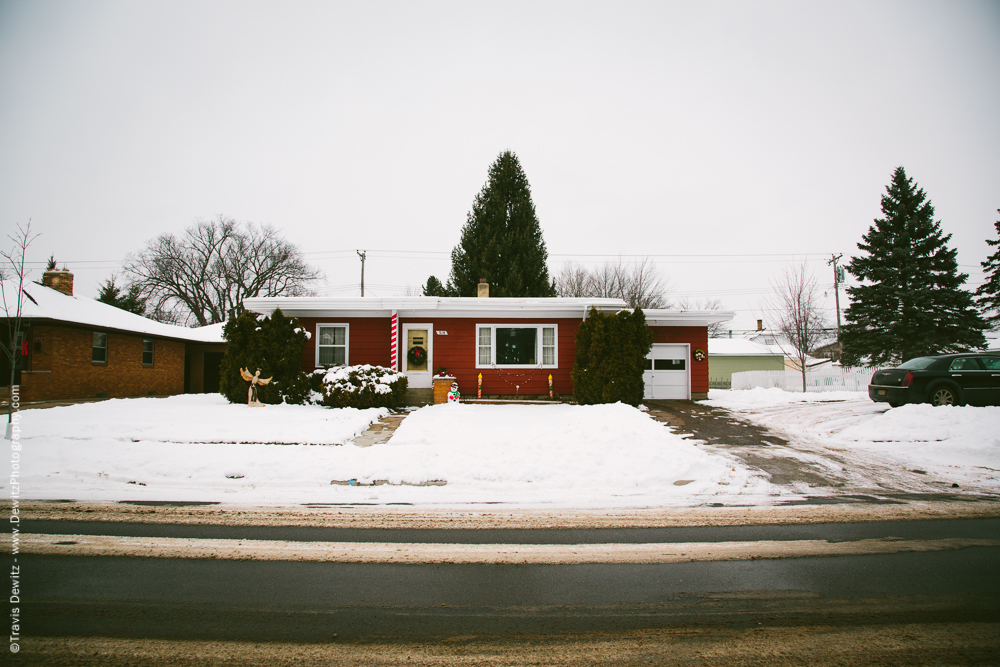
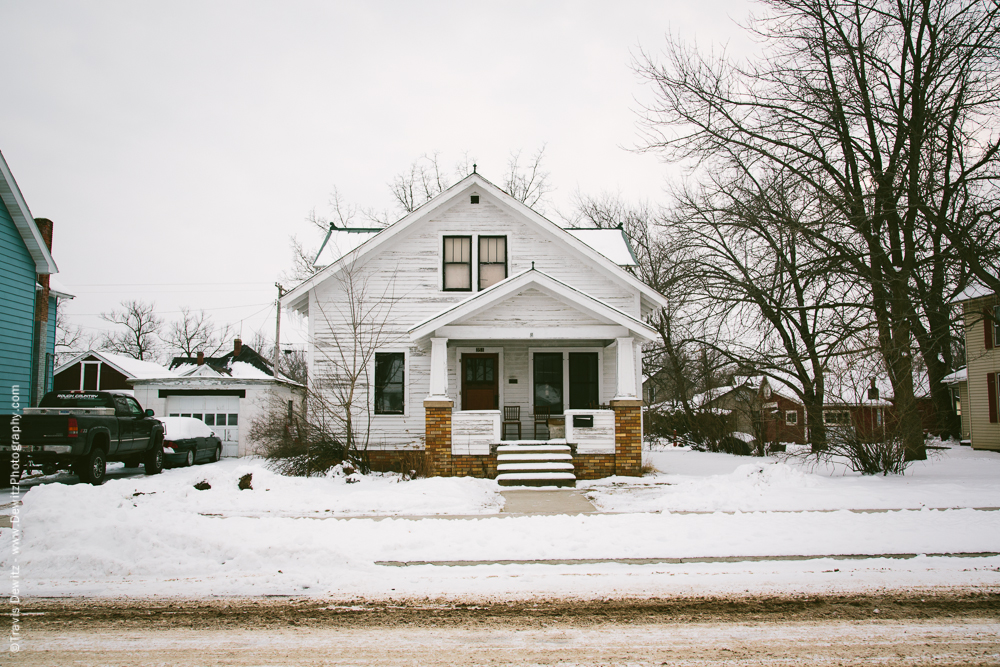
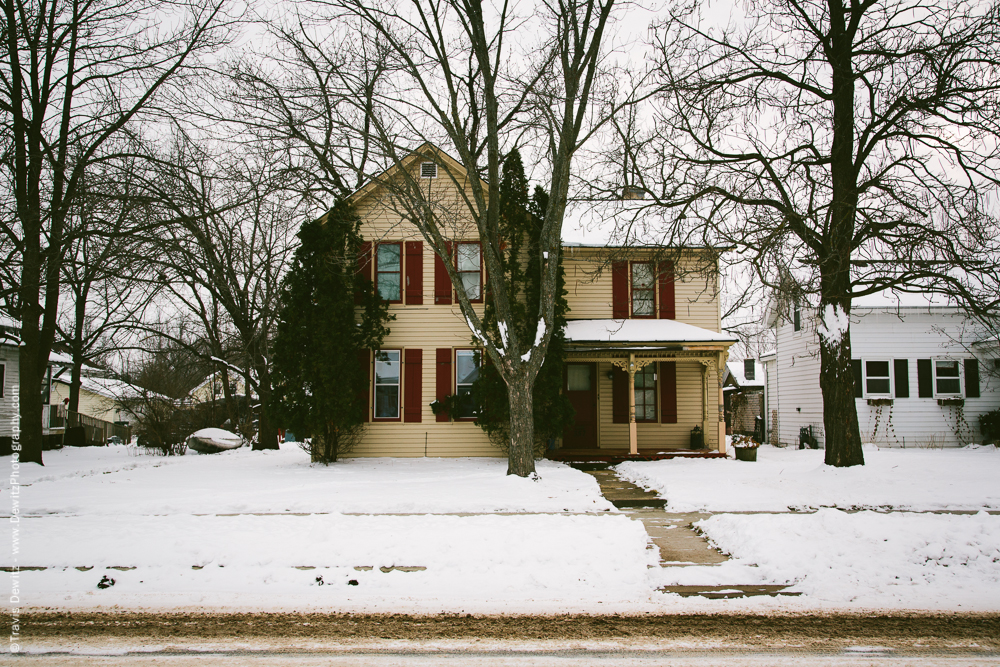
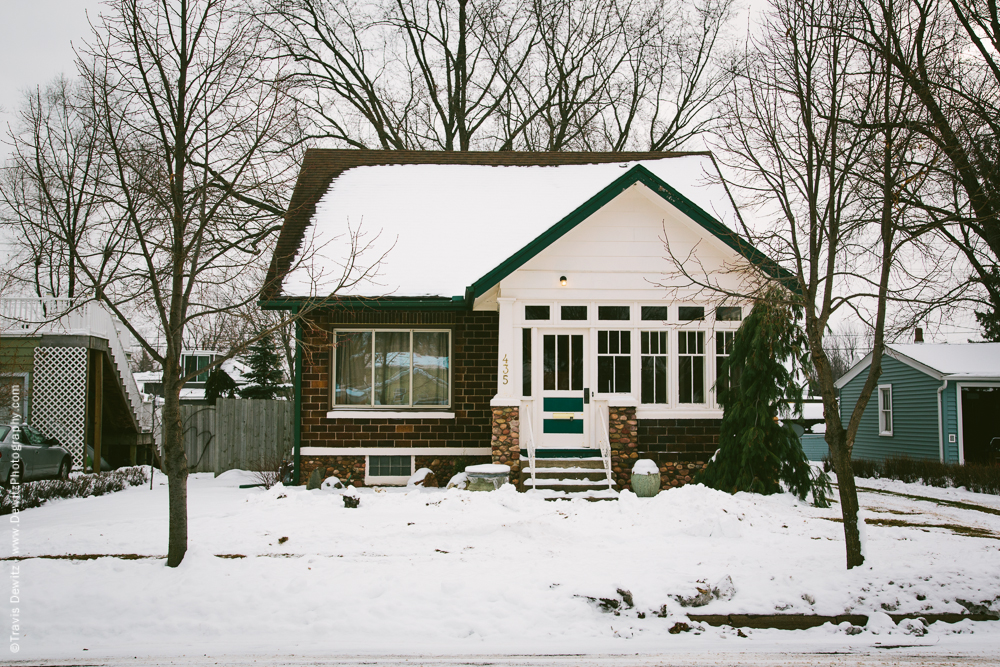
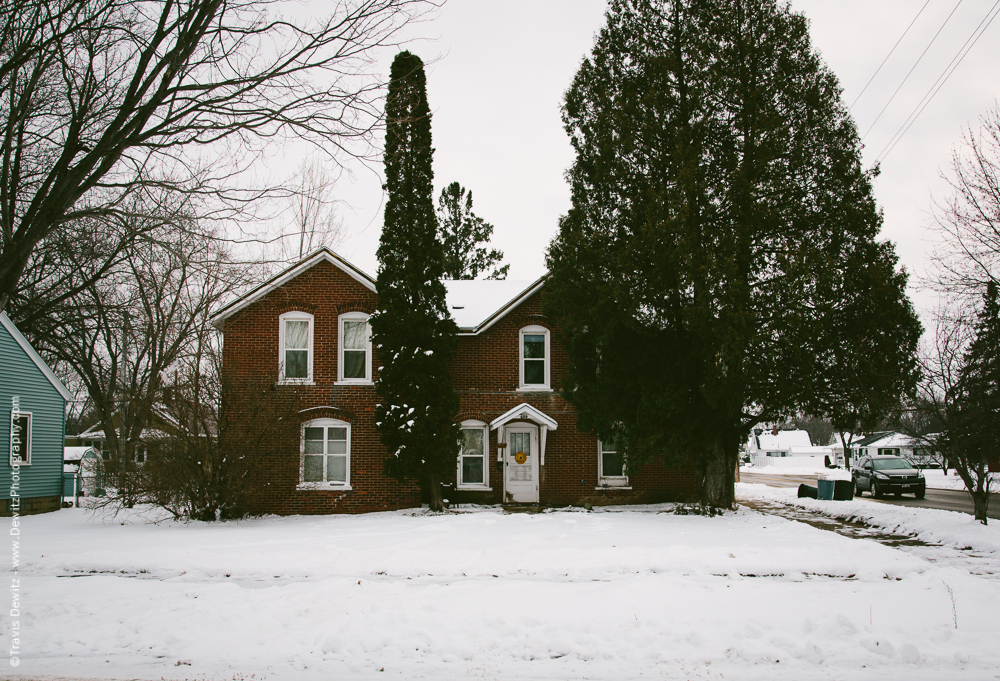
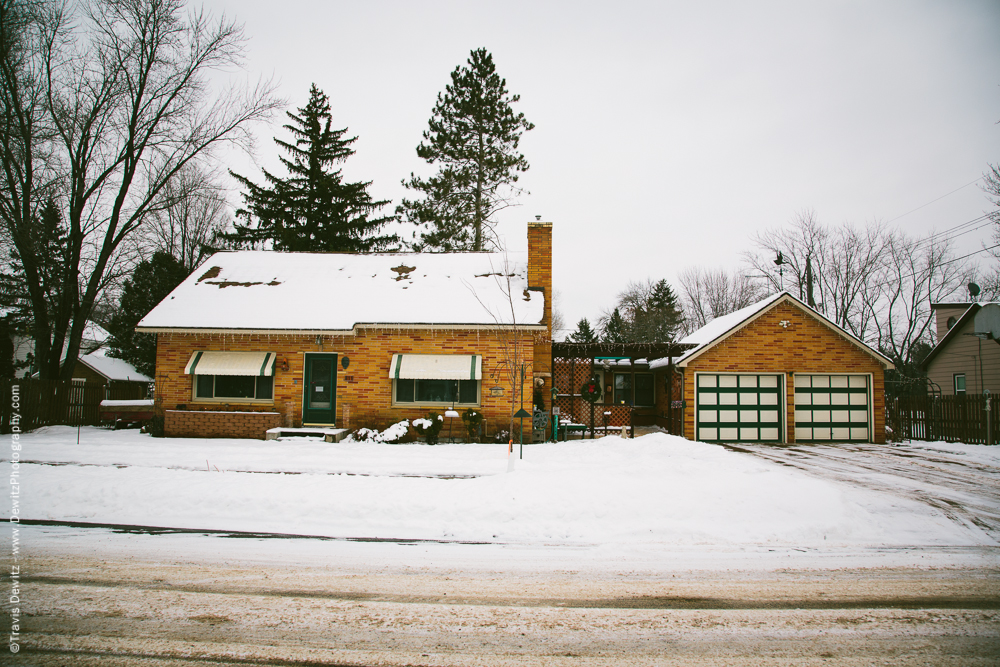
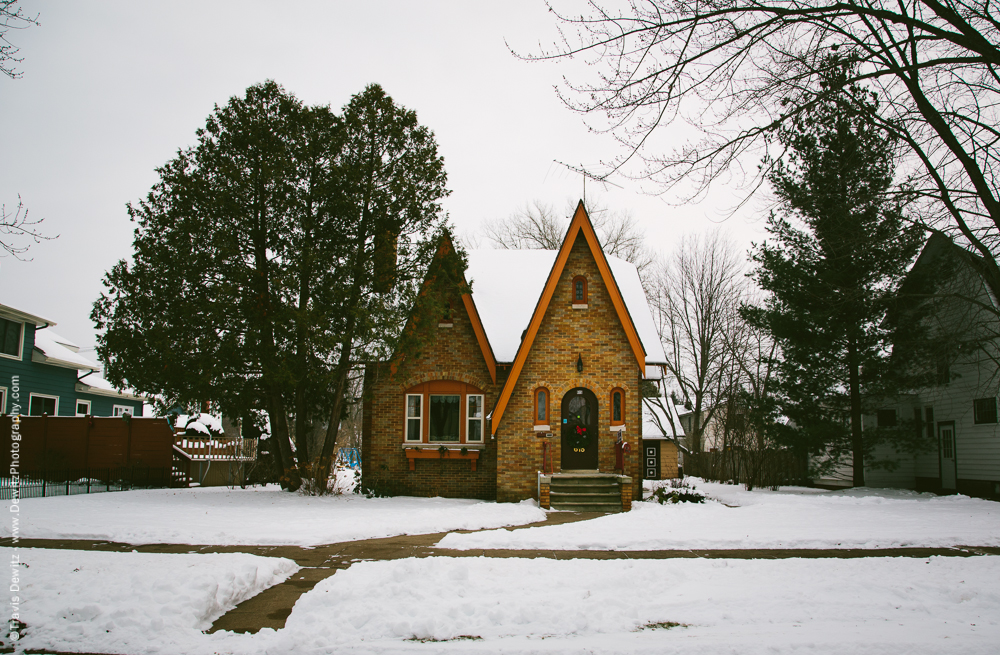
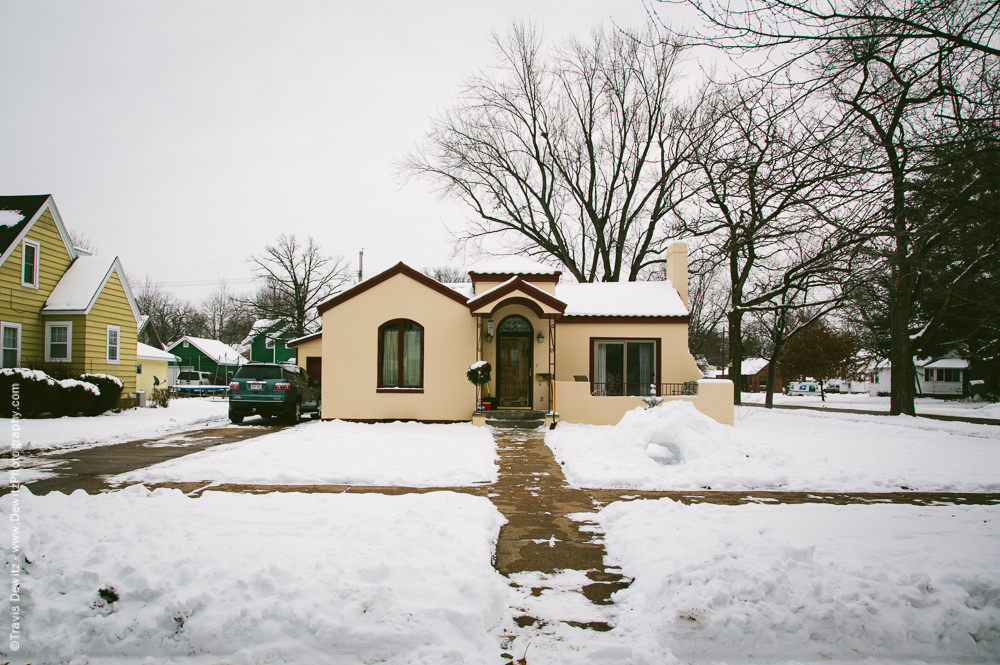
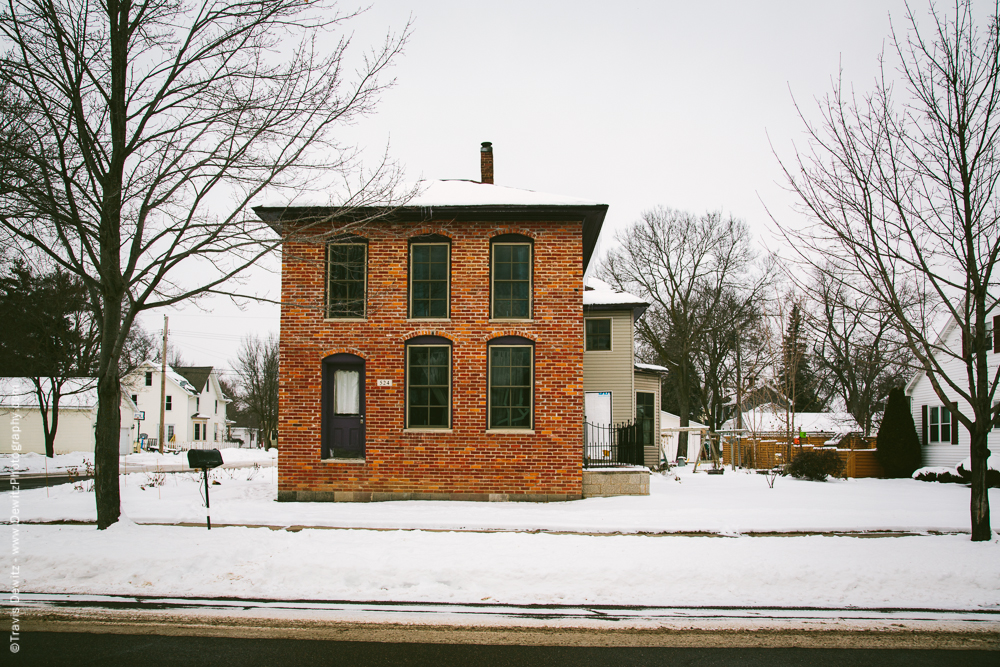
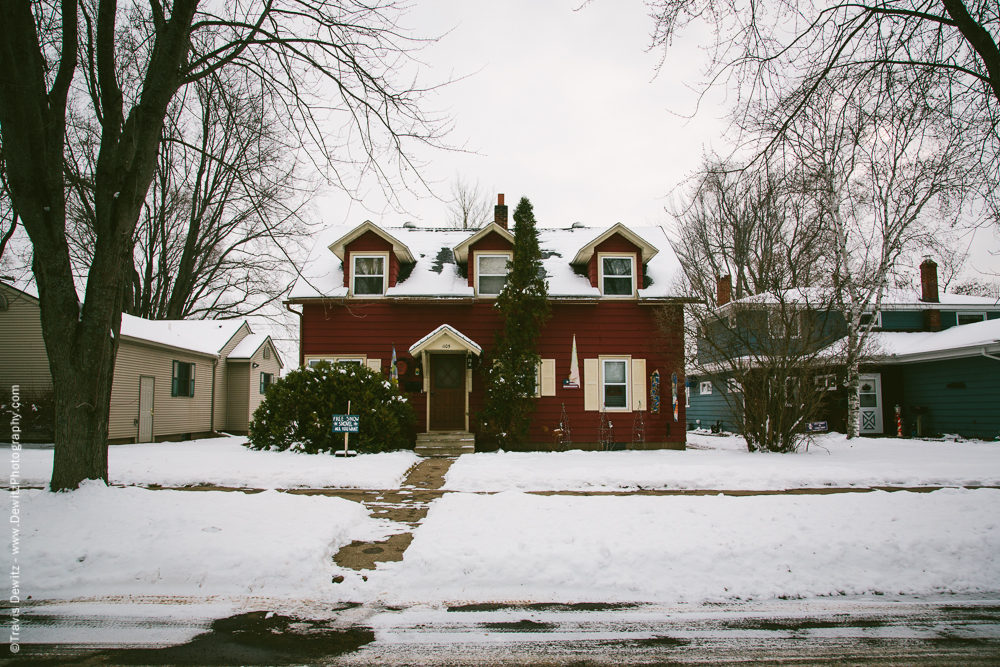
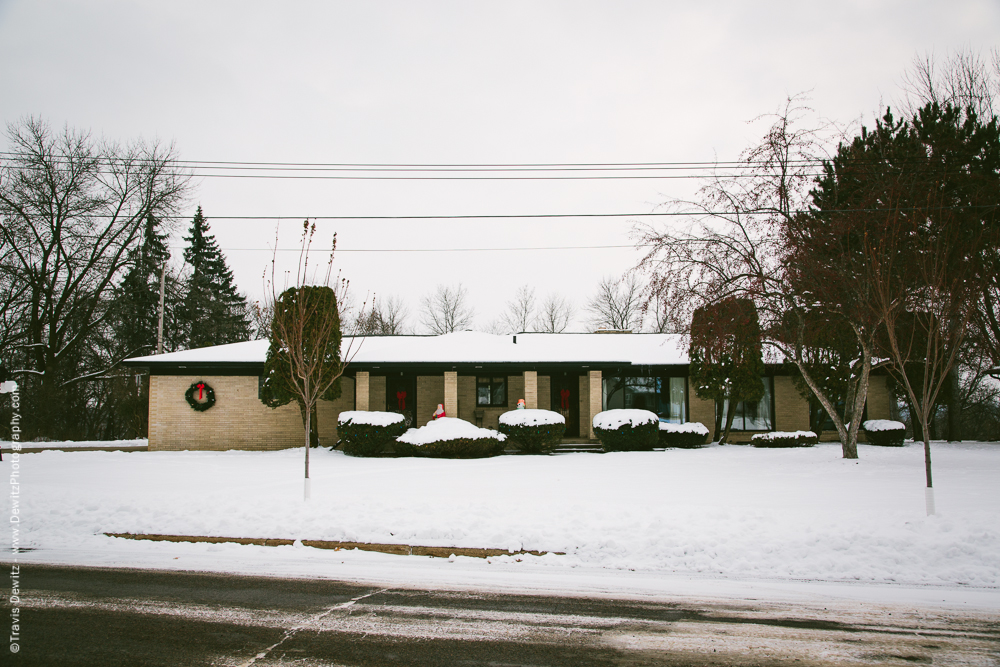
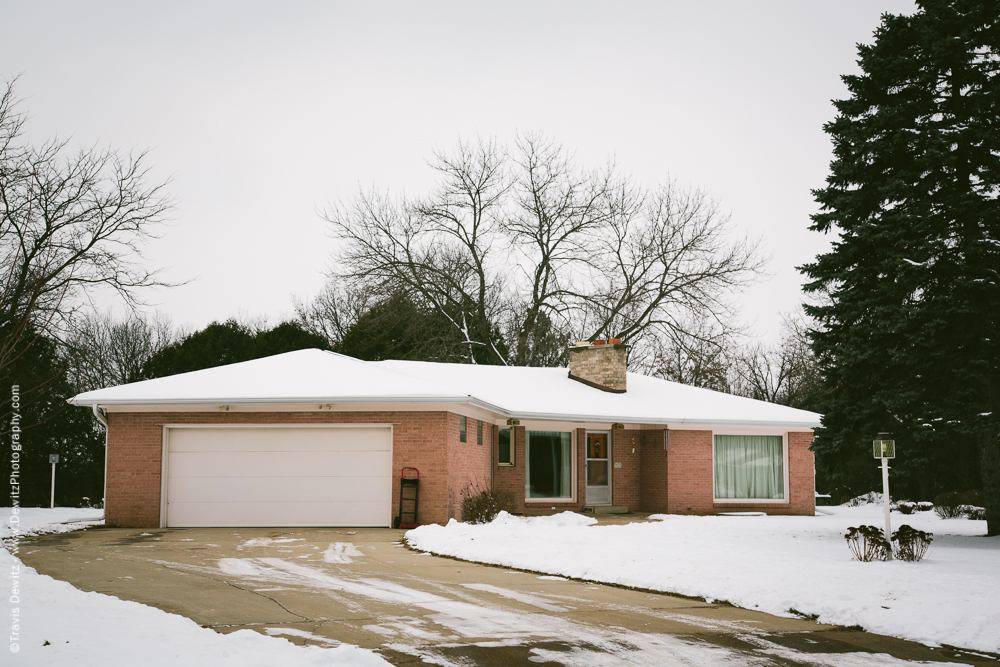
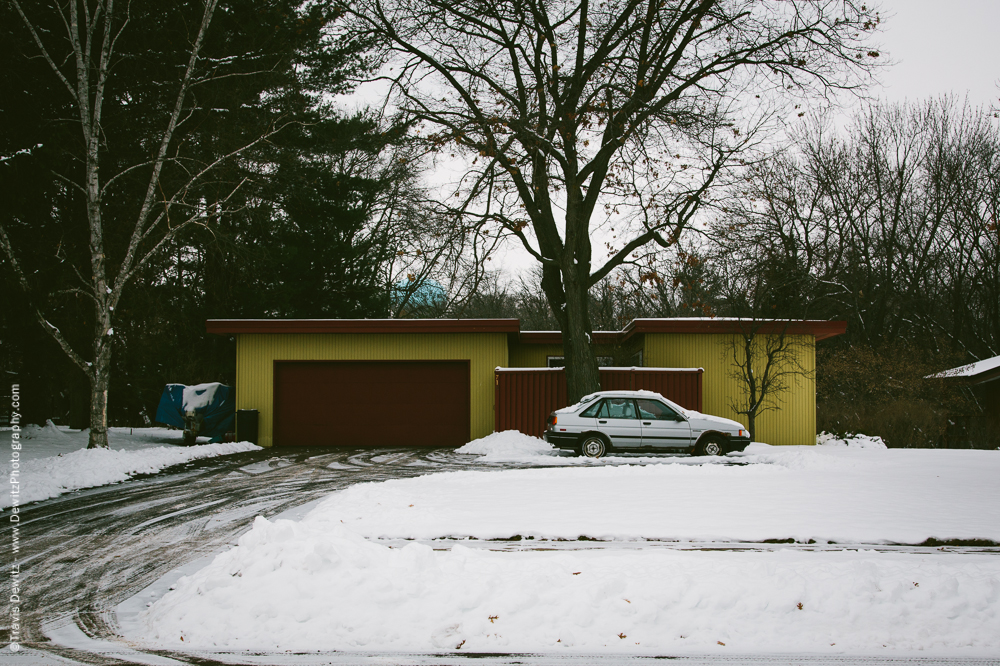
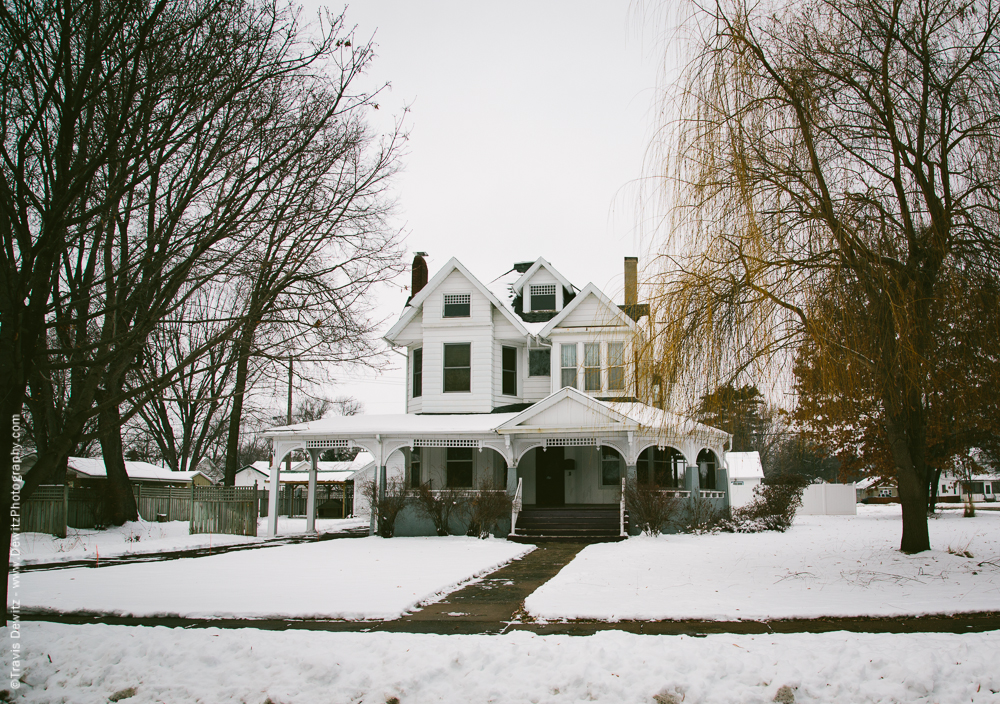
Known as the Newman House, this historic home was built in 1892 for Lorenzo Newman. Architectural design was from George F. Barber & Co. Design No.36 from the Cottage Souvenir No.2 catalog.
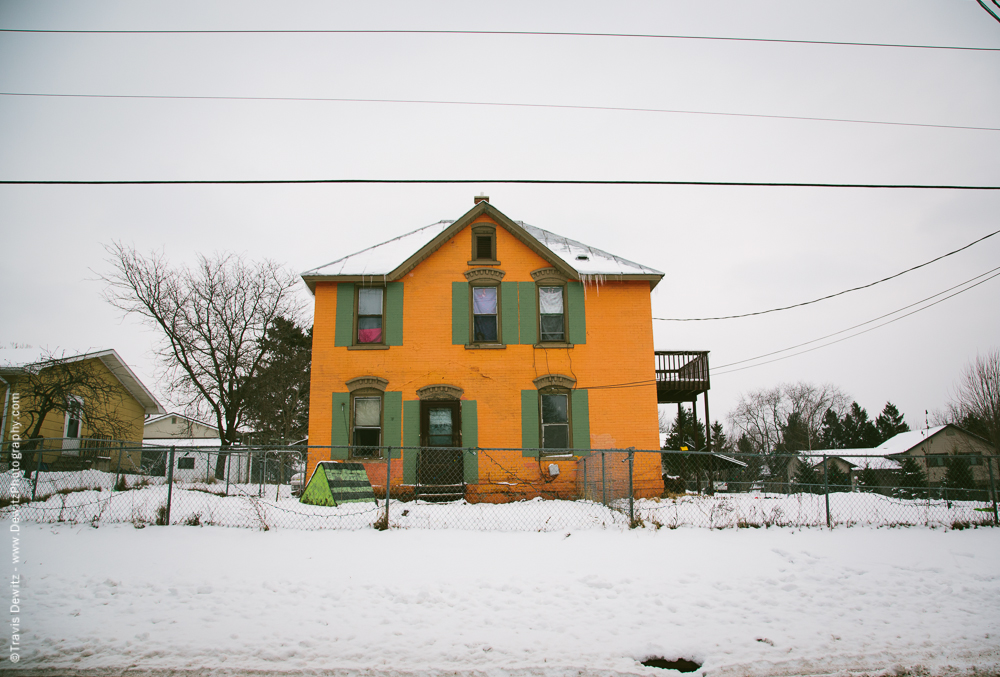
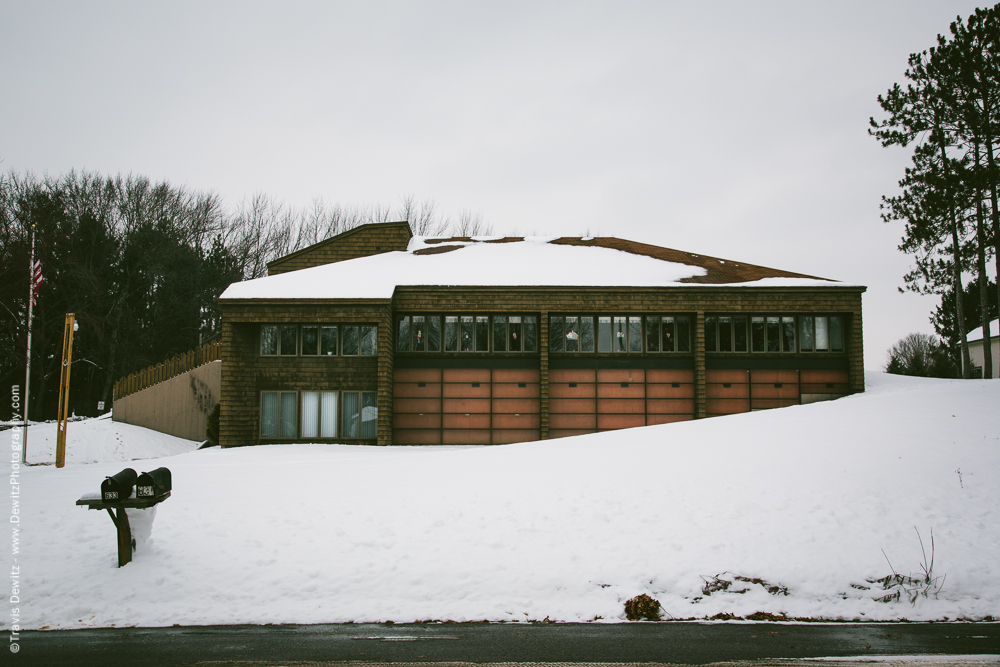
Masonic Center
West Side – 3rd Ward
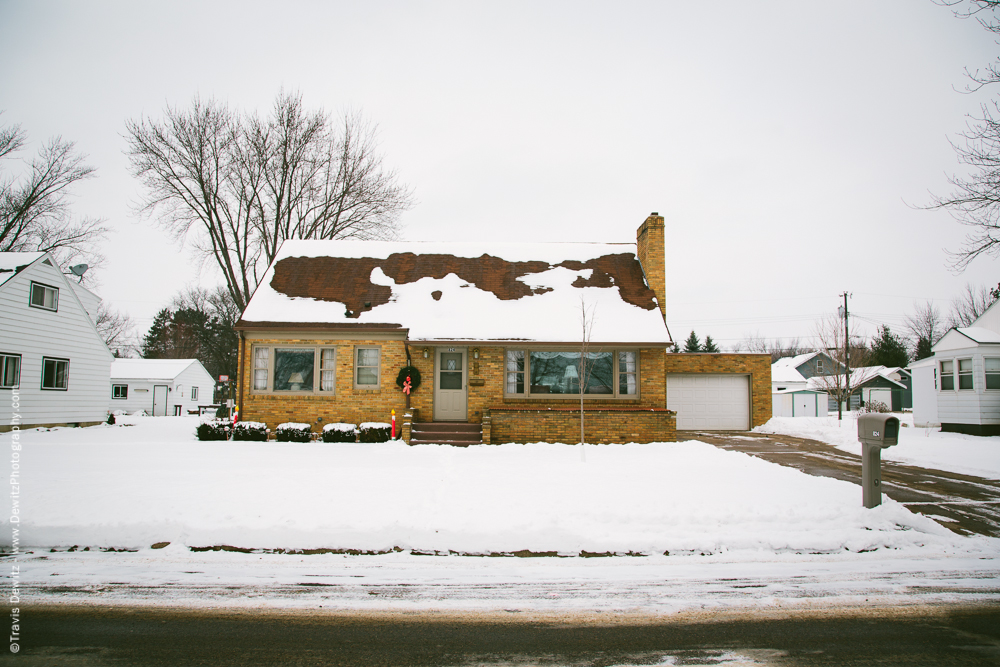
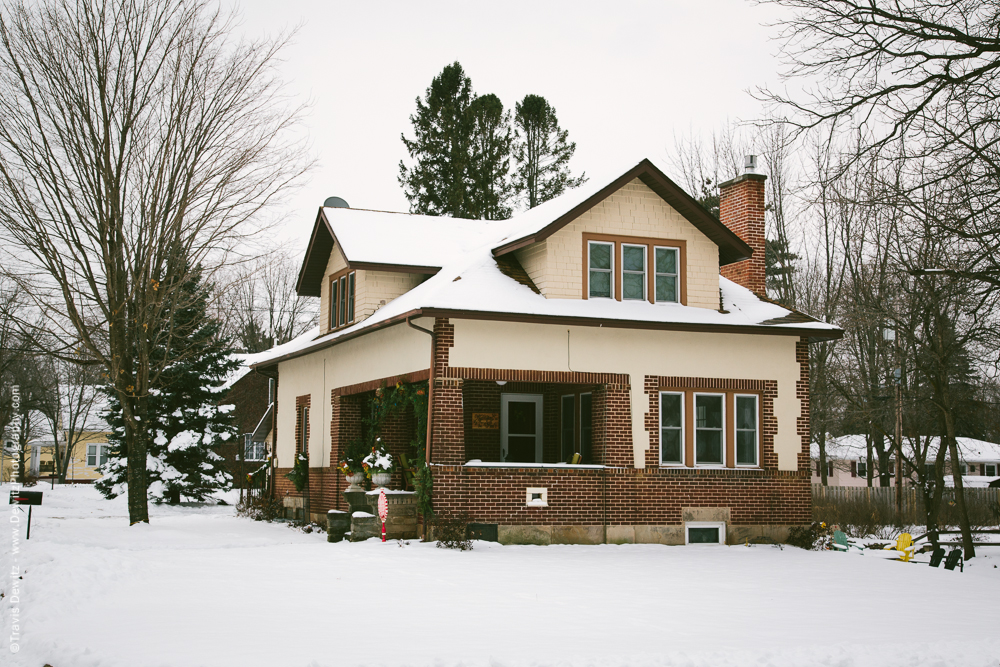
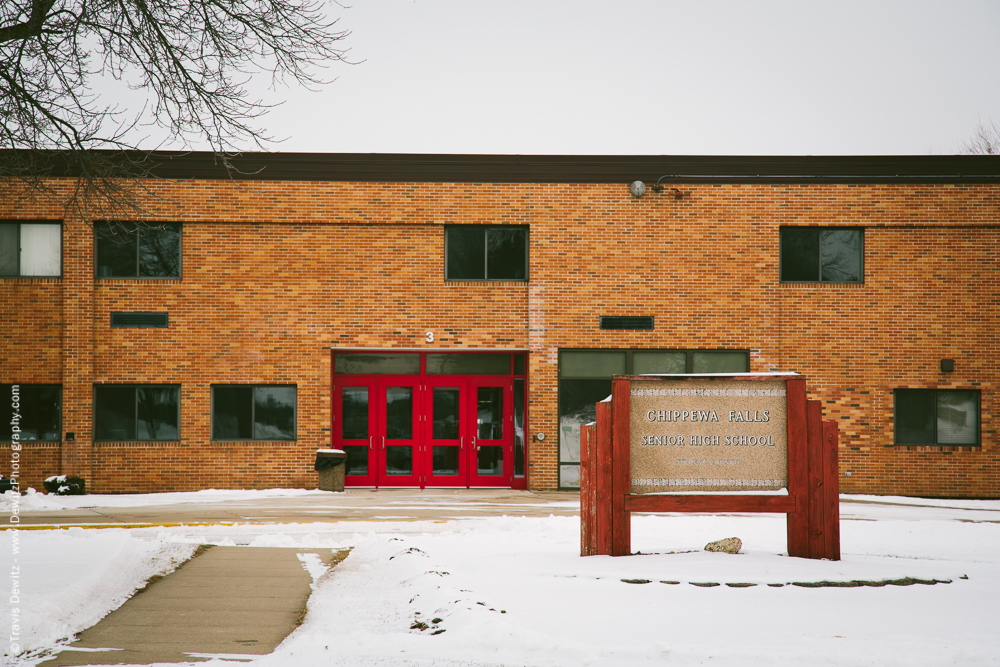
Chippewa Falls Senior High School
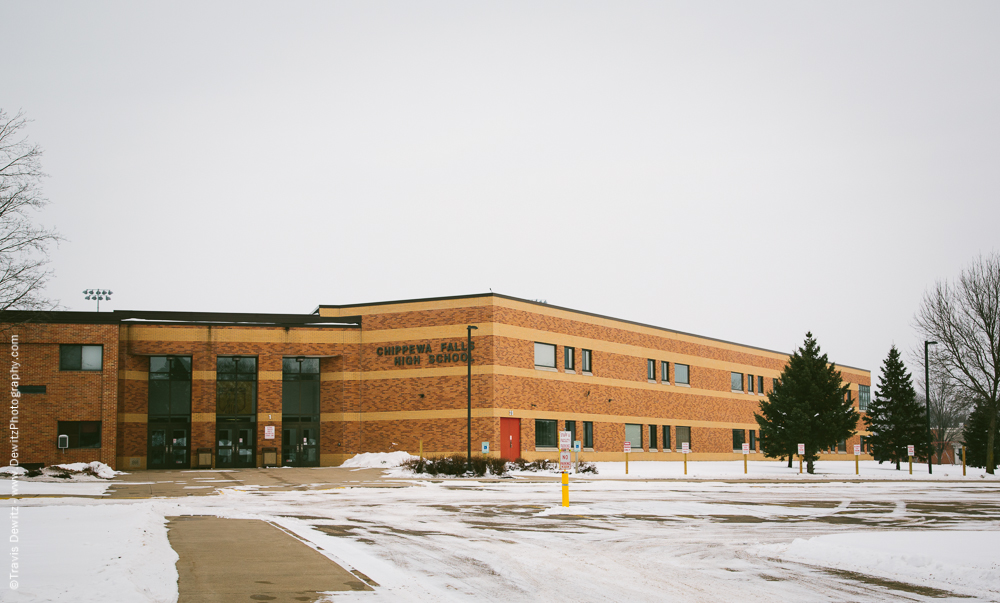
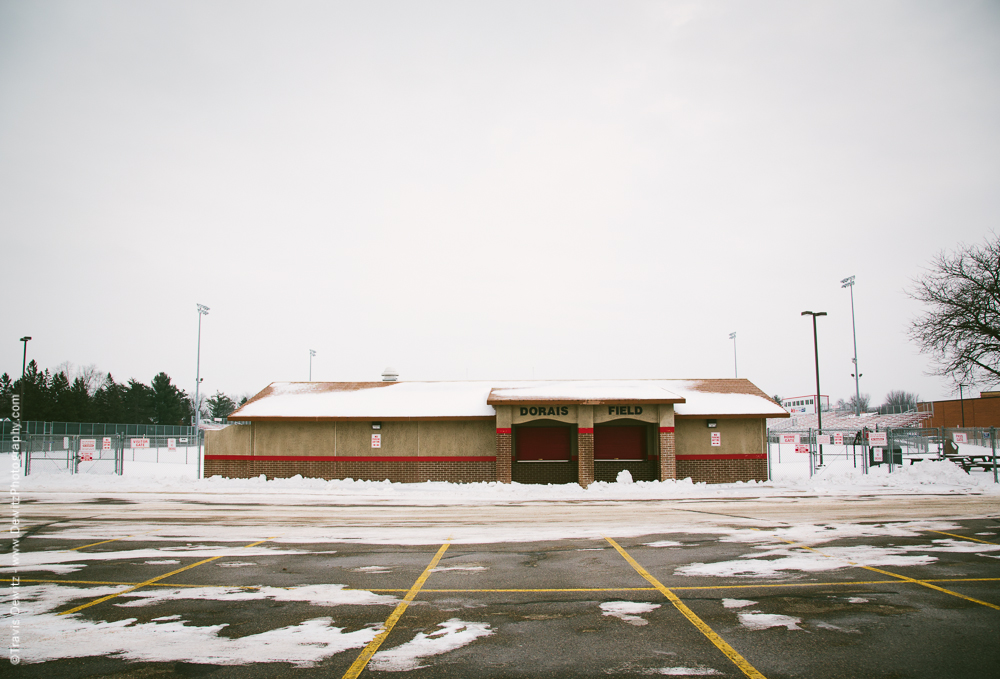
Dorais Field
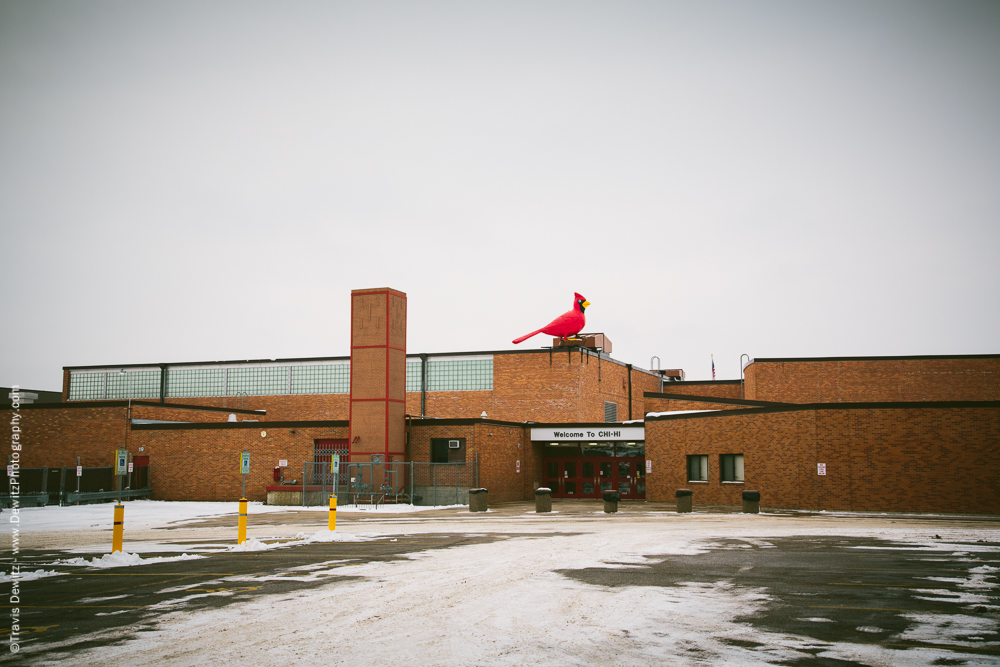
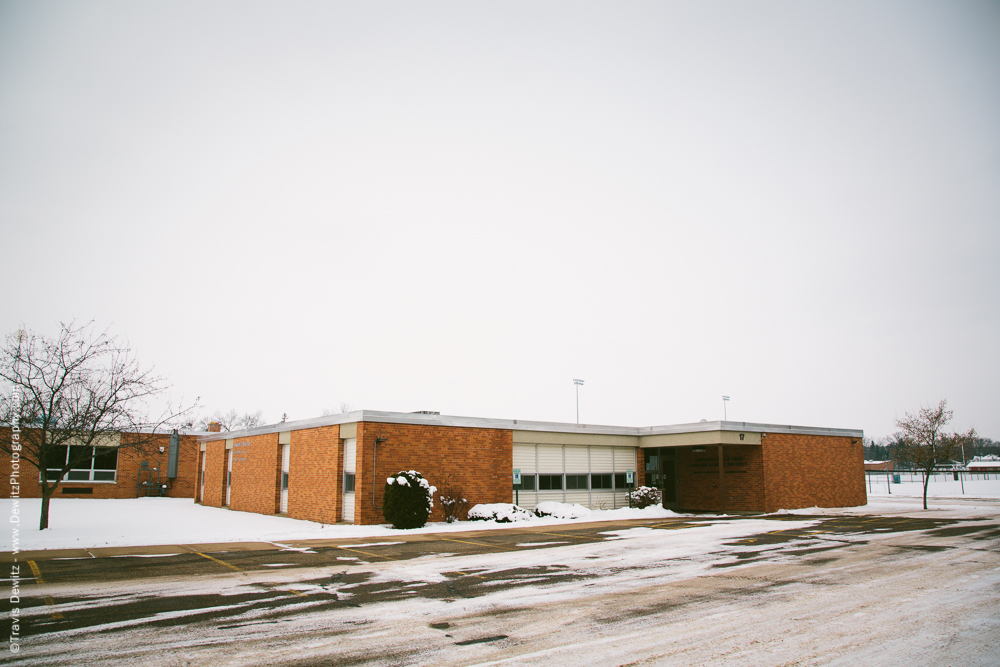
Area Unified School District Administration Building
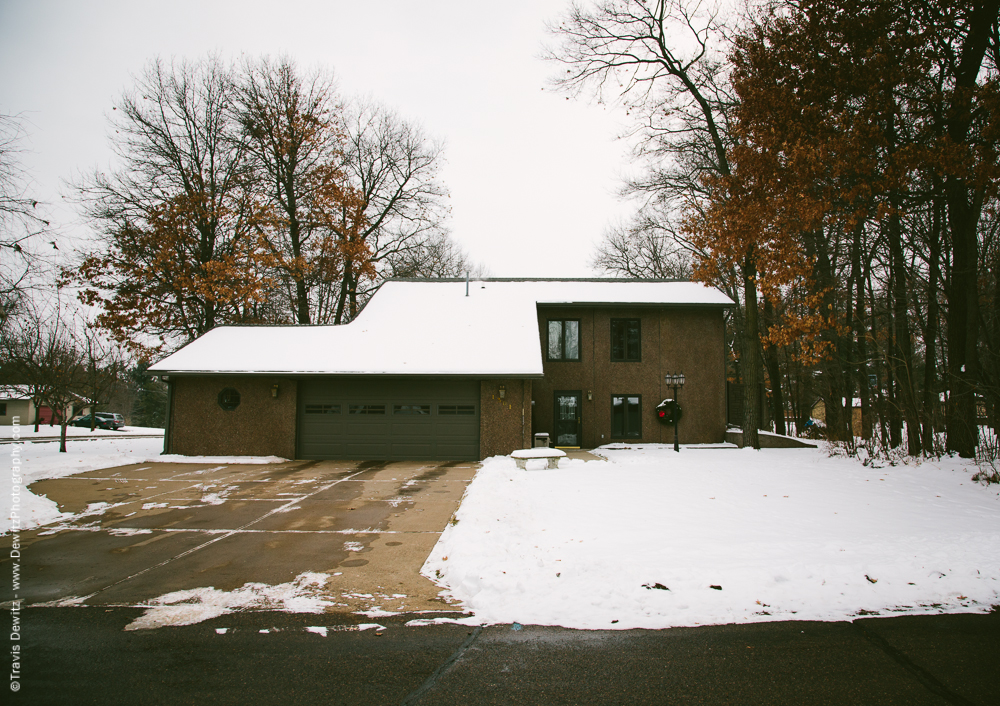
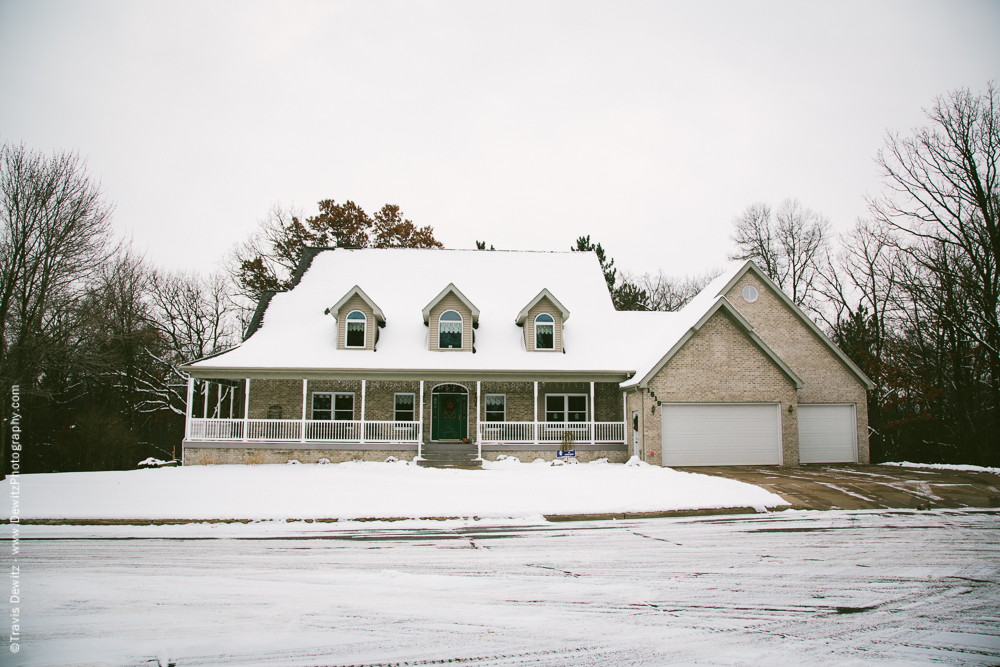
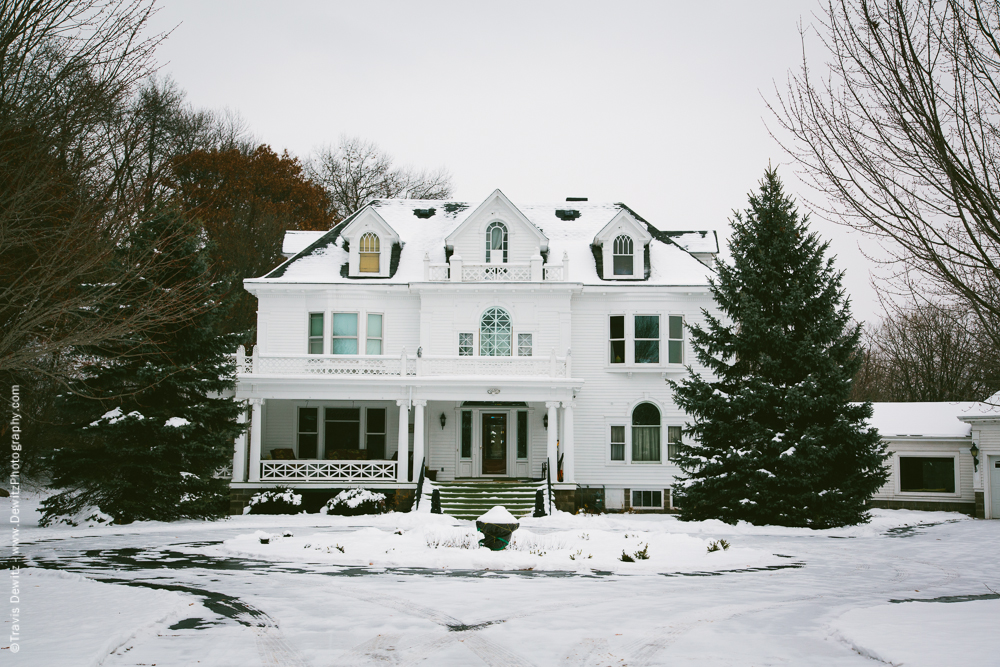
This 1906 Colonial Revival home was designed by George F. Barber. It is a slightly modified version of design #45 from the Modern Dwellings pattern book published in 1901. This home was just saved from demolition and moved from its original home up and over the West Hill to the current location on the westside.
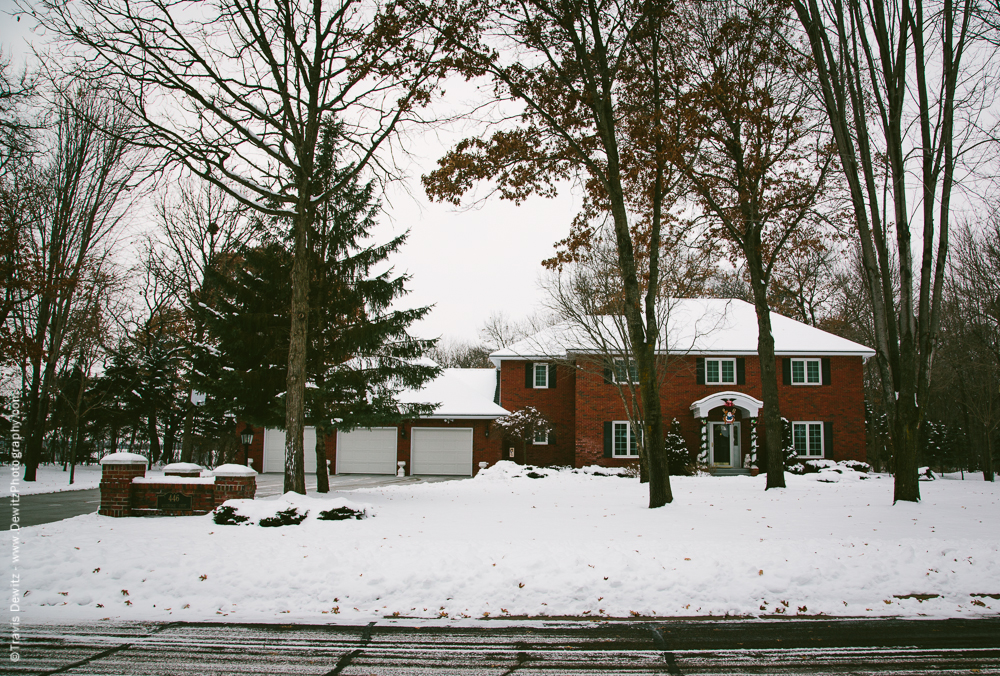
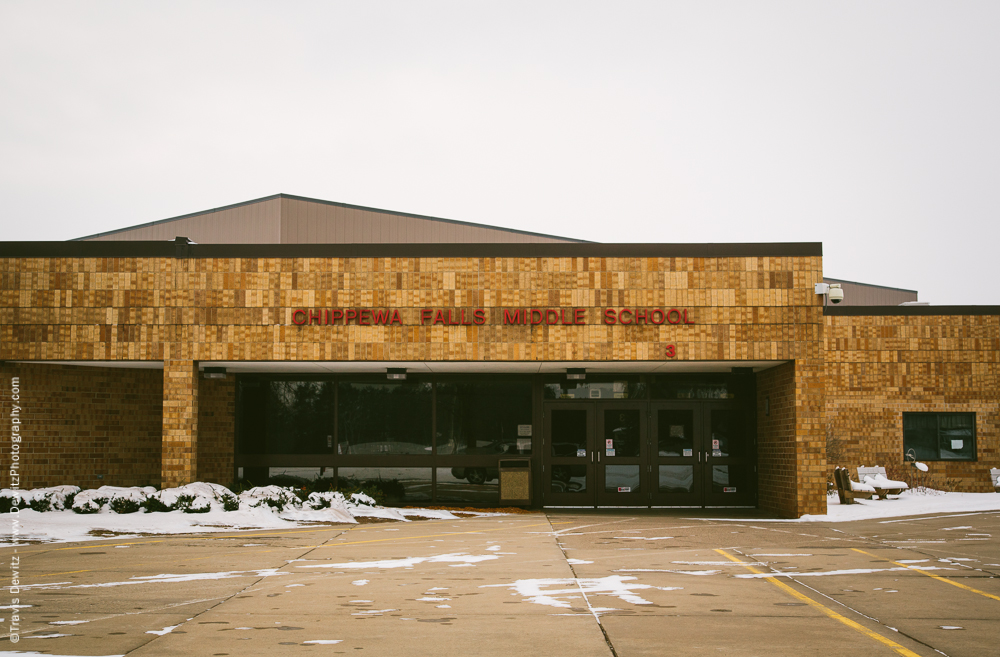
Chippewa Falls Middle School
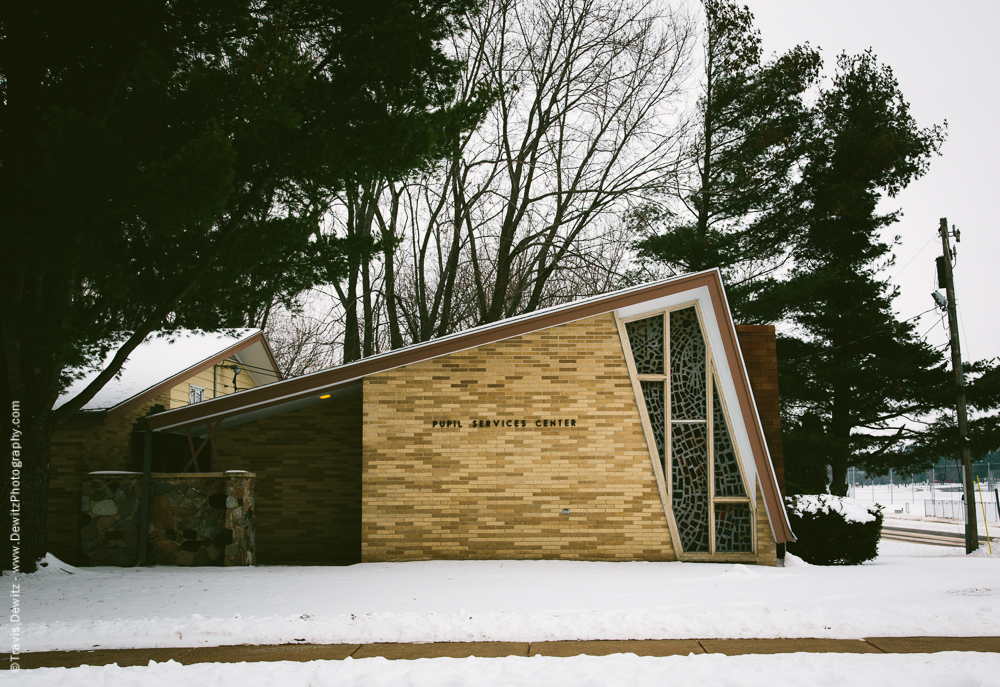
School District Pupil Services
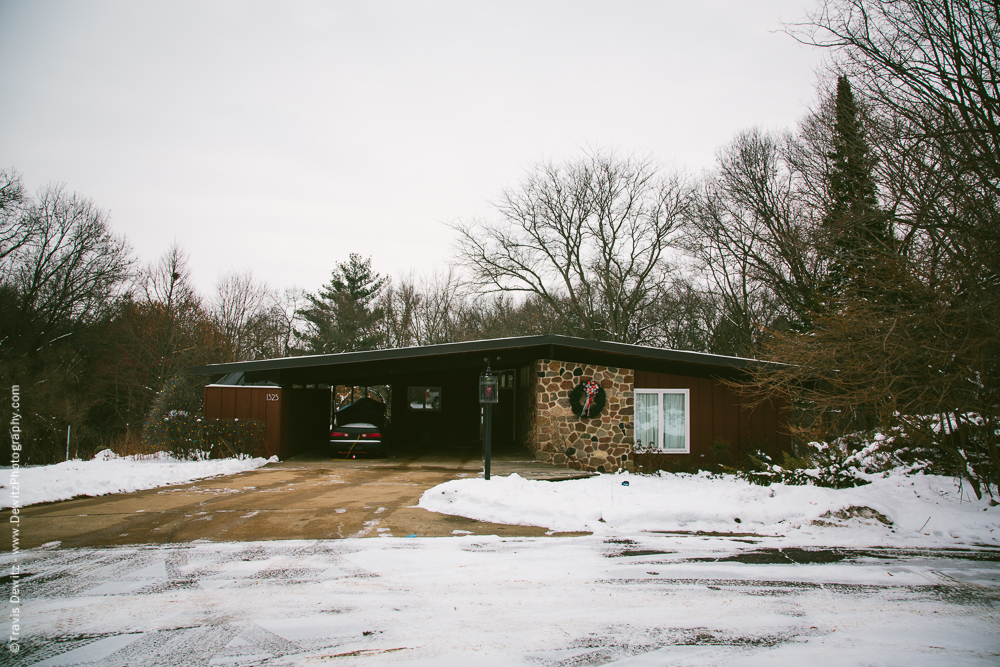
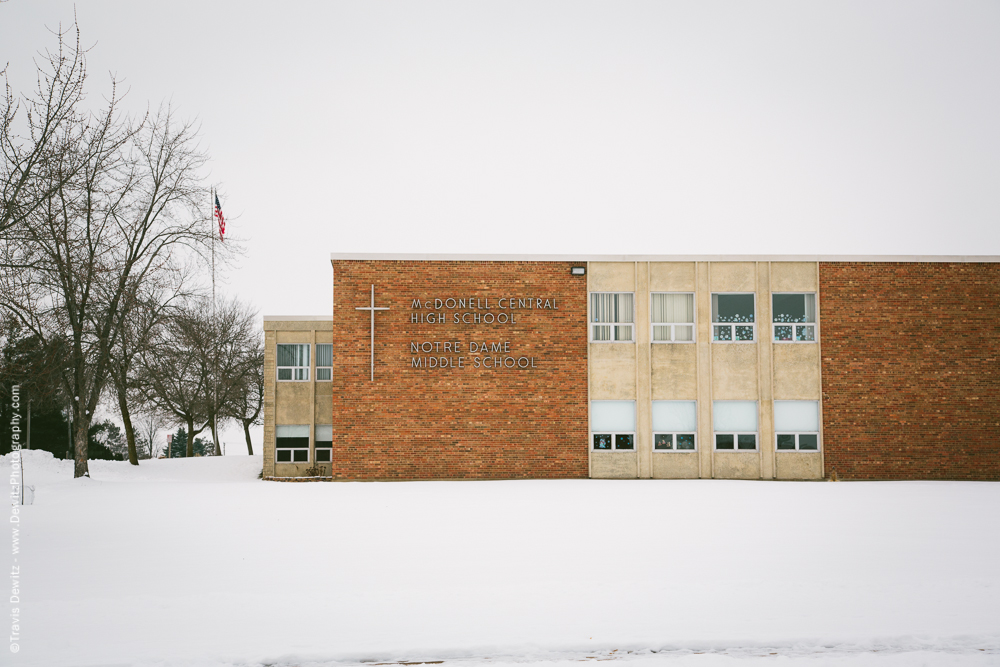
McDonell High School and Notre Dame Middle School
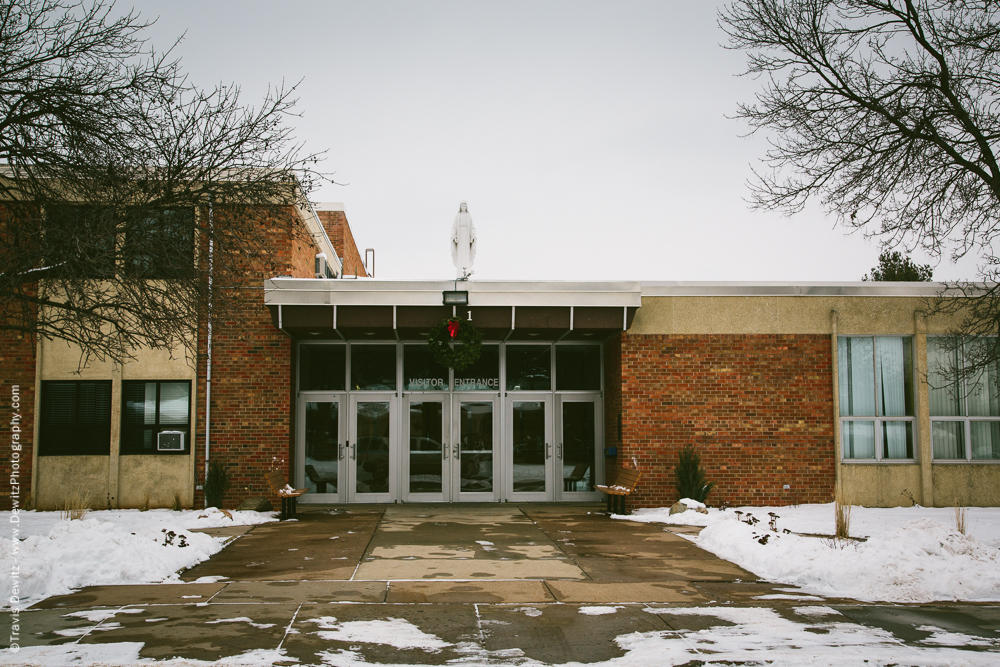
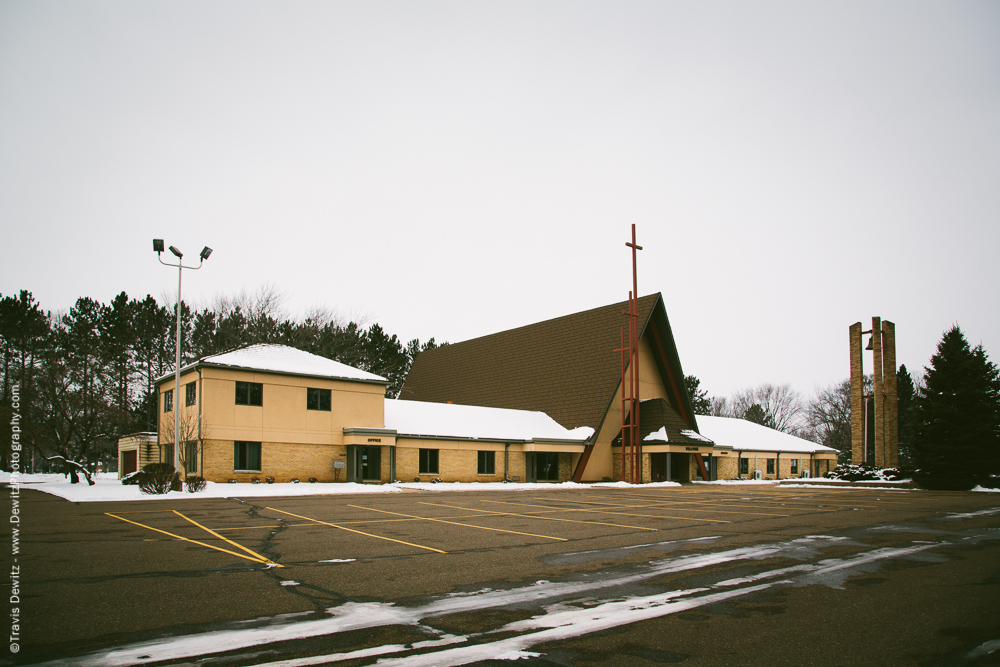
Our Saviours Lutheran Church
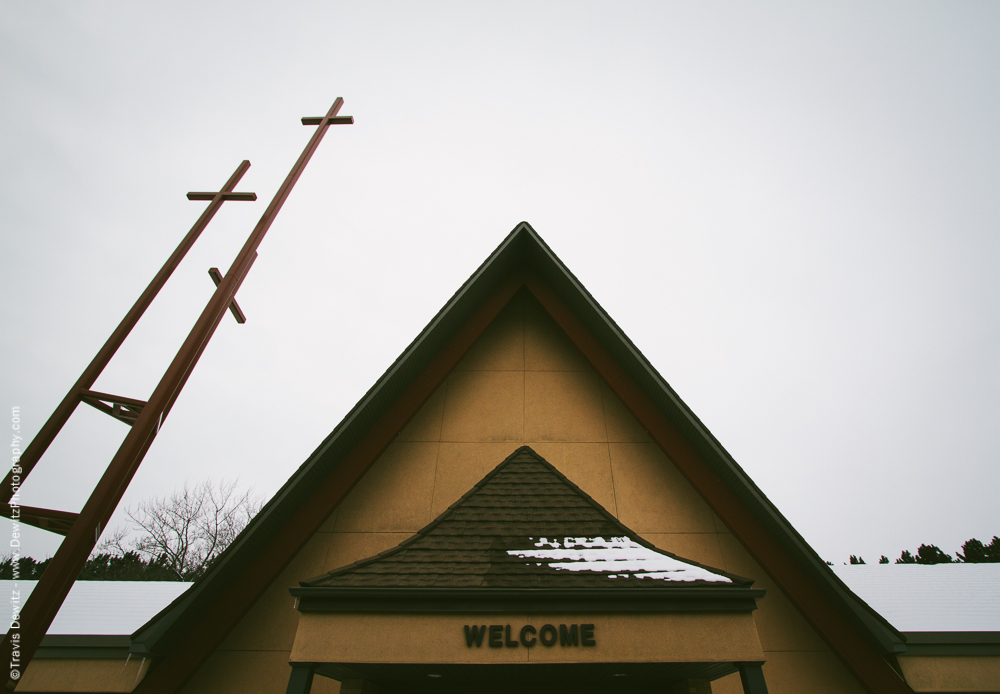
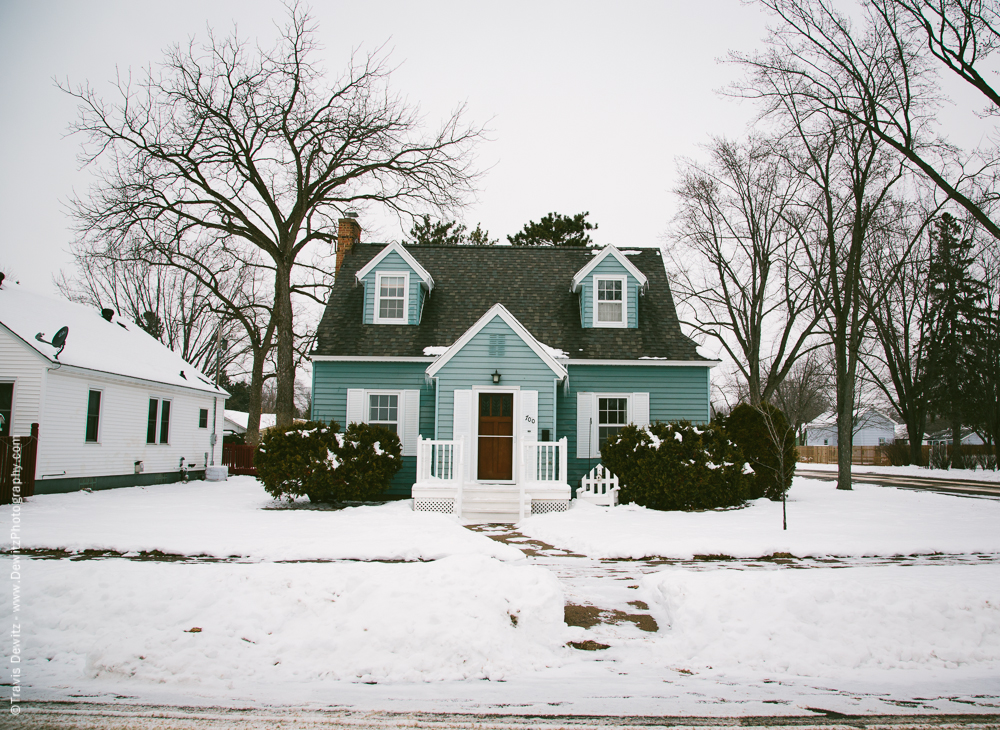
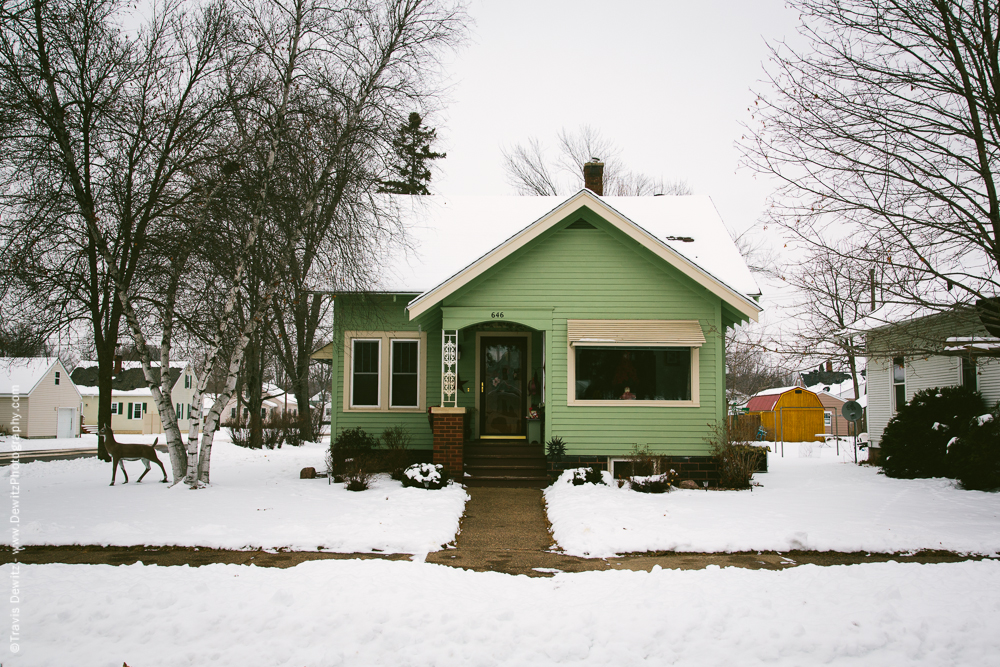
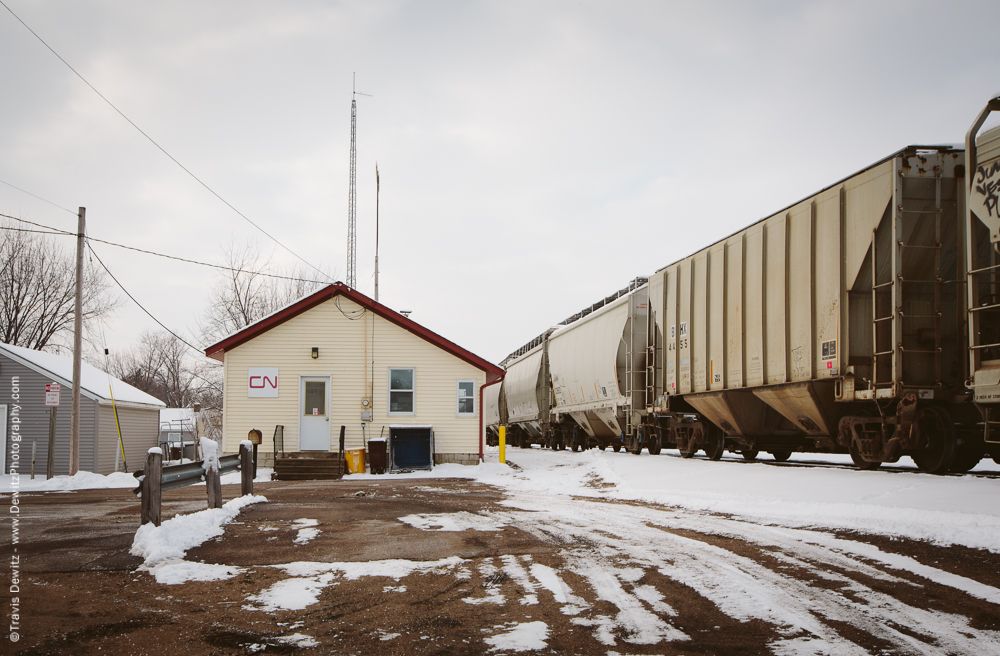
Canadian National Railroad Yard Office
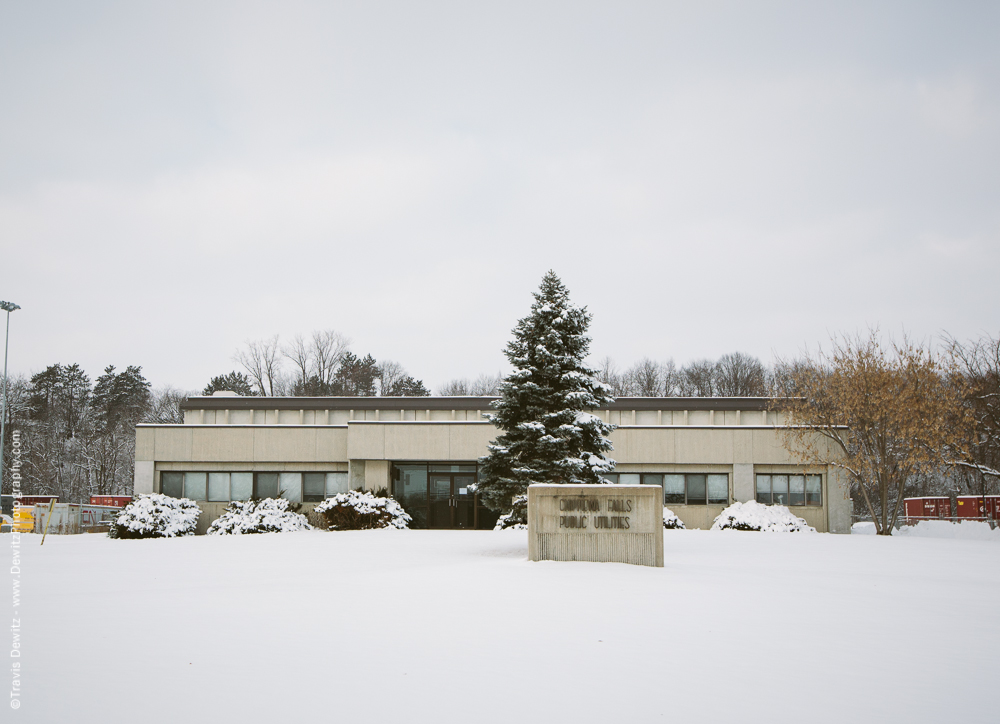
Chippewa Falls Public Utilities Building
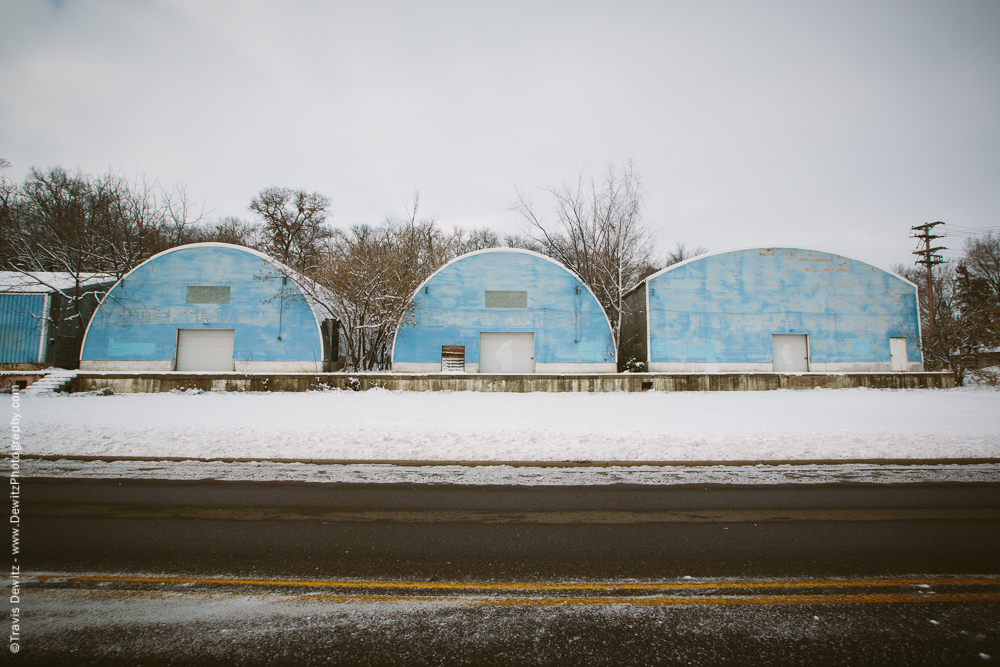
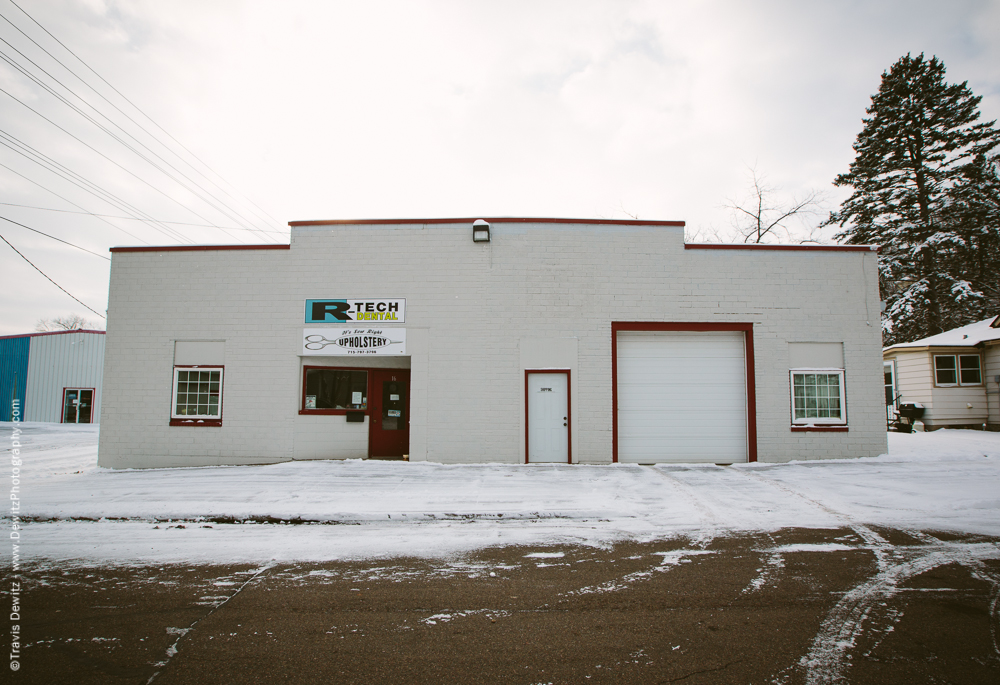
East Hill
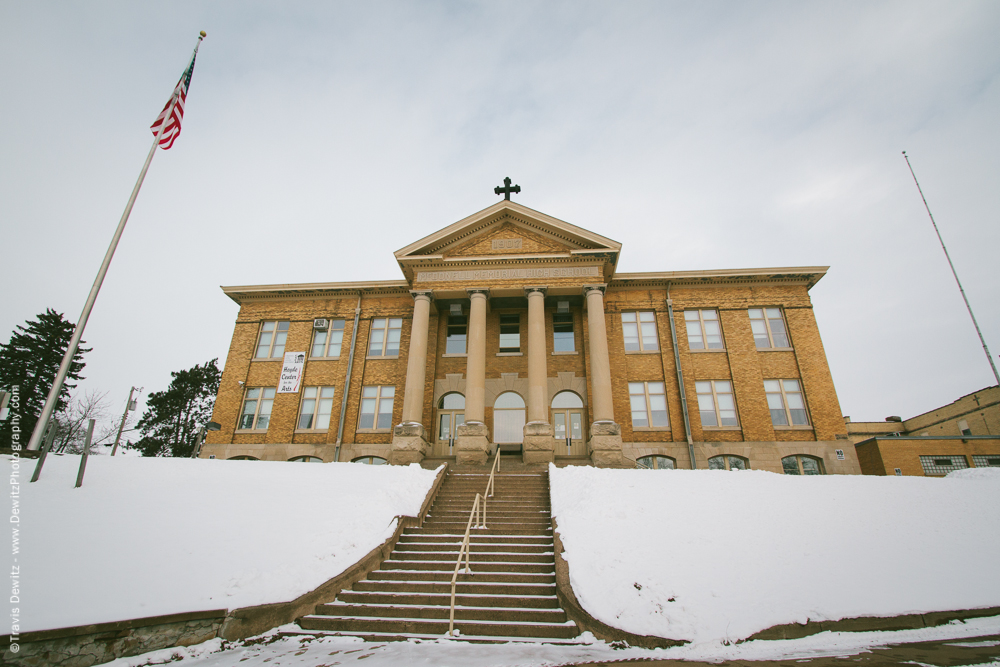
Once the McDonell Memorial High School is now the Heyde Center for the Arts after 1.2 million in donations used for restoration work.
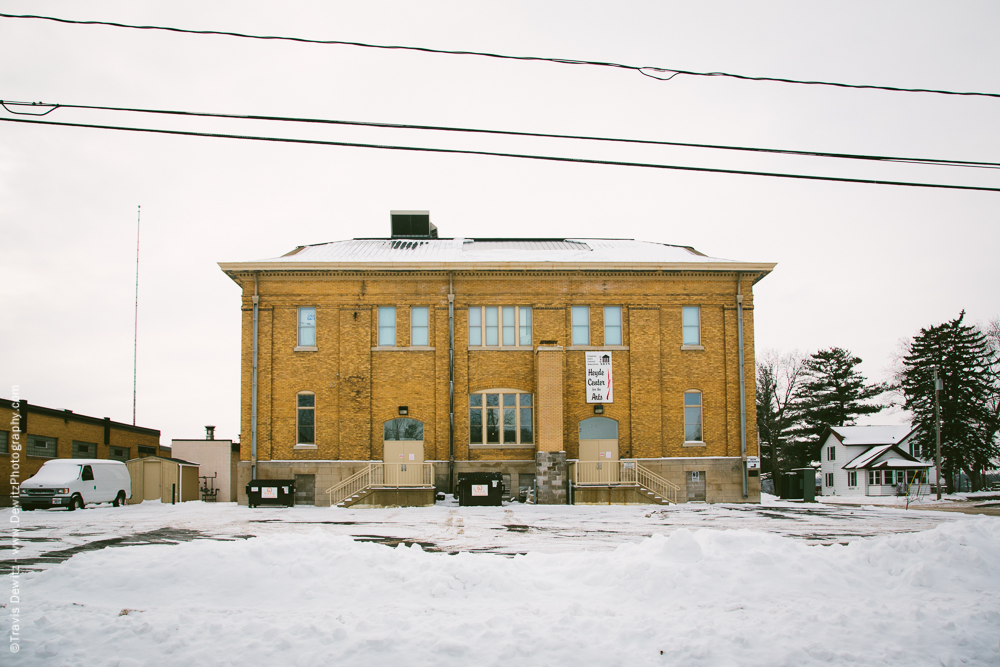
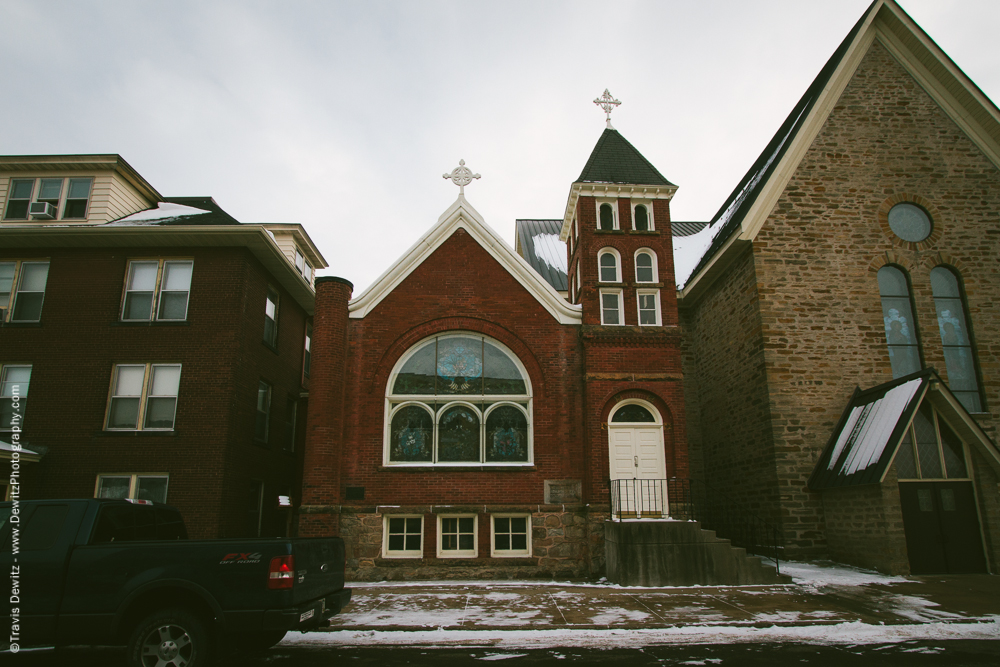
Father C.F.X. Goldsmith is buried beneath the altar in the Goldsmith Chapel.
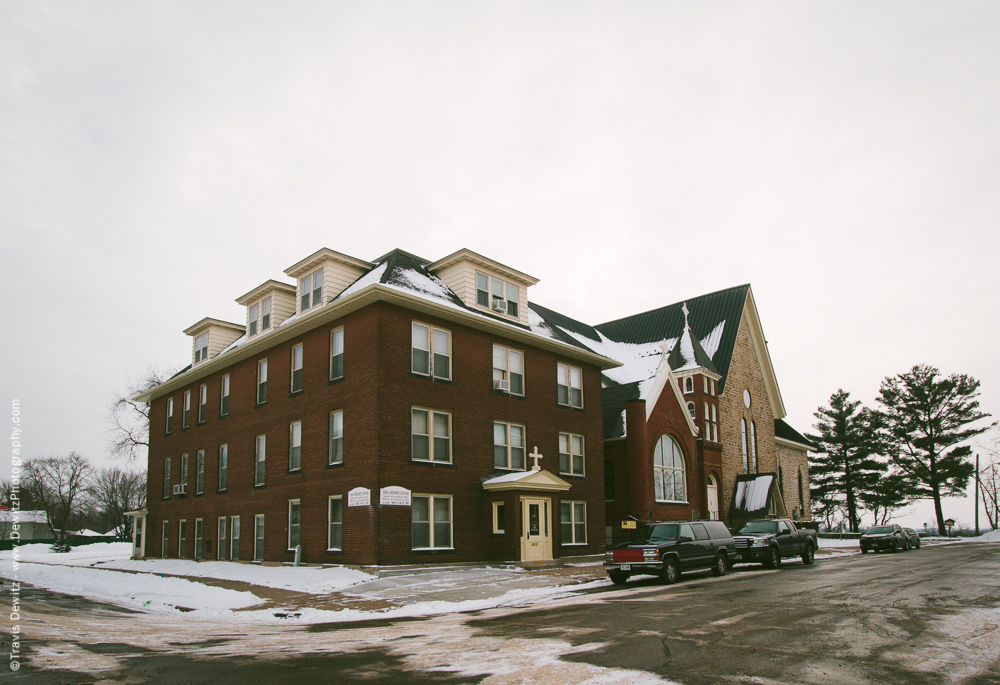
Former Notre Dame Convent which now houses the Chippewa County Historical Society.
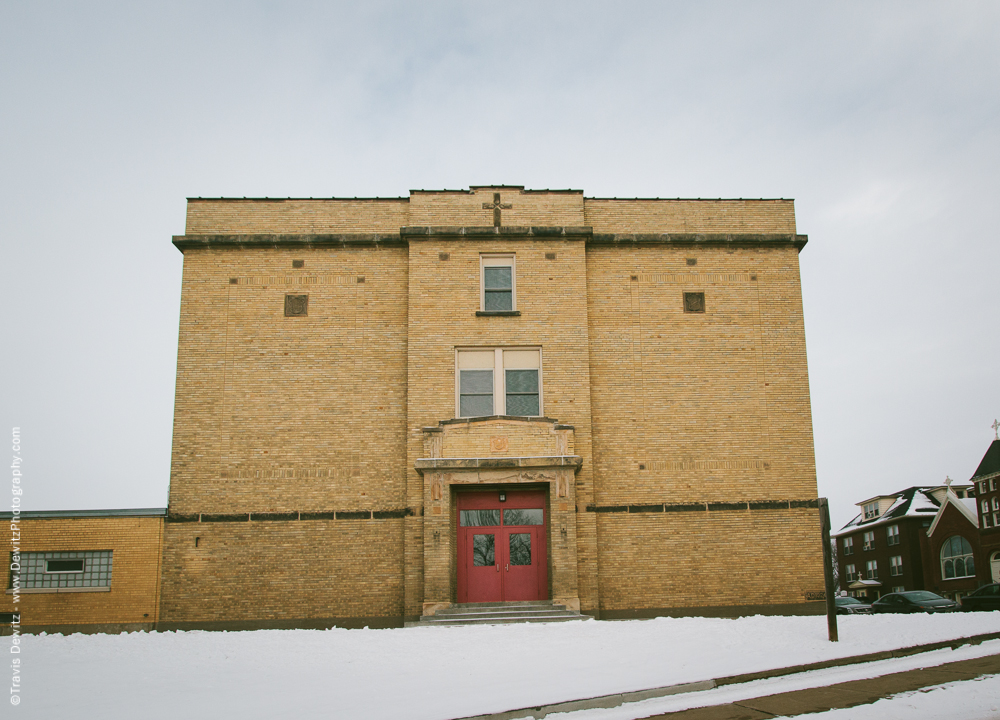
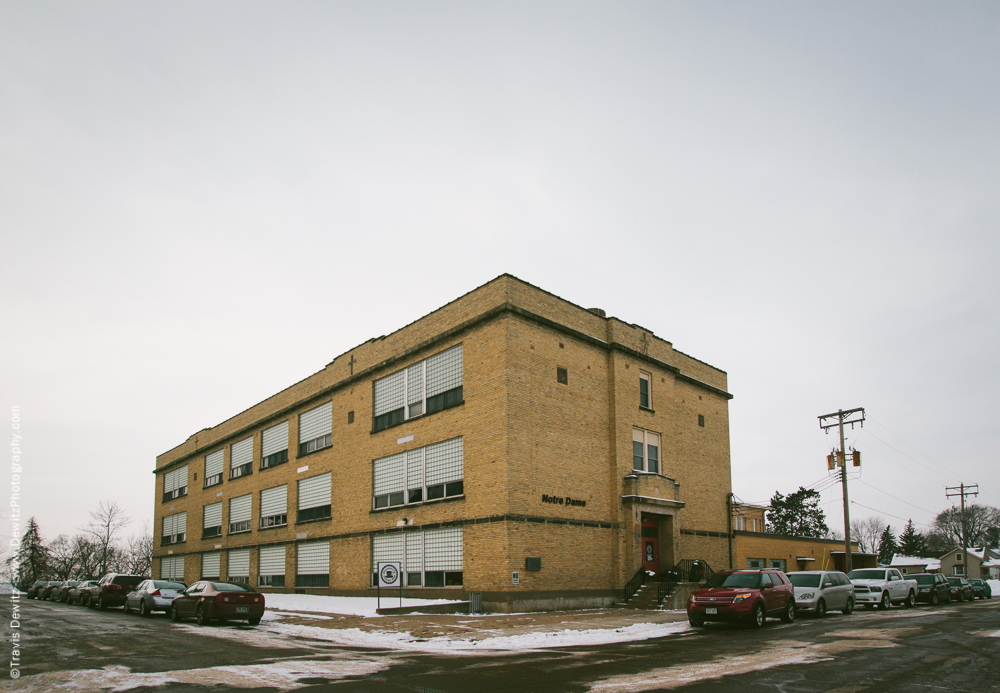
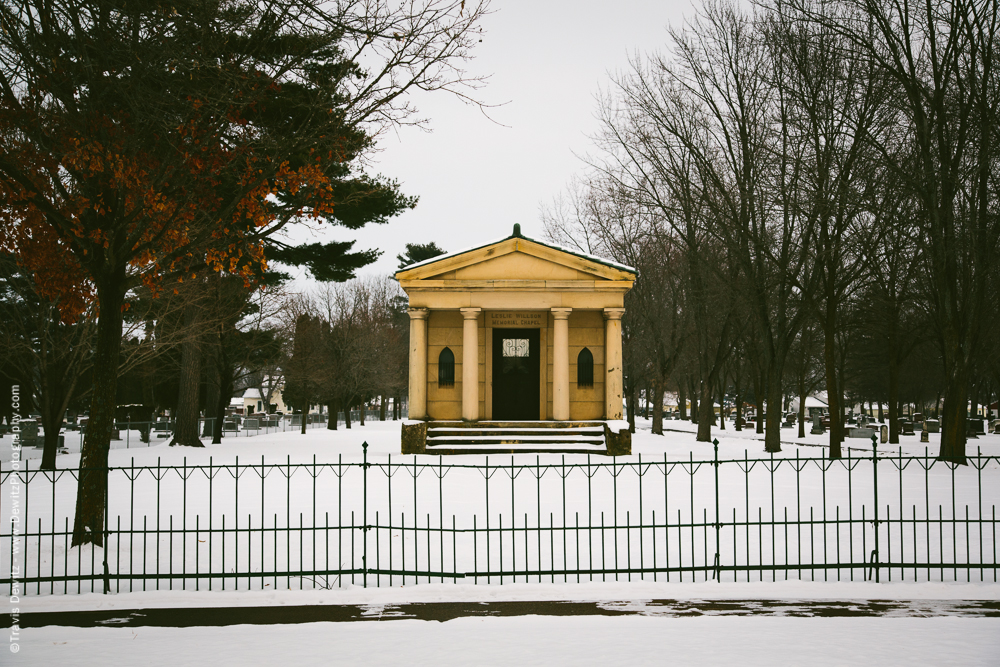
Forest Hill Cemetery Leslie Willson Memorial Chapel
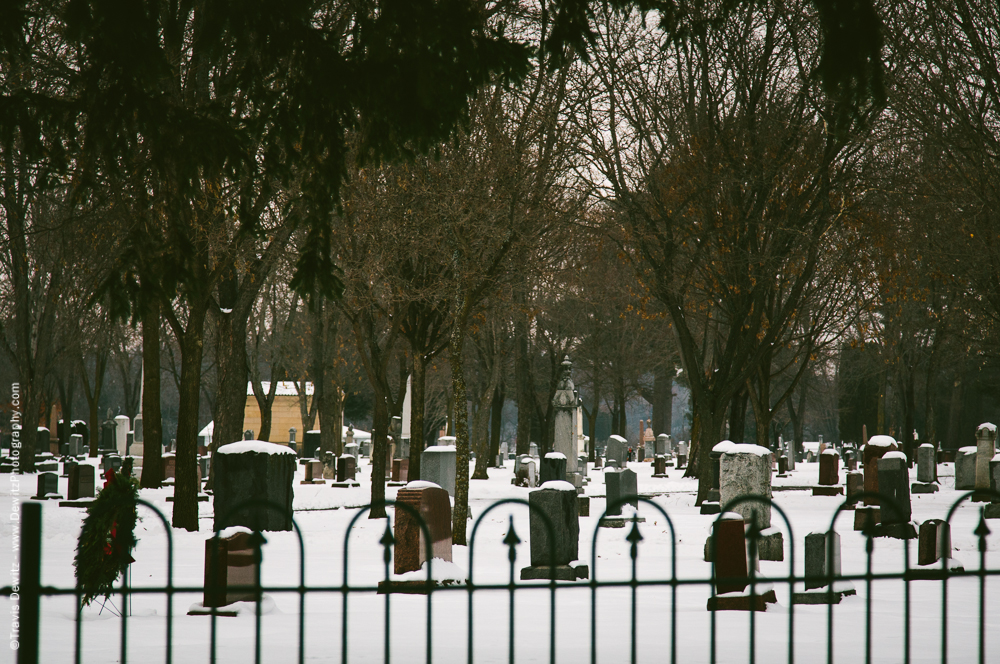
Forest Hill Cemetery
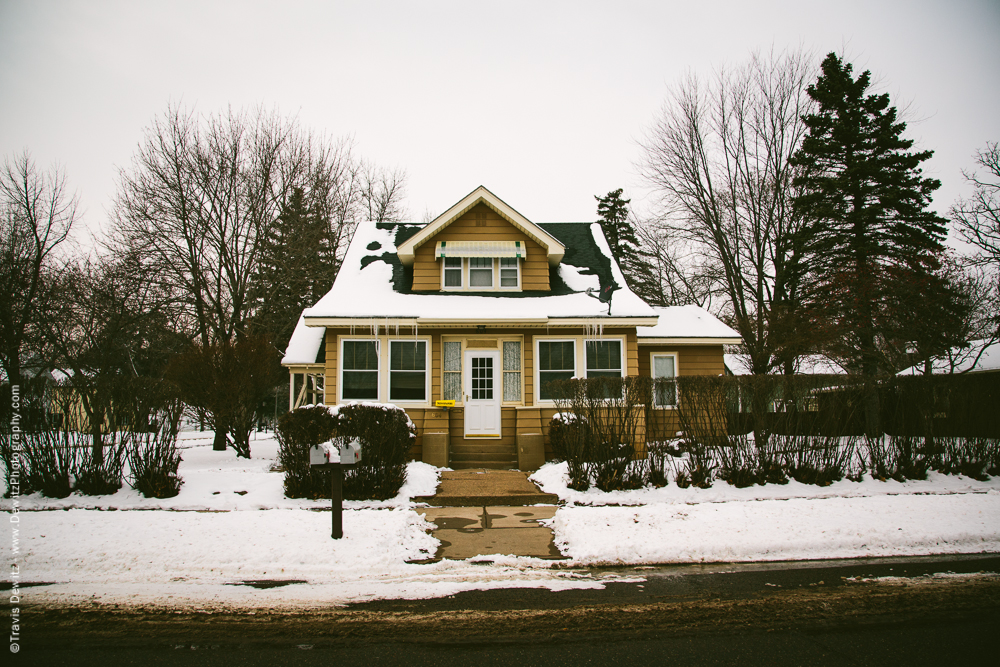
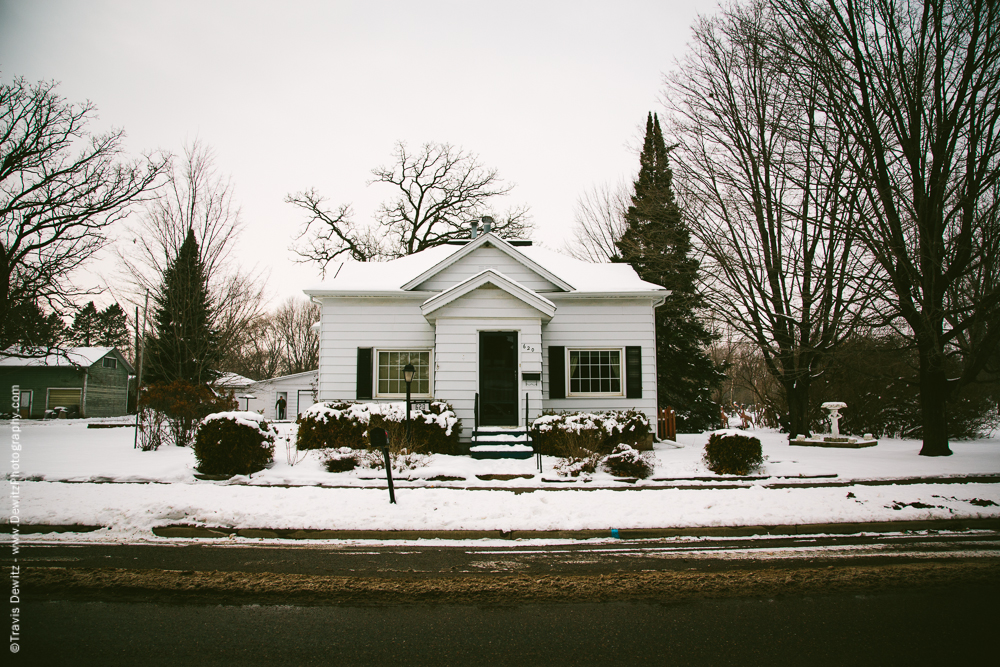
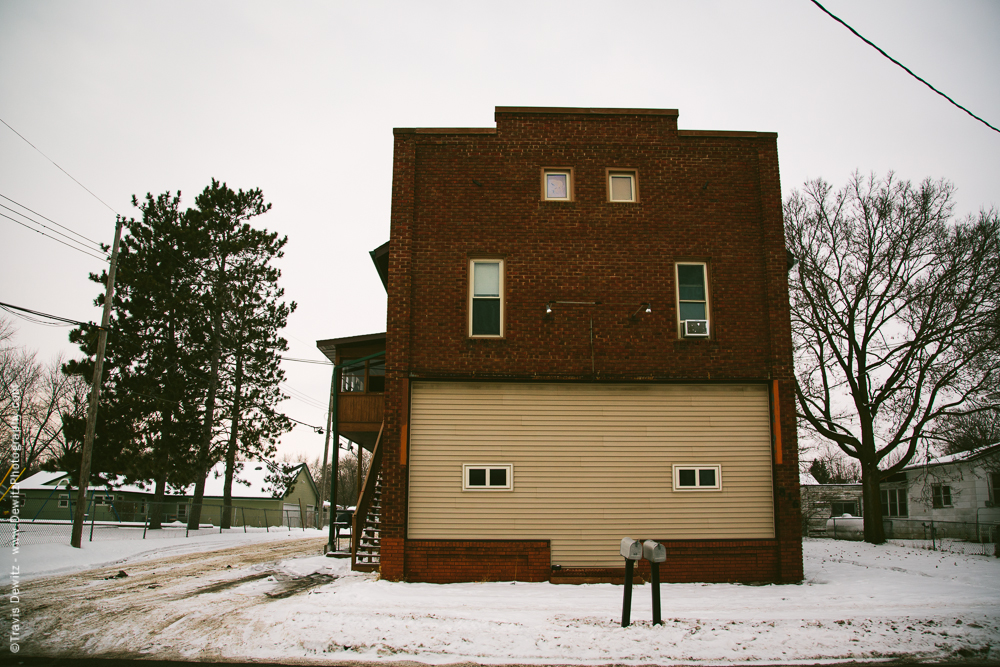
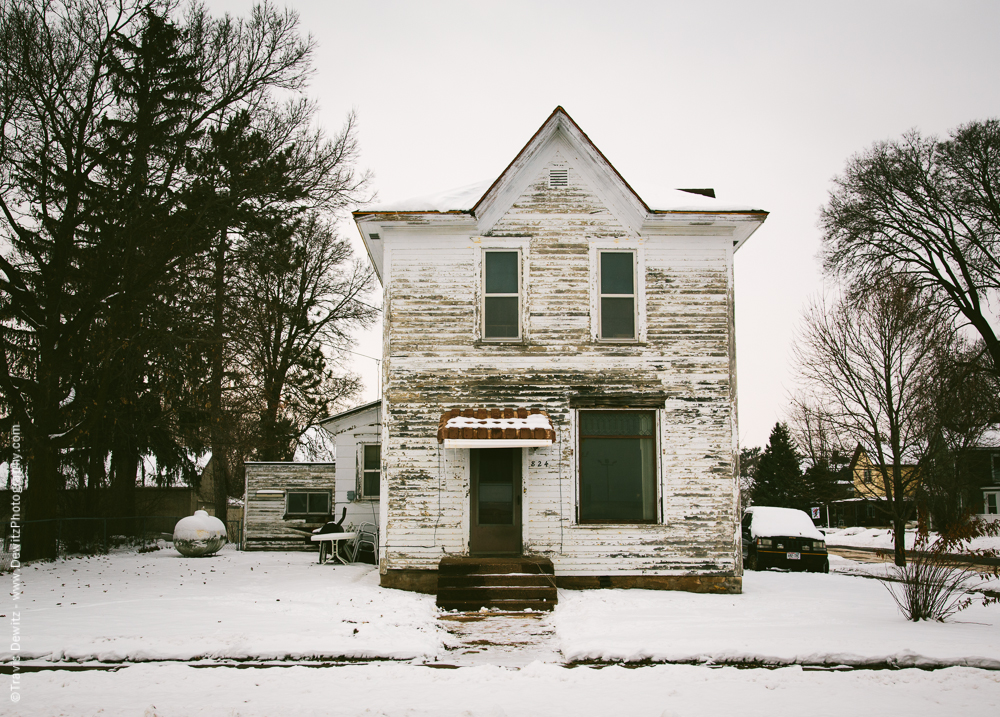
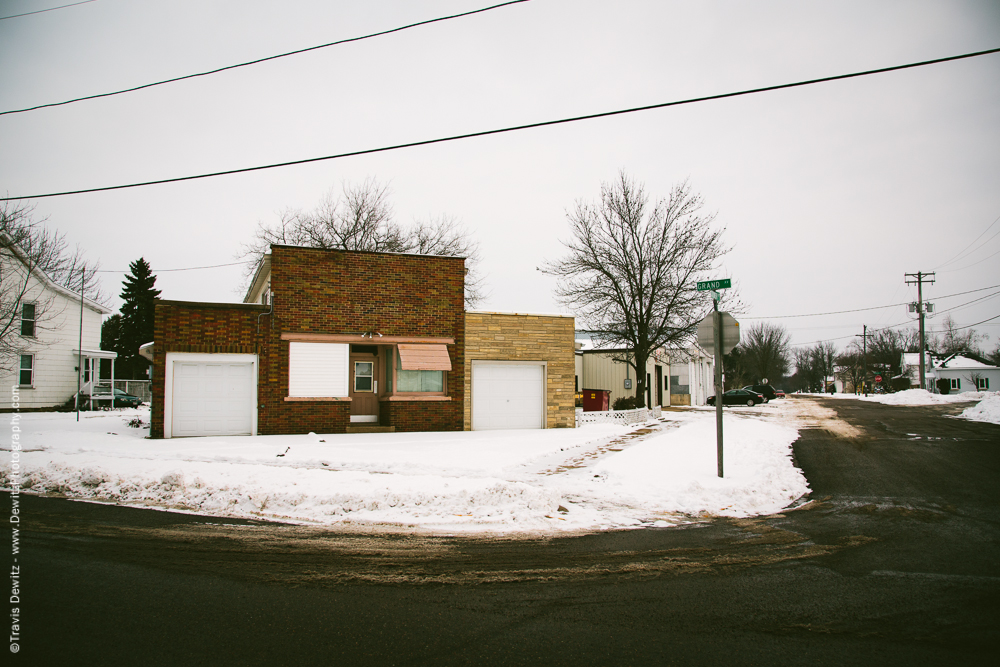
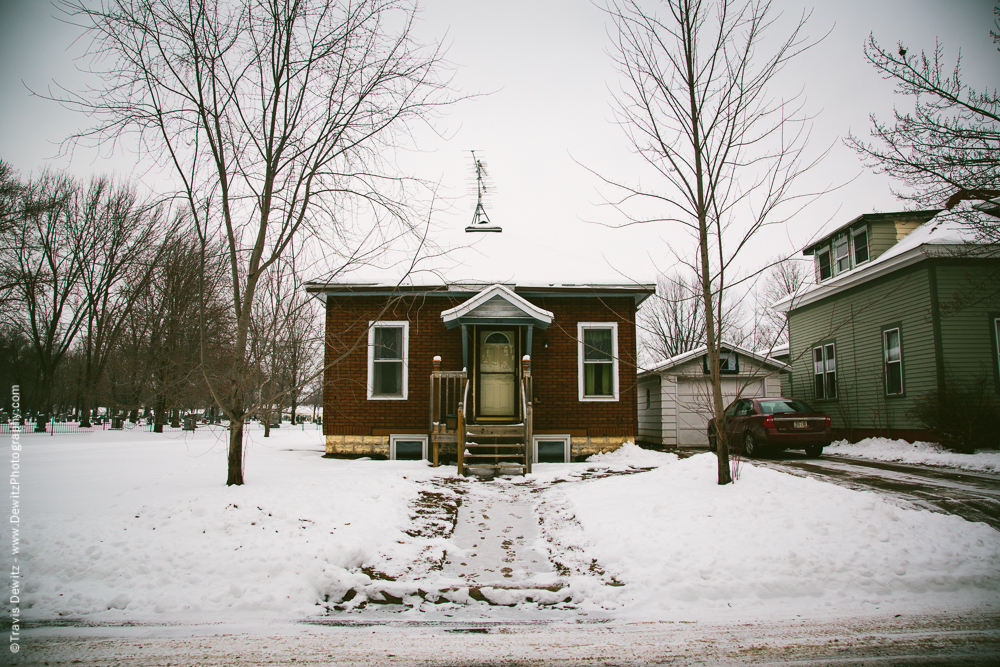
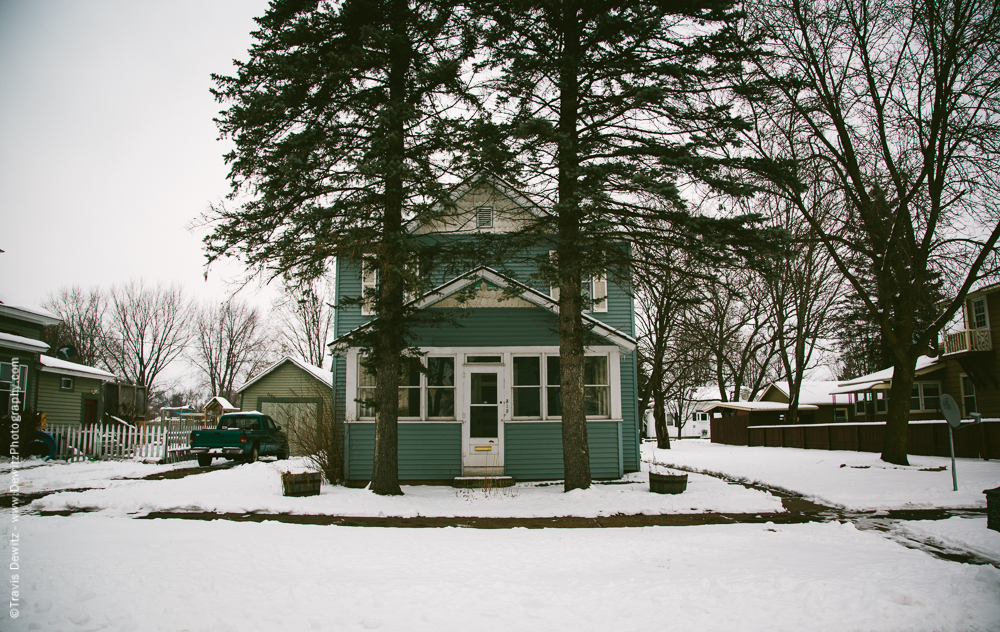
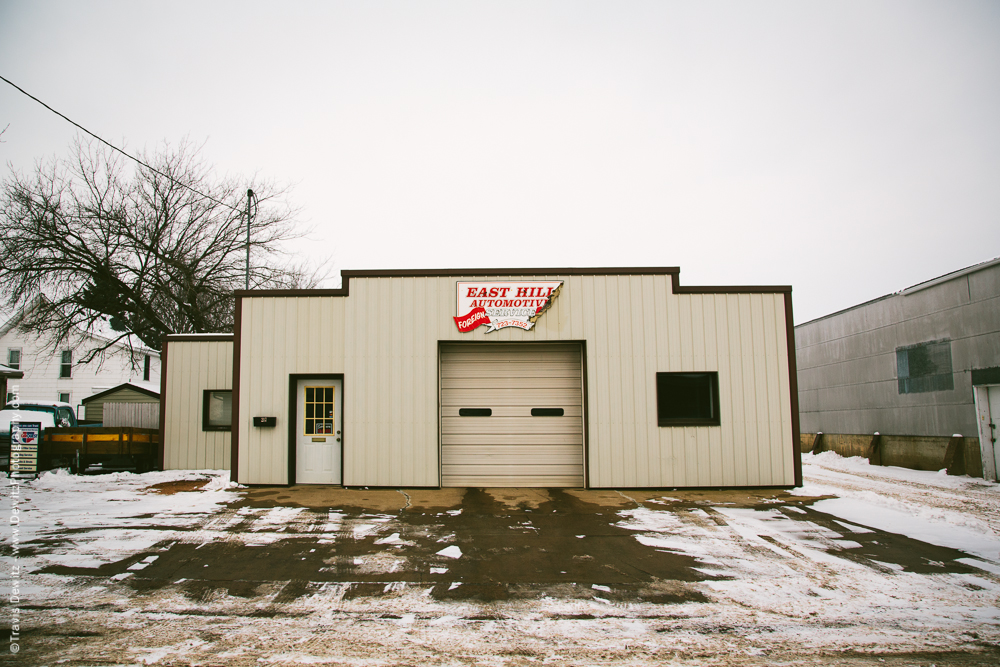
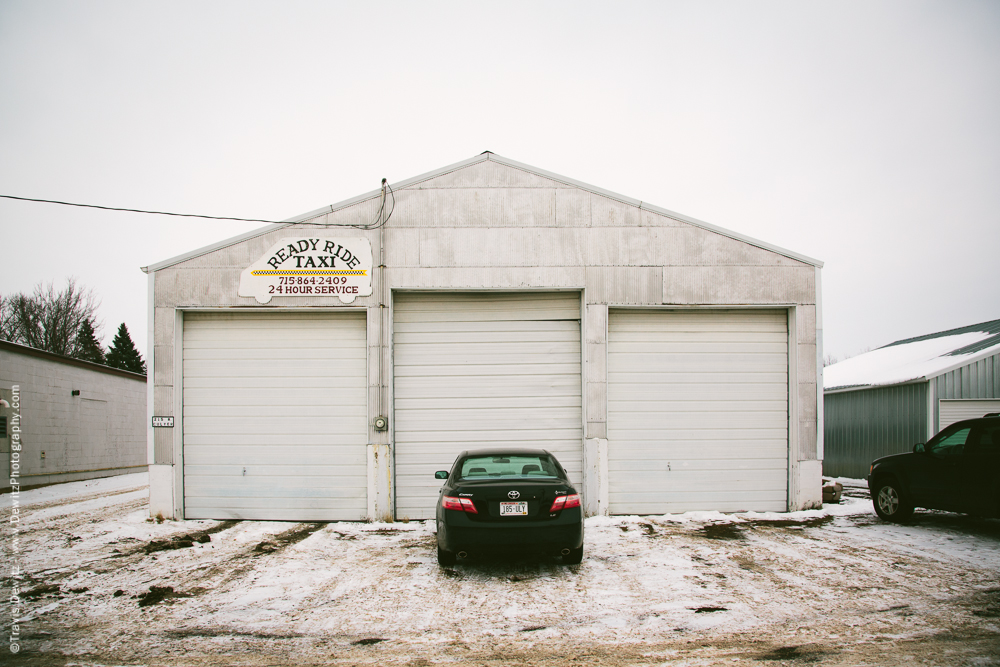
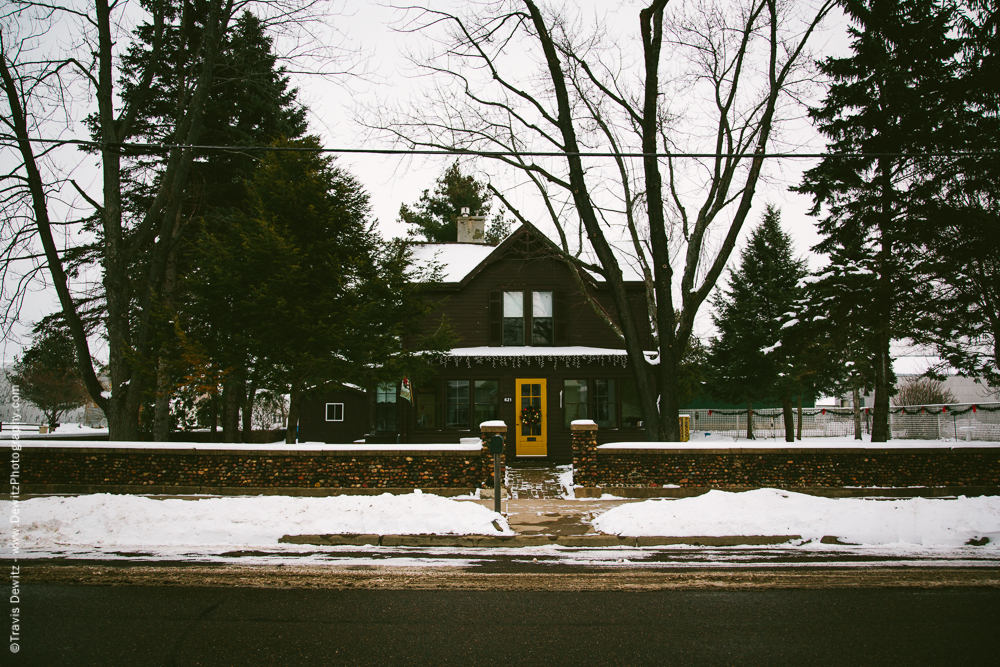
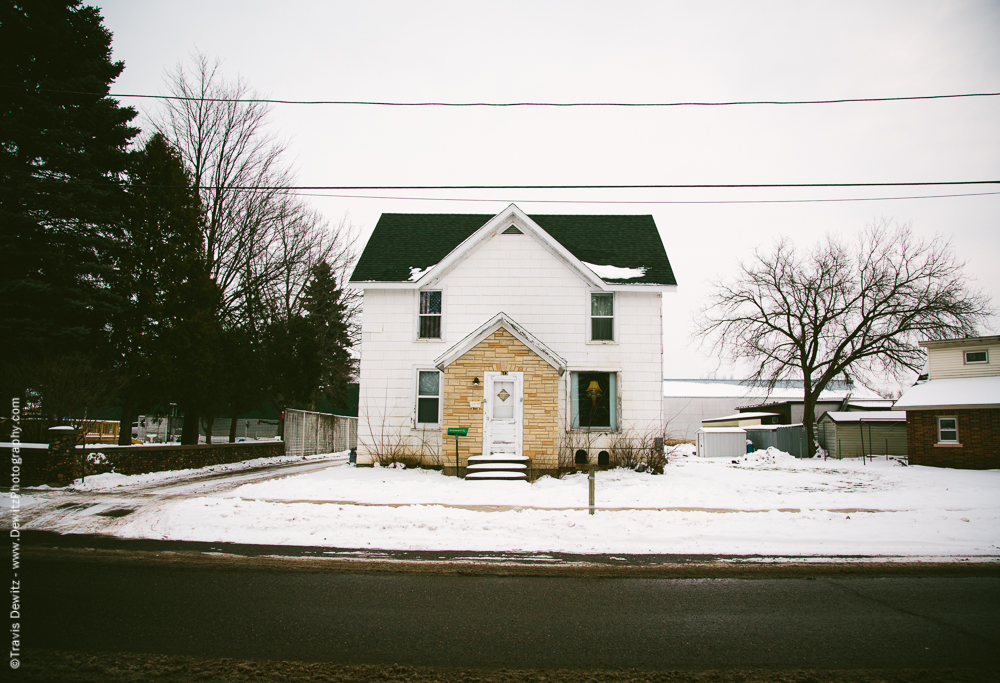
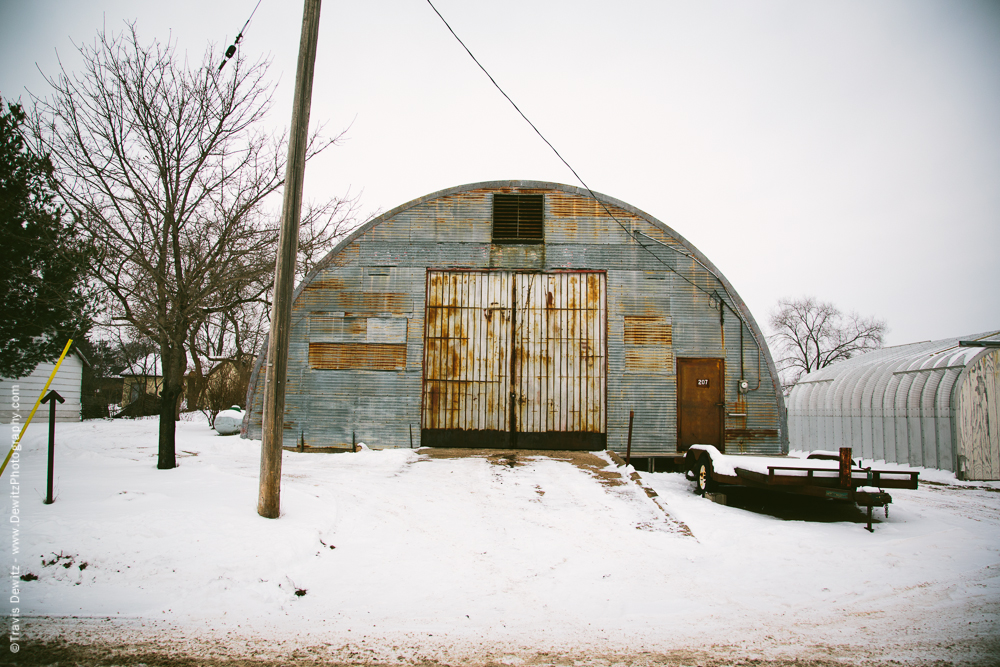
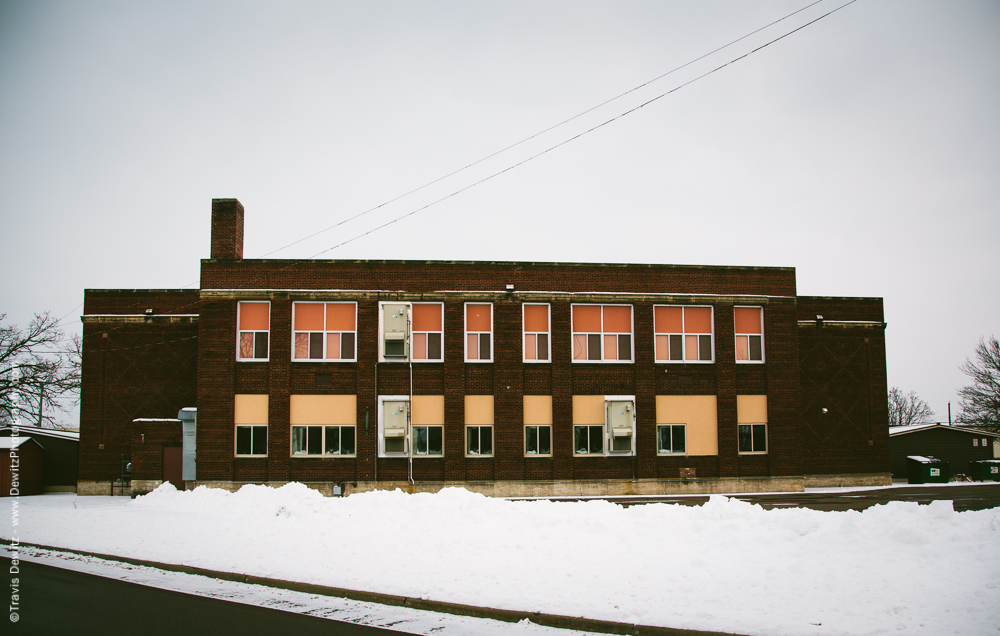
Senior Center
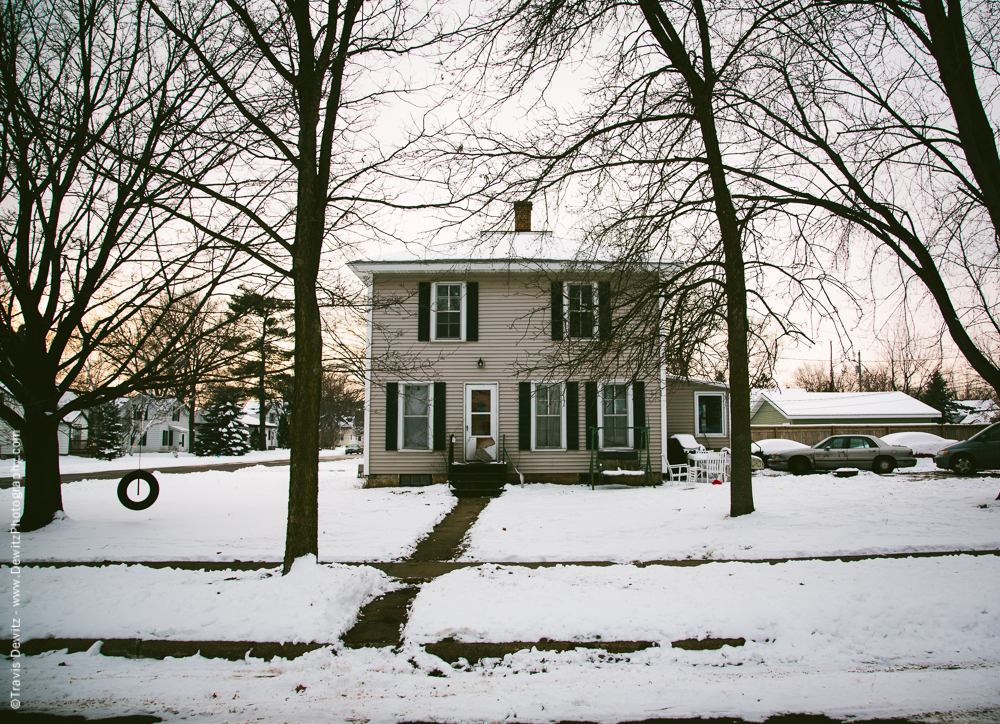
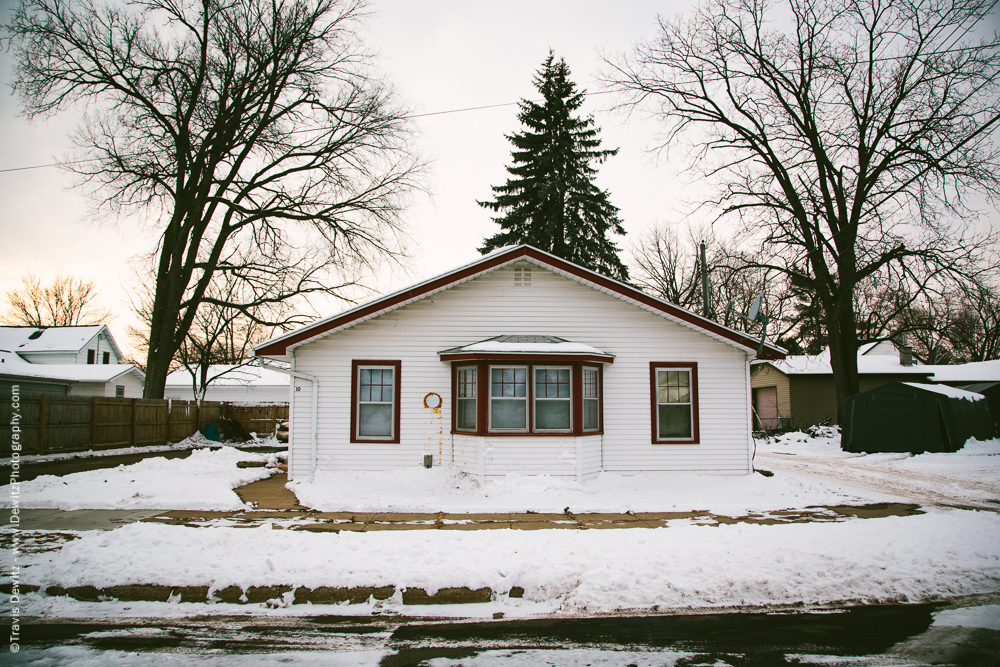
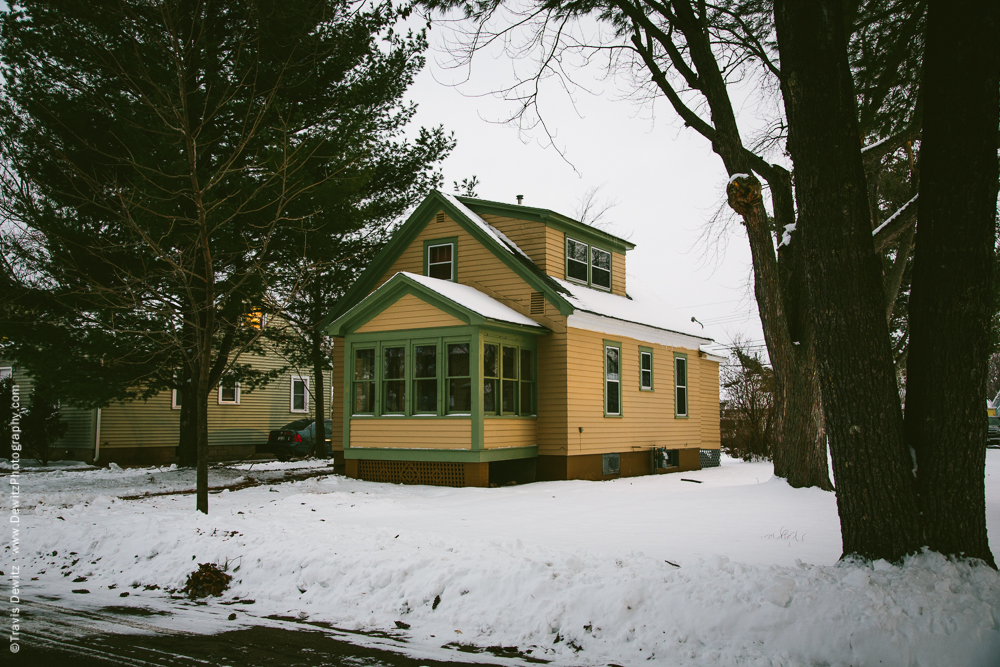
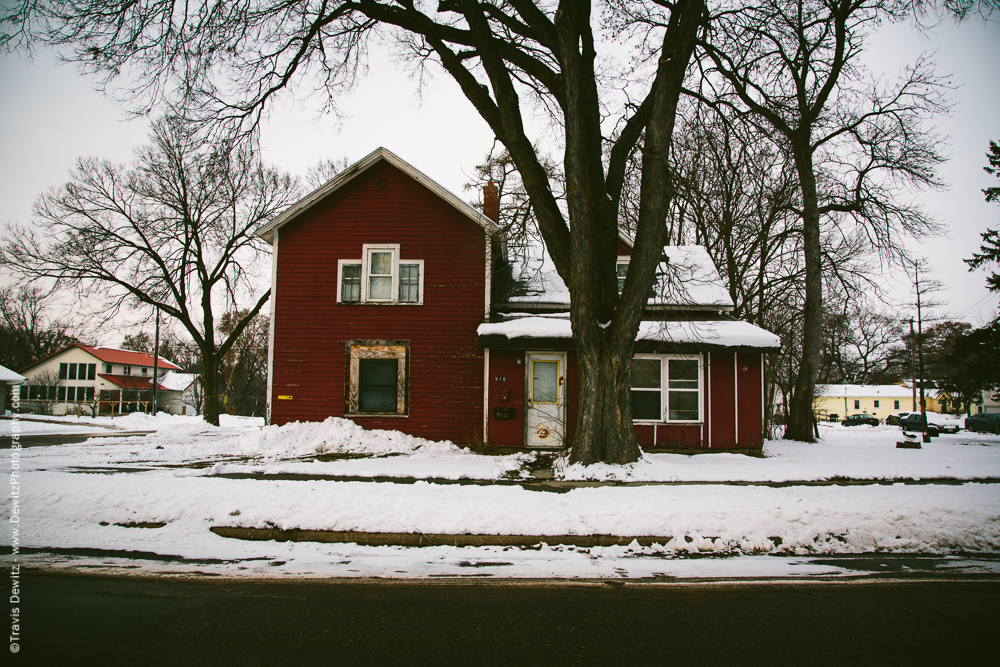
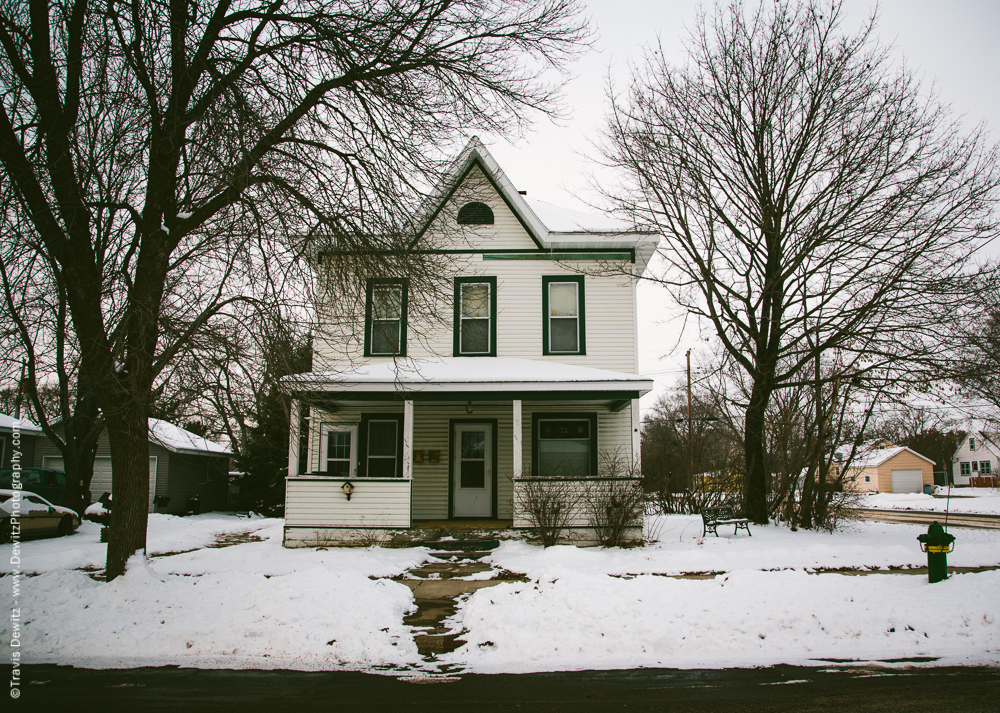
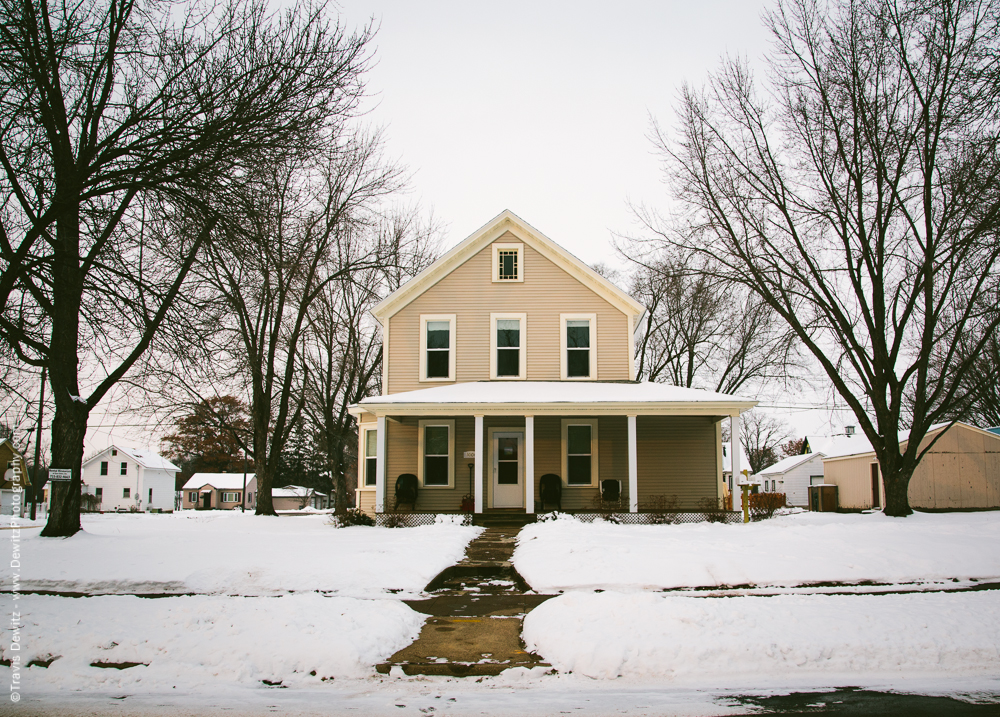
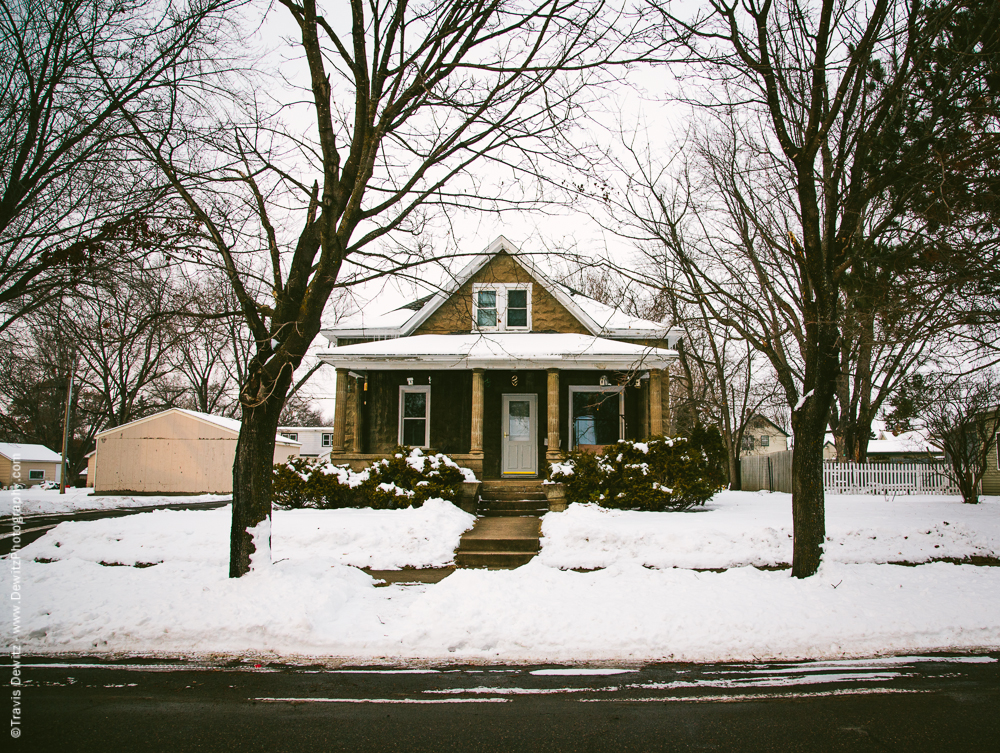
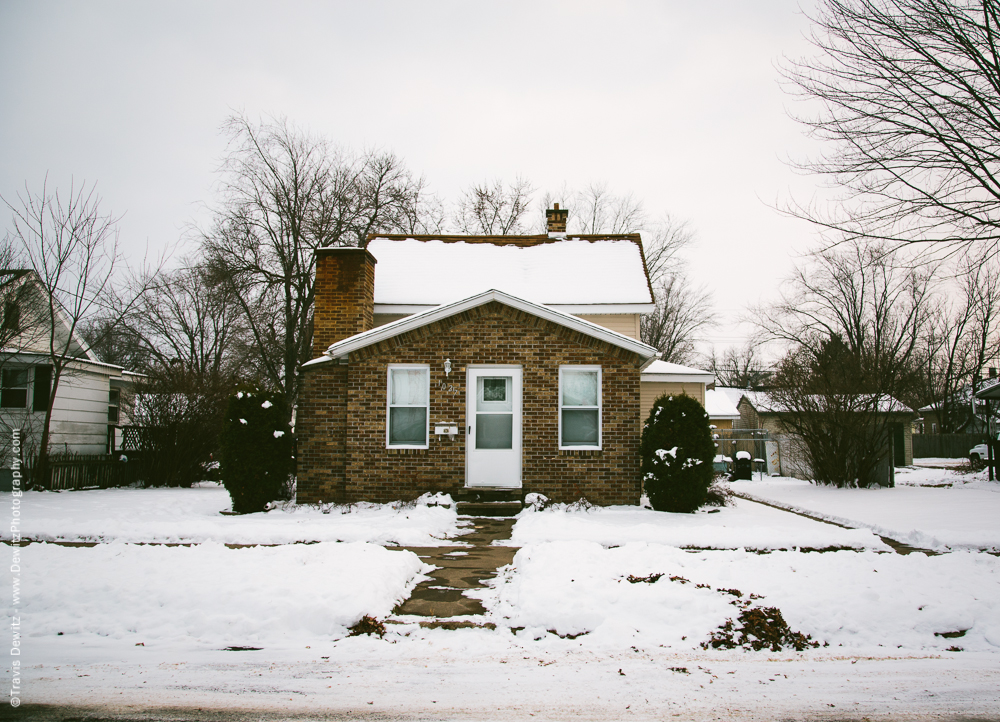
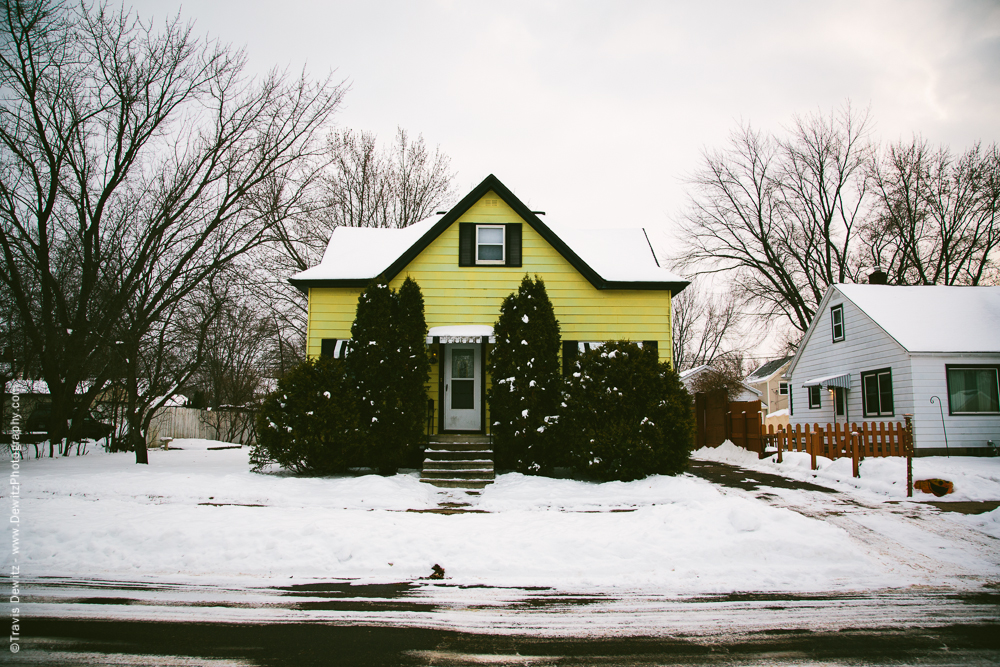
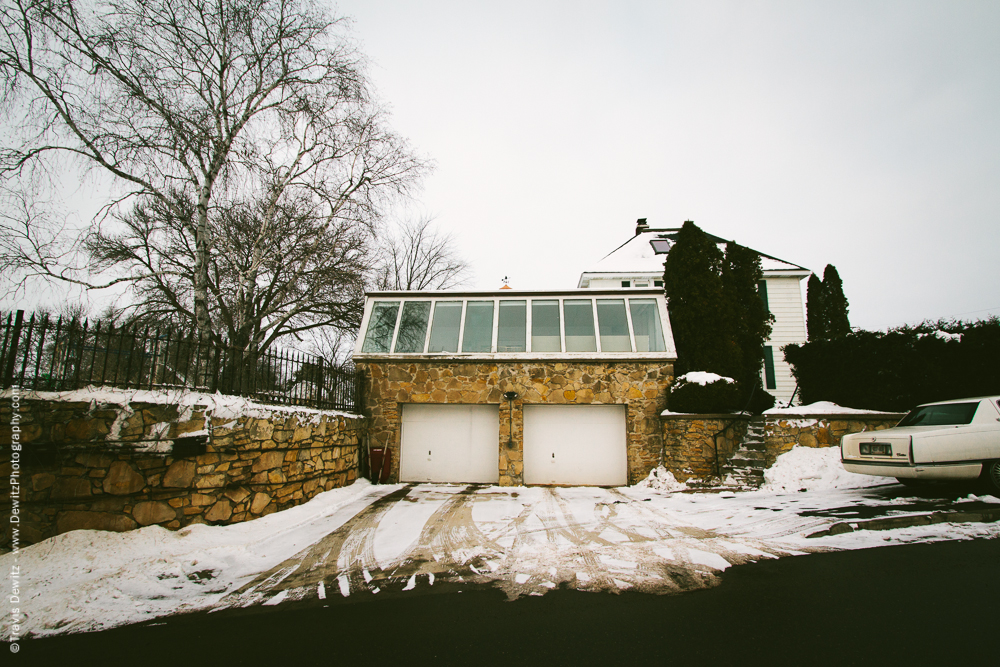
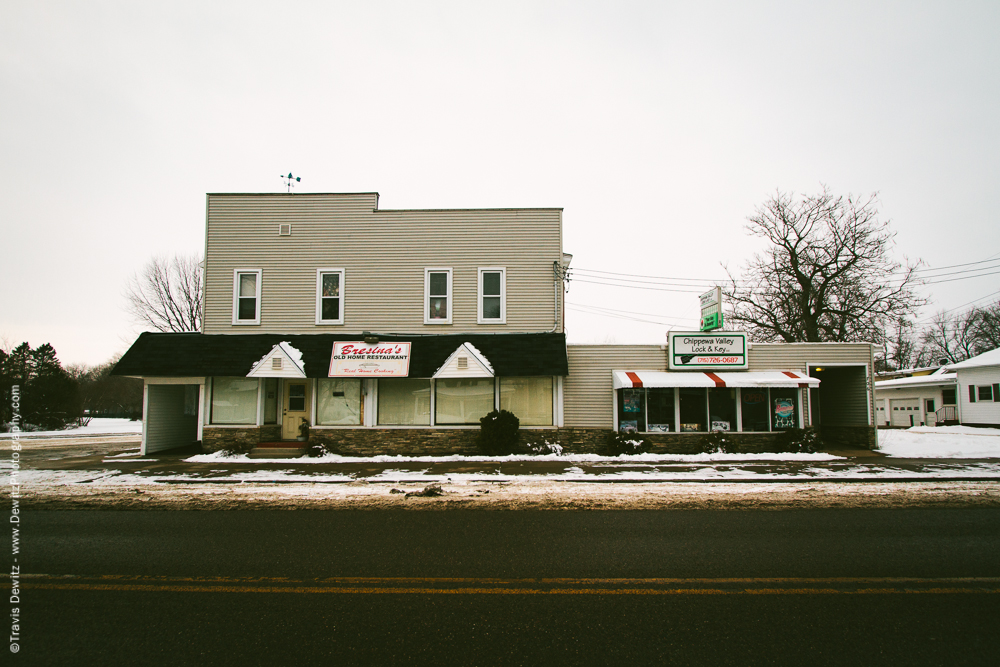
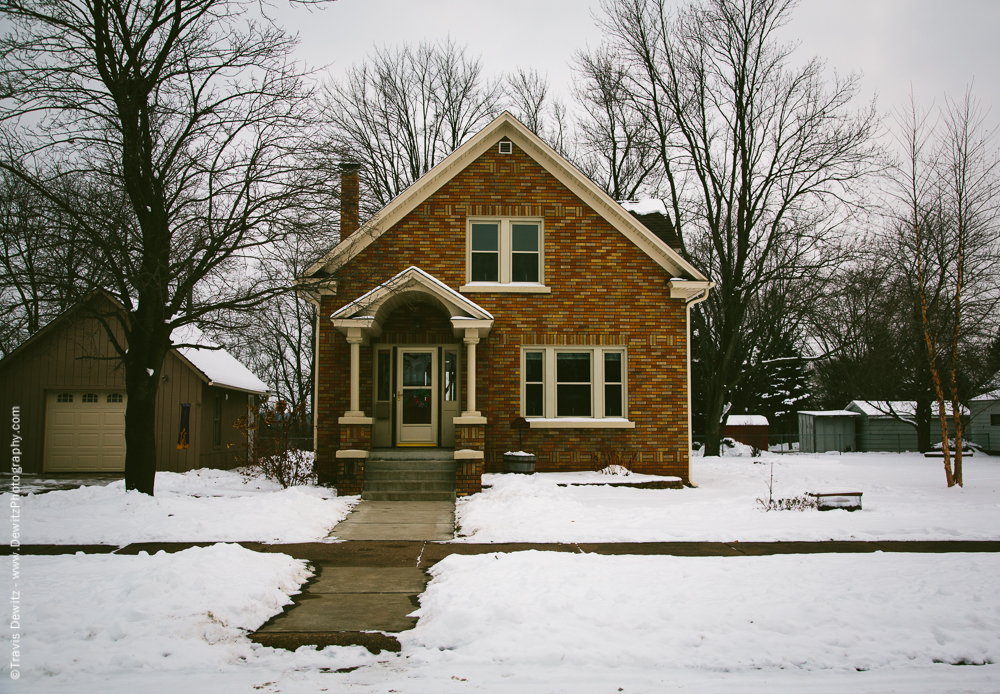
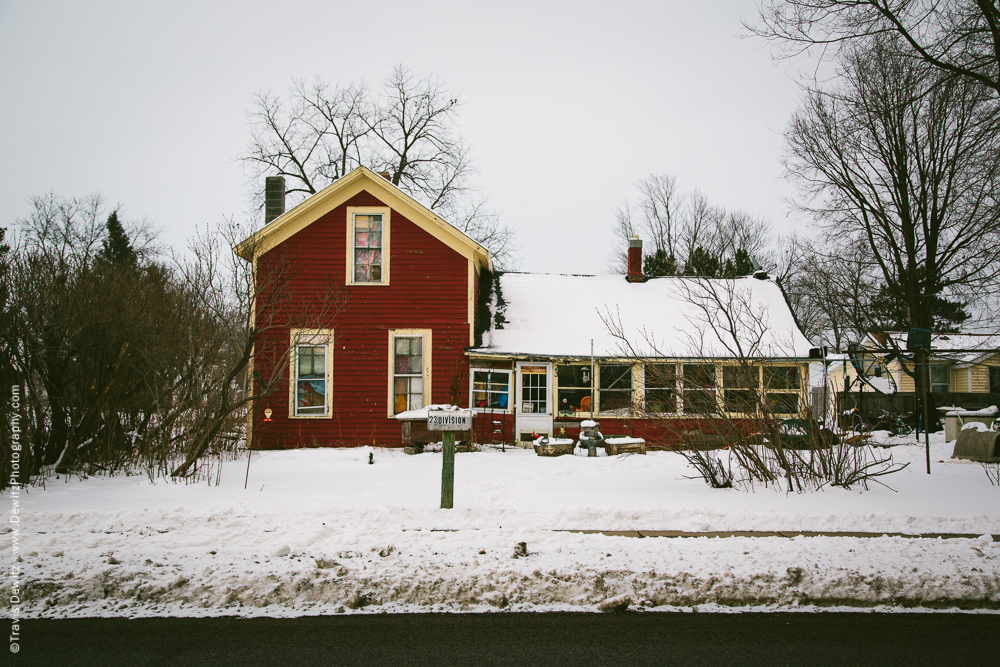
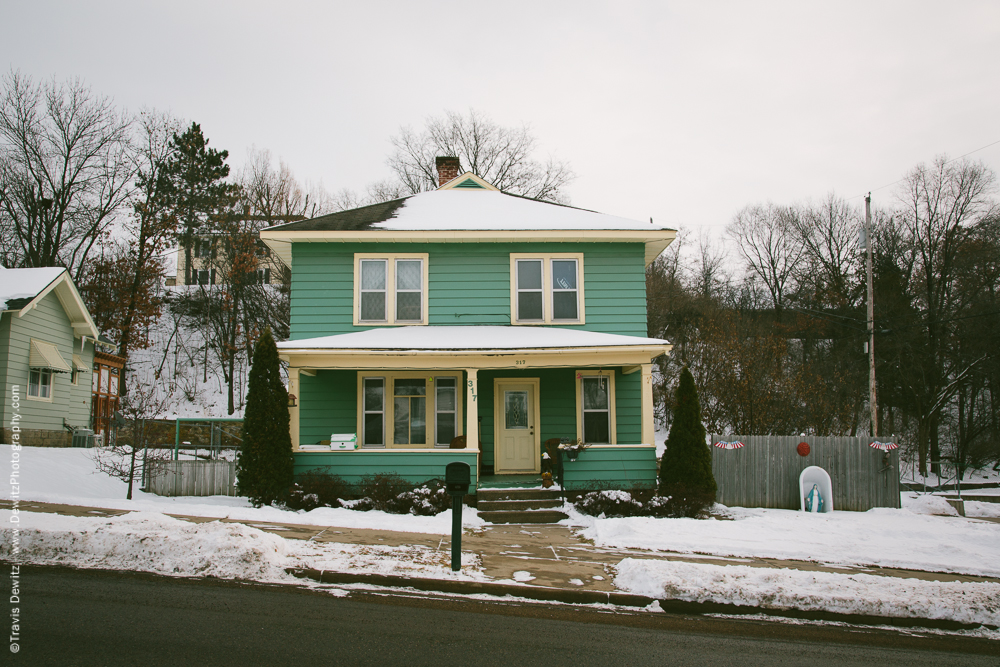
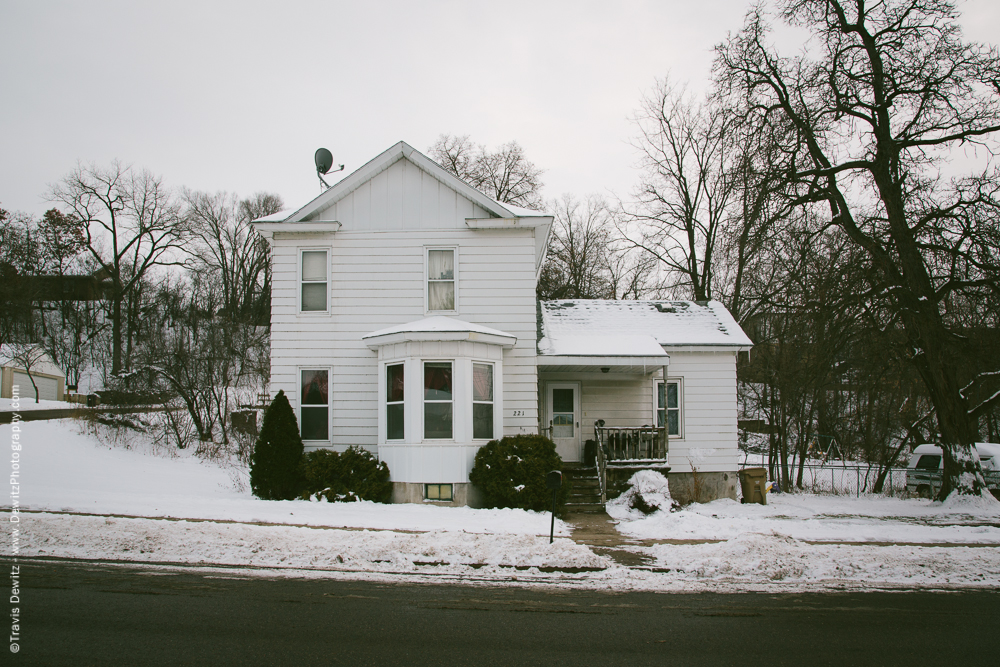
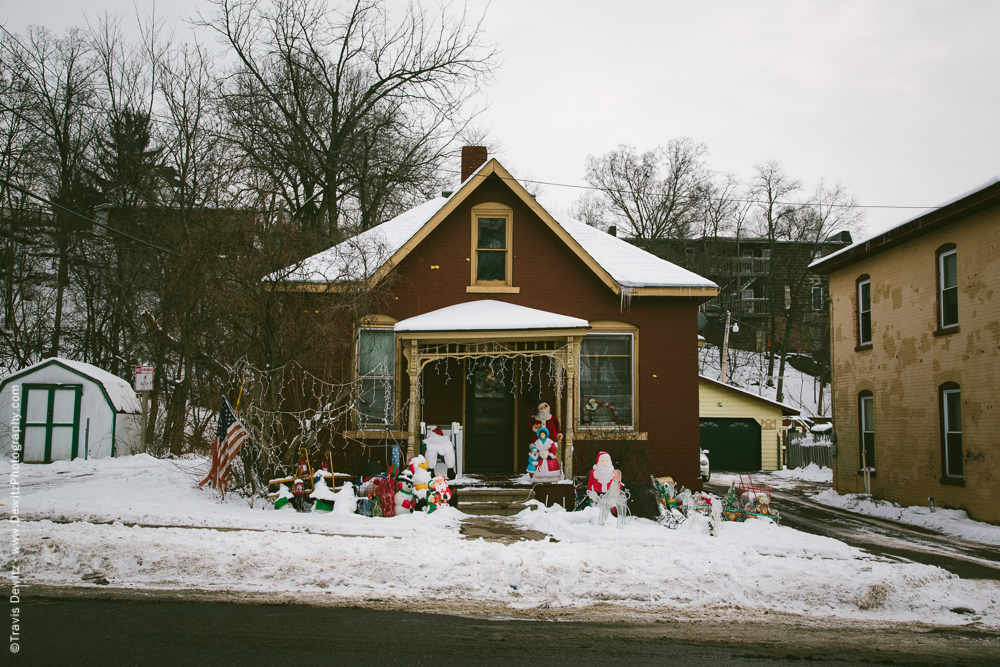
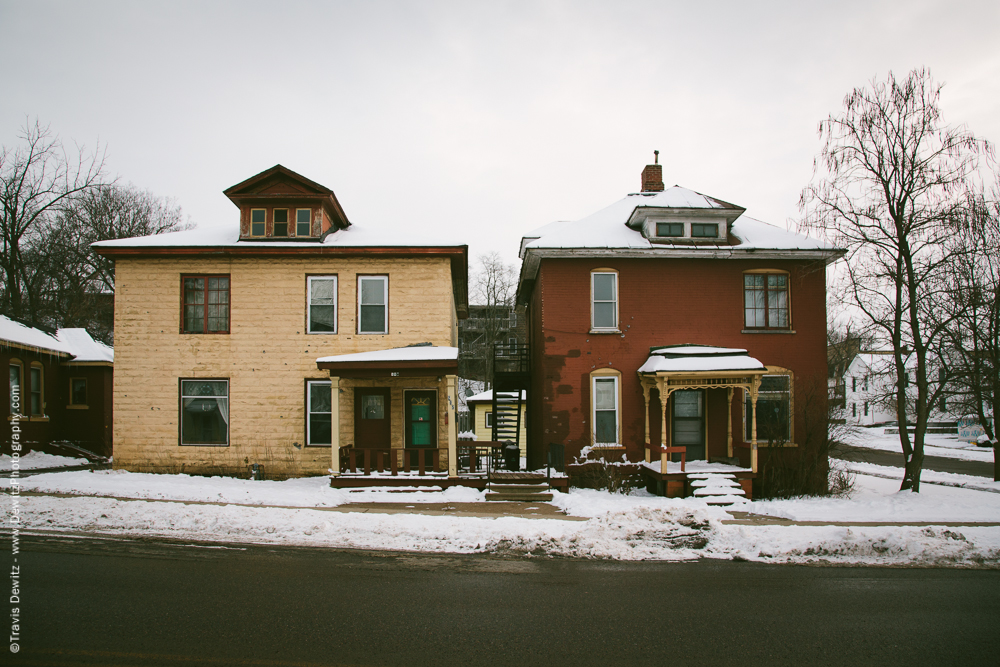
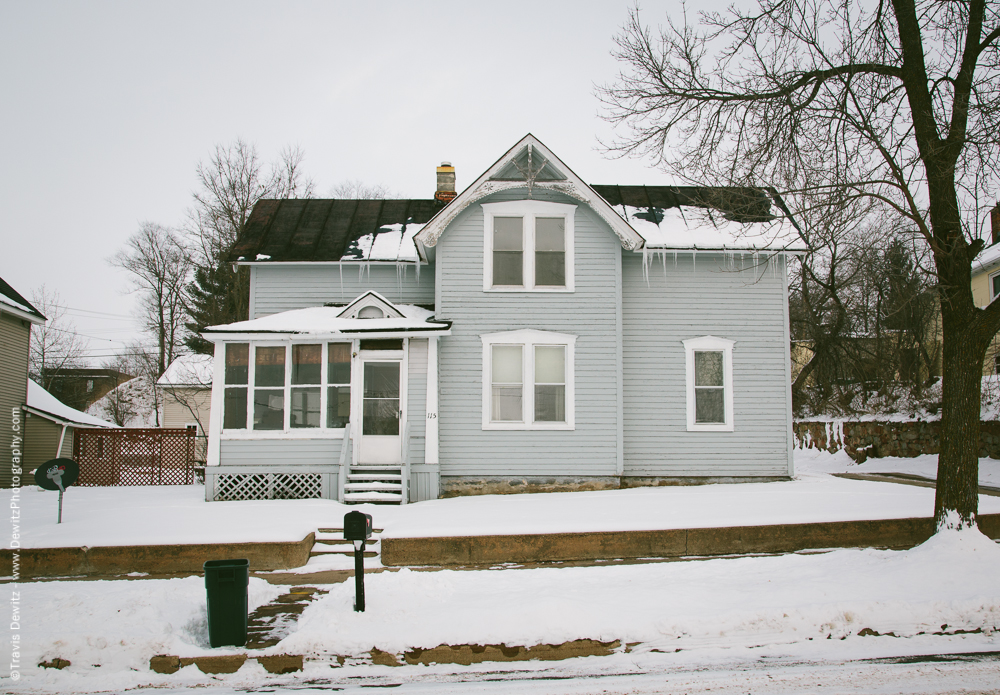
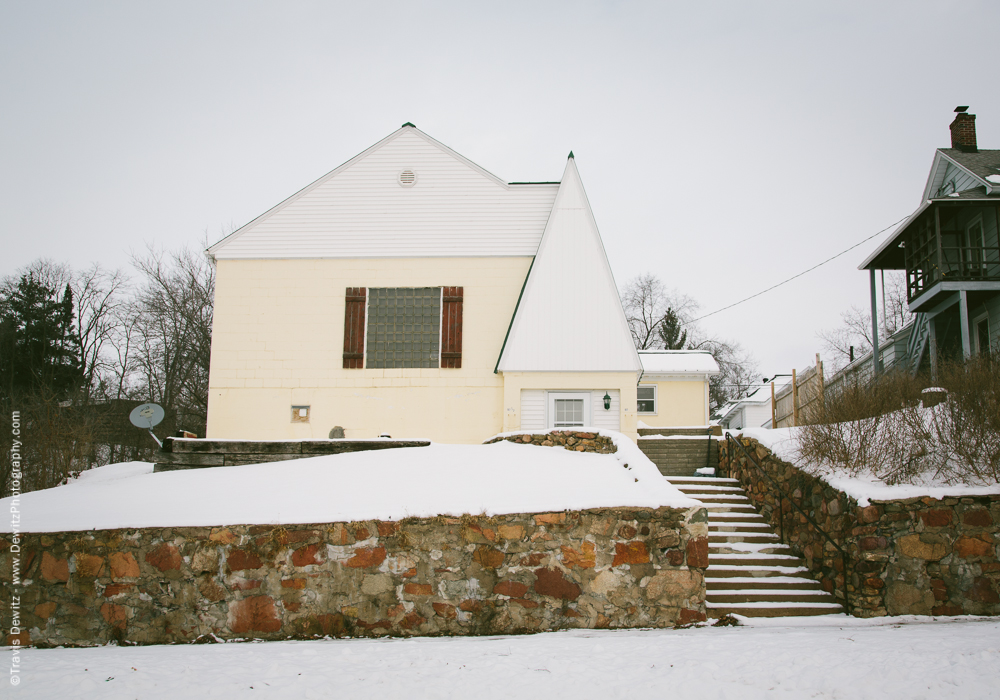
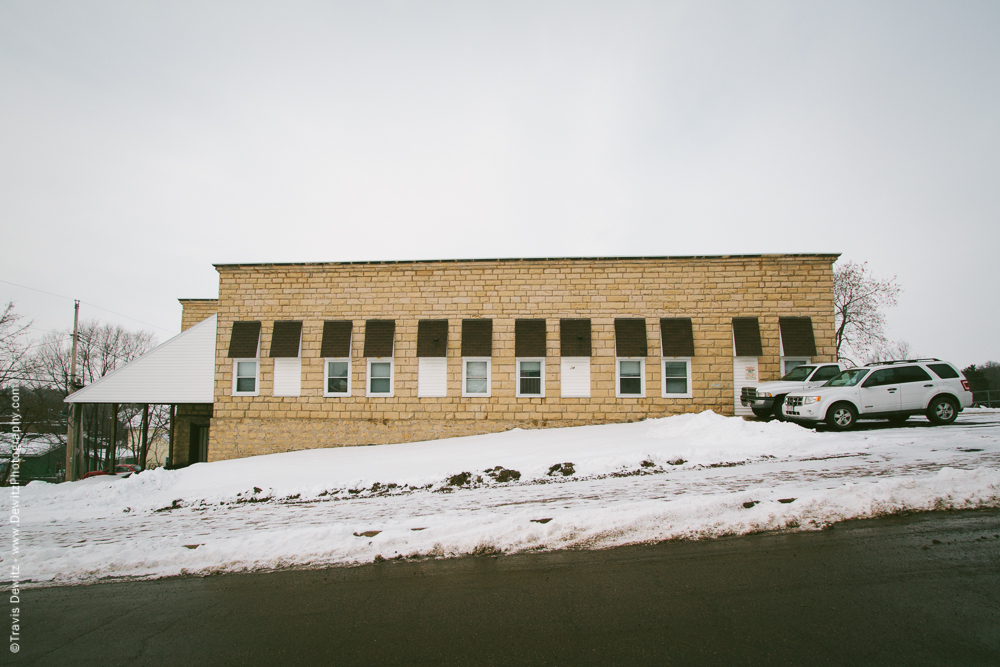
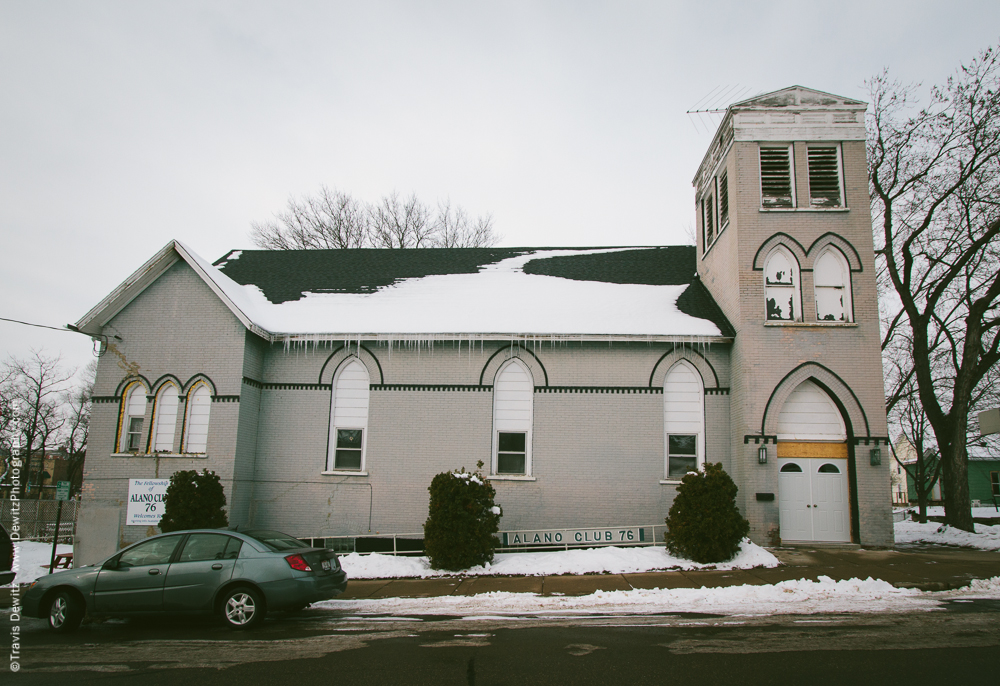
Alano Club 76
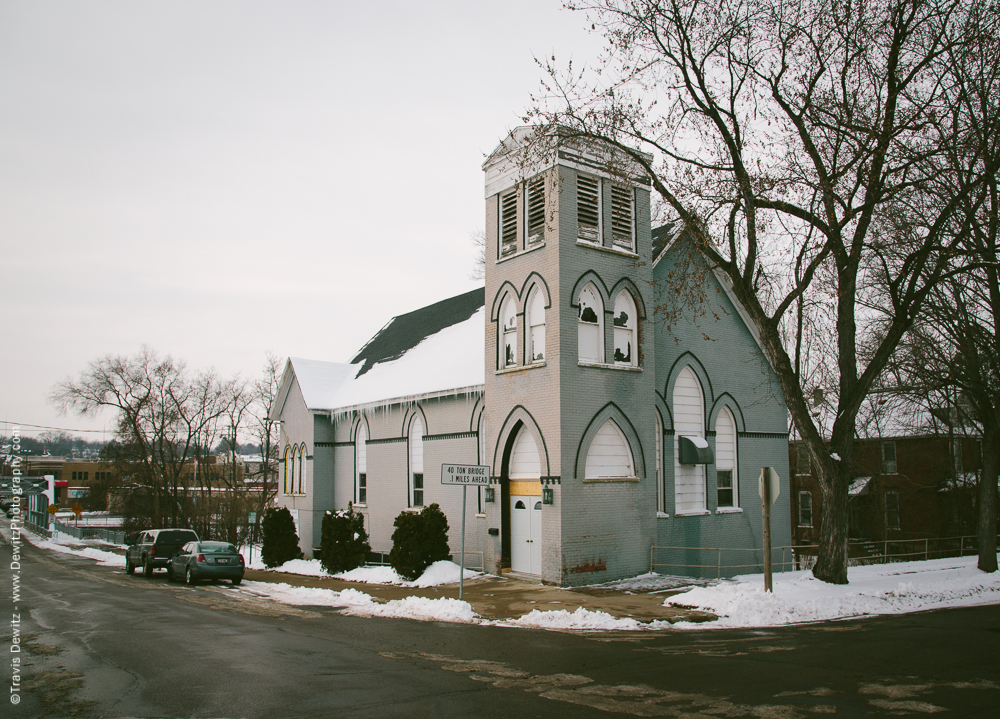
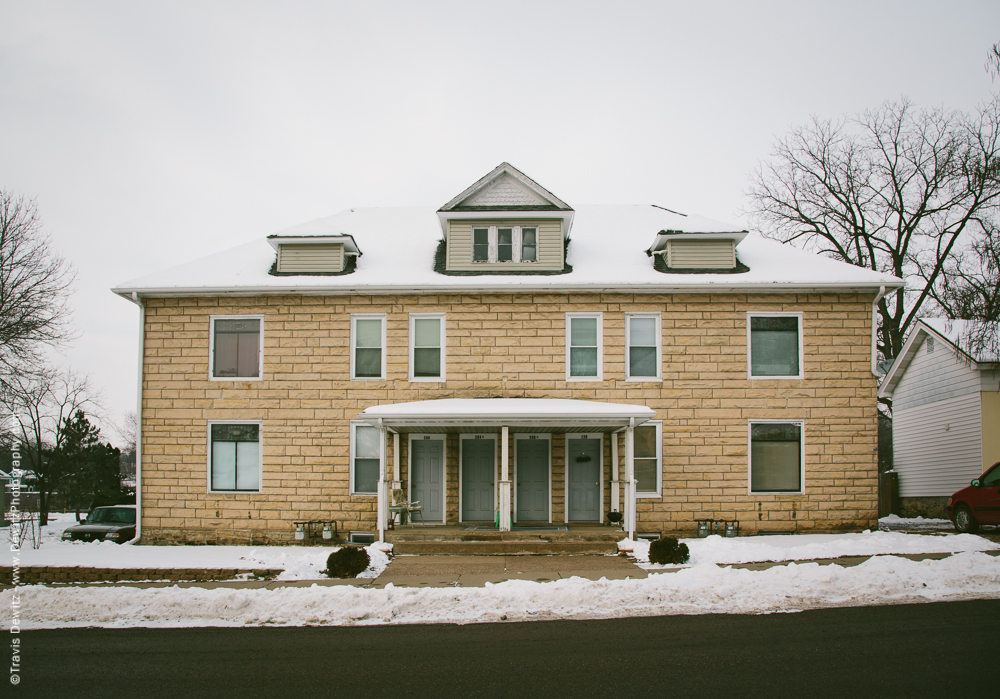
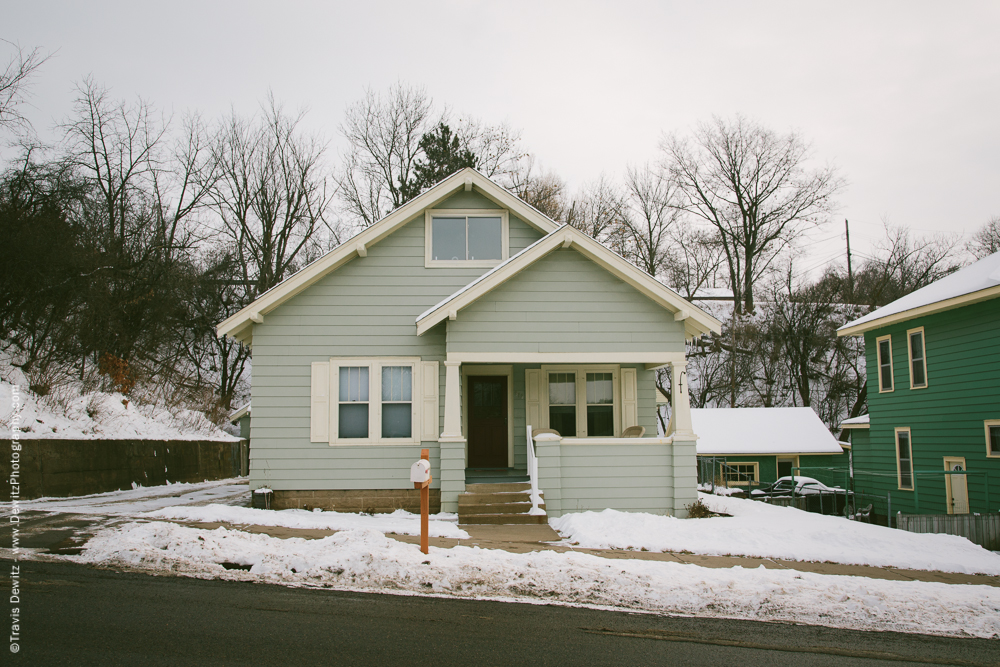
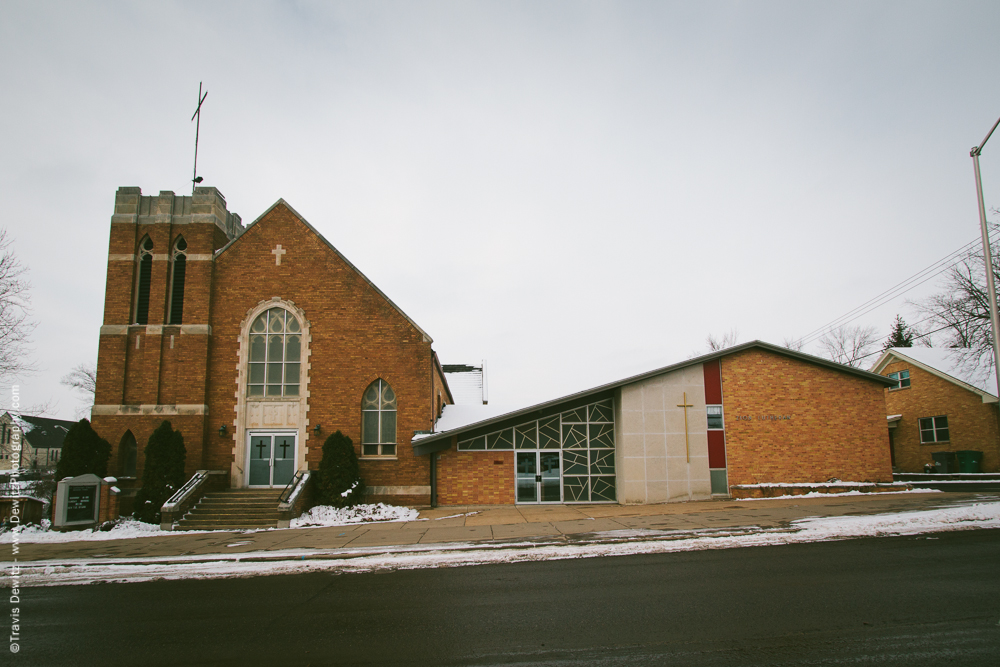
Zion Lutheran Church
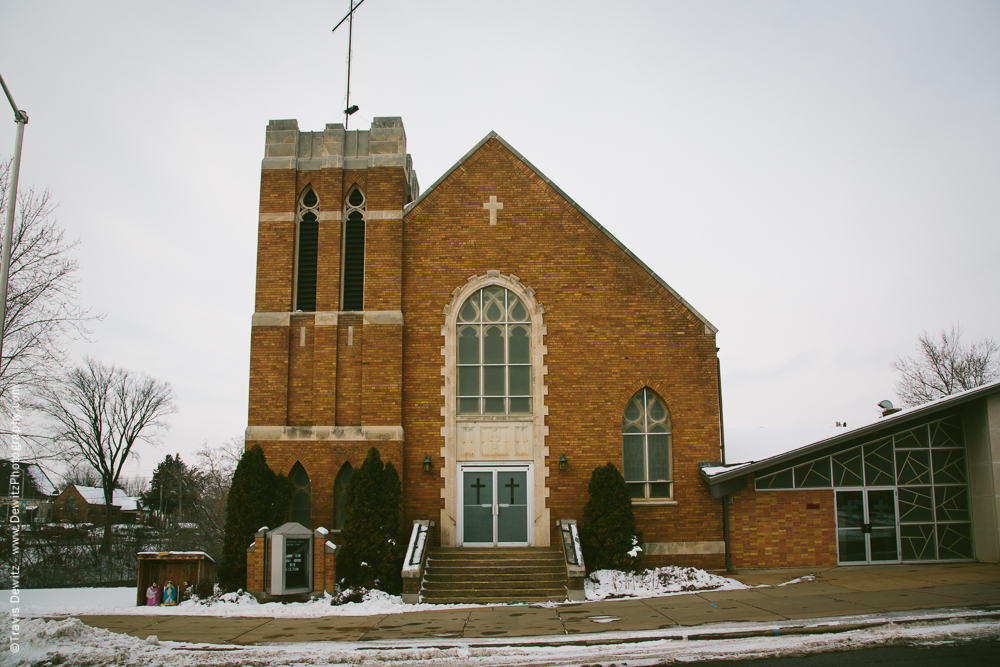
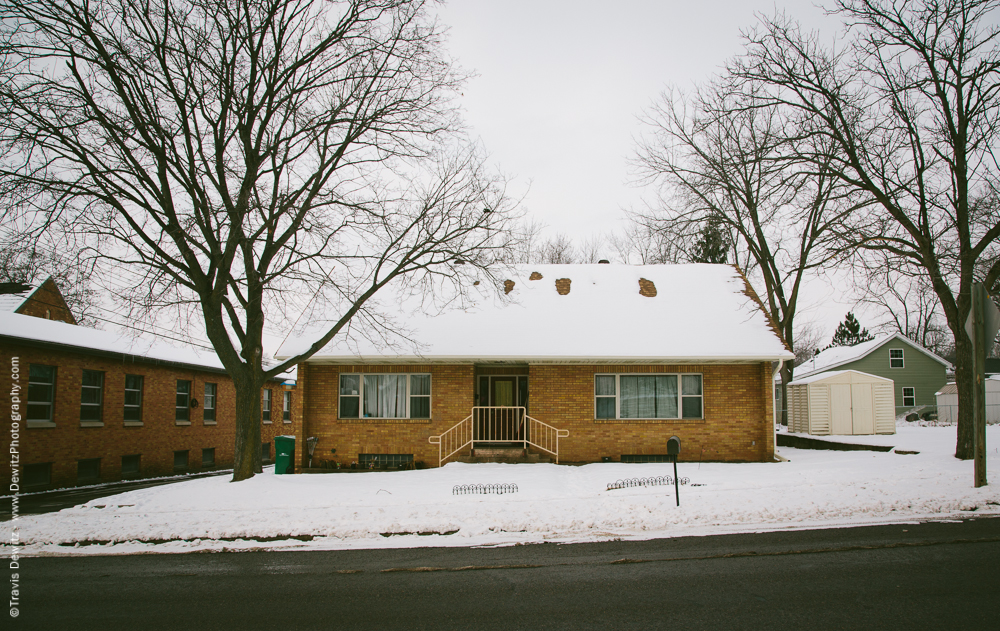
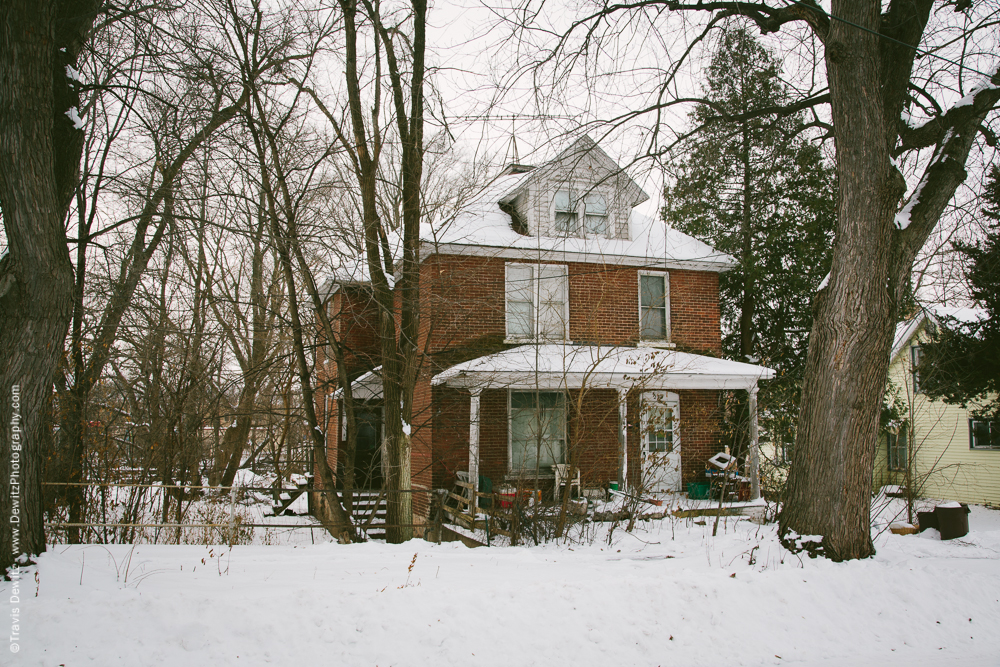
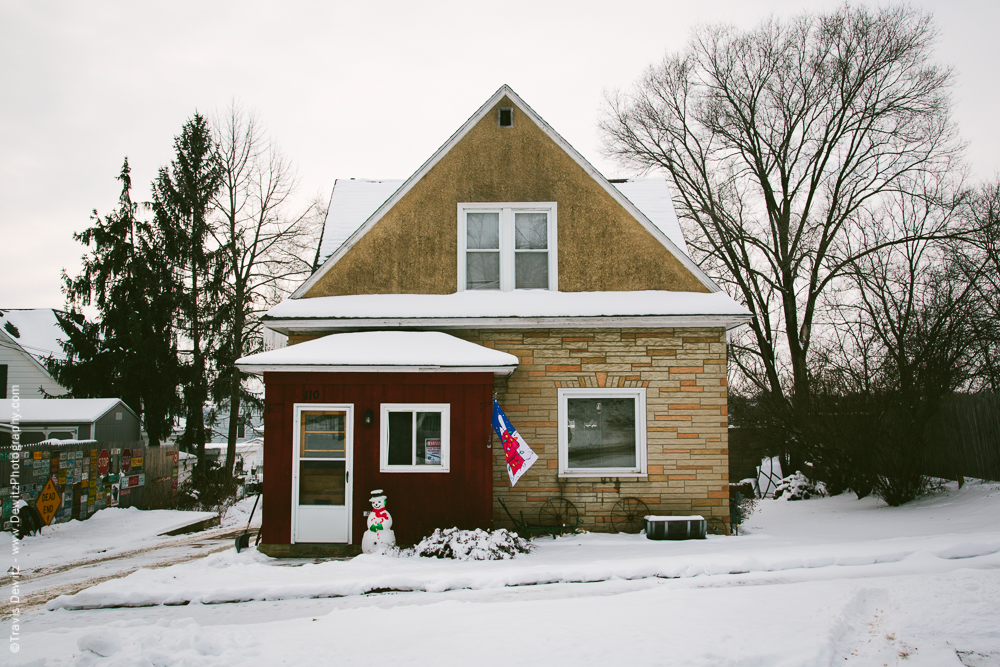
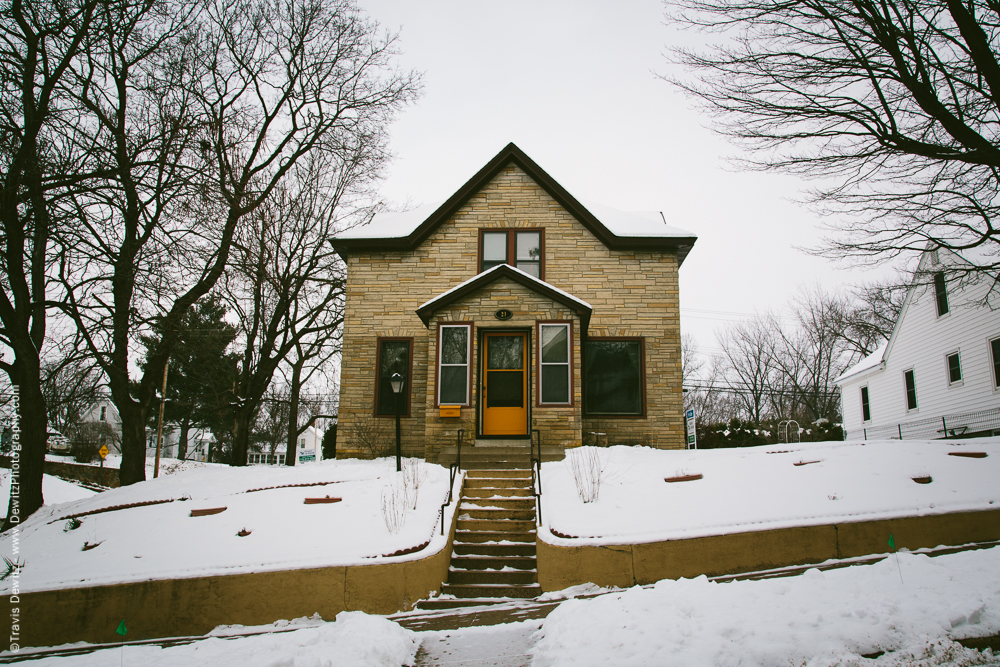
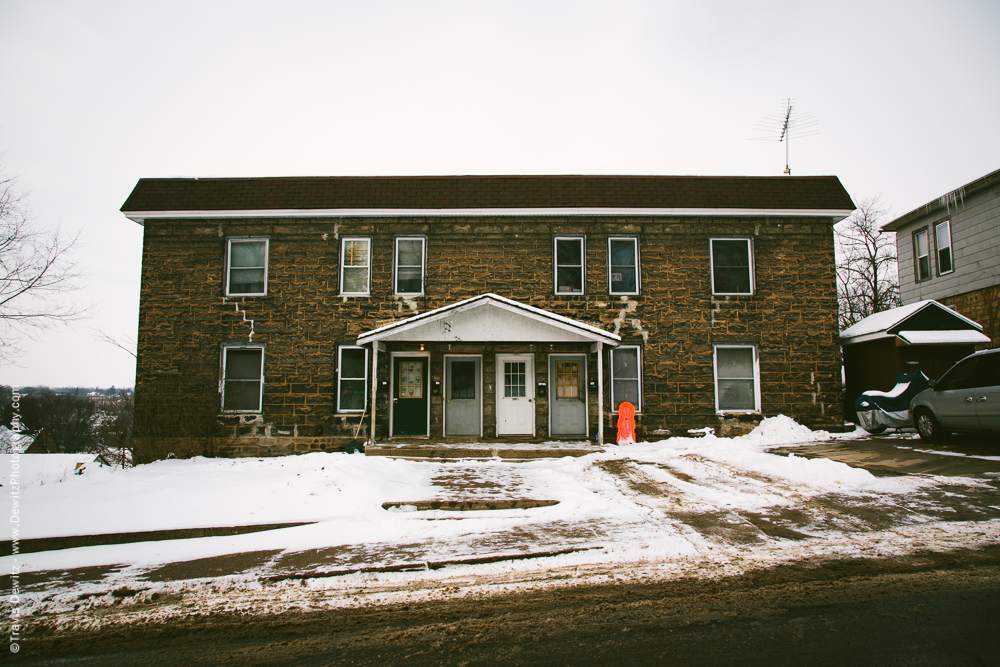
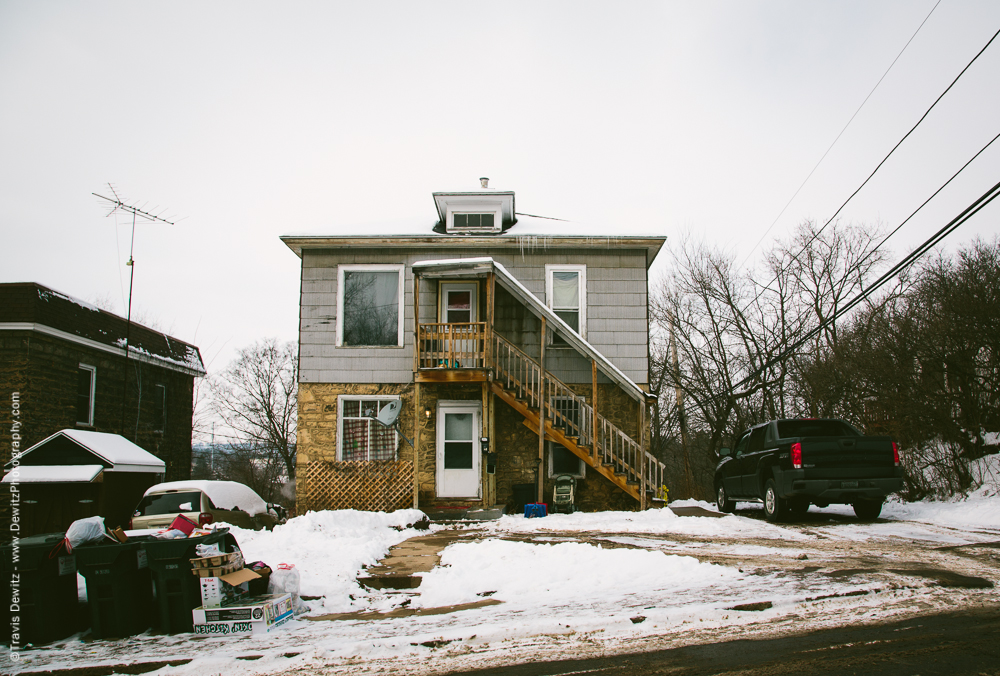
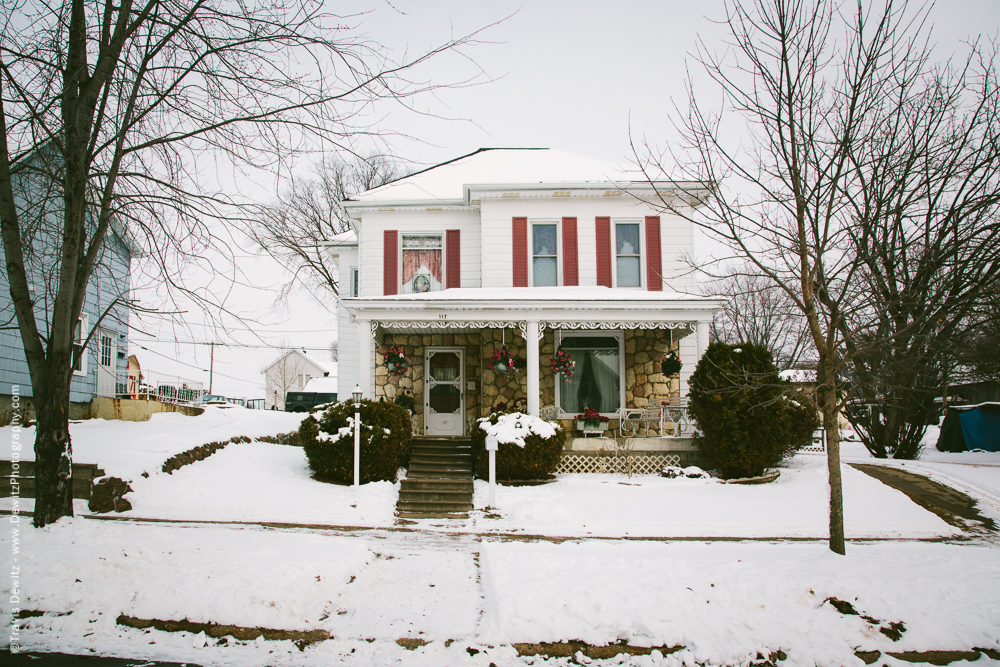
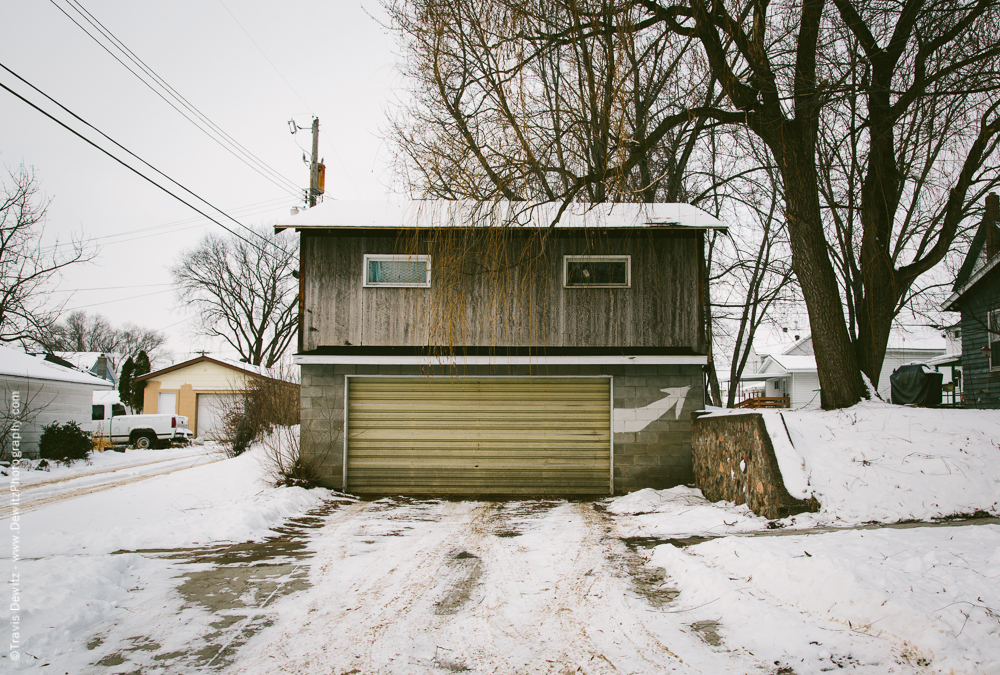
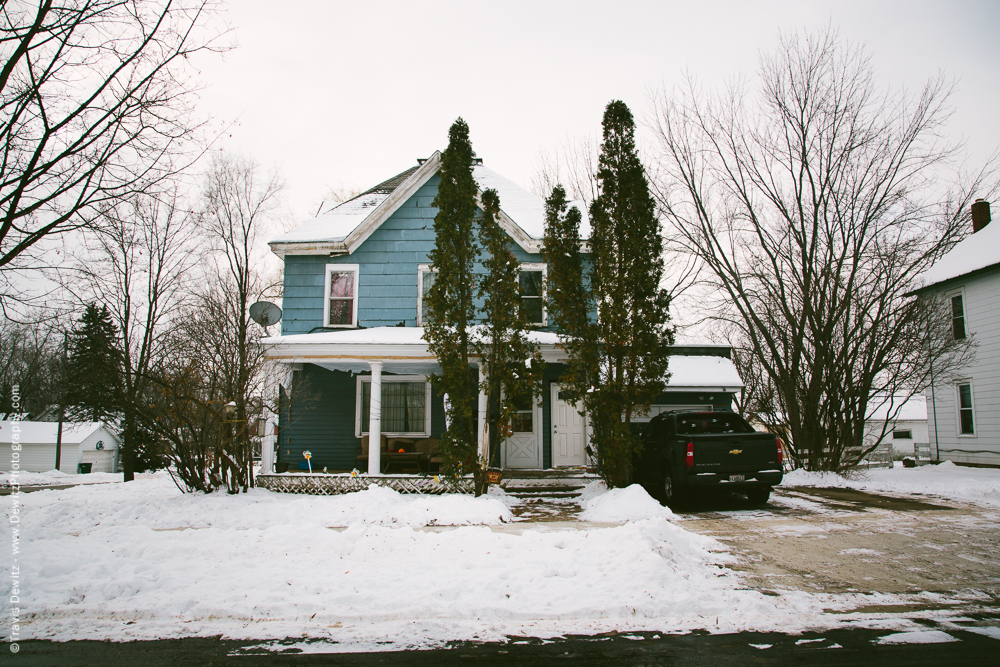
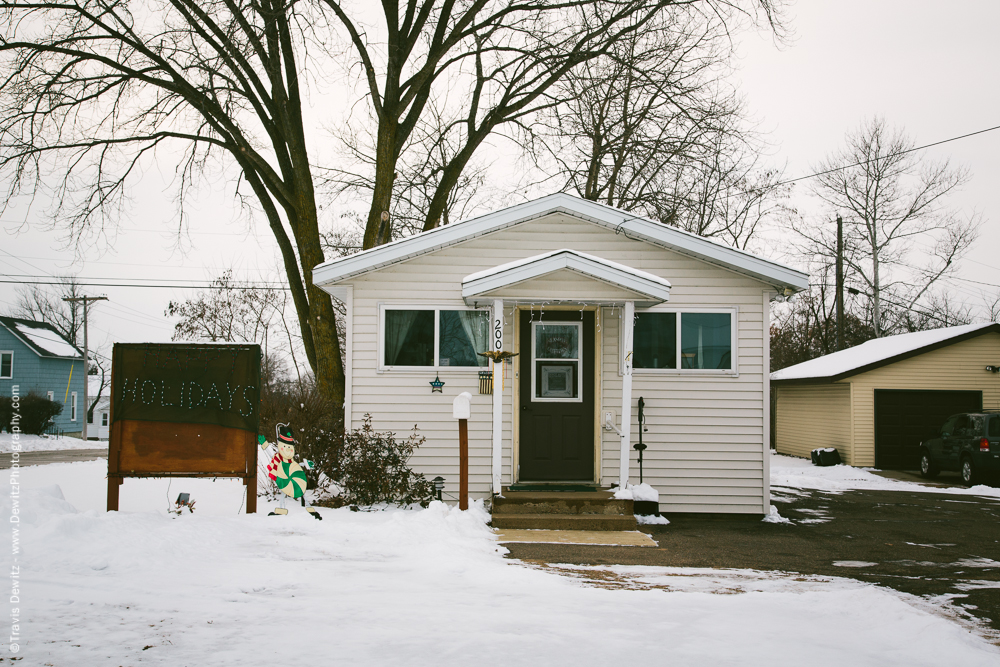
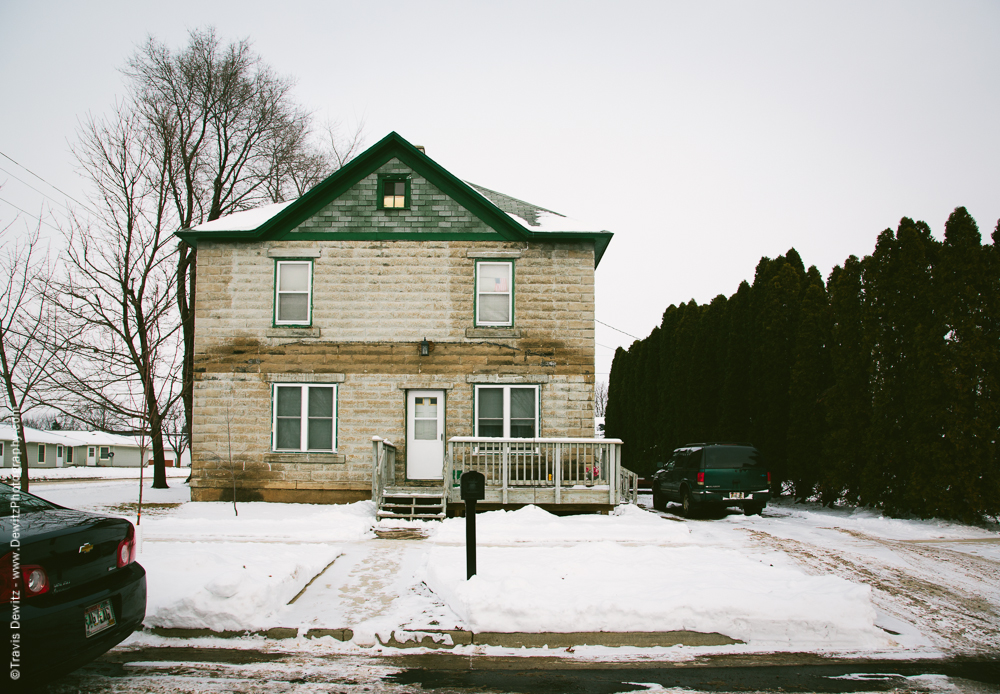
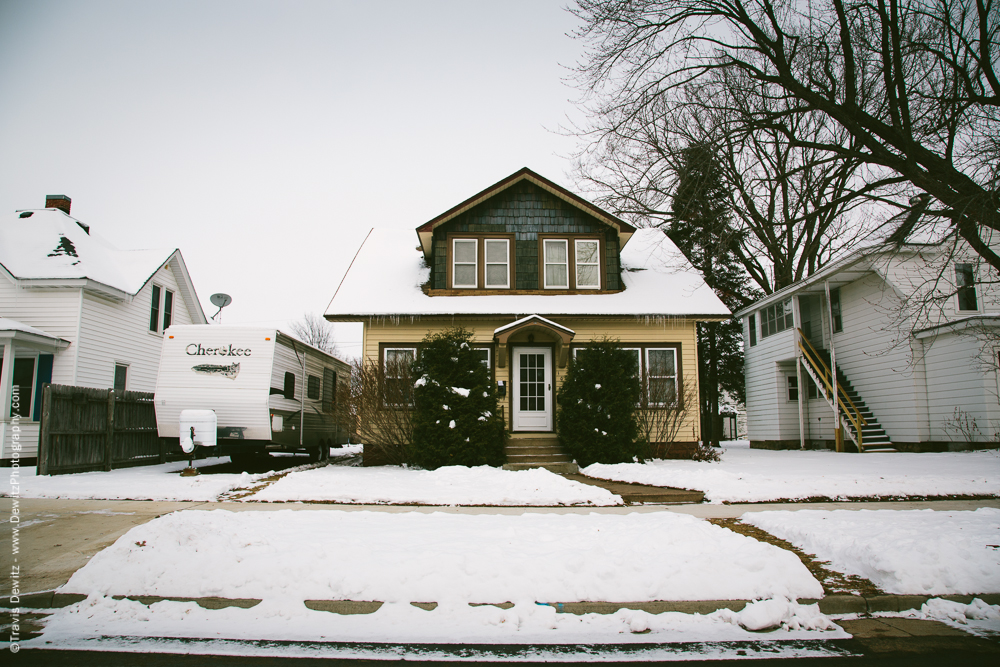
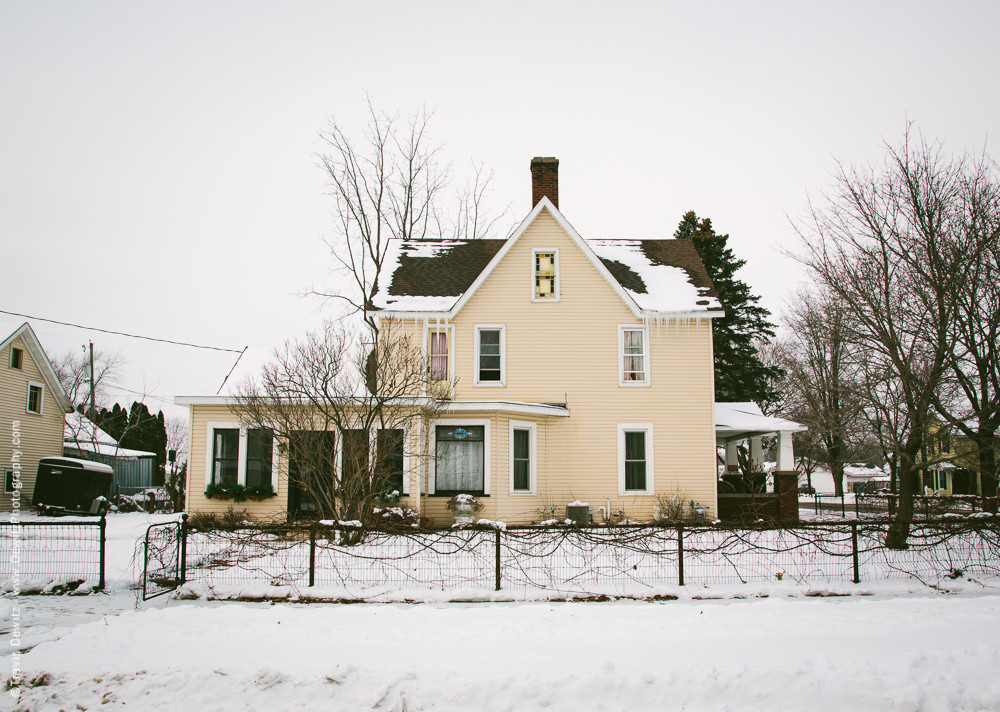
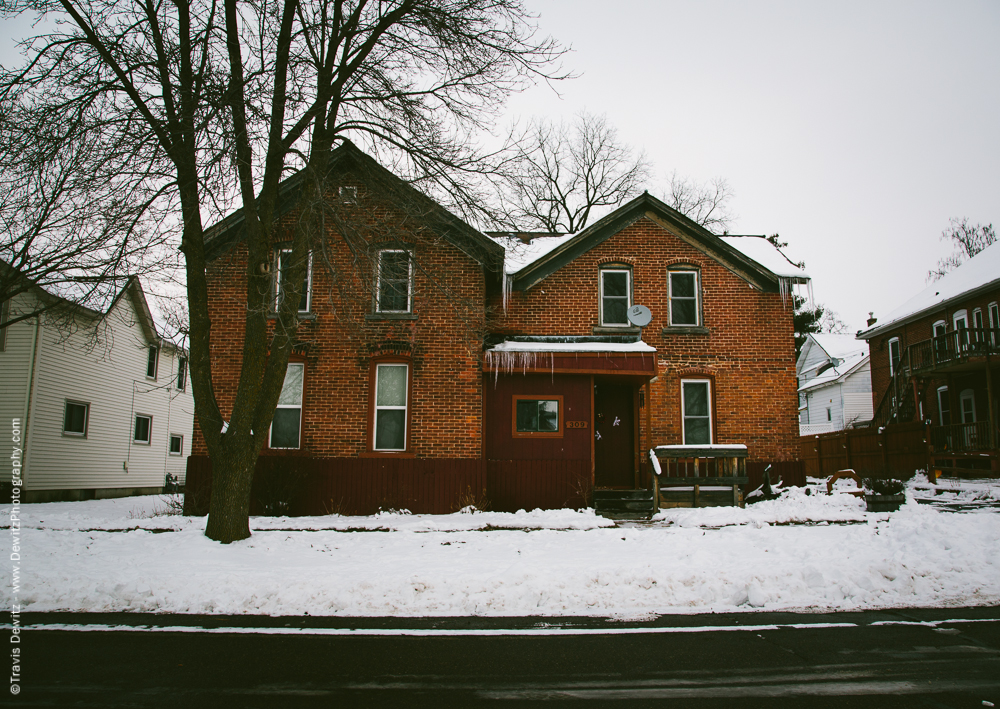
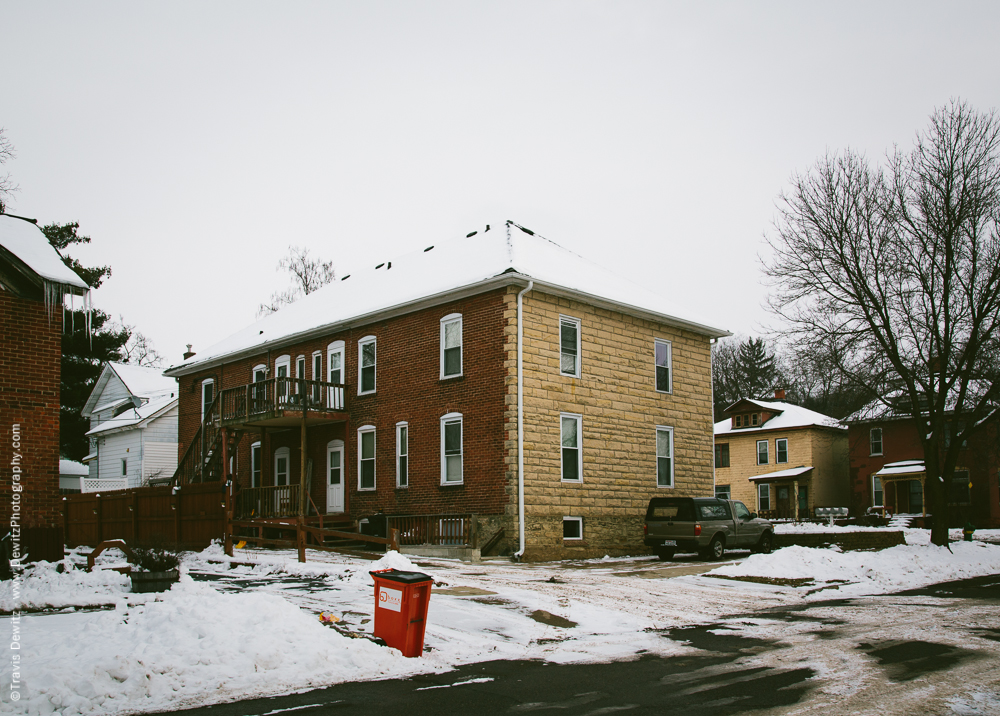
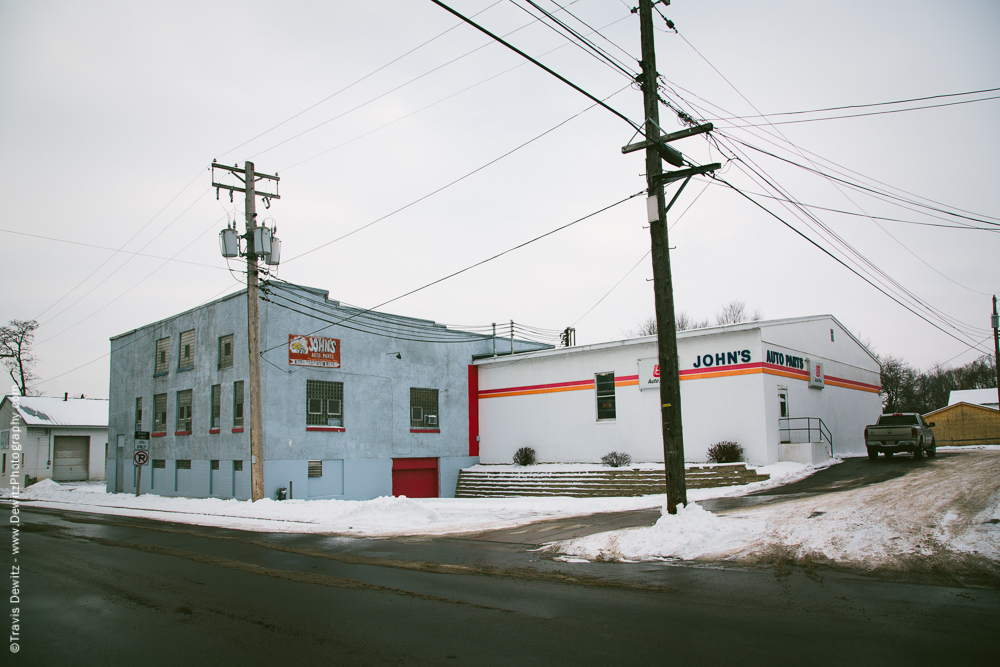
The old Chippewa Candy Company building now Johns Auto Parts.
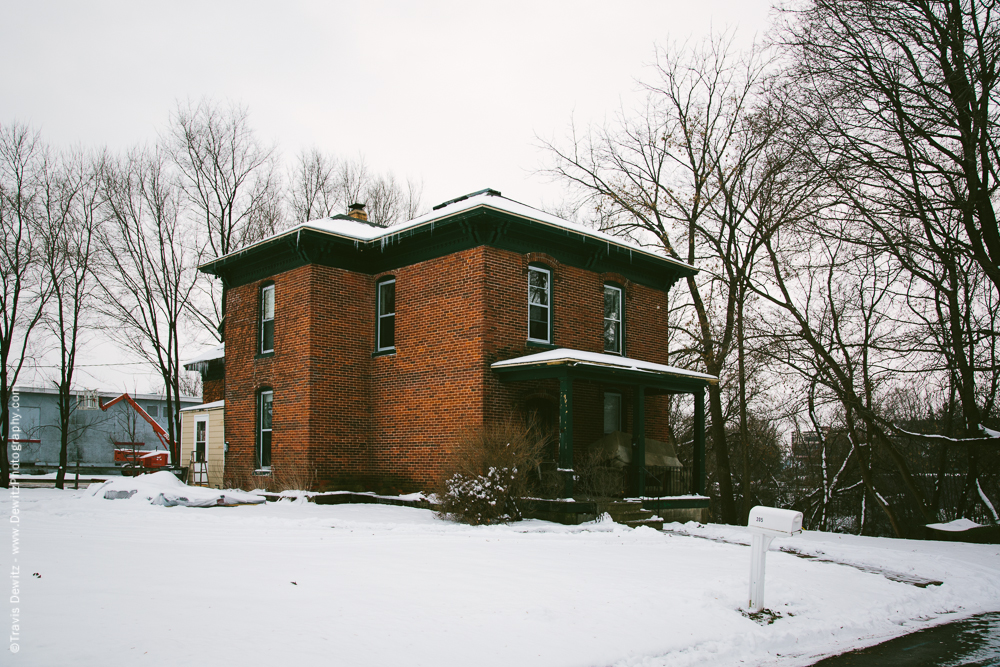
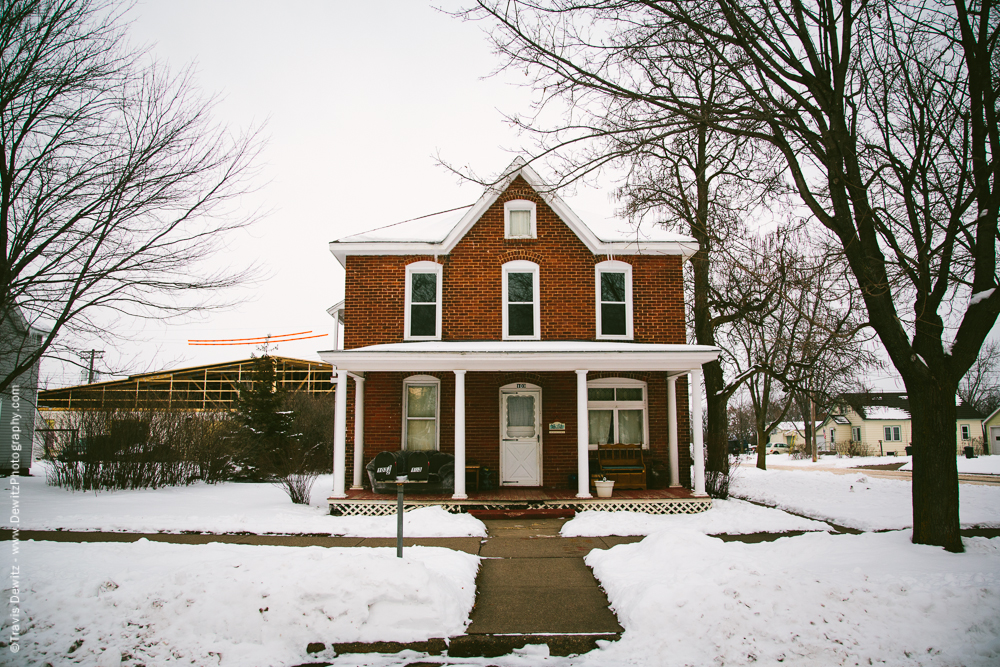
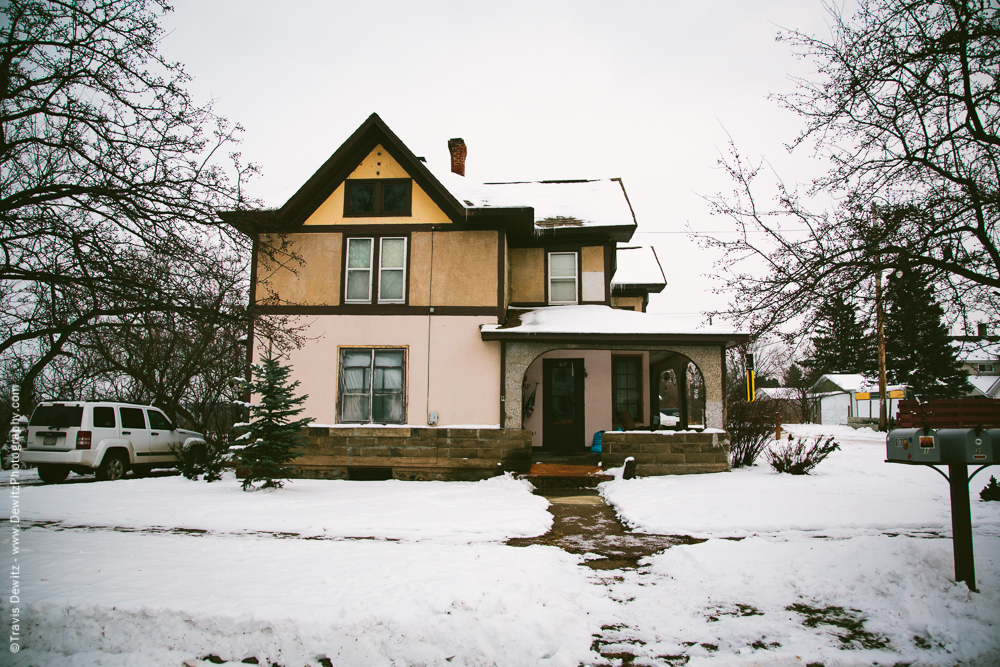
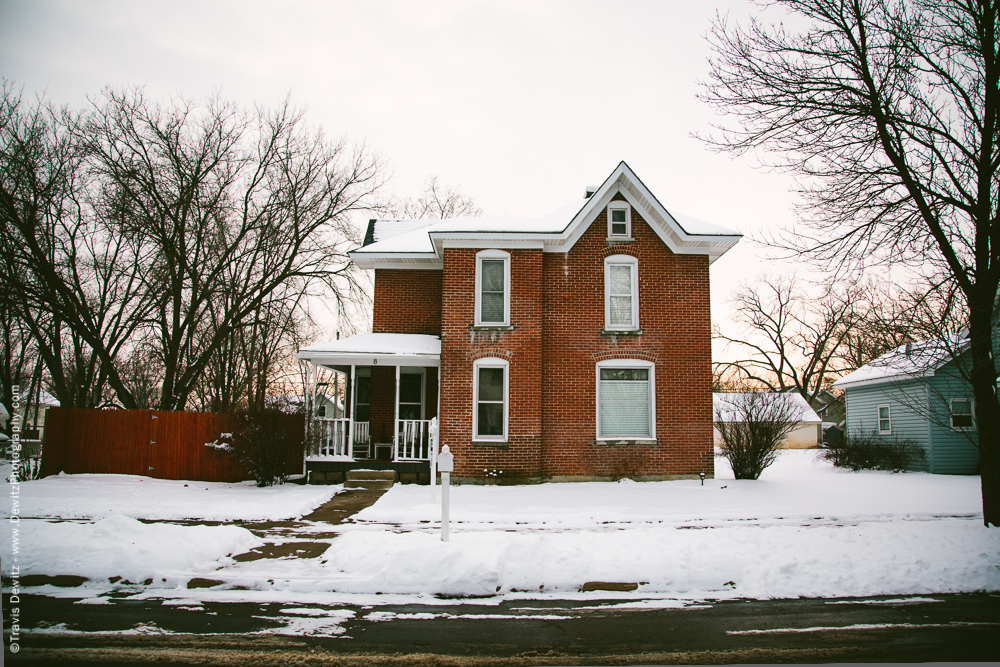
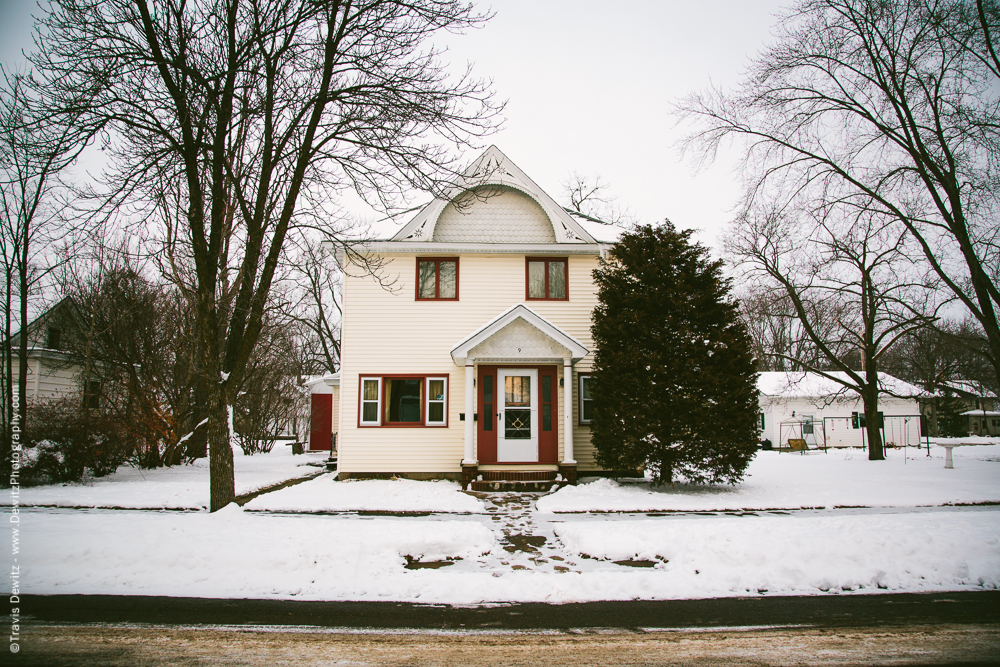
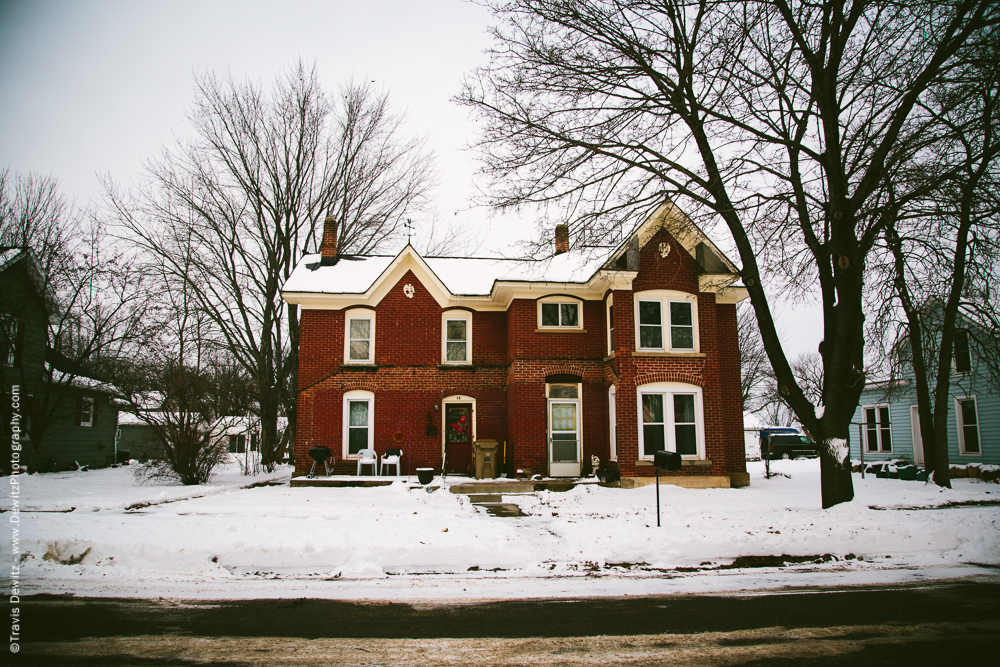
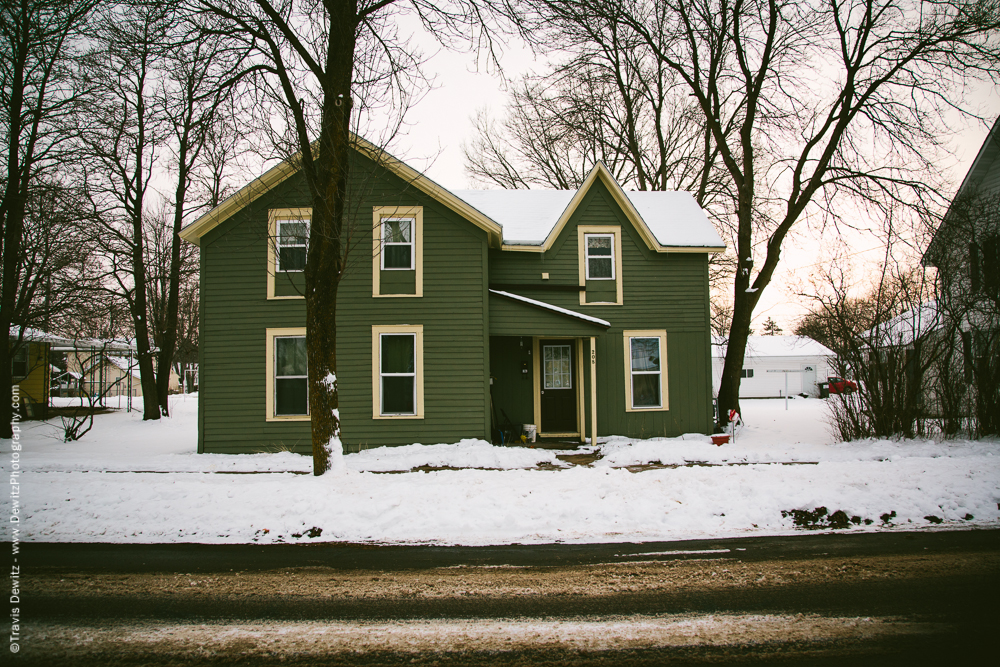
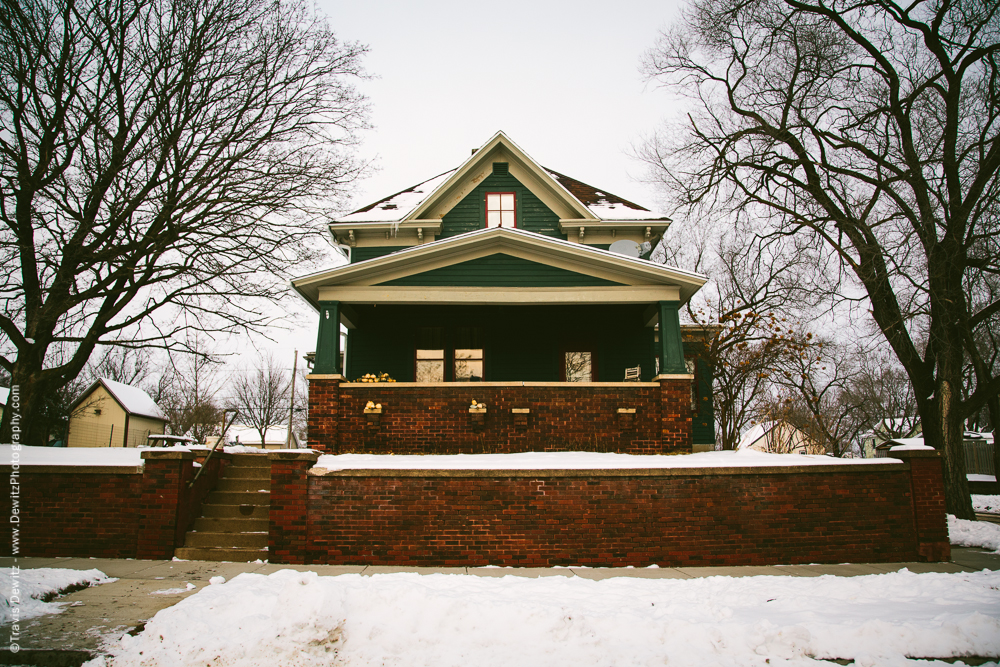
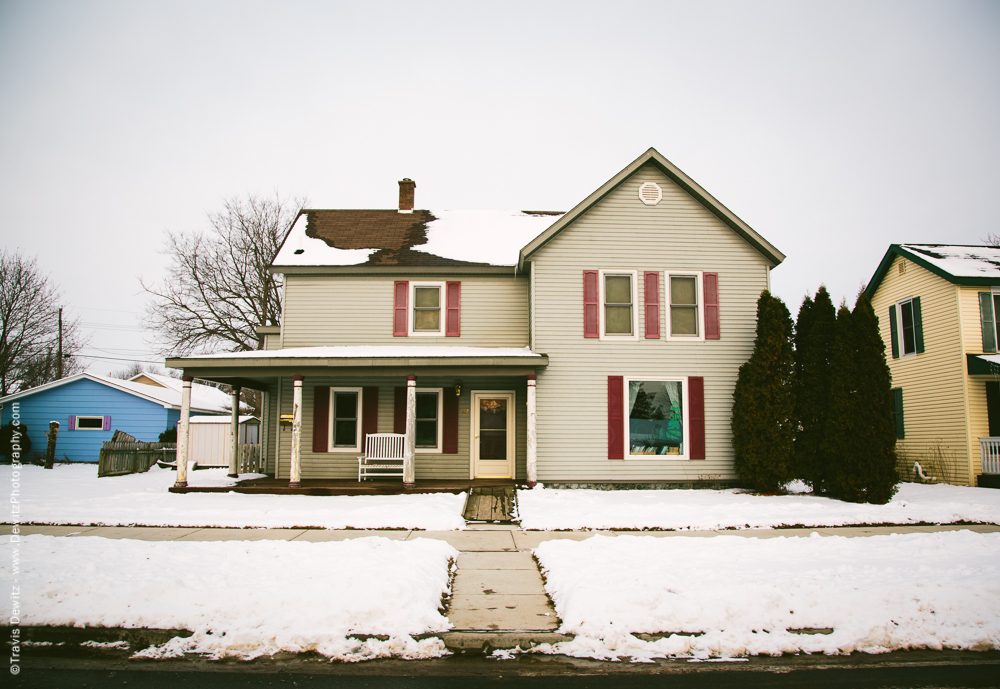
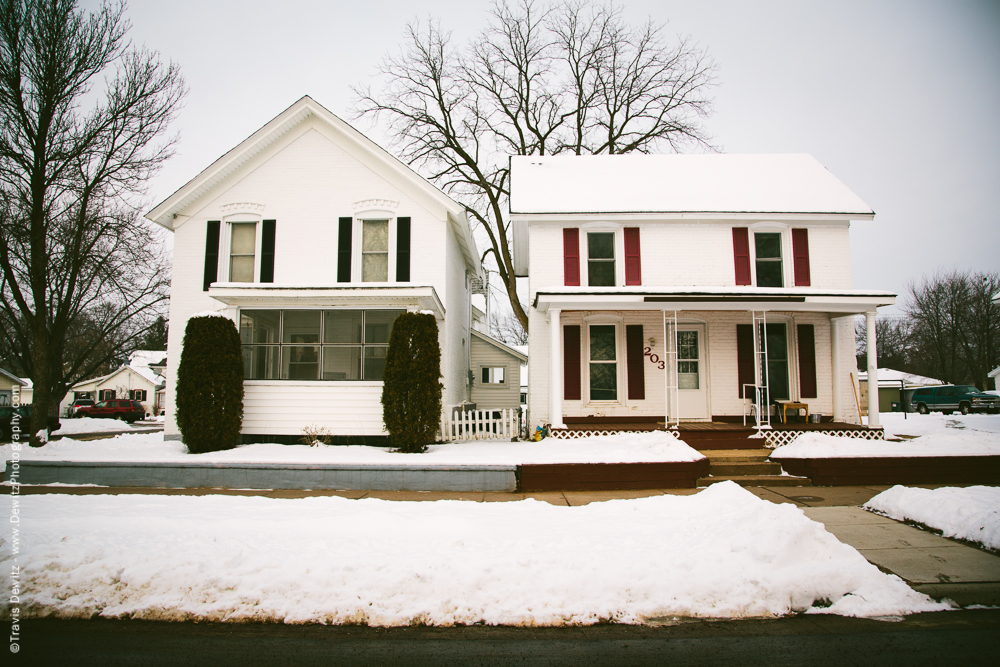
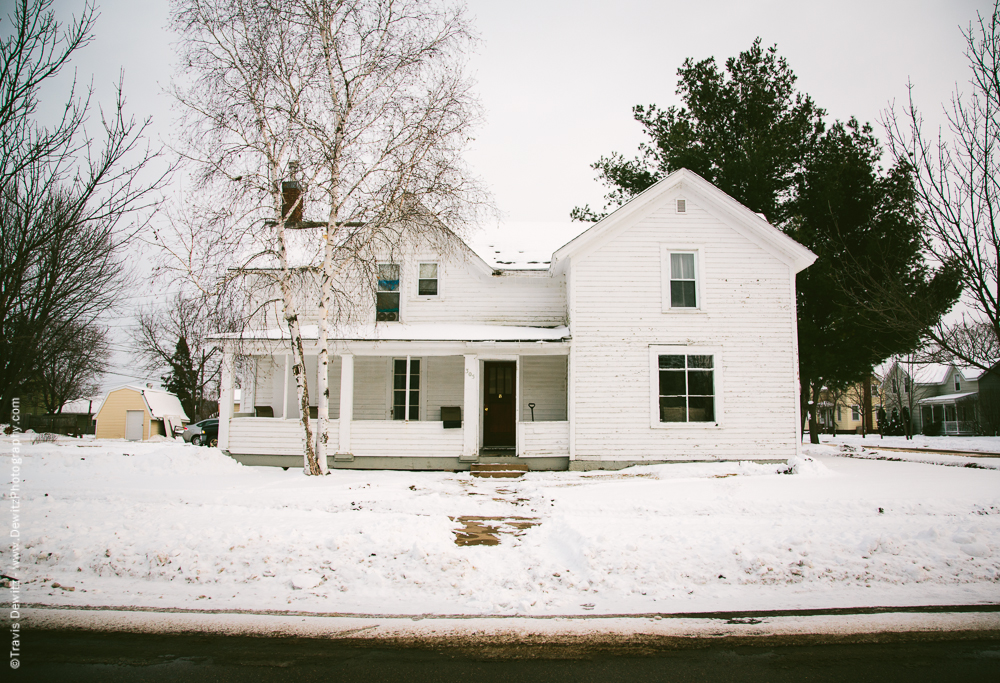
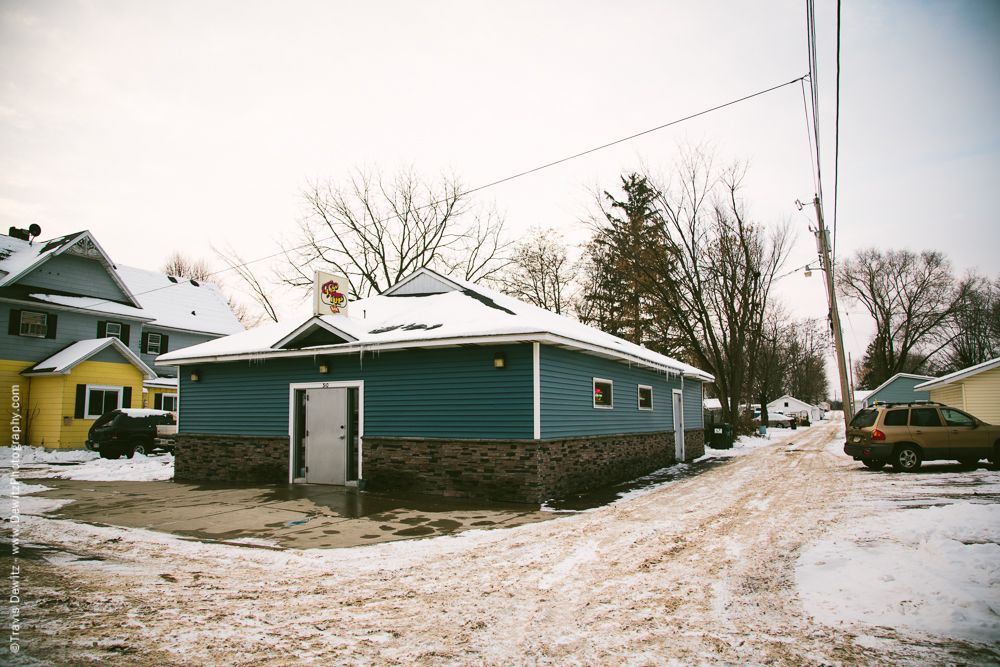
Tip Top Tavern
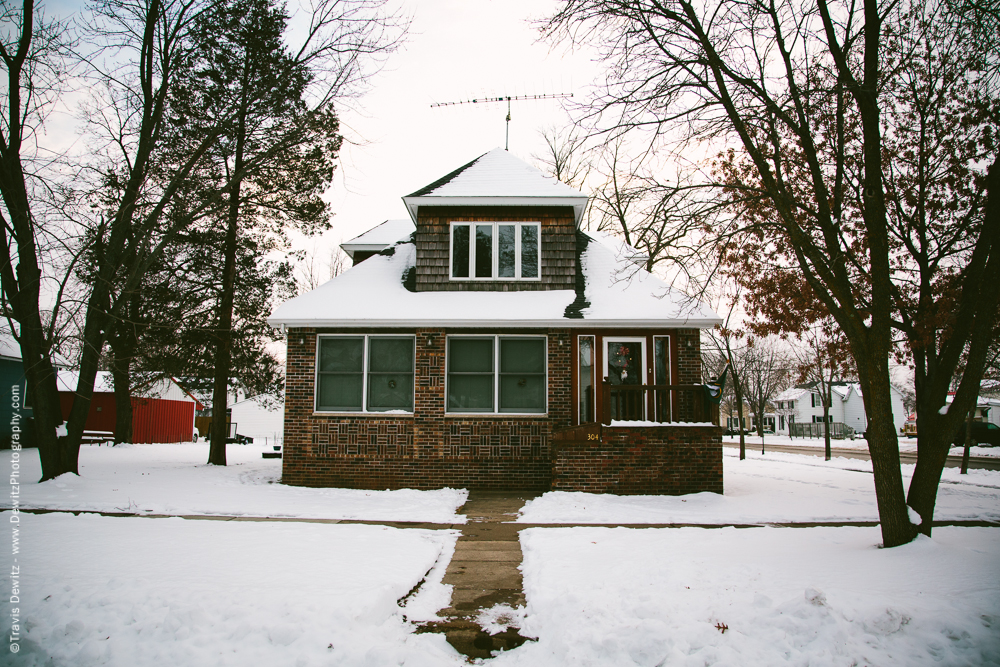
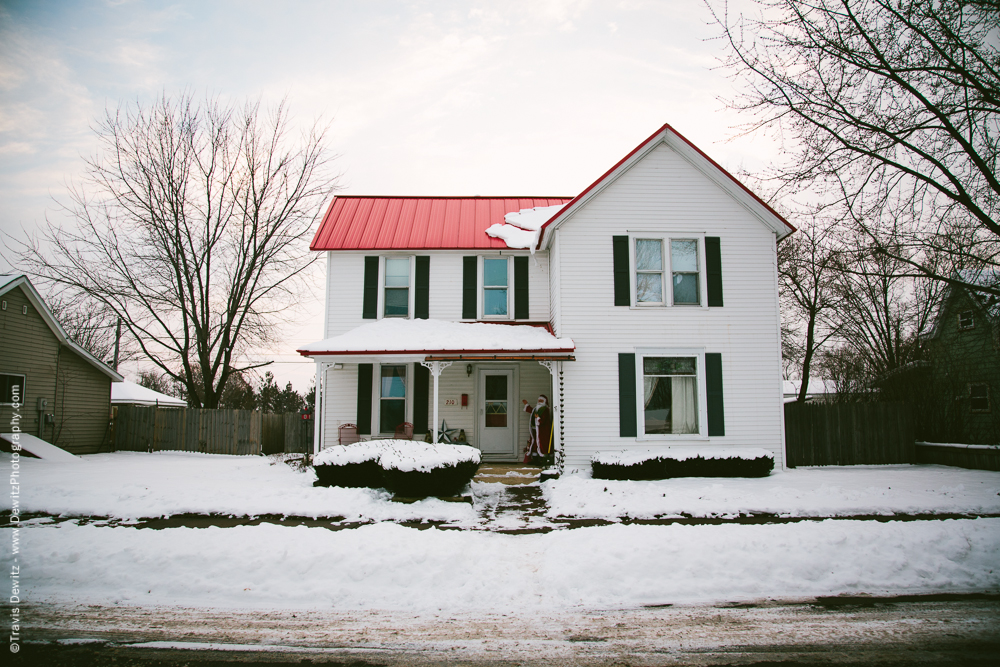
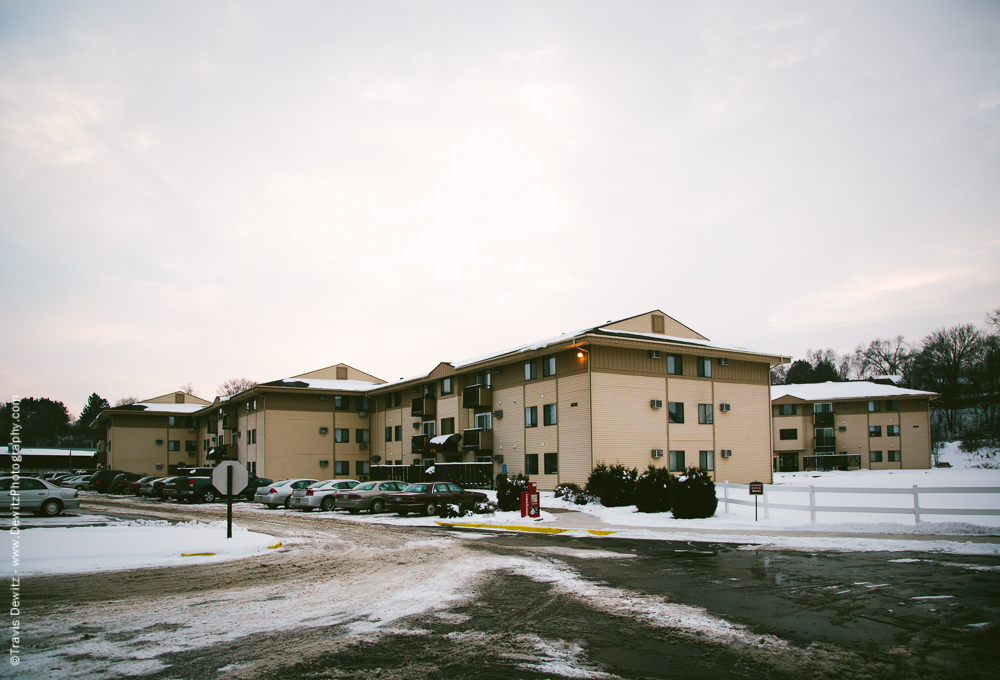
Former Pumphouse Apartments
Northside
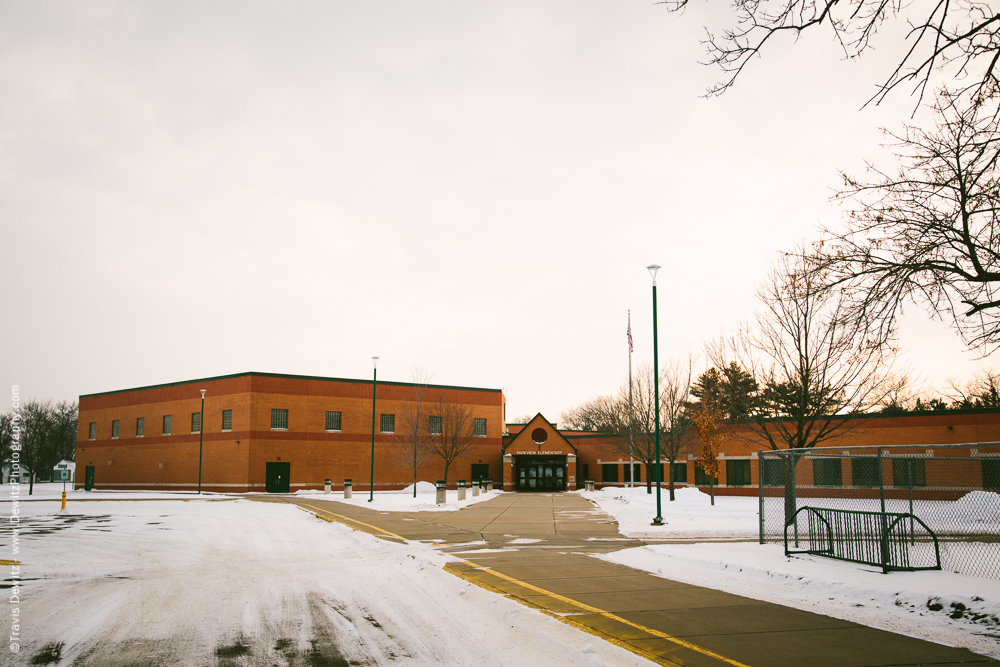
Parkview Elementary School
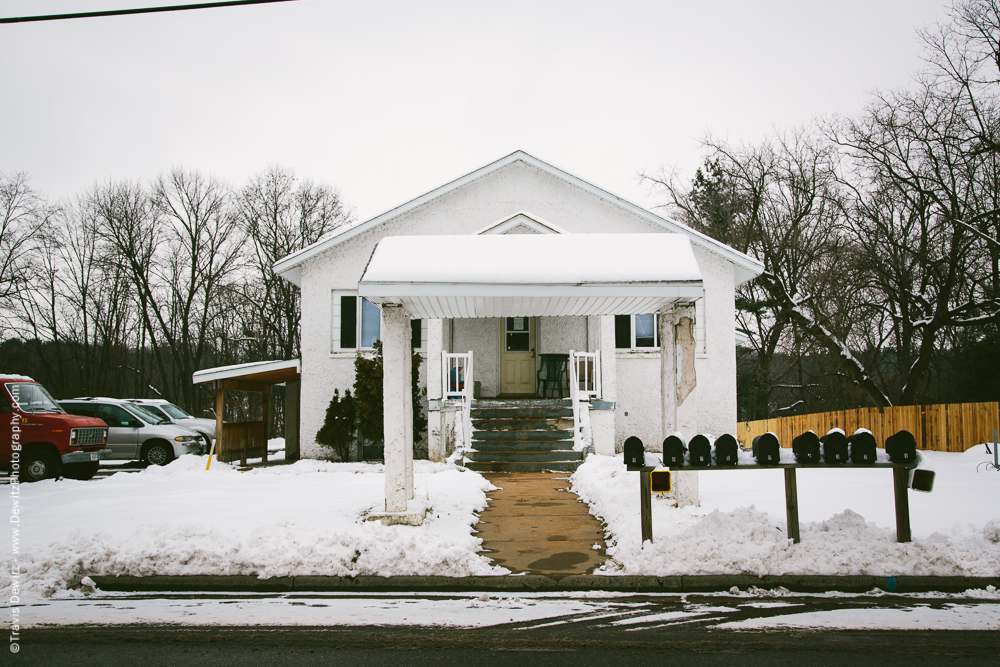
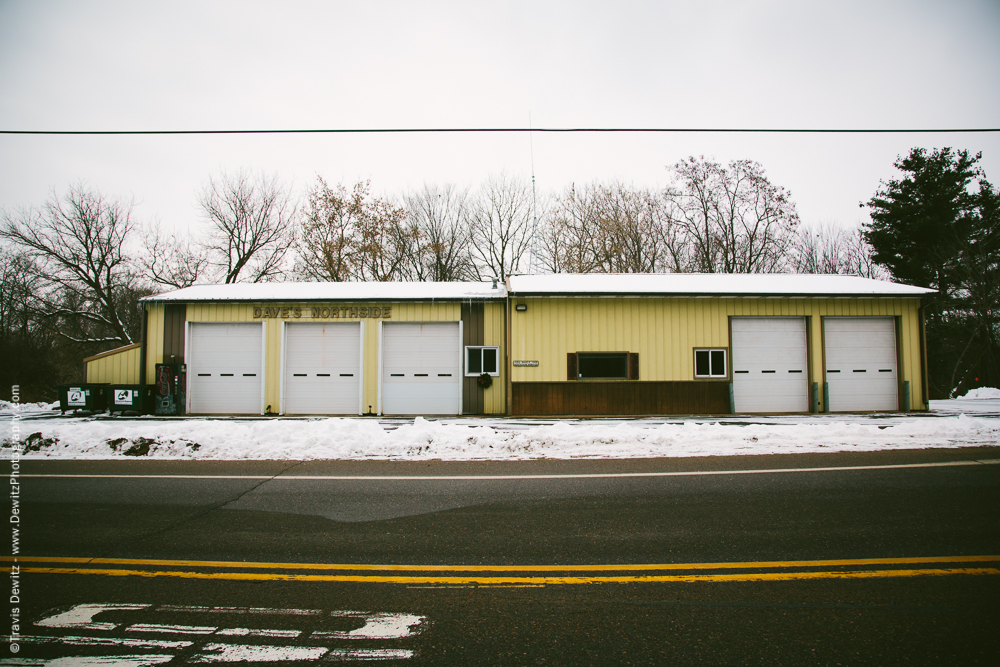
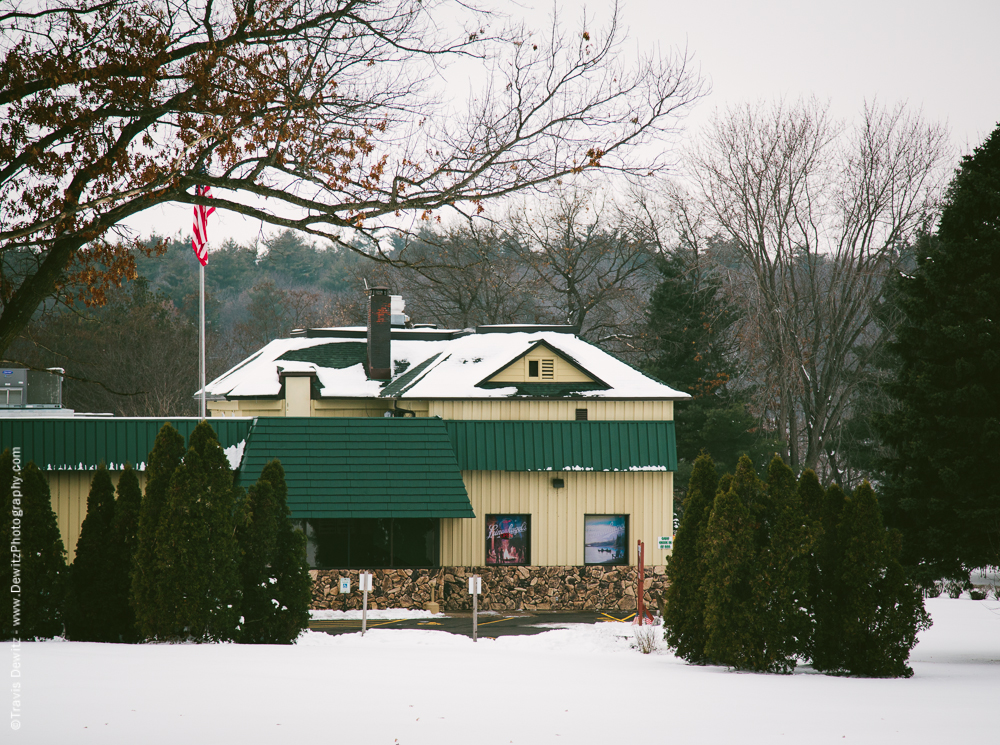
Ojibwa Golf Course and Bowling Alley
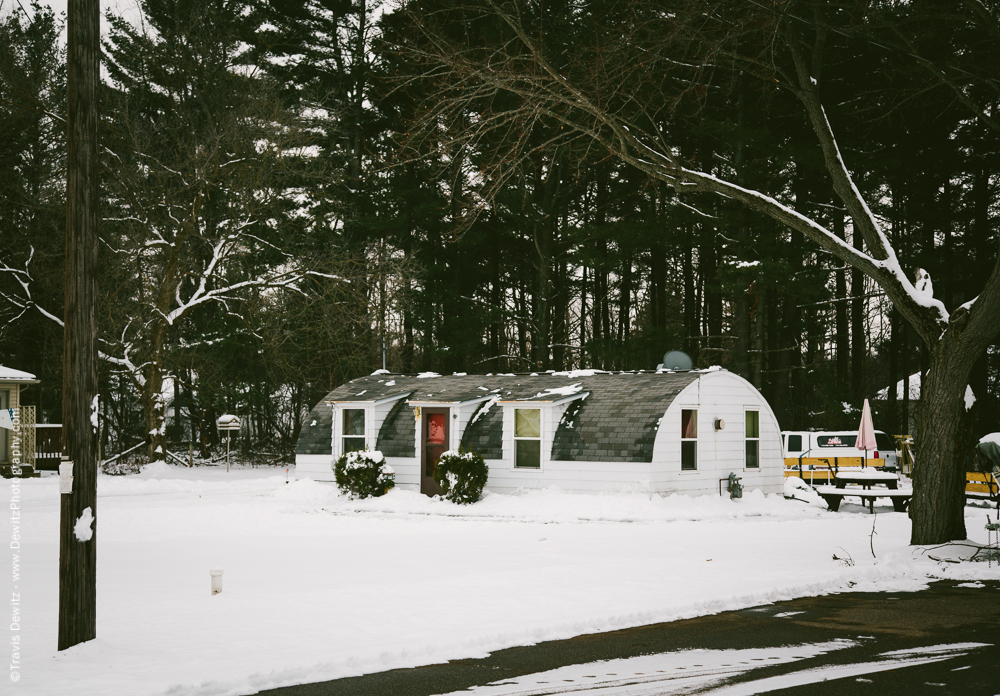
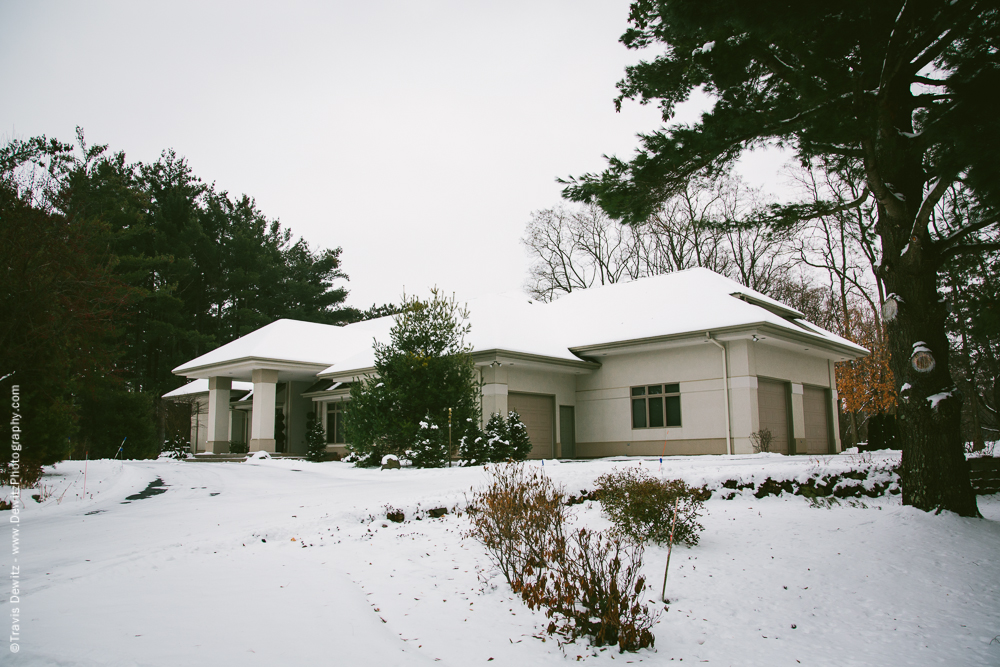
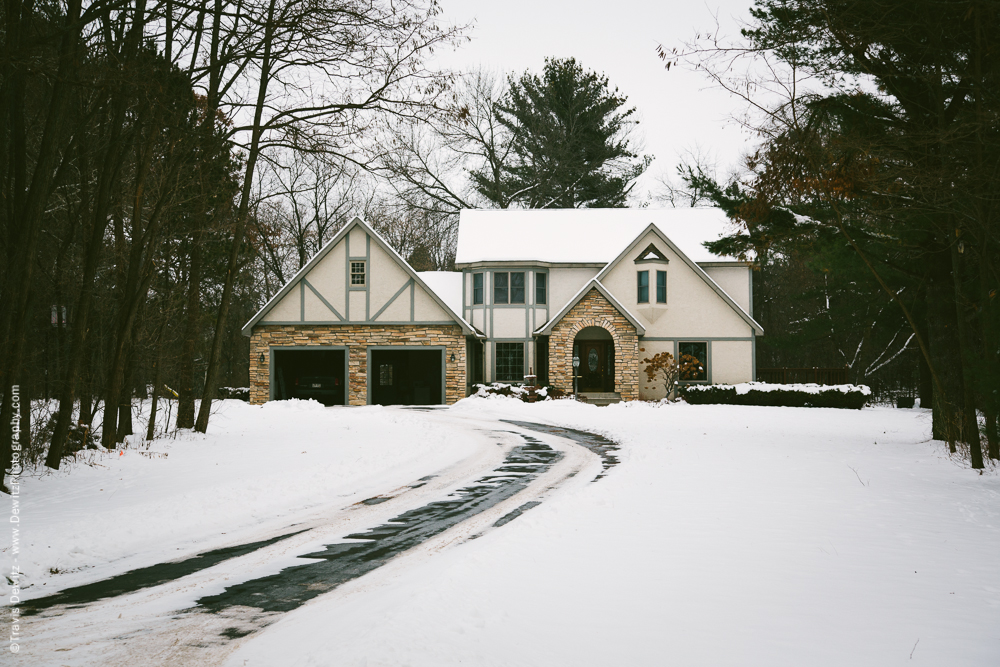
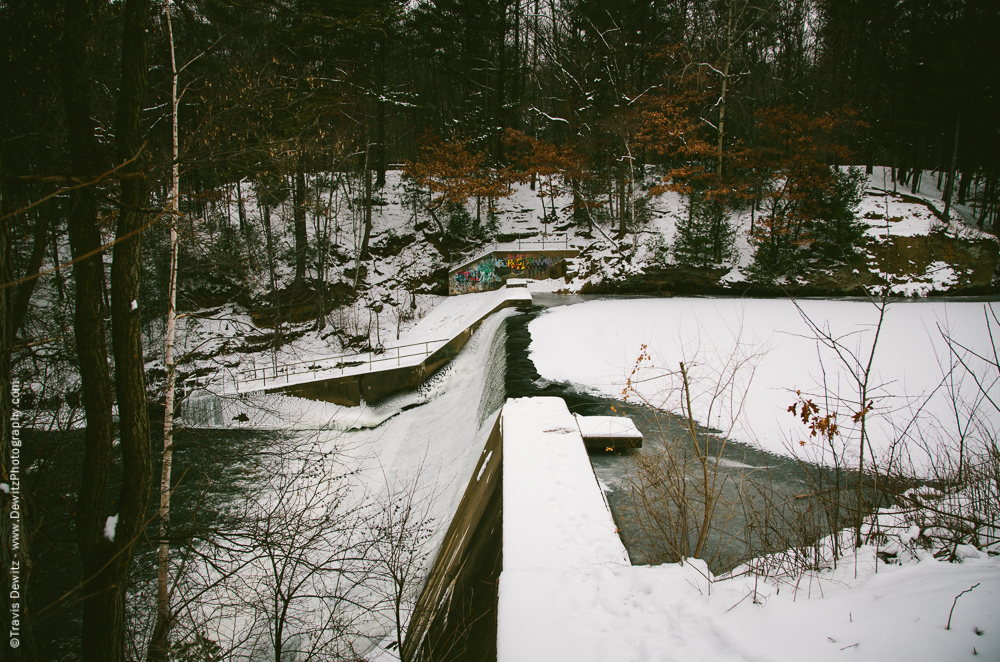
Glen Loch Dam
J.H Duncan had a small saw mill at this location before the dam was built, I believe. The dam was built in 1875 on Duncan Creek creating Glen Loch. A large flour mill erected in 1879 by Hector McRae to the right of the dam that could produce 100 barrels of flour in 24 hours. The mill was dismantled in 1924 and the Pure Ice Company harvested ice from the pond starting in 1935.
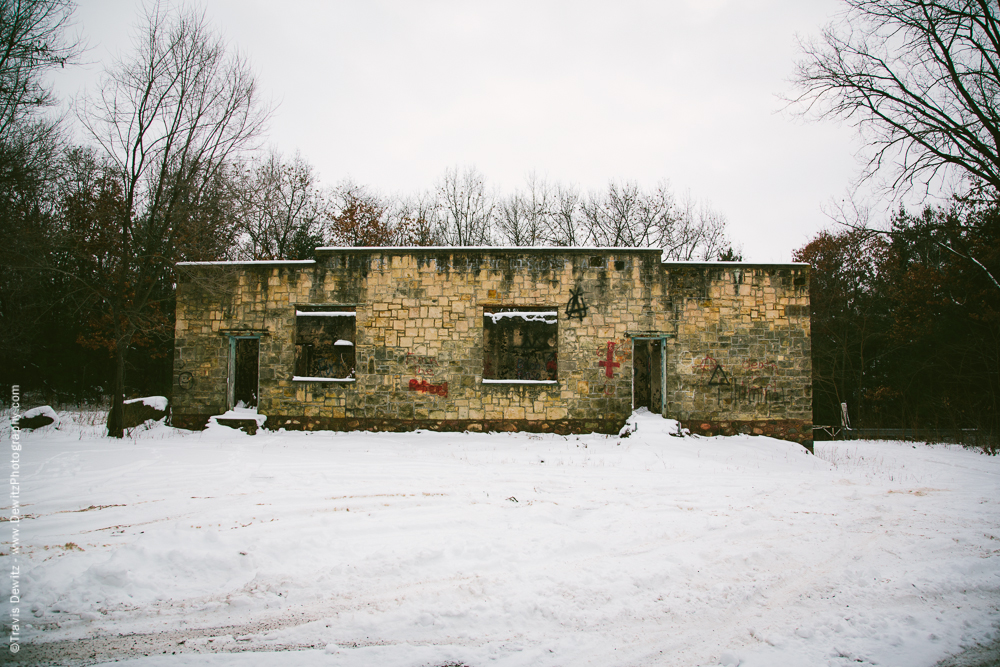
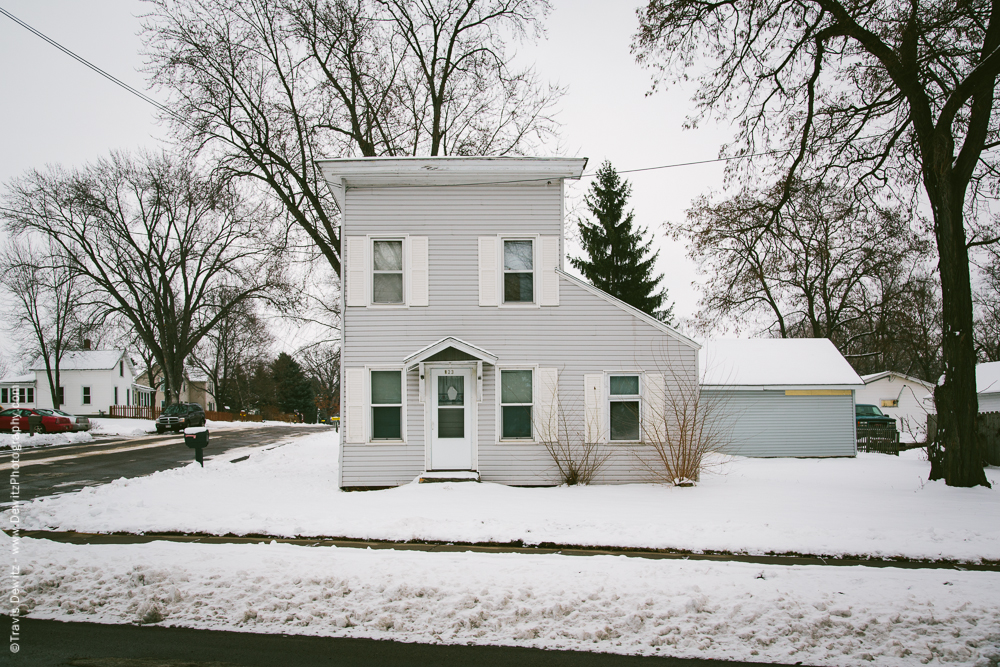
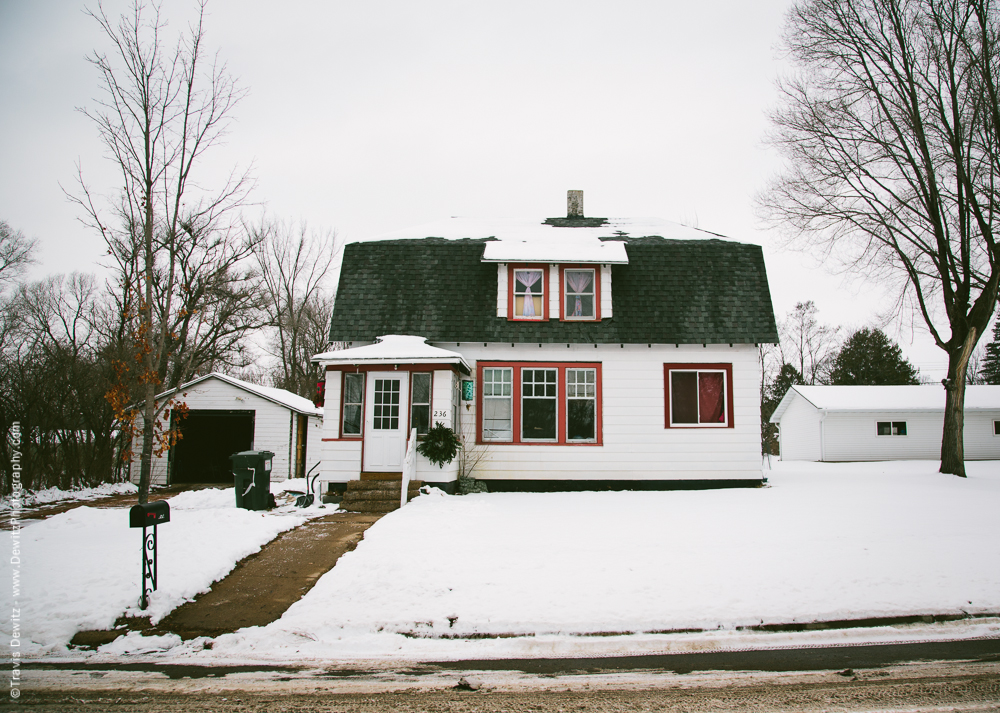
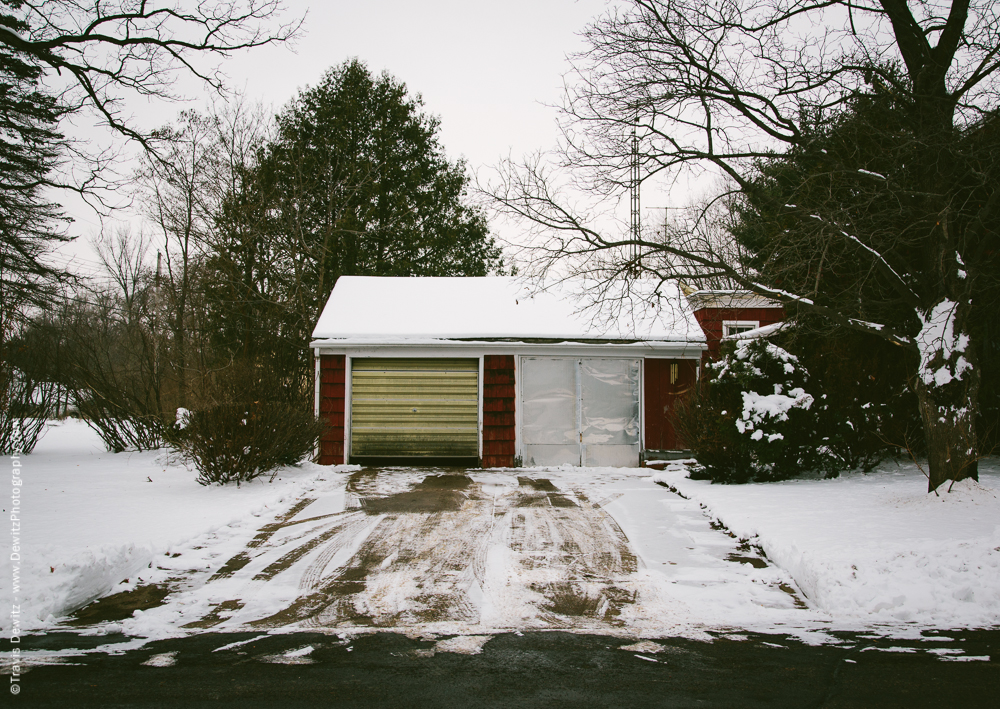
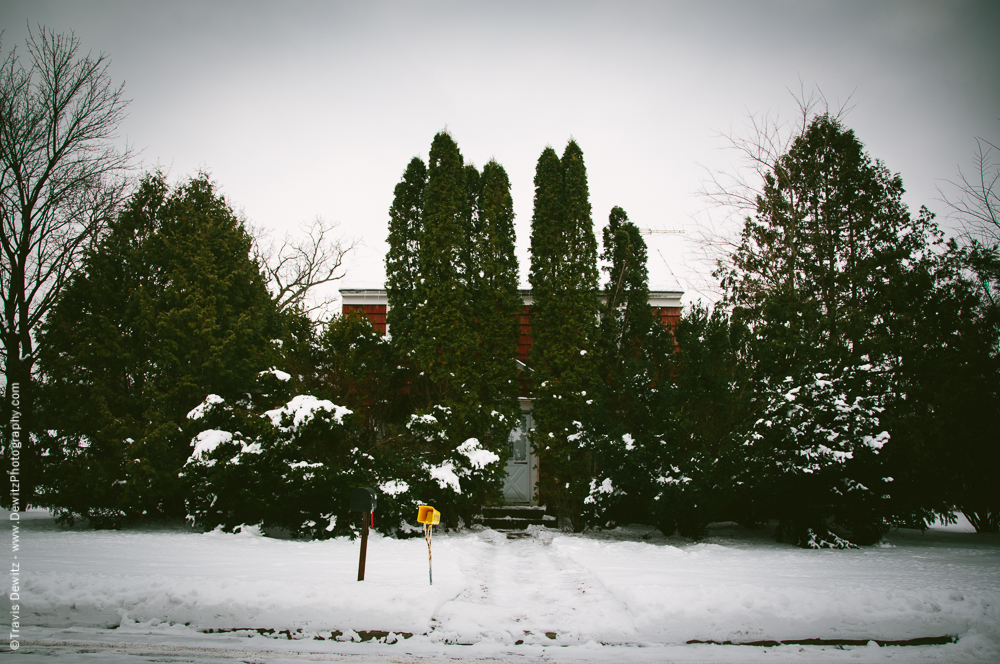
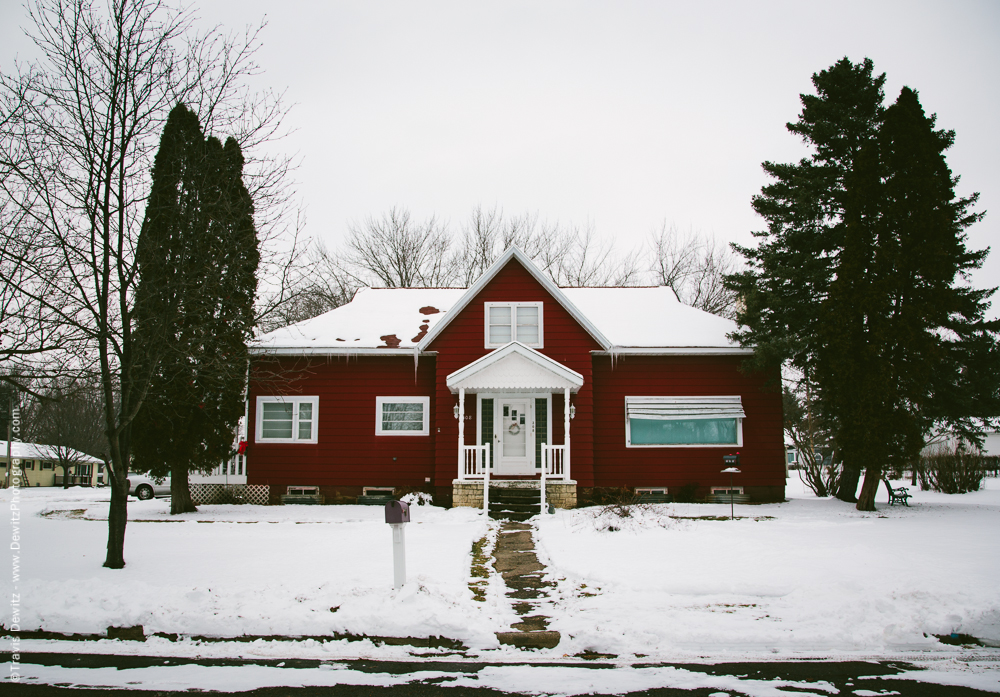
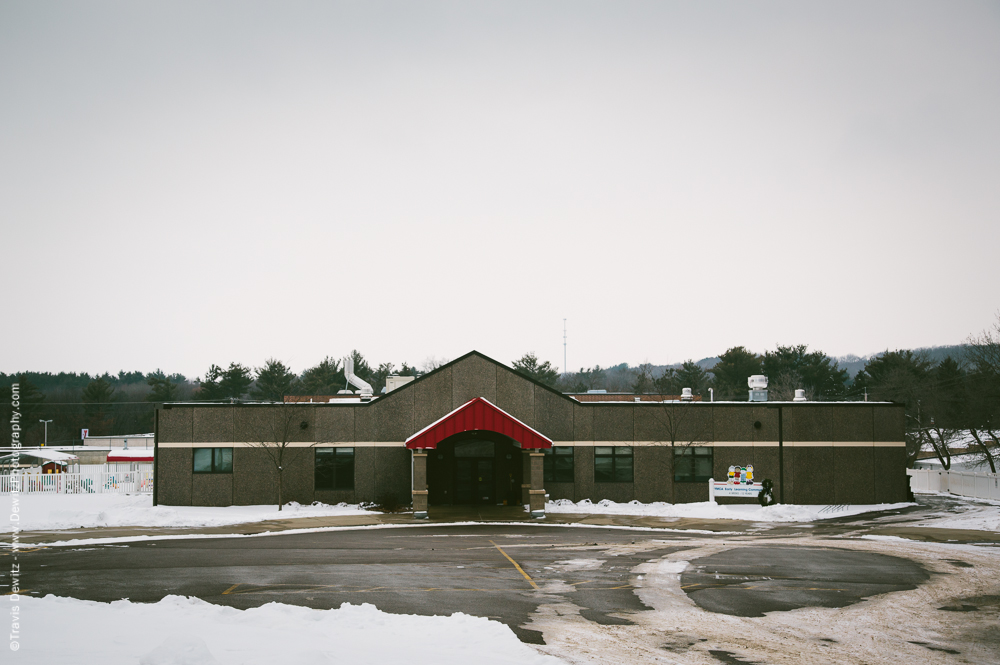
YMCA Early Learning
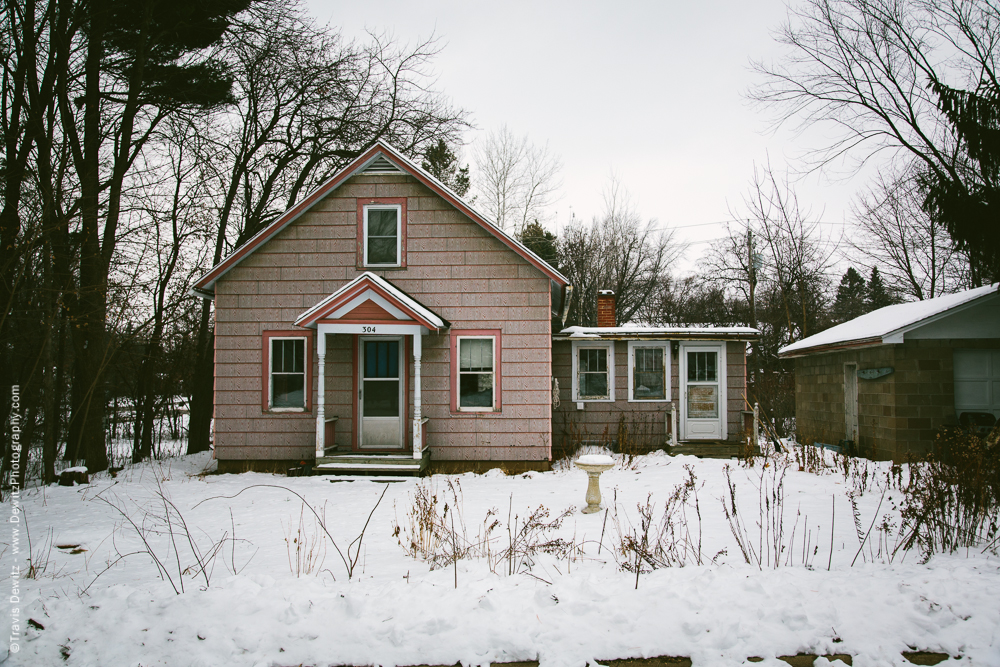
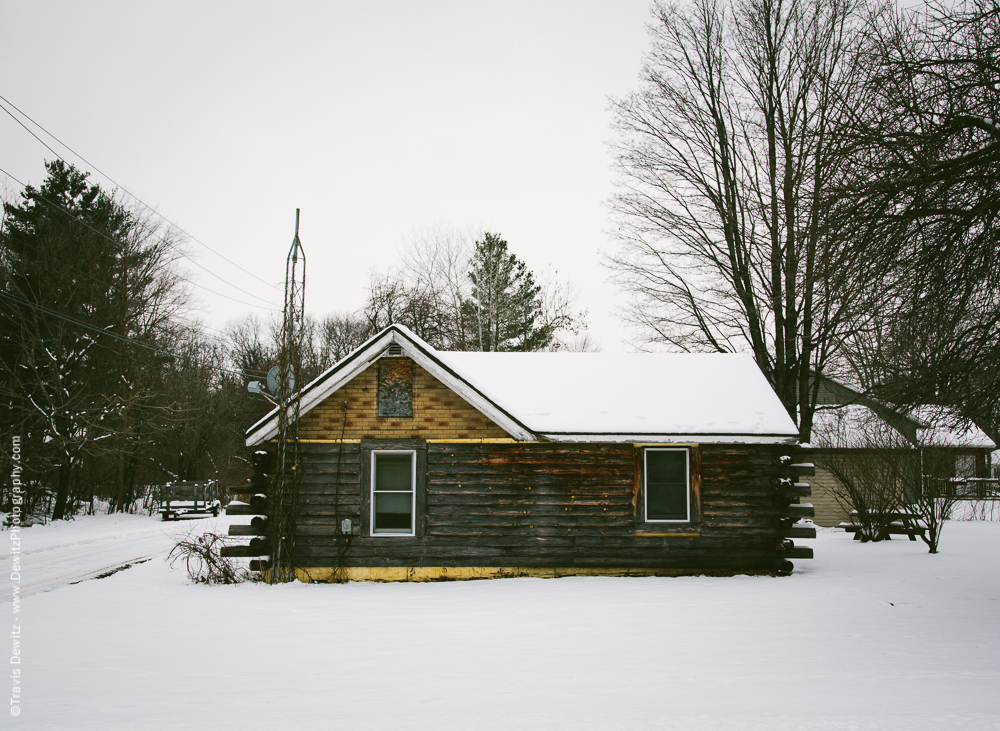
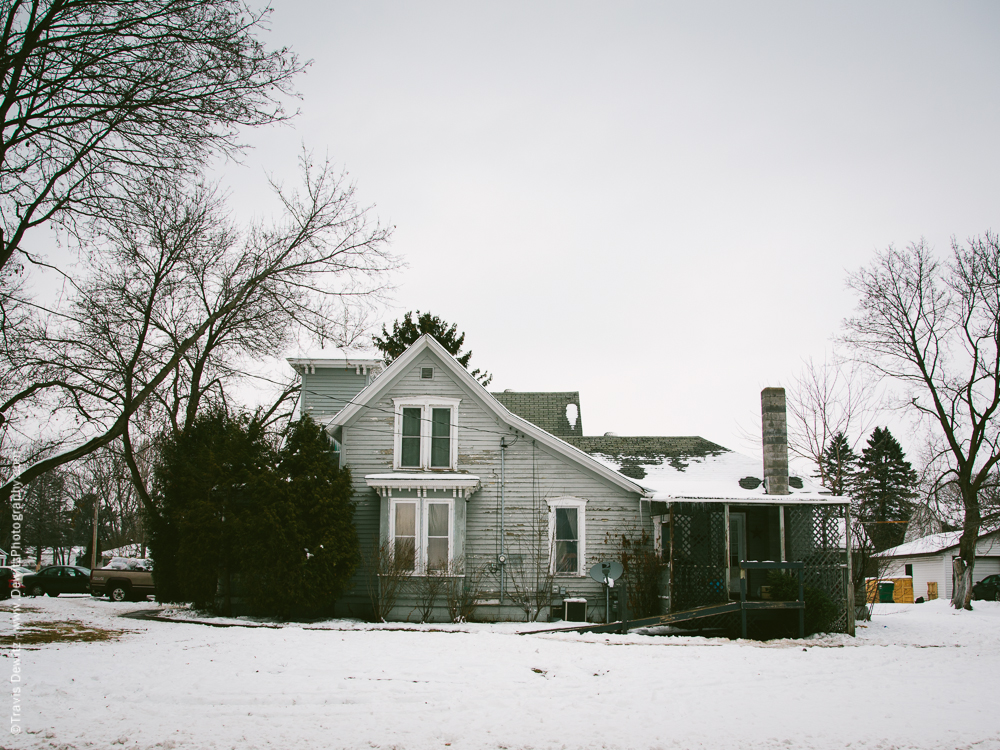
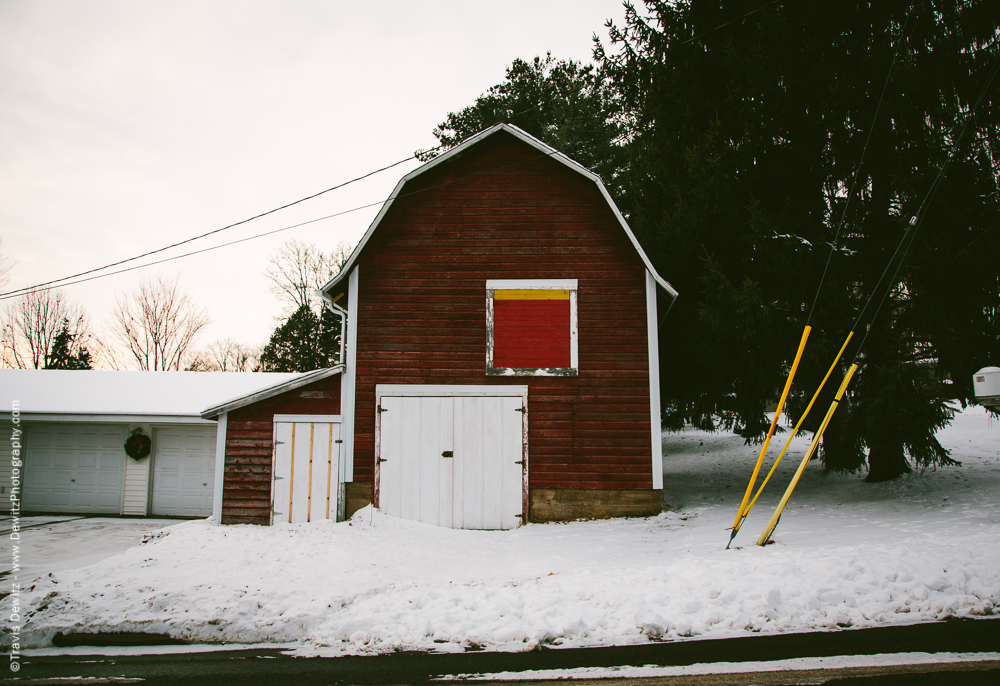
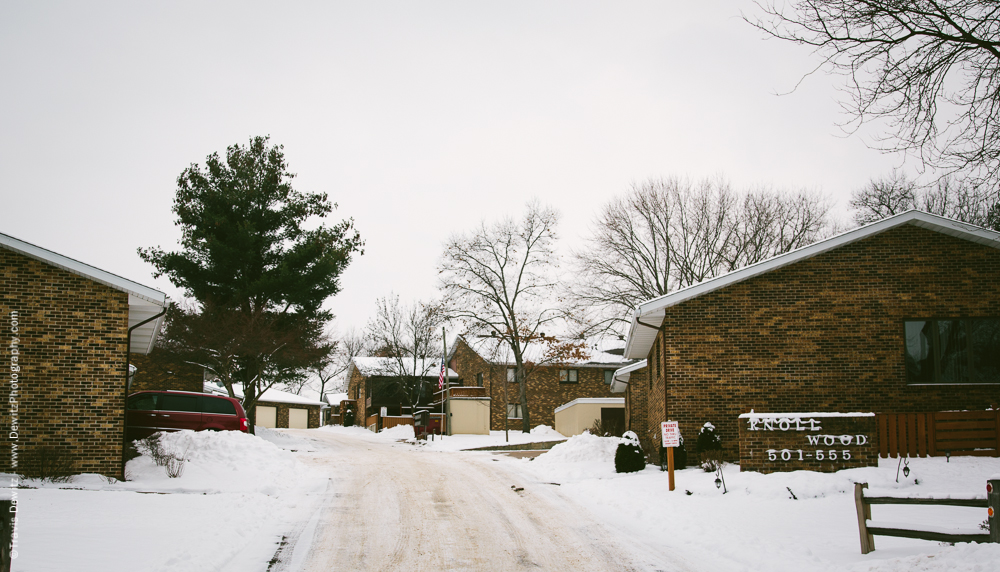
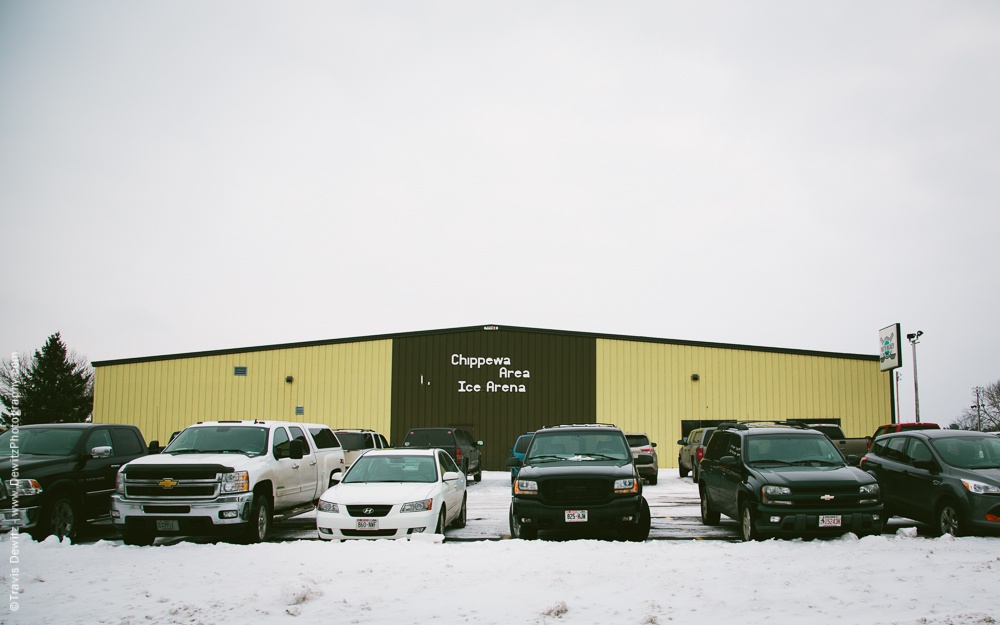
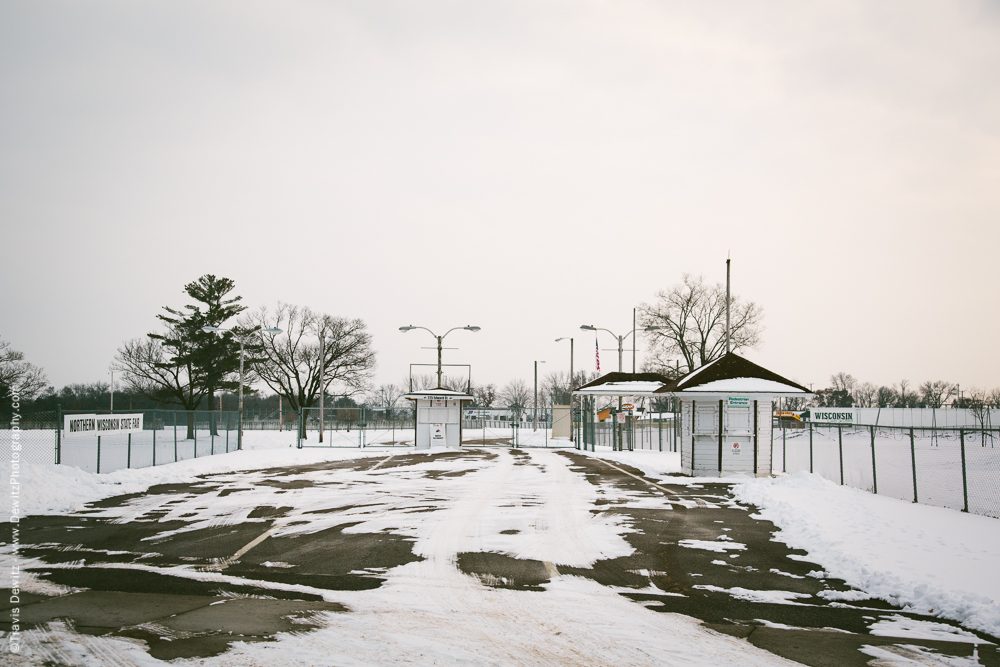
Northern Wisconsin State Fairgrounds Entrance
Frenchtown & Lower Southside
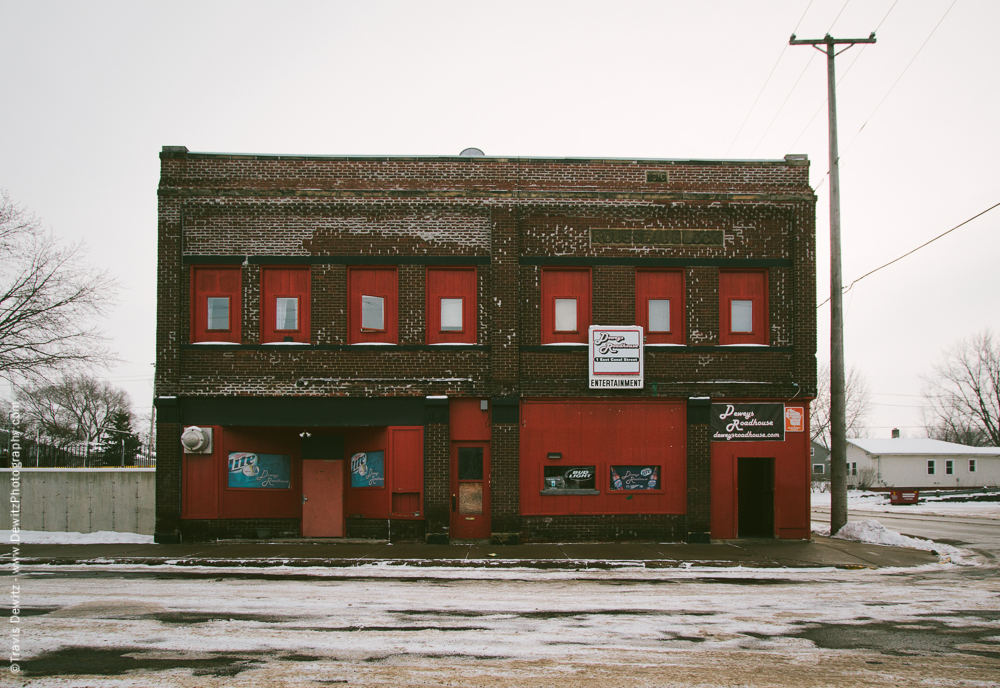
Rousseau Block
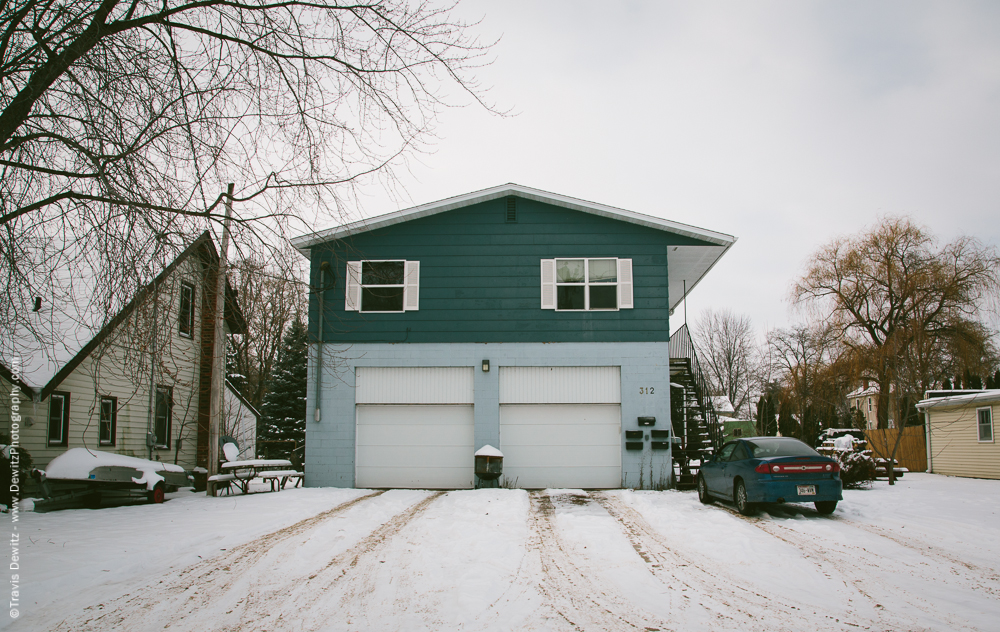
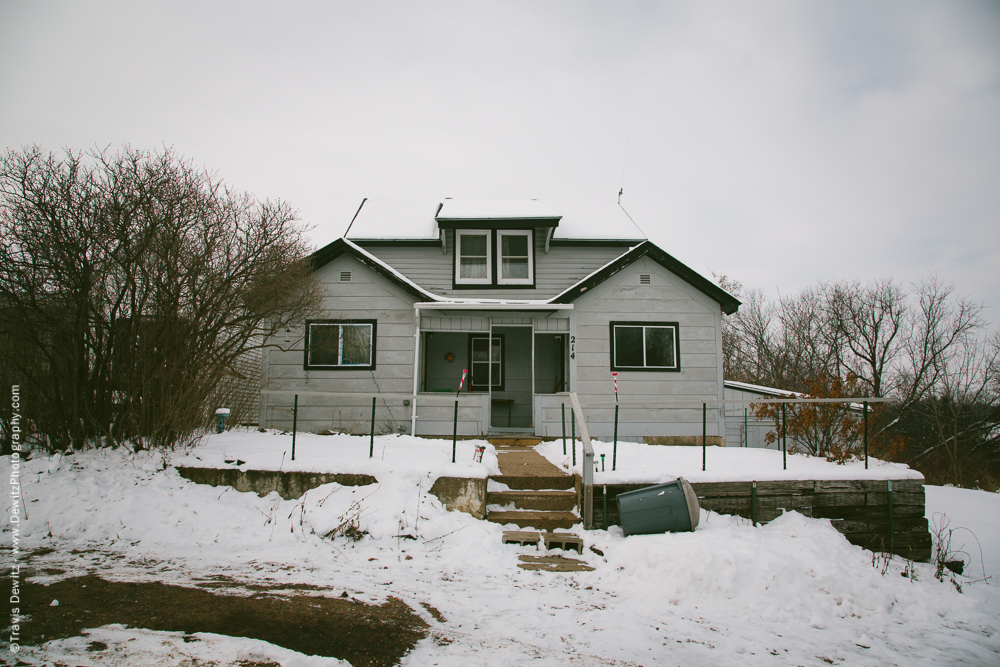
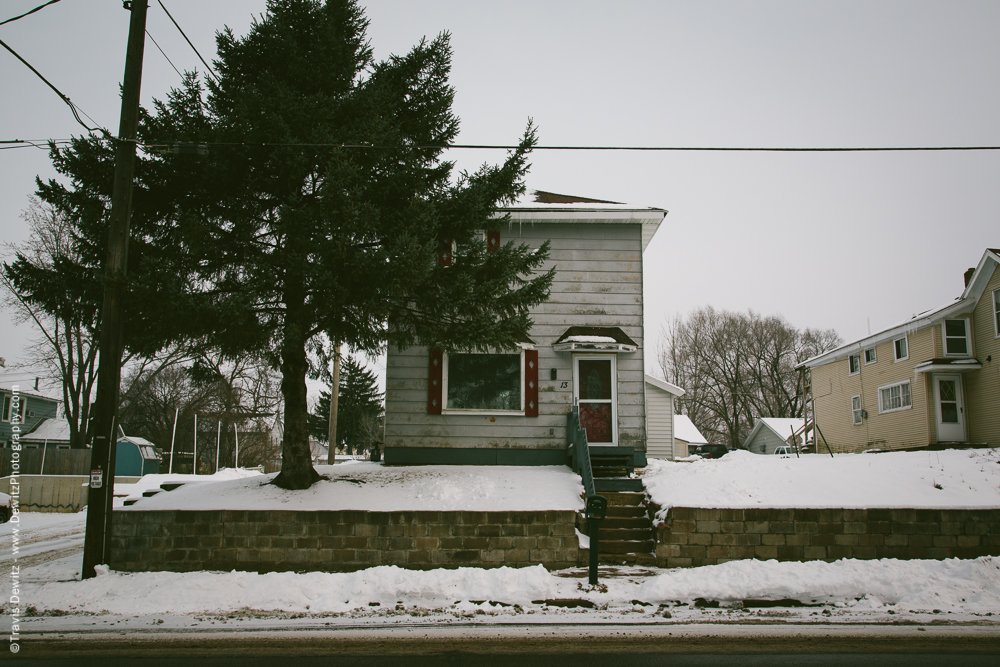
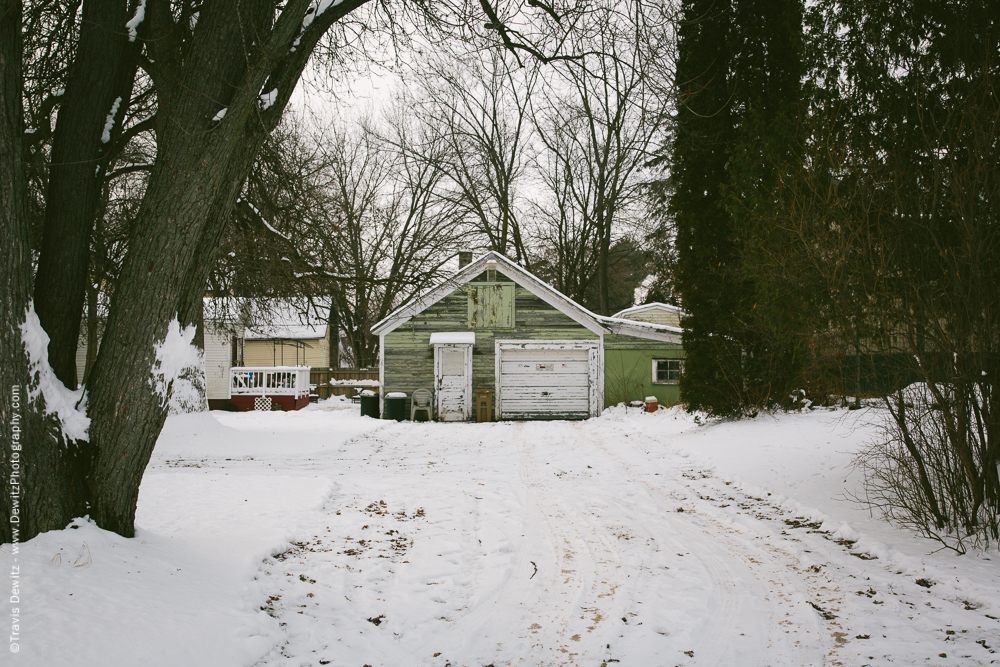
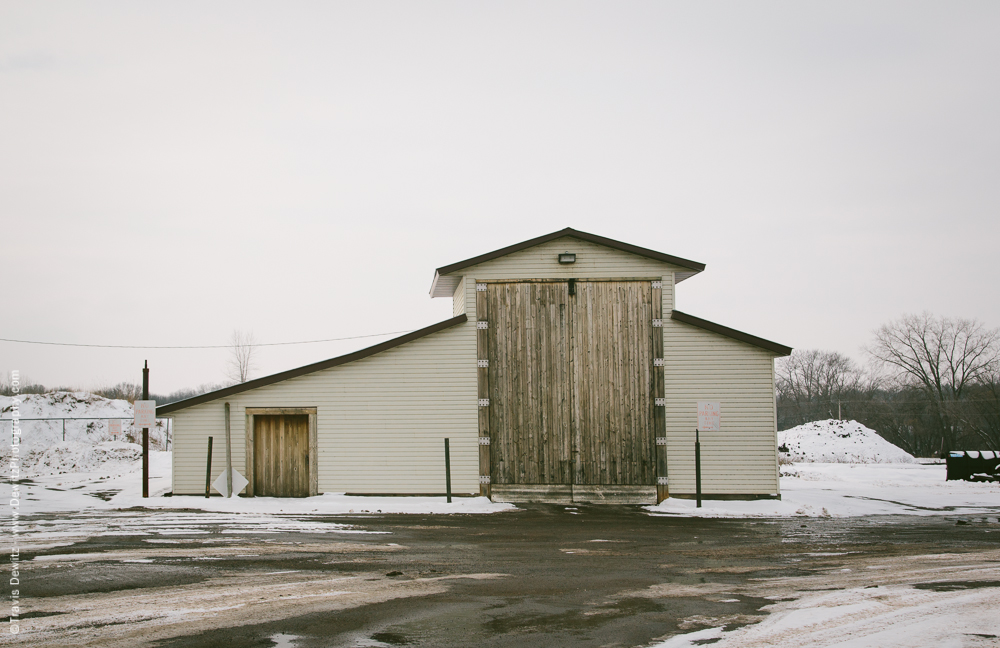
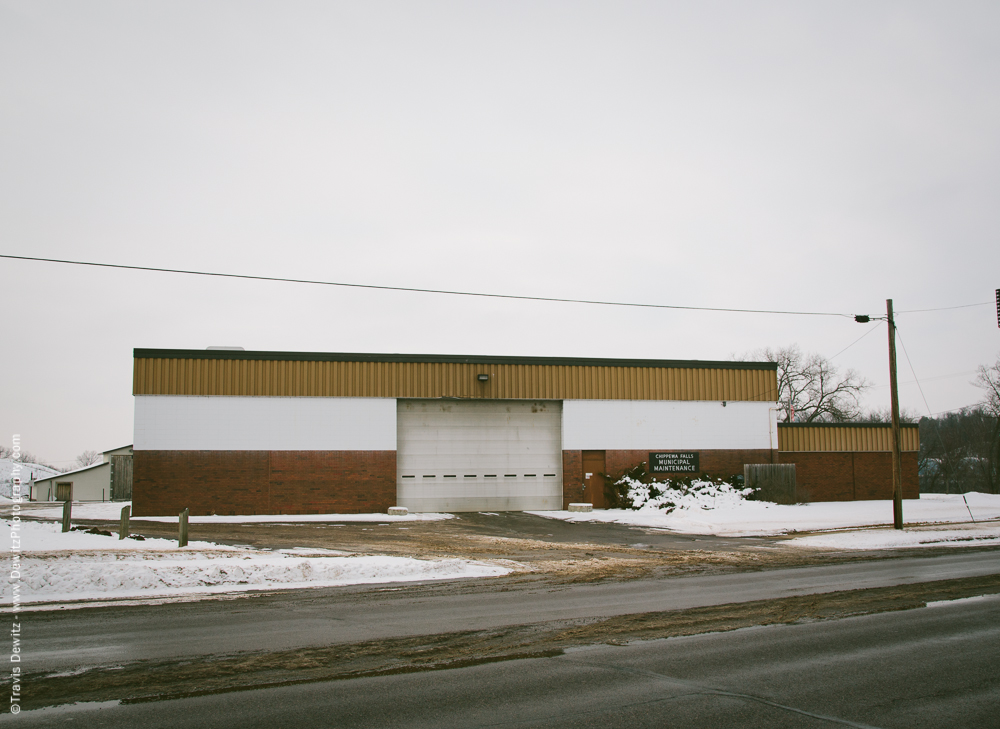
Chippewa Falls Municipal Maintenance
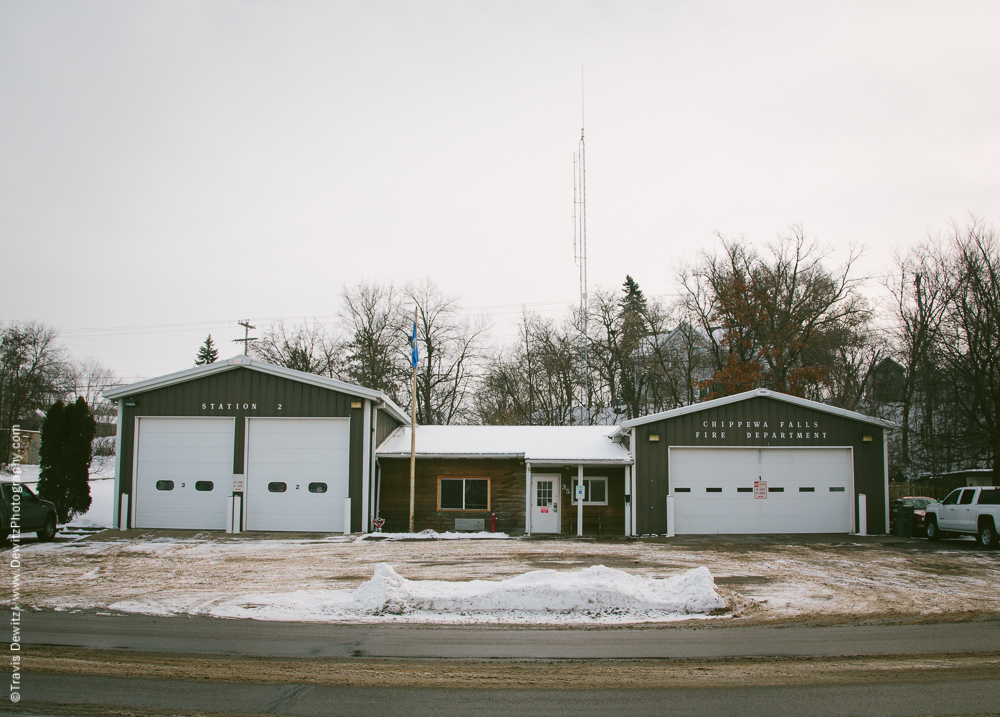
CF Fire Station 2
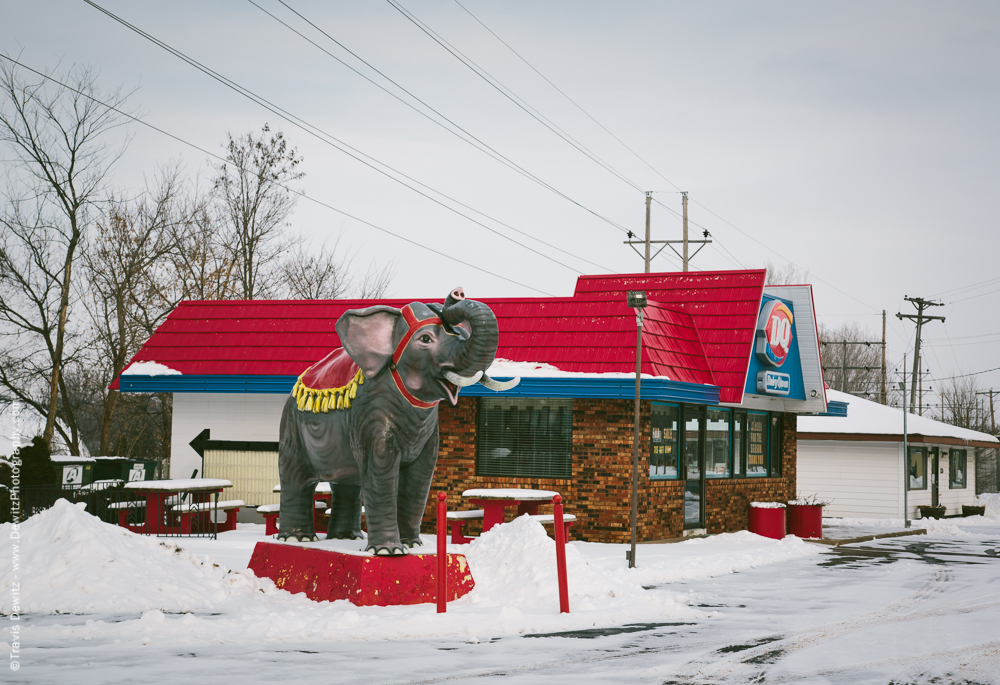
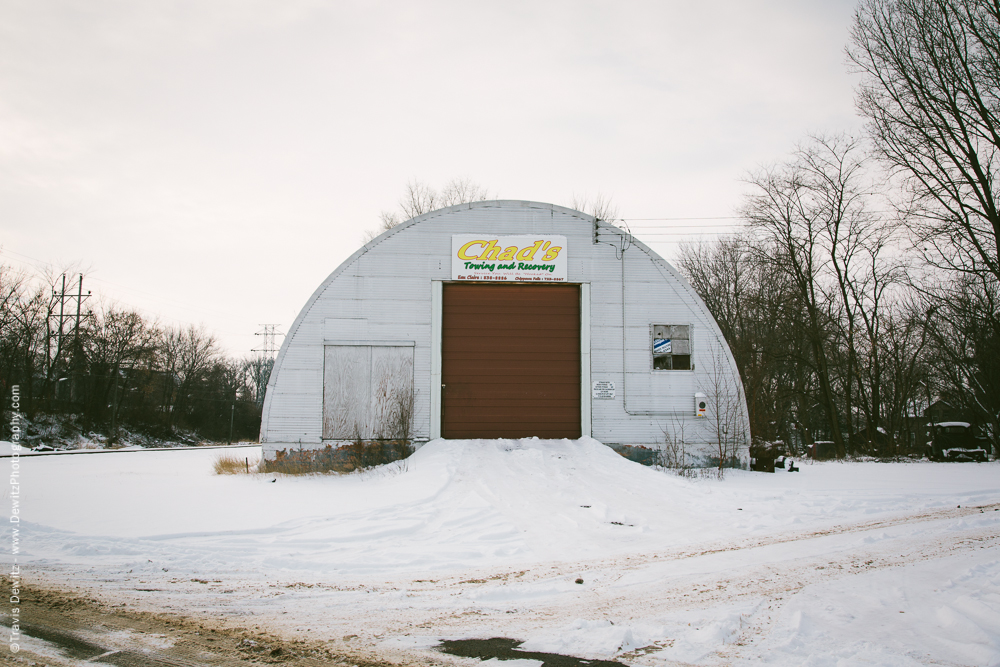
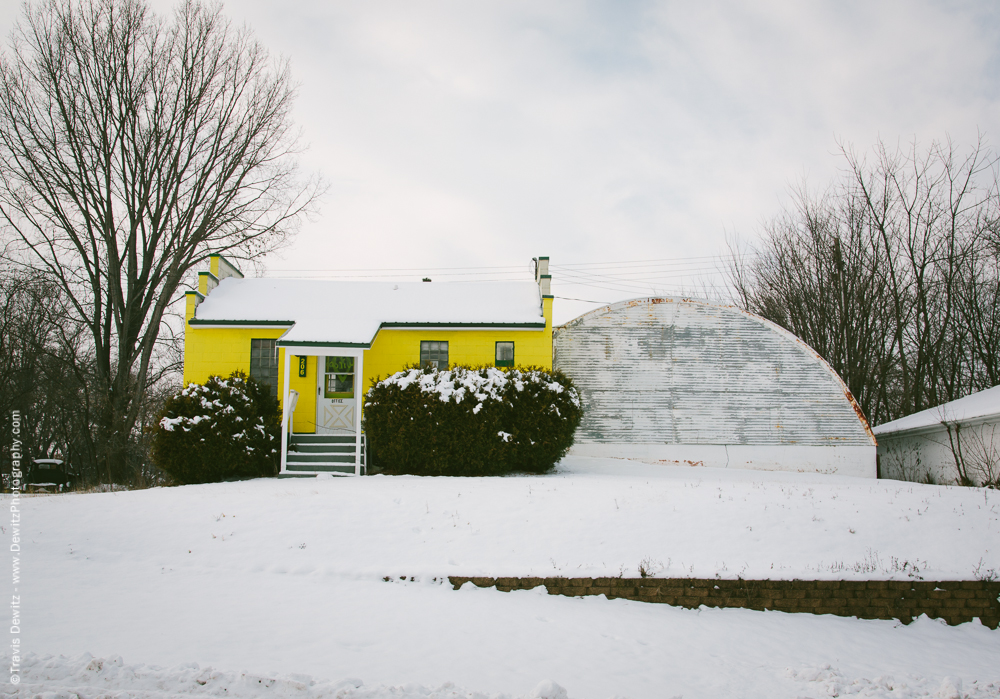
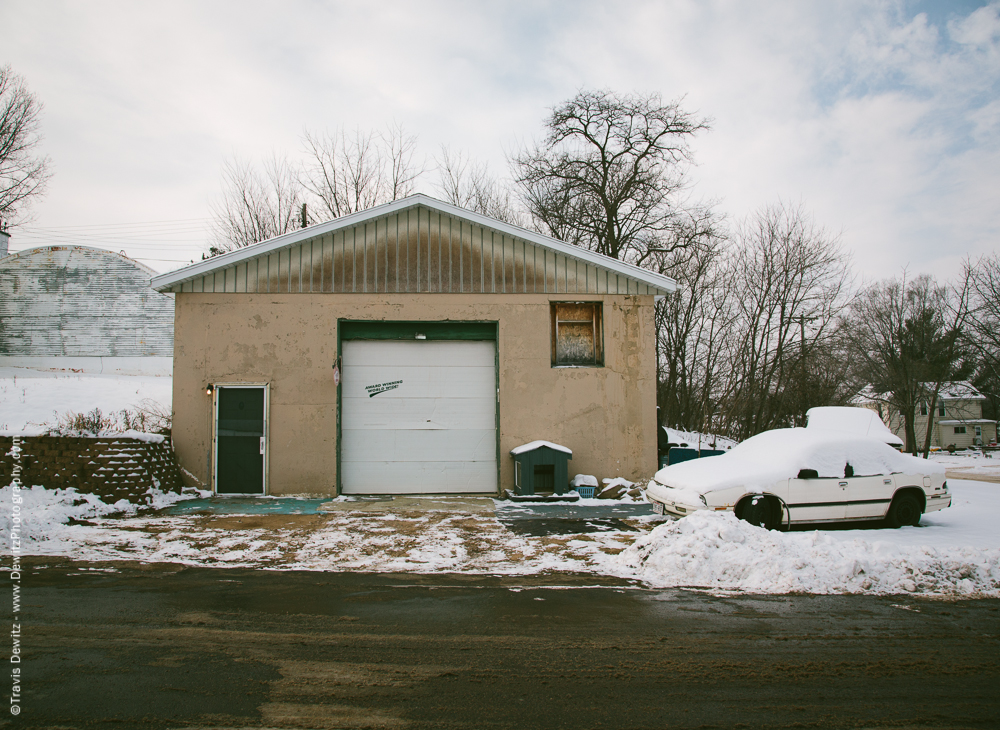
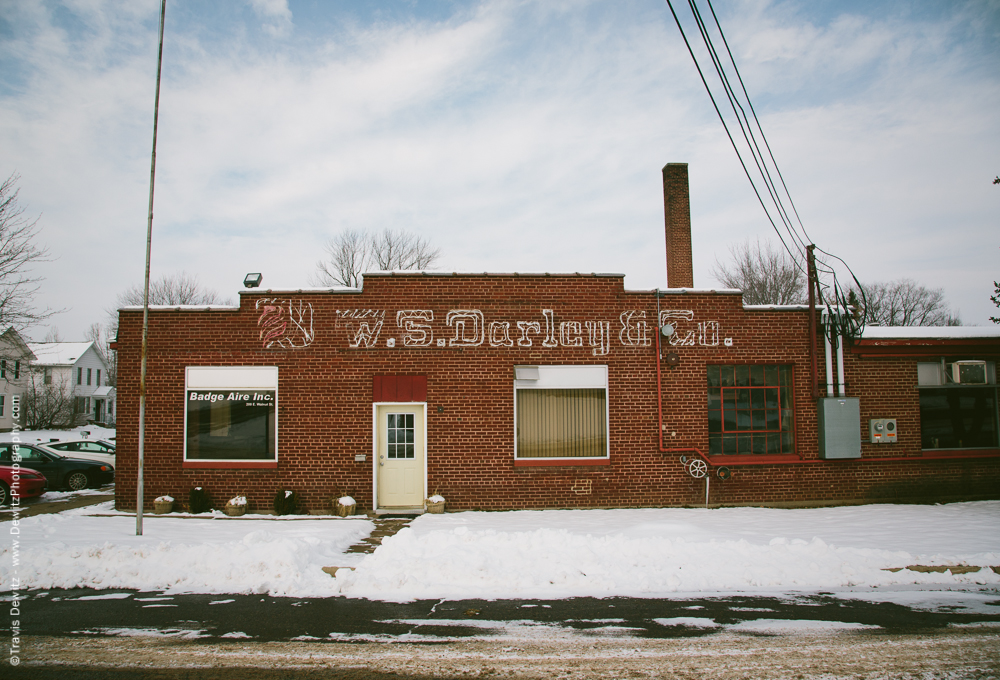
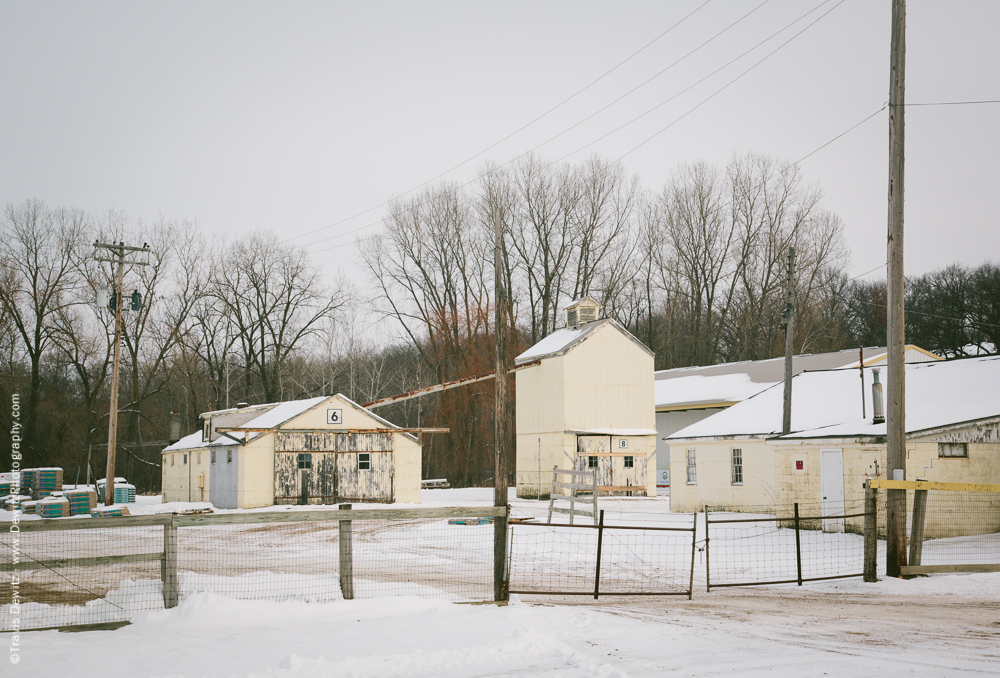
Arrow Building Center
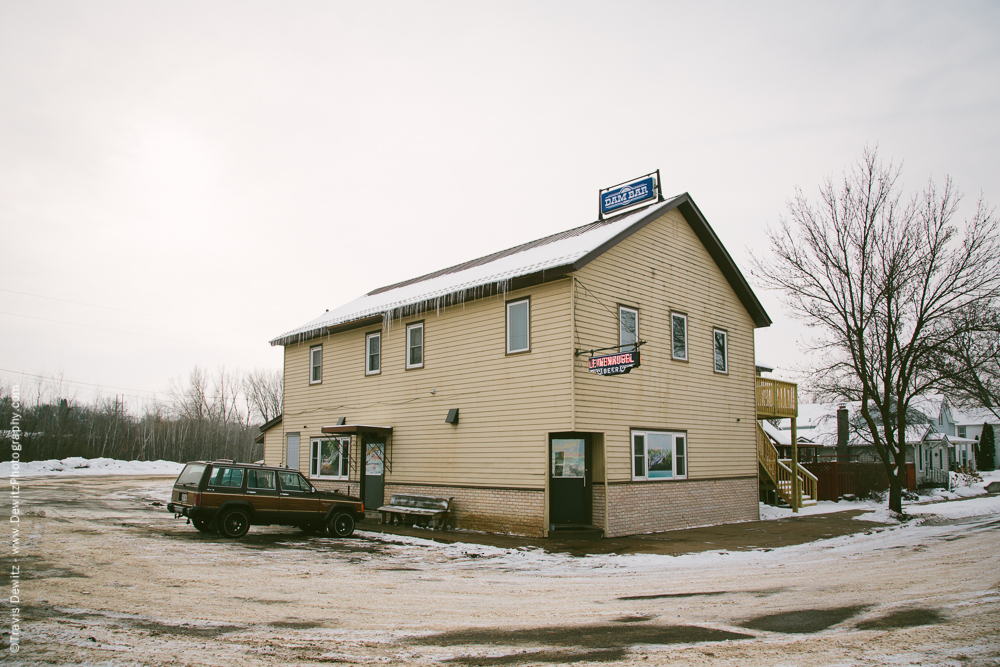
Dam Bar
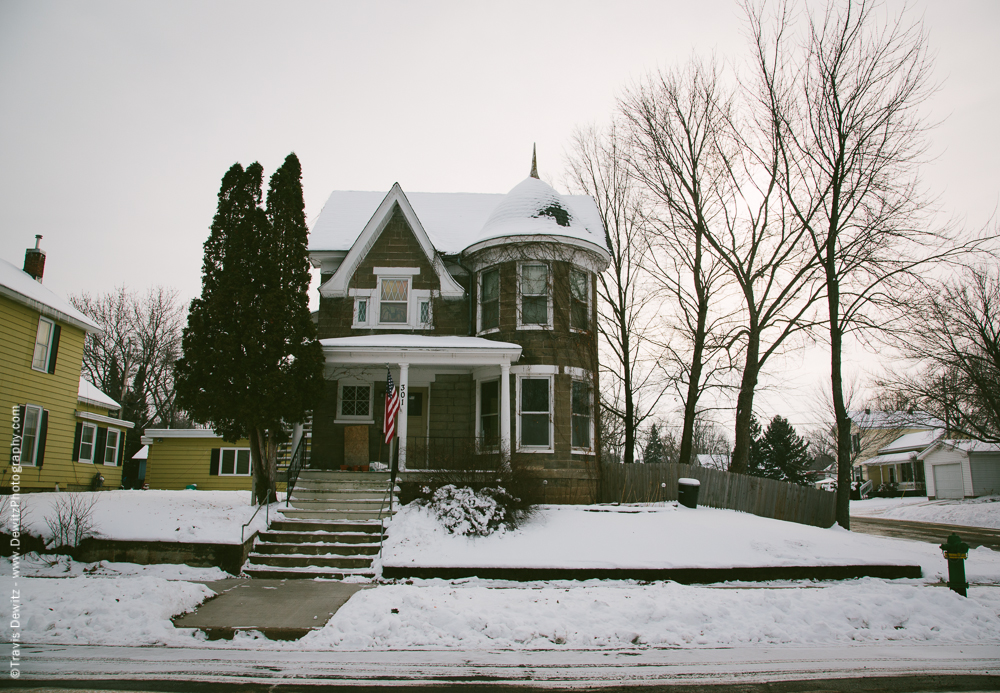
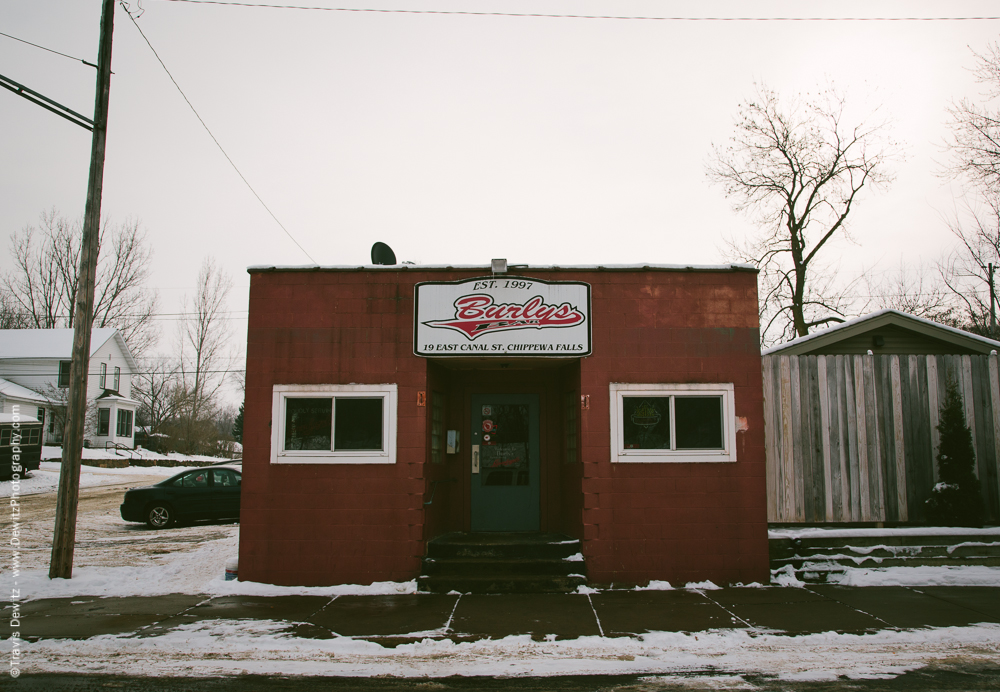
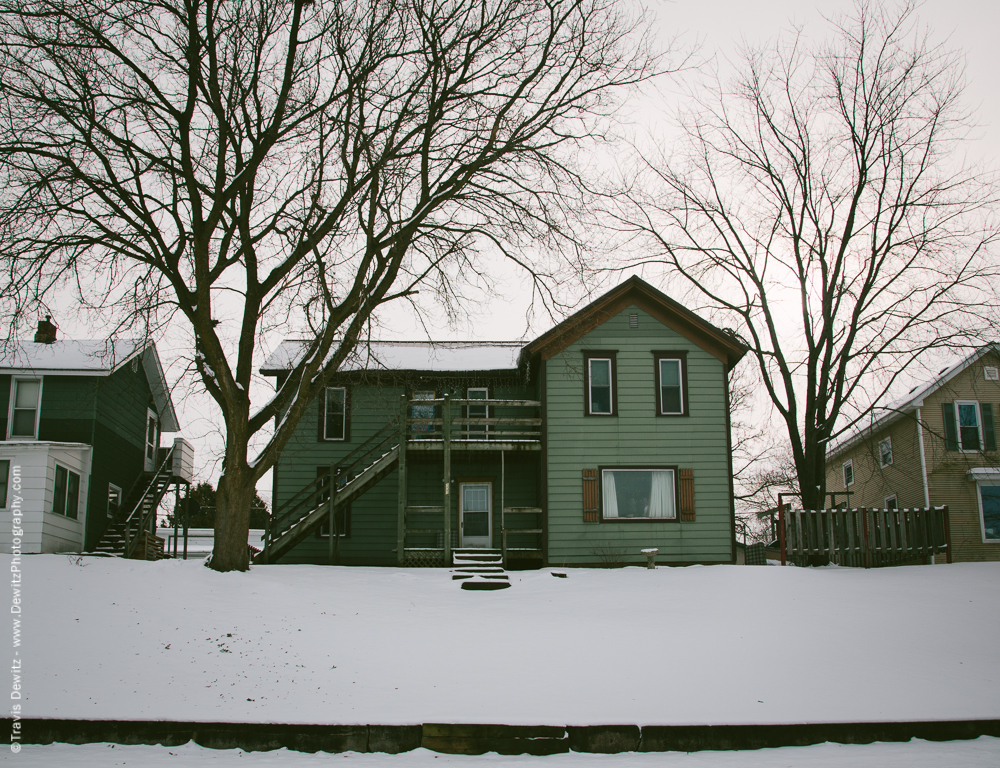
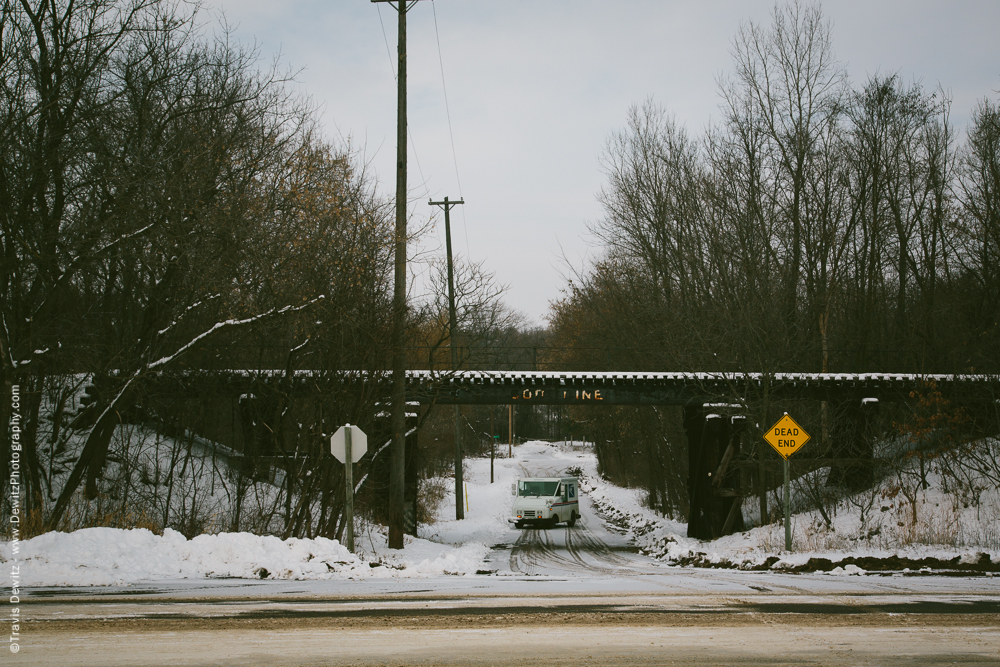
Soo Line Bridge
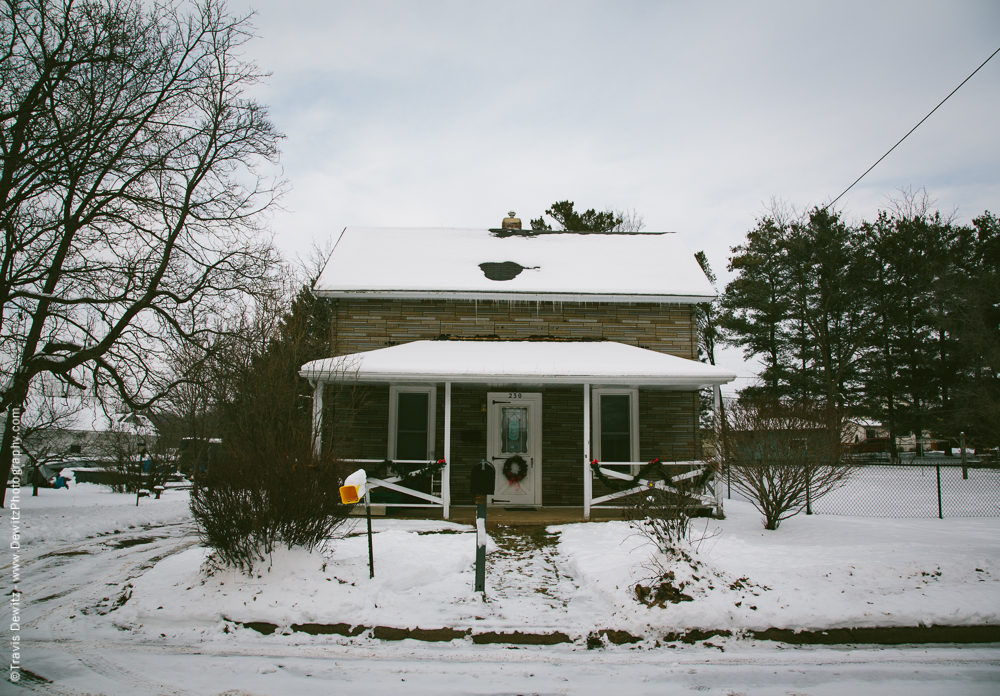
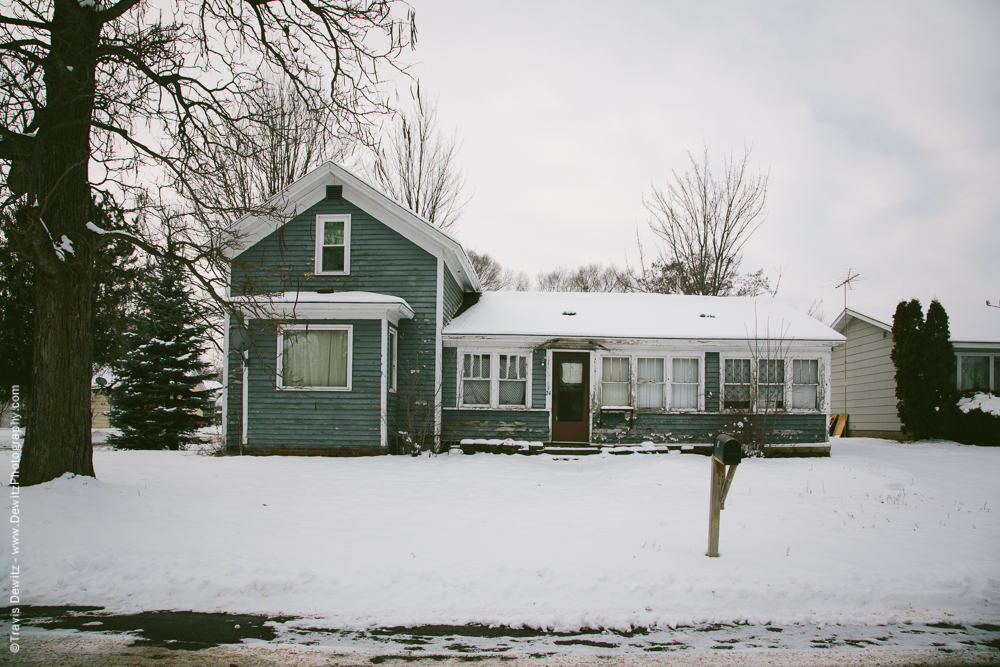
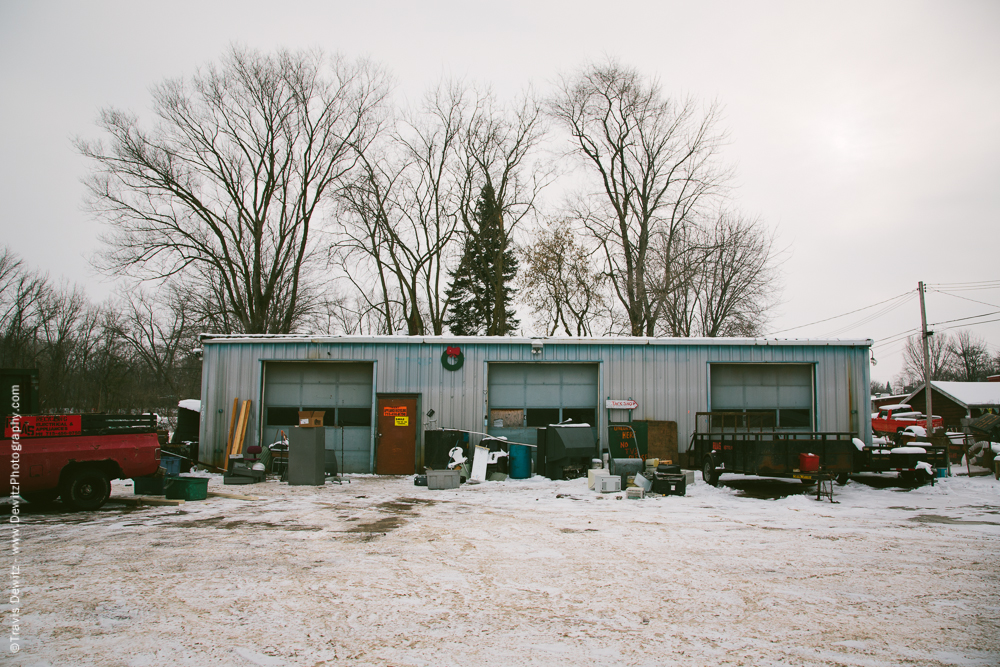
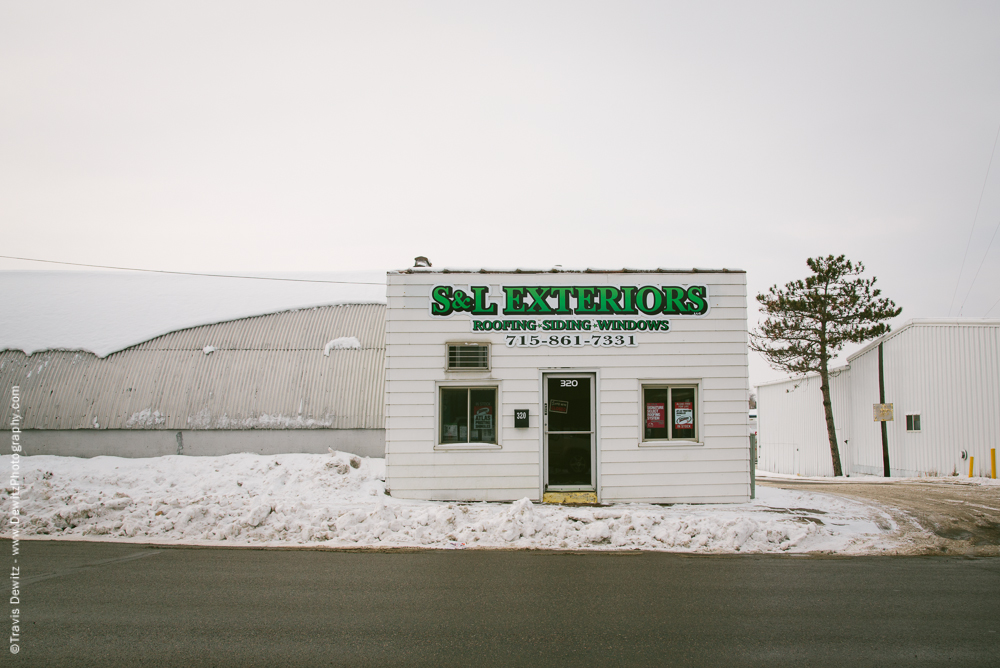
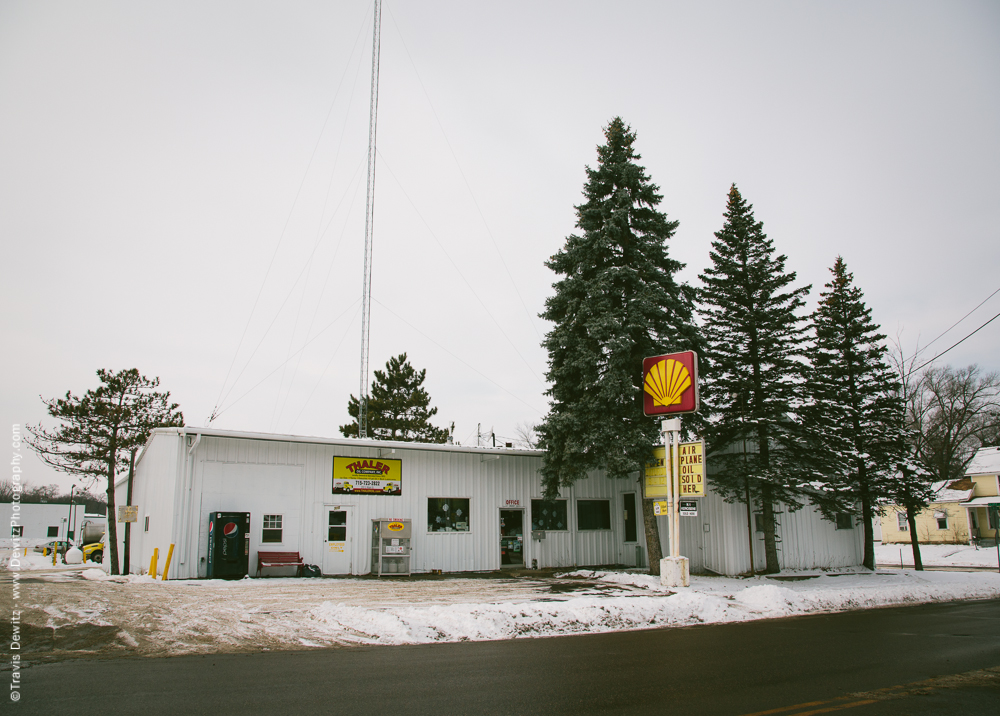
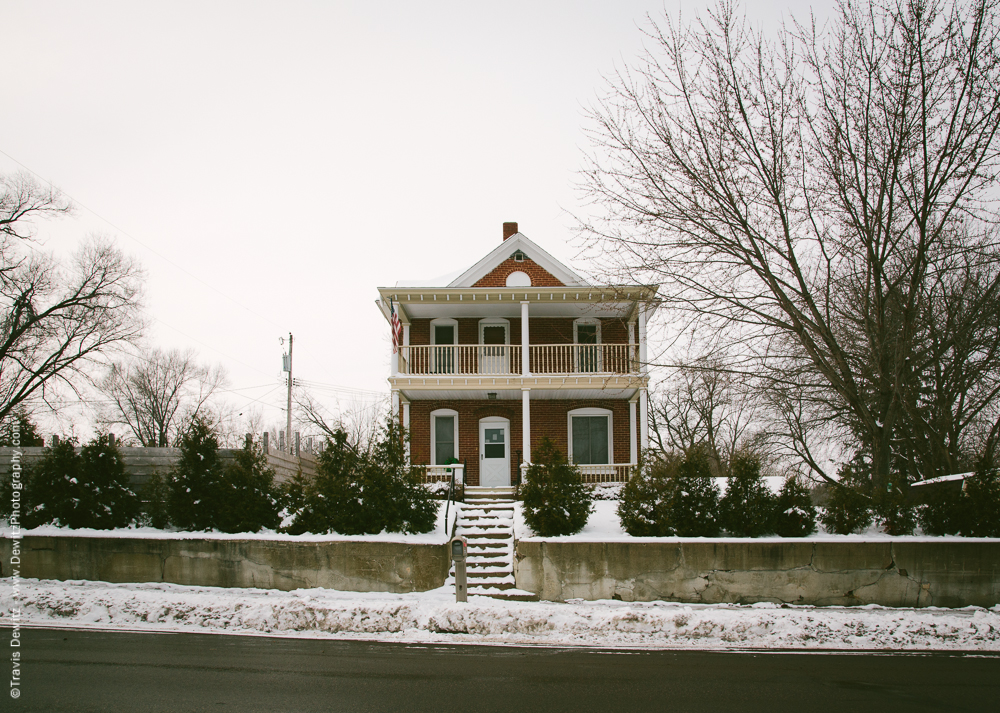
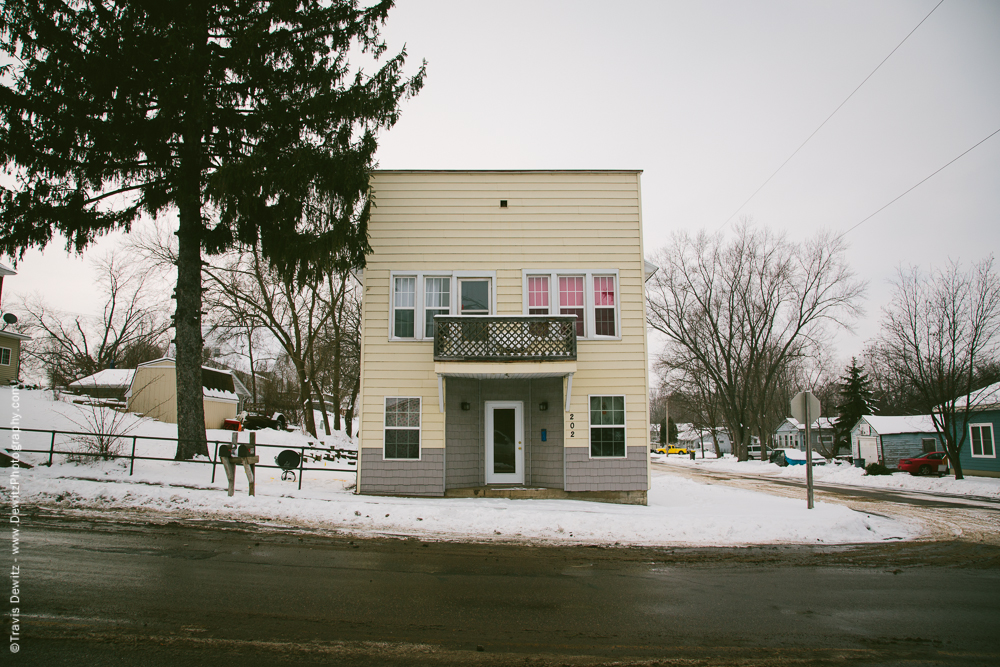
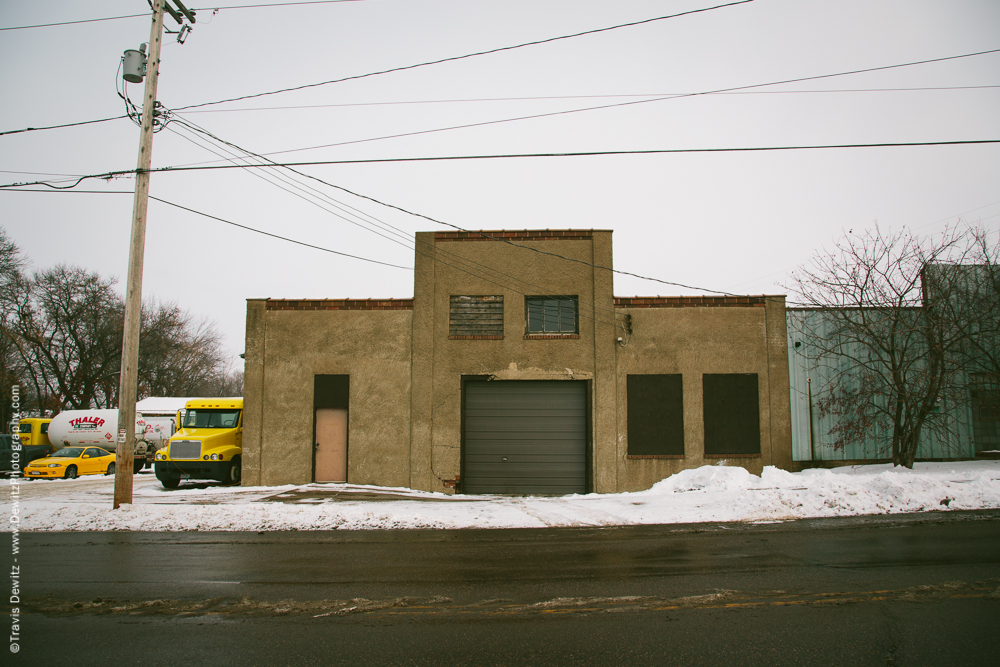
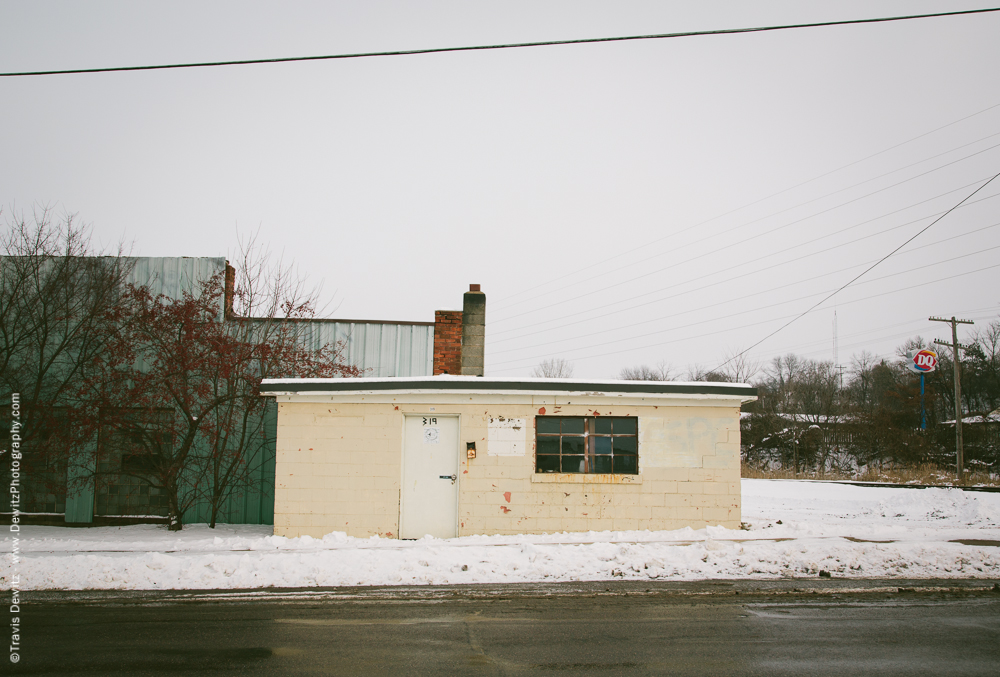
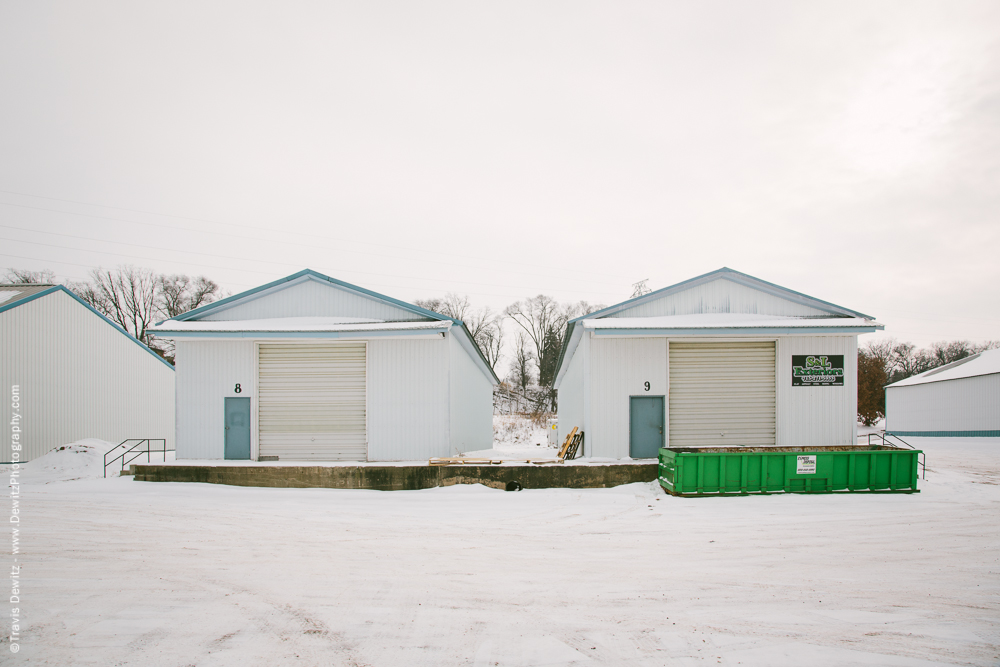
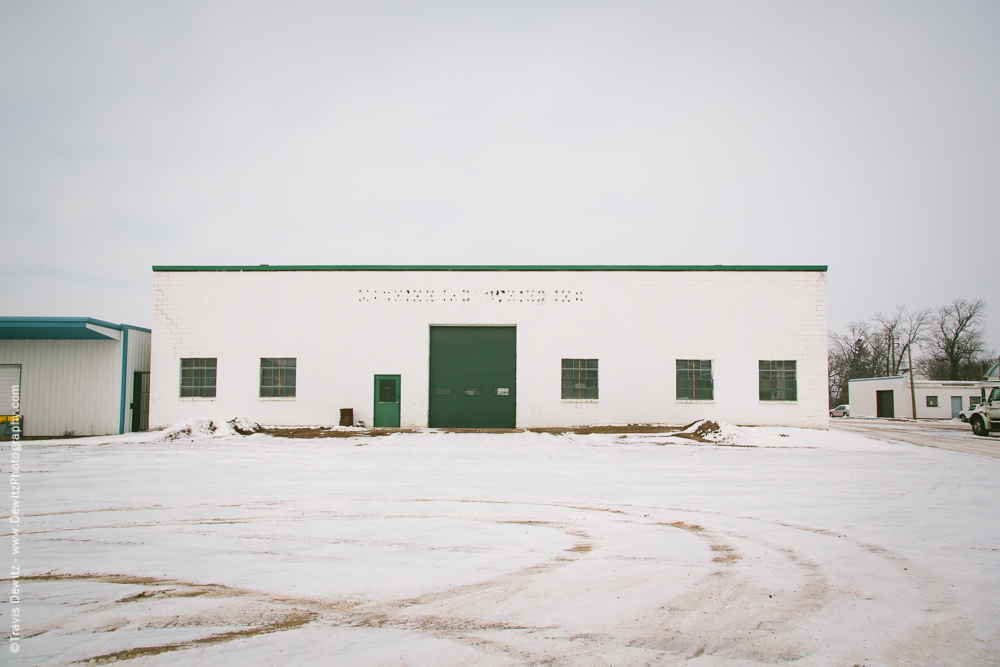
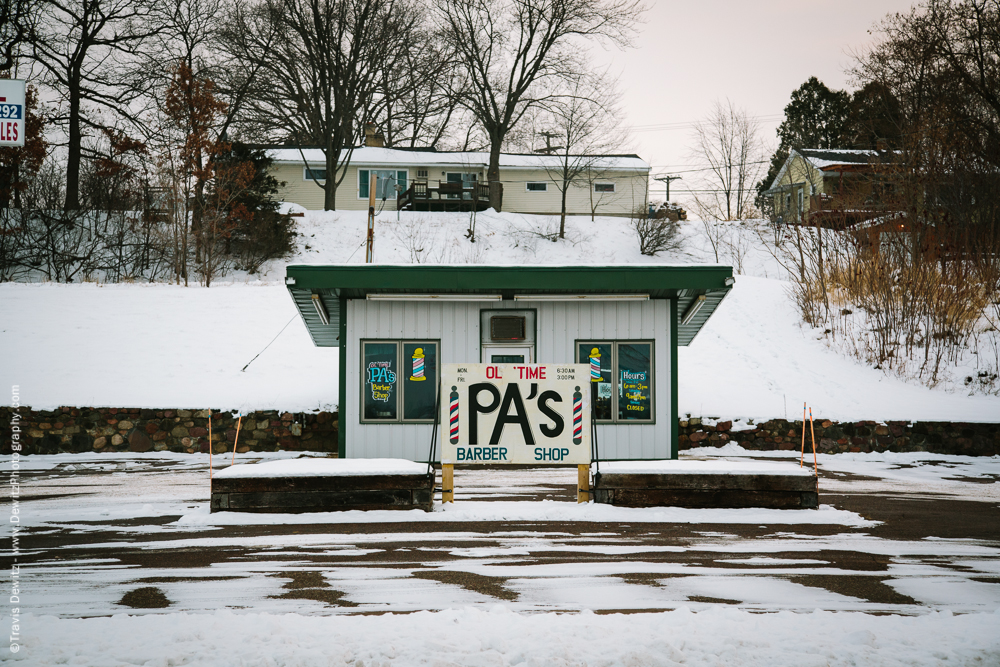
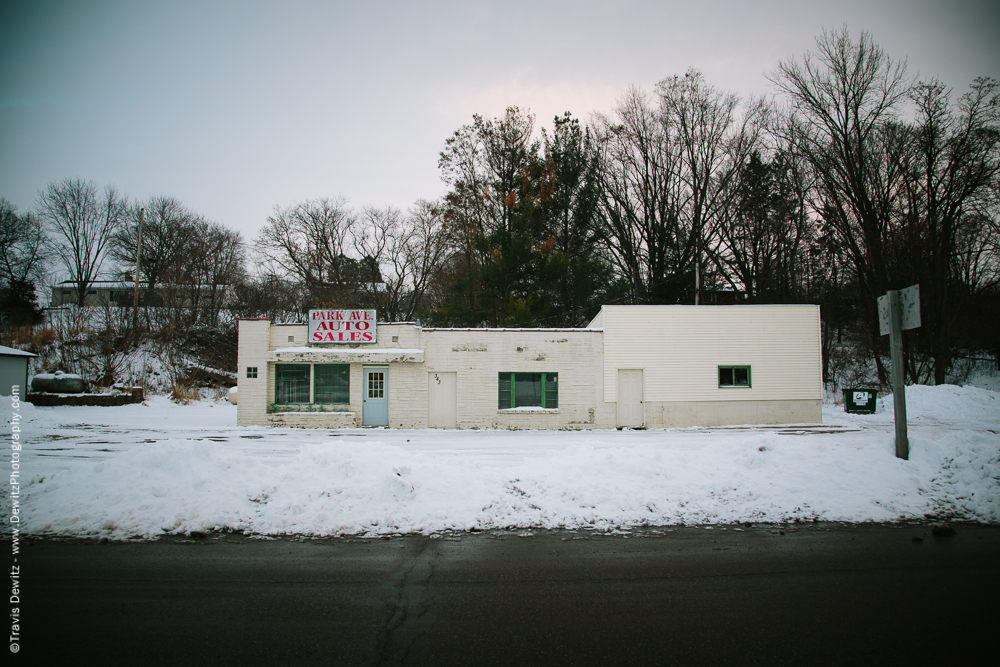
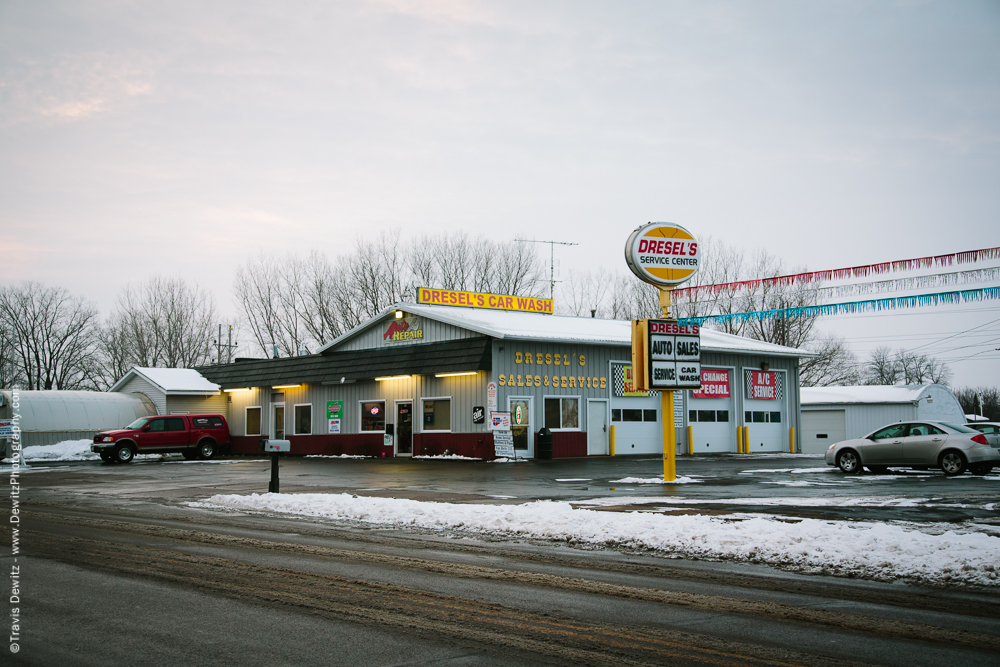
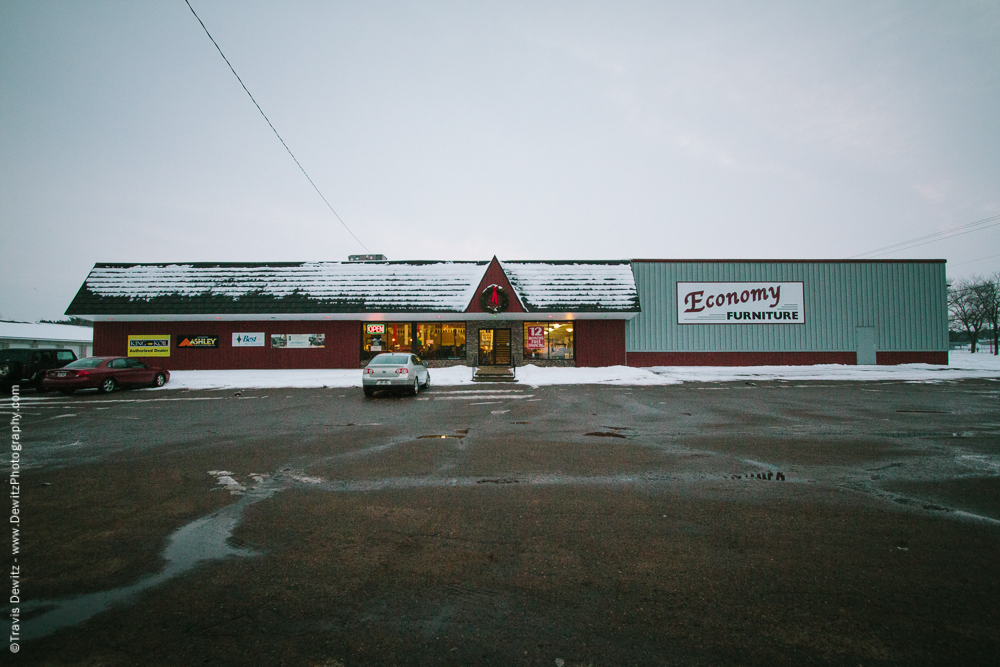
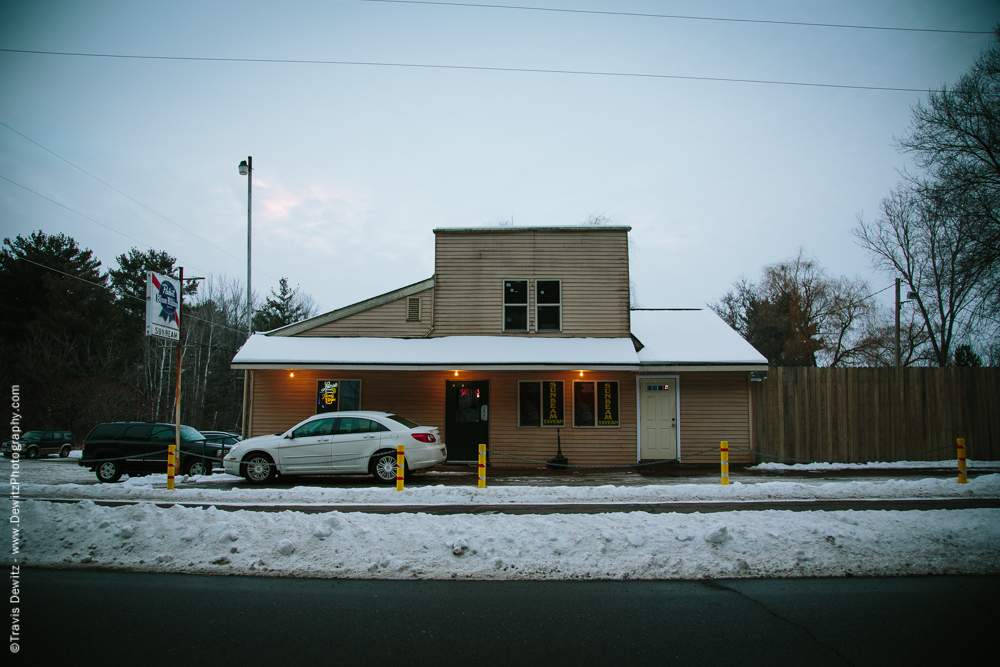
The Sun Beam
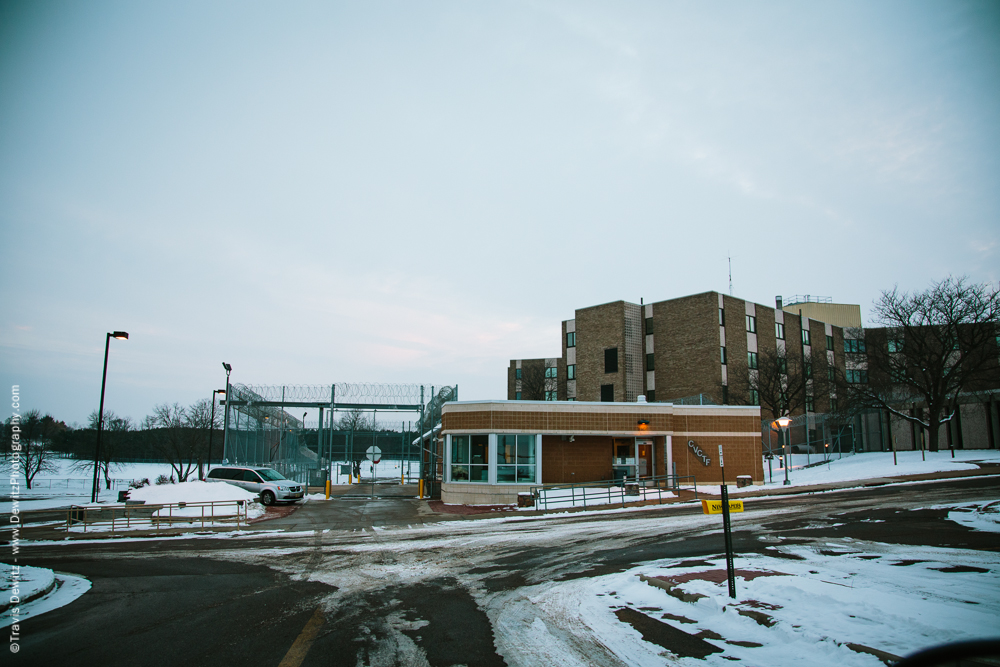
Chippewa Valley Correctional Treatment Facility
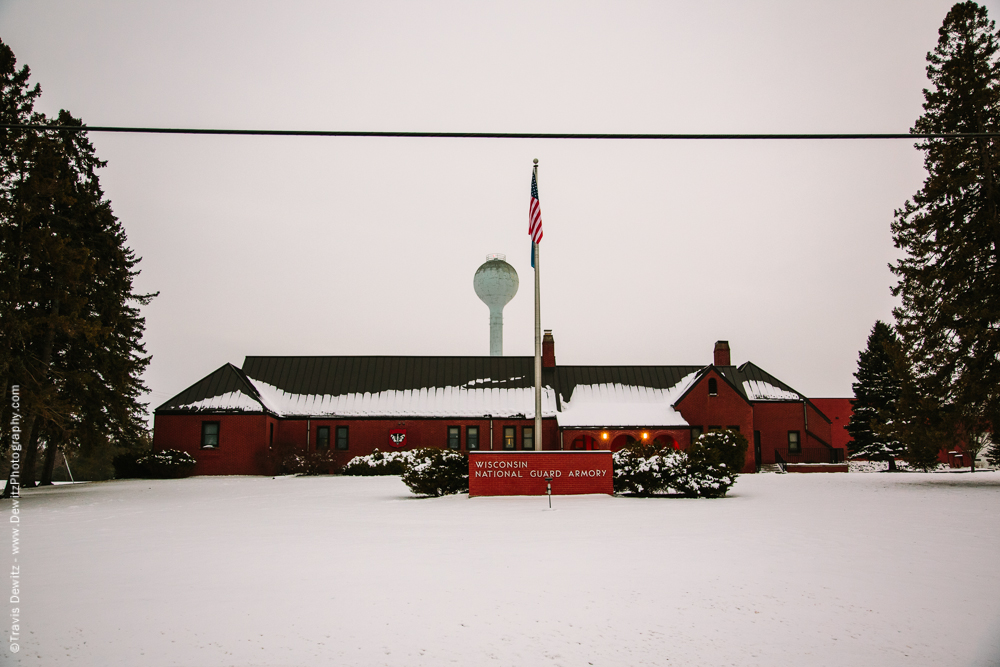
Wisconsin National Guard Armory
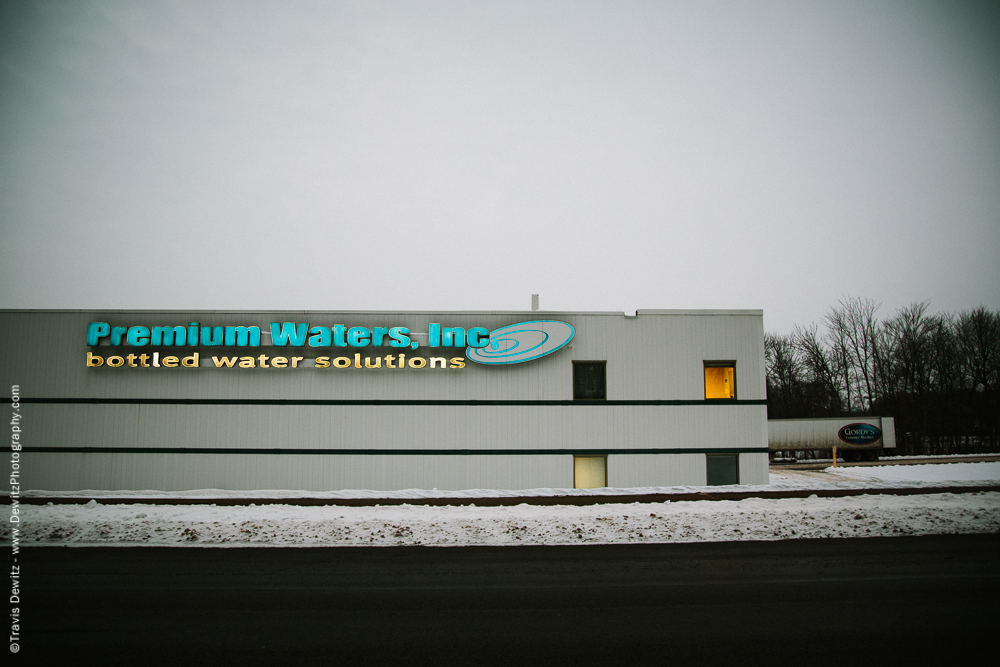
Chippewa Springs
Millions of years ago the Midwest area of North America was covered by a great inland sea that laid down virgin white Cambrian sandstone. As the sea filled in, most of this sandstone became buried thousands of feet below the surface. The rim however, remained exposed for thousands of years. Little by little, the rim was scraped away by glaciers until a single outcropping remained. This outcropping is the source of the Chippewa Spring … a hillside pouring forth crystal clear, naturally pure spring water.
In 1700 a French explorer Pierre LeSueur, discovered the Spring and recorded in his journal how he heard the legend of Hiawatha. American poet Ezra Pound later used this as the basis of a poem celebrating Chippewa Spring water as the love potion with which Hiawatha wooed the beautiful Minnehaha.
In 1887, Wisconsin Governor Thaddeus Pound became convinced it was Chippewa Spring water that had restored his health. He bought the surrounding land and turned it into a farm complete with vineyards, gardens, walking paths and a health club. Chippewa Spring Water was shipped coast to coast on railroad dining cars and became the official water in Chicago hospitals. The Pillsbury’s of Minneapolis owned the Chippewa Springs in addition to their famous flour mills from 1936 to 1957.
“Save the 100 year old Spring House” became a restoration project in 1993 and was undertaken jointly by the company and the community to preserve this historic landmark. Complete with glass floor, underground lighting and trillium pathway, this famous spring house was rededicated by Wisconsin Governor Tommy Thompson during the Chippewa Falls’ Pure Water Days celebration, 100 years to the day of its original dedication. The restored historic white spring house is located directly across the street. – Chippewa County Historical Society, Historic Roadside Sign
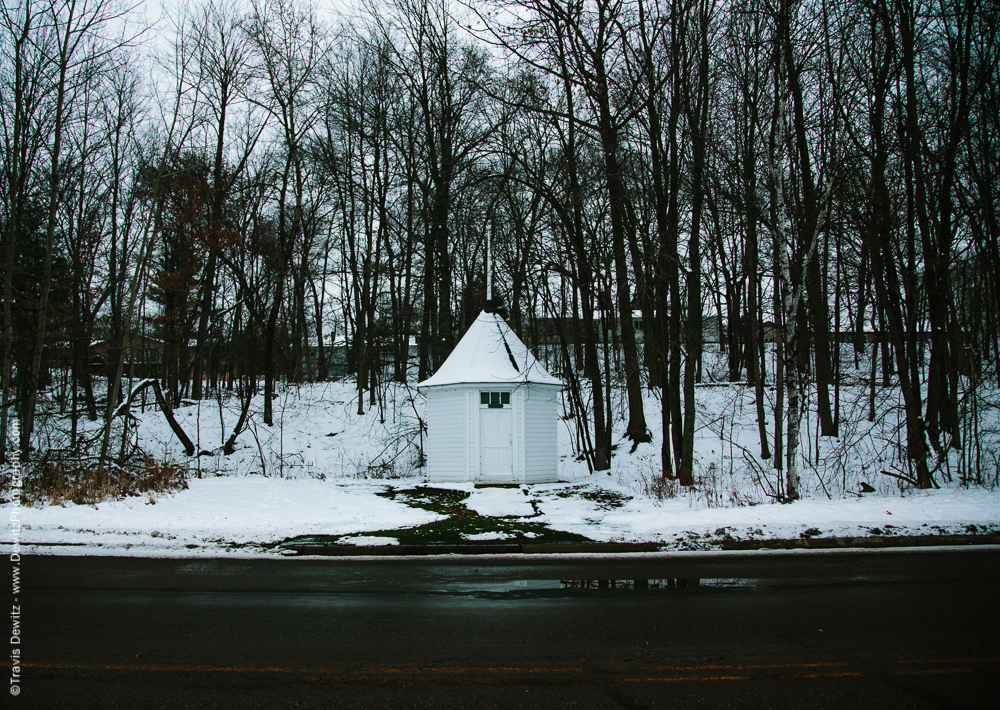
Spring House
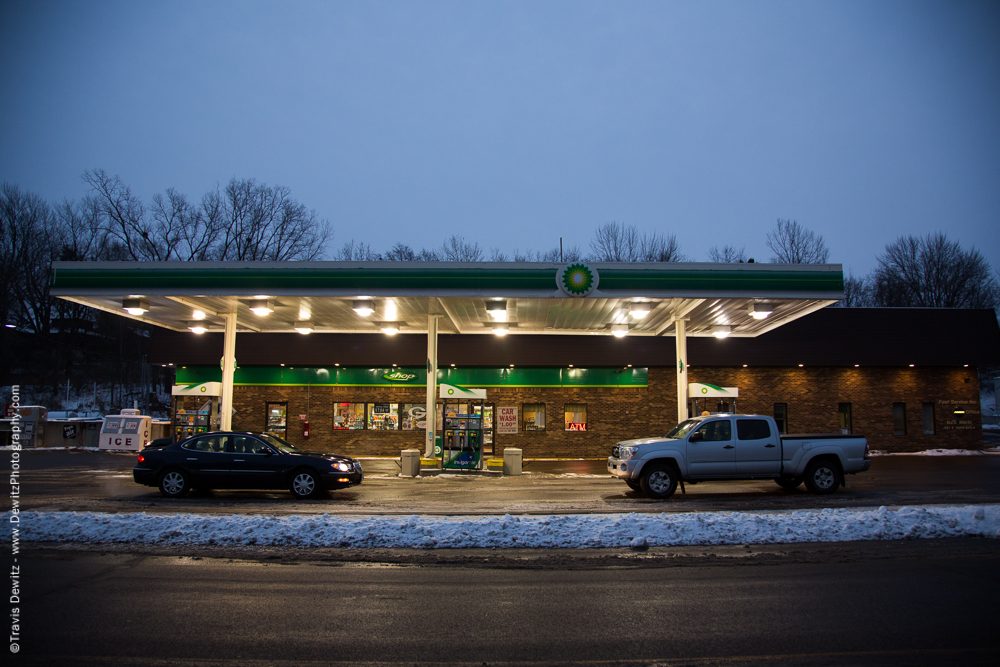
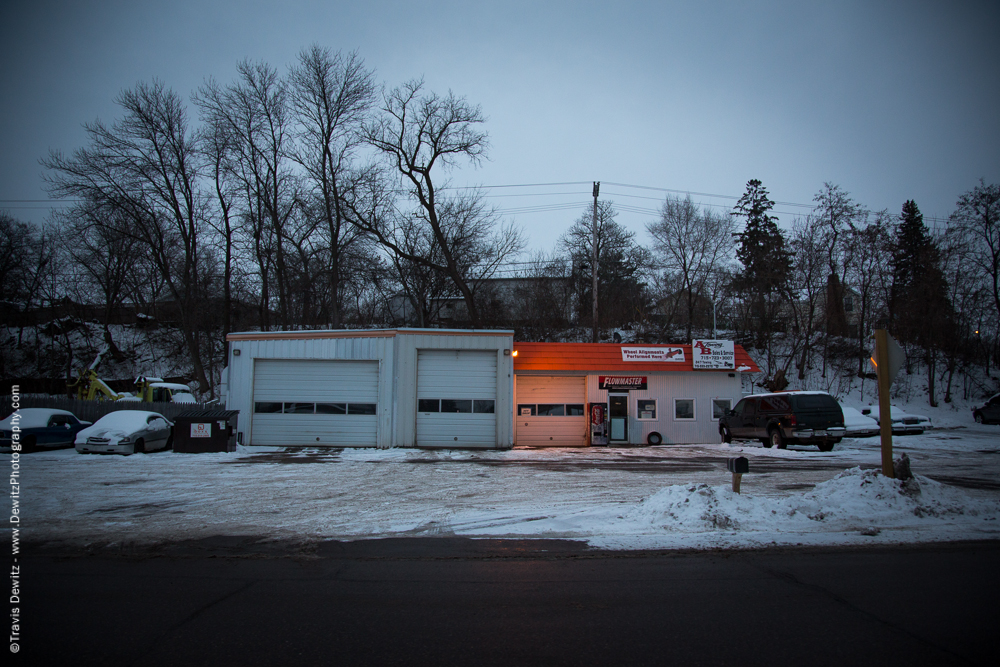
Upper Southside
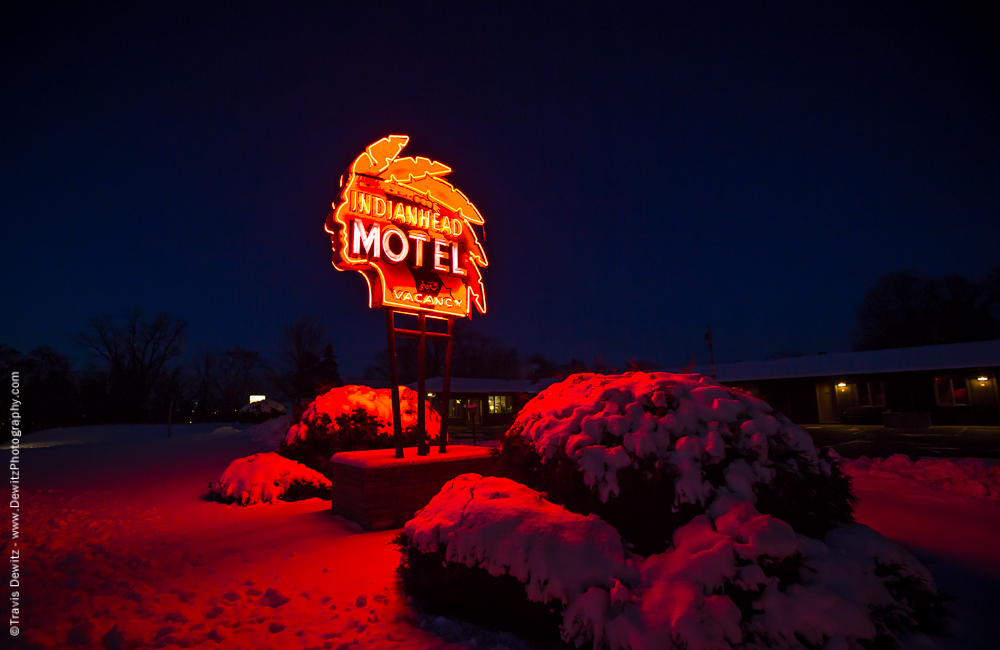
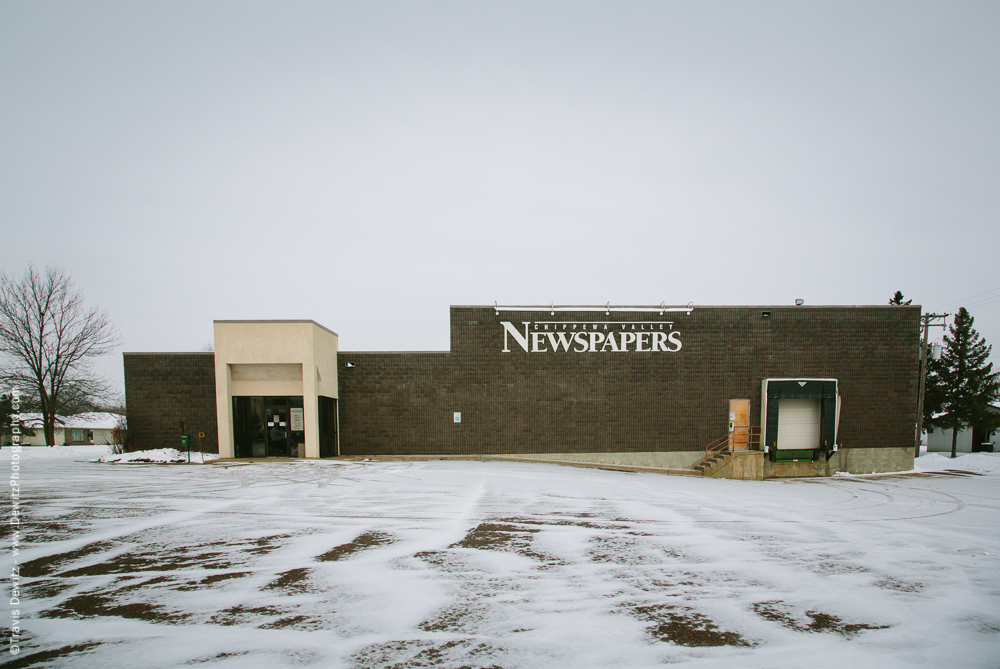
Chippewa Herald
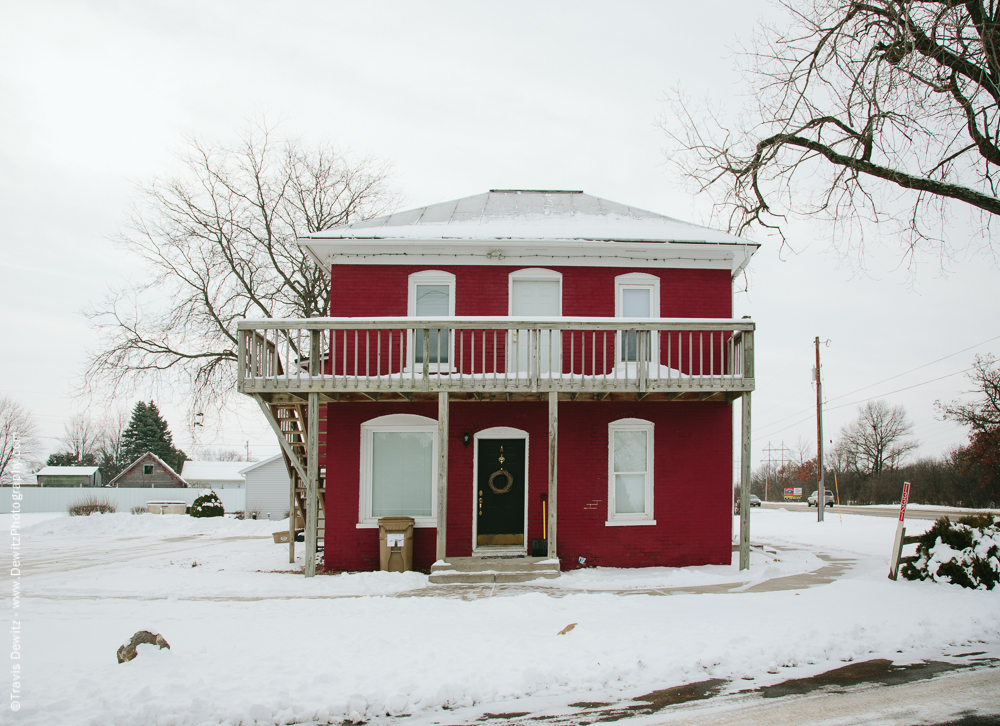
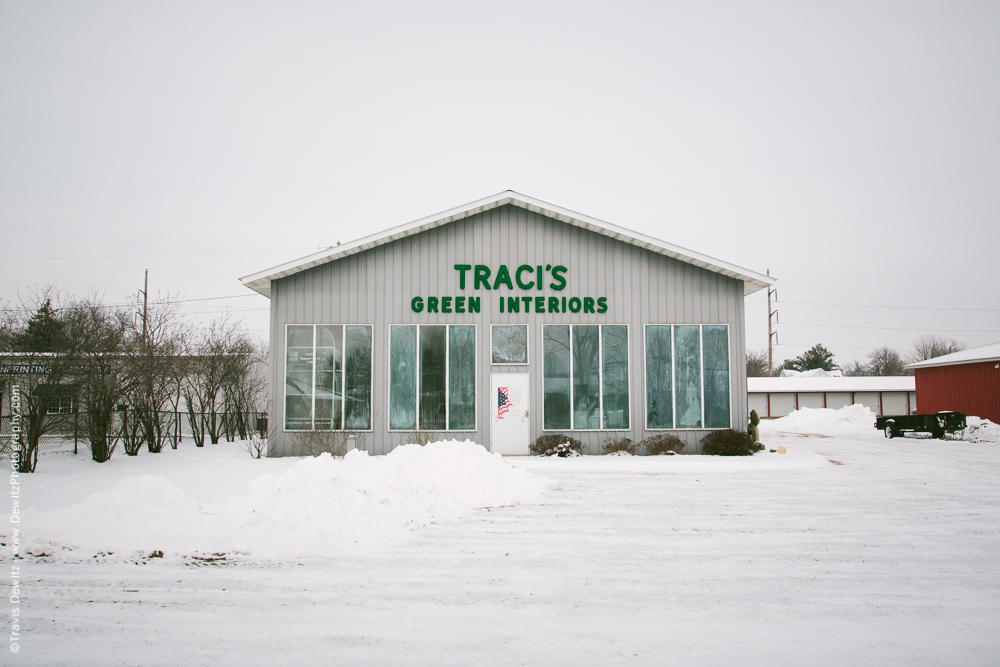
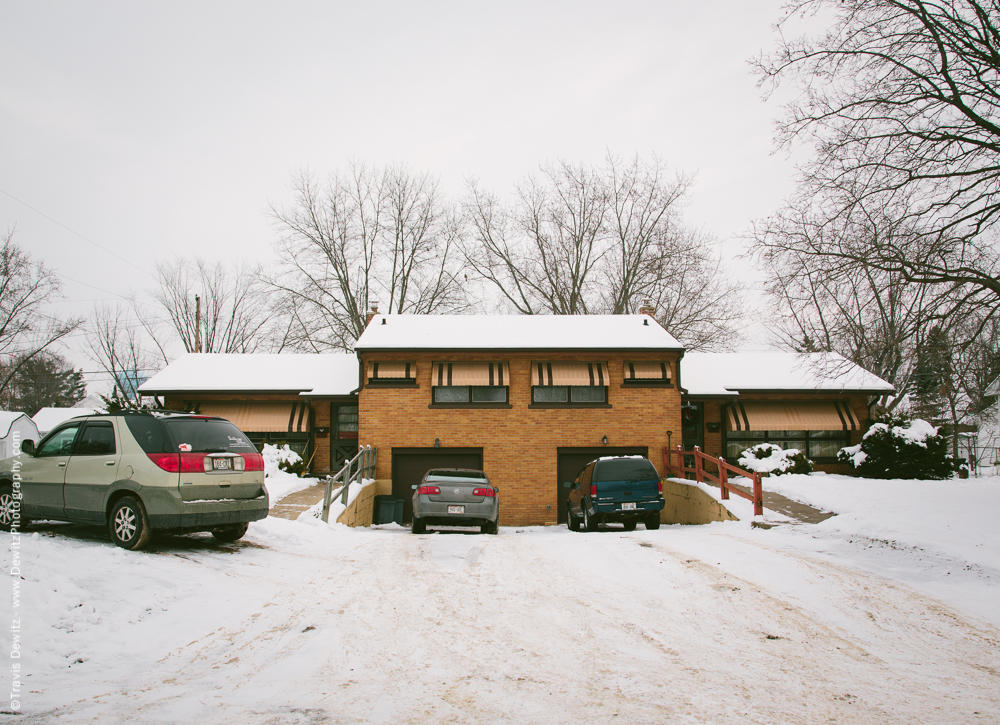
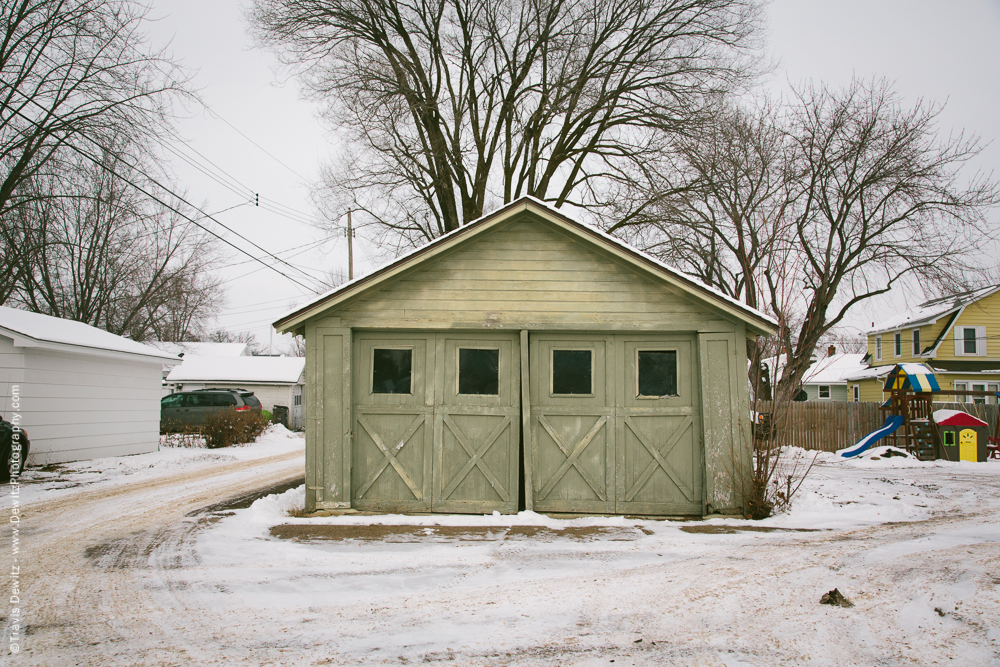
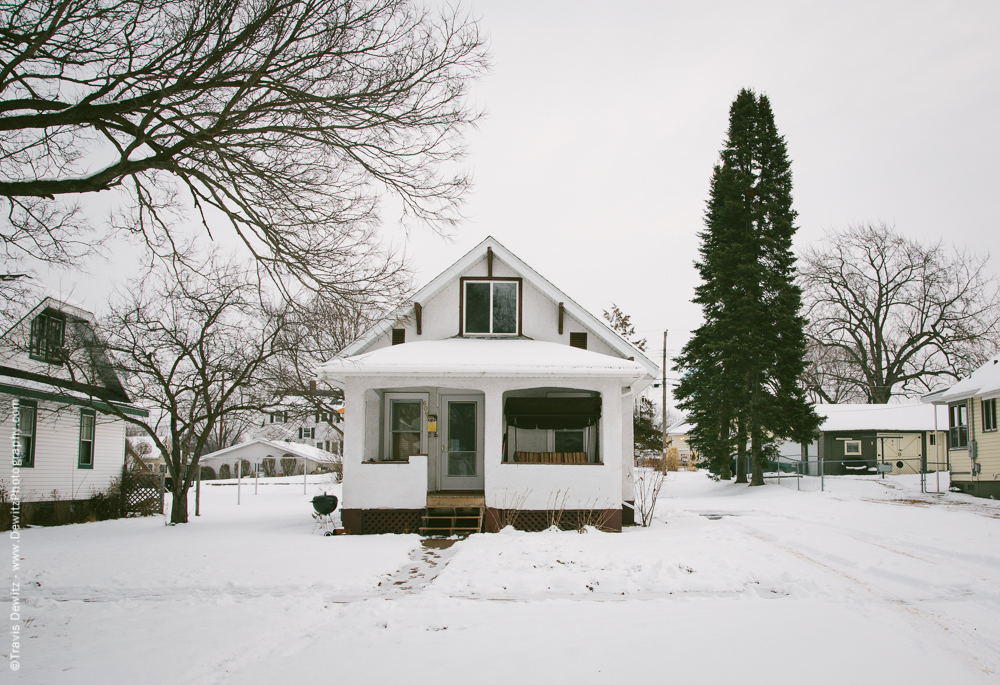
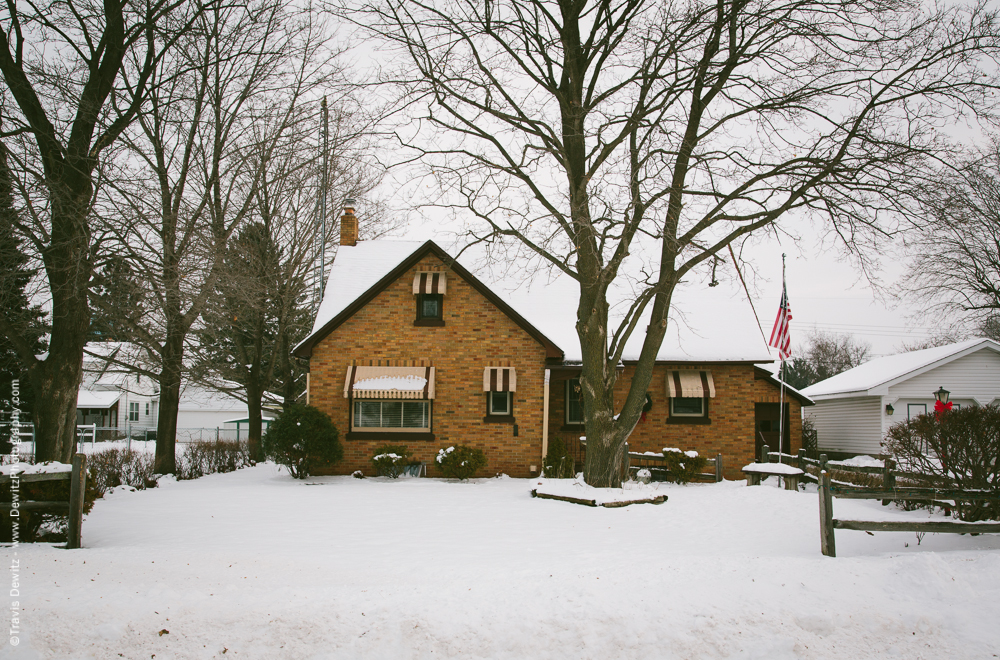
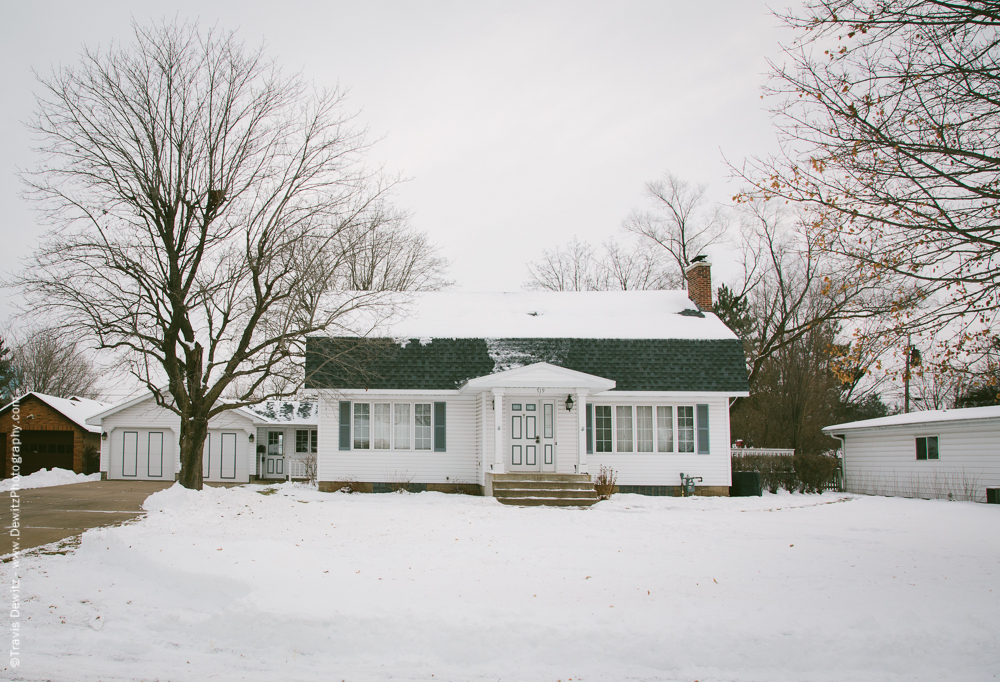
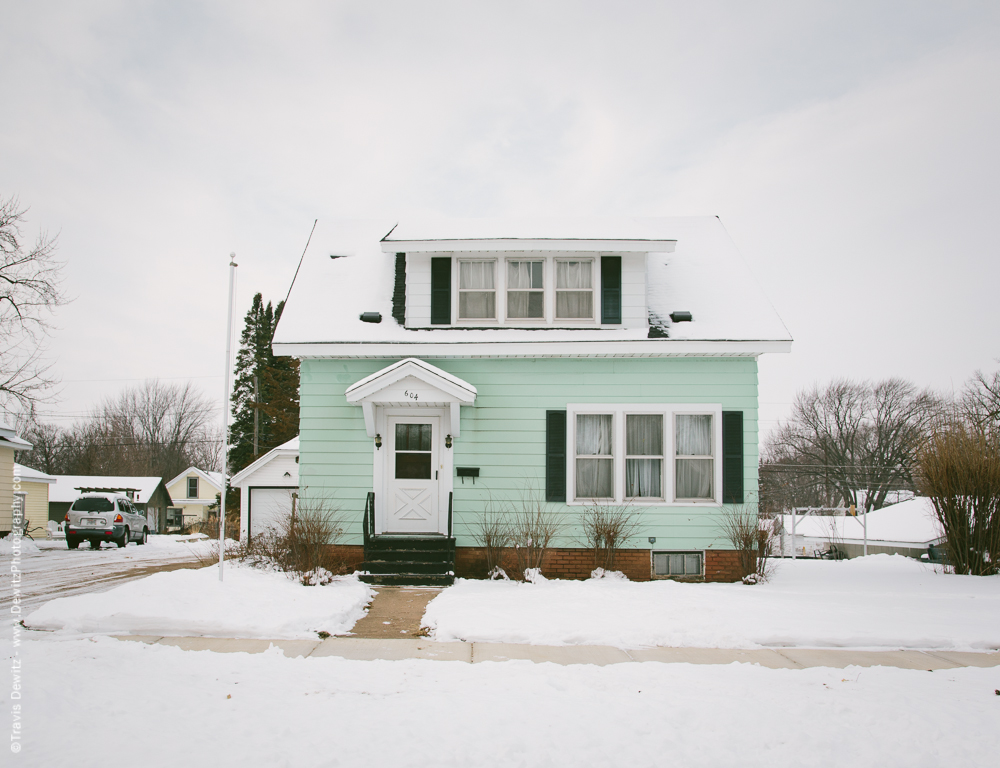
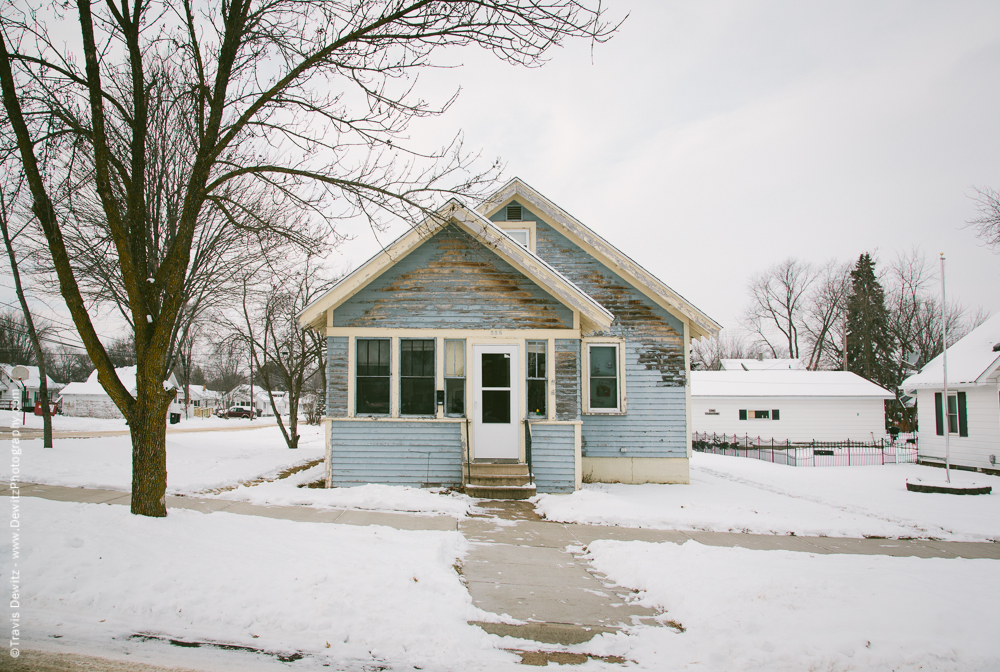
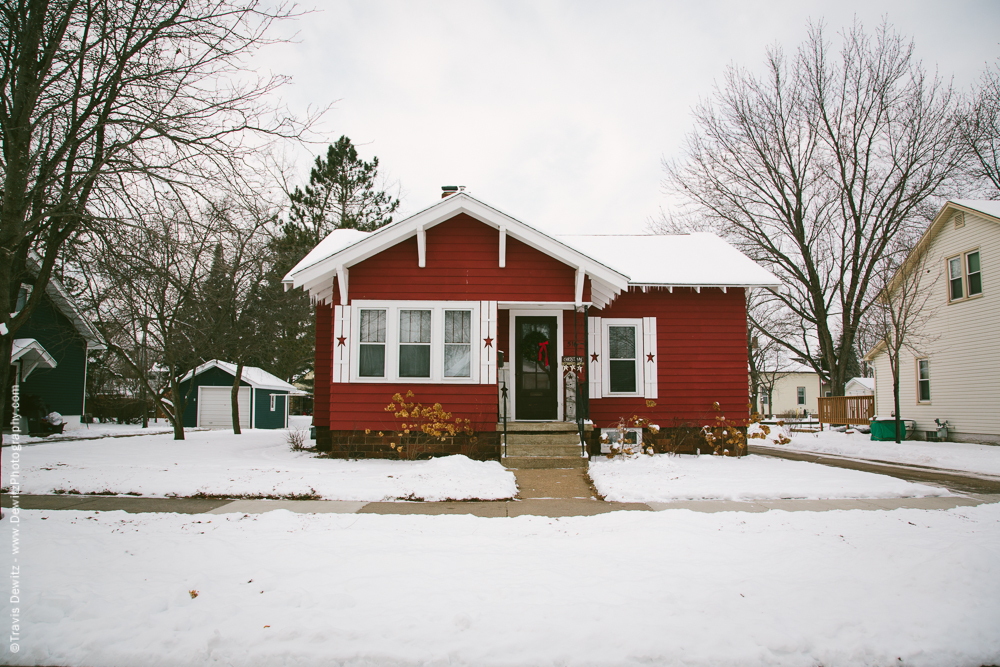
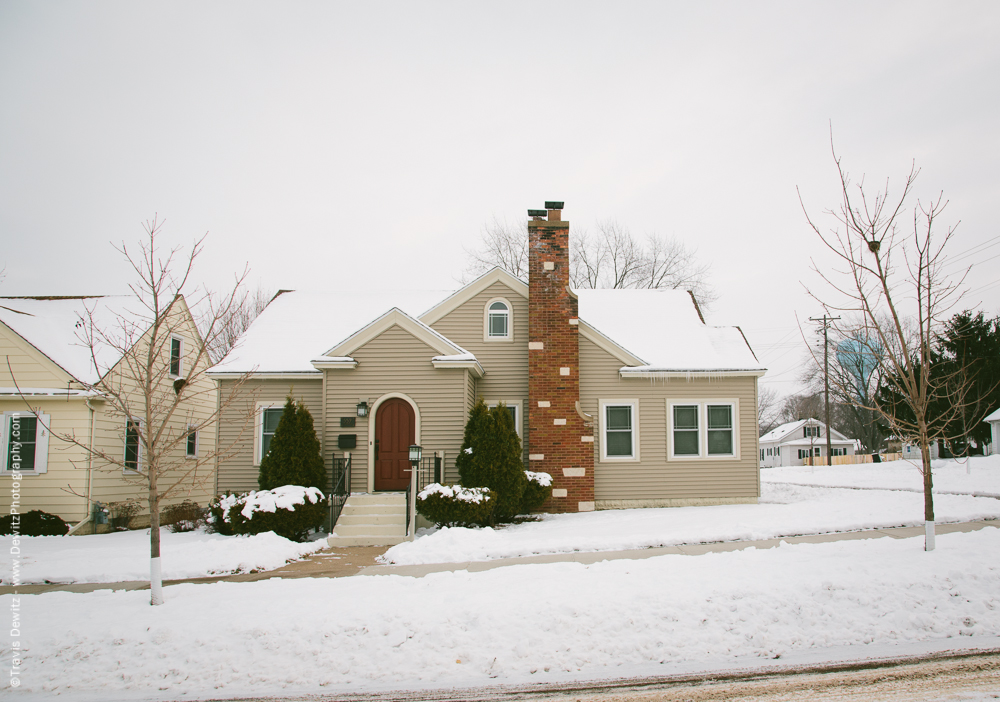
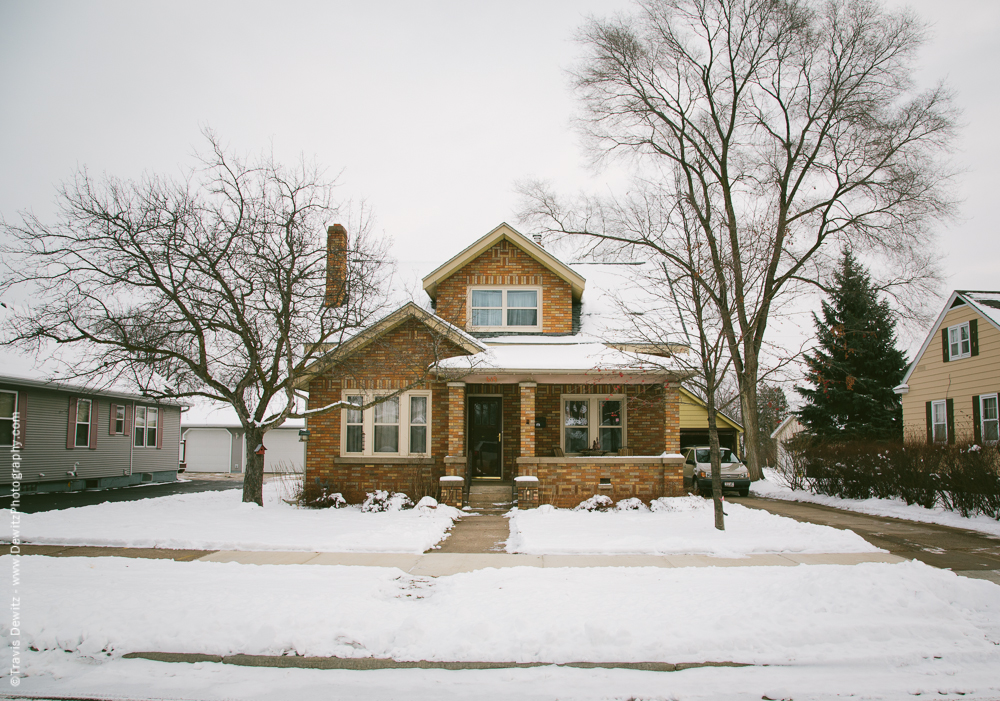
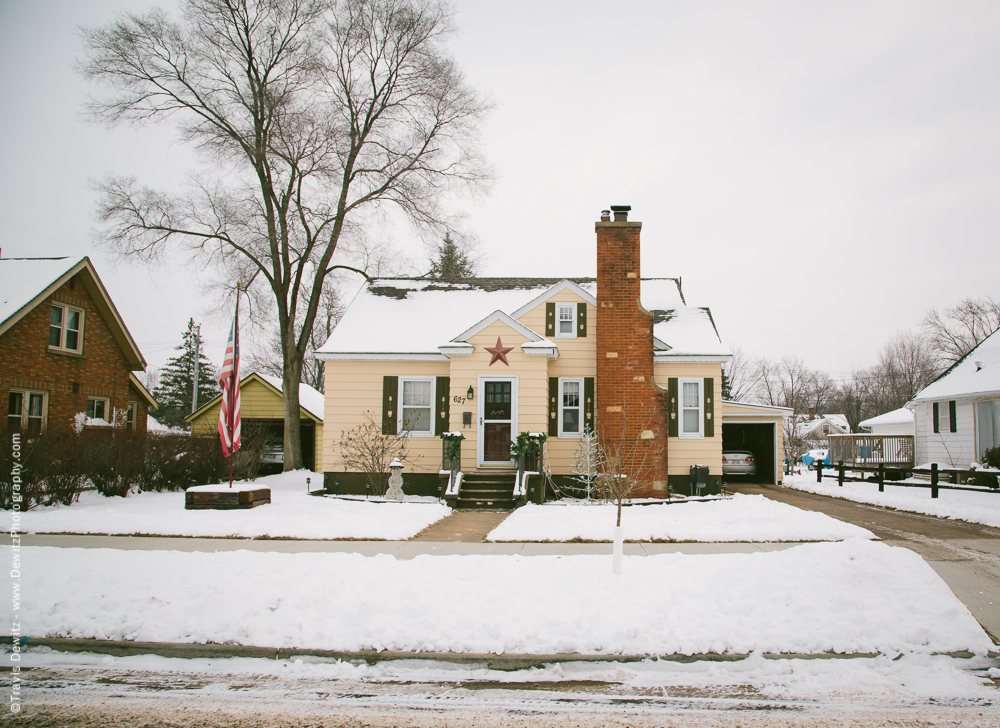
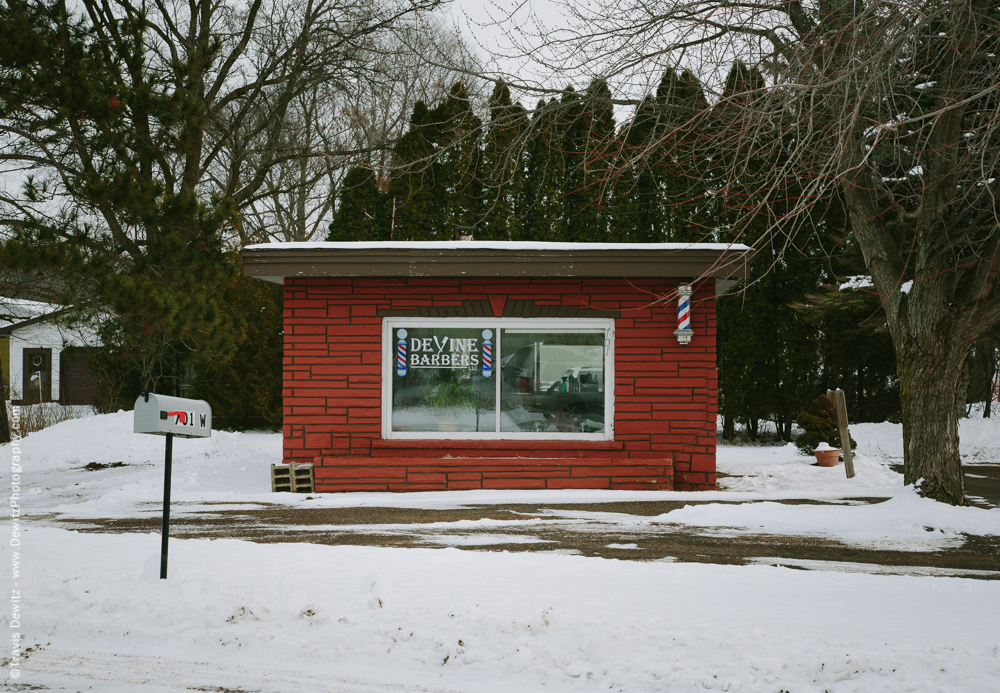
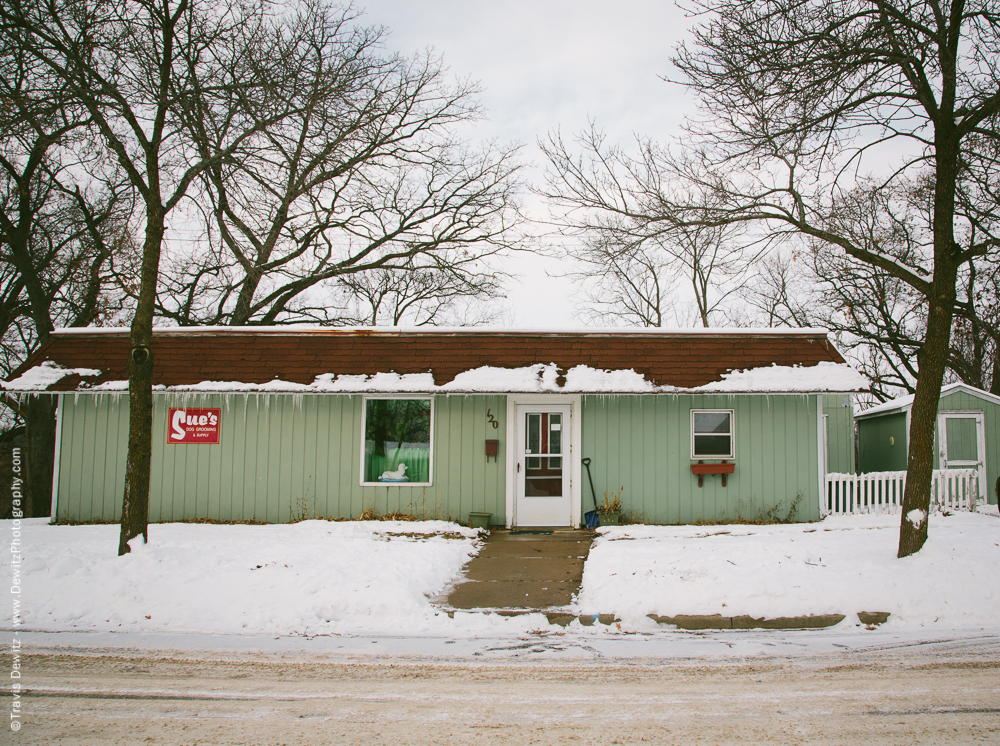
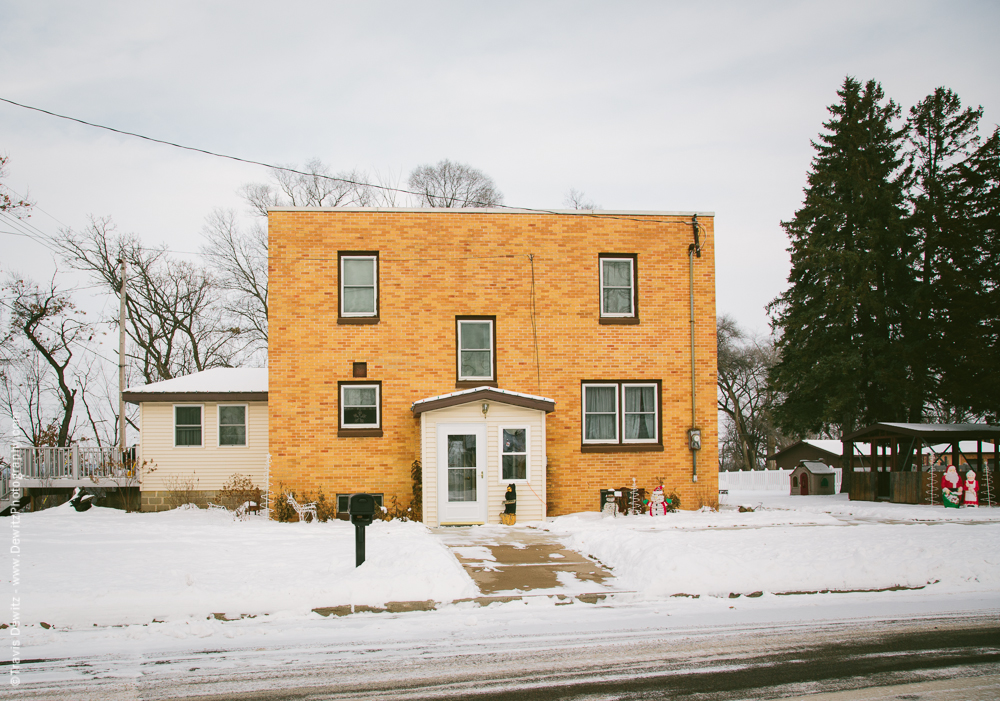
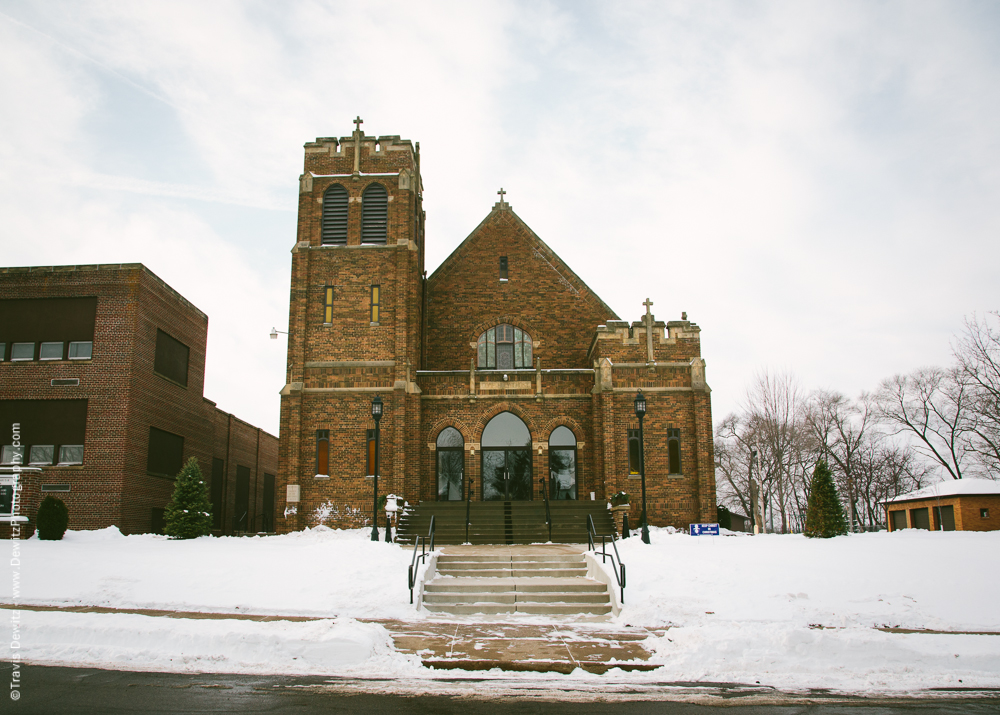
Holy Ghost Church
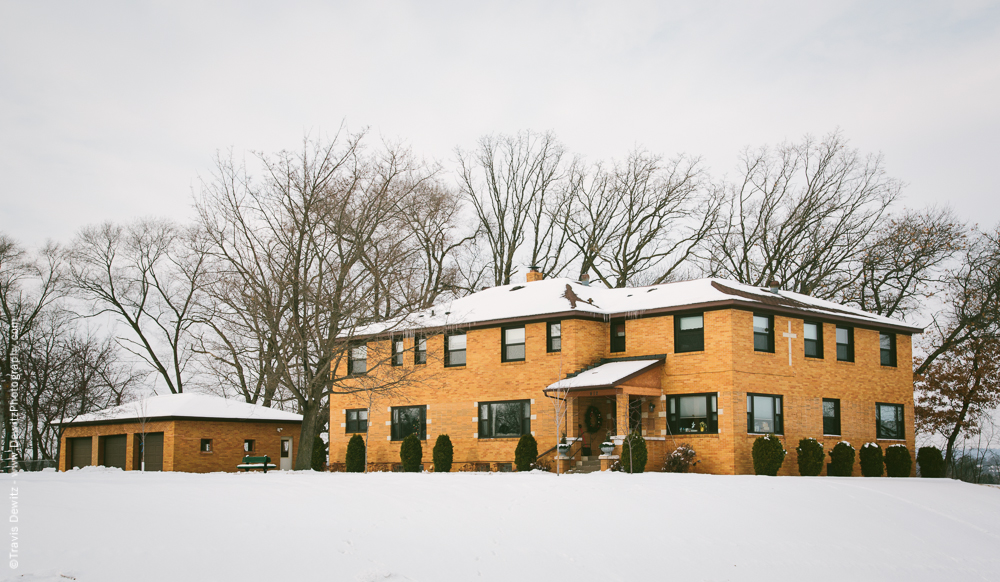
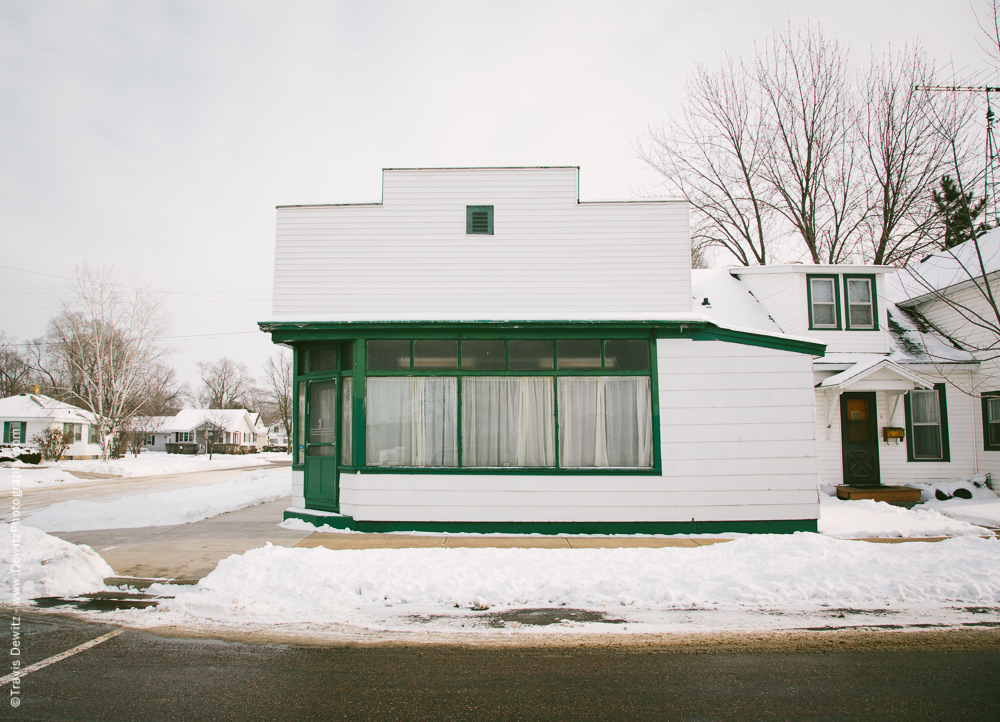
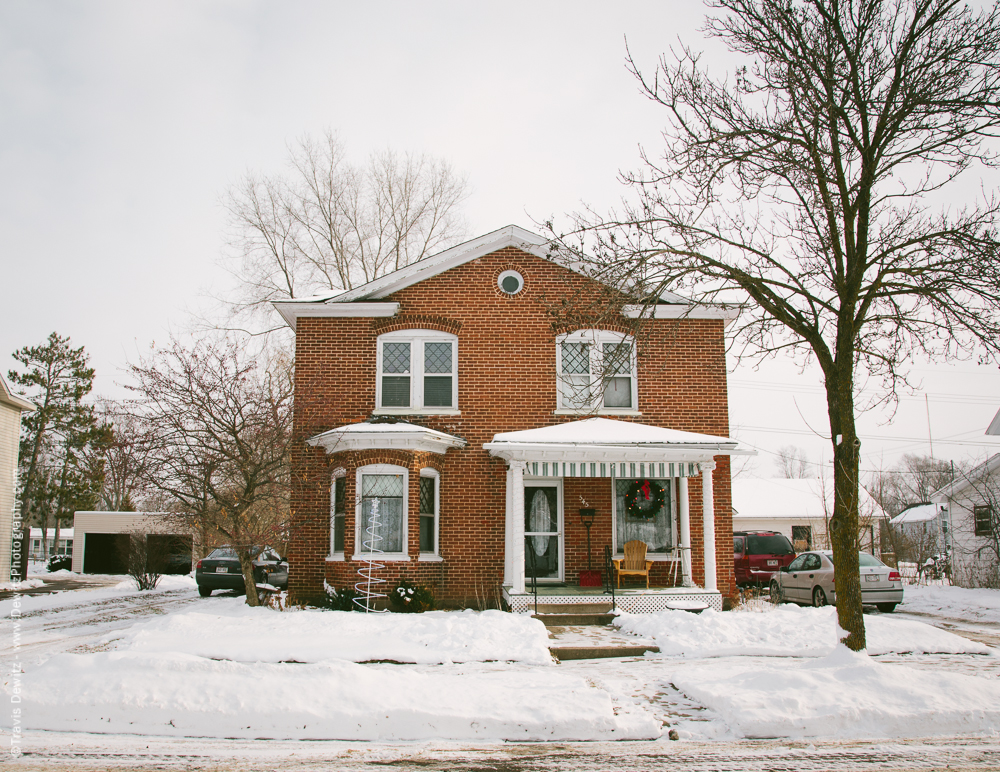
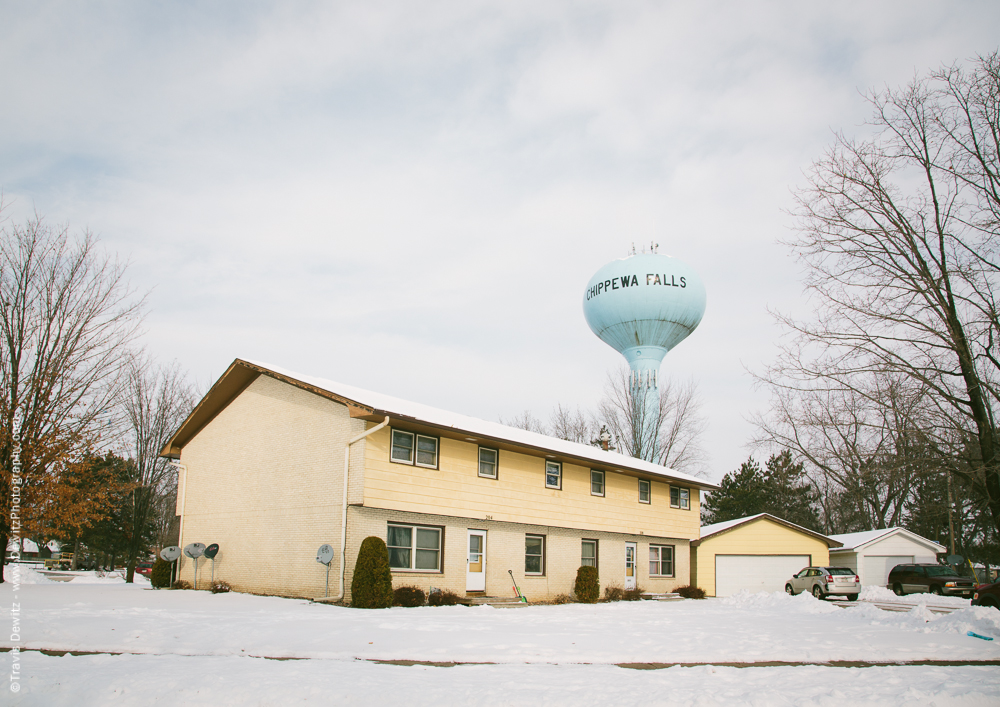
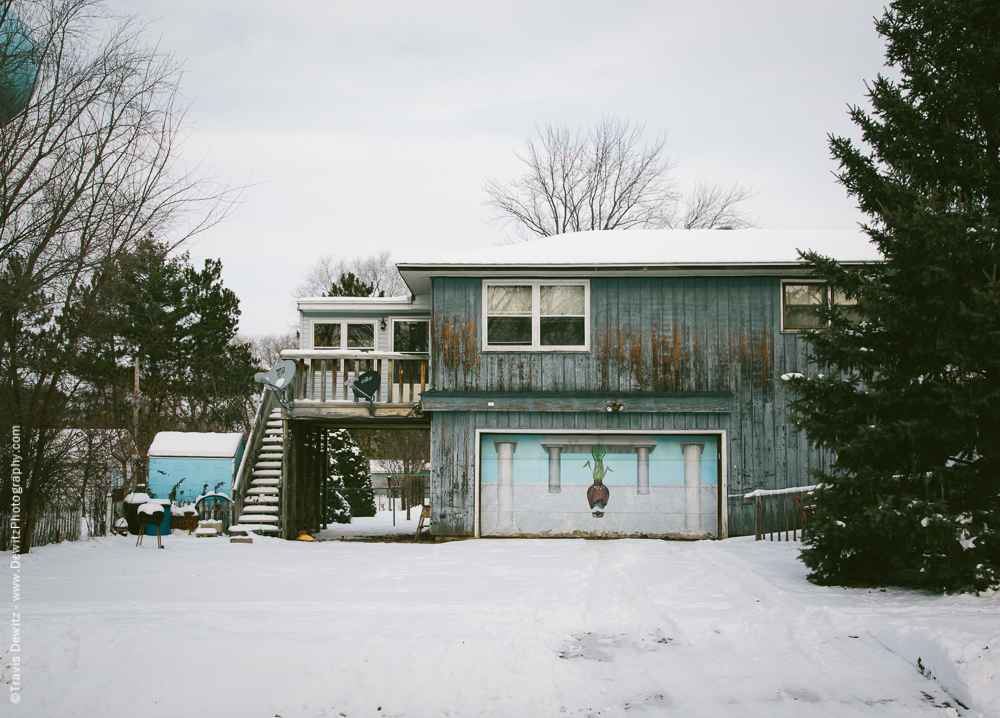
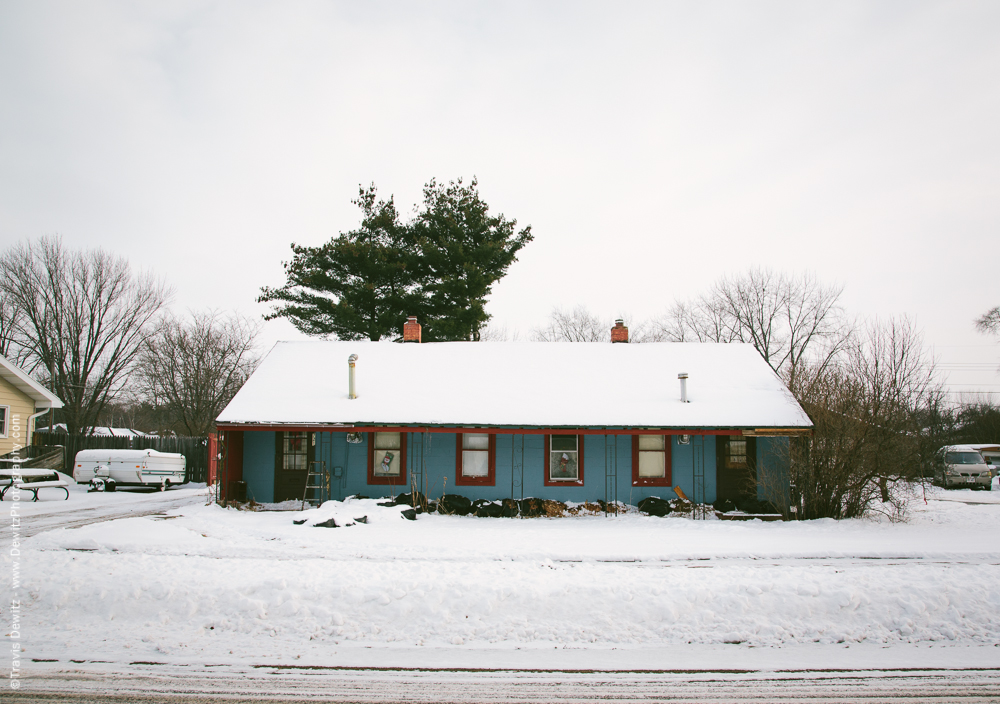
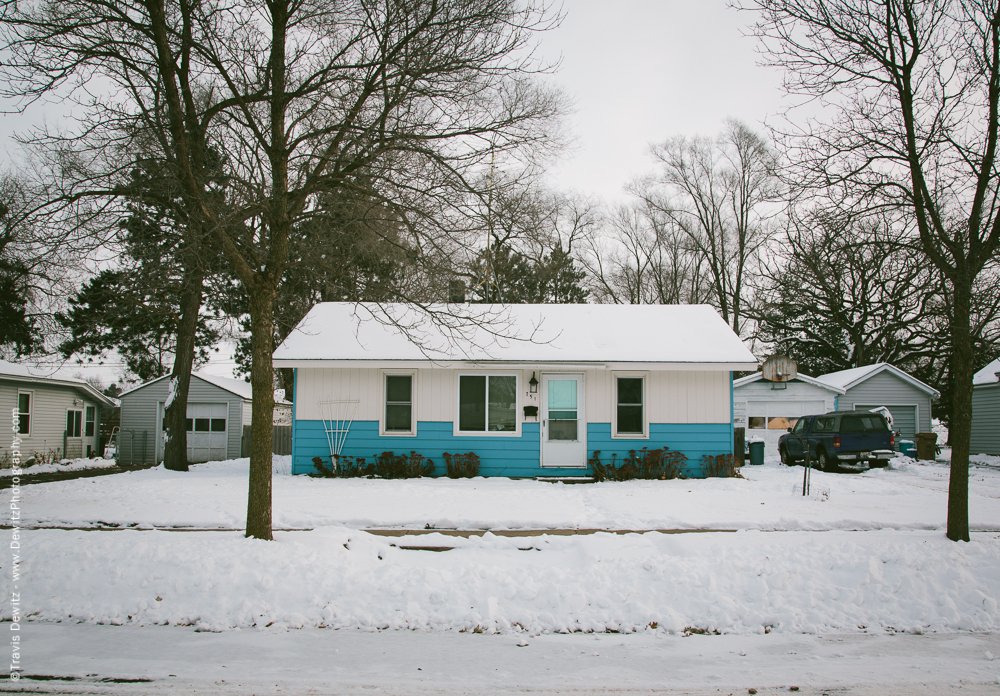
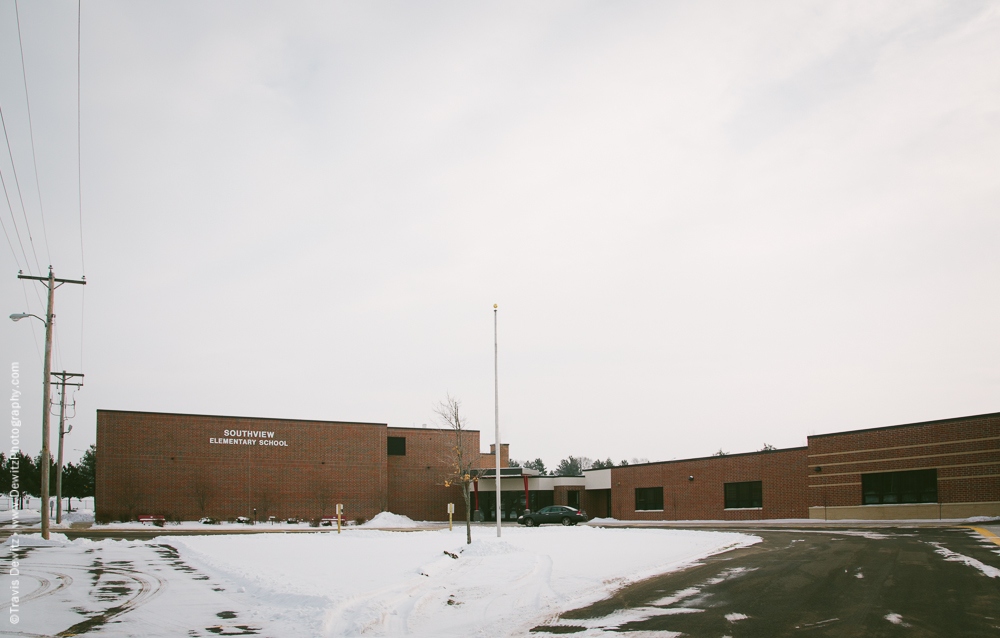
Southview Elementary School
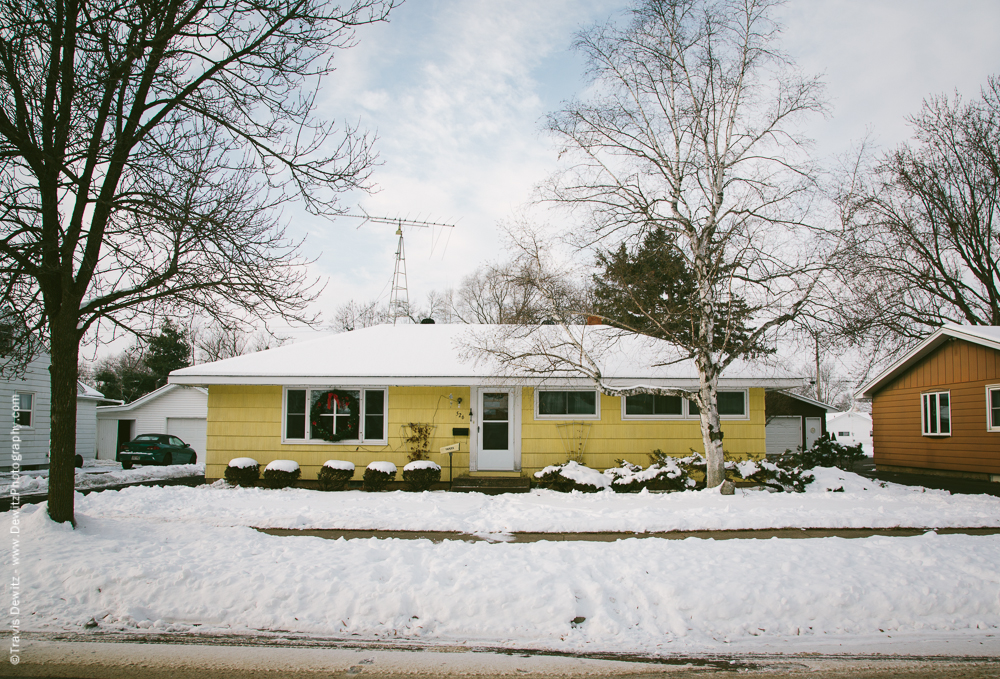
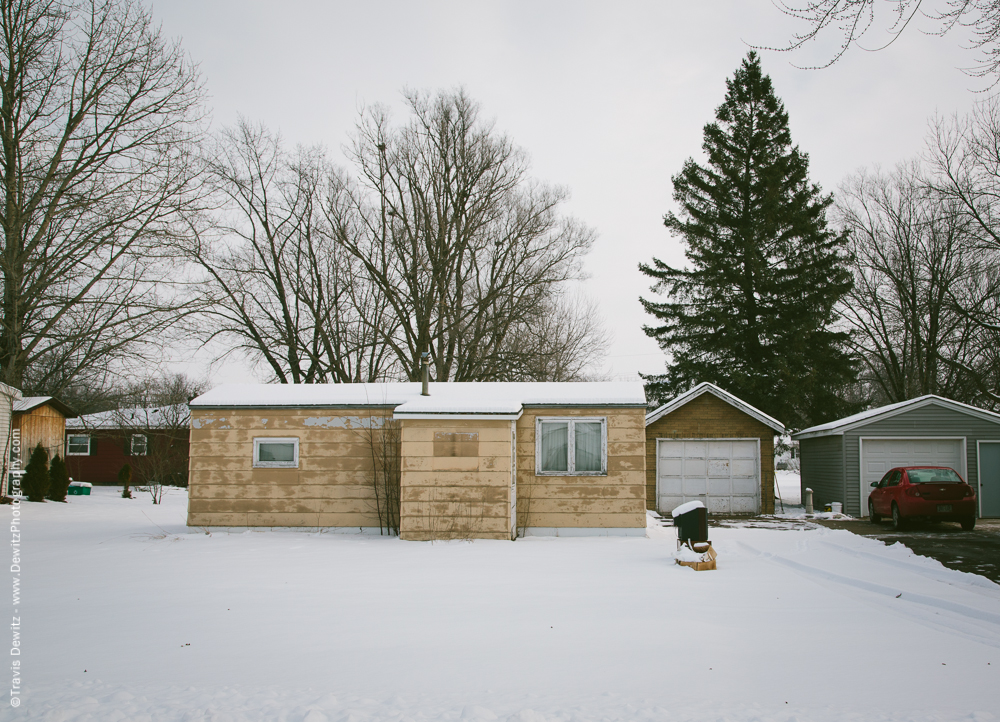
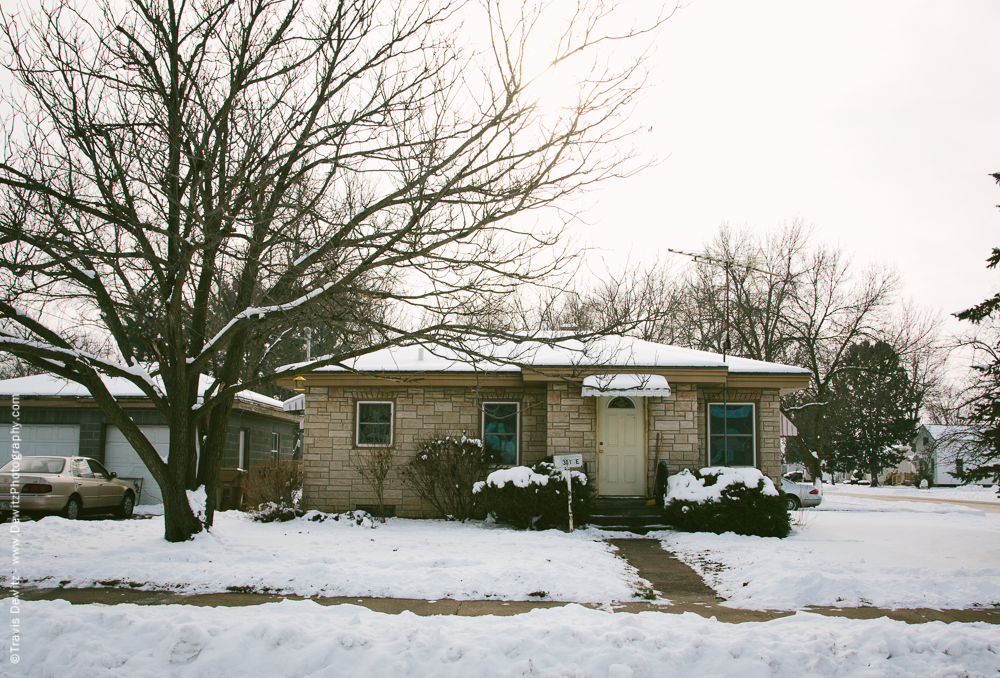
![]()
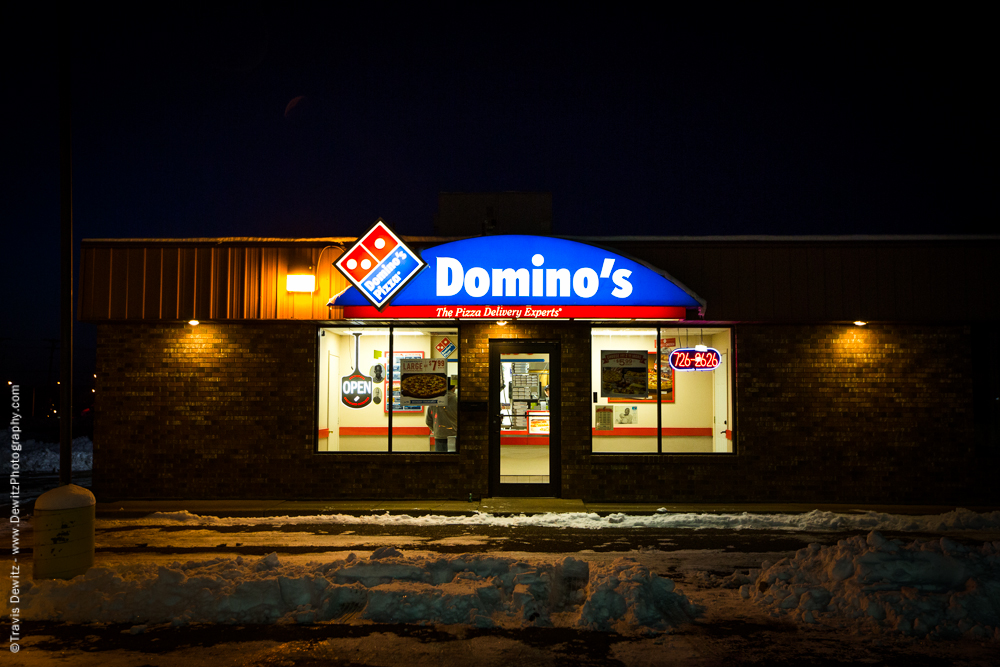
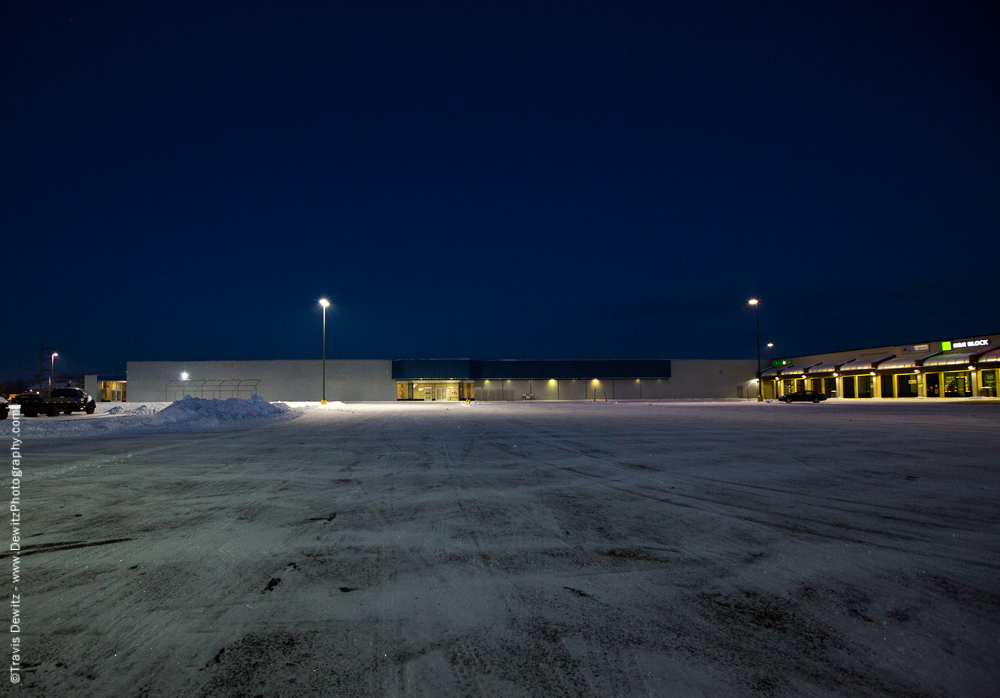
Former Super Kmart
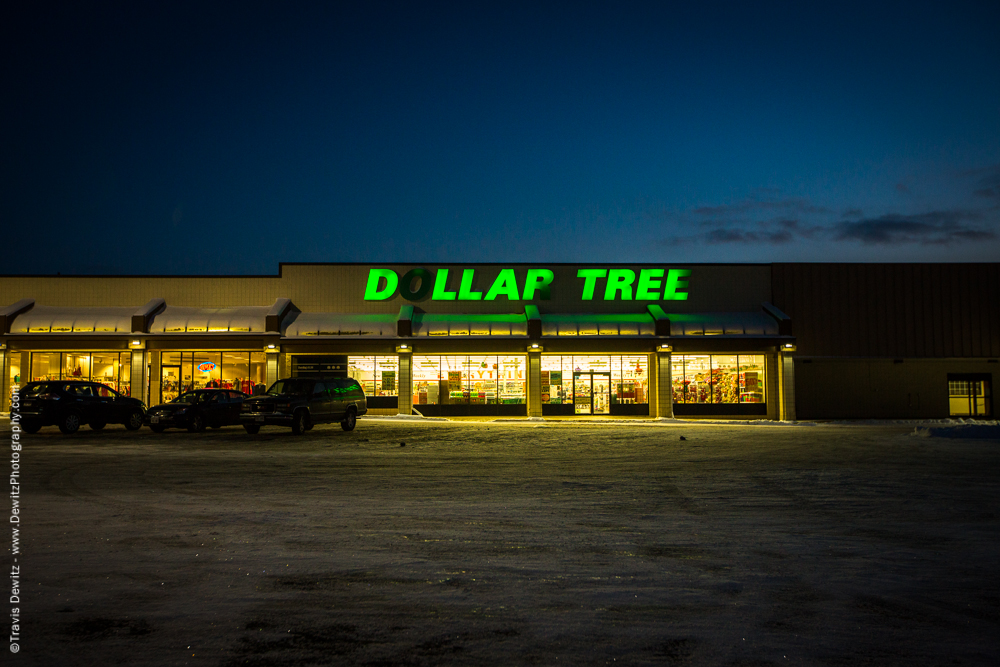
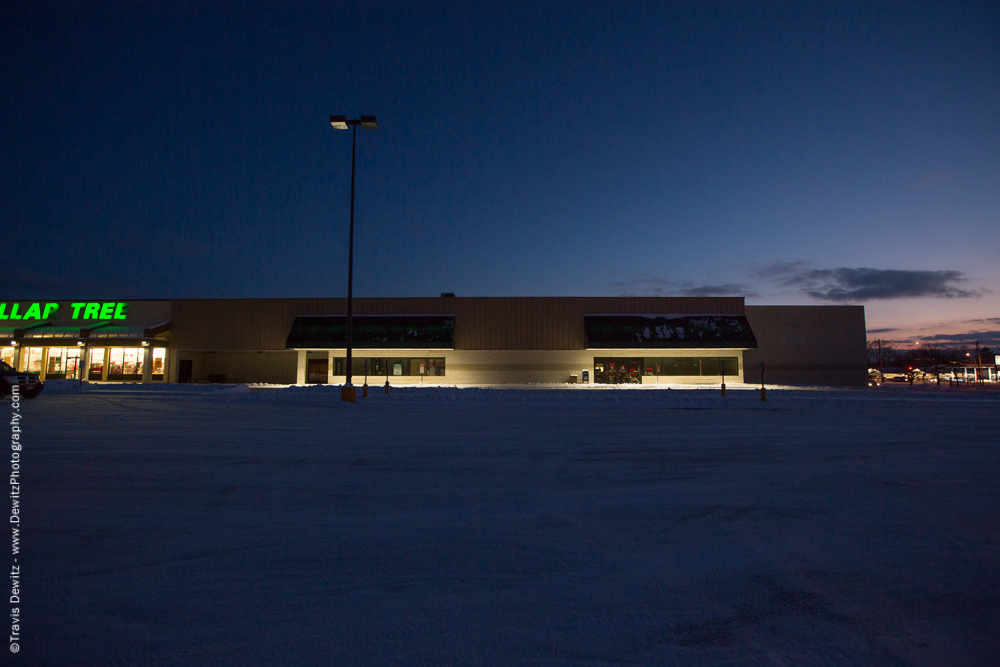
Future Gordy’s Market
![]()
Northeast Industrial Park & Healthcare Development
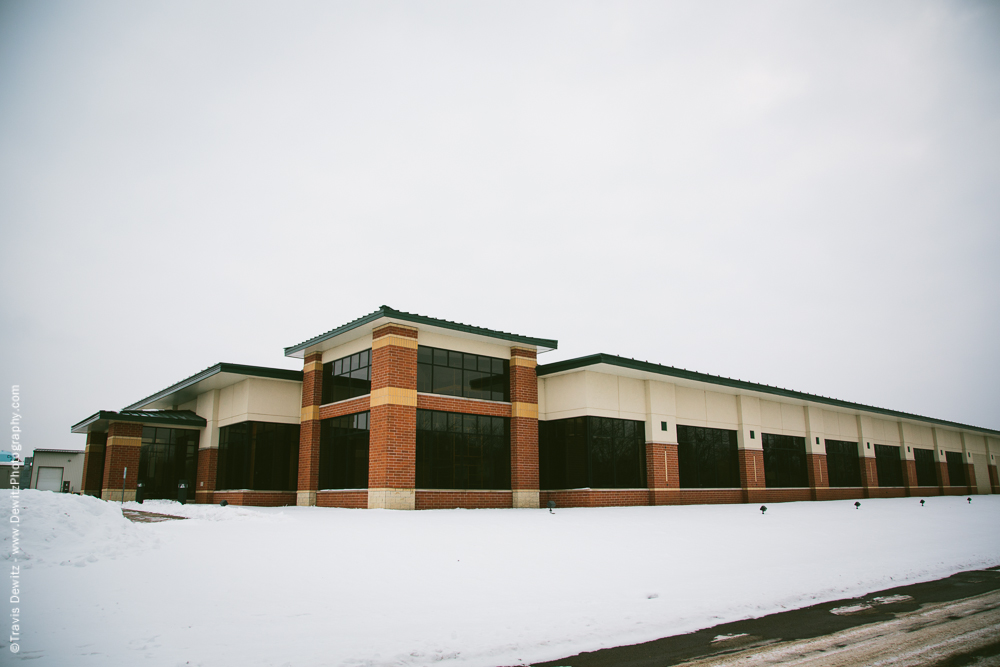
WS Darley’s New Building
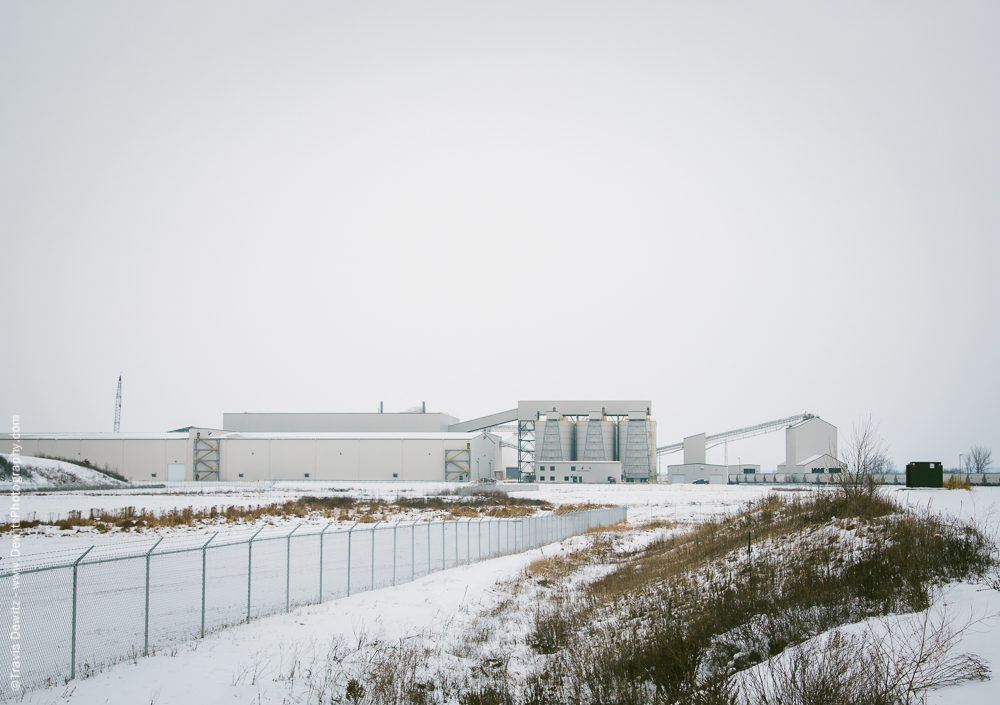
EOG Resources Sand Plant
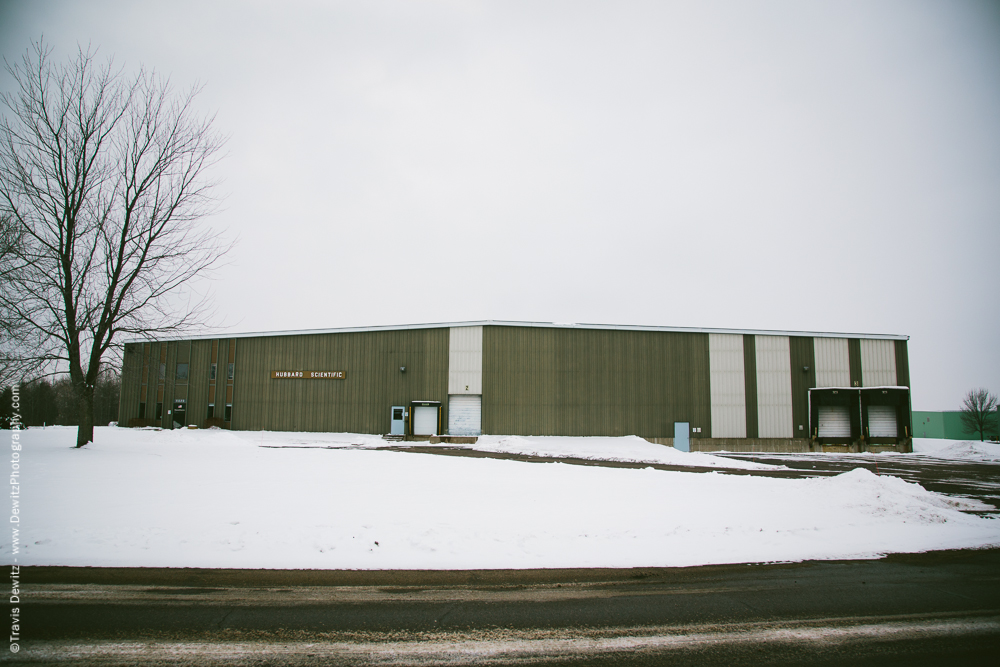
Hubbard Scientific
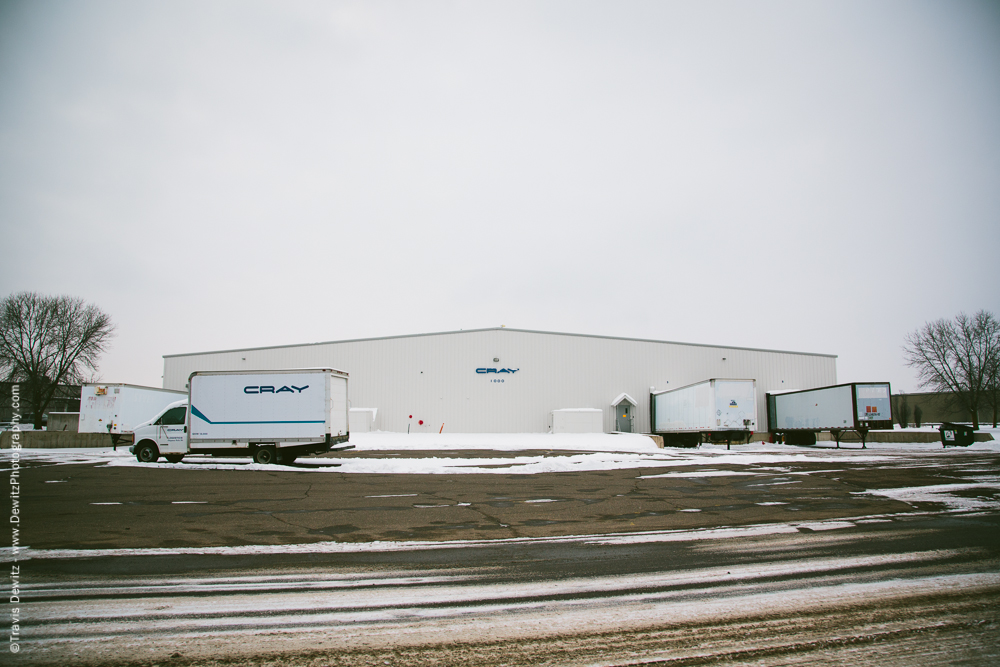
Cray Research
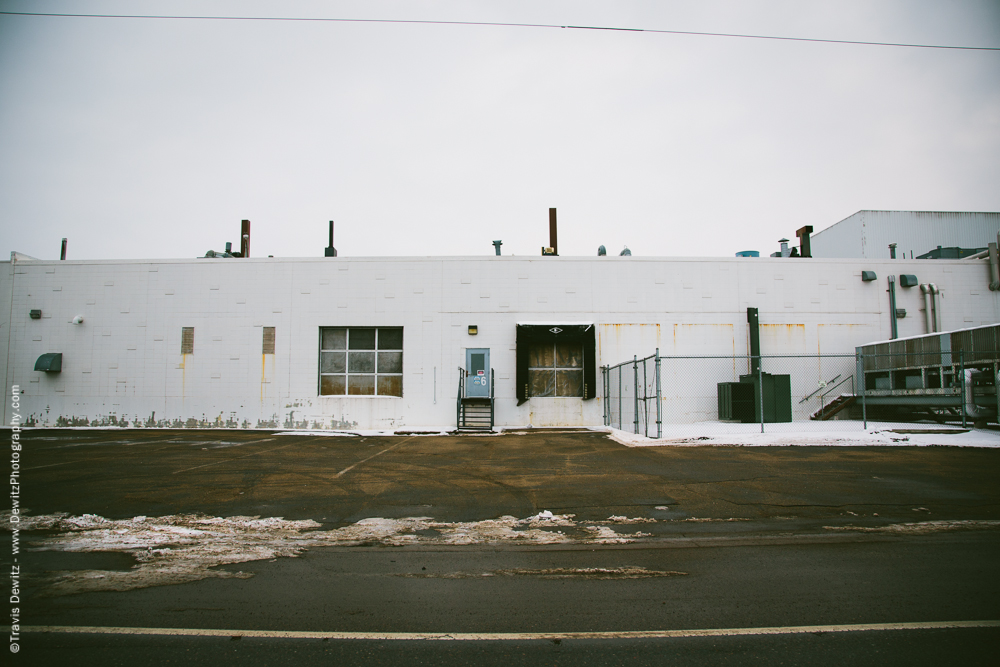
Berry Plastics
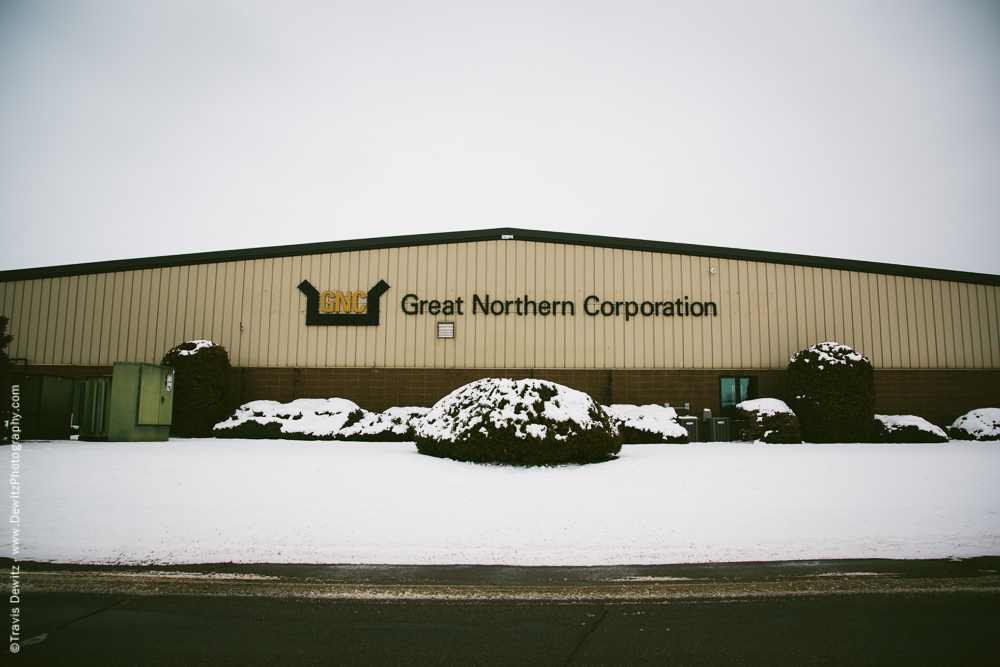
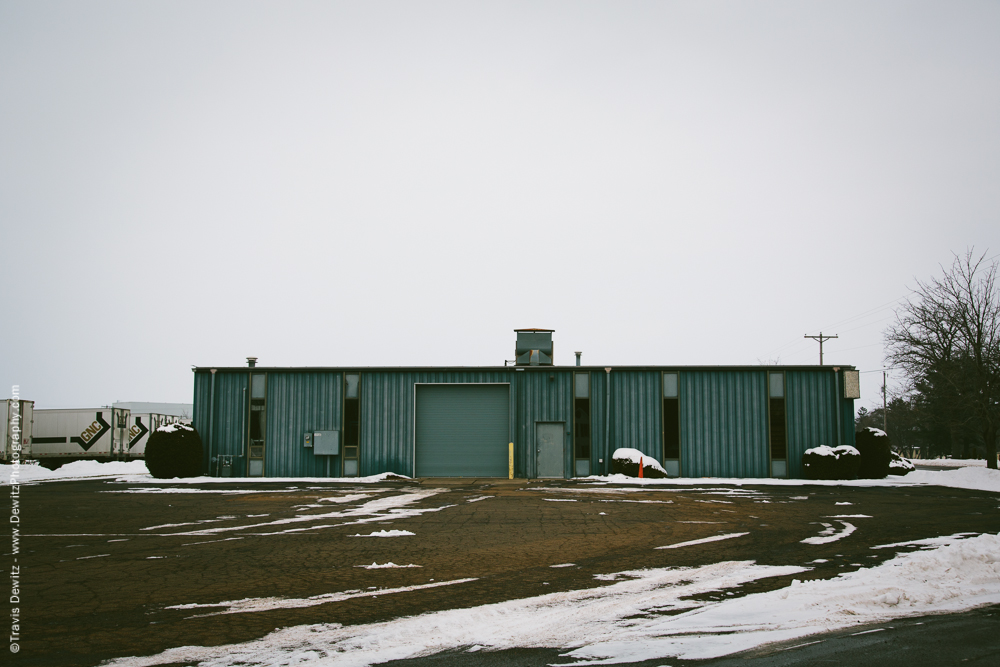
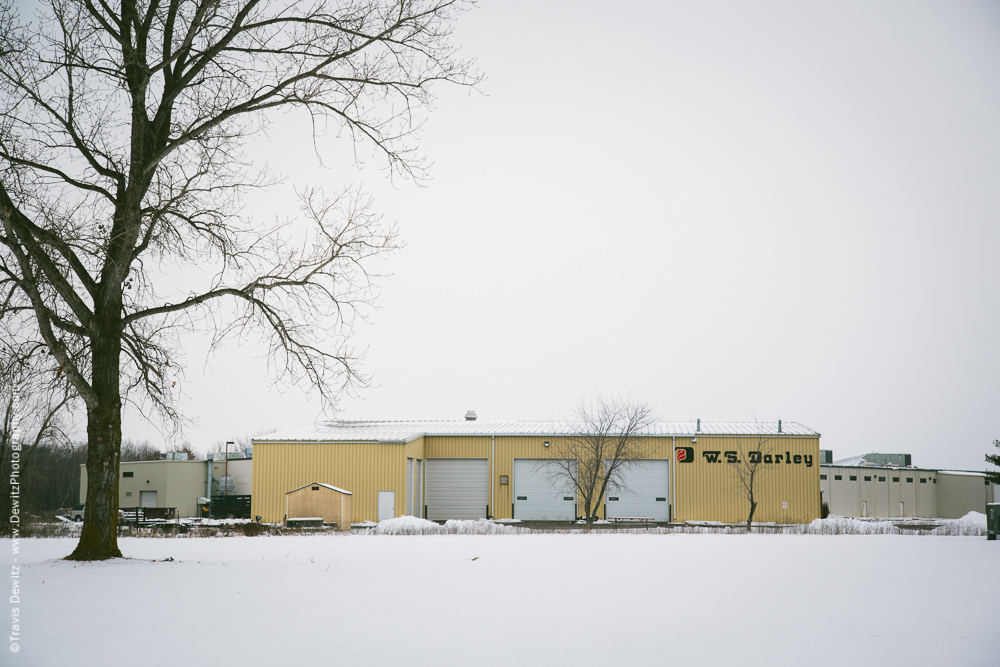
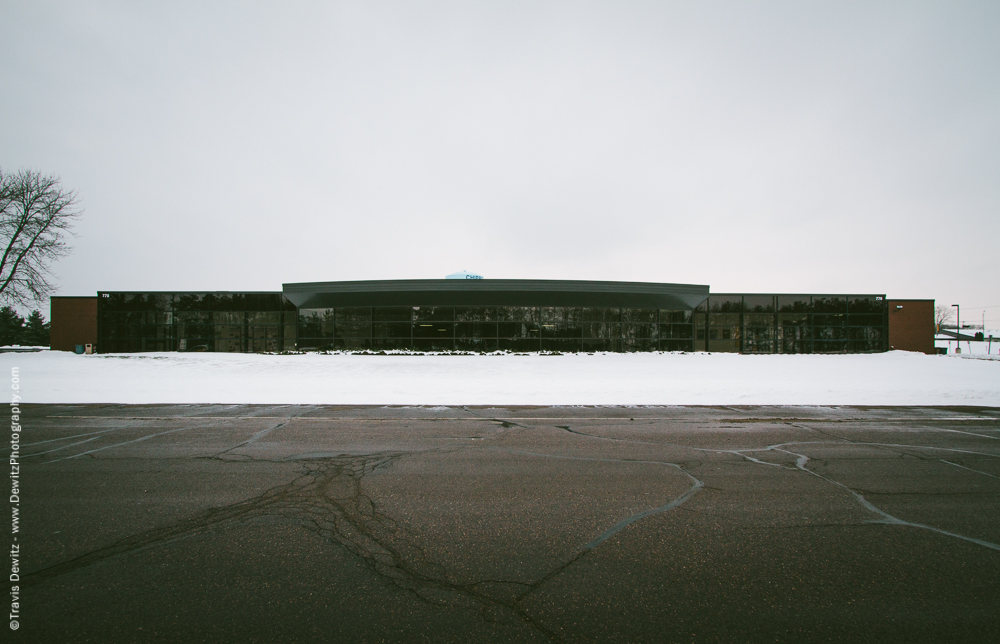
Chippewa Valley Technical College
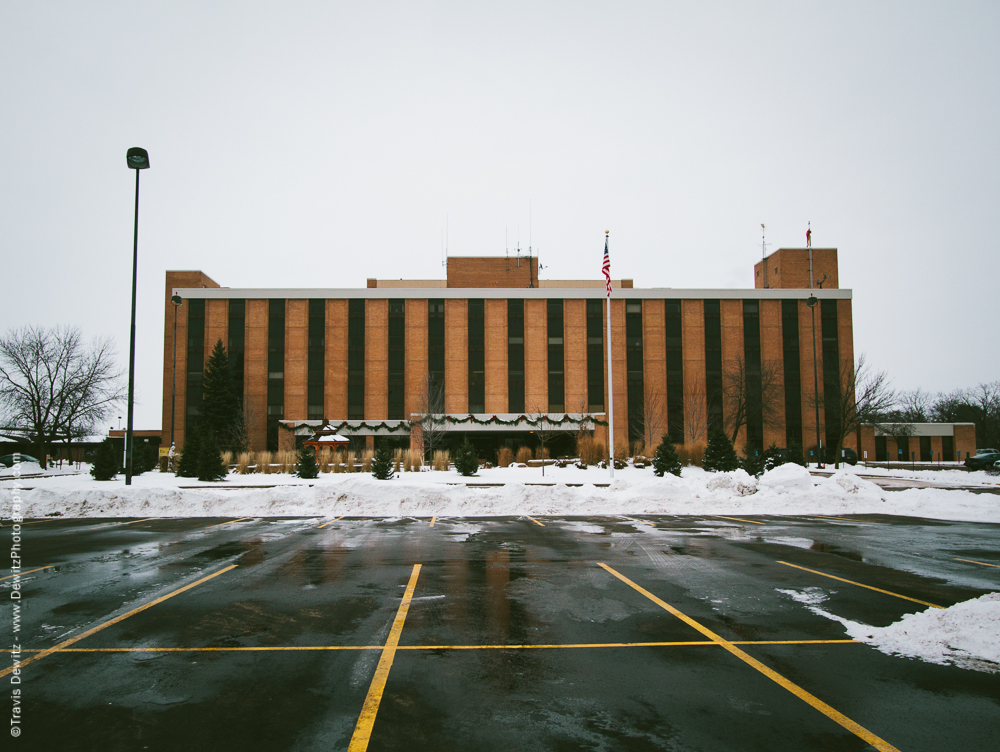
St Josephs Hospital
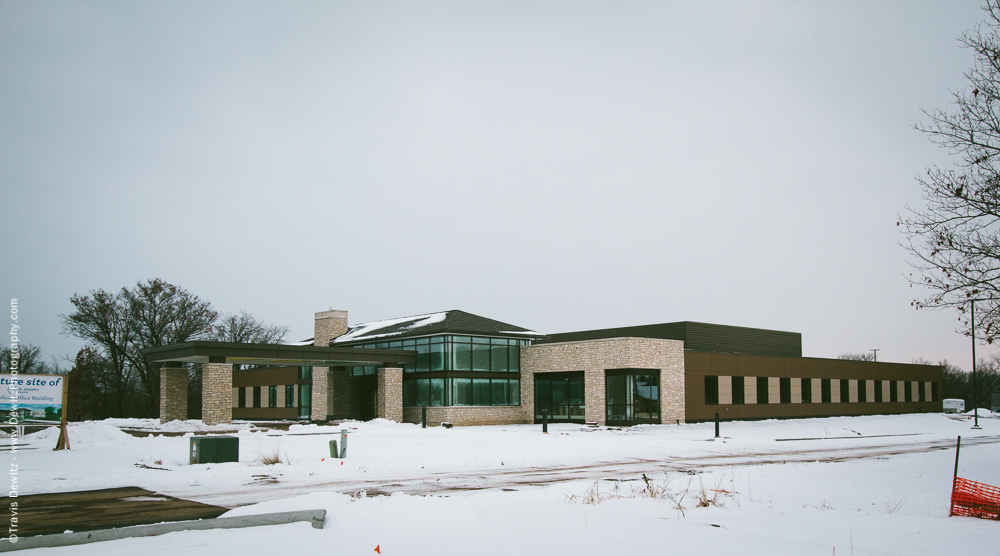
St Josephs New Medical Office Building
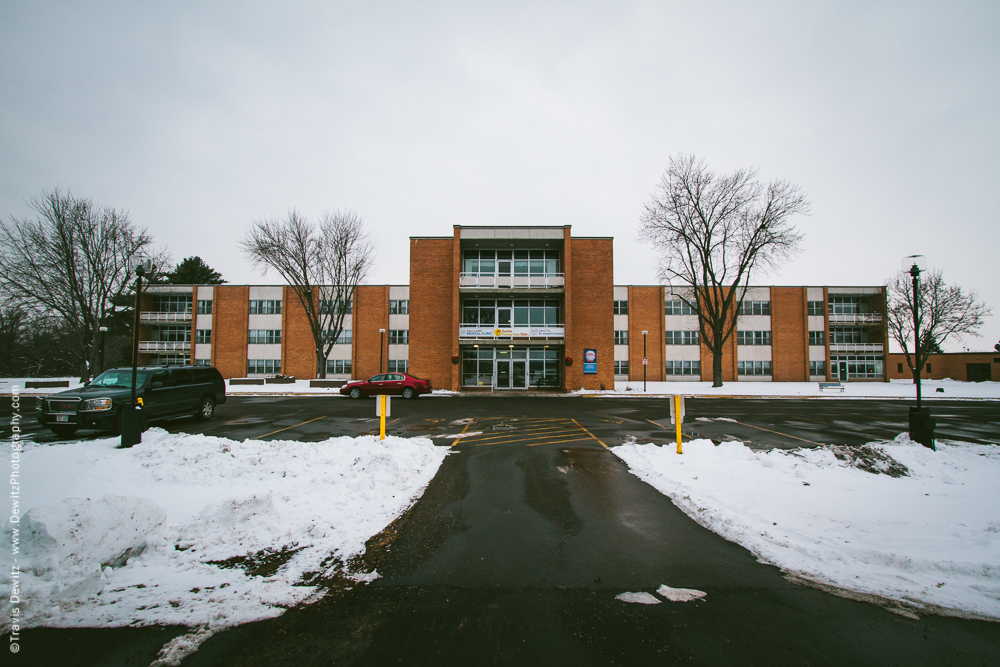
Eau Claire Medical Clinic
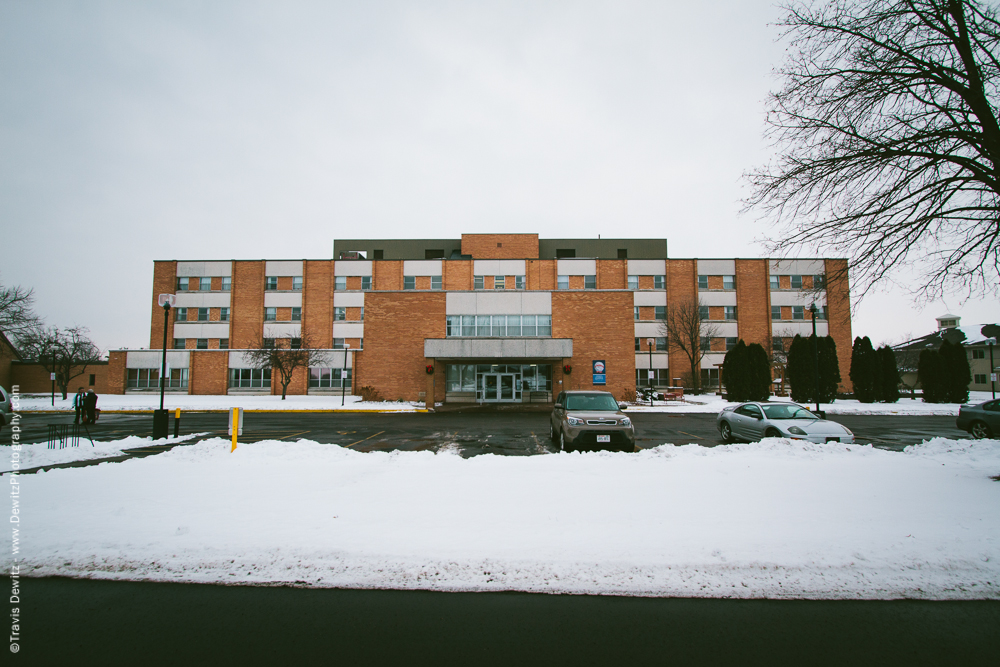
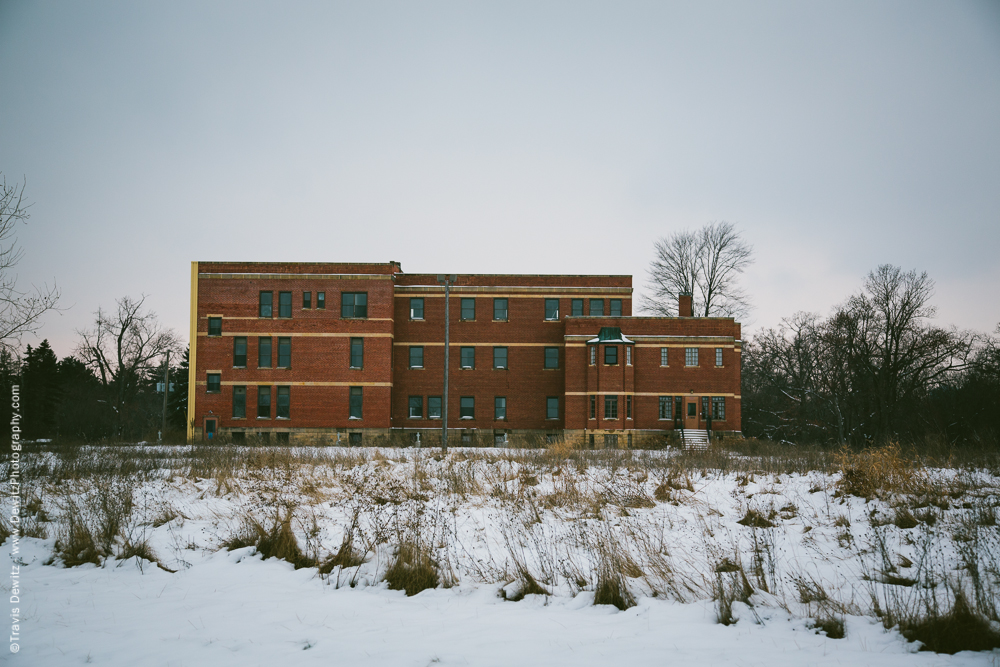
Former County Asylum Farm Property
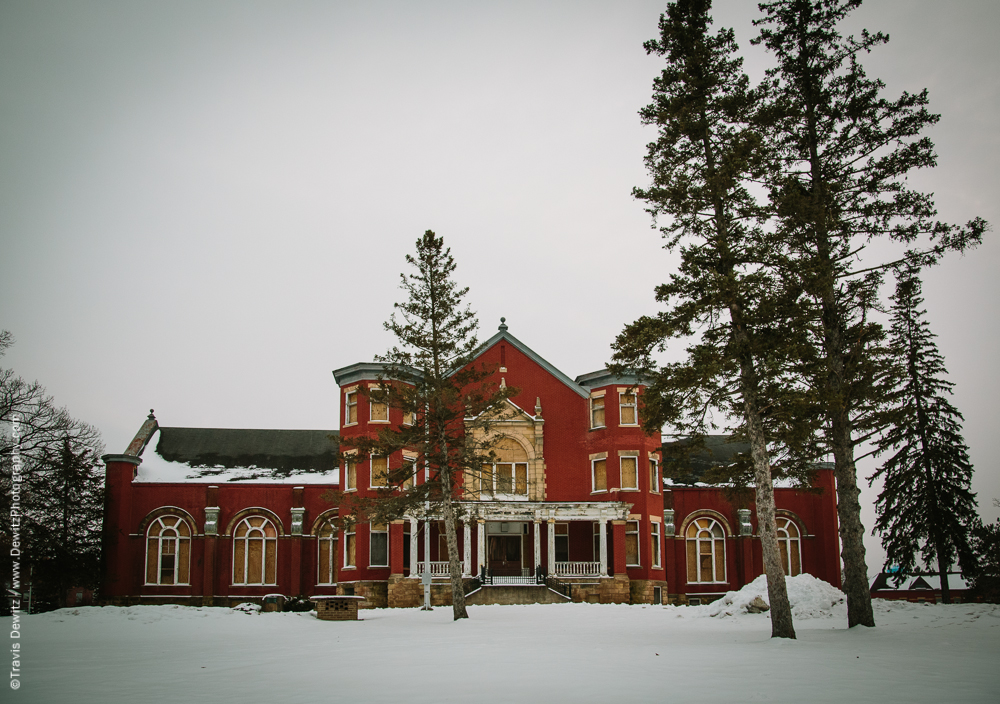
Northern Wisconsin Center
In 1867, Governor Lucius Fairchild addresses the legislature to bring attention to: “another class of unfortunates for whom substantial provision should be made by the state. I allude to imbecile and idiotic children for whom, under our present system, there seems to be no place.”
The state endorses legislation to form a “Home for the Feeble-Minded” in Wisconsin and designates $100,000 to build. The Board of Control is empowered to acquire through either purchase or donation, sufficient land and build suitable buildings.
Note: The three “objects” which prompted the foundation of the Home:
- “To relieve families overburdened with an “idiot” child”
- “To curtail the reproduction of the feeble minded and the epileptic by institutionalizing feebleminded women of childbearing age”.
- “To educate the “imbecile” to the highest sphere of usefulness”.
Upon inspecting sites throughout the state in 1865, the Board of Control accepts the proposal of Chippewa Falls of 671 acres of land, plus $24,500, and localizes the Home for the Feeble-Minded on the Chippewa River at Silver Spring Park, 1.5 miles upstream of the city. The board uses part of the cash presented by Chippewa Falls to purchase more land and ultimately takes possession of 1021 acres. In 1962 Population peaked at 2,203.
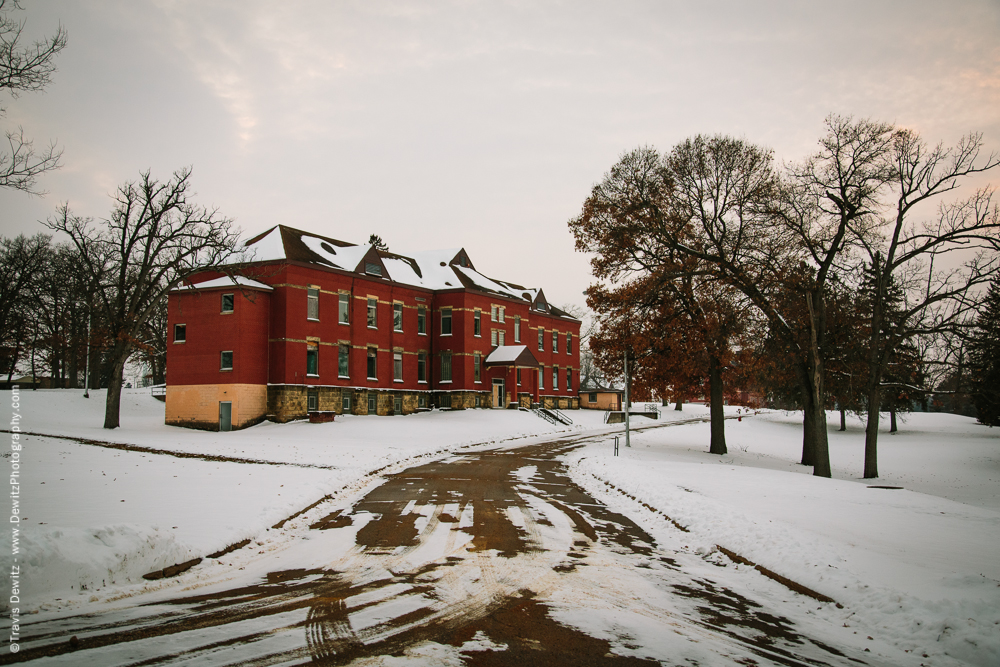
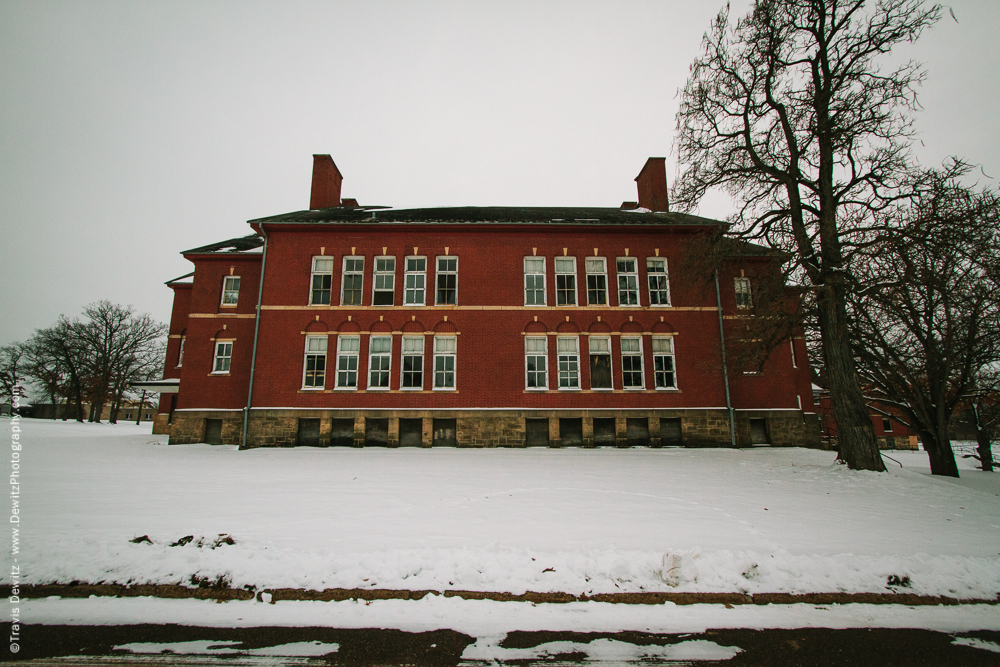
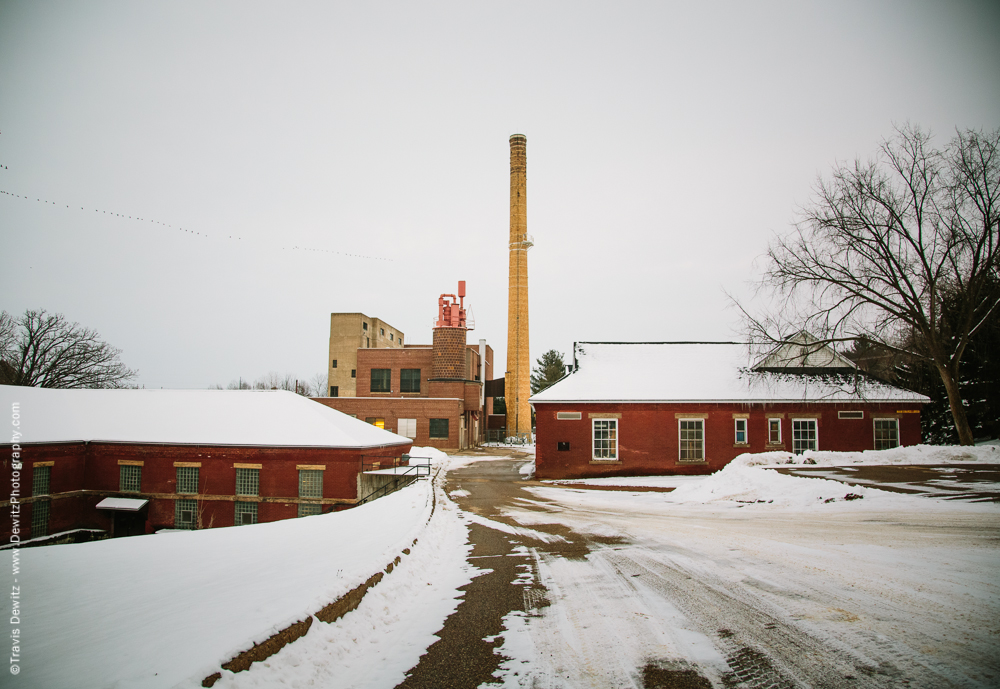
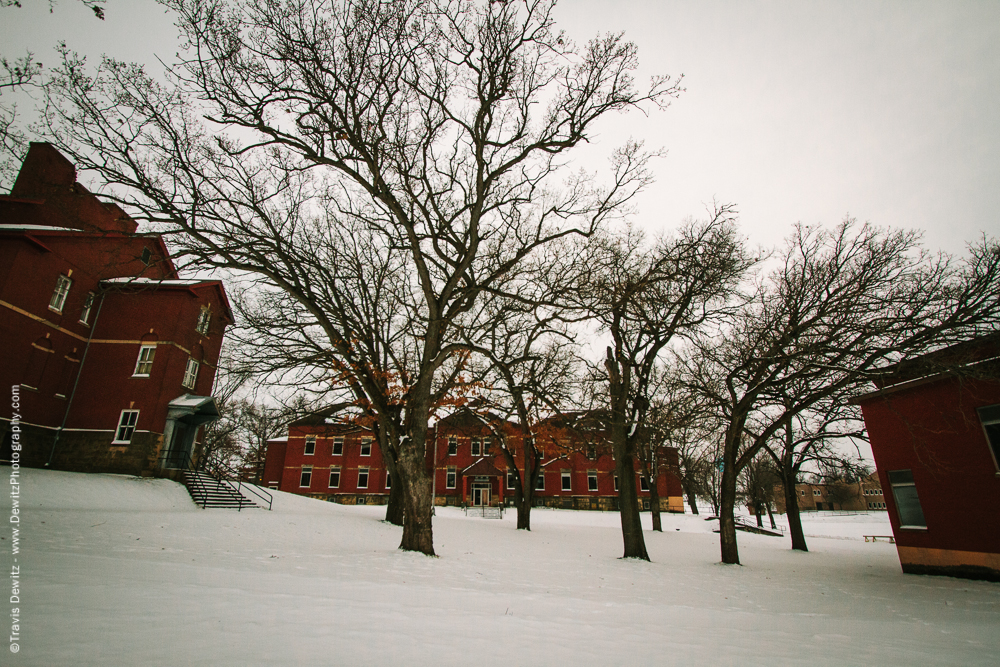
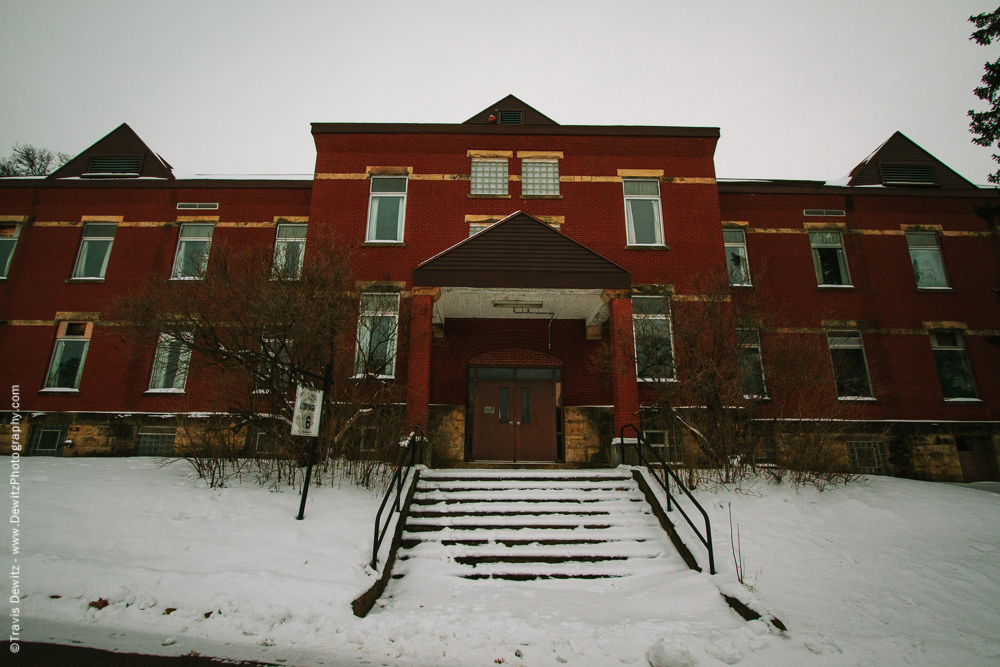
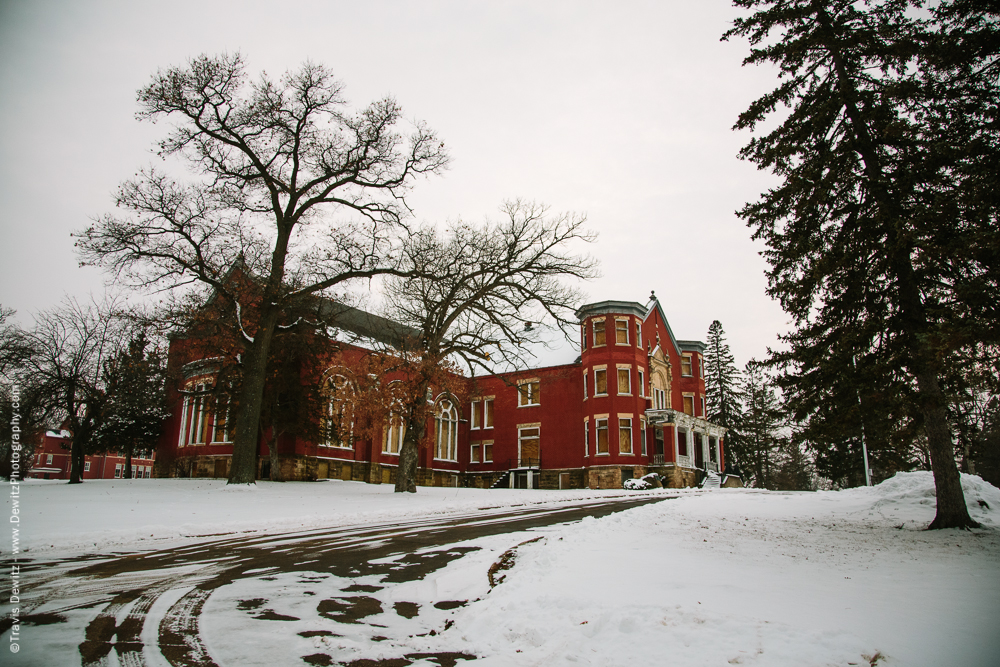
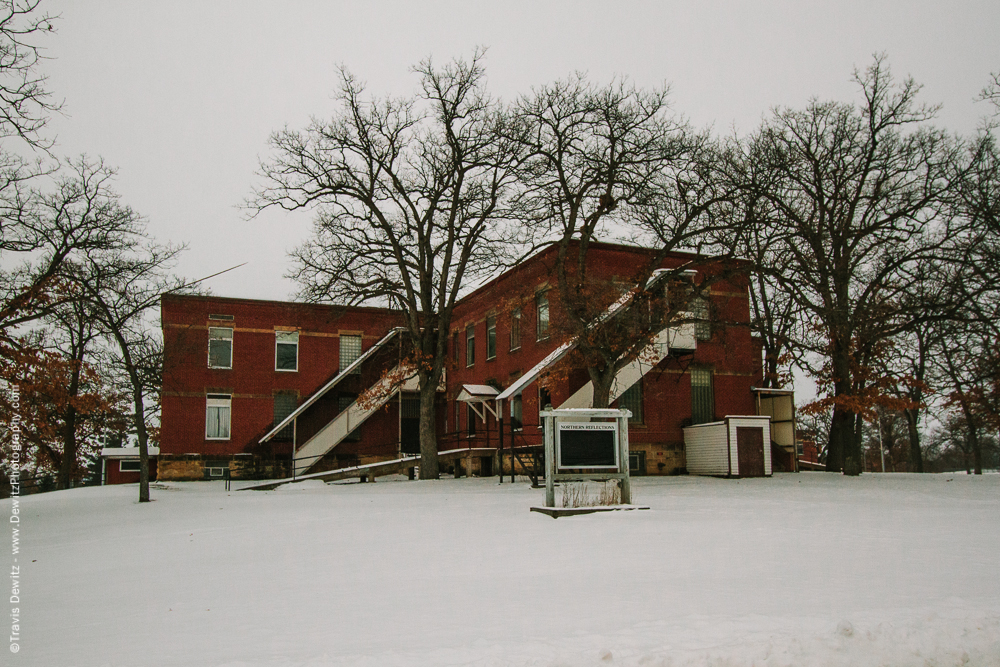
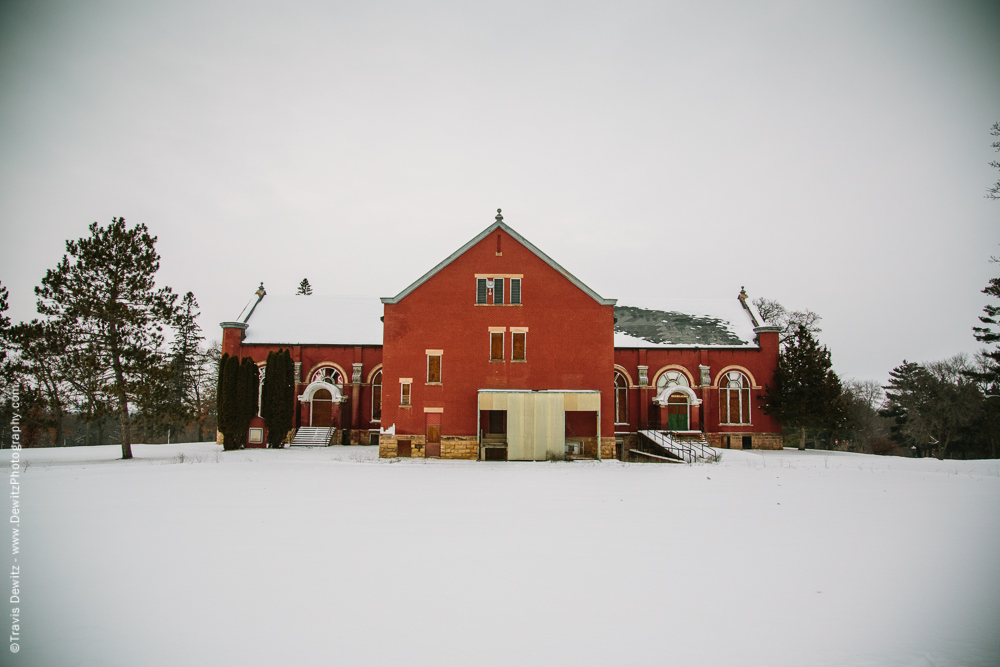
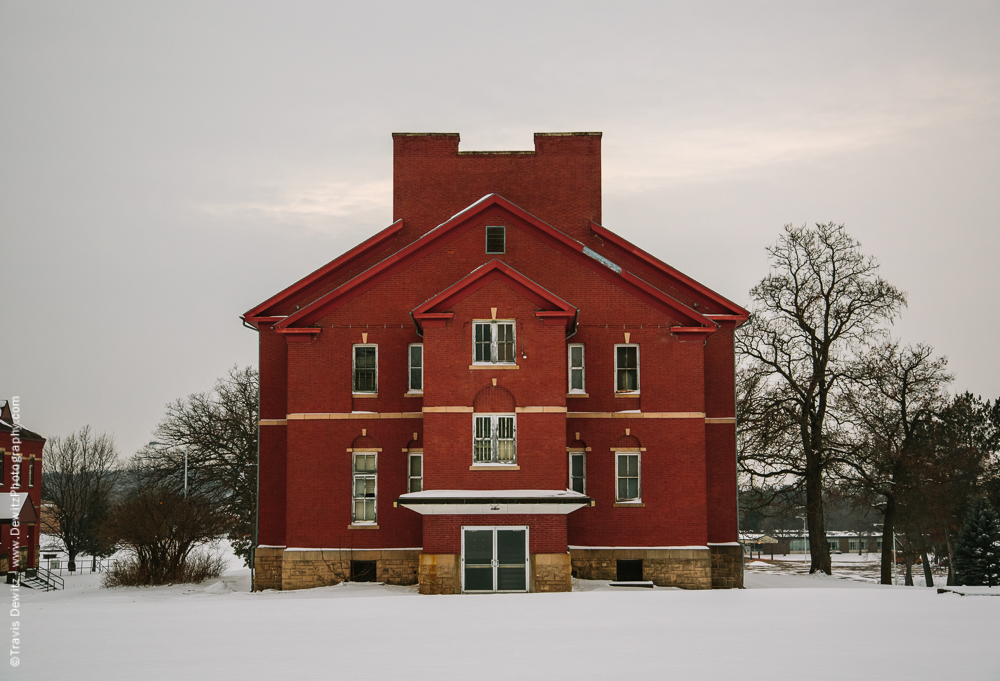
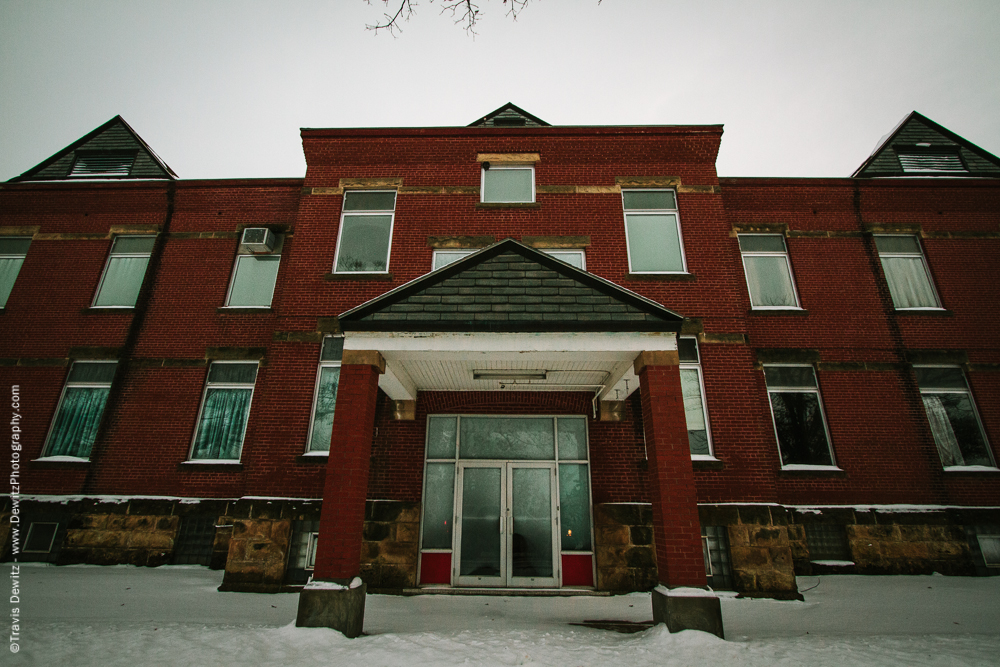
WISCONSIN: Historic City Series
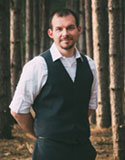 Travis Dewitz is a remarkable photographer in the Chippewa Valley. He is well known for photographing local sceneries, landmarks, venues, buildings and people in various and ingenious ways. Though you may not know him personally, his work provides a unique foundation of our local community and his photographs are unmistakable. Dewitz’s pictures are an impressive feat and preserve a moment; long after our travels are over, and our memories faded, photos are what remind us of the adventures we had and the connections to the people we met. Learn More About Him Here | Buy His Book Here
Travis Dewitz is a remarkable photographer in the Chippewa Valley. He is well known for photographing local sceneries, landmarks, venues, buildings and people in various and ingenious ways. Though you may not know him personally, his work provides a unique foundation of our local community and his photographs are unmistakable. Dewitz’s pictures are an impressive feat and preserve a moment; long after our travels are over, and our memories faded, photos are what remind us of the adventures we had and the connections to the people we met. Learn More About Him Here | Buy His Book Here
Like and Share With Your Friends and Family.

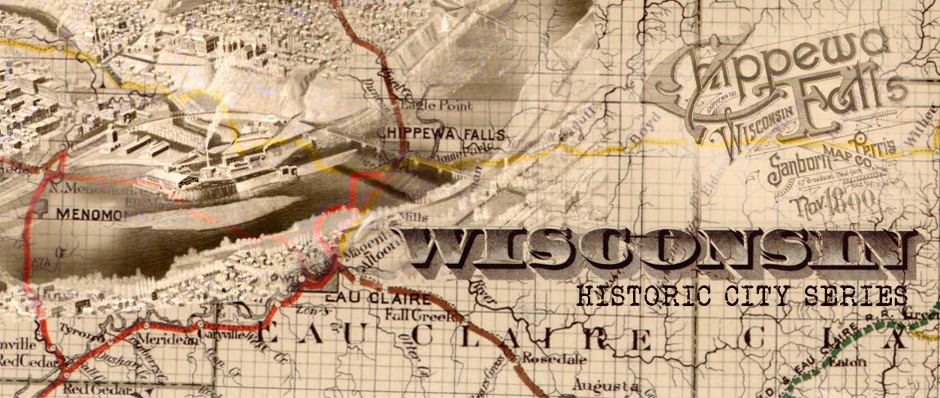

Carol Aasen
Wow, found this today was home sick to move back! Thanks, this is great!
Tammy Jungerberg via Facebook
These are stunning! Like going back in time, as I grew up in Chippewa too. Check these out Teri N Travis Jeanie Canfield
Travis Dewitz
Thank you Tammy.
Bob Connell
Fantastic!!!
Dustin Toler
It’s funny after moving Chippewa’s famous amongst Wisconsin people and anyone who has seen the Titanic!
Kelsey Hall
I don’t think I saw Notre Dame! Always loved the sight of the big church!
-Very beautiful photographs!
Brian Marinello
Some nice quality photos. Well done.
Janet R Dahlke
wow incredible – that is a lot of work just to look at – well done
Val Johnson via Facebook
Travis Dewitz- this is awesome!!!
Kyle Tschida via Facebook
Joe Abbott
Ashley Tschida via Facebook
Marnie Elias Keilholz! your store is in here 🙂
Carrie Ruf via Facebook
I use to babysitt in this house when I was in high school!
Craig Toycen via Facebook
They moved it up the west hill and then down to its current location. Our class left school to watch it go by. They had to turn off power to a lot of the West Hill to get it up there. It was crazy to watch.
Carol Gindt via Facebook
I agree, in the current location it does appear out of place.
Bridget Corcoran via Facebook
I remember watching that as our class lined the street!
Peloquin Brian-Bre via Facebook
This is my ultimate dream house!
Dewitz Photography by Travis Dewitz via Facebook
http://www.oldhousedreams.com/2010/08/15/1906-colonial-chippewa-falls-wi/
Taylor Lamberty via Facebook
How do you MOVE a house that size?
Sandra Jones Keener
I was trying to view the historic photos from Chippewa Falls. My cousin said that our grandparents house is in one of the photos. It is a brick house I think of the west hill. The comments on her facebook post indicated that it is in disarray and not being taken care of properly. This is so sad because I have wonderful memories about that house. I am disappointed that the photos will not load on my laptop search. Do you have a book of these photos to purchase??
Travis Dewitz
I do not have a book of the Chippewa Series at this time. I would just try to reload the page and they should load.
Glen Schemenauer
I think this is great. Nice job putting this together. Great history lesson!
Glen Schemenauer
I think this is great. Nice job putting this together. Great history lesson!
Sue Probst Hines
This was a great trip through history! Great job putting this together.
tracy
photos wont load past the first 2 🙁
Travis Dewitz
Try to refresh the page again. Sometimes the server can cause that sometimes I have to clear a cache on my end which I did. It should work now though 🙂
Don Larsen
Bravo! Great photography Travis! Thank you for all your hard work. Love Chippewa Falls, so glad to call it home.
Carolyn Bugher
Thank you so much for sharing your talent! I was so hoping I would find a picture if The Hoot in Lake Hallie! Oh, the memories….carolyn